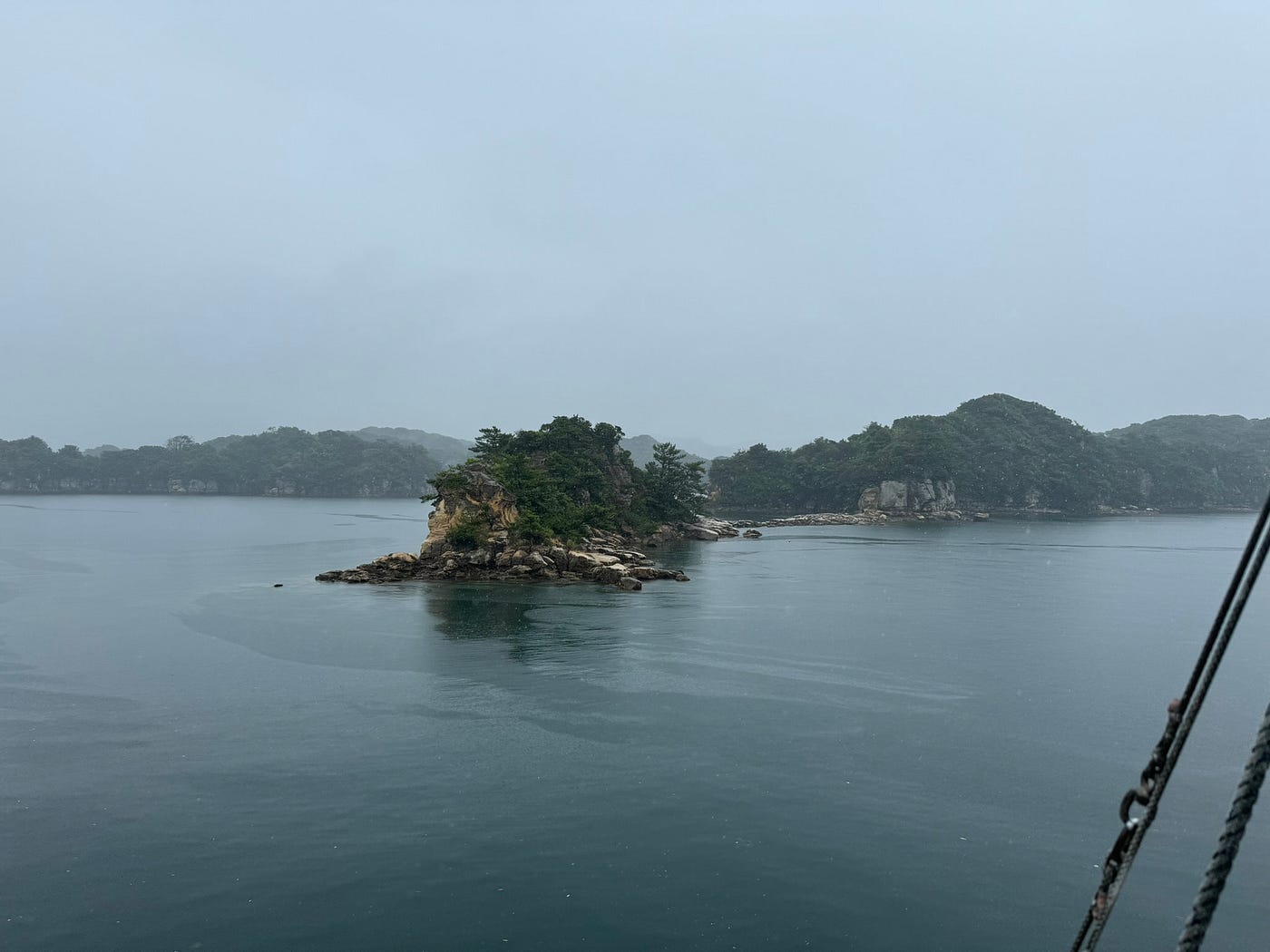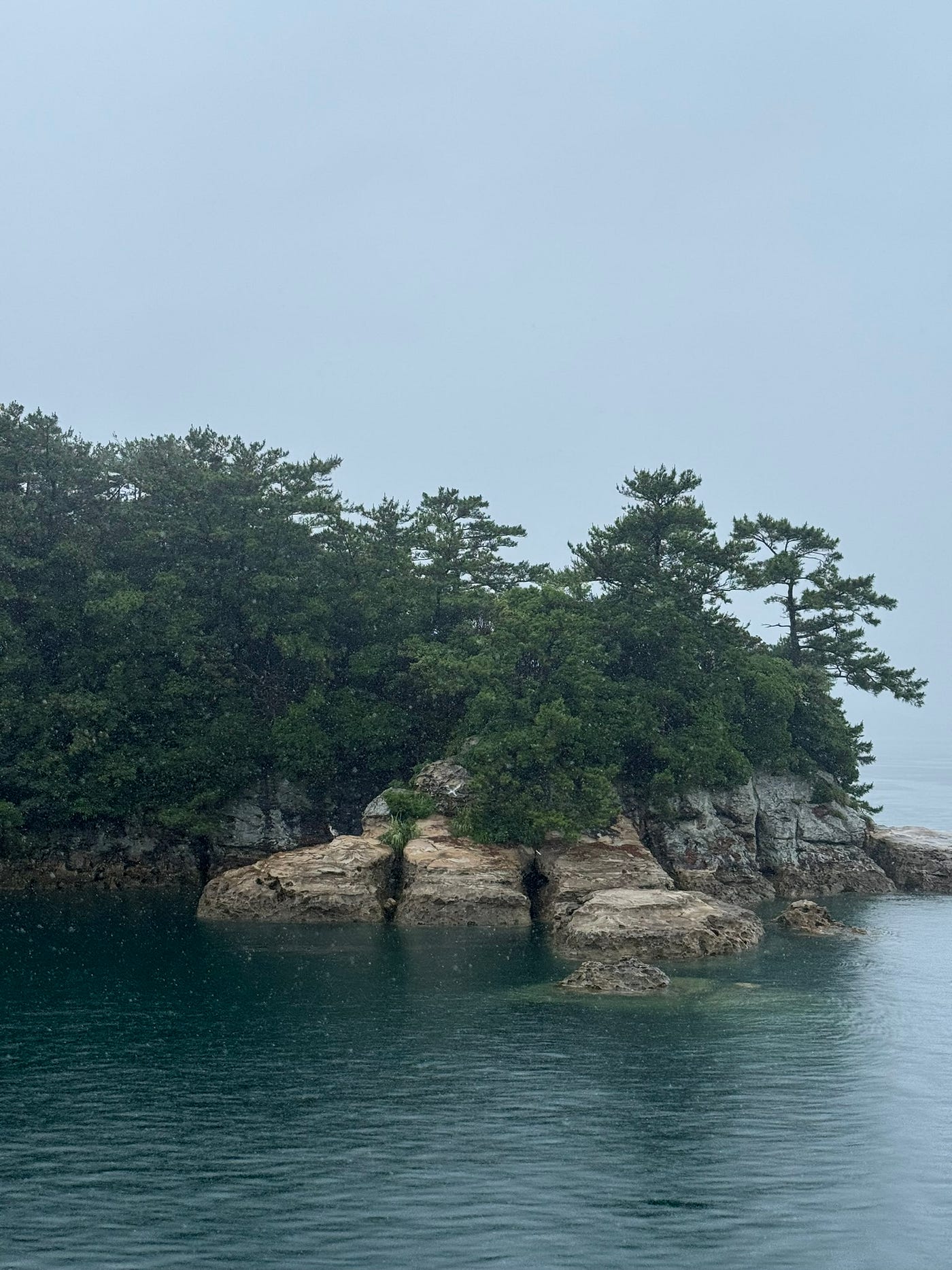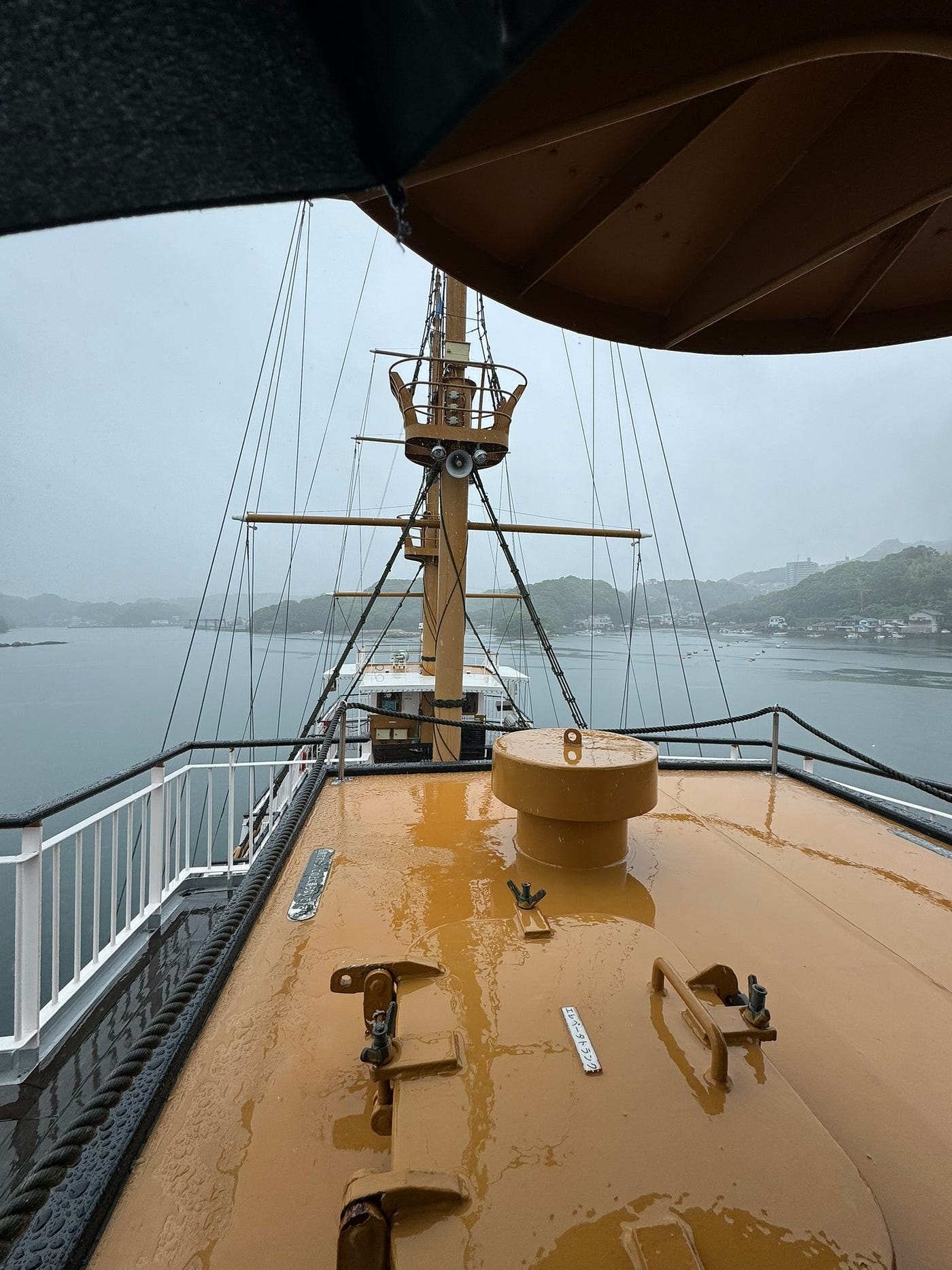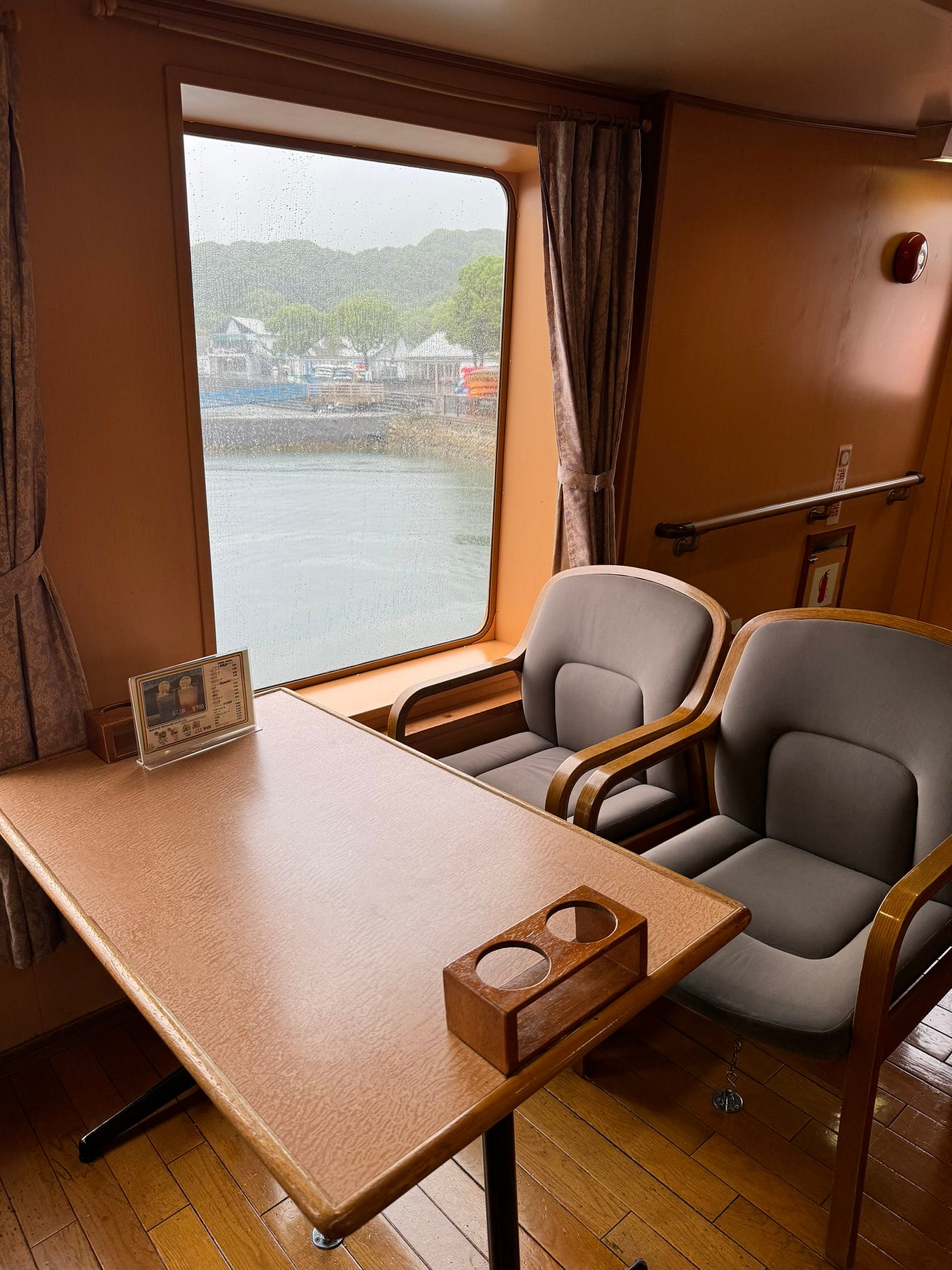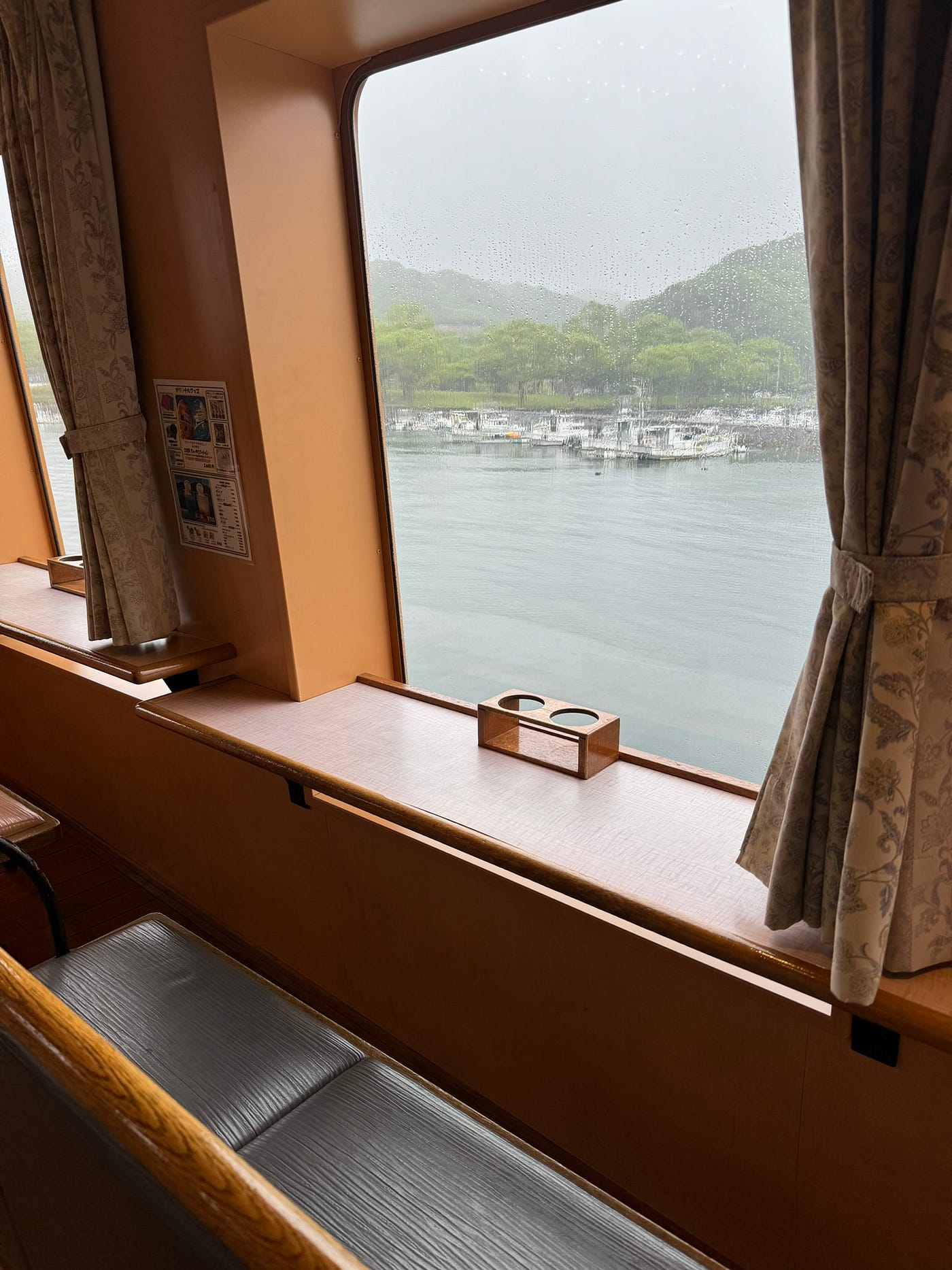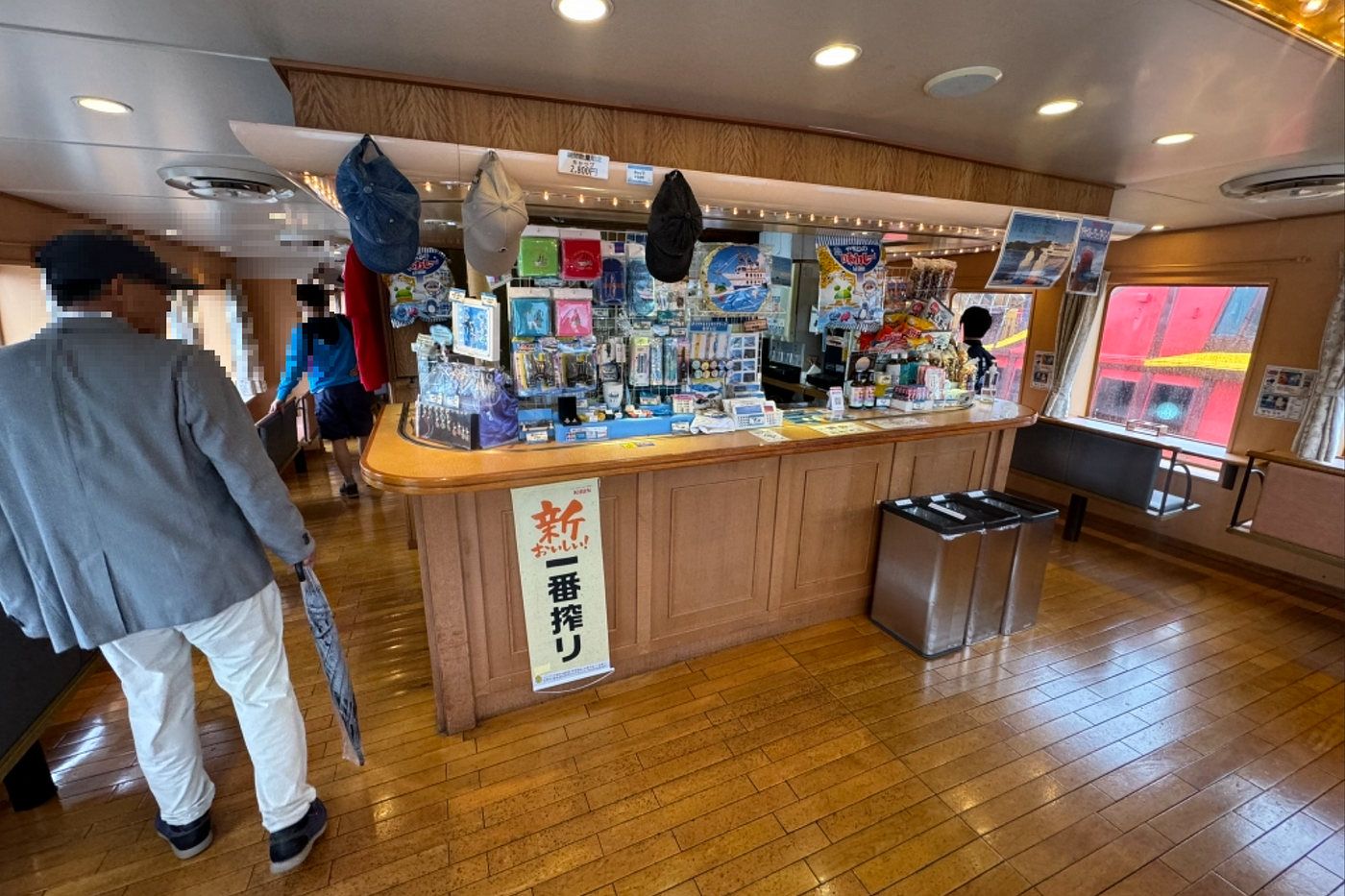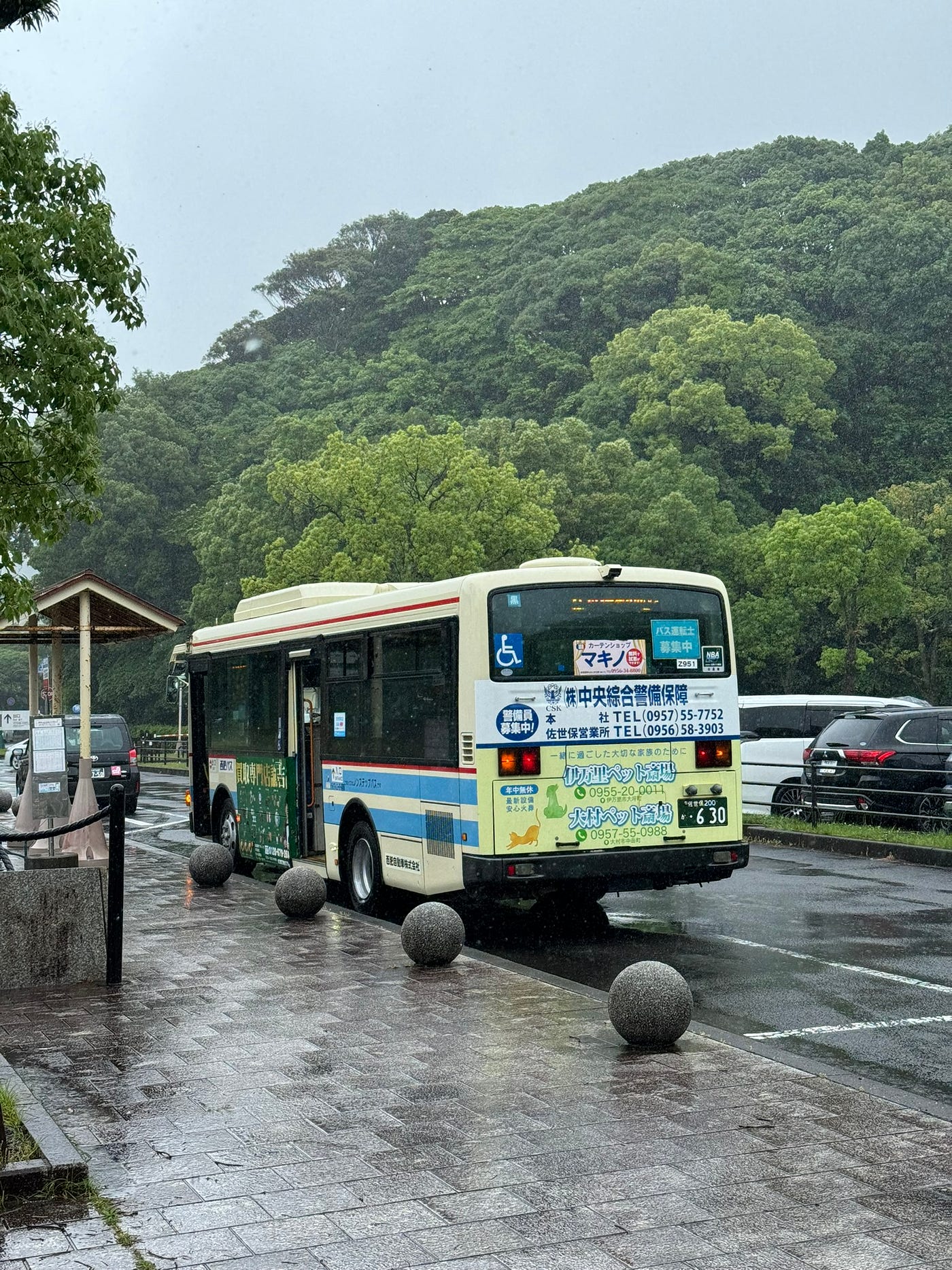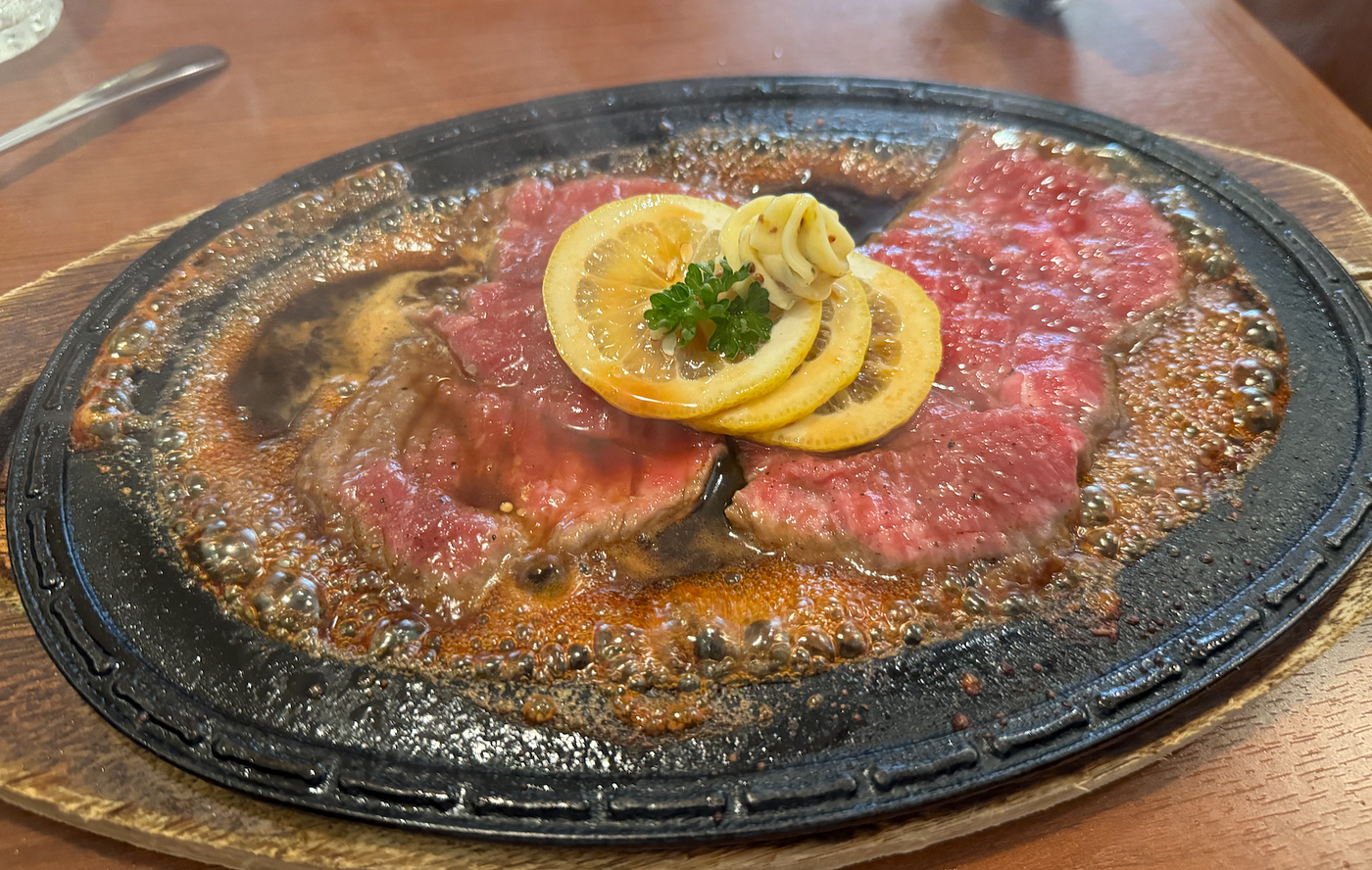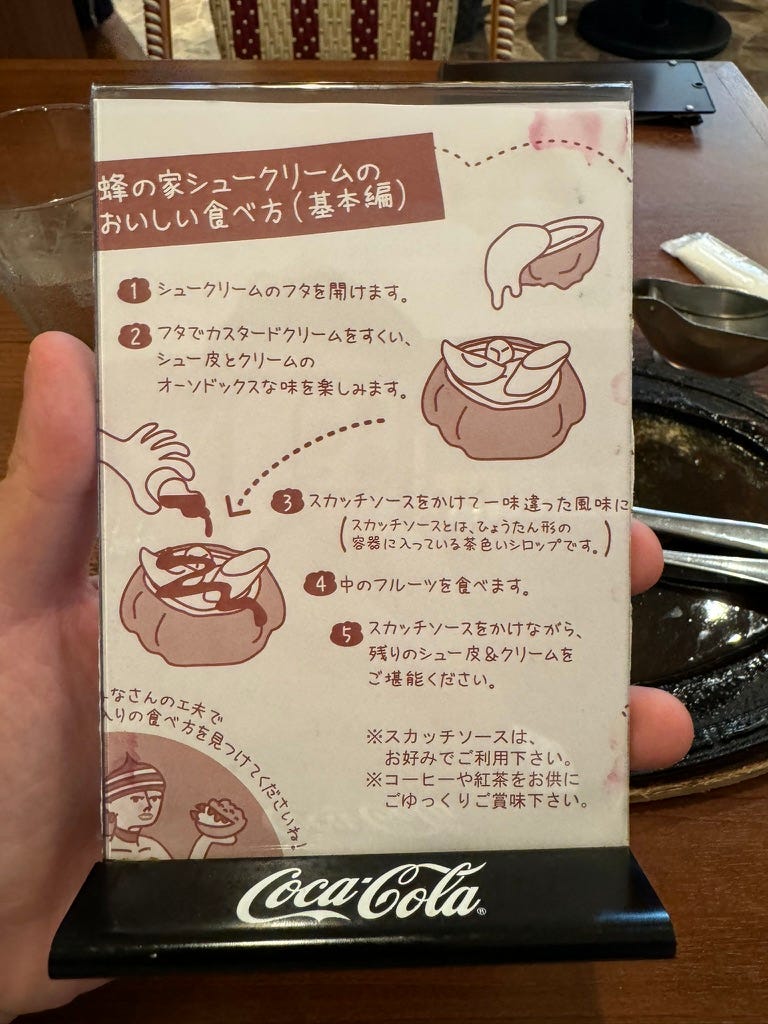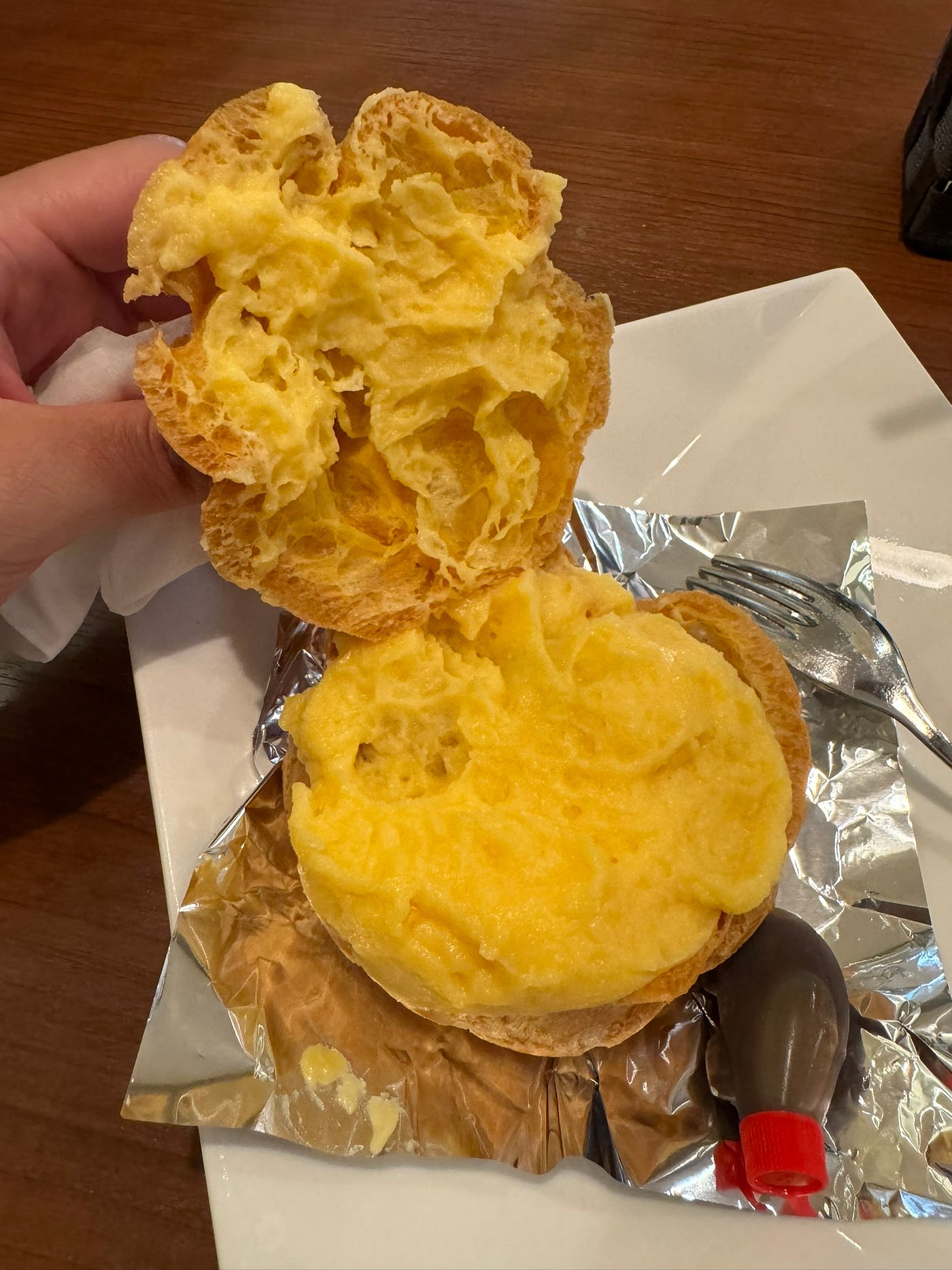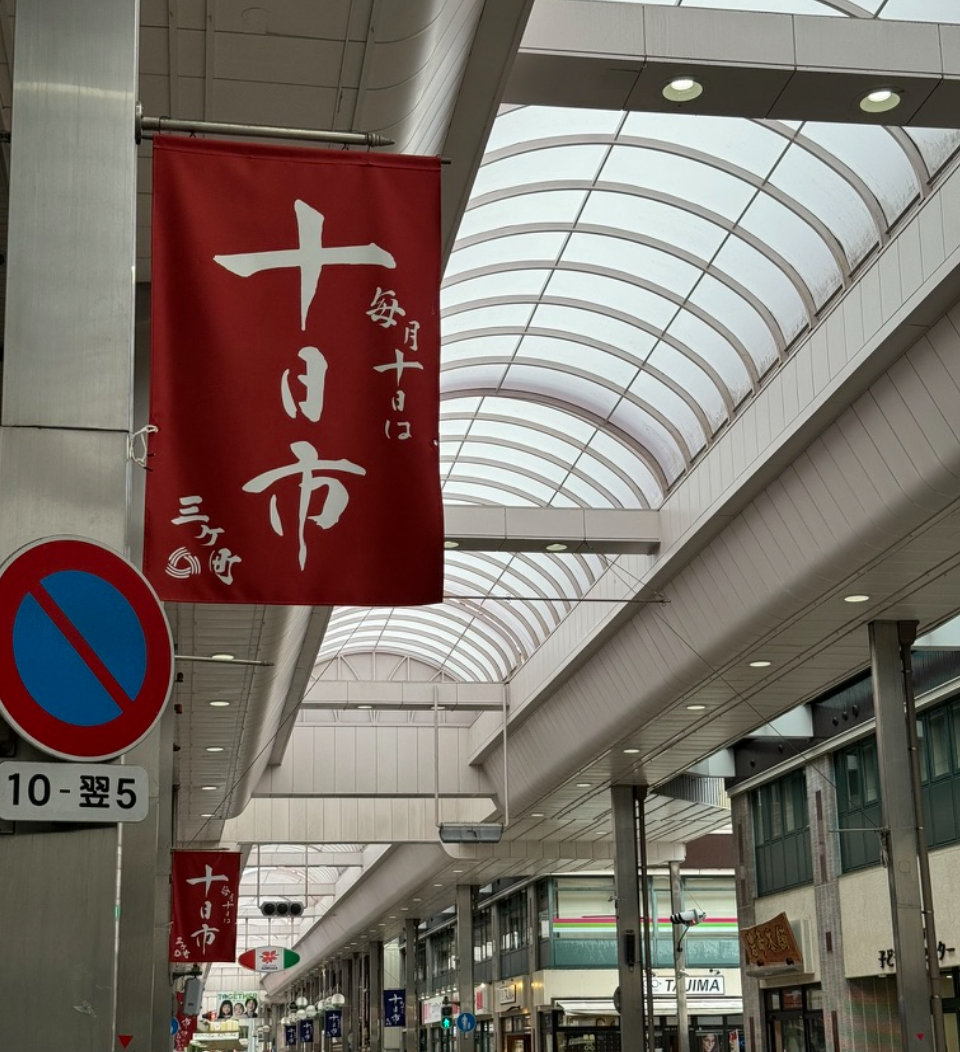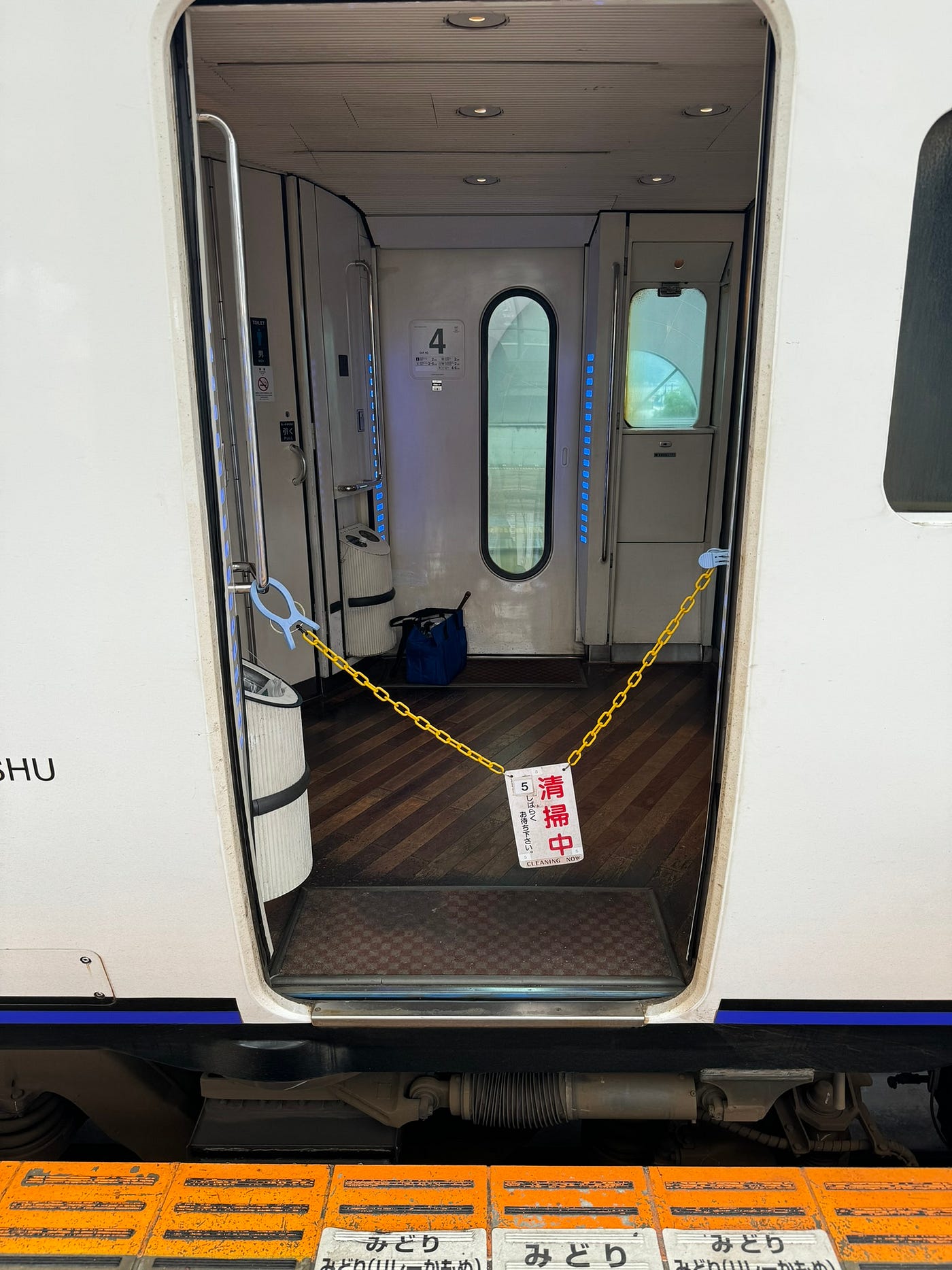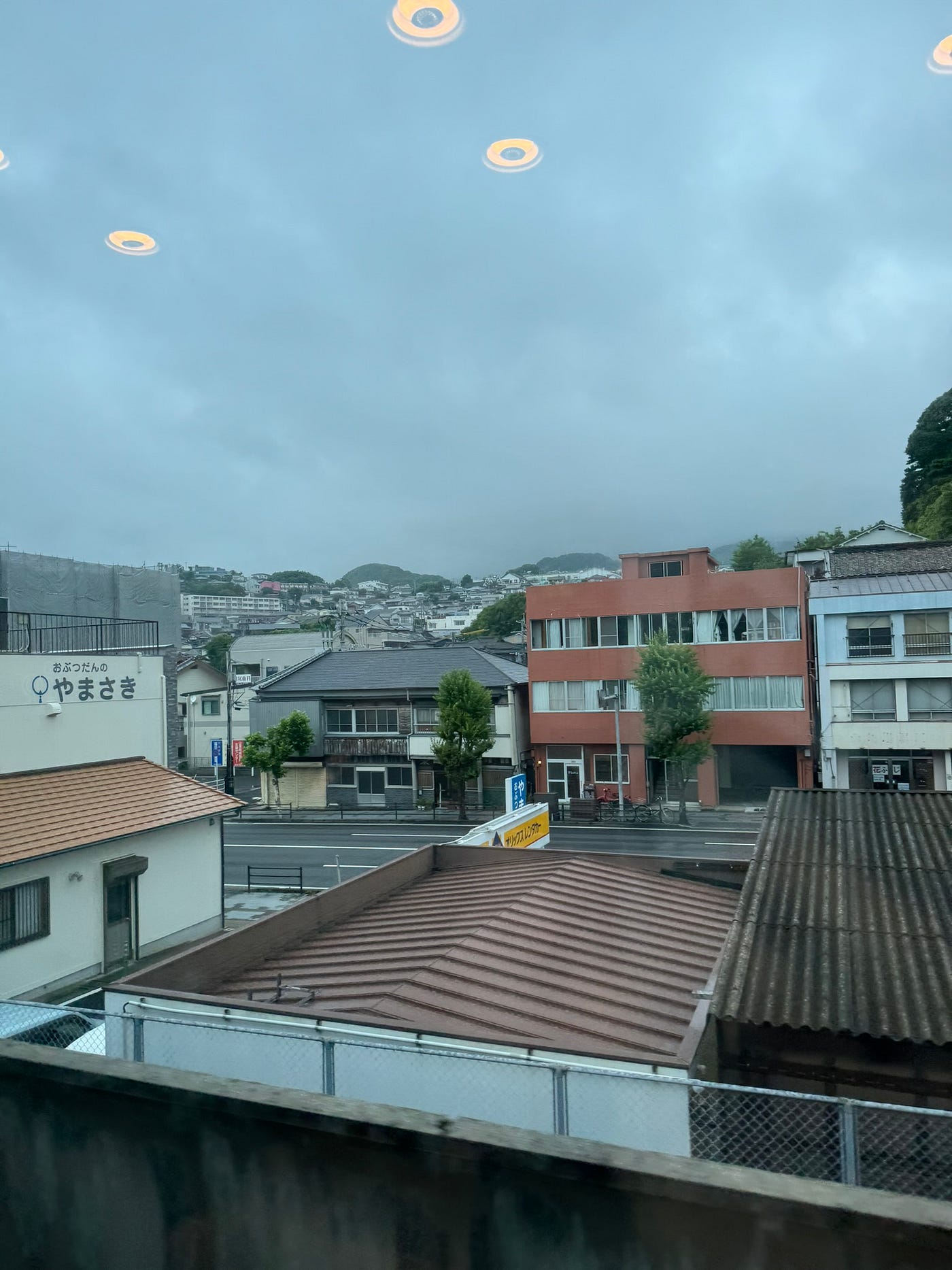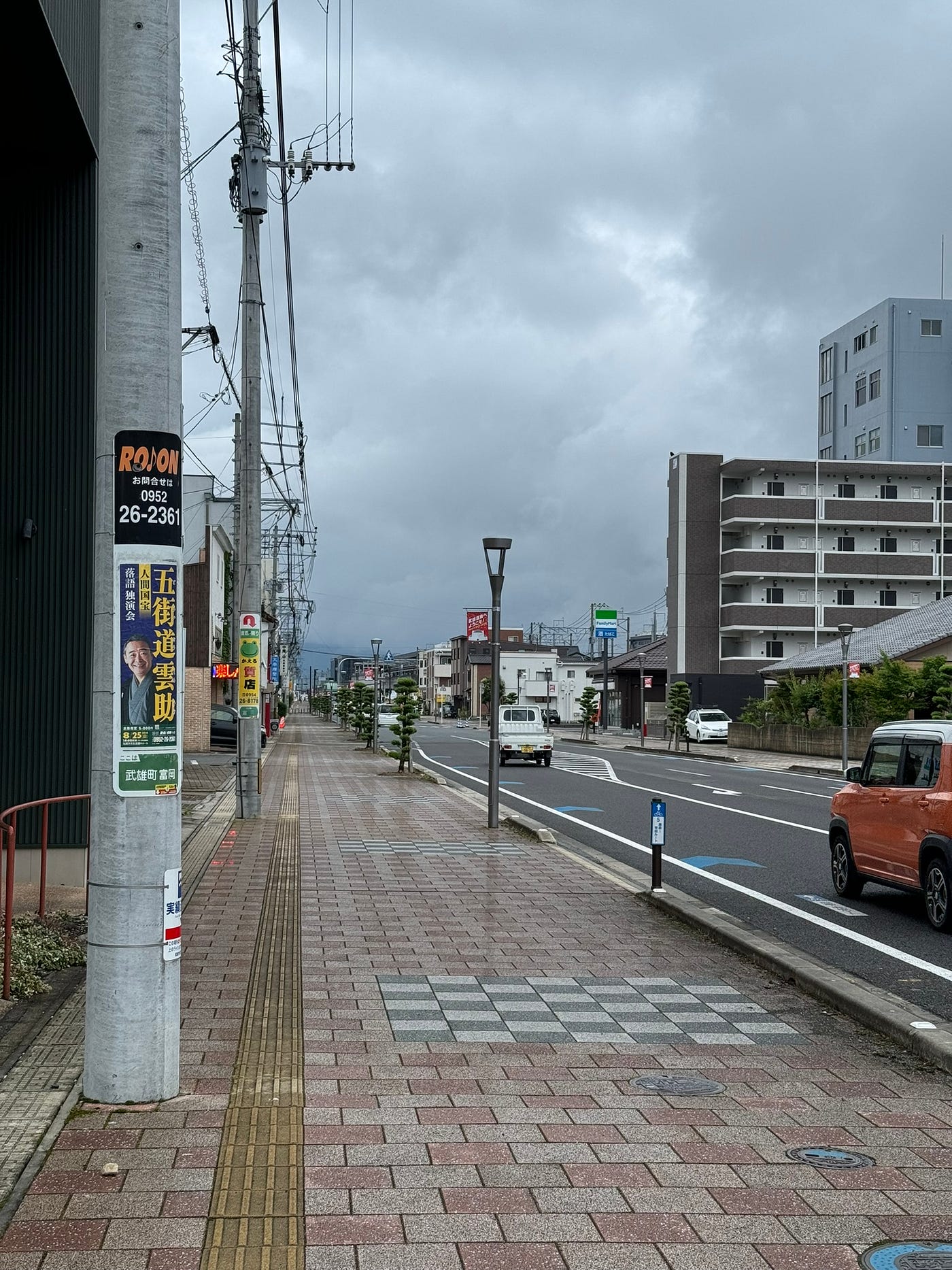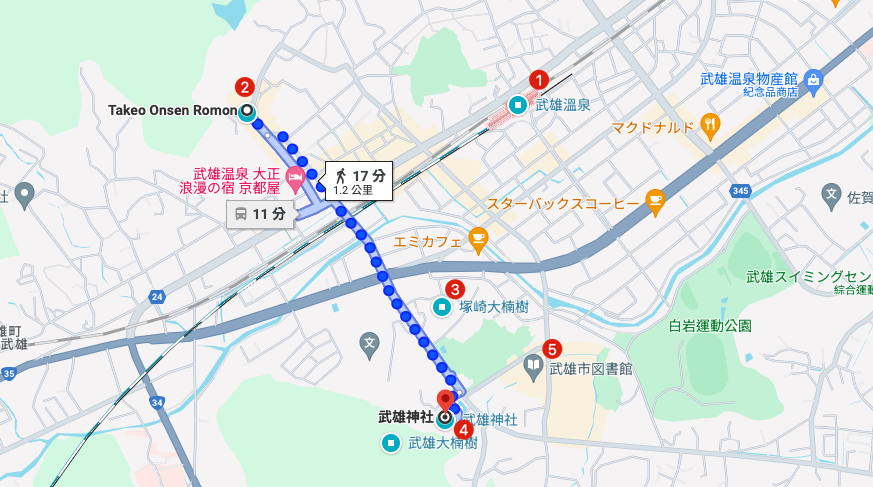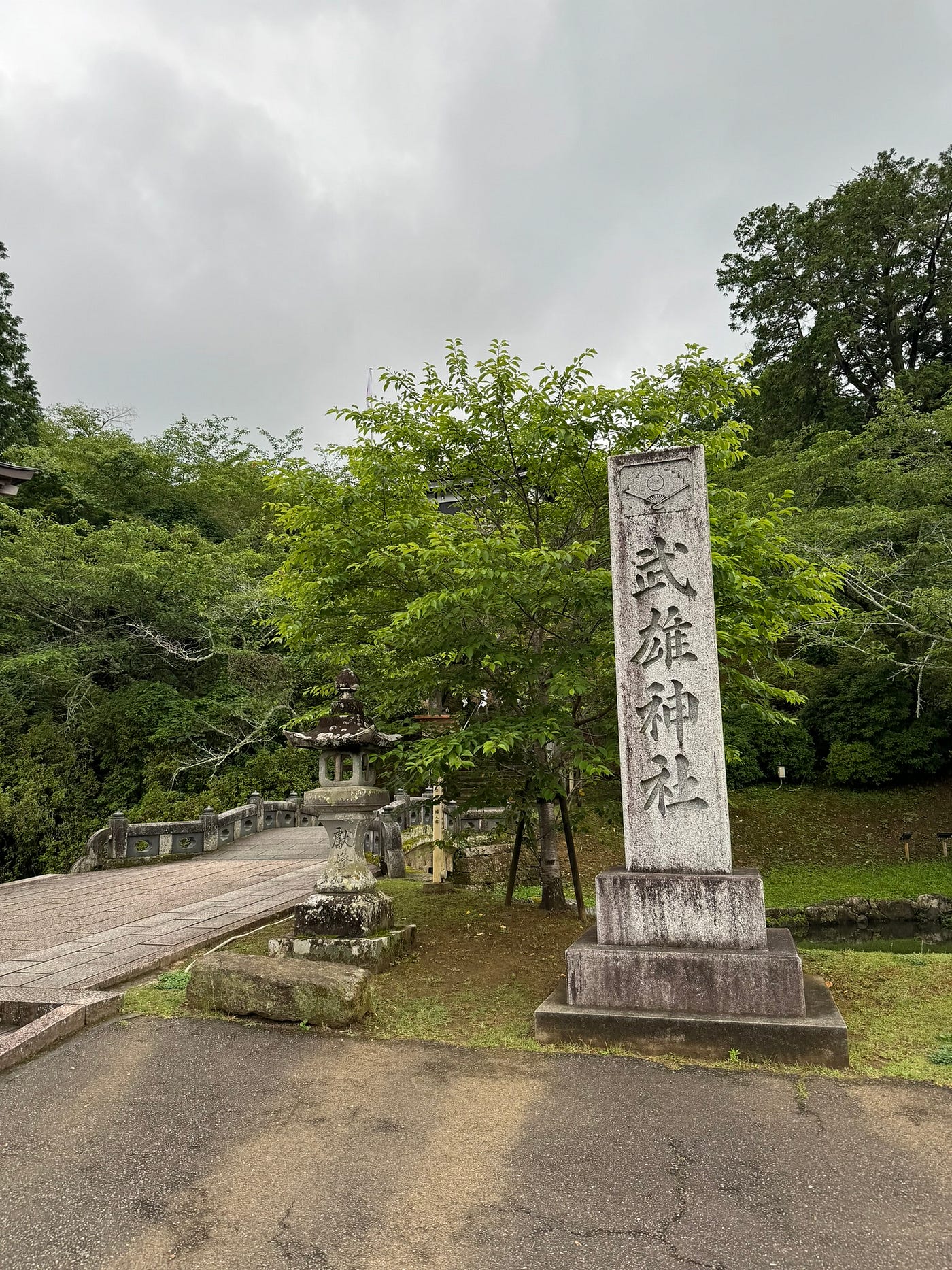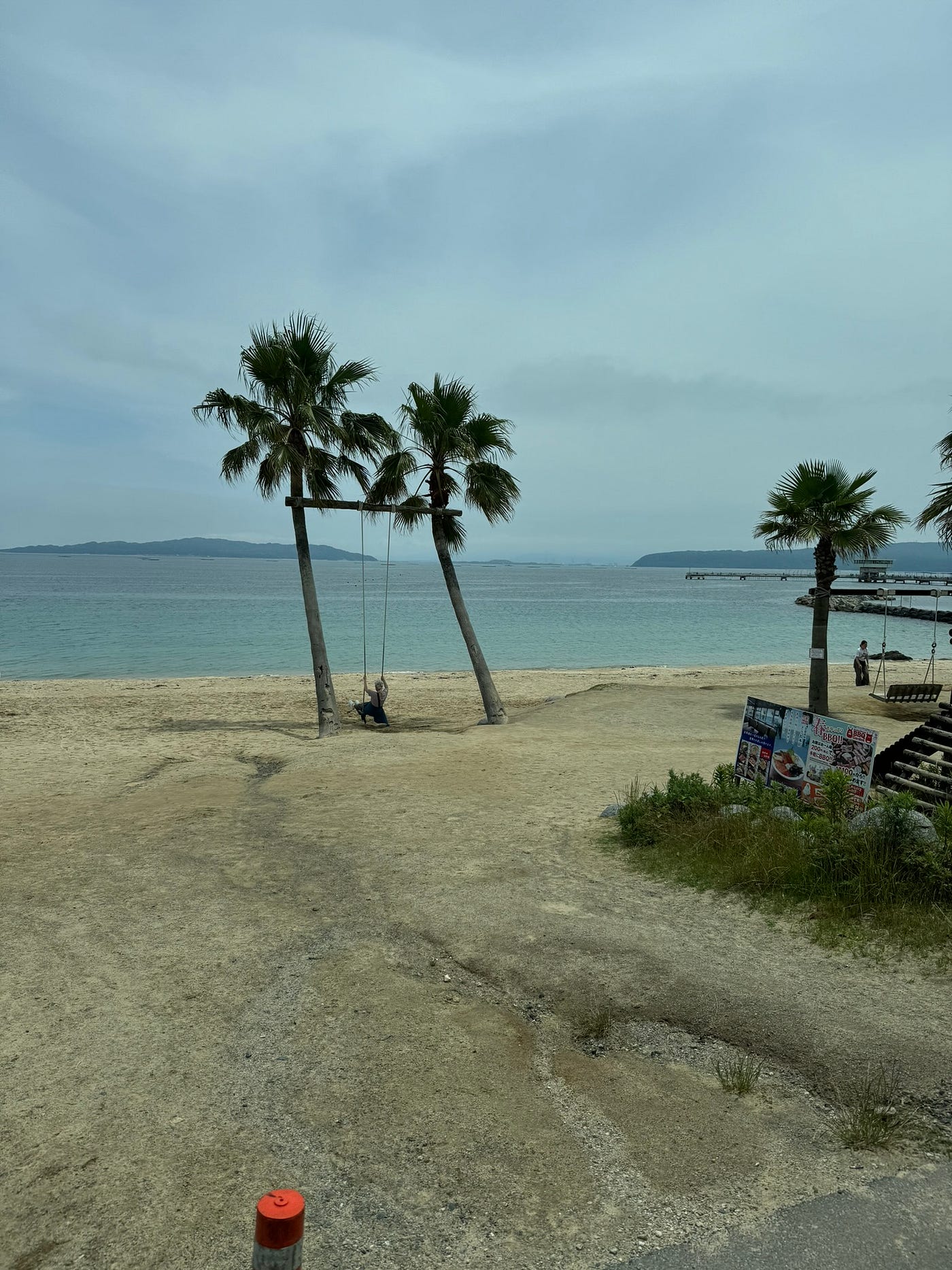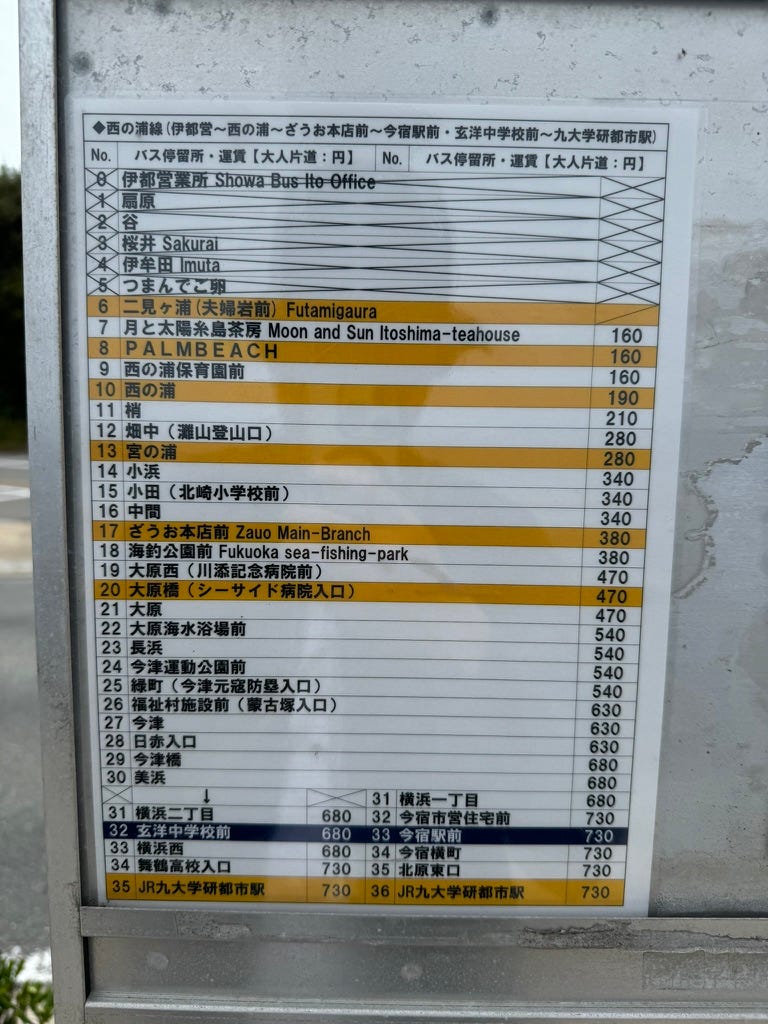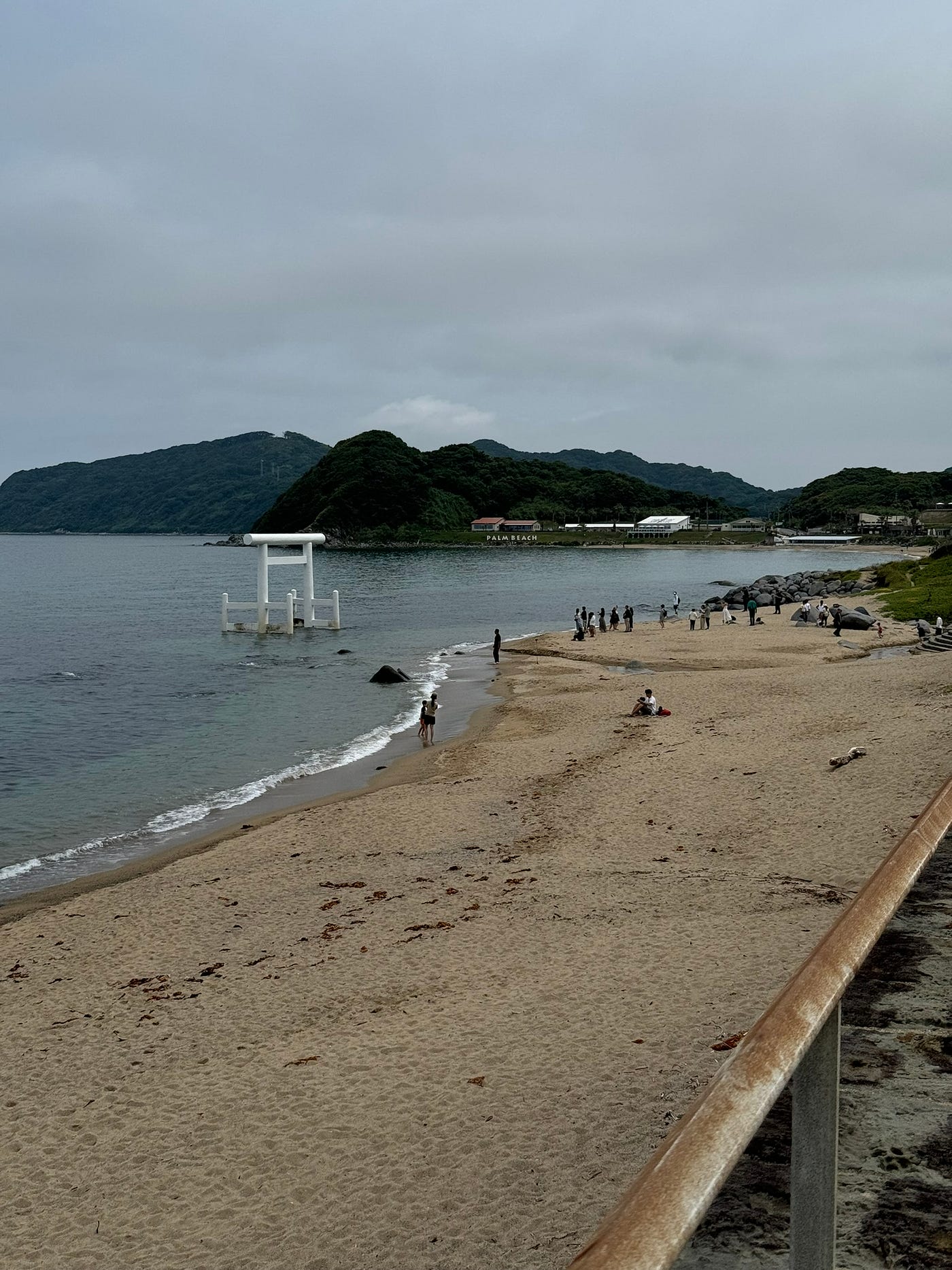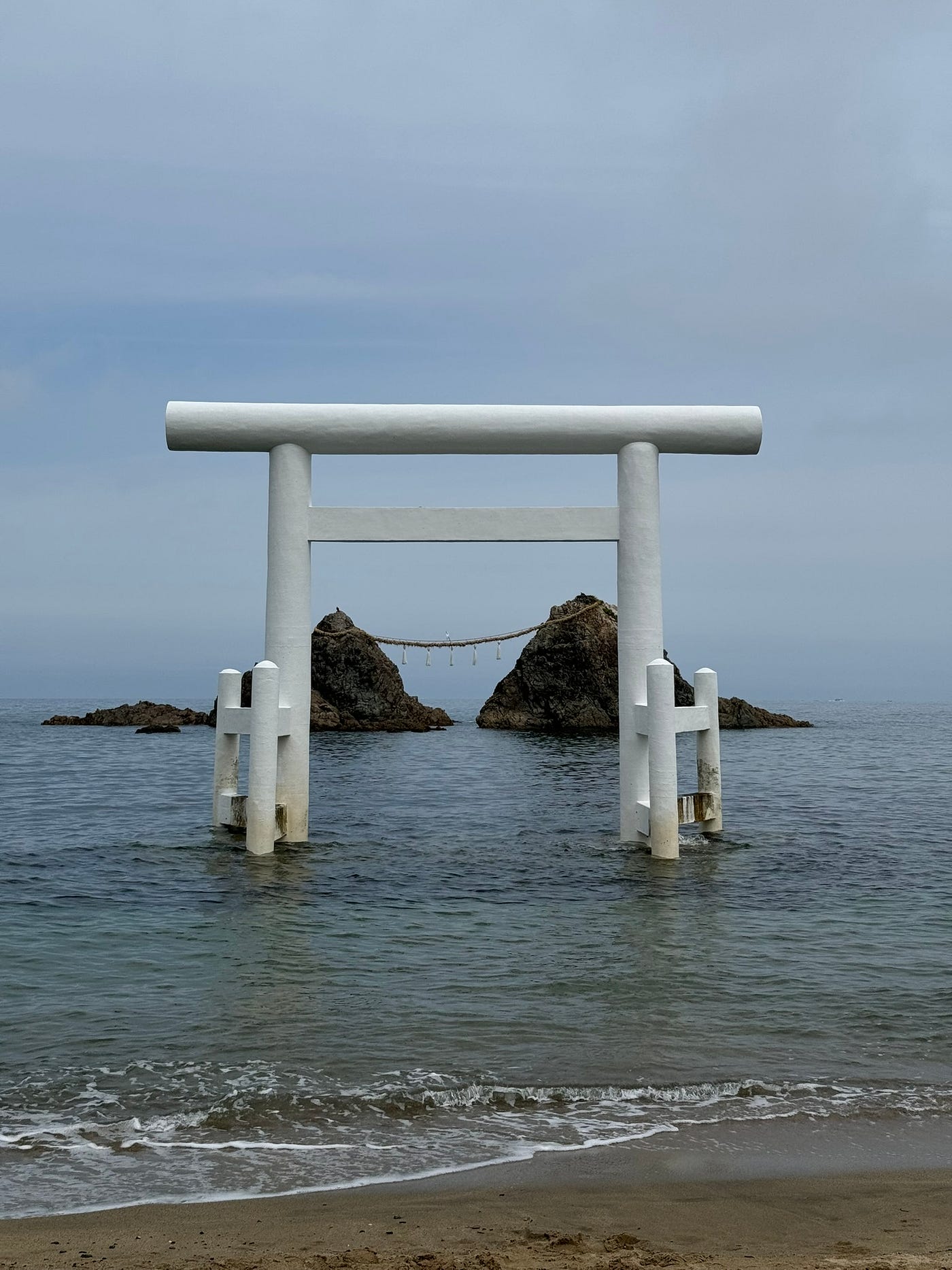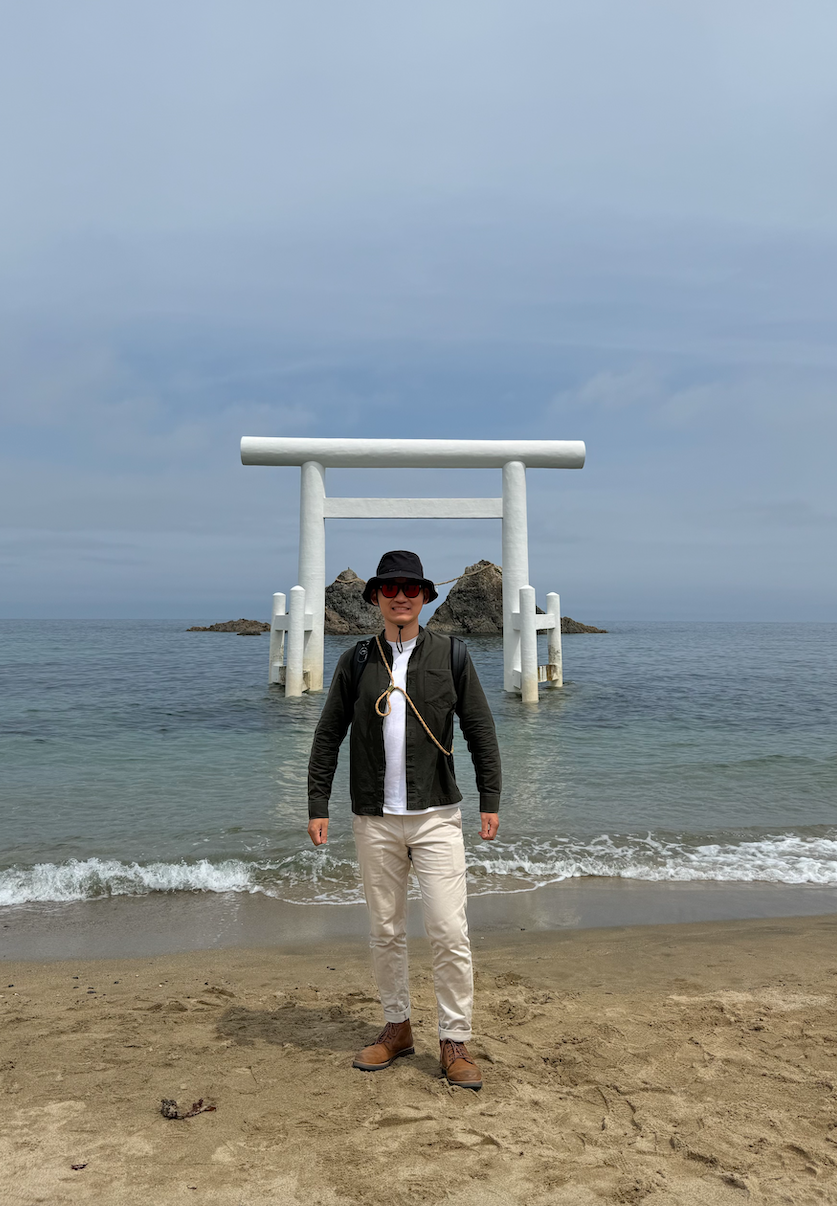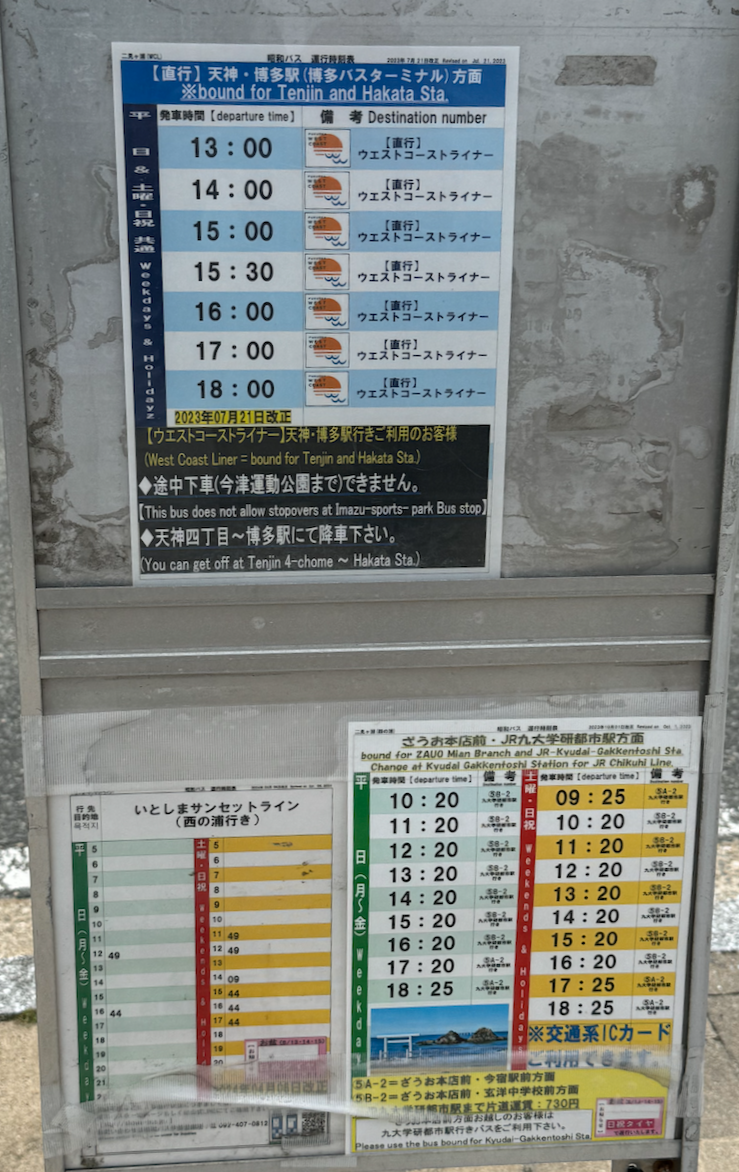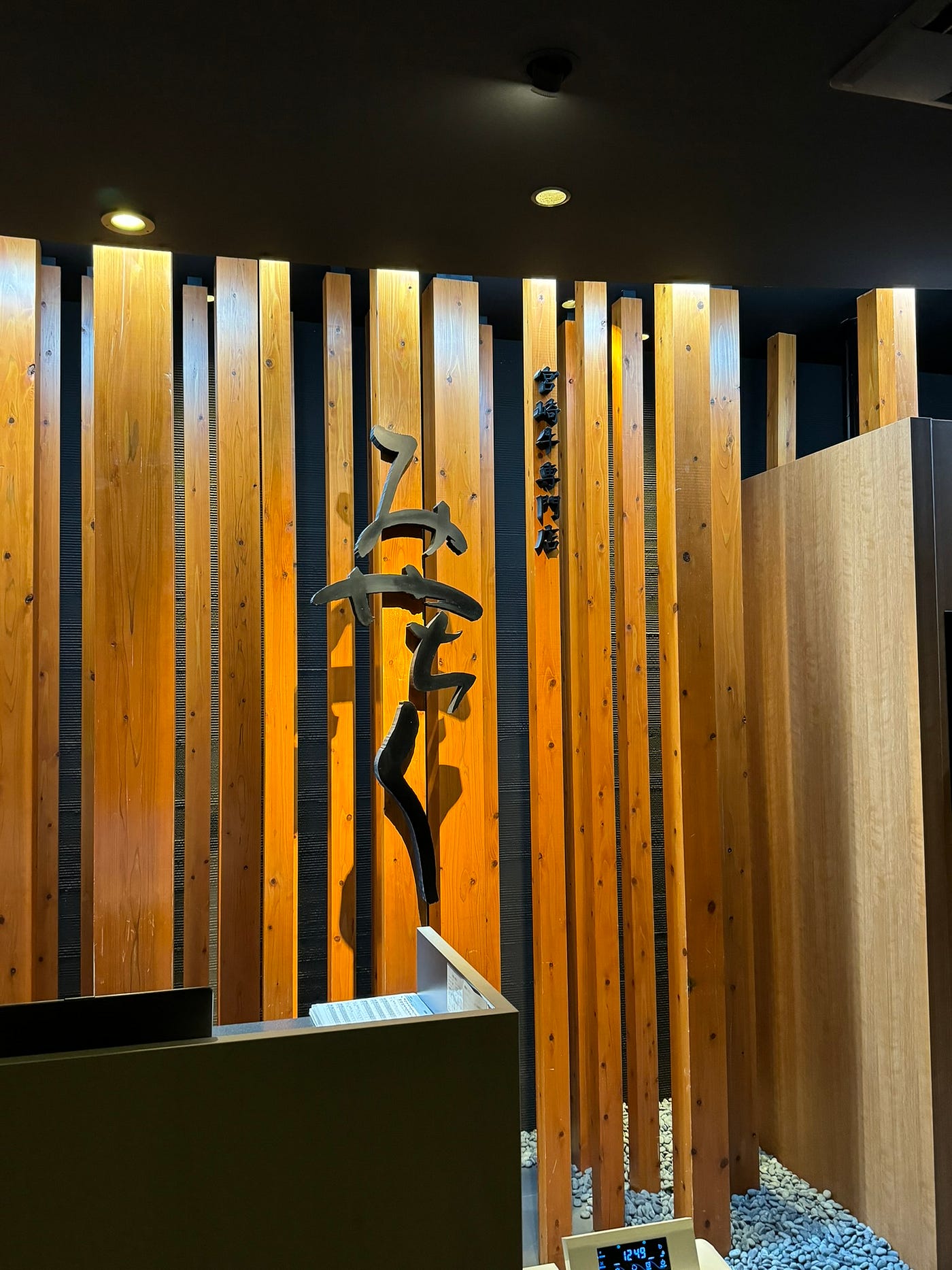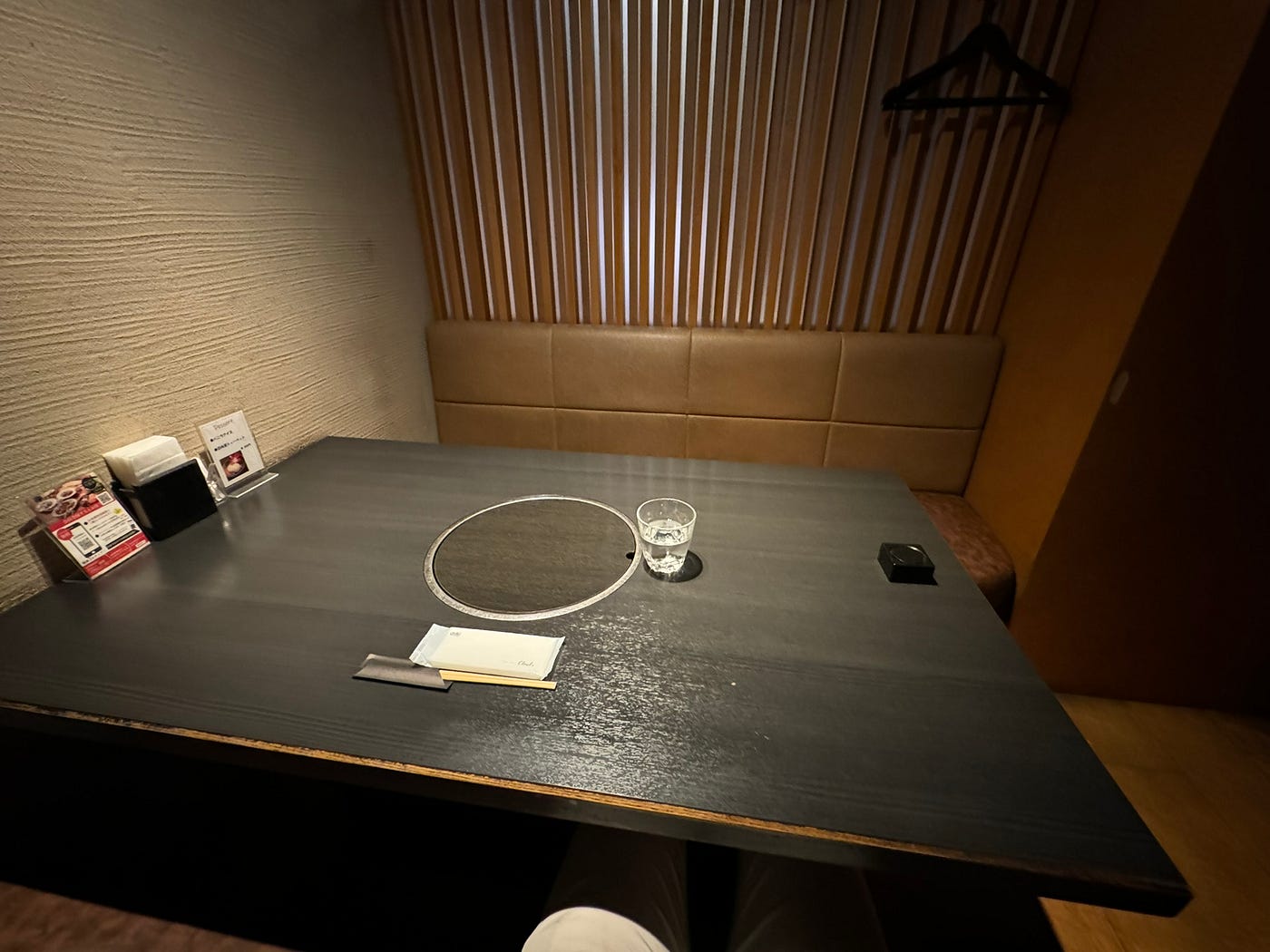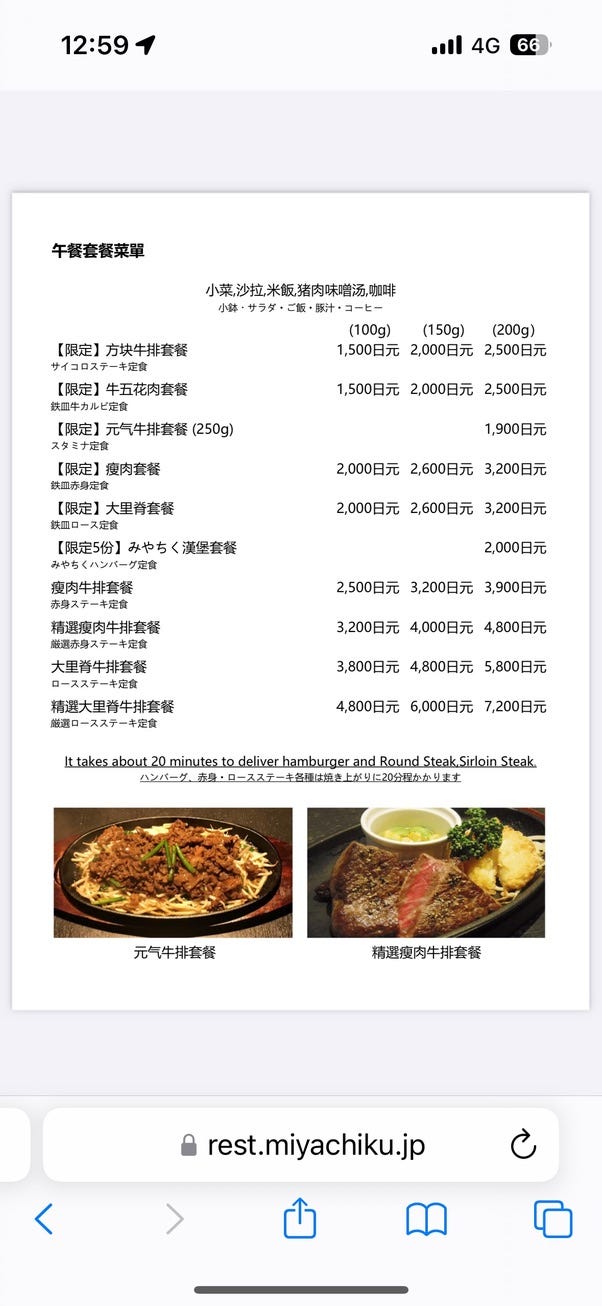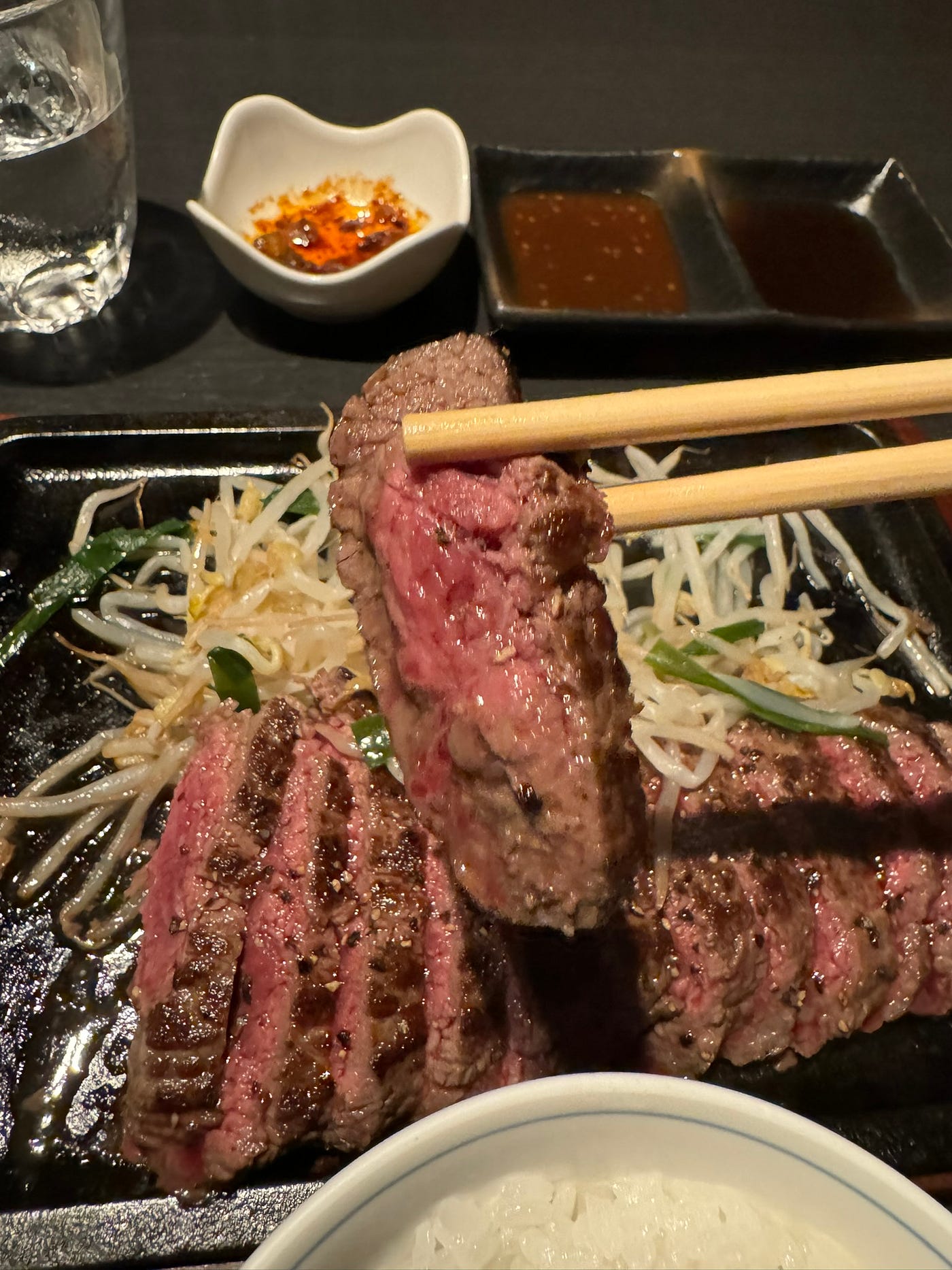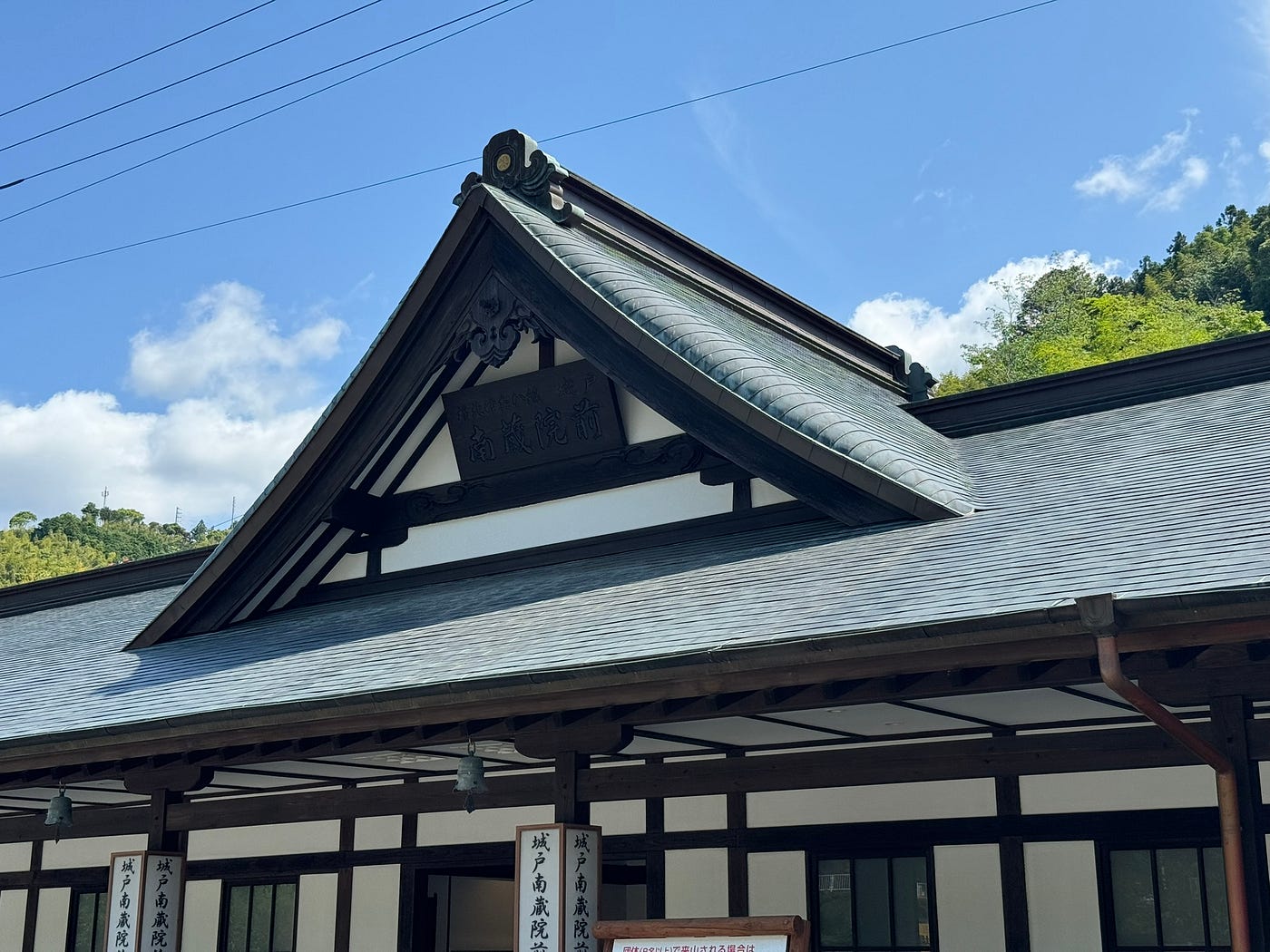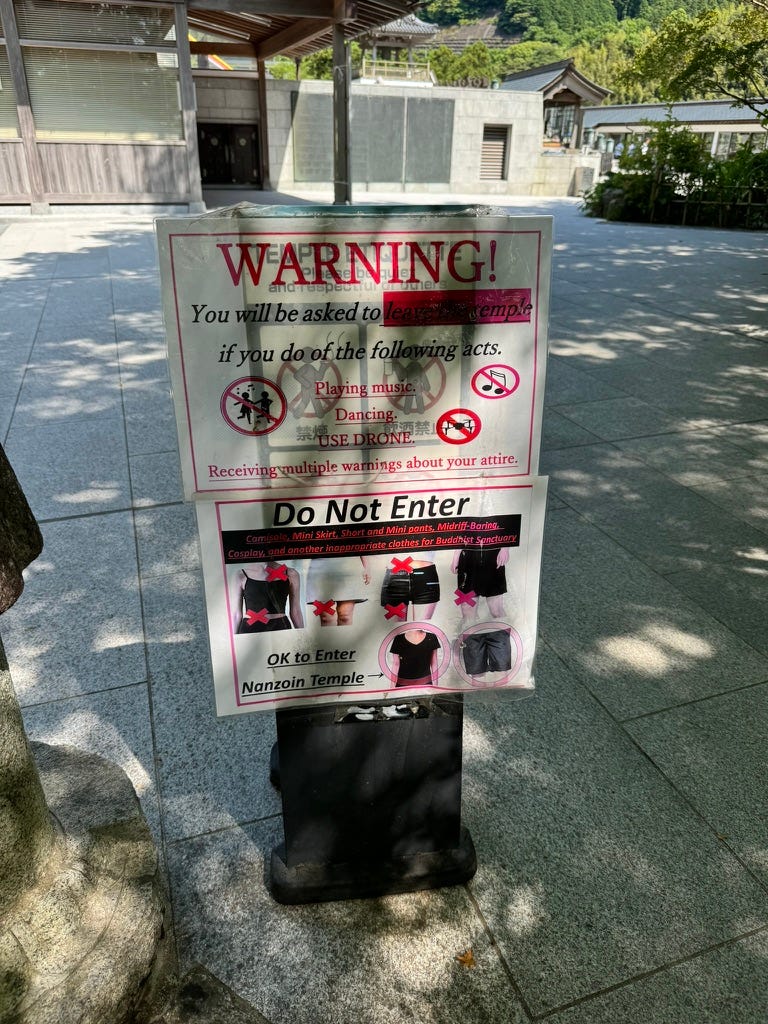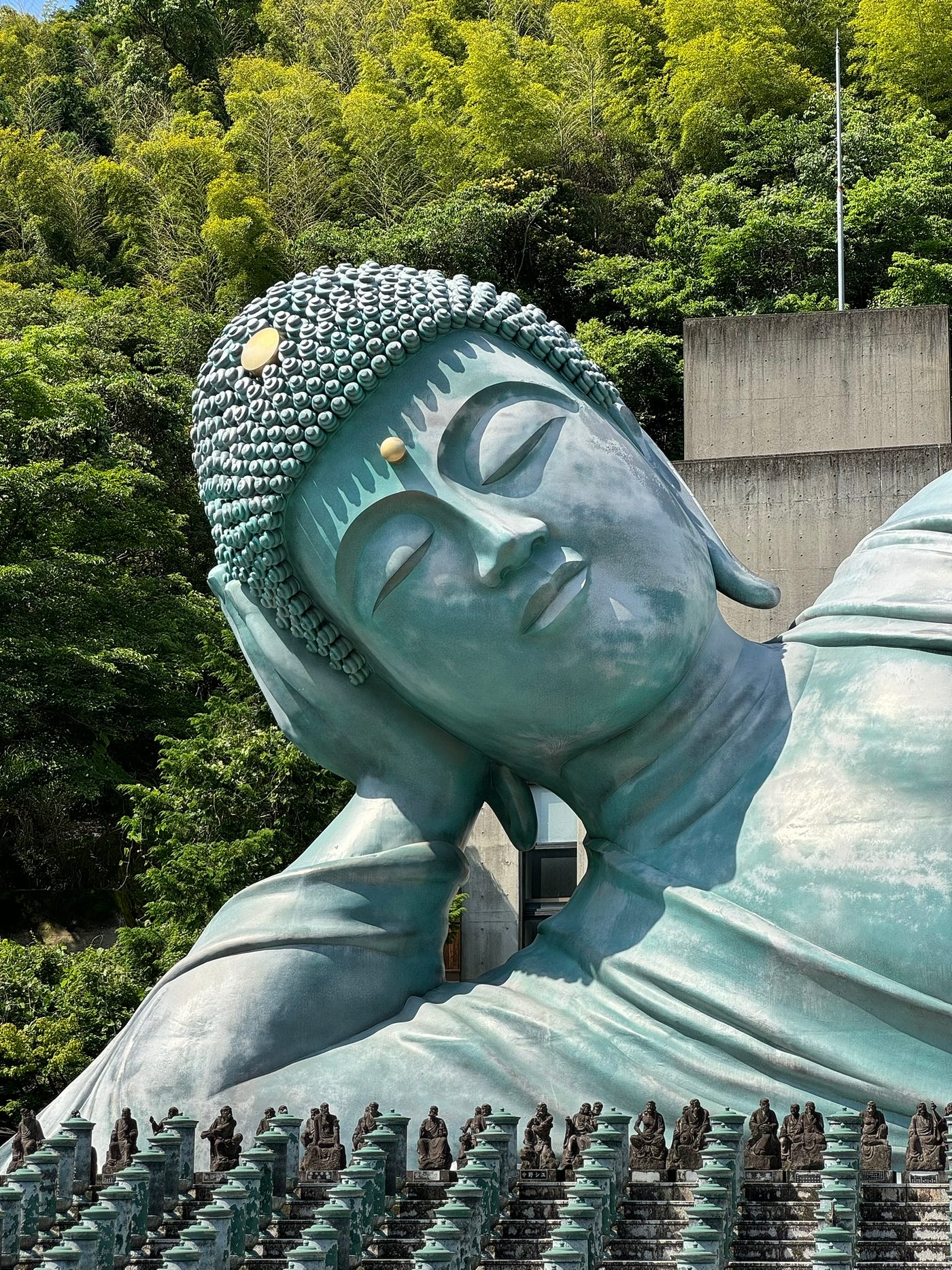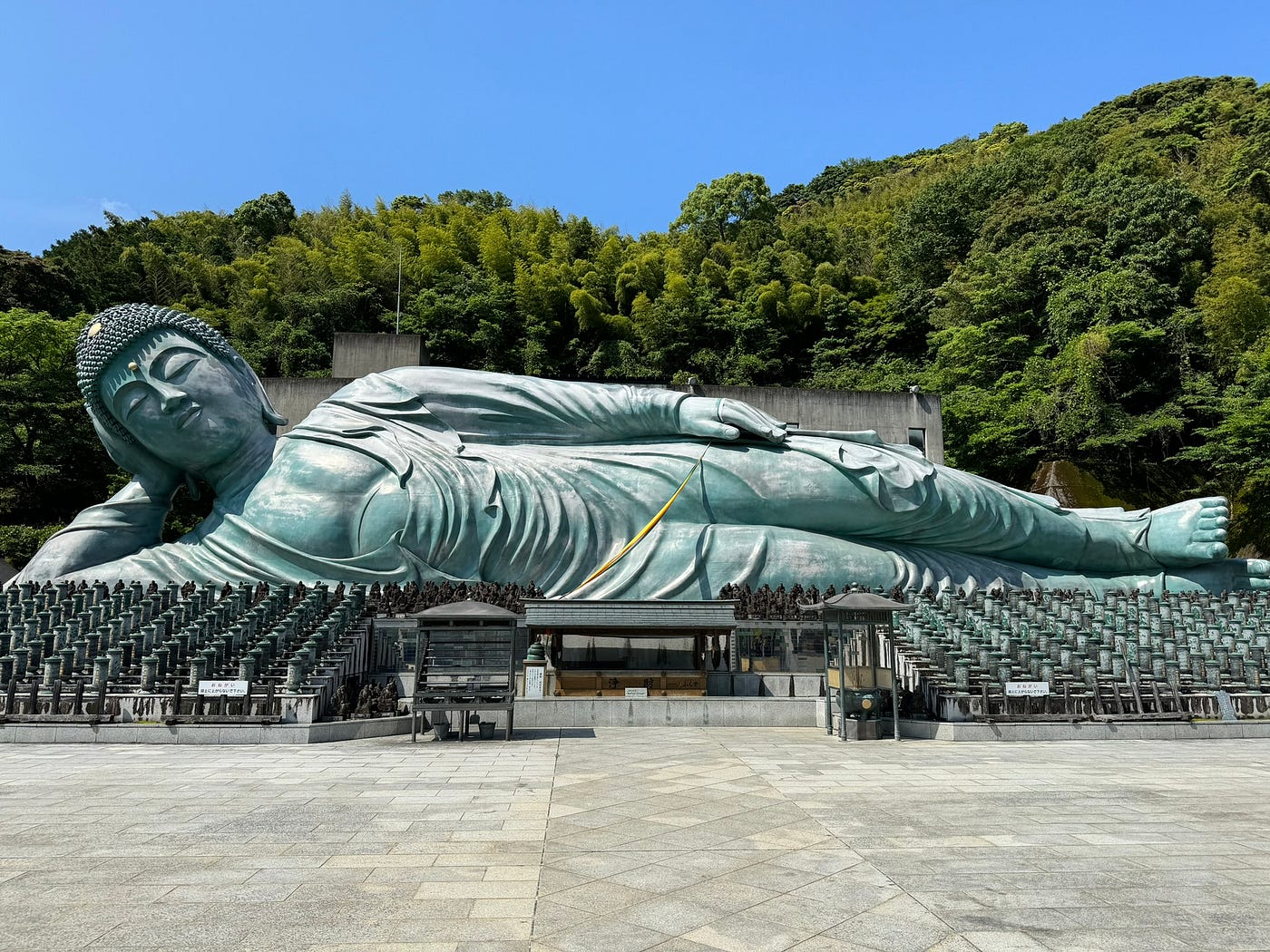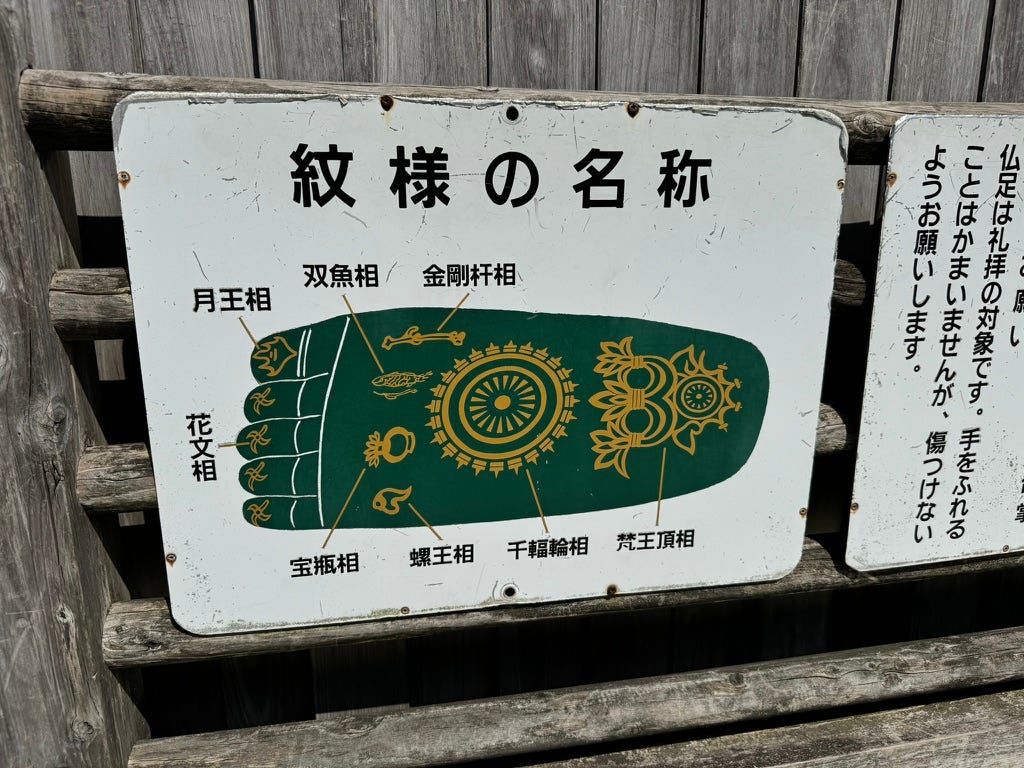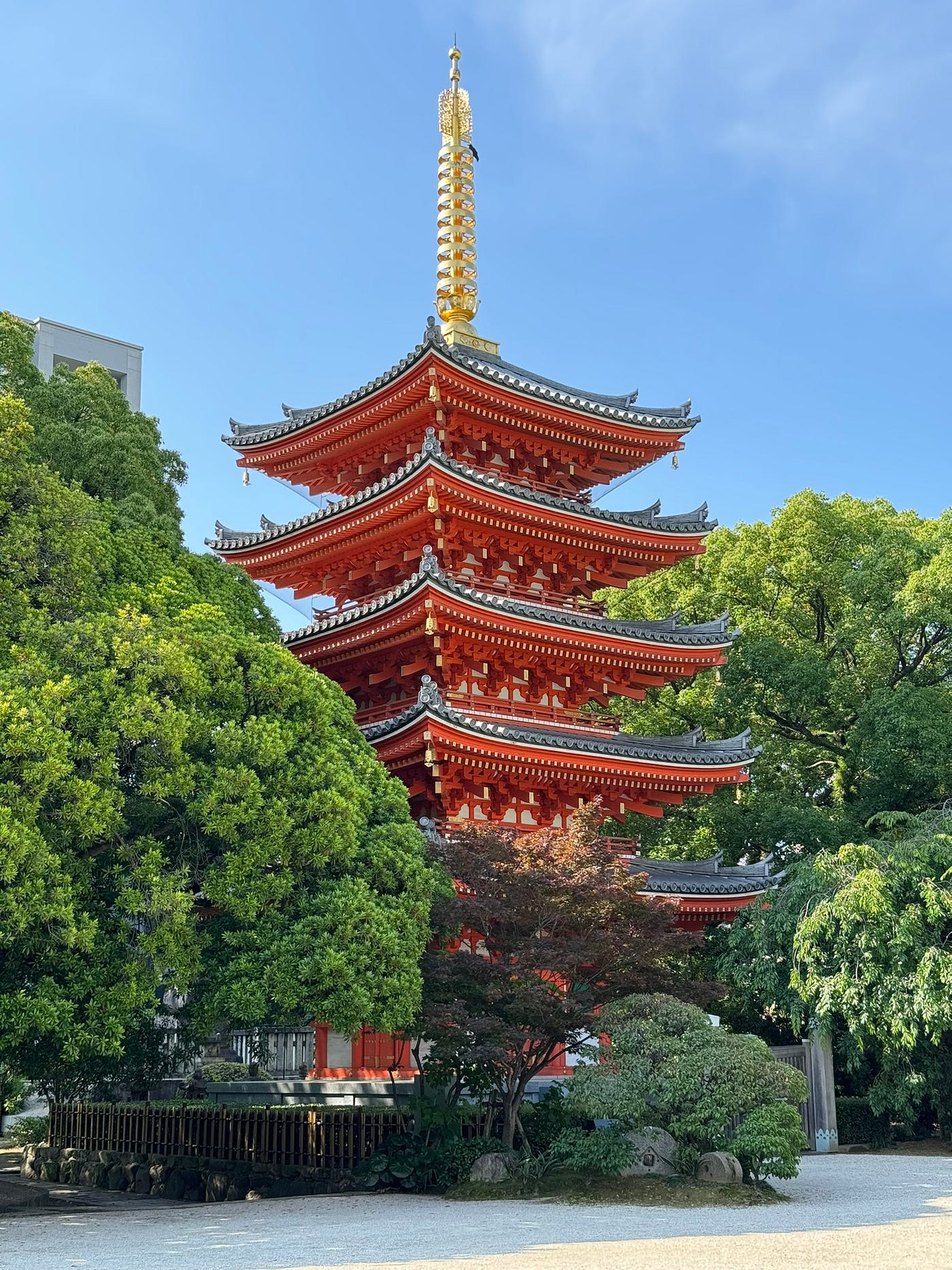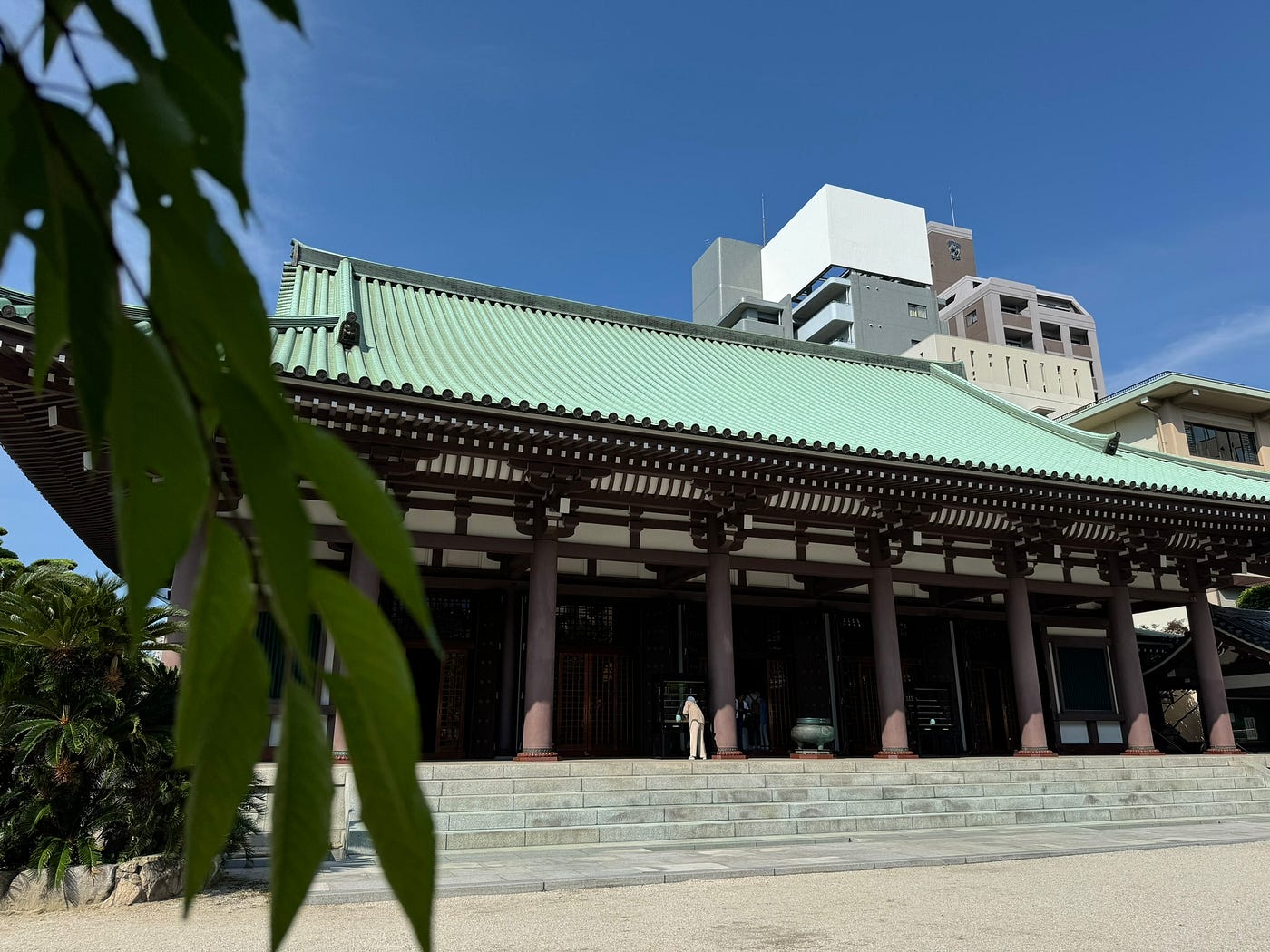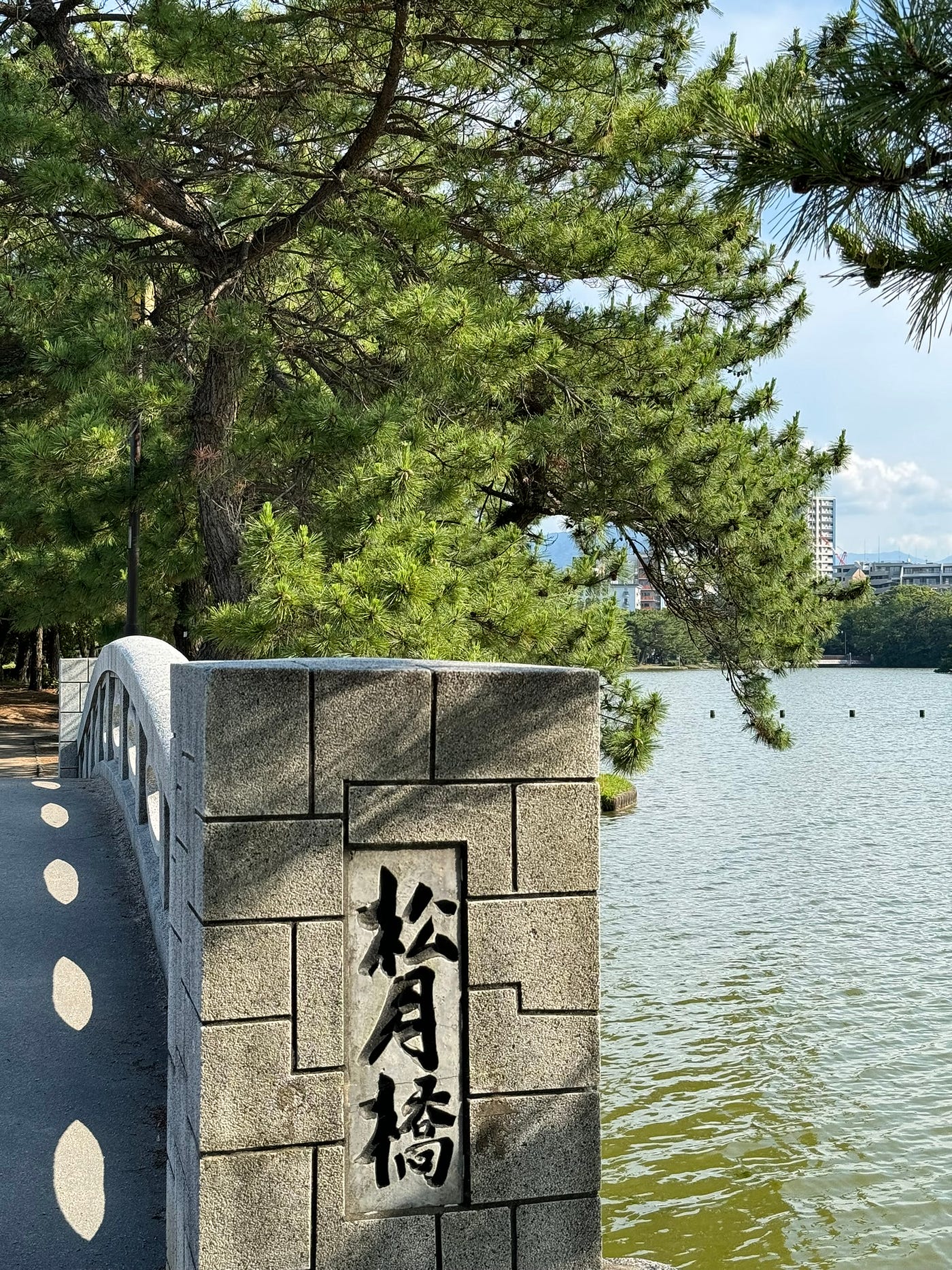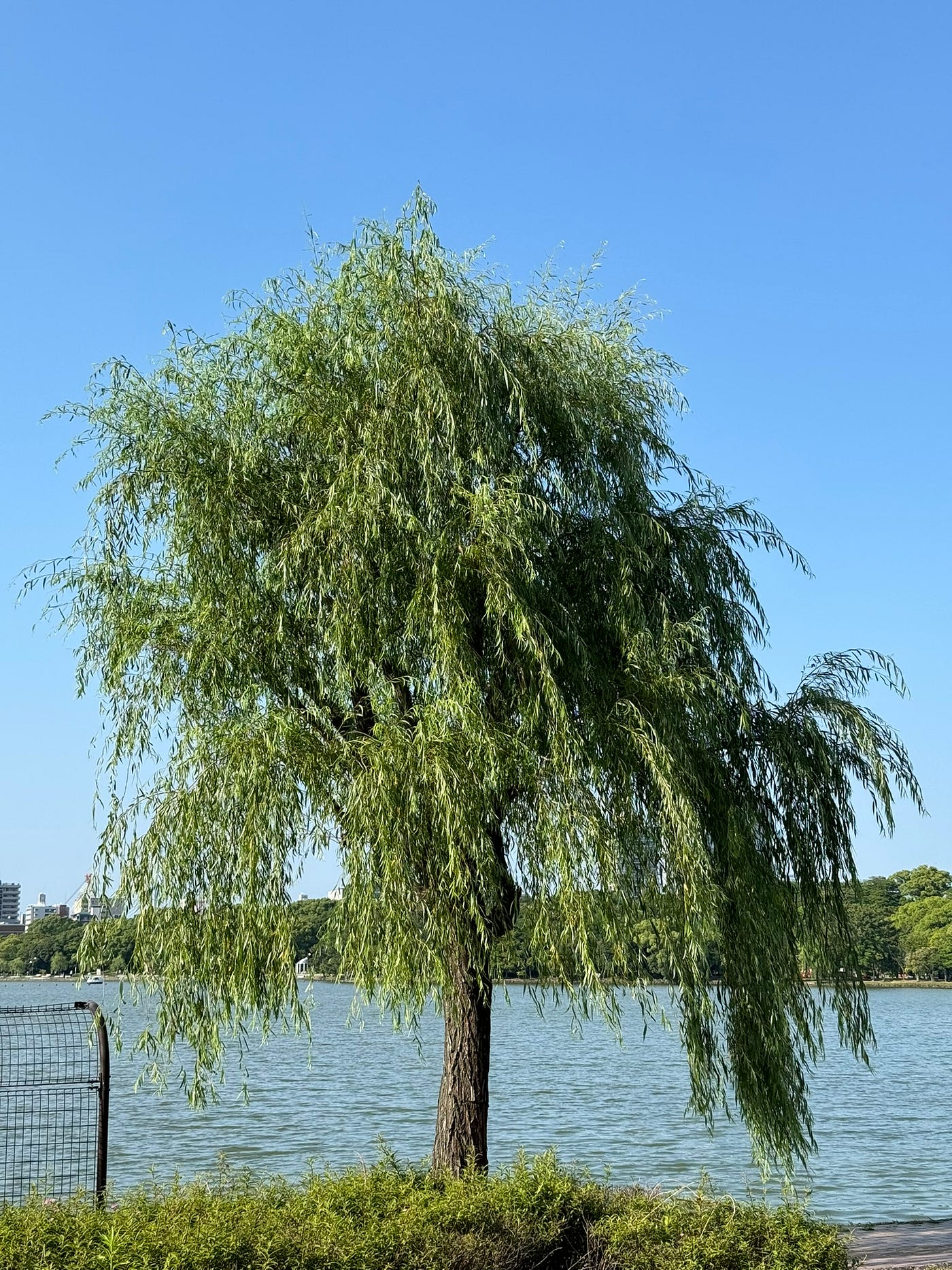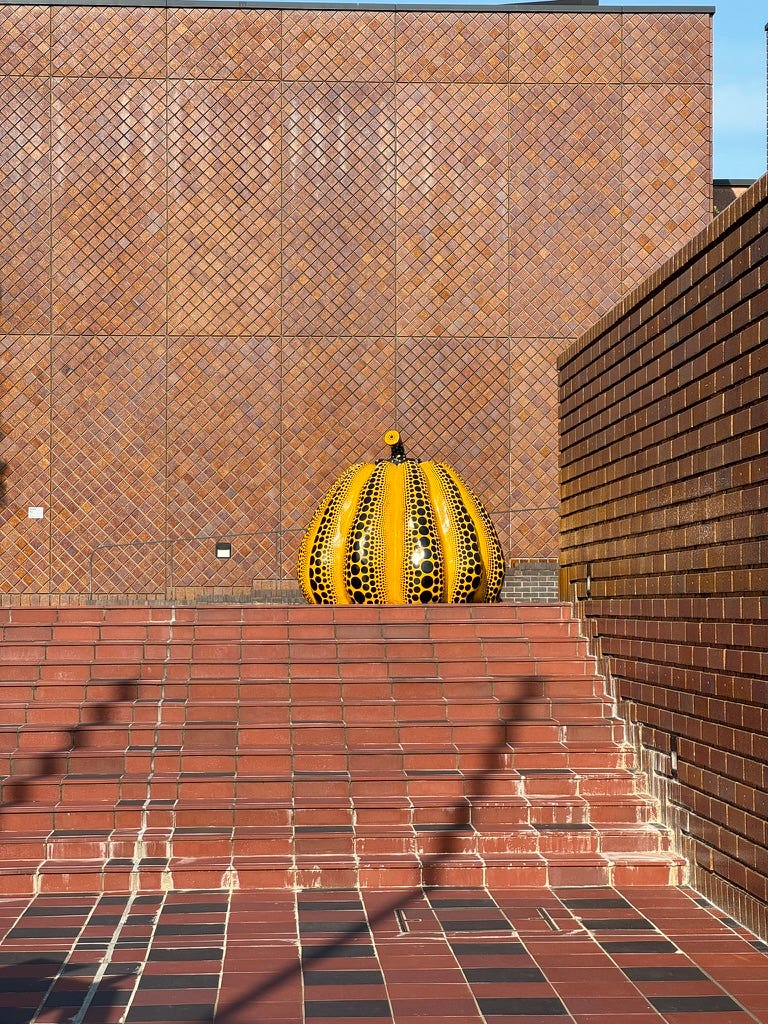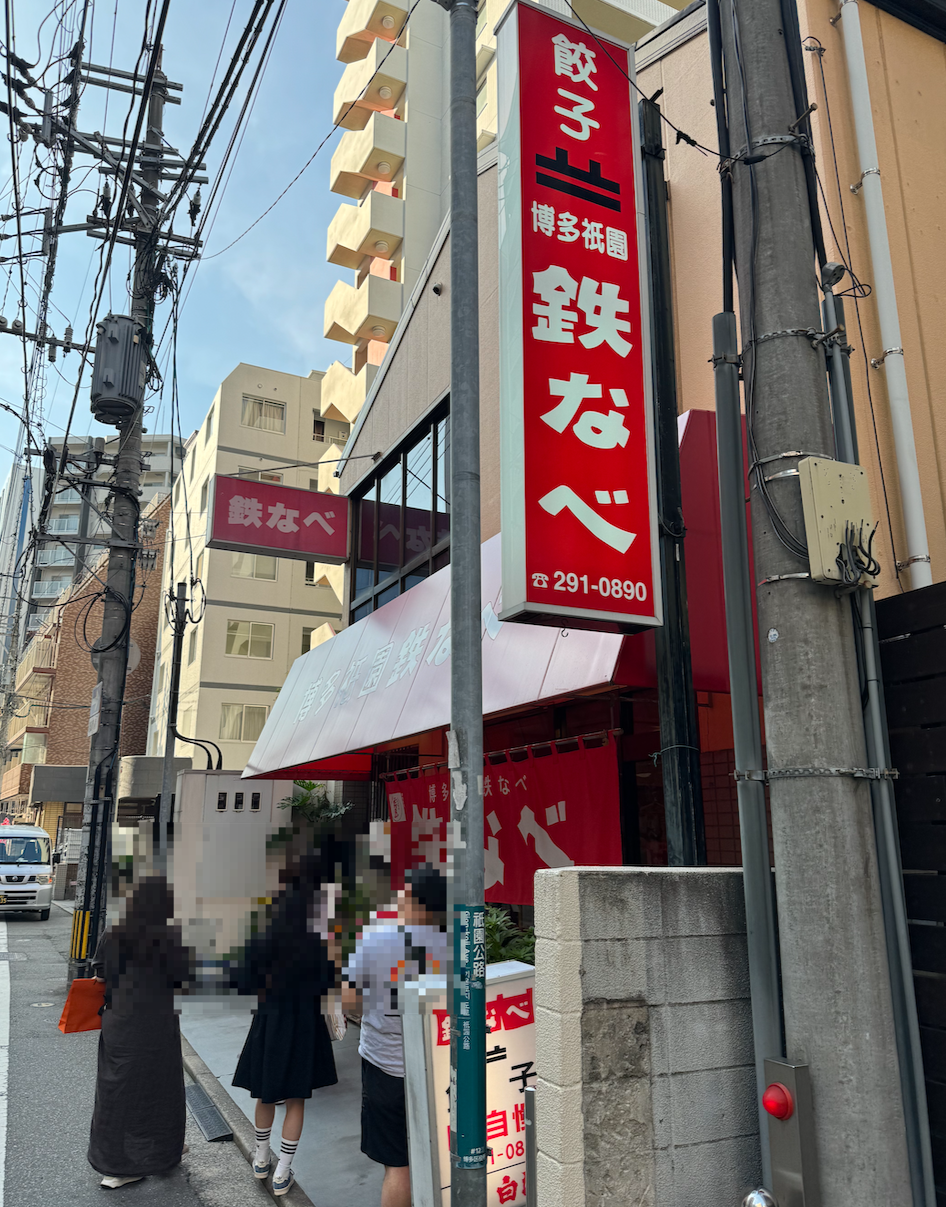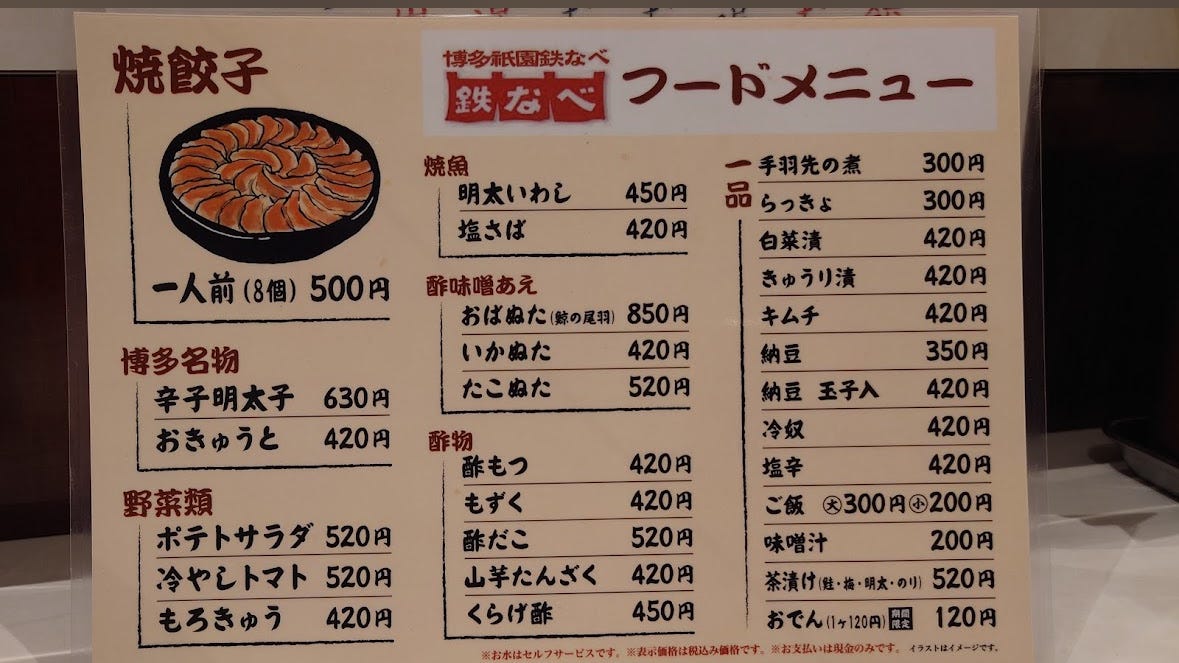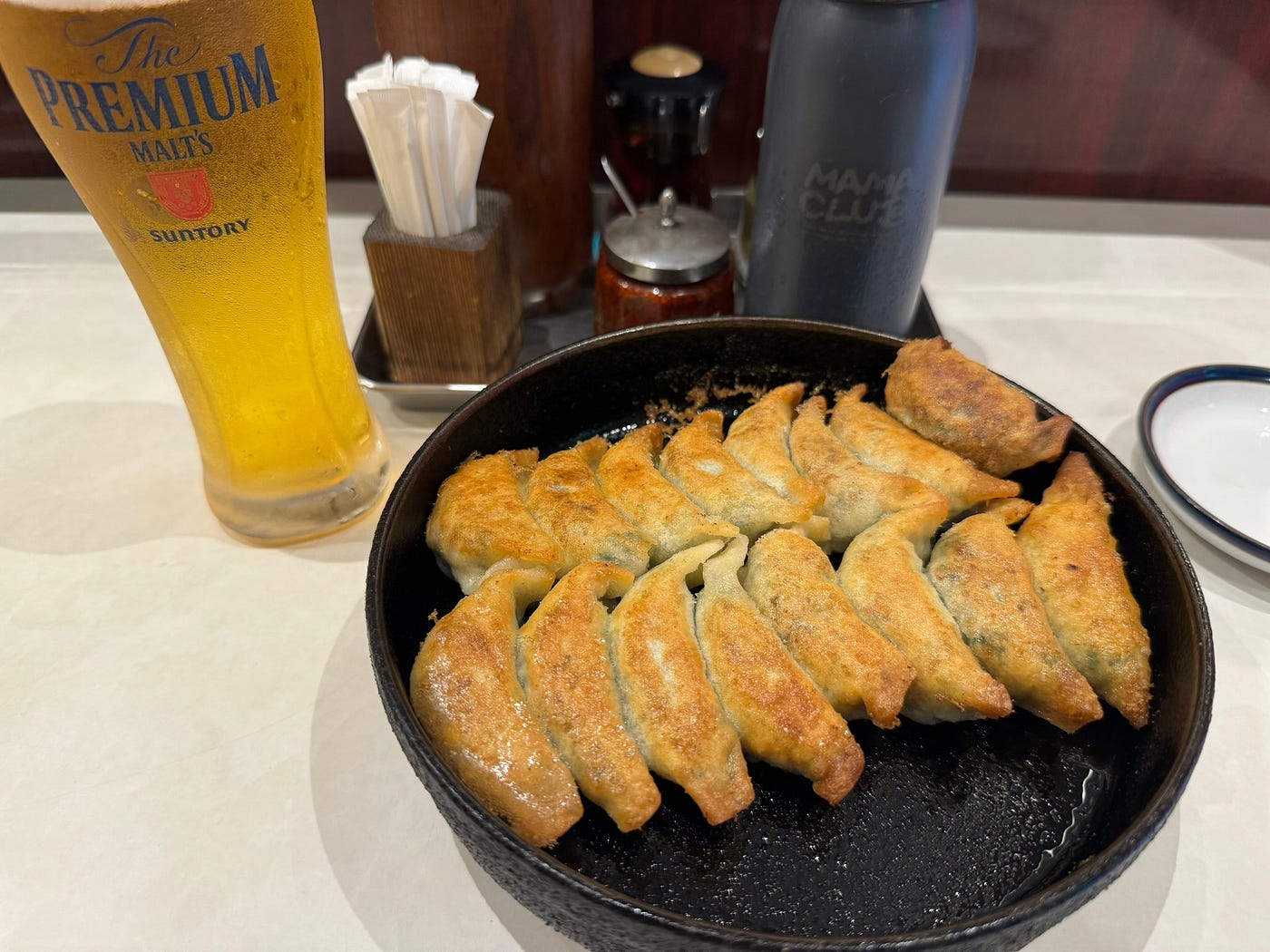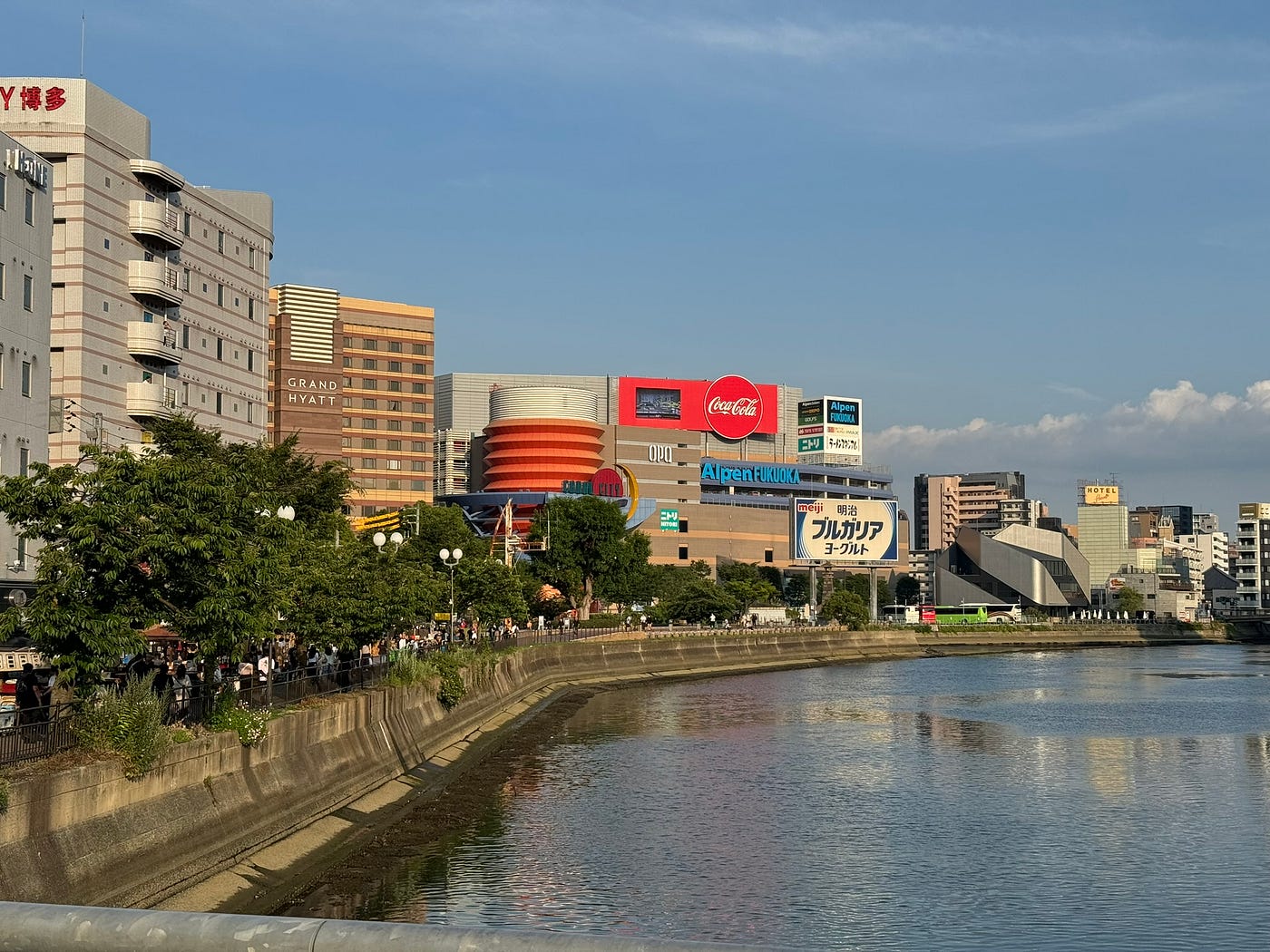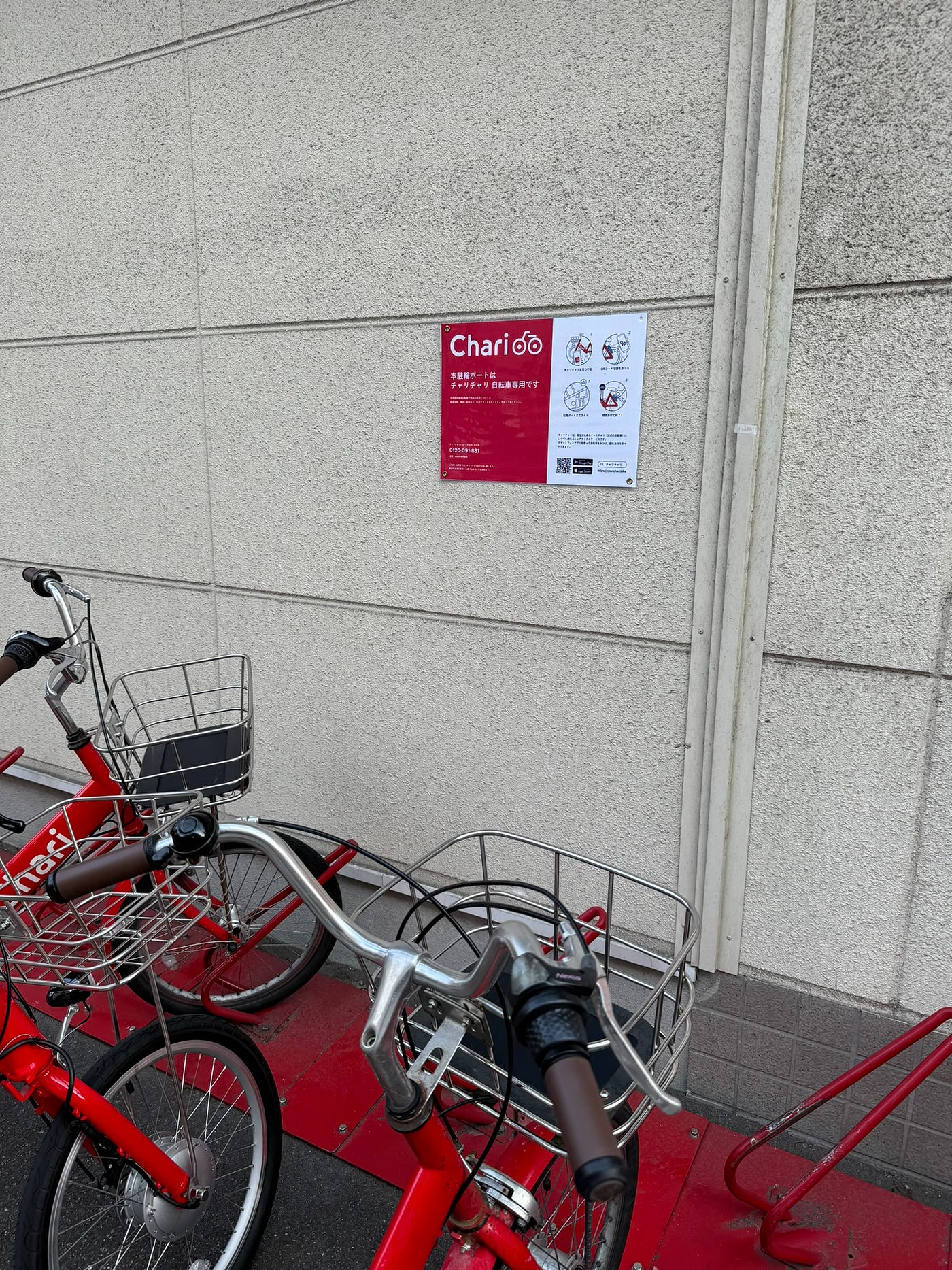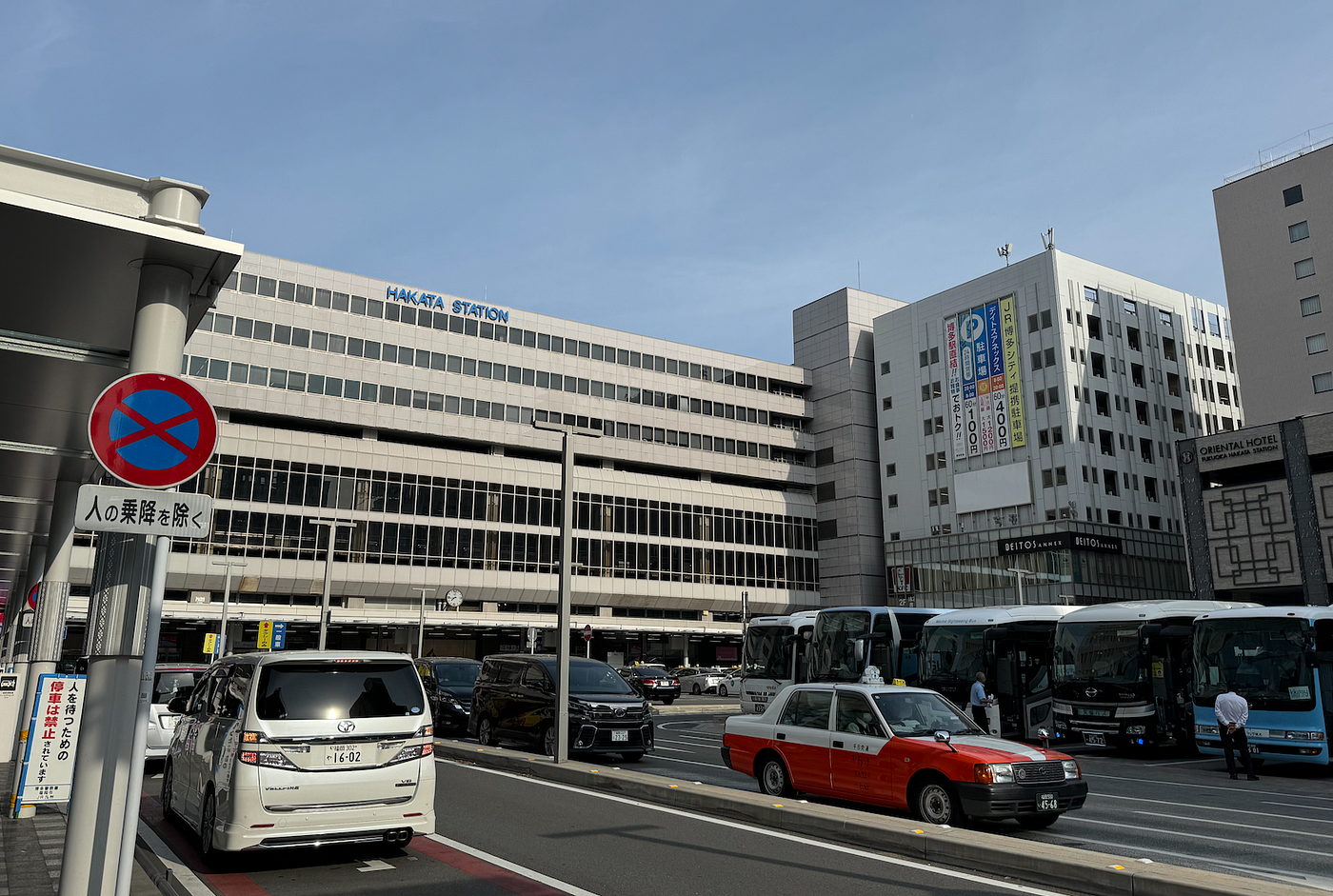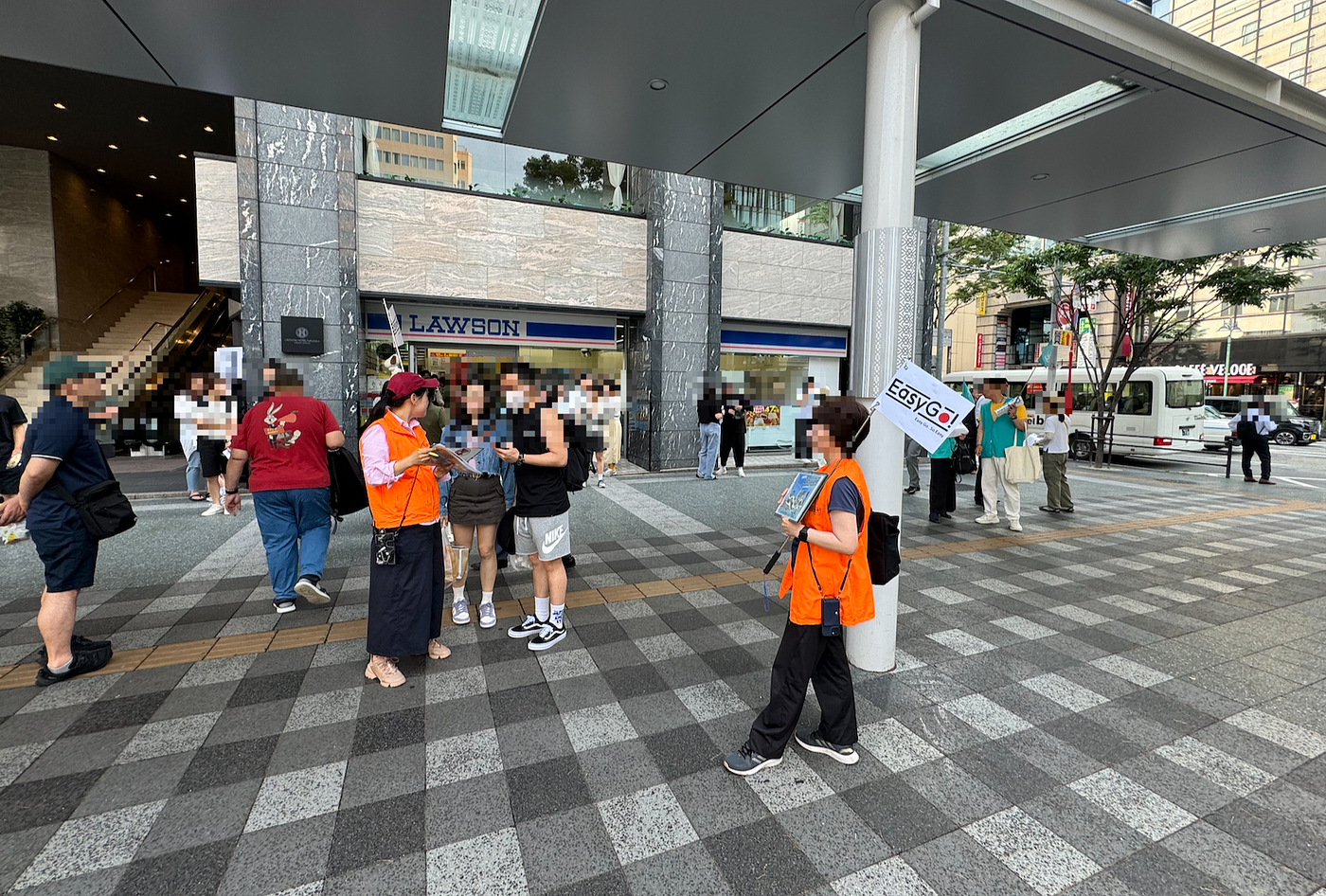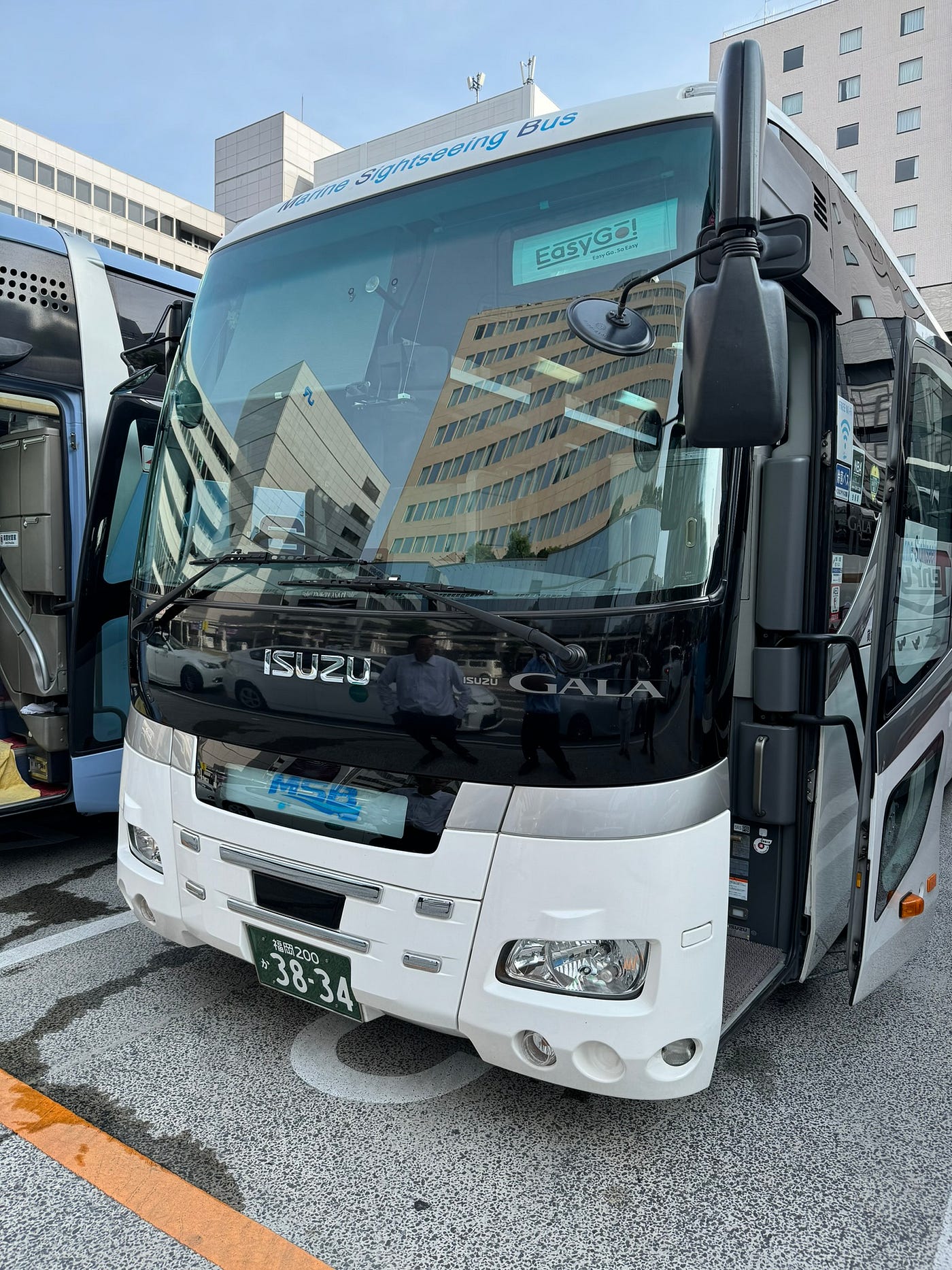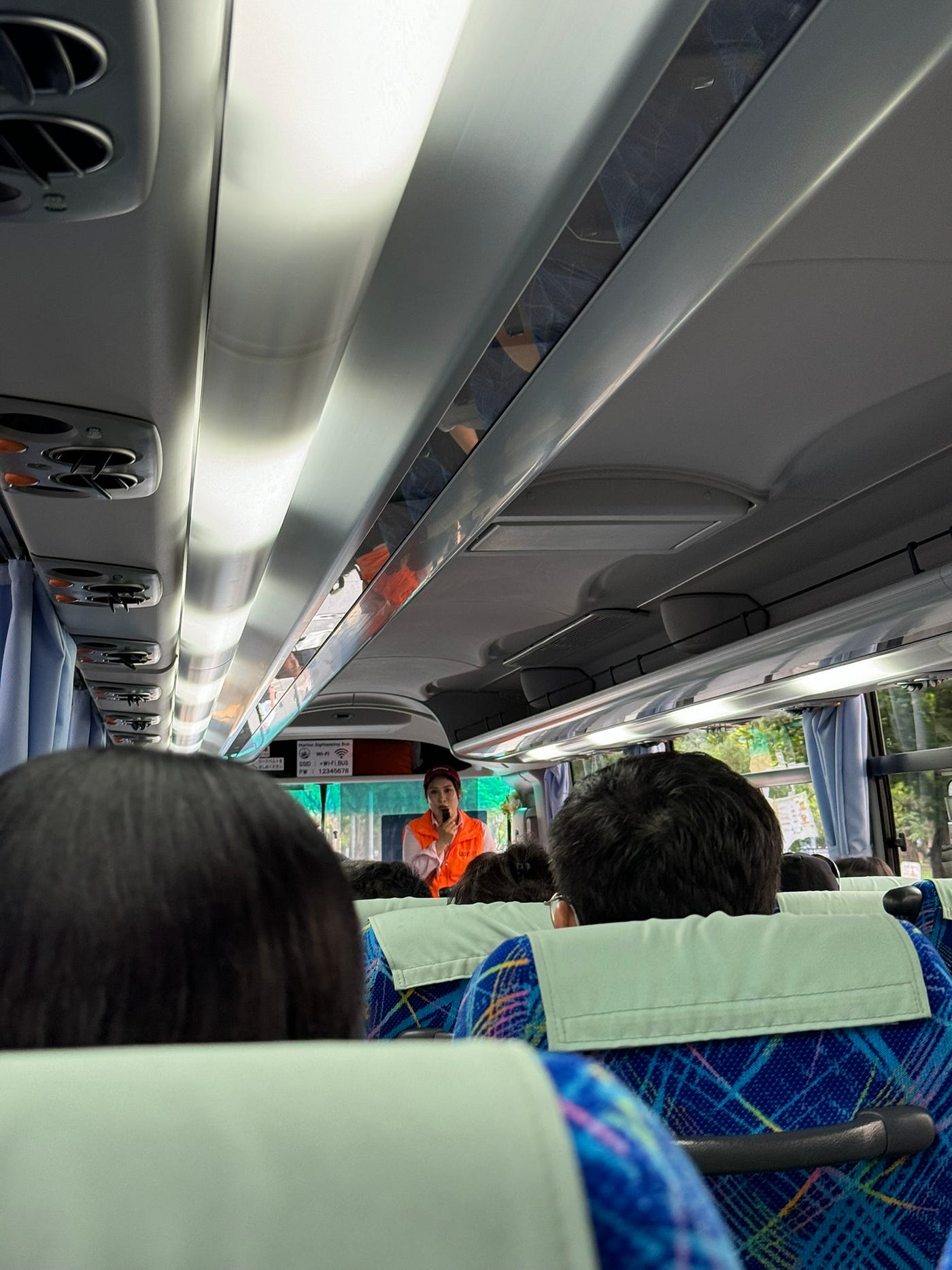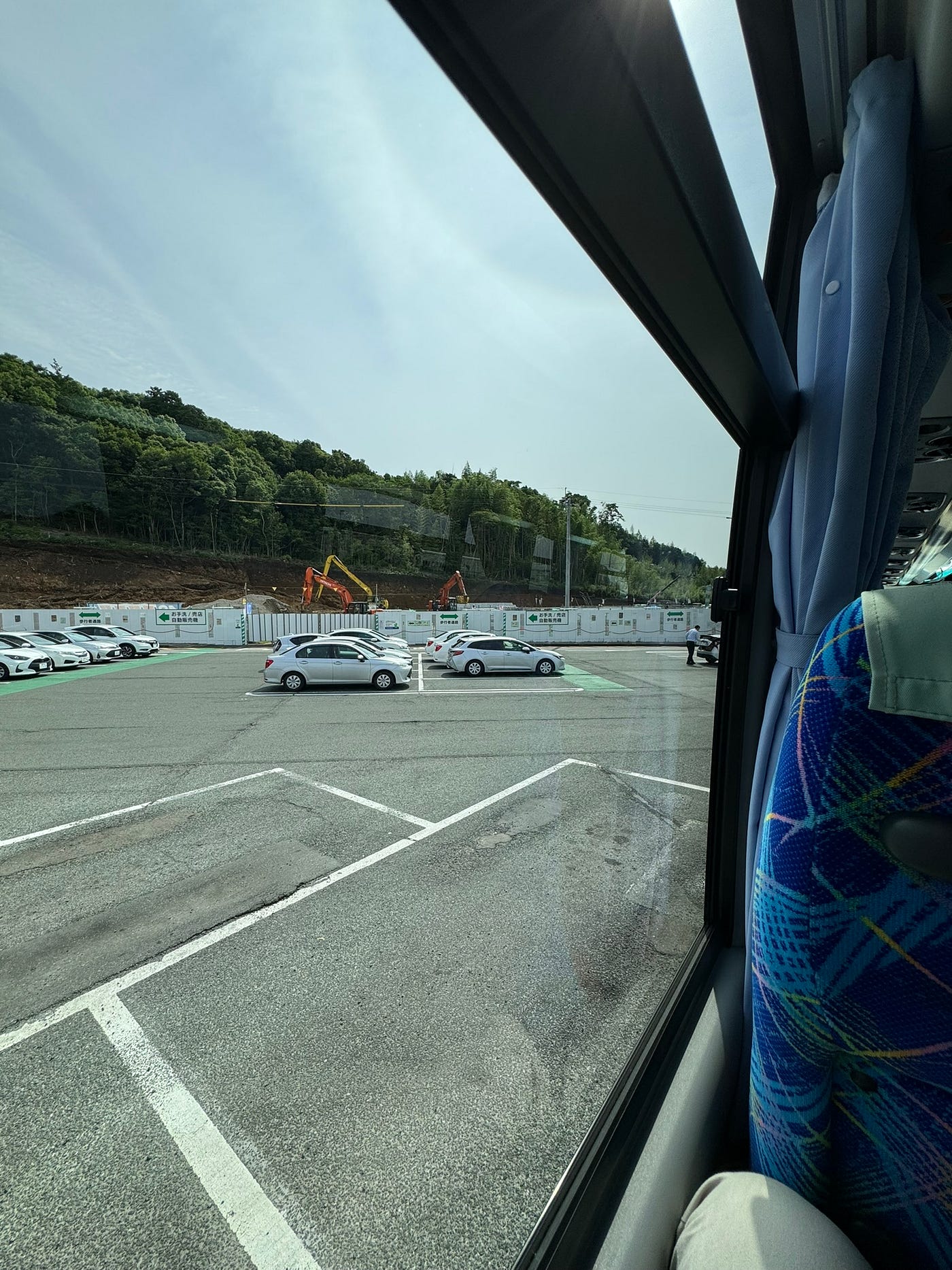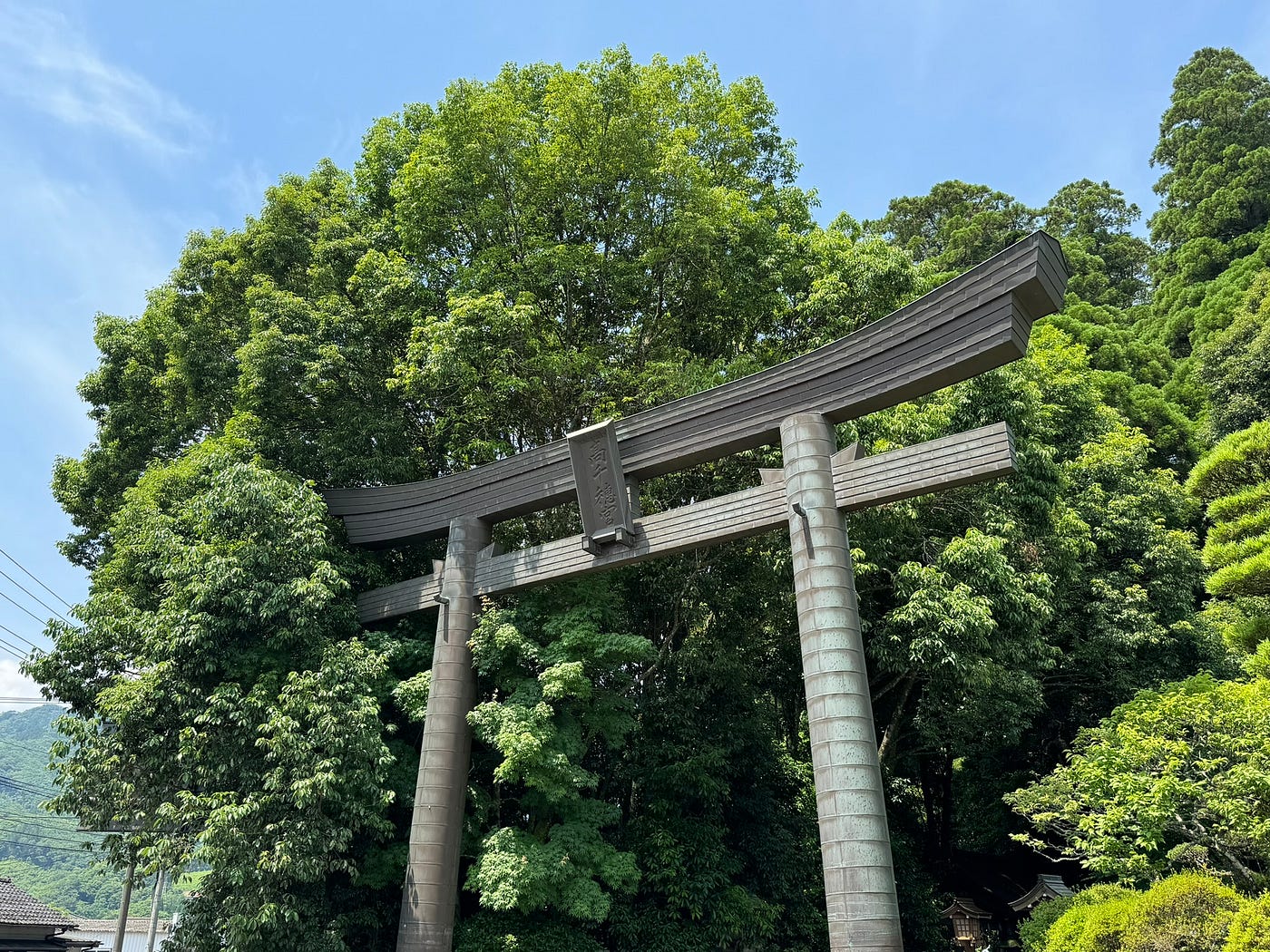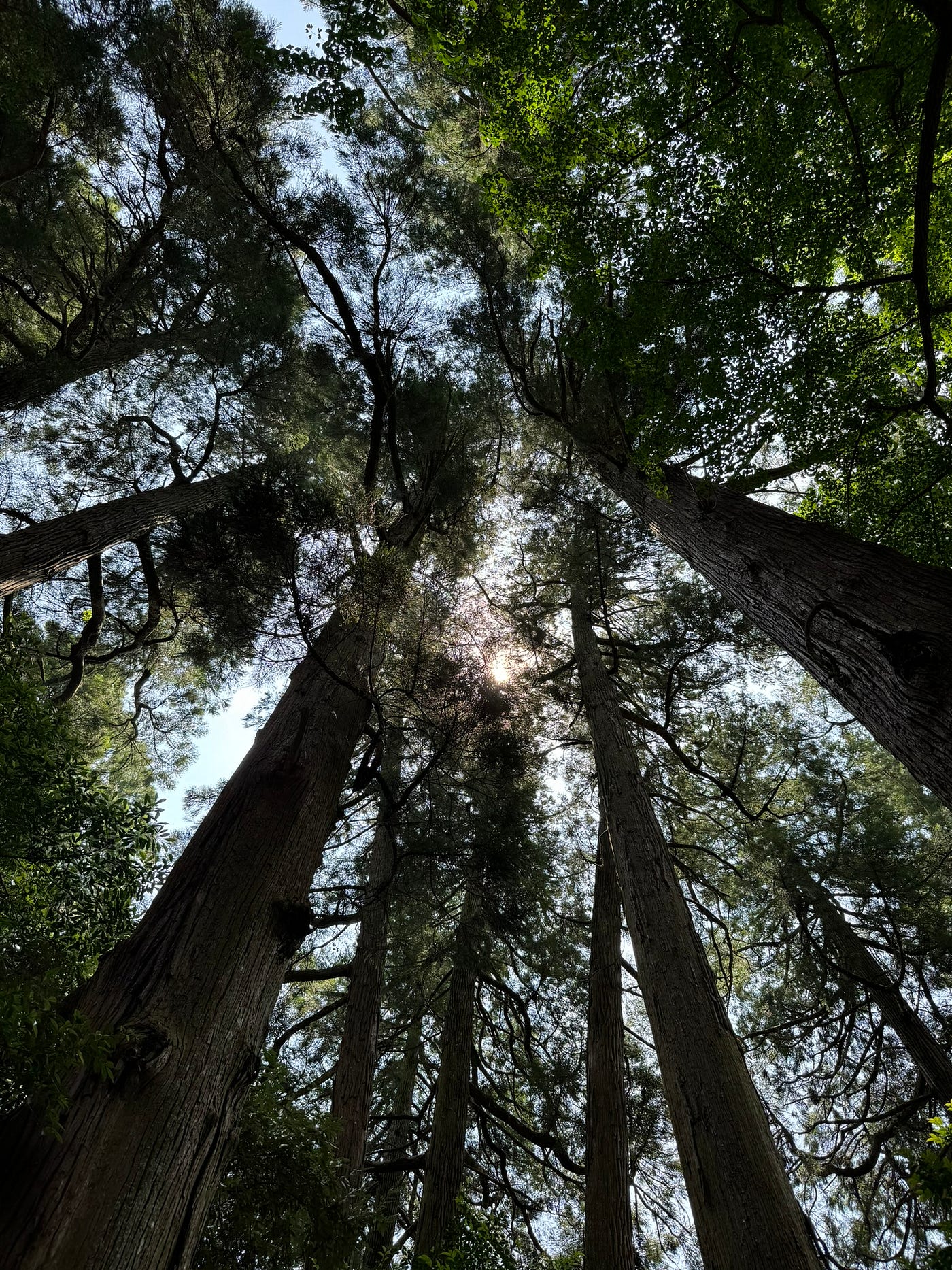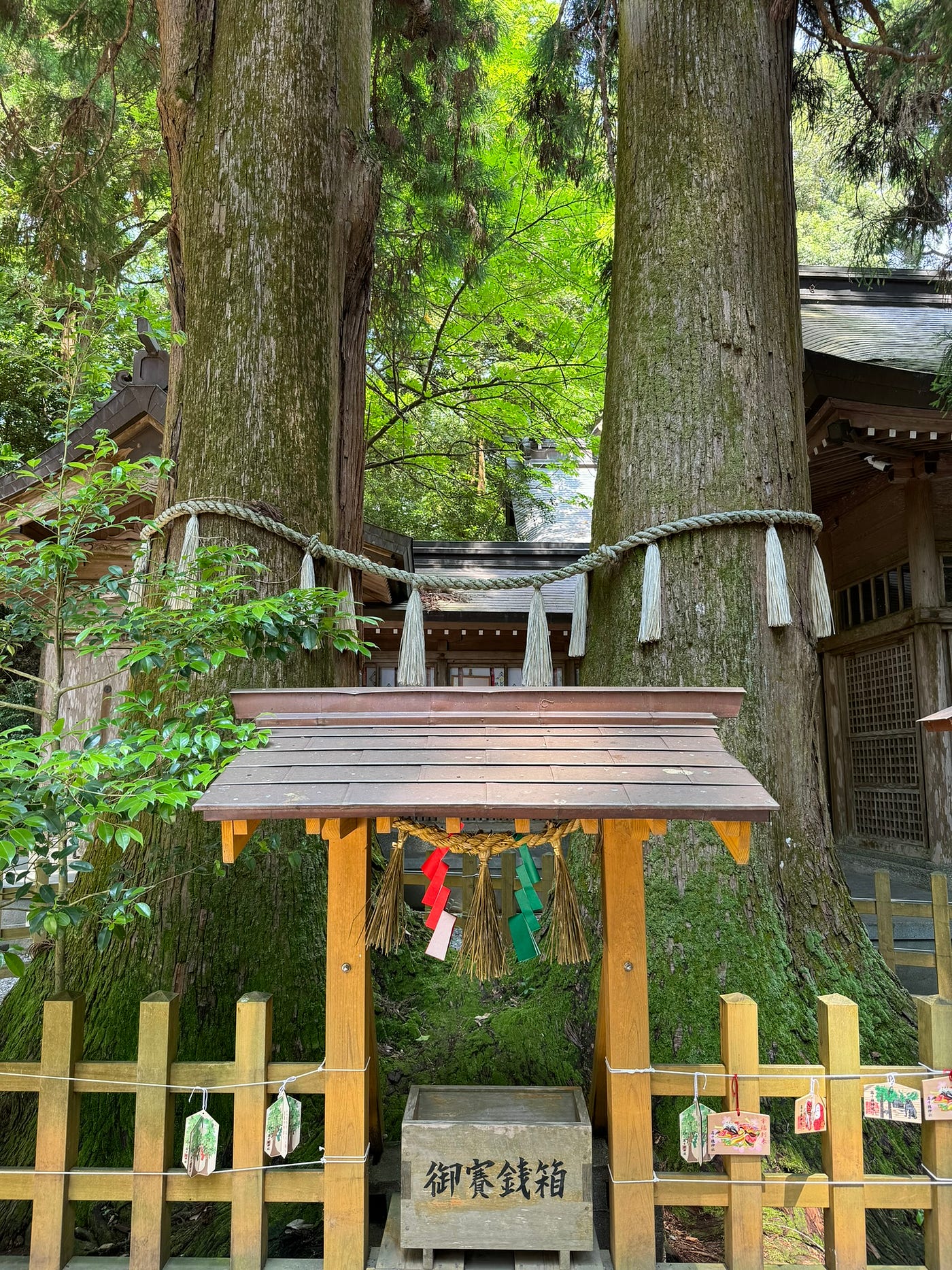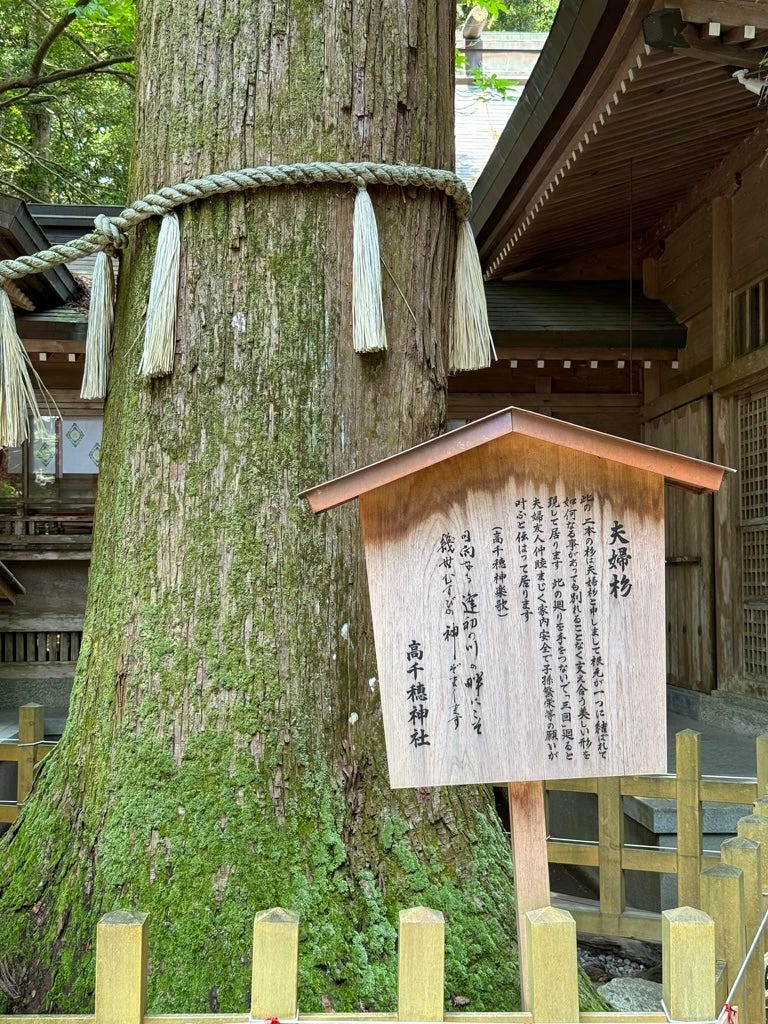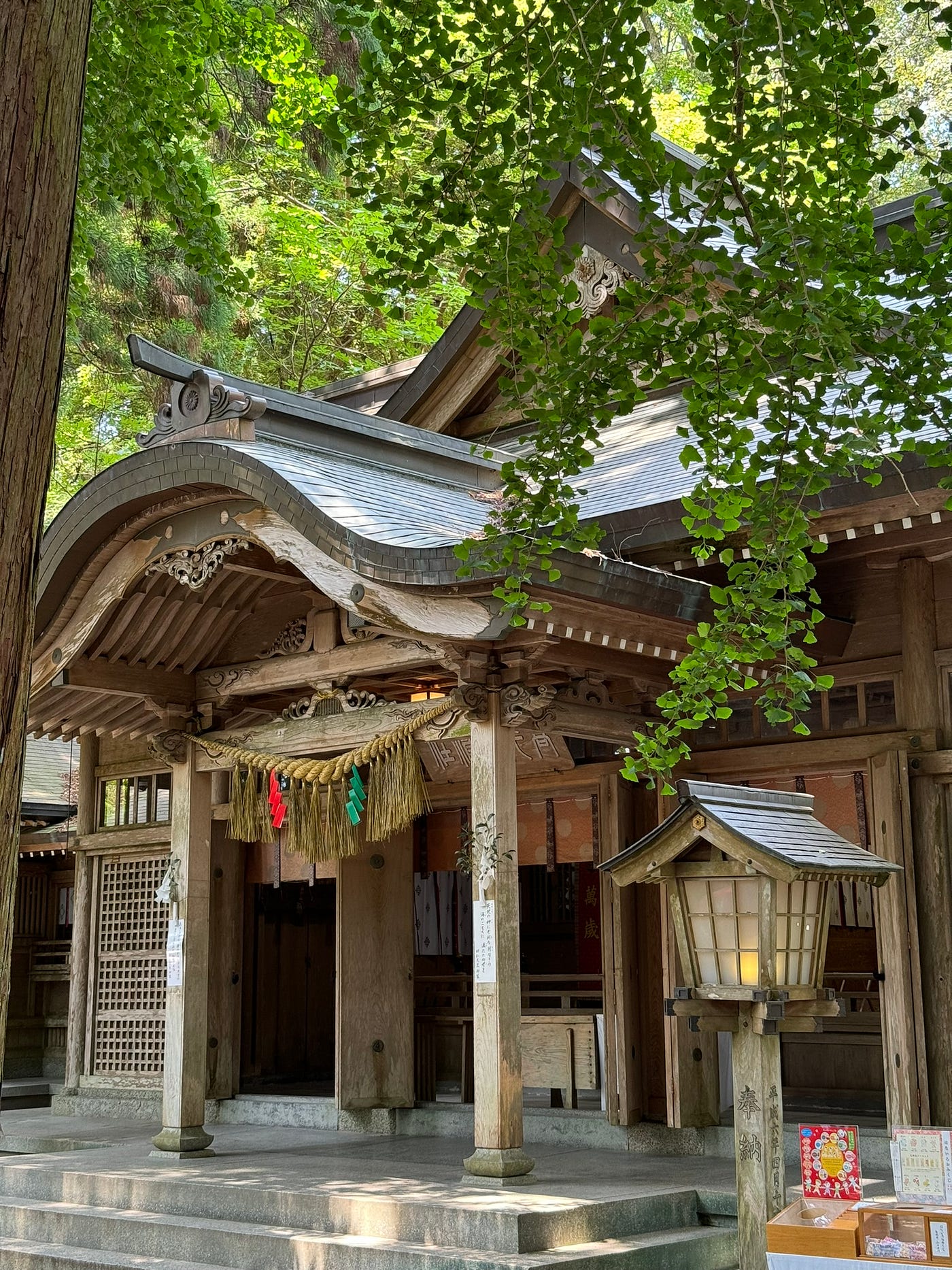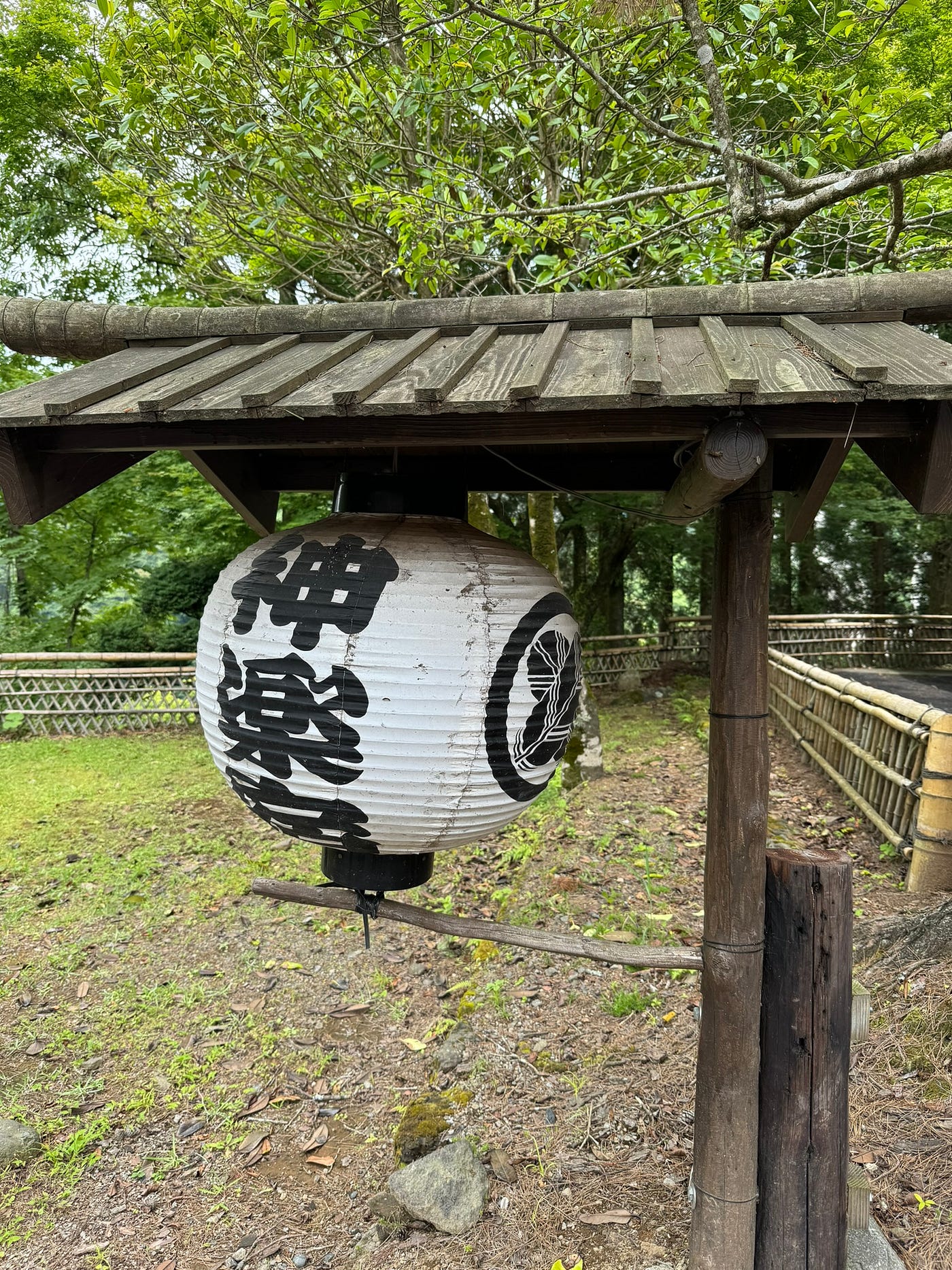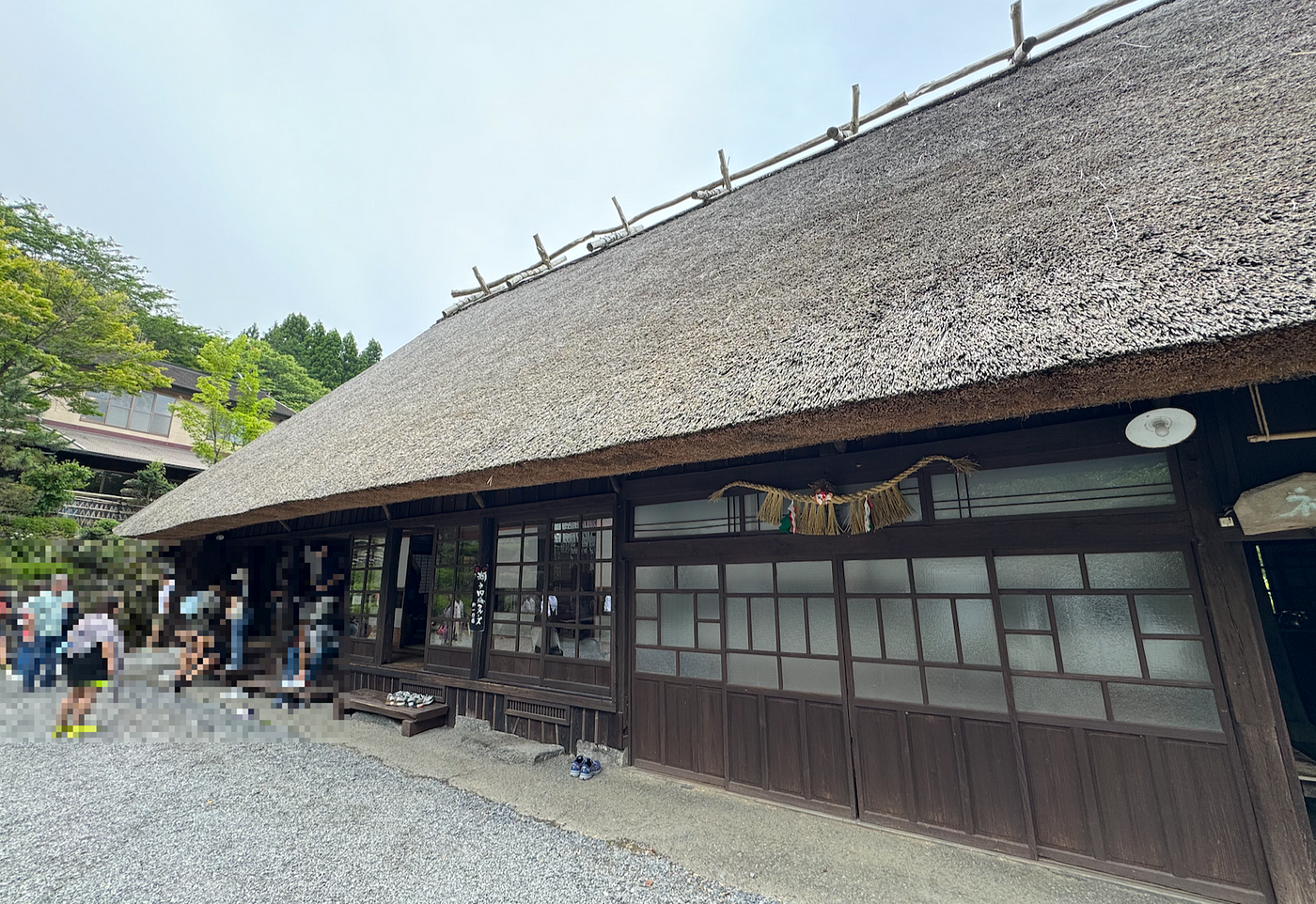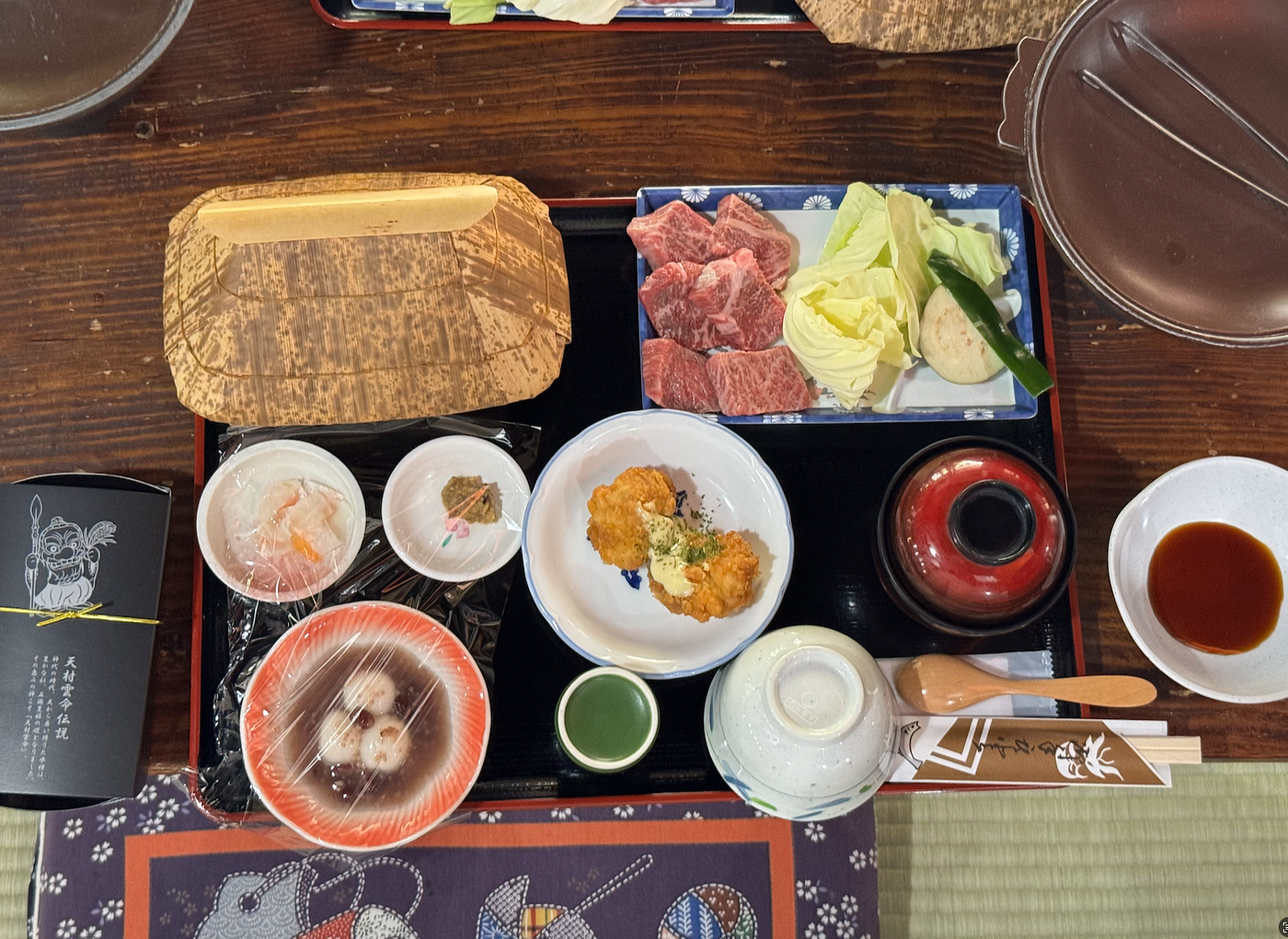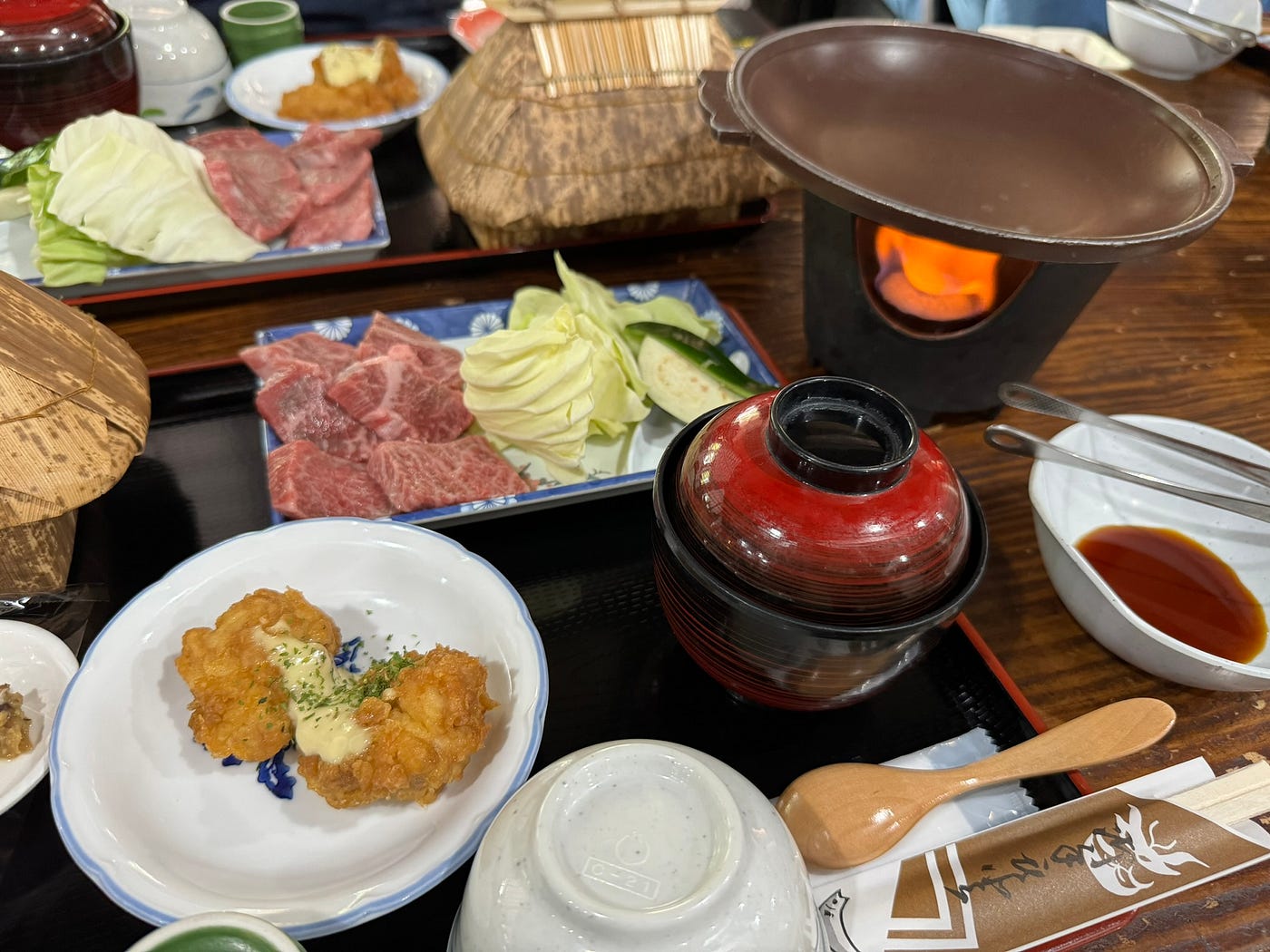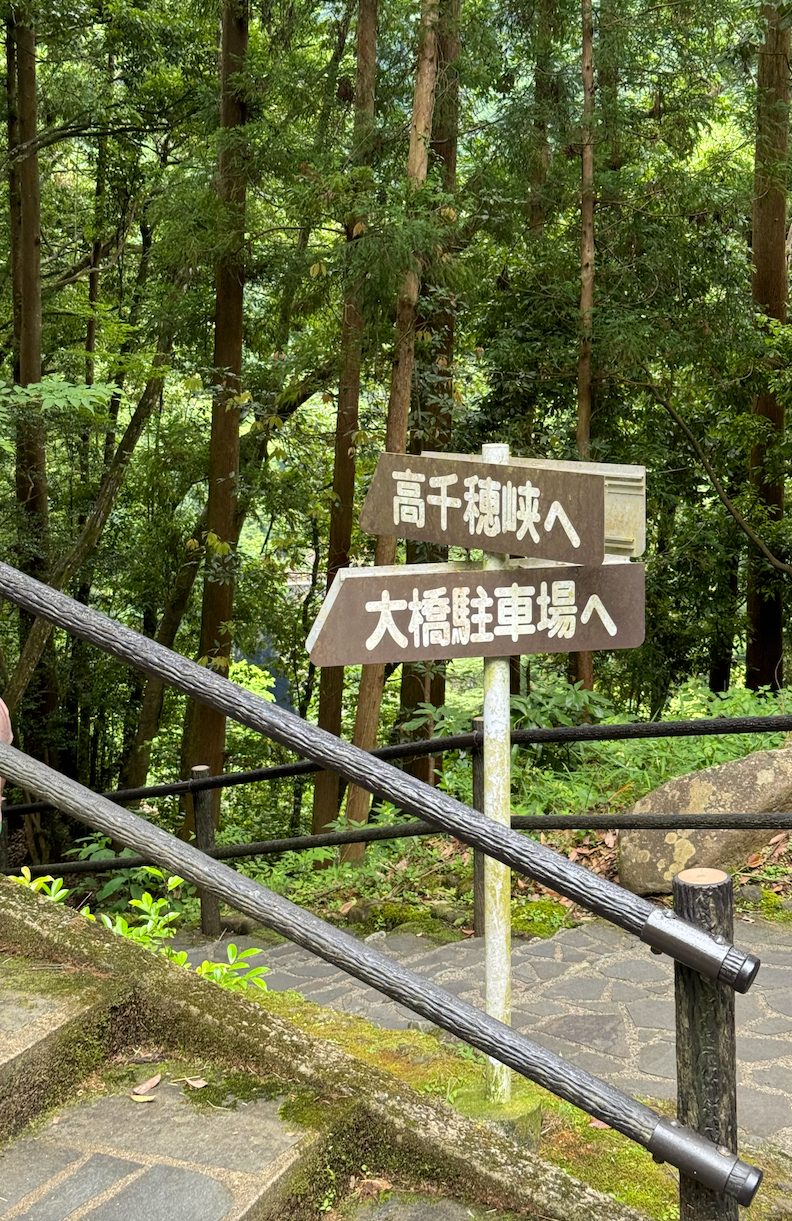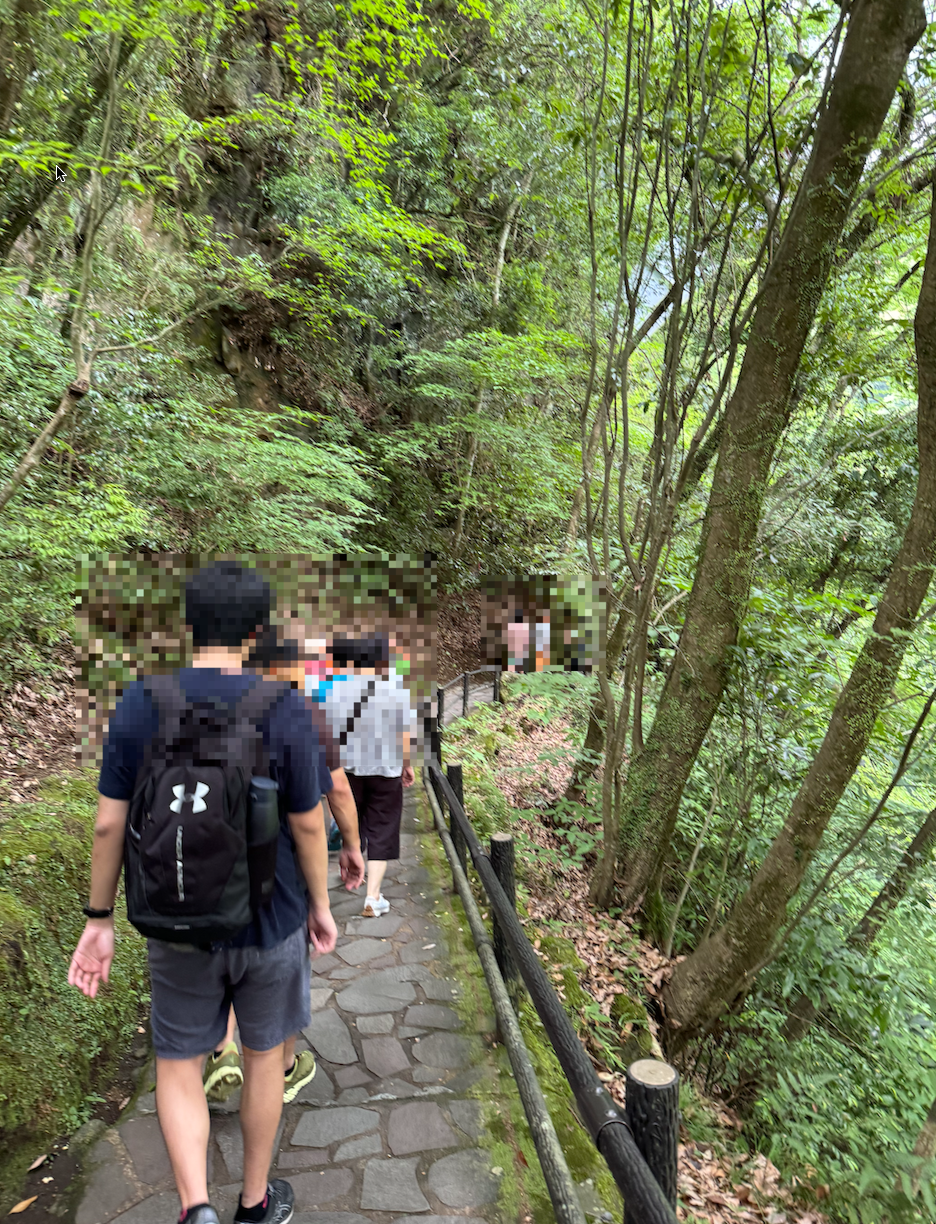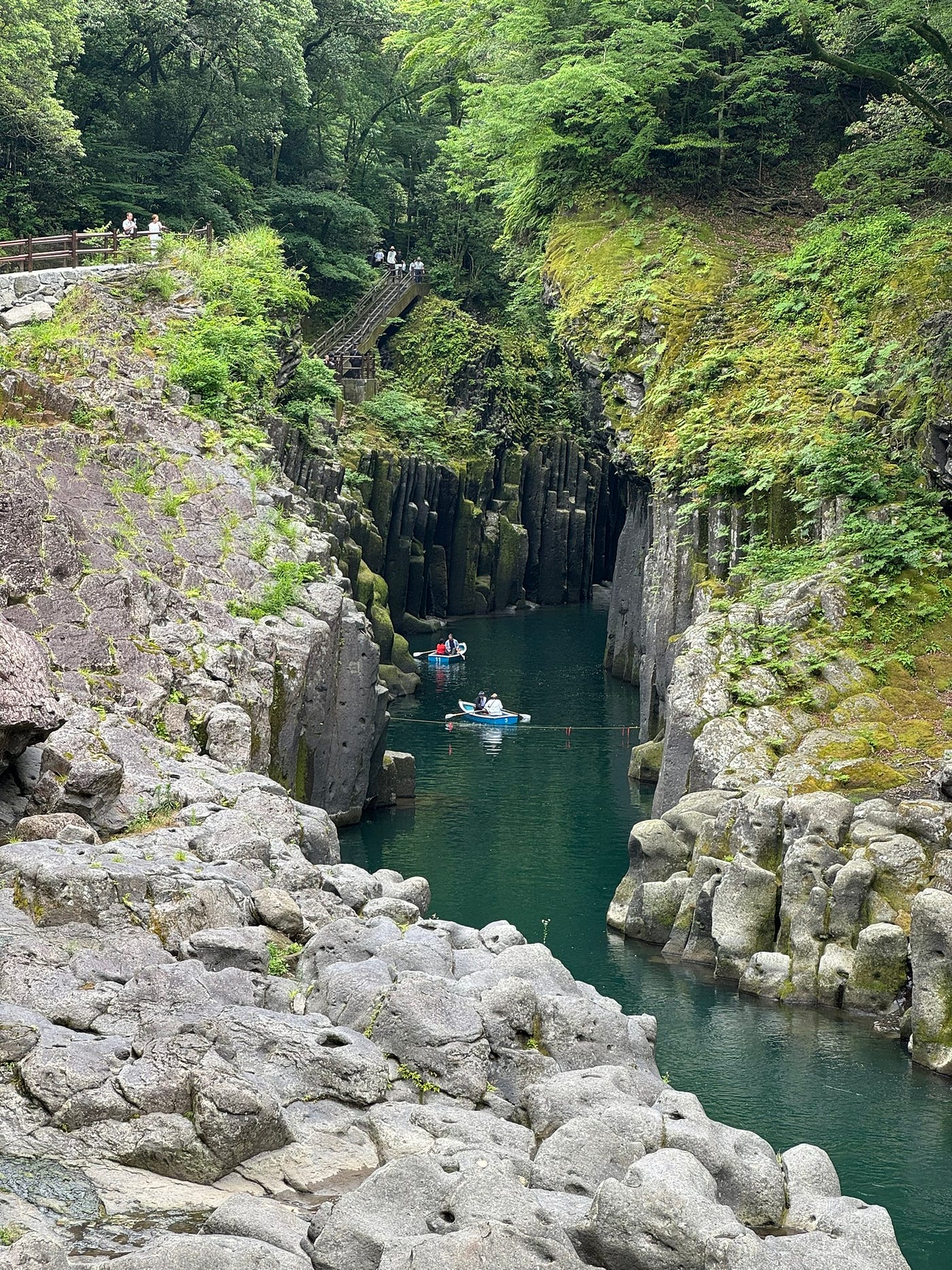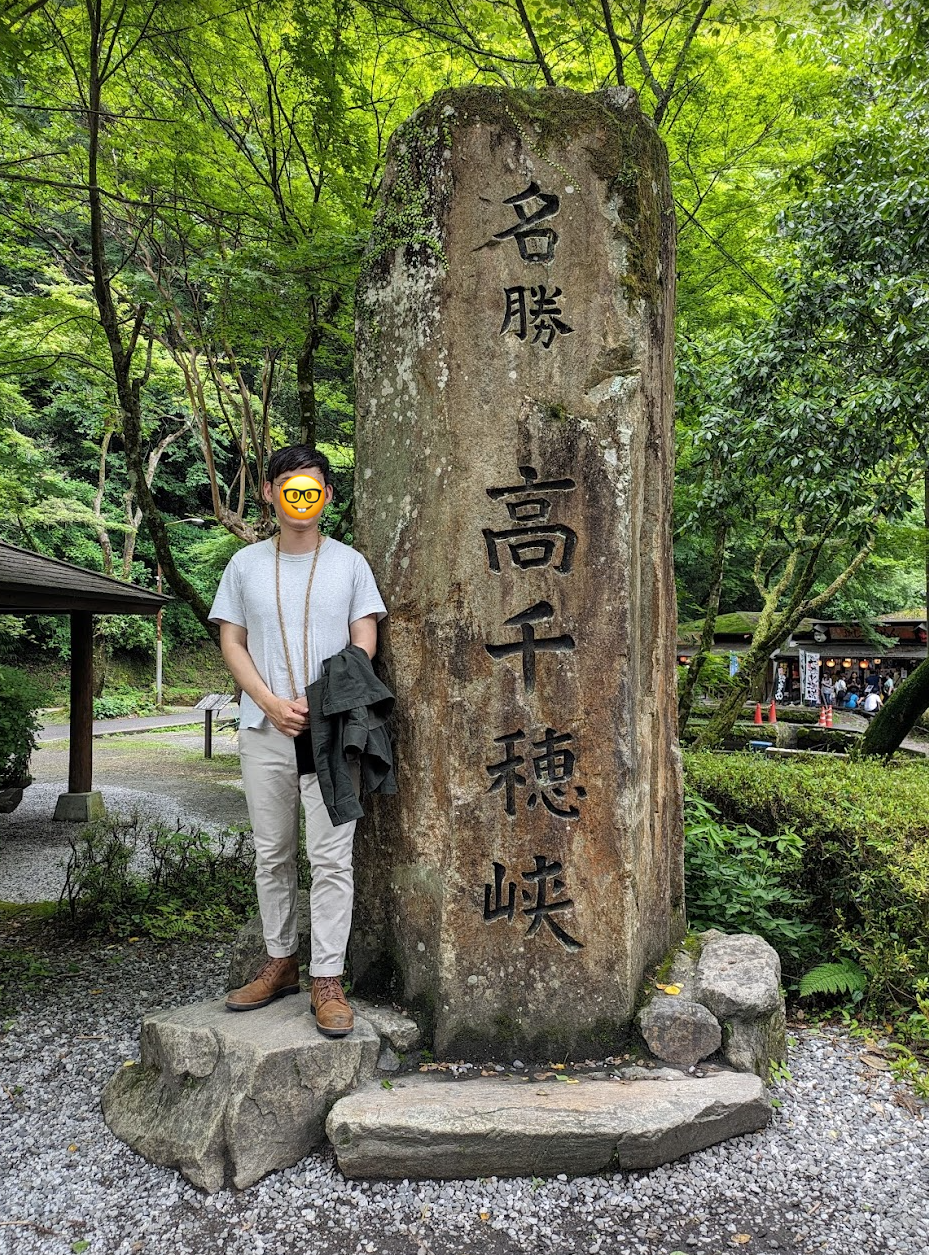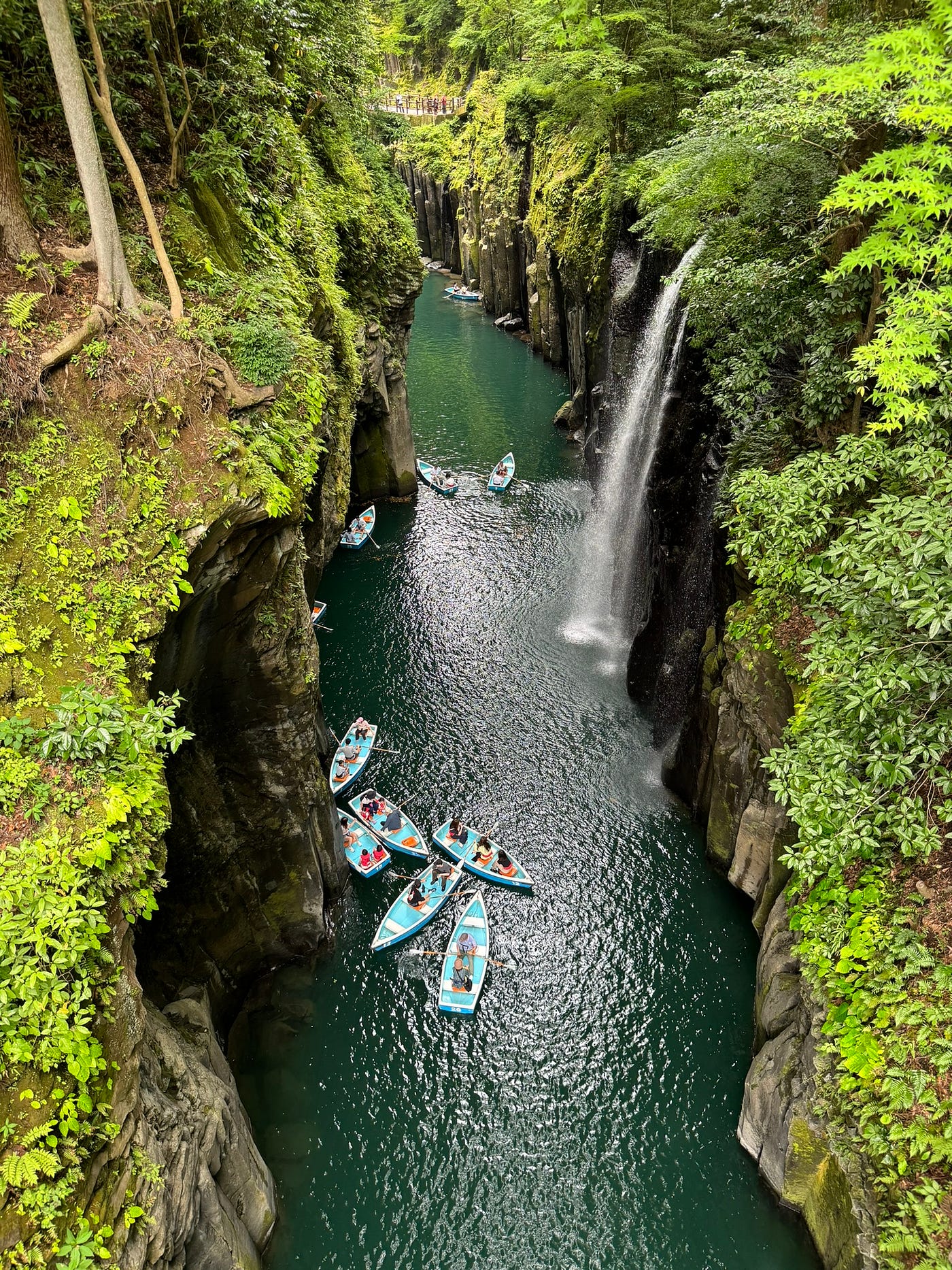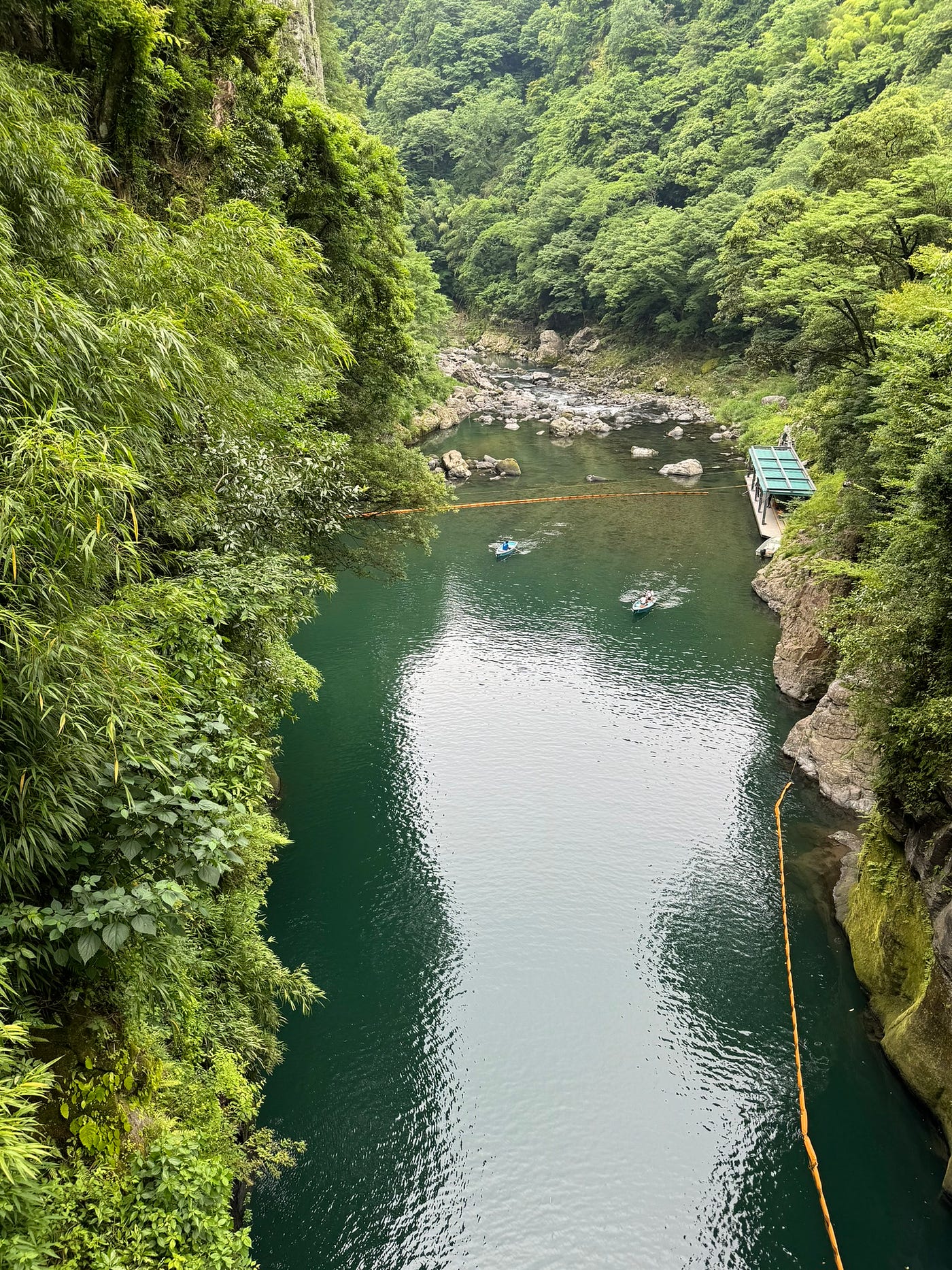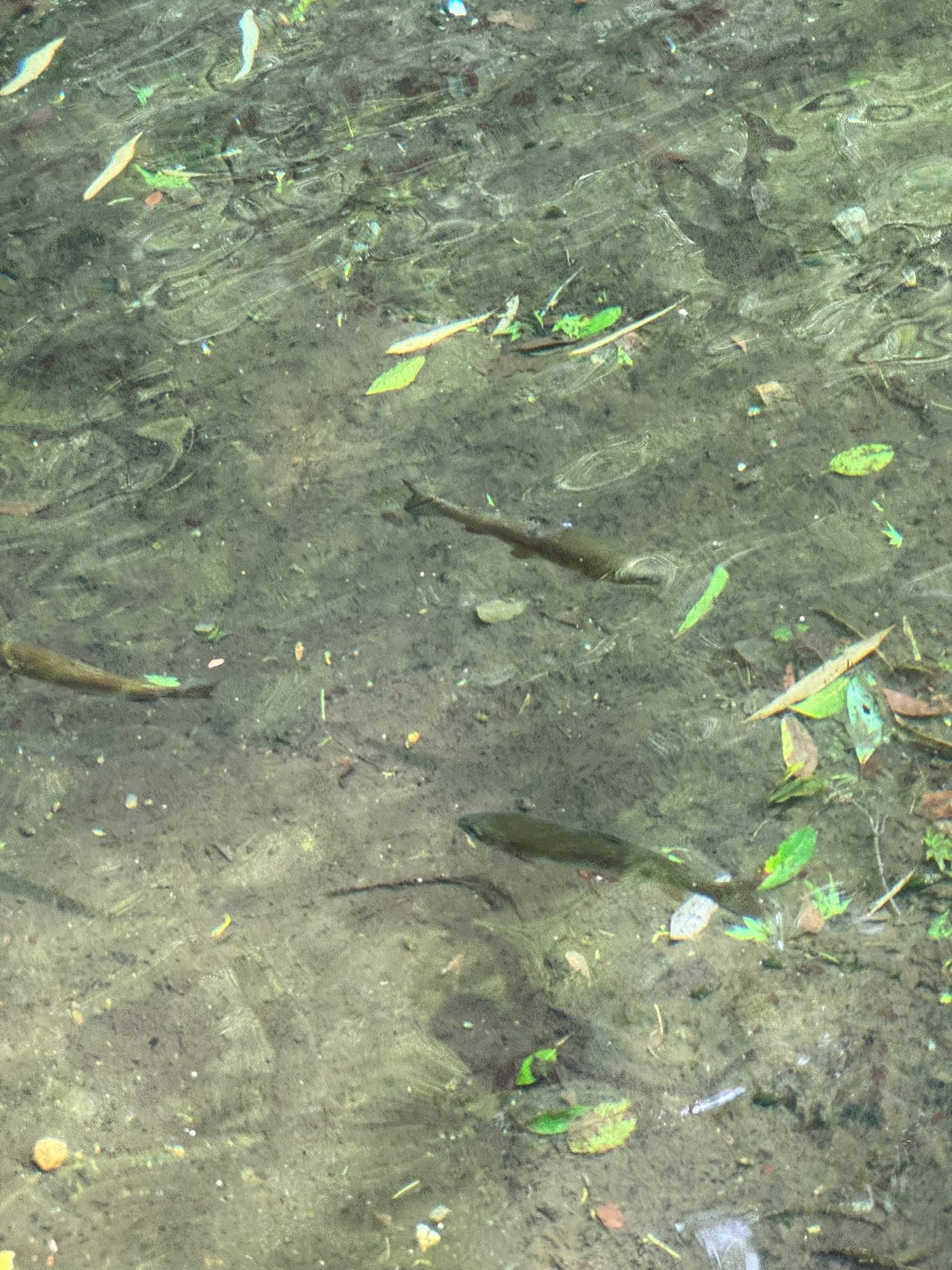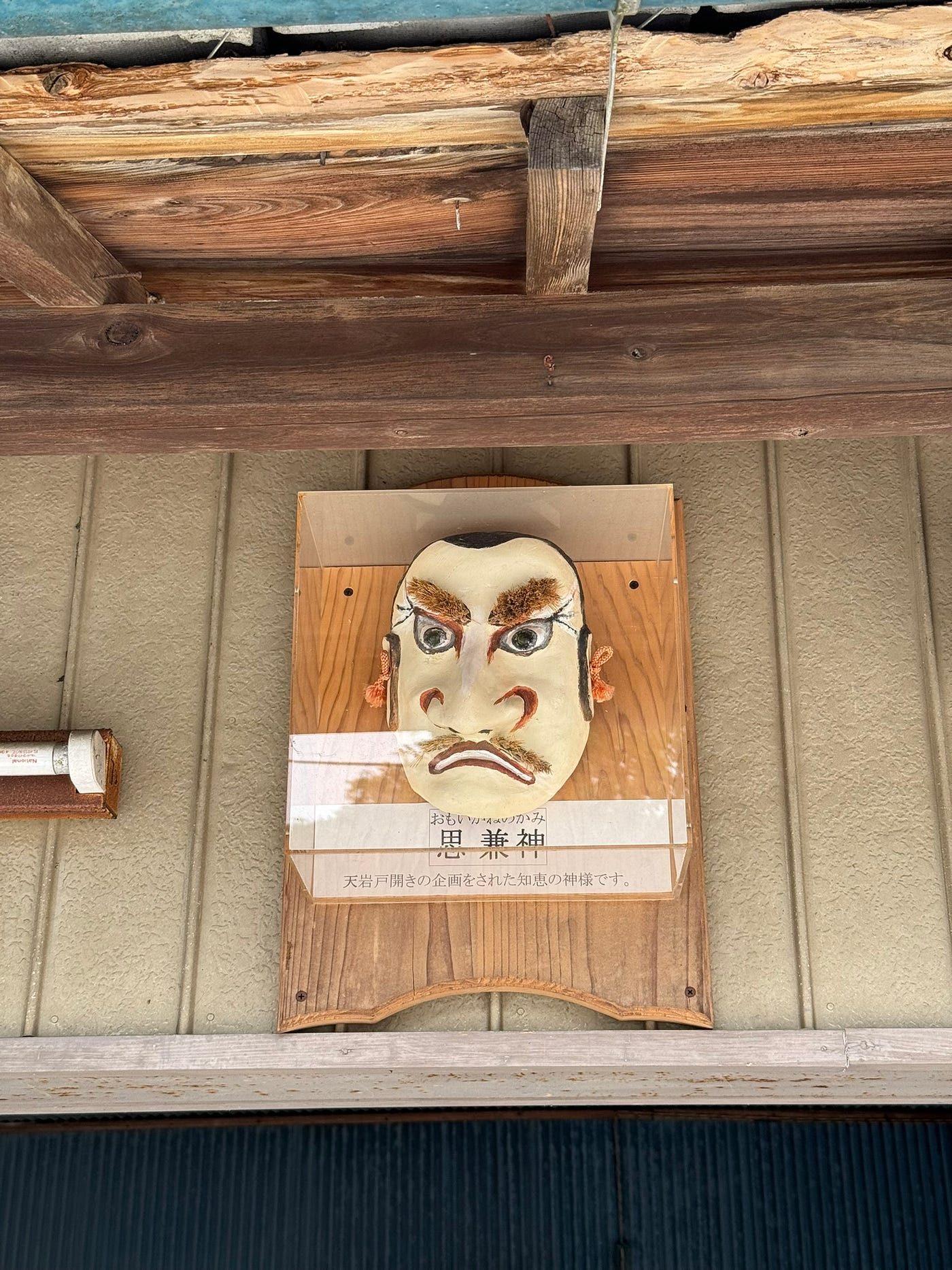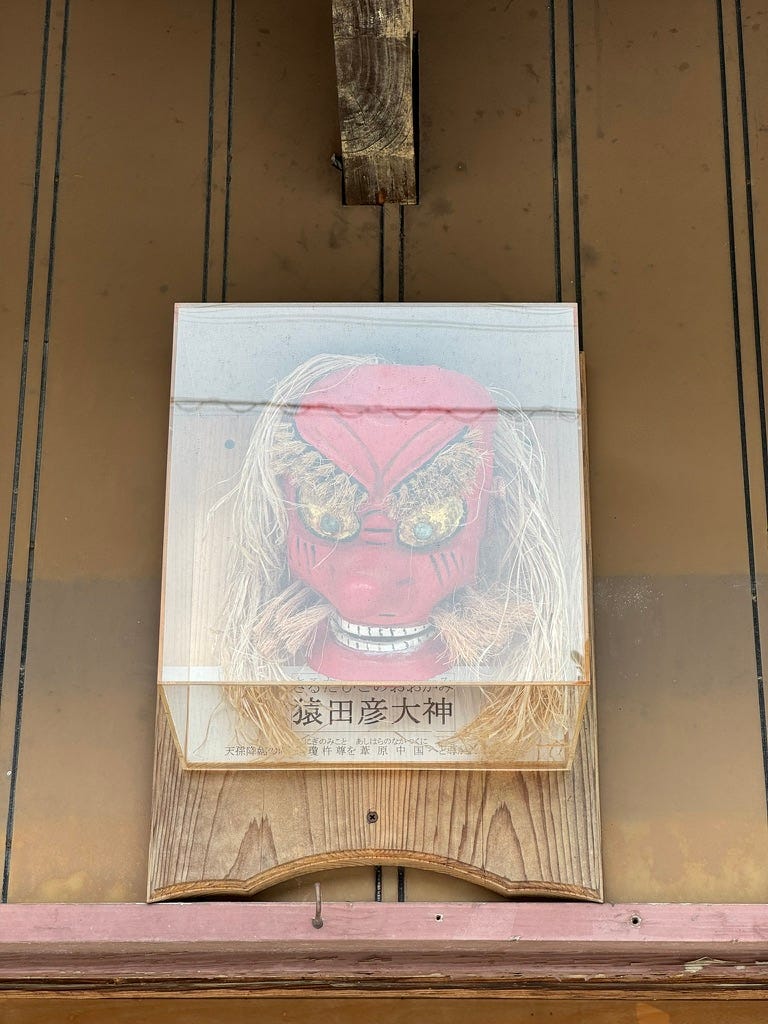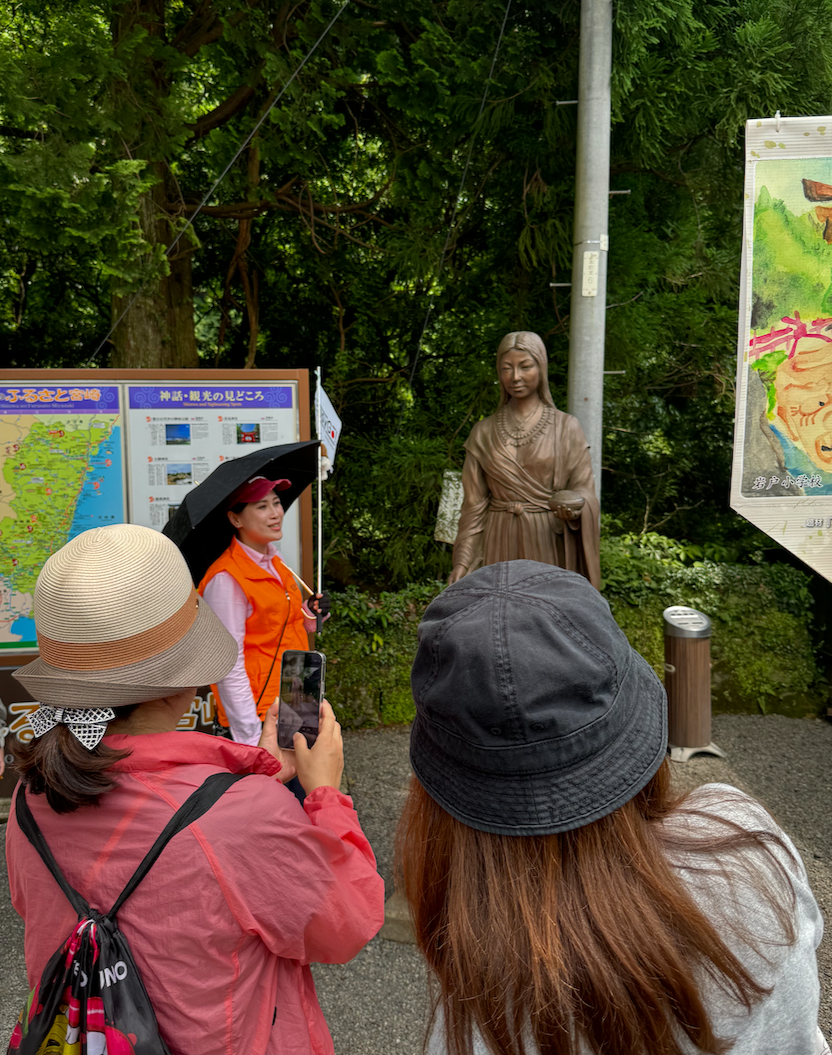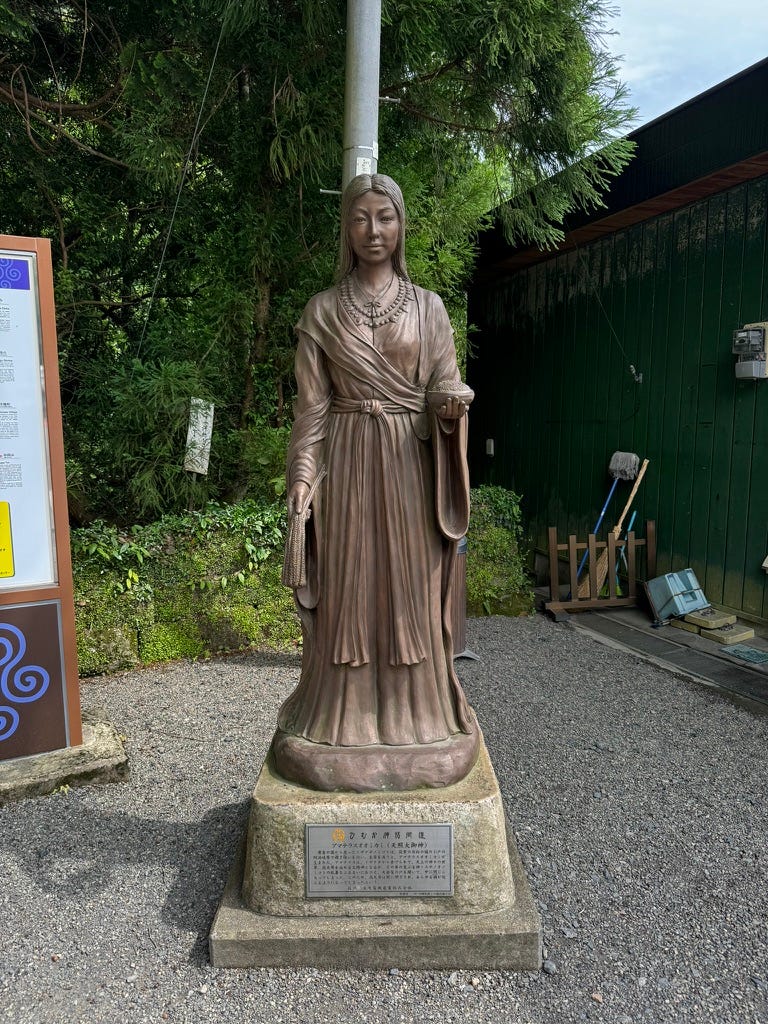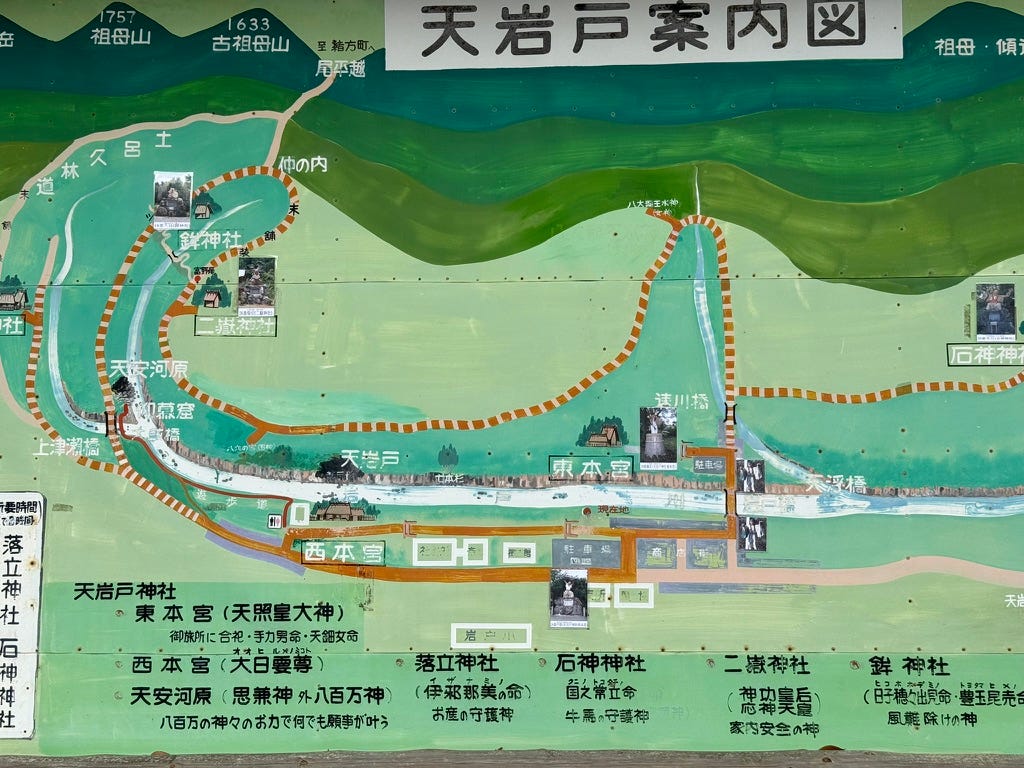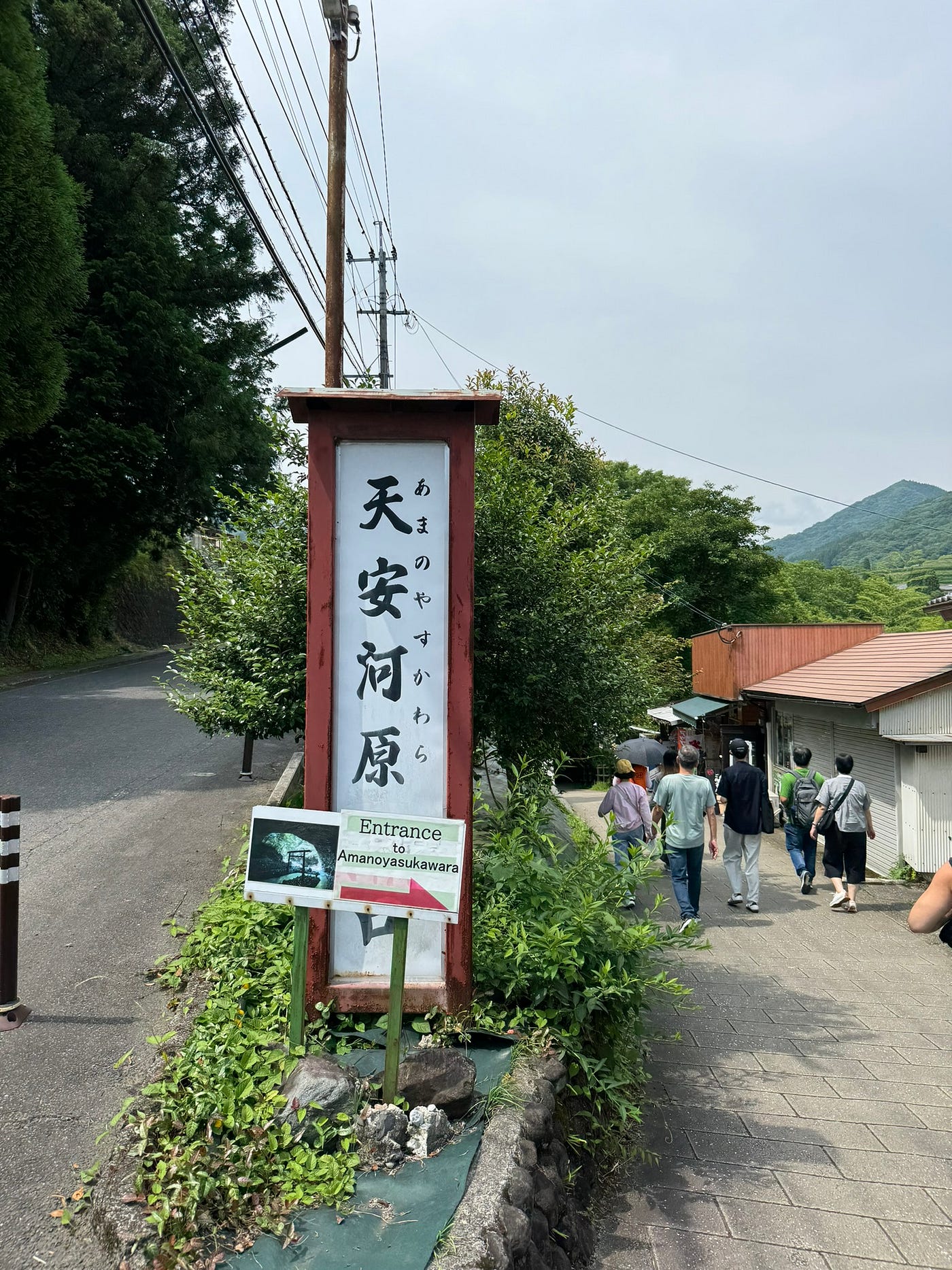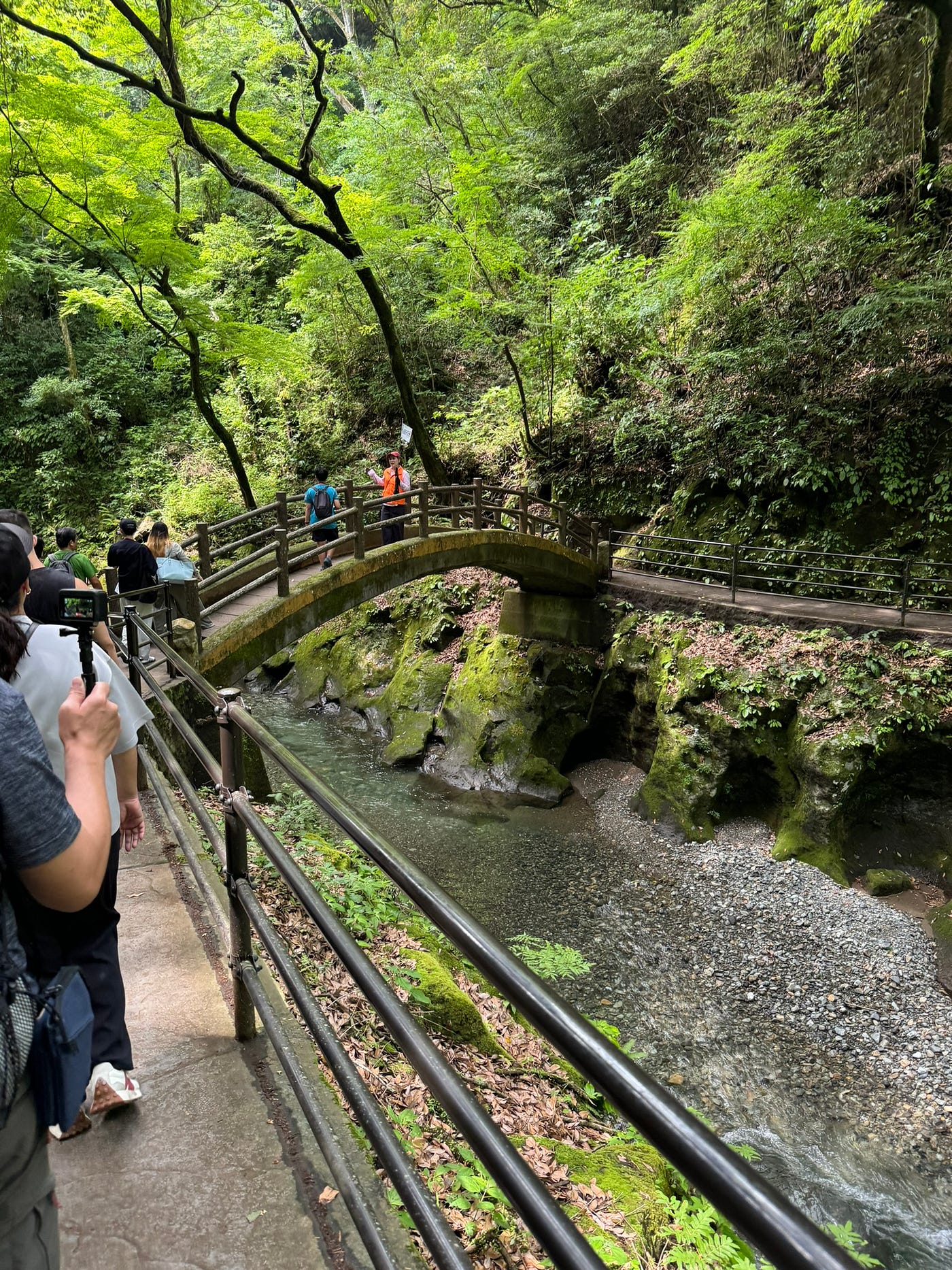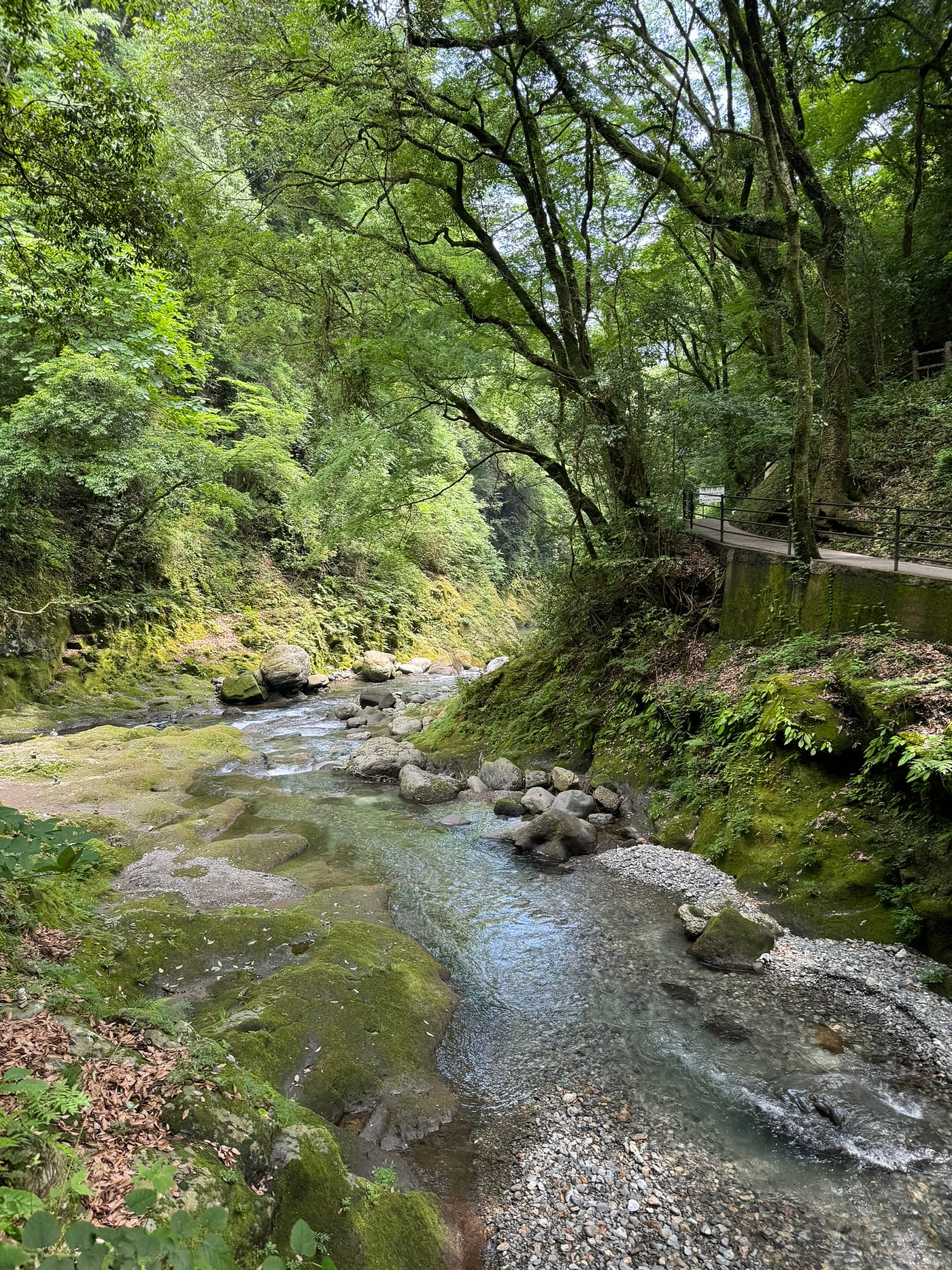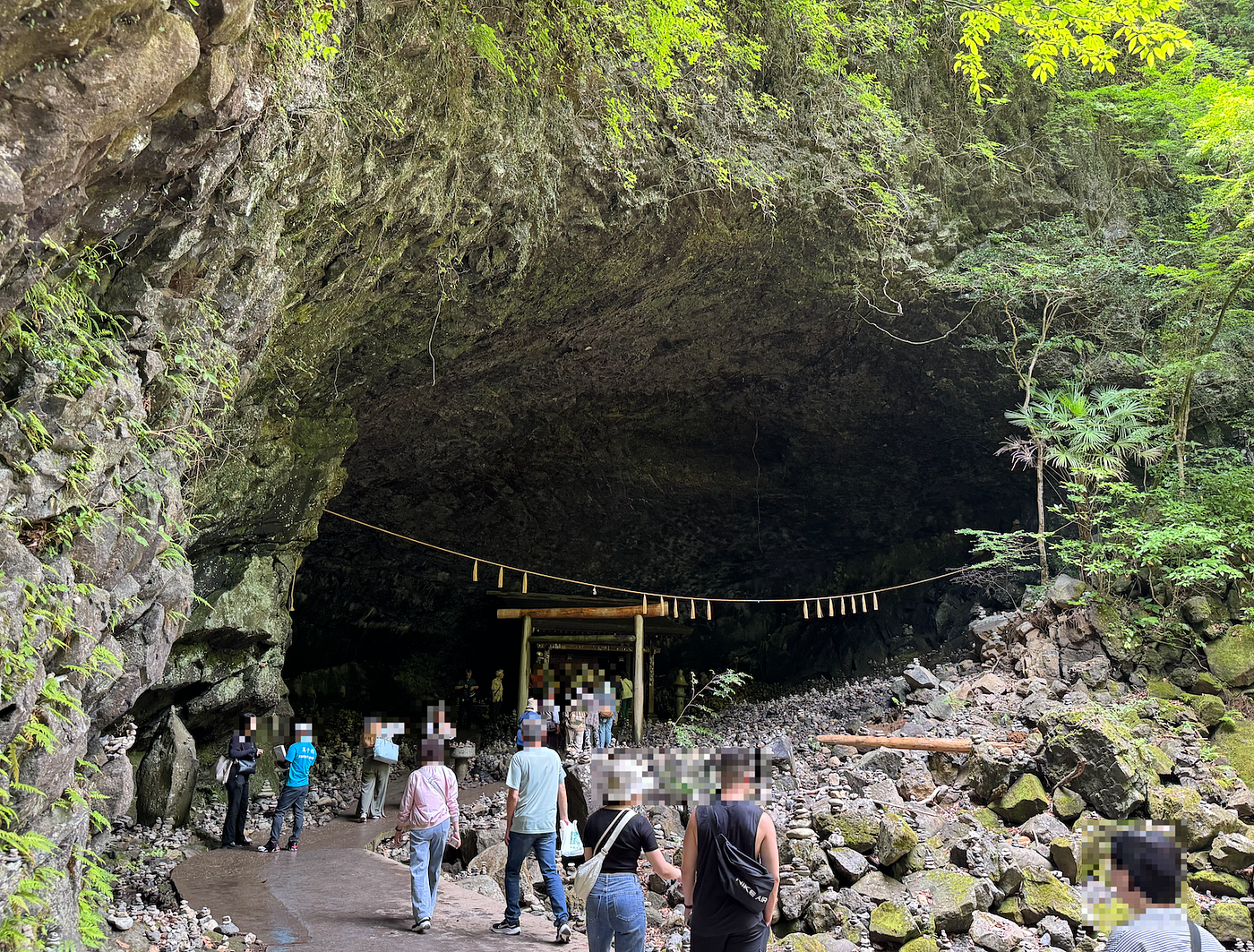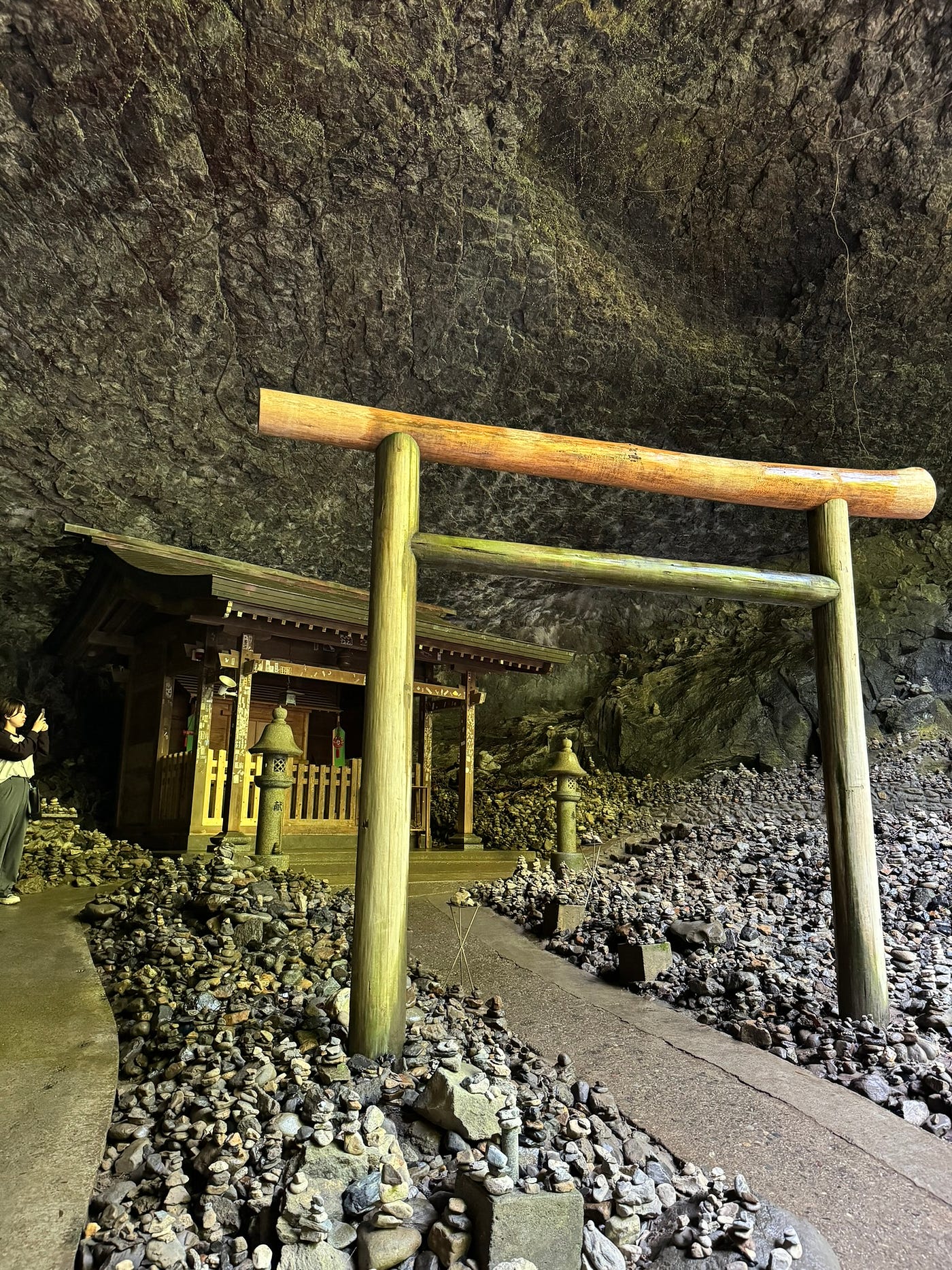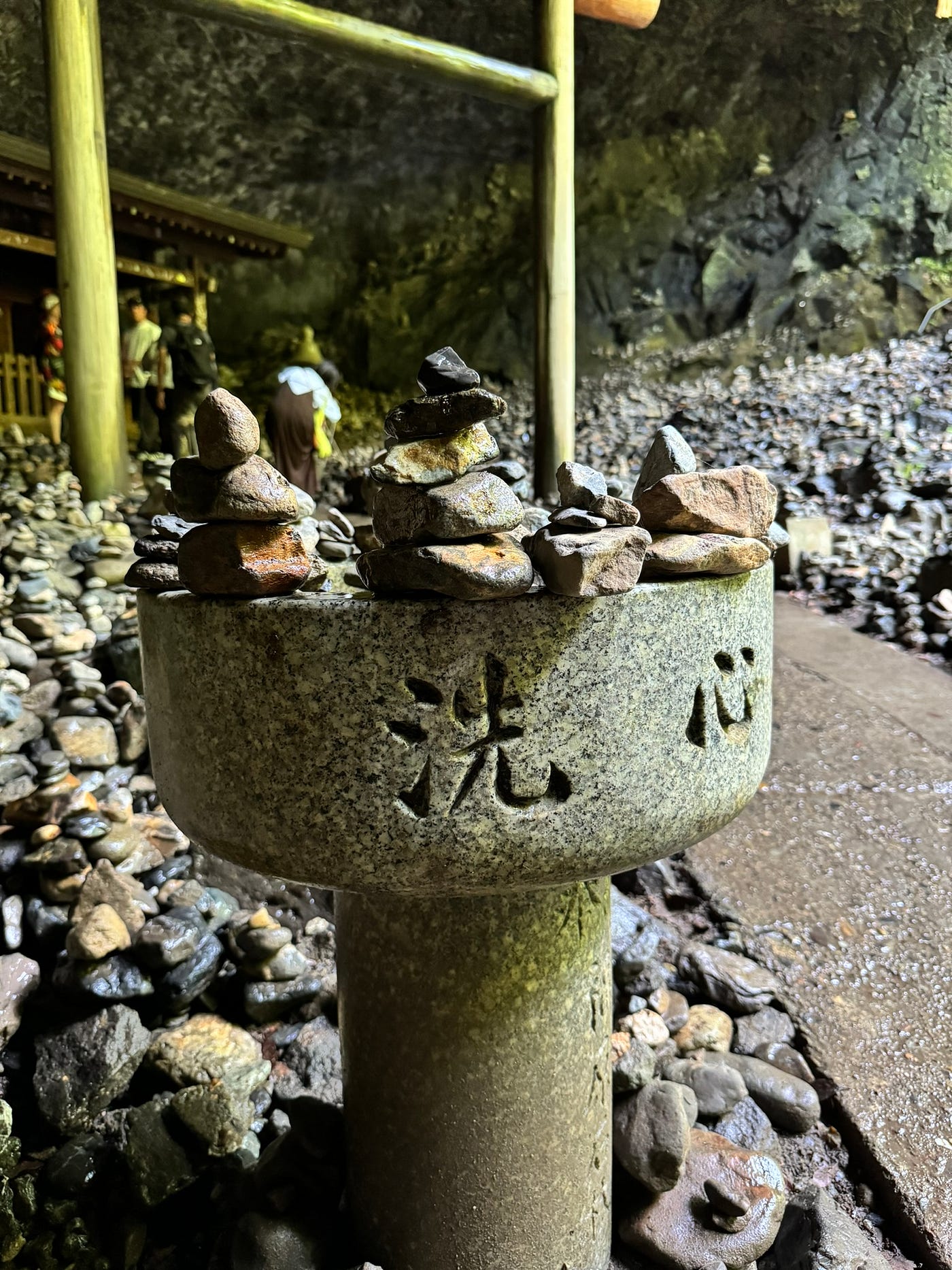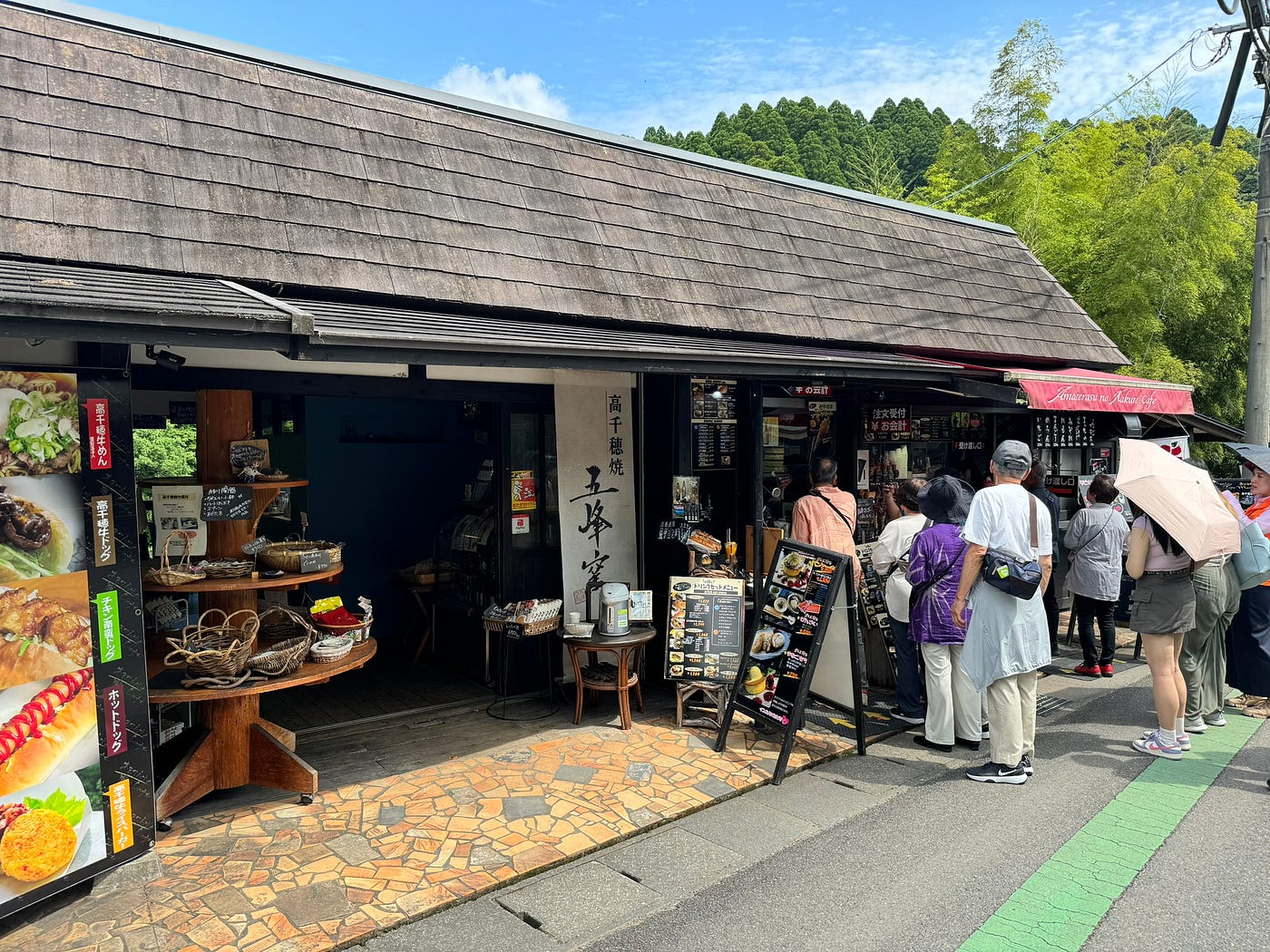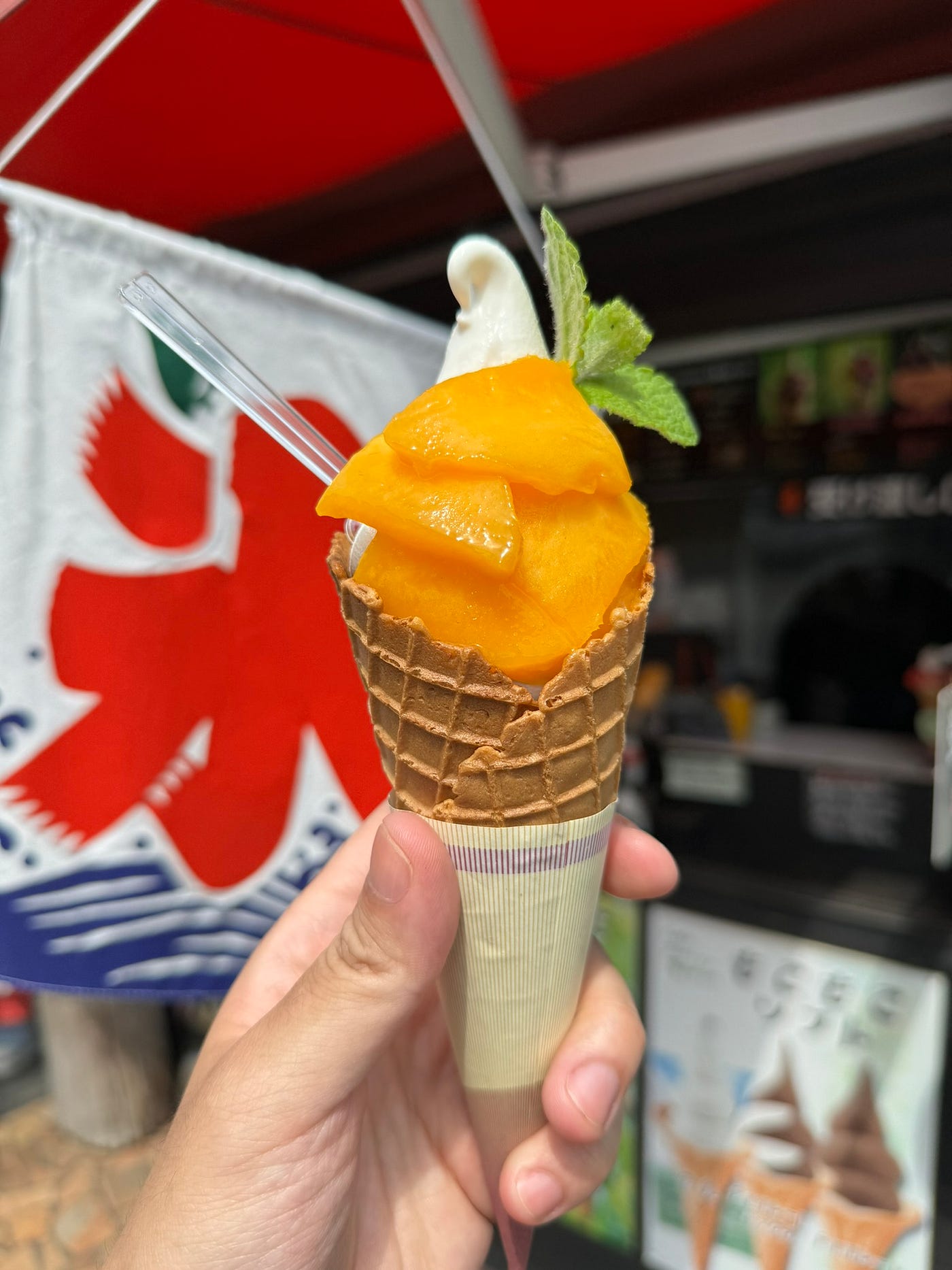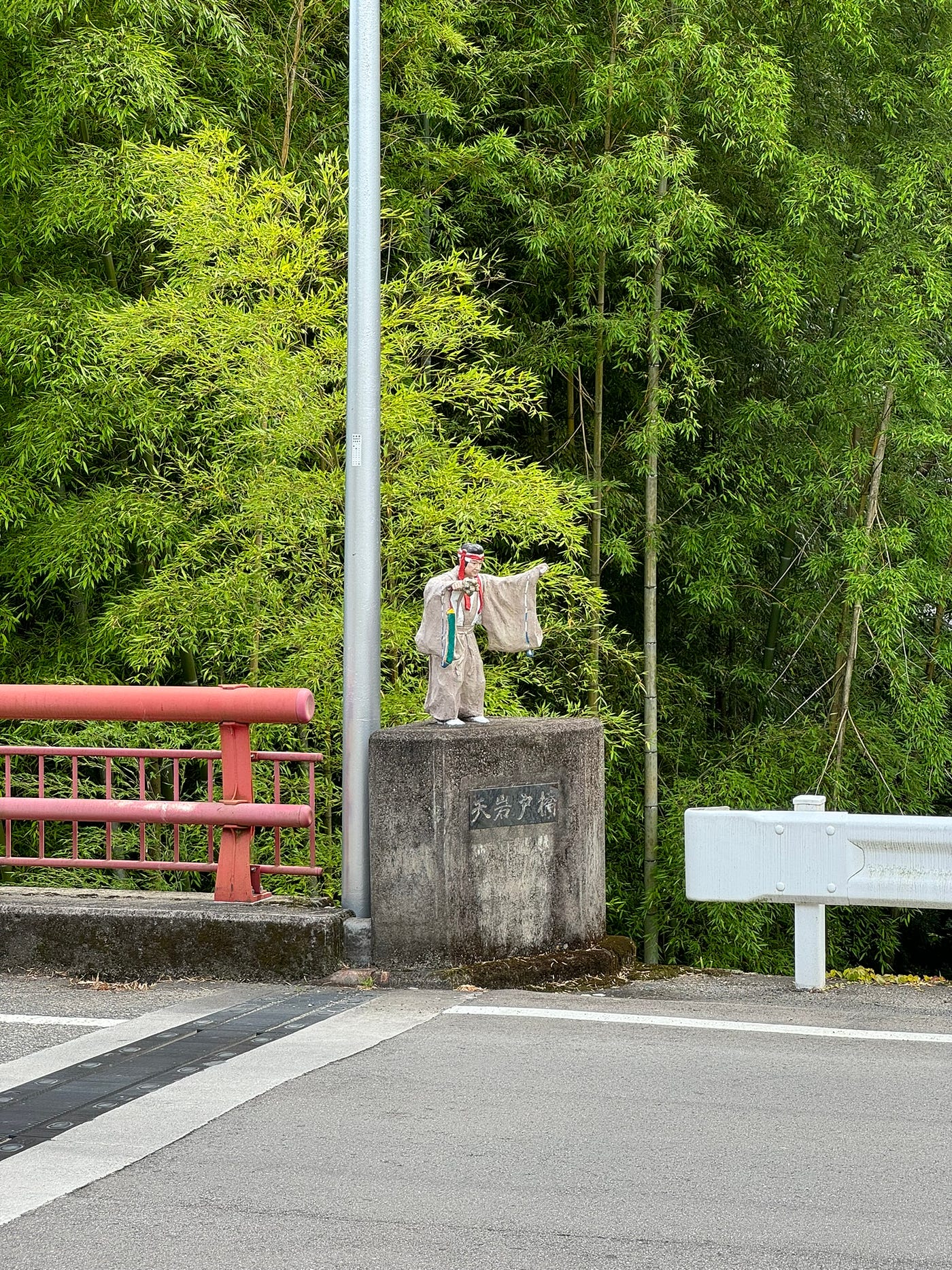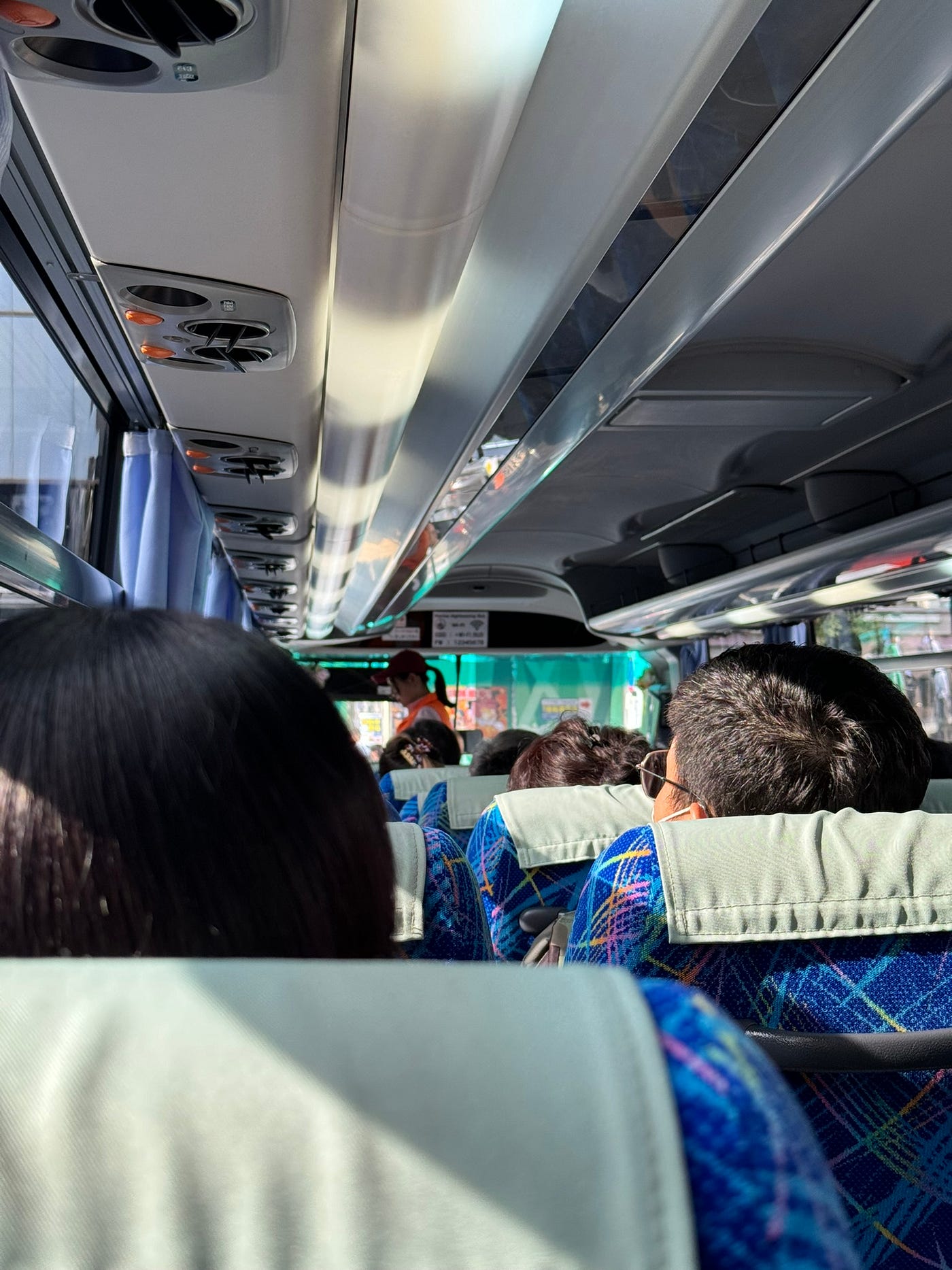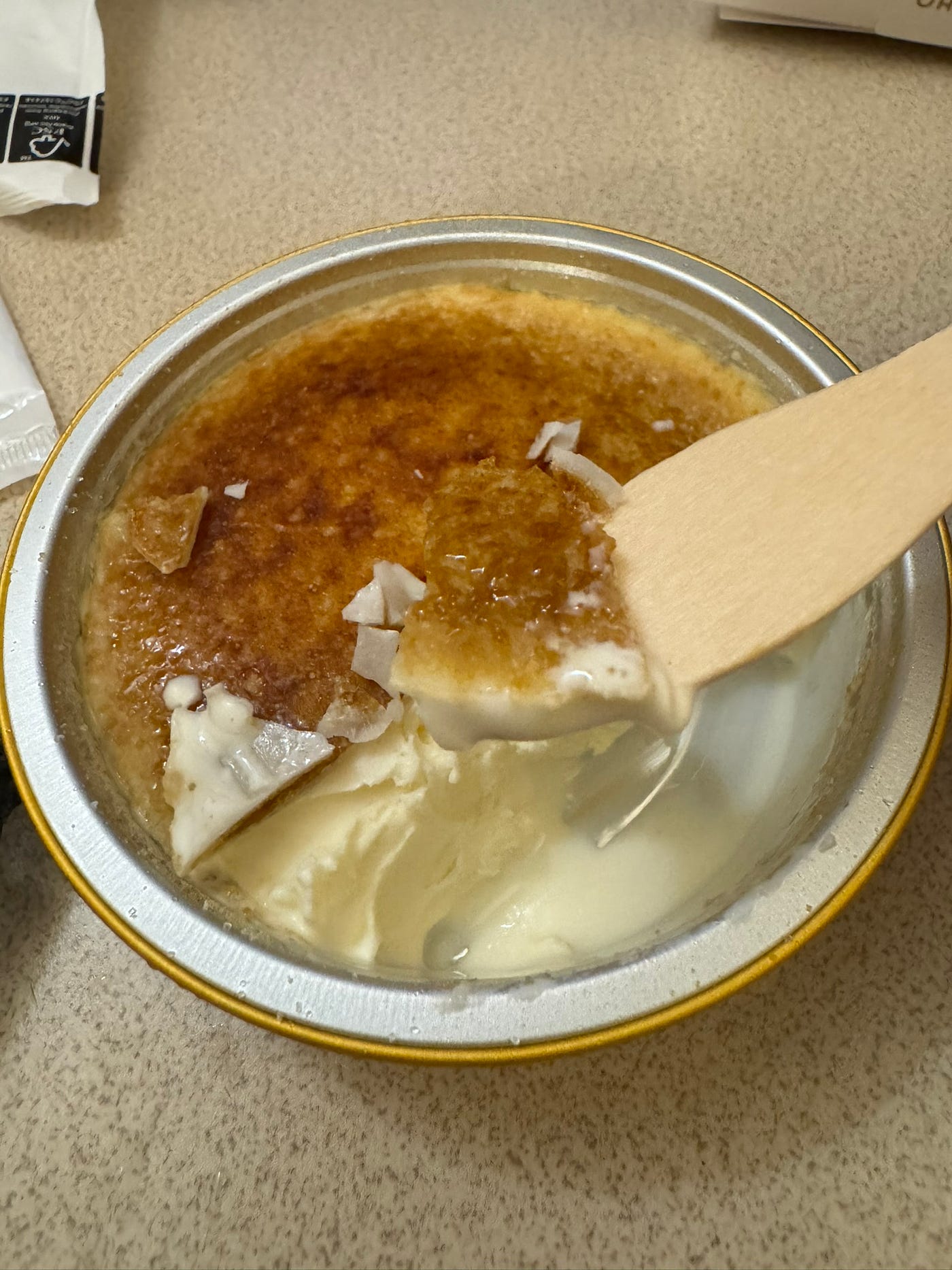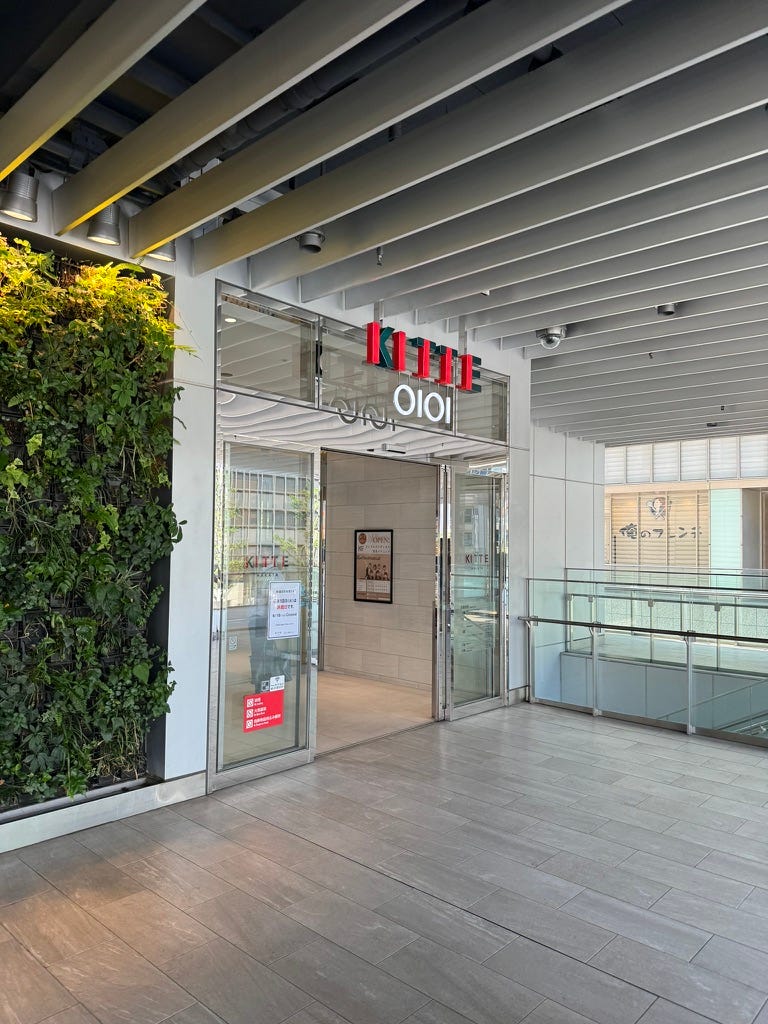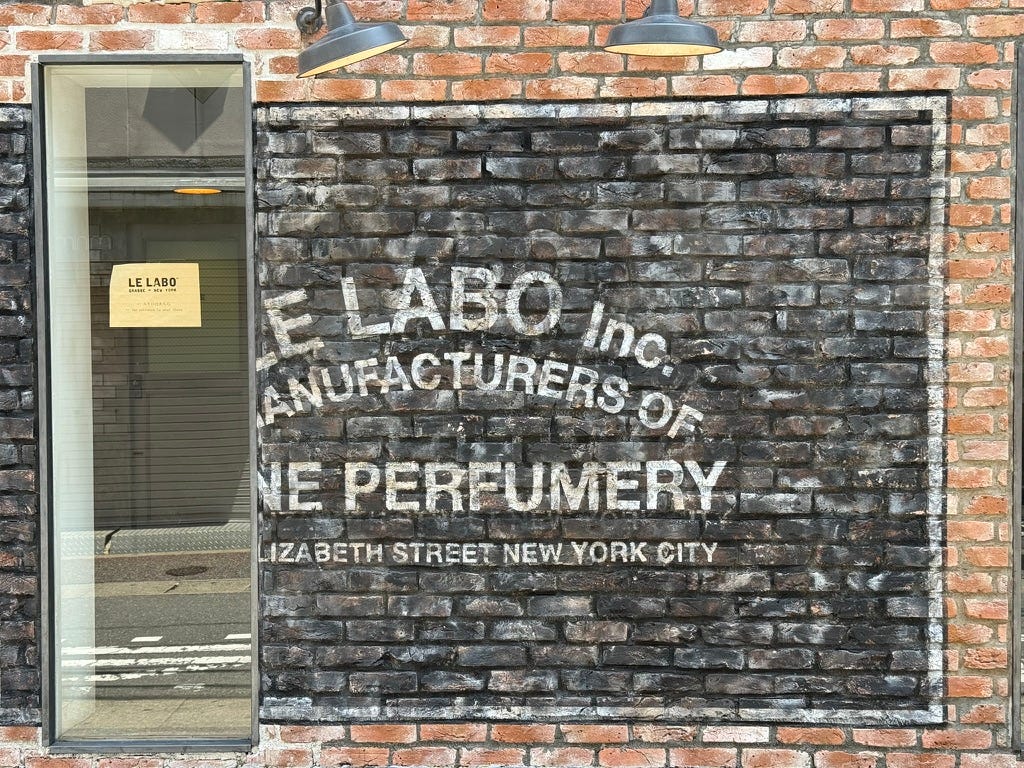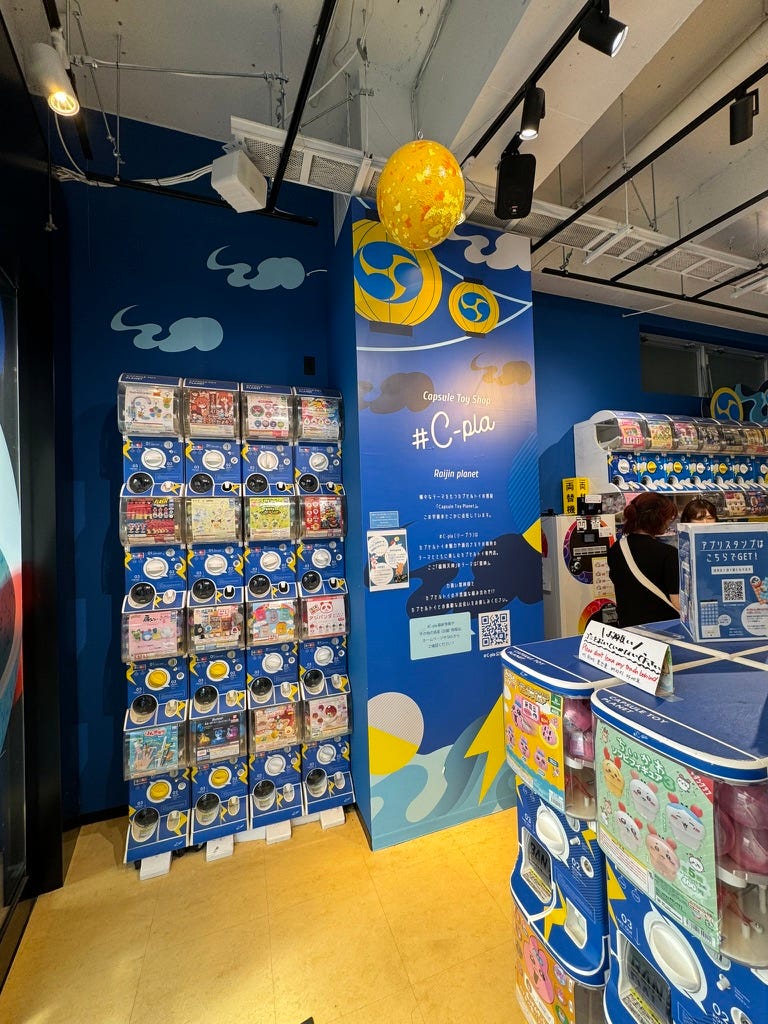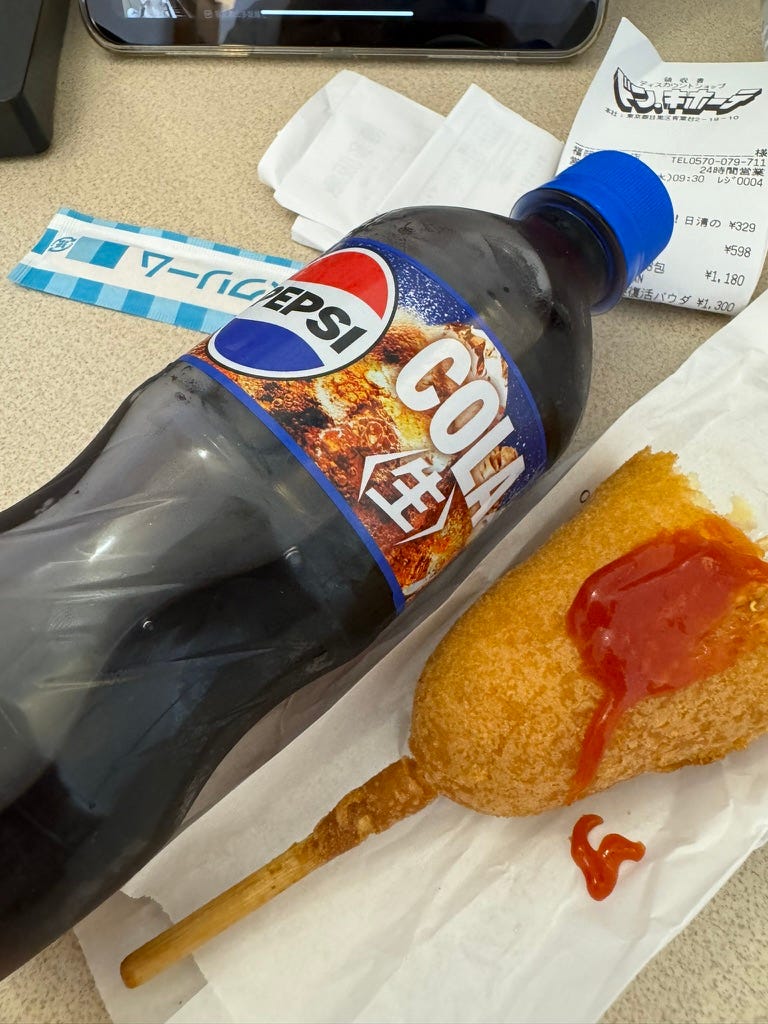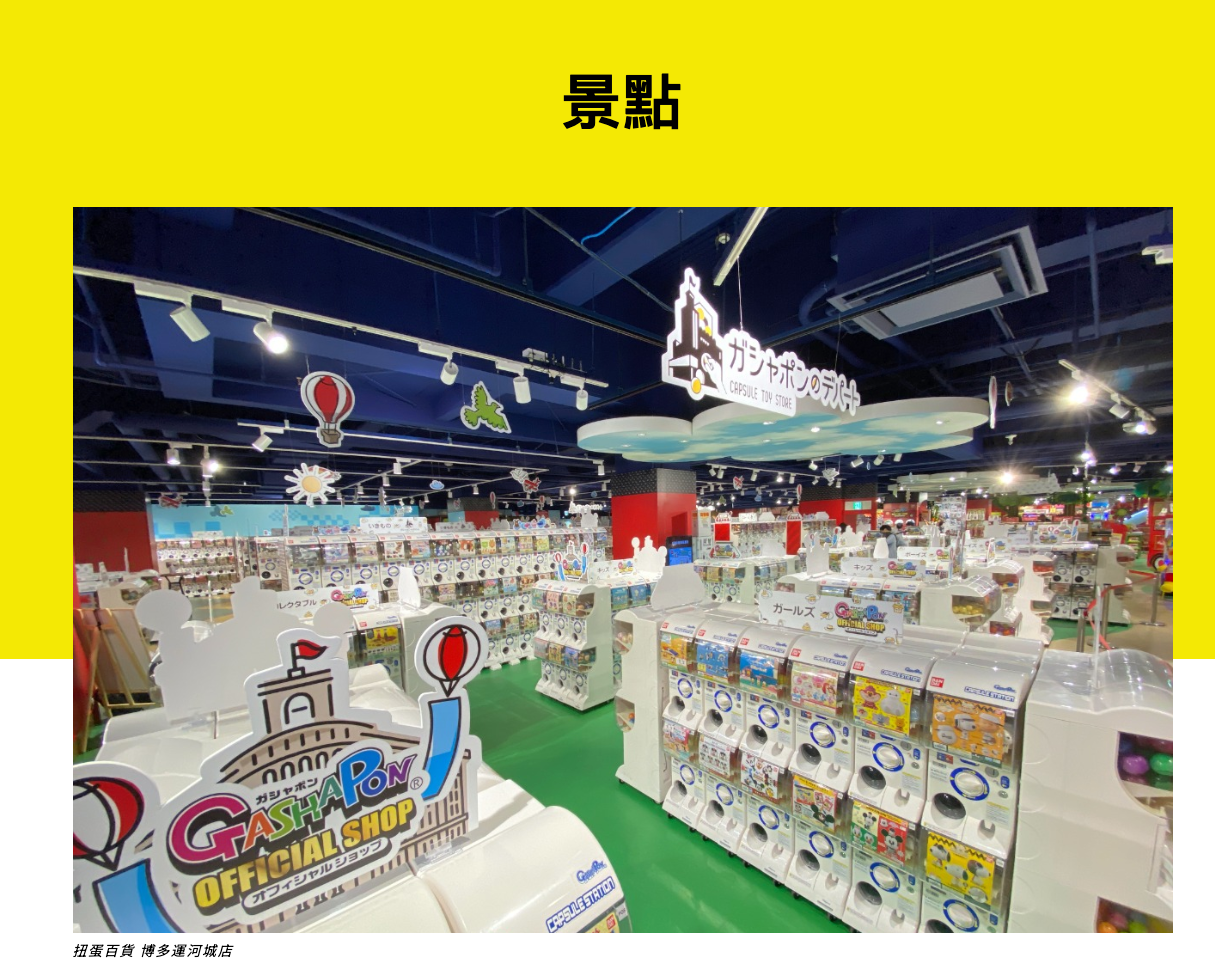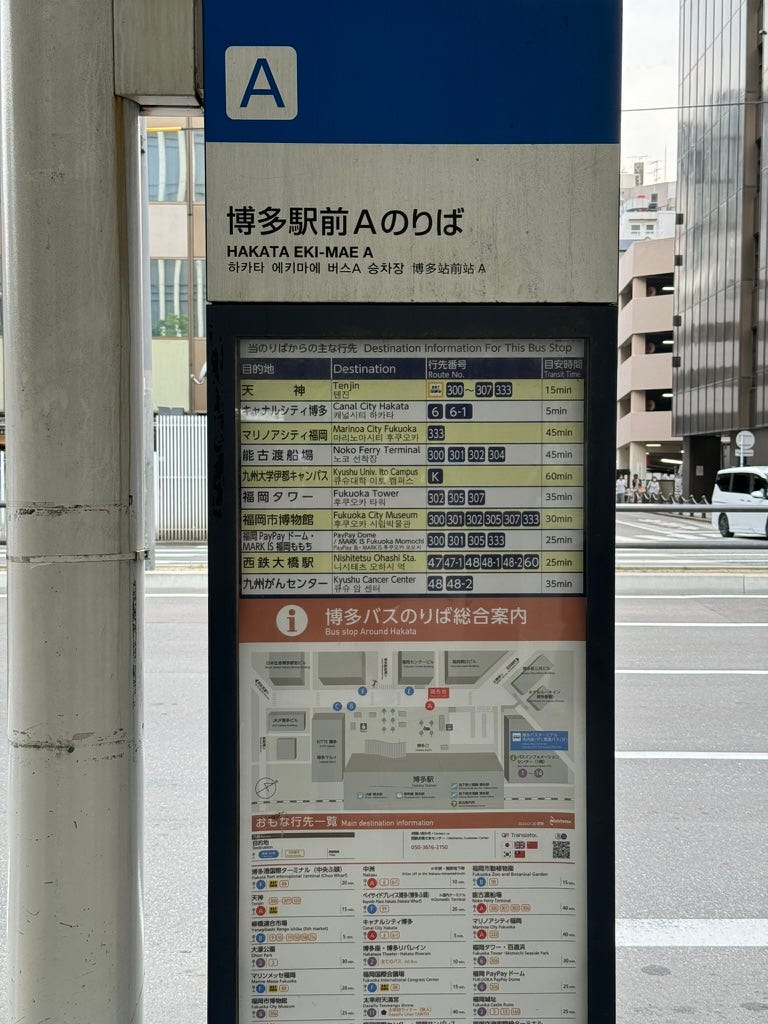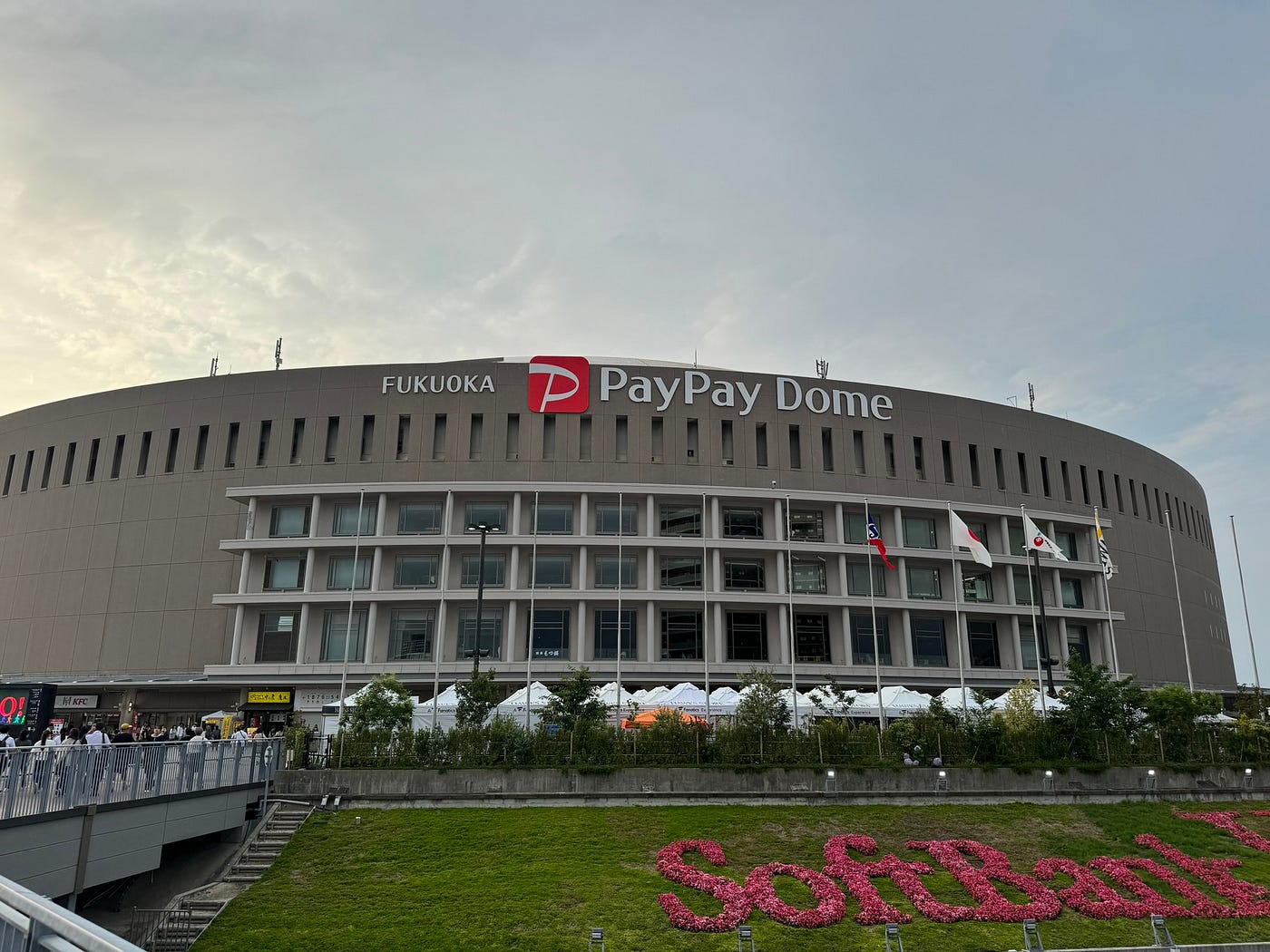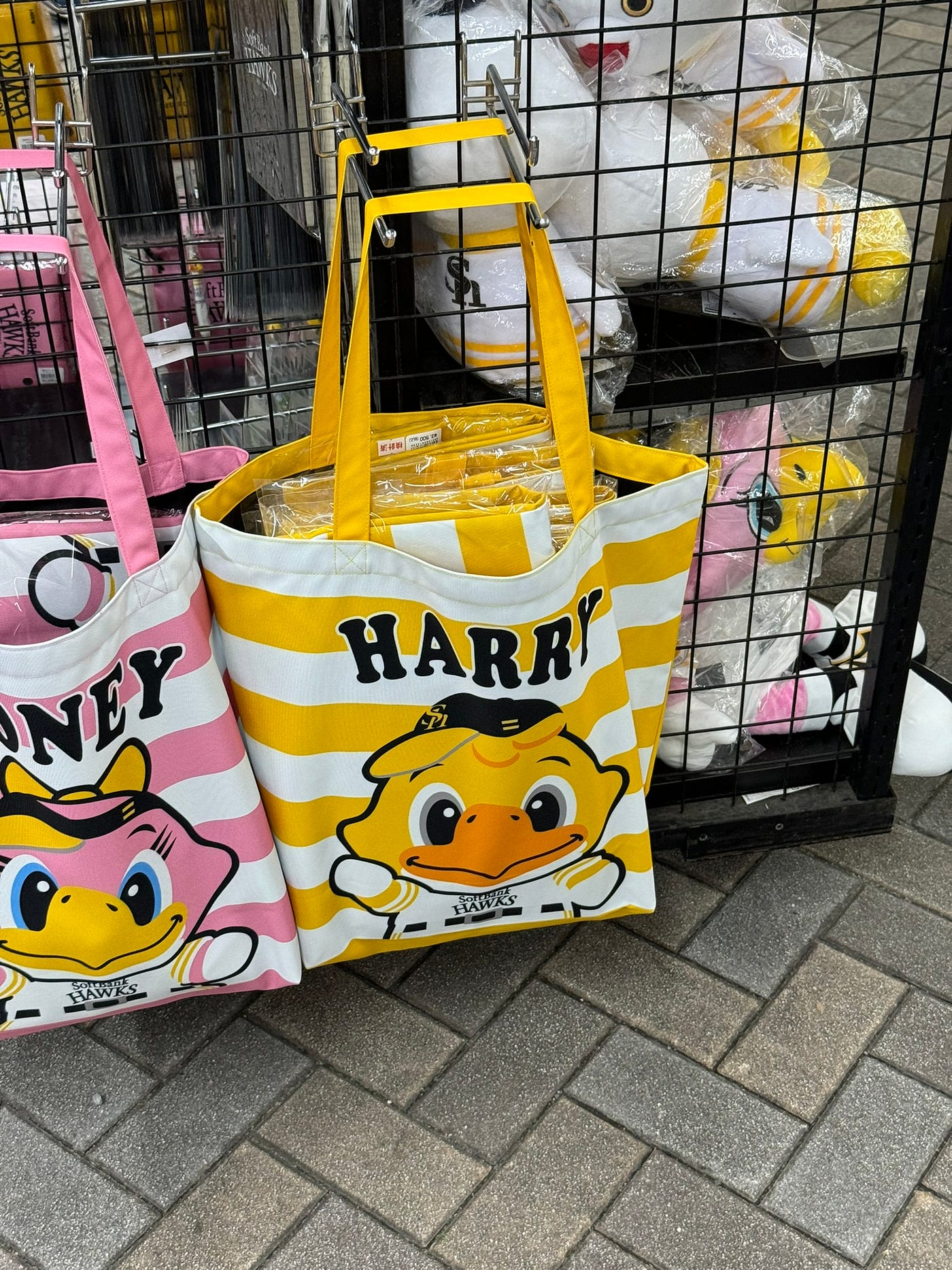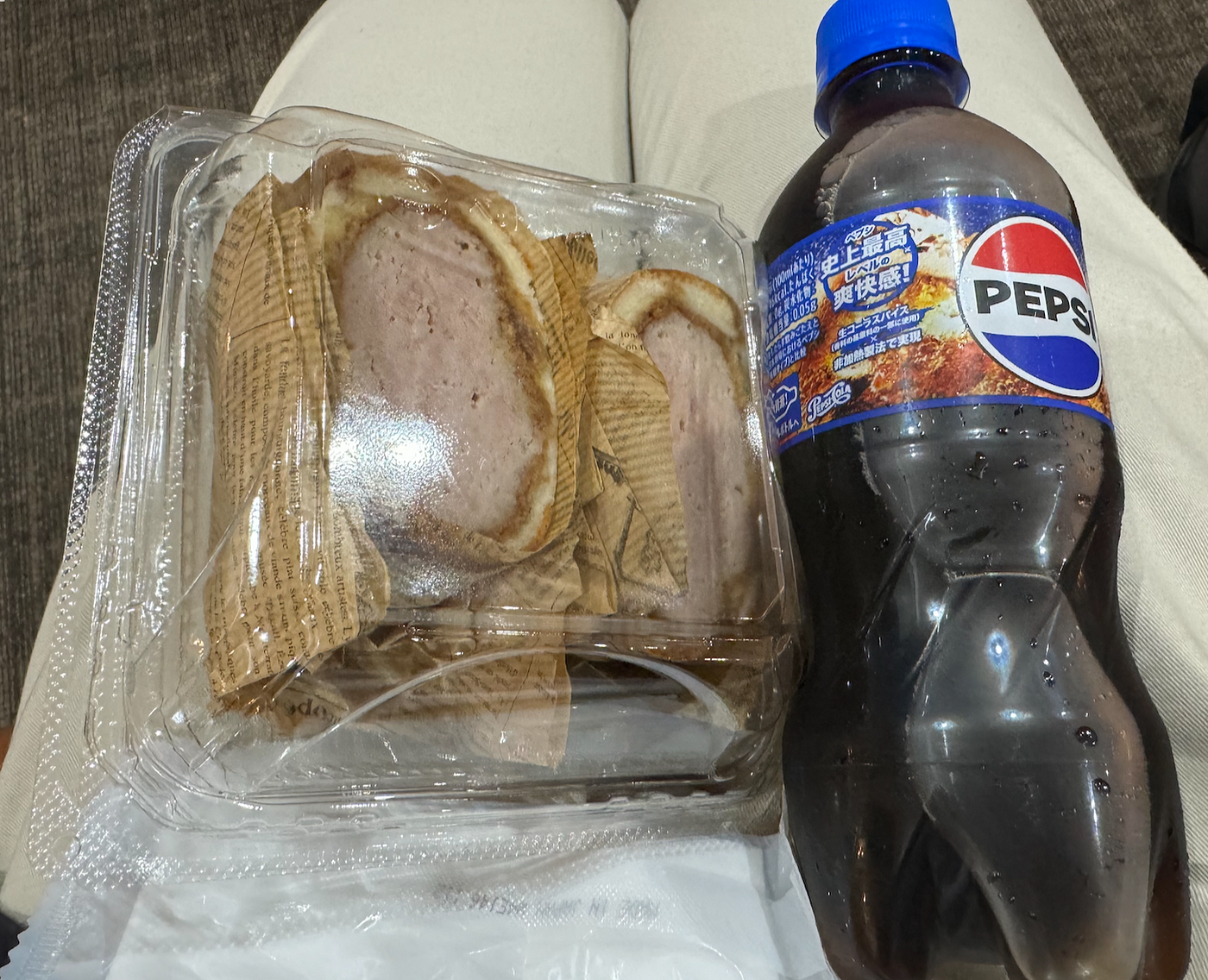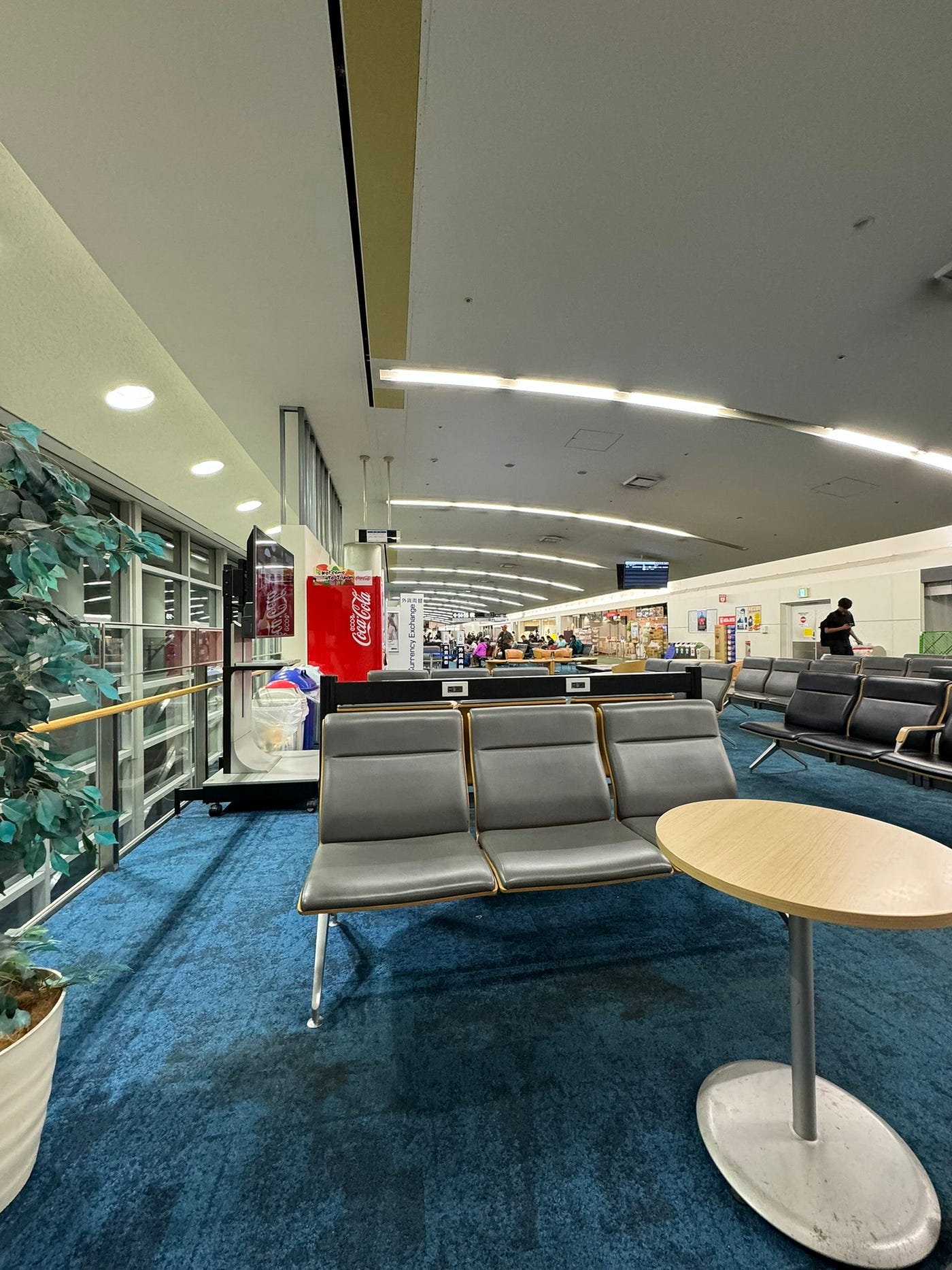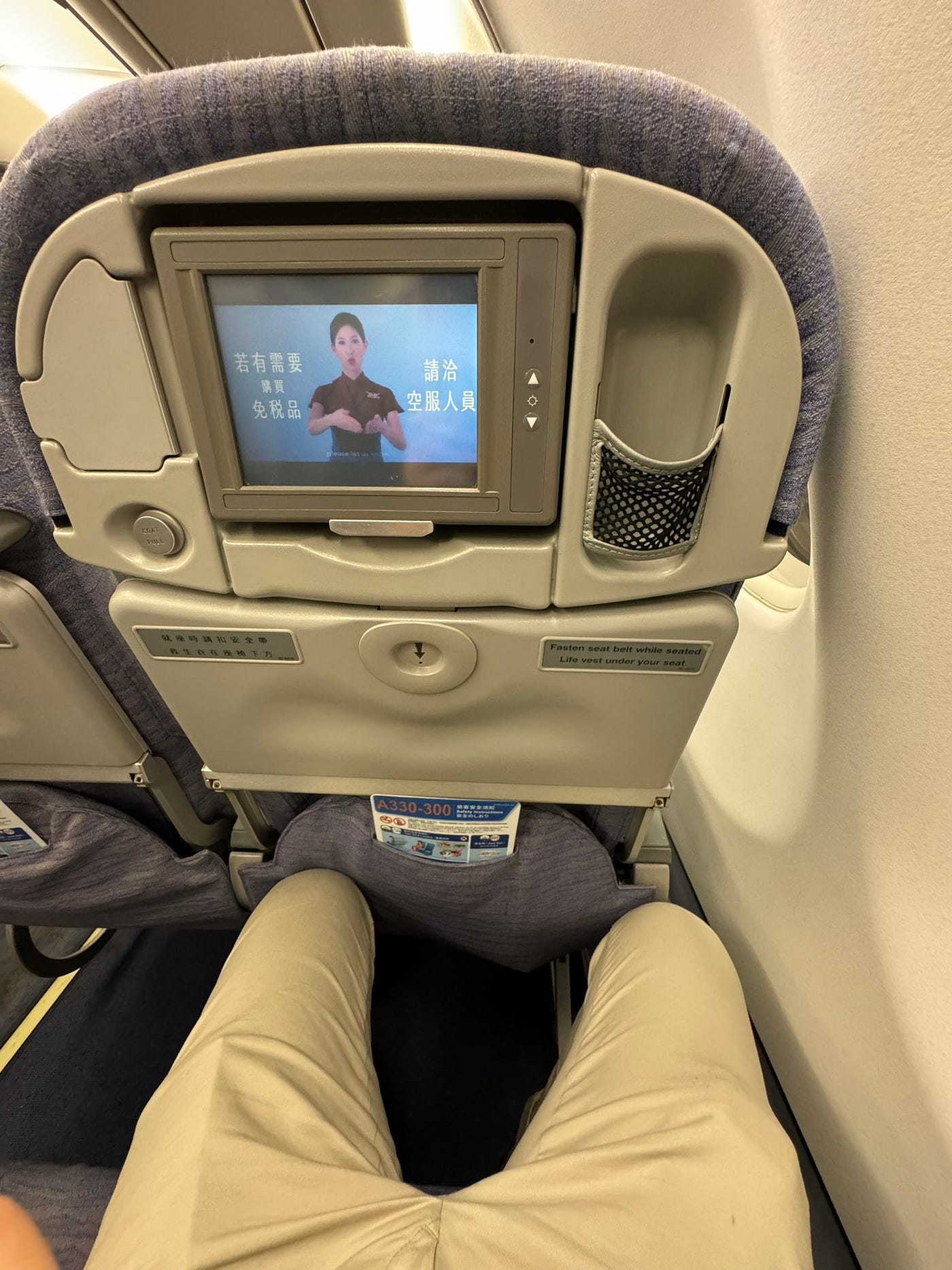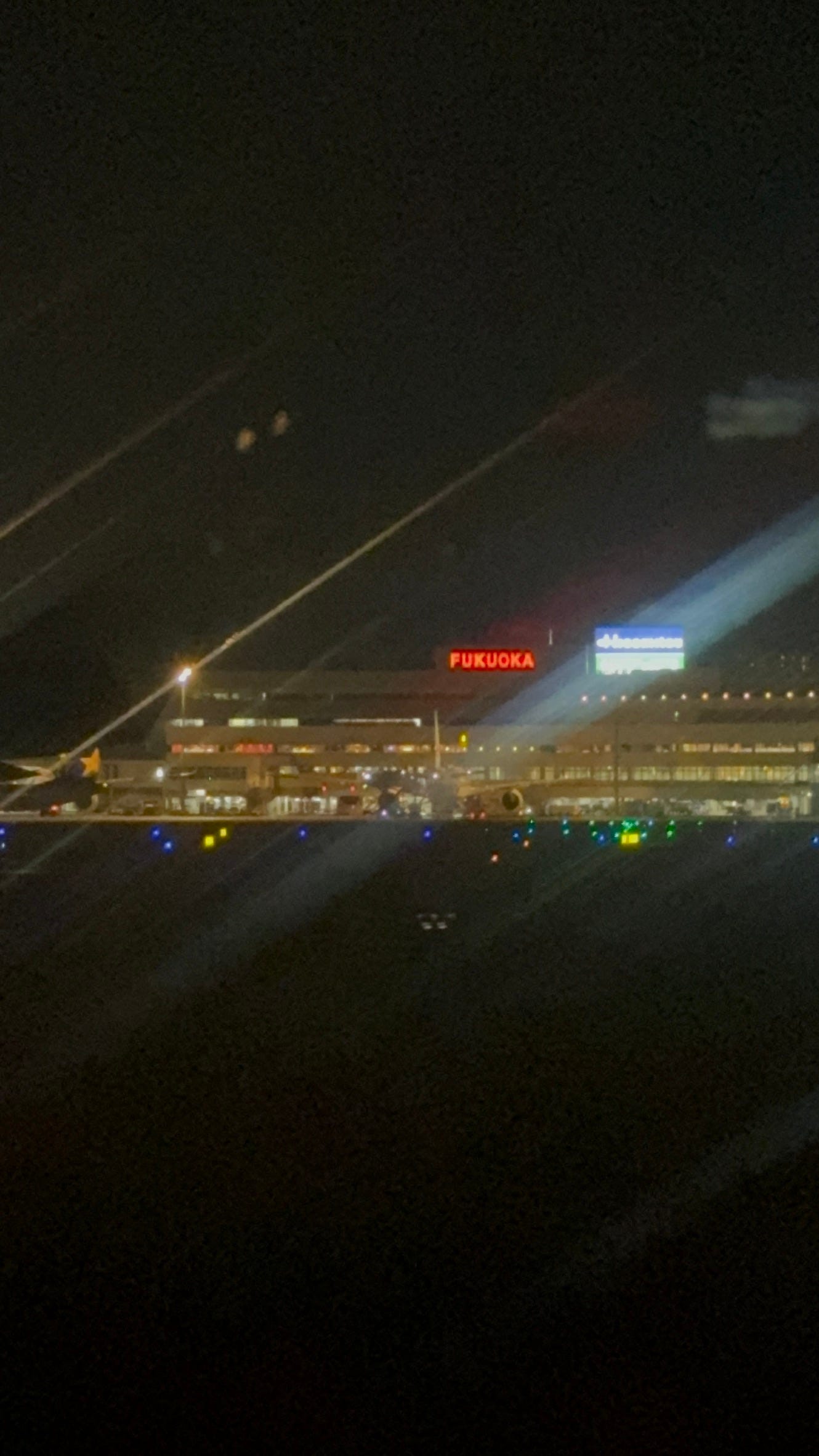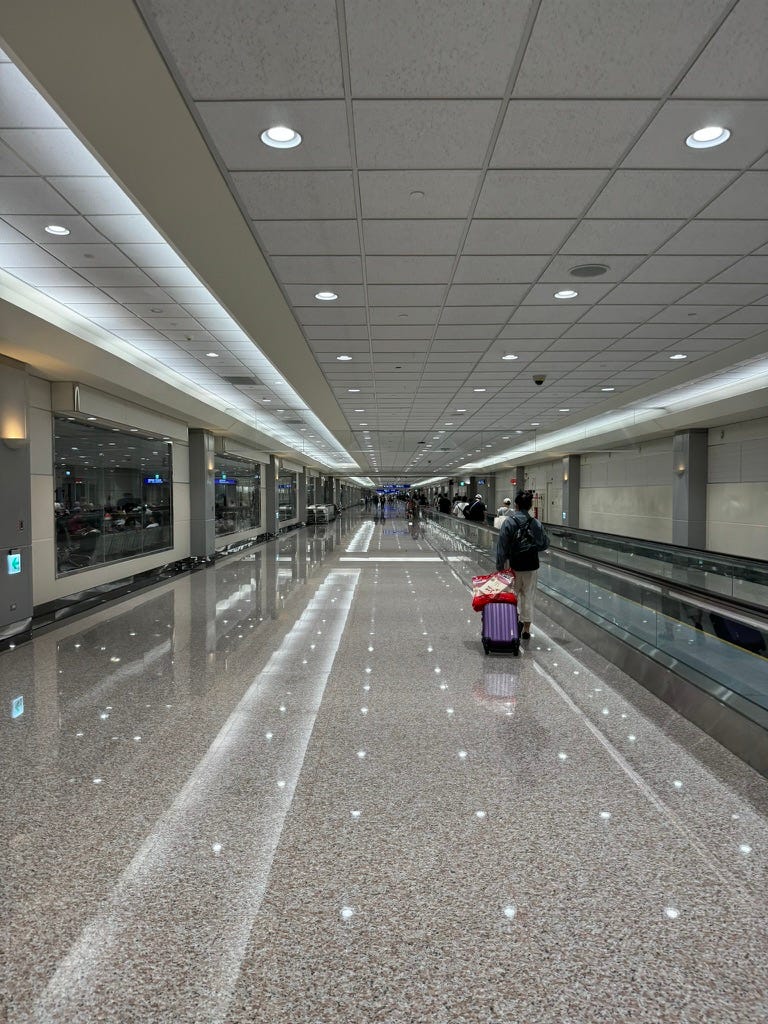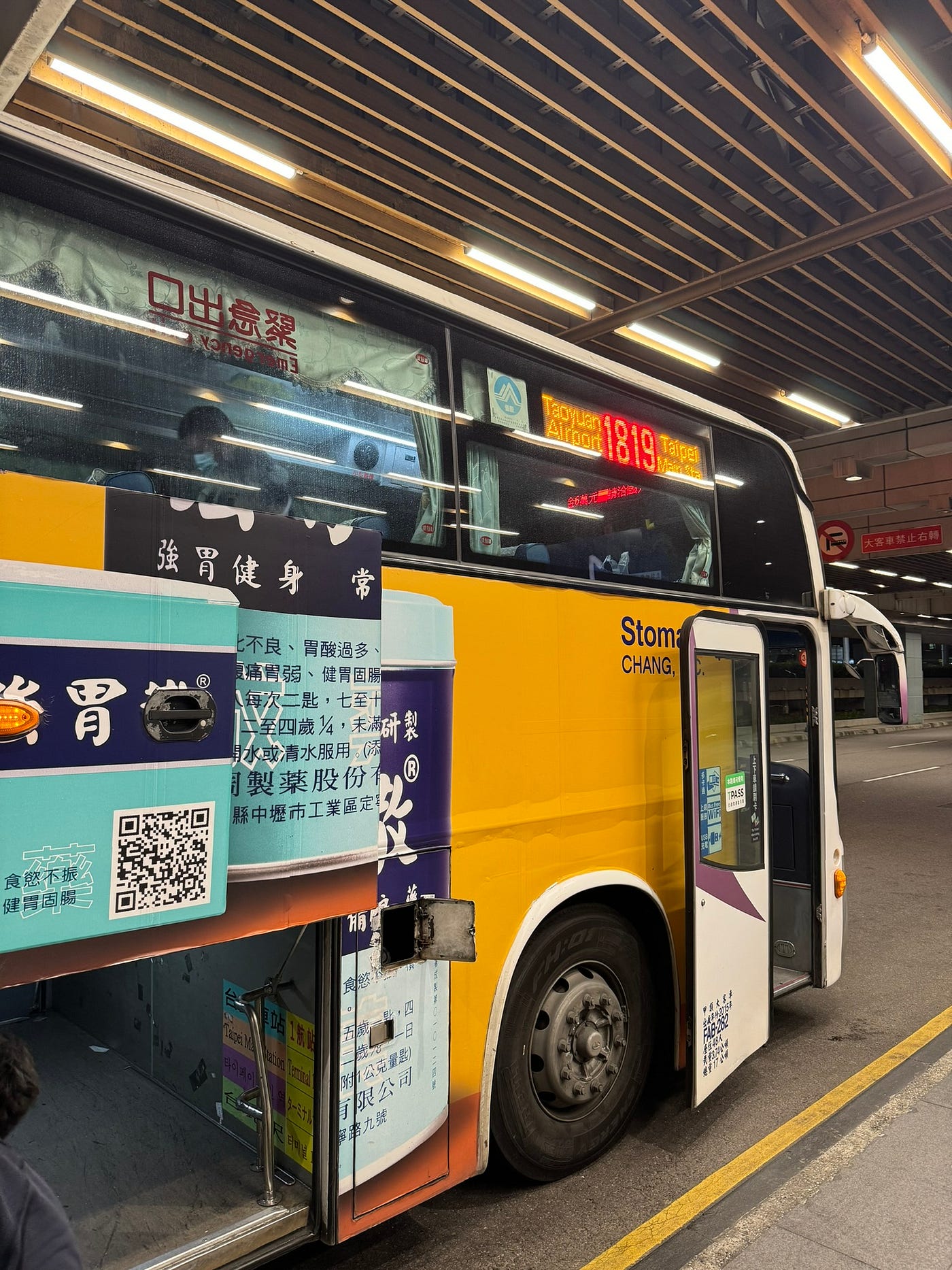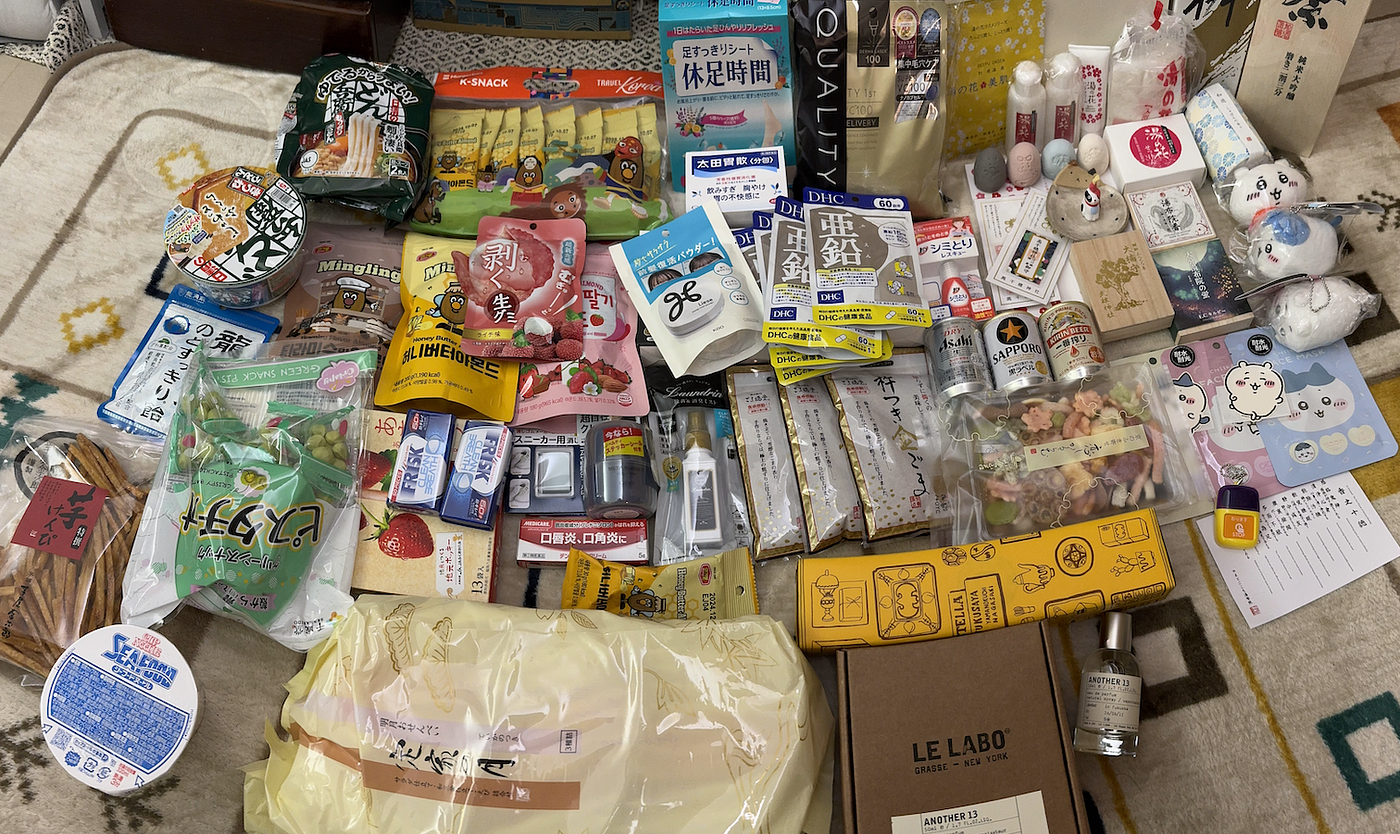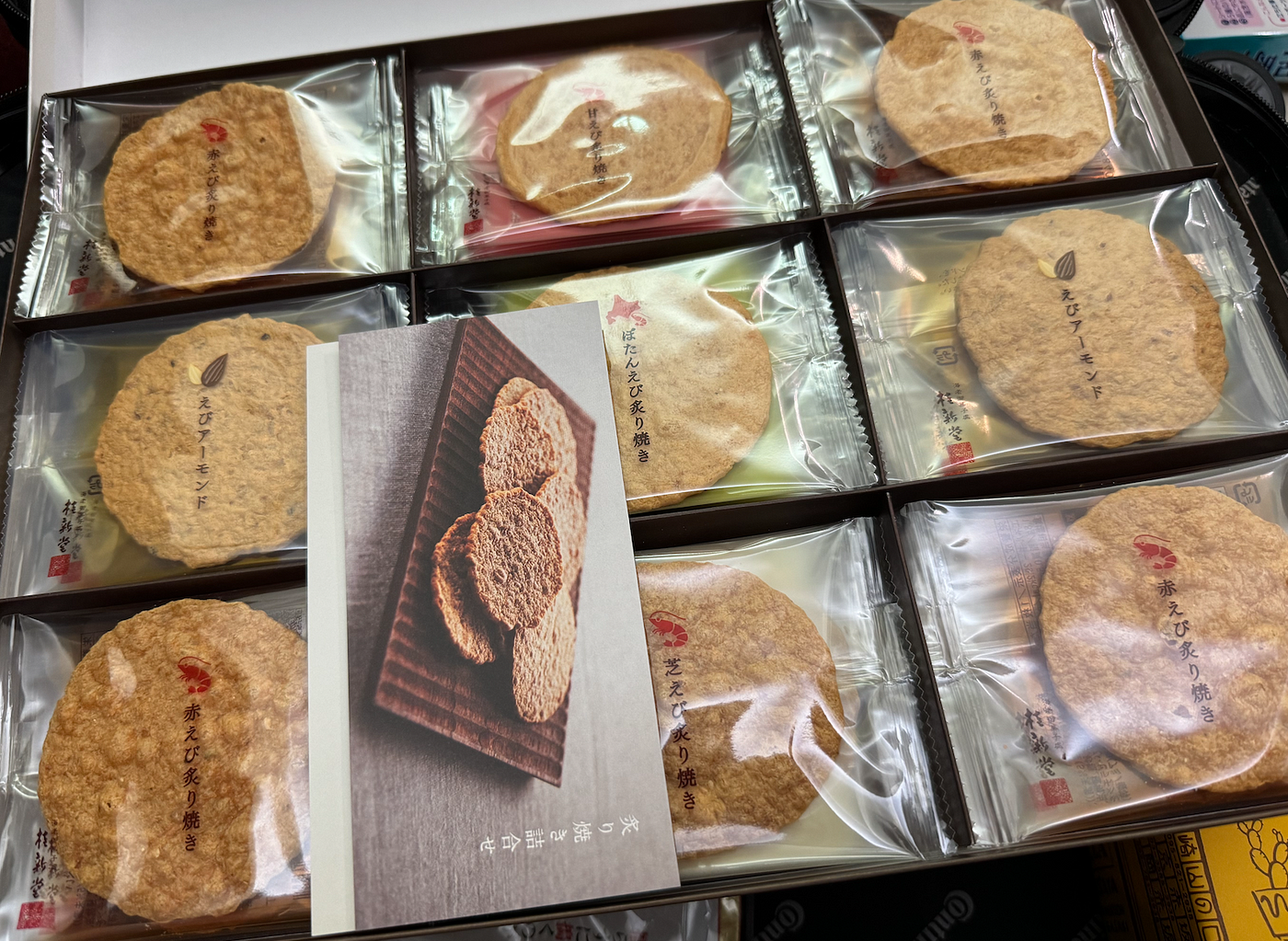⚠️⚠️⚠️ This site is deprecated. Click here to visit the new site and content. ⚠️⚠️⚠️
[Travelogue] 2024 Second Visit to Kyushu 9-Day Free and Easy Trip, Entering Japan via Busan→Fukuoka Cruise
Boarding the Shin Arashiyama Camellia Cruise from Busan, South Korea to Fukuoka, Japan, visiting Yufuin, Oita, Fukuoka, Shimonoseki, Ijima, and Sasebo; a total of 11 days
Background
Taking advantage of the brief period between the end of a phase of work tasks and the start of a new job to take a short breather in Japan; resigned on 5/30, departed on 6/3, returned on 6/13, new job started on 6/24, timing worked out perfectly, as it was only during the job transition gap that I could take a relatively longer time off (a total of 11 days); this was a solo trip in disguise, teaming up with James Lin (Ex-Binance Android Developer, any job opportunities are welcome to be referred to him) who I traveled with last year to Tokyo; this is my second visit to Kyushu, having visited Fukuoka, Kumamoto, and Nagasaki’s must-see attractions last September; this time mainly covering the places I didn’t get to visit last time; so the itinerary will be different from James’, going separate ways.
**The following are the places visited last time that may not be revisited this time. For those interested in learning more about Kyushu, please refer to my previous travelogue “2023 Kyushu 10-Day Solo Trip”:
- Fukuoka: Moji Port, Kokura Castle, Kushida Shrine, Sumiyoshi Shrine, Nakasu Yatai, Fukuoka Tower, Pay Pay Dome, Tenjin Shopping Street, Hakata Canal City, Lalaport, Yanagawa River Cruise, Dazaifu
- Nagasaki: Chinatown, Glover Garden, Inasayama Night View, Atomic Bomb Museum, Peace Park
- Kumamoto: Kumamoto Castle, Mount Aso, Aso Shrine, Suizenji Jojuen Garden, Tsuruya Department Store, Kamitori Shopping Street, Shimotori Shopping Street, Kato Shrine, Sakuramachi Department Store, Kumamon Square (Chief’s Office)**
For more information, please refer to “2023 Kyushu 10-Day Solo Trip”.
Lessons Learned from This Trip
Summarizing the lessons learned from this trip at the beginning, “Traveling freely is a continuous payment of tuition fees (time or money) for learning, the more experience you gain, the fewer pitfalls you will encounter”.
- At small JR stations without any electronic signs, check the platform announcement board for train arrival times. ⚠️
- At some JR stations without station masters, to alight, you need to move to the first car (conductor also acts as station master, similar to alighting from a bus)
- JR limited express and regular tickets are separate, after purchasing a regular ticket, you need to additionally purchase a limited express ticket to board the limited express; boarding without it will require a fare adjustment. (No need to worry about this with a JR Pass, you can board without hassle)
- Almost 100% of the time, limited express trains will check tickets, if traveling in unreserved seats, the conductor will ask where you are heading for record-keeping
- When making an online reservation for JR Pass (requires credit card payment for seat reservation fee), when exchanging the JR Pass, you will need to present the same credit card for verification, so be sure to bring that card to Japan. ⚠️
- If booking the Shin Arashiyama Camellia Cruise too late, only economy cabins are available (mixed-gender sleeping for 8-11 people, only communal Japanese bath, lights out at 11 pm)
- If booking too late for Forest of Yufuin, only regular JR services are available
- Advance booking is required for rowing at Takachiho Gorge
- There are two Shinkansen trains that cannot be used with the JR Pass: “Nozomi” and “Mizuho”, separate tickets need to be purchased
- Sometimes the Shinkansen ticket gates at Hakata Station may get stuck, requiring manual assistance (as the aforementioned two trains cannot be used, as long as you confirm you are not boarding these two, the station staff will let you through)
- Always double-check your bookings, encountered a gender mix-up when booking the Shin Arashiyama Camellia Cruise, contacted customer service promptly to rectify the error. ⚠️ (Later found out that it shouldn’t matter for mixed-gender accommodation, but still gave me a big scare)
- Kyushu buses may not always be punctual, and Google Maps directions may not always be accurate
- Japan luggage storage Coin Lockers inquiry, reservation (Not available everywhere, many places that offer luggage storage do not have them)
- Need an adapter in South Korea
- Only able to exchange Korean won at the counter
- In South Korea, you can just purchase a tmoney transportation card, no need for Wowpass
KKday Promotion
[Japan JR PASS Kyushu Railway Pass North Kyushu & South Kyushu & All Kyushu E-Ticket](https://www.kkday.com/en/product/3494-jr-kyushu-rail-pass?cid=19365&ud1=d78e0b15a08a){:target=”_blank”} [Nagasaki, Japan Huis Ten Bosch Ticket](https://www.kkday.com/en/product/3988-japan-nagasaki-huis-ten-bosch-ticket?cid=19365&ud1=d78e0b15a08a){:target=”_blank”} [Fukuoka, Japan Hakata Port - Busan Port Camellia Line Cargo Passenger Ferry](https://www.kkday.com/en/product/138770-cargo-passenger-ferry-new-camellia-fukuoka-hakata-port-busan-port?cid=19365&ud1=d78e0b15a08a){:target=”_blank”} - One-stop shopping for Kyushu attractions, tickets, and experiences: “One Day Kumamoto, One Day Takachiho, One Day Aso/Kusasenri, One Day Miyazaki Itinerary, Fukuoka teamLab, Fukuoka Tower, Yanagawa Dazaifu River Cruise Package, Taipei Fukuoka Flight, Flight + Hotel”
- One-stop shopping for Busan attractions, tickets, and experiences: “Visit Busan Pass, Haeundae Blue Line Park Coastal Train, Sky Capsule Train Ticket, Jeju Air Flight, Busan Sauna, Busan Tower, Songdo Marine Cable Car, Day Tour, Charter”
Preparation
Fun
The main purpose of this trip is to take the Camellia Line Cargo Passenger Ferry from Busan, South Korea to Fukuoka, Japan and visit Yufuin, Oita Beppu, and Miyazaki Prefecture - Takachiho.
The pre-trip plan is as follows: (Planned the day before departure, actual order may not follow the plan, didn’t go to Minami Aso as it was too far)
- 6/3 Arrive at Busan - Gimhae Airport around 19:00, arrive at Busan Station at 20:00, check-in at the hotel, find food nearby
- 6/4 Haedong Yonggungsa Temple, Haeundae, leave South Korea in the evening, board the Camellia Line Cargo Passenger Ferry
- 6/5 Arrive in Fukuoka, go to Karatsu, visit Nanatsugama, visit Udo Shrine, Oga Shrine Torii in the sea, return via Lalaport Actual: Only went to Udo Shrine
- 6/6 Take JR to Yufuin in the morning, go to Oita in the afternoon
- 6/7 Oita, Beppu Hell Tour
- 6/8 Moji, Shimonoseki, Karato Market Actual: Went to Karatsu Castle more
- 6/9 Minami Aso, Shirakawa Water Source, Kamishikimi Kumanoimasu Shrine Actual: Changed to go to Sasebo (Kujukushima Cruise), Takeo Onsen
- 6/10 Check the missed itinerary on 6/7, Oga Shrine Torii in the sea, Udo Shrine, Lalaport or shopping Actual: Went to Sakurai Futamigaura, Minami Zao-in, Hakata Pilgrimage
- 6/11 KKday Takachiho Gorge Day Tour, Takachiho Shrine, Takachiho Gorge, Amano Iwato Shrine, Tenkai Riverbed
- 6/12 Sasebo, Kujukushima, Huis Ten Bosch or baseball Actual: Went shopping in Hakata, shopping in Tenjin, watched baseball at PayPay Dome
- 6/13 Shopping in Fukuoka city, take the 21:00 flight back to Taiwan Actual: Went to Lalaport more
This time, I bought DJB for internet, 2 days 2GB in Korea, unlimited data for 9 days in Japan, total NT$1,250.
Takachiho Gorge is extremely difficult to reach from Fukuoka, so I directly signed up for the KKDAY Takachiho Gorge Day Tour, which includes transportation, lunch, and a Chinese tour guide, priced at NT$2,272 per person.
Travel
✈️ Flights
- Outbound: China Airlines Taipei Taoyuan TPE 15:55 -> Busan Gimhae International Airport PUS 18:55
- Return: China Airlines Fukuoka Airport FUK 21:00 -> Taipei Taoyuan TPE 22:25
- Round trip includes checked baggage (23kg/piece)
Price: NT$10,480
🛳️ Cruise New Camellia
- Departure: 18:30 Check-in Busan Port International Passenger Terminal
- Arrival: 07:30 Hakata Port International Passenger Terminal
Price: Economy/2nd class cabin: shared cabin NT$1,450 per person
🚅 JR Pass Northern Kyushu Rail Pass (5 Days)
Price: NT$3,042
When using the JR Pass in Kyushu this time, you can take the limited express train directly, except for specific reserved seats, all other seats are in the unreserved car (not crowded, seats available).
From Yufuin no Mori Hakata to Yufuin was not available, so I could only reserve a seat on Yufu 1.
Please note that Yufuin no Mori is different from the regular train (Yufu X), so when making a reservation, make sure it is for Yufuin no Mori.
Reservation Method:
You must purchase the JR Pass before making a reservation. Since the only option for travel agency selection is KLOOK, and I was afraid that other agencies might not be able to make reservations (the page says that guests who do not have MCO issued by the above travel agencies should not make any selections. It should be fine), I bought the JR Pass from KLOOK.
1. Go to JR Pass Reservation Homepage:
Scroll down to find “Rail Pass Purchase” -> “Inquiry/Change/Refund”
2. Go to JR Pass Reservation Page :
Select “Register”
Read and agree to the terms, click “Proceed to Next Page”
Enter your email for registration, click “Register”.
Check your email for the temporary password and click the continue link.
1. Select Travel Agency Name: KLOOK
- Guests who do not have MCO issued by the above travel agencies should not make any selections.
2. KRP Reservation Number/MCO Number
Enter KLOOK to view the JR Pass certificate and copy the following certificate number.
- Name
Enter the name on the JR Pass order. According to the instructions, if the voucher is issued by KLOOK, you should enter the first name + last name. So, even though my voucher is written as LI ZXXX CXXX, you should fill in ZXXX CXXX LI here.
- Please enter the name registered when purchasing the JR Kyushu Rail Pass Online Booking or the name marked on the exchange voucher (eMCO, MCO) issued by the travel agency.
- For guests using vouchers issued by KLOOK, please enter your name in the order of “first name” and “last name.”
Enter the temporary password in the email.
- Enter the password you want to set for logging in.
After setting the password, you can check and reserve train seats on the homepage during the available reservation time (05:30 to 23:00 Japan time); reservations cannot be made outside of this time.
- Departure date
- Departure station: Hakata
- Arrival station: Yufuin
Yufuin no Mori is fully booked, so you can only reserve the regular train Yufu 1, departing at 07:43 and arriving at 10:03.
Continue to the next page to select seat preferences, location, and car.
Enter the start date of using the rail pass.
Enter credit card information to pay the reservation fee (¥1,000 for adults / ¥500 for children per person).
The above is the credit card of the purchaser. When collecting tickets at the counter, you must bring and present the credit card used for payment.
Therefore, please be sure to bring the credit card to collect the tickets ⚠️
Checkout, reservation completed!
Accommodation (10 nights, including 1 night on a cruise)
- [6/3] Toyoko Inn Busan Station No.1 (1 night) Located right outside Busan Station, it’s convenient for going to Busan Port International Passenger Terminal. Price: NT$1,940 for a twin room for two persons
- [6/4] New Camellia Ferry (1 night) Price: NT$1,450 per person
- [6/5] Toyoko Inn Hakata Ekimae (1 night) About a 10-minute walk from Hakata Station. Price: NT$2,911 for a twin room for two persons
- [6/6, 6/7] Toyoko Inn Oita Ekimae (2 nights) About a 10-minute walk from Oita Station. Price: NT$4,389 for a twin room for two persons
- [6/8, 6/9] APA Hotel Fukuoka-Watanabedori EXCELLENT (2 nights) About a 5-minute walk from Watanabedori Station. Price: NT$9,311 for a twin room for two persons
- [6/10, 6/11, 6/12] Toyoko Inn Fukuoka Tenjin (3 nights) About a 10-minute walk from Tenjin Minami Station. Price: NT$7,131 for a twin room for two persons
Total: $14,291, averaging $1,400 per night. This time, finally managed to stay under $1,500 per night, thanks to Toyoko INN!
During my stay at Toyoko INN in Hiroshima, I signed up for membership. Simply inform the front desk during check-in, fill out some information, pay the one-time membership fee of 1,500 Japanese Yen, take a photo on the spot, and you can start using it.
For using Naver Map in Korea, you can plan your itinerary and routes in advance for easy access:
- I find it more user-friendly than Google Maps for travel maps!
- Can log in directly with Line
Let’s Go!
Visit Japan has now combined entry and customs into one QR code.
Day 1 Departure
Similar to previous trips abroad, when arriving at Taipei Main Station A1 via Airport MRT, I first handle advance check-in to go through immigration directly at the airport. (For flights eligible for advance check-in and regulations, please refer to the official website).
Initially planned to take the Orange Line to transfer at Sanchong for Airport MRT, but the other advance check-in station for Airport MRT is at A3 New Taipei Industrial Park Station, not Sanchong Station, and there are no direct trains from Sanchong, so I opted to transfer at Taipei Main Station.
- As before, I place an Airtag in my luggage for easy tracking.
Taoyuan Airport TPE Terminal 1
This time, flying to Busan with China Airlines from Terminal 1.
Upon arrival at the airport, I exchanged currency for Korean Won at the counter. Most ATMs only dispense Japanese Yen, and the airport exchange rate is unfavorable with an additional NT$100 handling fee, so it’s recommended to exchange currency at a bank in advance if time permits.
13:00 Departure
Completed departure procedures around 13:00.
Bought a crispy chicken lunch upon departure from Terminal 1.
Previously, the scenic rest area was closed when passing by, but this time it was open for a visit, although quite small.
As it was still early, I took the opportunity to rest at the free VIP lounge in Terminal 1, which was not crowded at that time.
The fried chicken at the top is marinated and very delicious, but unfortunately this airport doesn’t offer the “Gua Gua Bao”; also found that all the charging outlets here have been removed, only the shells are left, unable to charge.
Inside, there are both bathrooms and toilets, not many in number (estimated about five), very clean and high-end, and the cleaning staff cleans them in a very timely manner.
Boarding starts at 15:20
Boarding is expected to start around 15:20.
The BR terminal at the first terminal requires a transfer by shuttle bus to the boarding gate for the flight to Busan, and there aren’t many people on this flight to Busan! As shown in the picture, estimated to be less than 30 people.
The flight to Busan operated by China Airlines is on a 737-800 medium-sized aircraft, without entertainment screens, Bye Taiwan!
Can only rely on onboard WiFi to access entertainment content, there are quite a few movies! There’s “Rush”! The airplane meal is Three-Cup Chicken Noodles (quite bad), unexpectedly there is a collaboration between China Airlines, Five Tung Blossoms, and Dinotaeng Quokka, and received a short-tailed kangaroo snack.
Fill out the entry card, customs declaration card, and pre-apply for the quarantine QR Code, if not applied, you will need to fill out an additional quarantine card.
Arrived at Gimhae International Airport in Busan, South Korea at 19:05 PUS
The daytime temperature in South Korea is about 20-25 degrees, it may drop below 20 degrees at night; somewhat like the autumn season in Taiwan.
Exiting the airport at 19:20
Around 19:20, went through immigration, picked up luggage, and exited the airport.
At that time, misunderstood the relationship between wowpass and tmoney, thought there were only two cards that combined; my understanding was that wowpass is a cash card that includes value storage, currency exchange, cash withdrawal, and shopping, while tmoney is a transportation card, and wowpass includes tmoney; actually, you only need to buy tmoney and not wowpass, at that time I didn’t figure it out and kept looking for wowpass instead of tmoney, there are no wowpass machines at Gimhae International Airport. Therefore, I first bought a ticket with cash and took the subway all the way to Busan.
From Gimhae Airport to Busan Station, you need to transfer three times on the subway; there weren’t many people getting off, so it wasn’t crowded.
- If you have a transportation card, you can swipe it directly for entry.
- The first ticket, Purple Line Busan Gimhae Light Rail, from Airport Station to Sasang Station.
Follow the floor signs to the platform.
- After arriving at Sasang Station on the Purple Line, disembark and move towards the Green Line as indicated.
- Take Line 2 of the Green Line to Seomyeon Station.
Purchase a second ticket to Seomyeon Station.
- After arriving at Seomyeon Station on the Green Line, disembark and proceed towards the Orange Line platform.
- Take Line 1 of the Orange Line to Busan Station.
Transferring from the Green Line to the Orange Line does not require entering or exiting the platform. I was not sure if I could buy a ticket to Busan Station on the Green Line at that time, as I did not pay attention. Therefore, I couldn’t exit at Busan Station and needed manual assistance to exit.
Arrived at Busan Station at 20:20
Upon exiting, you will find Dongbang INN Busan Station No. 1 store.
Store your luggage and go out to find food.
- Fortunately, the hotel has 100V Taiwan sockets/USB sockets, so no adapter is needed.
Wowpass / Tmoney
In the hotel lobby, there is a Wowpass machine. Scan your passport, follow the instructions, and the machine will dispense a Wowpass+Tmoney combined card.
- The top part is Wowpass.
- The chip is Wowpass.
- Wowpass and Tmoney have separate top-up methods.
- Wowpass can be topped up through the Wowpass machine, direct top-up in Taiwanese dollars, online credit card top-up, currency exchange, and withdrawal (with a fee).
- Wowpass has an expiration date, too long without use may result in the loss of funds.
- The chip part can be used for card payments at merchants.
- Tmoney can be topped up at convenience stores or subway top-up machines.
- Currently, you cannot top up Tmoney from Wowpass (officially stated it may be possible in the future).
- To issue a Wowpass card, you need to top up 5,000 Korean Won, but it seems this step can be skipped, which means a free card issuance?
The bottom part is Tmoney, remember to use the bottom part when taking the subway or bus; I failed to use the entire card at first, it seems I was scanning the Wowpass part.
- Upon receiving the physical card, you can bind it in the Wowpass App.
- Wowpass App can check the Wowpass balance.
- Tmoney balance needs to be checked by card sensing (quite special!).
- As shown in the picture, Wowpass balance is 454 KRW / Tmoney balance is 2,500 KRW.
If you want to know the details of Tmoney top-up and deductions, you need to install another app App (BucaCheck):
- Also, read the content by card sensing.
If this travelogue is helpful to you, you can enter my invitation code
373TBH87when registering on Wowpass.
After dinner, go to GS 25 to buy Korean beer and Korean snacks. Kelly is delicious, the one on the right is like spicy strips but not as salty and spicy, suitable for drinking, and the crab-flavored biscuits are average.
Rest, end of the busy Day 1.
Day 2 Haedong Yonggungsa Temple, Haeundae Beach, take the New Mountain Camellia Cruise
Haedong Yonggungsa Temple
Early in the morning, take bus 1001 from Busan Station bus stop to Haedong Yonggungsa Temple; frequent schedules, not many people.
The journey is a bit far, about 1 and a half hours. Korean buses are similar to those in Taiwan, and the drivers drive quite aggressively; normally, people get on at the front and get off at the back, but there are also people who get off at the front and get on at the back.
The opposite of the drop-off point is Skyline Luge Busan.
You can see the sign of Haedong Yonggungsa Temple by walking forward after getting off, turn right and walk up a hill road; the map says it takes 15 minutes to walk, but because it’s a hill road, it probably takes about 30 minutes to walk, or you can take a taxi if you don’t want to walk.
You will pass through a shopping street first, and there is also a place nearby similar to a container market where you can take a rest and eat something. When you enter, you can see a row of 12 zodiac representatives, (Dog) Year of the Dog.
You can see the colorful and distinctive archway of Haidong Longgong Temple as you continue forward.
Be careful as you descend the stairs all the way to the main hall of Haidong Longgong Temple.
You can first go to the left observation platform to overlook the entire temple.
Enter the Daxiong Hall, where you can buy tiles outside to write your wishes on (10,000 KRW).
Haeundae
From the Haidong Longgong Temple bus stop, take the 1001 bus back to Haeundae (about 1 hour).
On that sunny day, there was a sand sculpture exhibition on the beach.
Be careful when going down the stairs. Witnessed a Korean uncle stepping into the air and falling into the sand (fortunately it was the sand).
ㄏ
Haeundae LCT, a landmark in Busan.
HAEUNDAE, clear skies.
Haeundae Beach has lifeguards, marked swimming areas, and water activities available.
Had lunch at a Korean BBQ restaurant near Haeundae, Baegnyeon Sikdang, where the staff grilled the meat for us. Ordered Korean beef sirloin and pork neck, both delicious, along with a stone pot rice dish. Shared between two people.
Also ordered Korean beer and soju to enjoy. (Forgot to try the grilled beer).
- Price 13.0 means 13 * 1000 = 13,000 KRW
- Various Korean side dishes, including pickled vegetables, kimchi, and raw marinated crab (probably meant to be eaten raw but too fishy for me)
- Friendly staff and decent English.
Next to it is the Haeundae Traditional Market, mainly selling local seafood. Bought an ice cream and walked around, then went to another shop selling ice cream croissants and had a matcha ice cream croissant (crispy outside, soft inside, delicious).
After eating, forgot that Haeundae also has a monorail train to ride and you can also visit Haeundae LCT (didn’t check the Busan itinerary carefully at first). Around 14:00, took the 1001 bus back to Busan Station, thinking about where to go next or just explore Busan Station.
Back to Busan Station around 15:00, still a long time before the cruise check-in time at 18:30. Upon returning to Busan, I found that there was nowhere to shop at Busan Station (apparently no department stores or shopping streets, attractions, etc.); I was afraid it was too far to go to Gamcheon Culture Village, so I only found out that a few stops down from Busan Station, you can go to Busan Tower, where there are department stores and shopping streets nearby.
Originally planned to go to Busan Tower but ended up walking too far from the subway station, so I gave up and returned.
KKday Busan | Longtoushan Park Busan Tower Observatory E-Ticket.
Bought the famous Korean banana milk to drink.
17:00 Head to Busan Port International Passenger Terminal
I wandered around near Busan Station until almost five o’clock, then went to the hotel to pick up my luggage and headed to Busan Port International Passenger Terminal.
Entering the Busan Station lobby (2nd floor), find exit 10, walk along the sky bridge to reach Busan Port International Passenger Terminal (about 15 minutes walk).
Do not walk on the ground-level roads, as there are many large vehicles, which is very dangerous.
The Busan Port Bridge during the day.
The Busan Port International Passenger Terminal (pier) is empty inside, not many people, because there are very few daily flights; apart from flights to Fukuoka Hakata, there are also cruises to Shimonoseki, Tsushima Island, Osaka, Kumamoto, etc.
From the lobby to the 3rd floor for departure, first go to New Camellia to exchange for ferry tickets. (Passport required)
Around 17:30, boarding began, the departure hall is quite large; you can actually wander around, buy food to bring on board to eat.
Things to note:
- Fukuoka Port cannot use electronic customs clearance, so be sure to fill out the entry card and customs declaration card⚠️
- You can bring food and water, and you don’t need to put them in your luggage because you don’t need to check them in; you can carry your luggage on board.
- Only handheld drinks are allowed.
- The entire departure process is very fast, and the security check is just a formality (all items go through X-ray).
Departure opens at 18:30.
Upon disembarking, the waiting area for the ship is small, with a few duty-free shops and a cafe (the only one selling food). I bought a tuna sandwich to fill my stomach.
I went to the duty-free shop and bought some Korean Toms Gilim almond snacks (classic honey flavor, strawberry chocolate coating, tiramisu flavor) as souvenirs.
After disembarking, you can line up with your luggage. Everyone lines up with their suitcases, getting ready to board the ship.
Probably about 90% of the people are Korean.
You can see Busan Port from the window, and when it’s almost time, everyone will return to their luggage to prepare to board the ship.
It takes about 15-20 minutes to walk from the pier to board the ship.
New Shanshui Tea Flower
Room 430, go up to the 4th floor to room 430 after boarding.
The space is very small, accommodating up to 11 people. This time, it was a family (3 people) + two couples (4 people) + me and my friend (2 people), not fully occupied; It seems that people of the same language and nationality are arranged together (except for one couple from Hong Kong and Macau, the rest are Taiwanese).
- Small space for each person, very hard pillows, simple mattresses, new sheets, blankets
- First come, first served, luckily got a slightly larger corner spot
- There are two outlets (no need for adapters), for charging rotation
Luggage settled around 20:00, the ship will depart around 10:30.
On the 3rd floor, there is a restaurant, a convenience store, and vending machines (all using Japanese yen), selling slippers, toiletries, and sanitary products; the restaurant does not serve meals, so you can only buy instant noodles from the convenience store or microwaveable food from the vending machines; Therefore, it is recommended to bring food from Busan.
Note: Meat products cannot be brought into Japan, any leftovers must be discarded. ⚠️
Luckily, I had a sandwich before boarding, so I wasn’t very hungry, just bought some instant noodles to fill up.
Note: The hot water is not available in the restaurant area, only cold water; you need to go to the soup room near the stern of the ship to get hot water, it took me a while to find it.
Also, be careful when operating the water heater, turn on the switch first, water won’t come out immediately, wait a bit, be careful when using the hot water, make sure to turn it off tightly after use to avoid scalding the next person.
After eating, walk around the deck (you can freely enter and exit, be careful of slippery).
Around 21:00, another cruise to Kanmon Strait (PUKWAN FERRY) will depart first.
Look back at the night view of Busan Port Terminal.
Around 22:30, the ship will start to leave Busan Port, passing by Busan Port Bridge. The night view of the bridge is very beautiful (it will be cold, so stay warm).
The lights in the economy cabins will be turned off at 11:00. After watching the departure, you can almost go back to lie down.
- Only the special cabins have individual private bathrooms, others are shared.
- The bathroom is a public bath like in Japan, you need to be naked, there are small partitions for washing; if you are too shy, you won’t bathe.
- The facilities are quite old, but well-maintained.
- There are entertainment rooms, KTV.
- The public areas will not turn off the lights.
- The internet connection is available at least until after 11:00 when departing (it is said that there may be a short period without internet).
- When approaching Tsushima Island, you will enter Japan’s territory and need to switch to a Japanese SIM card.
- There will be a slight rocking motion while sailing, so if you are prone to seasickness, consider taking seasickness medication.
Good night, Busan.
Day 3 Hakata, Yutoku Inari Shrine
Around 5:30 in the morning, arrive at Hakata, the lights in the cabins are turned on; go to the deck to see the peaceful morning of Hakata Port and Hakata Port Tower.
If you have purchased breakfast, you can go to the restaurant to eat. We didn’t, so we slowly freshened up, wandered on the deck, packed up, and prepared to disembark.
Disembarkation will start at 07:30, everyone will queue at the exit of the 3F lobby with their luggage.
Around 08:00, complete entry into Japan, and leave Hakata Port International Terminal
Reminder: Hakata Port does not support electronic customs clearance, so be sure to fill out the entry card and customs declaration card. ⚠️
There is a bus to Hakata Station or Tenjin area as soon as you come out.
- Although it is inconvenient to take a bus with large luggage, because this is the departure station, there will definitely be seats, and most people also bring luggage, so it is less awkward.
- There are a few people getting on at the intermediate stops, so it’s not crowded.
- On weekdays in the morning, there are not many people taking the subway back to Hakata, so it’s not awkward (Kyushu is spacious!)
Around 9:30, after dropping off luggage at the hotel, have a breakfast of Asa no Kaizoku Teishoku at the Hakata Station department store food street to fill your stomach, pick up the JR Pass, and get the ticket for tomorrow morning to Yufuin.
Yutoku Inari Shrine
[_Reference itinerary: KKday [Fukuoka Chartered One-Day Tour] Saga Prefecture, Kyushu, Japan Yutoku Inari Shrine, Yanagawa River Cruise, Minami Shimabara Dolphin Watching, Ooarai Shrine’s Torii Gate in the Sea, Takezaki Seafood, Daikousenji Temple Freely choose the attractions you want to visit_](https://www.kkday.com/zh-tw/product/144332?cid=19365&ud1=cb65fd5ab770){:target=”_blank”}
Originally planned to go to Karatsu Castle, after checking the JR limited express schedule, going to Yutoku Inari Shrine is faster and closer, plus the fatigue from yesterday, so decided to change the itinerary.
From Hakata, take a train to Kashima City - Hizen-Kashima Station.
After exiting the station, walk to the left side of the road and wait at bus stop 2 across the street.
The instructions here are different from Google Maps, which told me to walk to Nakamuta Station to wait for the bus, about 500 meters away.
Please note that I went there in June 2024, and the schedule may have changed due to the time.
Yutoku Inari Shrine
After getting off at Yutoku Shrine, walk towards Omotesando.
It seems that there were hardly any people or open shops on Omotesando and the shopping street on weekdays.
Keep walking to the end (about 15 minutes), and you will reach the shrine.
At the entrance of the shrine, there is an elevator behind the glass building. If you don’t want to walk up, you can take the elevator for a fee.
As you walk up, there is a row of wind chimes for prayers. When I was there, there were no people, and as I passed by the wind chimes, a gust of wind made them ring loudly.
Pass through the row of torii gates and beautiful hydrangea flowers. You can also climb up to the Okunoin (about 200 meters, steep and difficult to walk).
After visiting, return to the station and take the JR train back.
After comparing the Meoto Iwa sea gate at Oyashiro and Karatsu Castle, I felt that the Meoto Iwa sea gate was ordinary (after all, I have seen the famous sea gate of Itsukushima Shrine) and the transportation was inconvenient. Therefore, I plan to visit Karatsu.
There was a mistake when changing trains. This small station had no electronic signboards. I got off and saw “Towards Karatsu” written on the platform, so I thought I could change trains there. However, when the time came, the train passed through another platform, and I couldn’t get on in time.
After careful examination, I realized that I needed to check the small box in the bottom right corner of the timetable to find the correct waiting platform. The platforms on weekdays and holidays may not be the same.
Since I missed the train to Karatsu and couldn’t go back to Meoto Iwa sea gate, and considering yesterday’s embarrassment, I decided to go back to the hotel in Hakata to rest.
On the way back, I also discovered something interesting. I was wondering why the trains at the small stations didn’t open their doors (I was in the rear car). Upon closer observation, I found out that at stations without station staff, the train conductor is the station staff. To get off, you need to get off from the first car and pay the fare using the coin slot or swipe your transportation card (similar to buses). If you have a JR Pass, you just need to show it to the driver.
Also, a reminder, if you are at an unmanned JR exit, just walk out with your JR Pass, do not throw it into the ticket recycling box.⚠️
Around 16:00, back to Hakata, hotel
Note that the washing machine at Toyoko Inn may not have detergent. Please make sure if it is an automatic detergent dispenser machine before washing.⚠️
If not, you need to use coins or buy detergent at the front desk. (30 yen)
After putting the clothes in the washing machine, I went to the underground street of Hakata Station to find food.
I bought a beef bento for dinner, it was great; the tea wine was okay, not much flavor.
I also bought Yakult to drink at night, BRULEE caramel ice cream for dessert (very sweet!), and fried shrimp as a midnight snack (this time I bought the whole fried shrimp, previously bought a fake one in Kumamoto QQ).
Laundry (30 mins), drying (1 hr), rest.
Day 4 Yufuin, Oita
Early in the morning, checked out and headed to JR Hakata Station to take the Yufu 1 to Yufuin.
- Luggage can be placed in the luggage compartment, if worried about sliding, place it horizontally.
- A cup of coffee to wake up
- The greenery this season along the way was not particularly scenic (or only the forest of Yufuin has a view?)
Upon arrival at Yufuin Station, immediately turn right and go to the Coin Lockers to store luggage, as there are fewer spaces for luggage due to the luggage size. (1,000 yen)
Possibly due to the season and weather, it felt overall gray and green, without any special feeling when I went.
Walking along the street, you will reach Kinrinko Lake, a green lakeside exuding a hint of tranquility.
Lake Kinrinko is very clean and clear, with many maple leaves (not yet changed color) by the lake.
The street from Yufuin Station all the way to Lake Kinrinko is full of IP and cultural and creative small shops to explore. If you are interested in food, you can also check out the award-winning desserts in Yufuin, such as pudding, ice cream, and more.
Of course, you can also see the Totoro Forest, Ghibli Shop, and the “Kyushu specialty” Kumamon everywhere.
The Showa Museum in Yufuin has a very traditional Japanese feel.
The Flower Village seemed too touristy and crowded, so I didn’t go in specifically.
On the way, I bought the famous pudding taiyaki and some souvenirs (sesame powder, Yufuin Brick Factory - Shichifuku, cultural and creative items, Yufuin incense…).
Side note: Can you believe I ran into a colleague in this paradise of Yufuin XD - Pinkoi Community Sister
For lunch, we originally planned to eat the famous Yufu Mabushi, a Yufuin kamameshi dish. There are two locations, one at the main store near Lake Kinrinko and one at the station exit. The one at the station exit was closed that day, and we were too lazy to walk back to the main store, so we ended up eating at Sushi Minamoto on the 1st floor.
I had the Bungo beef steak, and my friend had the rice bowl; the beef was delicious, very fragrant, juicy, and not too gamey, and the price was reasonable.
After eating, we strolled around until around 15:00 and then took a car to continue to Oita.
There are quite a few trips from Yufuin to Oita, and there are fewer people (maybe more people are returning to Hakata?). There are also local trains. This time we took the local train directly and practiced the new Japanese I learned:
1
2
この電車は大分に行きますか。
はい、大分に行きます。
16:20 Oita
I happened to encounter an art installation at Oita Station (it even makes sounds).
Oita gives off a quiet atmosphere, away from the hustle and bustle. When wandering in the city area, it feels unusually quiet, with only the faint sound of car engines, and not many people or car noises.
First, drop off your luggage at the hotel. The layout of Toyoko INN is similar, and I happened to get a room with the same layout and angle as the one in front of Hakata Station yesterday, but the difference is that the bathroom here is bigger and the hallway is smaller.
It’s still early, so I thought about taking a walk around the area and casually opened Google Maps to see nearby attractions.
Giant Bougainvillea
On the way to Oita Castle Ruins, there is a huge bougainvillea at the park’s parking lot (looks like some curse from Jujutsu Kaisen).
Oita Castle Ruins
Oita Castle Ruins only have moats, walls, and gardens left. Inside is an open parking lot and a platform for the castle tower, where you can overlook Oita City.
The official AR App allows you to see what Oita Castle looked like before.
Strolling back to the station market for food, Oita’s buses have a nostalgic feel but are well-maintained.
Not sure what to have for dinner, so I randomly bought a pork cutlet rice bowl and a non-alcoholic Suntory sparkling drink (delicious!); the Japanese sauce packets are thoughtfully designed with a small corner for easy opening.
For supper, there was strawberry smoothie ice cream, barbecue, and limited edition Kirin pineapple liquor (enough pineapple flavor, a bit sweet).
Day 5 Beppu Hells, Beppu
Itinerary reference:
KKday Beppu Yufuin Day Tour Nishi Ryoji + Beppu Hells + Yufuin (Departing from Fukuoka)
Kyushu Beppu Hell Hot Spring Tour | Regular Ticket / Presale Ticket | Buy Now
It only takes about 15 minutes by JR Limited Express from Oita Station to Beppu Station, and the scenery along the way is somewhat similar to the feeling of Hiroshima to Onomichi.
Heading to Beppu Hell by taking a bus from JR - the first one is Sea Hell, the order can be referred to the itinerary in the picture.
- I want to visit all 7 hells, it’s cheaper to buy a whole set of 7 tickets at the entrance of Sea Hell
- If time is limited, I think you can just go to Sea Hell
- Just tear off a corner of the ticket and put it in the box for entry
- Each hell has a free foot bath area for resting
Sea Hell
Sea Hell is the most spectacular in my opinion, with constantly churning steam and deep blue spring water.
There is a platform and a small shrine behind.
The small blood pond on the other side is quite unique.
After leaving Sea Hell, follow the signs to reach the next Oniishibozu Hell.
Oniishibozu Hell
Mainly a mud geyser hell.
There are signs pointing to the next hell when you come out.
Kamado Jigoku
The milk pond in Kamado Jigoku feels great to soak in.
But the feature of Kamado Jigoku is not spring water, it’s smoke. The staff will use incense and blow air towards the hot spring steam to produce a lot of smoke, which is quite interesting (according to the explanation, it’s because the particles of incense will attract more water vapor molecules causing aggregation).
Another feature of Kamado Jigoku is the row of hot spring experiences, such as rock bath, drinking salty thick hot spring water, foot bath, steaming face, hands, and throat (similar to a pediatrician in Taiwan XD).
The space here is larger, with more experiences available, and the shops also sell some food, so you can take a break here.
You can see a sign pointing to Oniyama Hell when you come out.
Oniyama Hell
The boiling water in Oniyama Hell is more intense, constantly surging out.
The other side of the park is the crocodile park.
Coming out and following the instructions will lead you to Shiraike Jigoku.
You will pass by the Jigoku Onsen Museum (cafe) where you can take a break.
Shiraike Jigoku
Shiraike Jigoku is relatively unremarkable, with a small tropical fish aquarium.
The remaining Blood Pond Jigoku and Tornado Jigoku are not in this area and require taking a bus to reach.
Coming out of Shiraike Jigoku, walk down to the intersection and turn left, then head to the waiting area at Iron Wheel Station No. 2.
Blood Pond Jigoku
First, visit Blood Pond Jigoku, a larger version of the small blood pond in Umi Jigoku.
Walking down will lead you to Tornado Jigoku.
Tornado Jigoku
Tornado Jigoku is a geyser that erupts intermittently, about every 30-40 minutes, lasting 6-10 minutes each time. You can inquire with the staff at Tornado for the eruption schedule (we were informed by the staff), if it’s about to erupt, you can watch it first, otherwise, head to Blood Pond Jigoku.
The smoke during the eruption forms a tornado, hence the name.
Gokuraku Pavilion
Lunch can be enjoyed directly at the Gokuraku Pavilion in Blood Pond Jigoku.
Try the famous Hell Gokuraku Curry, with Japanese-style rice topped with thick curry (mildly spicy), grilled vegetables, and chicken, it’s delicious and refreshing without being greasy.
After eating, check out nearby attractions such as Kibune Castle, Cross Mountain Observatory, Me-tan Jigoku, Yunohana…
Kibune Castle
On the way back to Iron Wheel 2 Bus Station, consider visiting Kibune Castle. The castle is small, but the view from the lookout is nice. However, it’s quite tiring to walk uphill from the bus station.
The Cross Mountain Observatory, Me-tan Jigoku, and Yunohana are actually further up from Umi Jigoku; if you plan your itinerary again, you should visit these attractions first before heading down to Umi Jigoku, then proceed all the way to Blood Pond Jigoku and Tornado Jigoku, or vice versa starting with Blood Pond and Tornado.
Cross Mountain Observatory
Return the translated text:
Boarded the bus again to cross the sea of hell, heading to the Cross Mountain Observatory in Beppu City; the sun was scorching hot, and the observatory only had restrooms, no shops or resting areas.
The lush greenery on the opposite side of the entrance was very beautiful.
Since it was a night view, there wasn’t much to see in the morning, just the scorching sun.
Alum Hell
Descending back to Alum Hell, the ticket counter is across from Okamotoya Pudding Shop, just ask the staff to go across.
You can taste a steamed pudding from hell before leaving.
The Yunohana Cottage is used to dry and crystallize hot springs, and going up to the Yunohana Shop, you can buy hot spring bath salts.
Yunohana Cottage
Bought some bath salts, face masks, and lotion as souvenirs at the Yunohana Shop.
Also, they offer Private Bath for those who are shy to go to public baths.
Around 4:00 PM, getting ready to take the bus back to the city.
Beppu
After returning to Beppu Station, walk to Beppu Tower, and explore the area on the way. (Front statue, old hot spring pavilion, and O-Tengu)
Beppu Tower
Buy tickets from the vending machine on the first floor of Beppu Tower, take the elevator up, and enjoy the cityscape of Beppu’s coastal area.
Viewing the streets and cars from above is very soothing.
There is a meteorite exhibition inside the tower.
In addition to the Beppu Tower, you can also take a cable car or visit the new Beppu - Tower of the World.
The Beppu Tourism Bureau website also provides other itinerary references :
Return to the hotel to rest.
After resting at the hotel, go to the Oita Station market to buy dinner, pork cutlet bento, and Oita limited fruit wine (refreshing and not too sweet).
Desserts/late-night snacks include fried shrimp, instant noodles, white peach ice cream, and jasmine tea (I don’t like jasmine tea).
Day 6 Shimonoseki, Karatsu
[_KKday itinerary reference: Japan Fukuoka Kitakyushu chartered one-day tour Dazaifu Tenmangu Shrine, Moji Port, Karato Market, Kanmon Straits, Akama Shrine_](https://www.kkday.com/en/product/157874?cid=19365&ud1=d78e0b15a08a){:target=”_blank”}
Start from Oita to Kokura, then go to Moji Port, Shimonoseki. Shimonoseki and Karatsu are about 140 kilometers apart, and normal people wouldn’t plan this itinerary; because on the first day in Japan, I took the wrong train and missed Karatsu, so I really wanted to visit this place, hence the determined one-day trip to Karatsu.
Woke up late, around 8:40 from Oita took the JR Limited Express to Kokura, planning to leave luggage in Kokura and then take a branch line to Moji Port.
It started drizzling in Oita, and I realized it has rained in every city I’ve visited. (Rain god confirmed)
Around 10 o’clock arrived at Kokura Station, wandered around for a while, all the self-service cloakrooms were full (a friend said there were spots at 9 o’clock), the manned cloakroom opens at 11 o’clock, so I had to carry my luggage and go directly to Moji Port to check there.
After exiting Moji Port Station, turn left (no need to leave the building), there are self-service Coin Lockers, quite crowded this time, all full; fortunately, the manned luggage counter has started operating, successfully checked luggage (but the manned counter only operates until 8 pm! ⚠️).
I was thinking of having some Moji curry bread, last year there was no queue, enjoyed it without waiting, but upon exiting the station, I saw a long queue and gave up, turned right to Moji Port Bus Station to wait for the bus to Shimonoseki.
Shimonoseki
Got off at the underground pedestrian walkway at Shimonoseki Station, this time looking at the Kanmon Bridge from a different angle, the view on the right is from the Moji Port Retro Observatory.
Here is the translated content:
Here is a torii gate at the Hofuri Shrine, with the Hofuri Shrine and Hofuri Shrine Observatory on the mountain behind.
From the pedestrian entrance, take the elevator to B1 to enter the hiking area. Admission is free for pedestrians, but bicycles are charged a 20 yen toll. Also, be aware that there are wild boars in the area.
The trail is 780 meters long, straight all the way to the end, with a dividing line in the middle.
After passing through the gate, there are shops selling simple snacks. I bought an octopus cake to fill my stomach. (It’s chewy inside, crispy on the outside, with real octopus, delicious!)
From the opposite angle, you can see the Kanmon Bridge and the Moji Port Retro Observatory, giving a feeling of looking from Bali, Taiwan to Tamsui.
Continue hiking along the coast to the Karato Market.
On the way to the Karato Market, you will pass by the Akama Shrine, so it’s worth stopping by for a visit.
On the coast outside the Karato Market, many people buy food and have picnics outside. Although there are many people, it is still very clean. Since I was mainly sightseeing and not a big fan of raw food, I didn’t go inside to see, but it seemed crowded at lunchtime.
After the Karato Market, you can take a ferry back to Moji Port. You can buy tickets at the ticket machine outside the store on the other side. If you have time, you can also visit Ganryu Island (Let’s duel! The sacred place!).
It takes about 10 minutes to reach Moji Port. (It really feels like taking a ferry from Tamsui to Bali!)
As it started to rain when I returned to Moji Port, and I had visited Moji Port last year, I didn’t stay long and prepared to go to the station to pick up my luggage and head to Kokura and Hakata.
It’s around 14:00, and I checked the time to find that I would arrive at Karatsu Castle around 4:30. Every second counts, so I harnessed the power of New Taiwan Dollars (JPY) in Kokura, directly purchasing a ticket for the San’yo Shinkansen Kokura to Hakata segment, where the world’s fastest 300km/h bullet train races. It only takes 15 minutes to reach there (compared to 45 minutes for JR Express and 65 minutes for local trains).
The JR Pass Kyushu does not cover the San’yo Shinkansen (Kokura-Hakata segment). For Nozomi and Mizuho trains, you need to buy separate tickets at the Shinkansen platform. Using the JR Pass will result in denial of entry. Even if you accidentally enter or exit, you will be refused and need to purchase a ticket (based on past experience).⚠️
From JR Karatsu, it takes about 20 minutes to reach Karatsu Castle. I decided to take the highway bus, which drops off passengers before Karatsu Castle’s bridge. (It was my first time taking it!)
Upon arrival in Hakata, I took the subway to Tenjin Minami and stored my luggage in the underground shopping area. (Luckily, I found the last available locker at spot 2.)
From Exit 8 of Tenjin’s underground street, follow the signs to Fukuoka Mitsukoshi department store and head to the 3rd floor of Tenjin Bus Center to reach the bus stop.
As I was unsure about seat reservations and ticket purchases, I directly went to the counter to buy a ticket. After buying the ticket, feeling hungry, I grabbed a bread from Starbucks and queued up at the designated platform for boarding. (Later, I found out that no seat reservations are needed for Karatsu, and you can use a transportation card just like taking a bus. The fare is a fixed 1,100 JPY regardless of the stop.)
At 15:02, I boarded the high-speed bus to Karatsu (Hodoyabashi), with the bus occupancy rate at around 80%.
The image on the right shows the view of Fukuoka Tower from this road last year, and this year, it’s the view of Fukuoka Tower from this road. (A sense of time and space overlapping.)
Mainly commuting in Japan, after passing through Karatsu city, I was the only person left on the bus. I rode all the way to the final stop — Hodoyabashi.
Karatsu
[_KKday private car itinerary reference: “[Fukuoka Private Car Day Tour] Kyushu, Fukuoka Prefecture Fukuoka Tower, Dazaifu Tenmangu Shrine, Ohori Park, Karatsu, Sakurai Futamiura, Yobuko Asaichi, Shima, Tenjin Underground Street Flexible itinerary combination!”_](https://www.kkday.com/zh-tw/product/144234?cid=19365&ud1=cb65fd5ab770){:target=”_blank”}
After getting off, a short walk ahead is Hodoyabashi, and walking further back leads to Karatsu Castle. Seeing the view of the bridge and castle from this angle made all the traveling worthwhile.
Around 16:35, with only 25 minutes left before Karatsu Castle closed, I decided to take a stroll since I was already there.
Karatsu Castle requires a walk up a hill from below. With time running out, I turned left and took the elevator up to Maizuru Park next to it.
A one-way elevator ride costs 100 JPY. Purchase a ticket from the vending machine at the entrance and hand it to the staff.
The Tenshukaku is closed for visitors, just come up to see the scenery and Karatsu Castle.
Return to the entrance before the elevator closes, and walk back to JR Karatsu Station following the tourist map.
Take the stone wall path to Karatsu Shrine. (Few people on the way, desolate)
Karatsu Shrine (closed after 17:00), Former Karatsu Bank (designed by the same architect as Tokyo Station - Kingo Tatsuno).
Near the station is the Hikiyama Exhibition Hall (also closed after 17:00), where you can only see small models at the station.
Take JR back to Hakata (Tenjin Minami) when you arrive at Karatsu Station; encountered an issue when exiting the station, as it is JR Karatsu Station for entry and subway Tenjin Minami for exit, the station staff does not recognize JR Pass and requires a separate ticket for the whole journey (JR Karatsu to Tenjin Minami) QQ.
It was raining heavily in Hakata (the rain god was angry), so I bought a rice ball in Tenjin Underground Street for dinner and headed to the hotel with my luggage.
APA Hotel Fukuoka-Watanabedori EXCELLENT
This APA hotel has a larger space, but the overall facilities are quite old. It was my first time staying in an APA without a unit bath, and there is no hot spring bath, smart integration (check washing machines, Airplay…).
Snack was strawberry smoothie, late-night snack was convenience store fried chicken, and Akiya (very sweet).
End of a long day.
Day 7 Sasebo (99 Islands), Takeo Onsen
It was cloudy in the morning, also the last day of JR Pass, unable to change the itinerary, had to continue taking the train to Sasebo.
JR journey takes about an hour and a half, recorded a segment of the JR Kyushu train broadcast as a memory.
The last segment from Saga to Sasebo will be reversed (about 10 minutes). If you are afraid of motion sickness, you can use your feet to block and switch the direction of the seat.
After exiting Sasebo Station, cross the road to the opposite side and walk to find bus stop No. 6, heading to “Kujukushima Aquarium.”
Transfer to a bus to Kujukushima Aquarium Station and walk about 5 minutes to the Kujukushima Cruise Visitor Center, where you can buy tickets to board the ship. (Show your JR Pass for a discount)
KKday Online Ticket Purchase: Japan Kyushu Nagasaki | Kujukushima Cruise Ticket
Kujukushima Cruise
Kujukushima Official Website Information
This time, I boarded the white Pearl Queen at 11:00.
Heavy rain, bad weather, unable to become the king of the sea, can only hold an umbrella, blow the wind, and get wet in the rain.
There are broadcasts in Chinese, English, Japanese, and Korean on board, the journey takes about 50 minutes, there are toilets and a shop.
You can go up to the deck and birdwatching platform outside the cabin, but we didn’t go up due to heavy rain and strong winds that day.
When the ship passes between two islands, the wind can be particularly strong, so be careful.
There are seats inside the cabin.
After the tour in heavy rain without seeing much, we returned to Sasebo all the way.
On the way back, stop by Hachi no Ie to taste the famous lemon steak from Sasebo.
Lemon steak is four thin slices of steak + sauce + lemon slices + lemon juice, refreshing taste, slightly insufficient amount of meat.
After eating, I ordered another specialty fruit puff, which is filled with generous fillings and real fruit chunks inside.
After eating, I strolled through the shopping street and took the bus back to the station.
Taking the train back to (Hakata, Takeo Onsen) direction, this is the terminal station, so you have to wait for the cleaning staff to finish cleaning before boarding; just like when you came, the train will reverse from Early Qi to Sasebo.
The time is about 13:30.
You can also go to Huis Ten Bosch in Sasebo, but I didn’t specifically plan to go there.
KKday Sasebo reference itinerary:
Takeo Onsen
_KKday itinerary reference: “Kyushu Saga One-day Tour Yutoku Inari Shrine, Ureshino Onsen, Mikunoyama Park, Takeo Library & Takeo Shrine/Tosu Premium Outlets Departing from Fukuoka Hakata”_
Last time I changed trains at Takeo Onsen on the way to Nagasaki, I didn’t have much impression of this station. Later, I followed Takeo City’s tourism IG (the official account regularly holds events, such as free firefly shuttle service, if you want to go to Takeo for hot springs and accommodation, you can follow it.) This time I thought it was a good opportunity to pass by + had time to take a look.
From Takeo Station (unmanned station, no need to insert JR Pass, just exit), when you come out on the street, there are few people and it’s very quiet.
Just passing by, I only went to the main attractions I found, which happened to be diagonally opposite. There are not many bus schedules, and I didn’t want to wait, so I walked directly.
First, I went to Takeo Shrine, and on the way, you will pass by Tsukasaki Okusu, a small attraction.
Tsukasaki Okusu, estimated to be 2,000 years old.
Takeo Shrine
From the bottom, walk up a short flight of stairs to the Takeo Shrine.
Next to the Takeo Shrine, pass through the sacred tree gate and walk about 5 minutes to see the legendary Takeo Great Camphor Tree. (Estimated age of the tree is 3,000 years.)
The Takeo Great Camphor Tree is enclosed and can only be viewed from a distance.
Bought a Takeo Shrine Great Camphor Tree guardian charm (1,500 yen), larger in size + wooden box.
After visiting the Takeo Shrine, walk back to see the other side of the Horaiyu Monument.
The entire hot spring street is deserted, with several hot springs and hotels to choose from (not necessarily Horaiyu), if you want a quiet and convenient transportation option for hot spring bathing in Kyushu, Takeo Onsen is a great choice!
Horaiyu Monument
Just a visit here.
After entering the monument, there is the Horaiyu hot spring for bathing, and on the other side, there is the Egret Hot Spring for accommodation.
Takeo City tourist map, found information about the Mifuneyama Rakuen which looks good, but it was already around 15:30, too late to go.
Boarded the express train to Hakata, returned to Hakata around 18:00.
Strolled back to the hotel, dinner casually solved at the convenience store, rice balls, pork cutlet sandwich, Fujiya Peach Soda (delicious!); stayed at APA and Toyoko Inn many times before realizing they have ice makers, so cool!
Excluding the old equipment, the room size and view of this APA hotel are really nice.
Day 8 Sakurai Futamiura, Meoto Iwa, Minami Zokyo-in, Hakata Tour
No more JR Pass.
[_KKday charter itinerary reference: “[Fukuoka Charter Day Tour] Kyushu, Fukuoka Prefecture Fukuoka Tower, Dazaifu Tenmangu Shrine, Ohori Park, Karatsu, Sakurai Futamiura, Yobuko Asaichi, Itoshima, Tenjin Underground Street Flexible itinerary combination!”_](https://www.kkday.com/zh-tw/product/144234?cid=19365&ud1=cb65fd5ab770){:target=”_blank”}
Sakurai Futamiura, Meoto Iwa
After checking out of the hotel in the morning, take the JR to Kyudai Kenkyu Toshi Station.
Upon exiting, the platform for the Nishi-no-Ura Line is on the left-hand side, with staff guiding the way, the ride takes about 30 minutes.
The fare is the highest bus fare I have taken, 730 Japanese yen.
After getting off, it is the couple rocks of Sakurai Futamiura.
It looks very beautiful and peaceful.
After this, you can visit Sakurai Shrine (it is said that many fans go there to pay homage because it has the same name as the Japanese group Arashi members) or go further to Kaiya Omon Sightseeing Boat (looks cool!).
The return schedule, direct to Hakata every hour in the afternoon, and to Kyudai University Research City Station every hour.
Back to Hakata around 12:30 noon, first go for food.
Visit again Hakata Miyachiku (Japan’s Miyazaki beef specialty store Hakata Miyachiku) to taste Miyazaki beef commercial lunch.
The commercial lunch has a high cost-performance ratio (the evening offers high-end yakiniku set meals) + individual compartments for social anxiety.
This time I ordered the lean meat set meal 200g for 3,200 Japanese yen, and devoured two bowls of rice (rice soup is free to refill).
Nanzoin
After returning to Hakata, take the train to Nanzoin-mae Station.
Walk out of the station, pass by Kojin Tea House (you can take a break and have lunch here), cross the street, and you will reach the entrance of Nanzoin.
- Visit the reclining Buddha on the right, and there are also statues for seeking marriage, peace, and Fudo Myoo on the left.
- Nanzoin is a private institution and has enshrined pagodas, so there are more rules and prohibited photography areas that need to be followed. Prohibited: short sleeves, shorts, exposed midriff or shoulders, playing music, dancing, photography (e.g., entrance cave with rows of pagodas, Fudo Myoo statue)
After climbing the platform, you can see the main statue of the reclining Buddha, with scriptures on the soles of the feet, overall very magnificent and solemn.
After the visit, take the train back to Hakata Station, arriving around 15:40.
Hakata Pilgrimage
Visit some places in Kyushu that were missed last time.
Gion - Tochoji Temple
You can visit the Fukuoka Daibutsu on the second floor of Tochoji Temple (50 yen). After the visit, you can have dinner at 17:00 at the Teppan Fried Dumplings Iron Pot, which is open for another hour, and then go to Ohori Park.
Ohori Park
Ohori Park is quite large, it takes about 45 minutes to walk around; you can also ride a swan boat.
Fukuoka City Art Museum is closed on Mondays, so you can only admire Yayoi Kusama’s pumpkin from a distance.
By the time you finish exploring, it’s about 17:00, time for dinner!
Teppan Fried Dumplings Iron Pot
I’ve been here once before and still remember the crispy fried dumplings.
There is another branch - Teppan Fried Dumplings Iron Pot Hakata Gion Store, but when I passed by a few days ago, the door was locked with a notice saying it’s under renovation, please visit the main store. (However, Google Maps still shows it’s open)
Self-service for sauce and water.
The store only accepts cash, no electronic payments. ⚠️
Around 17:20, seeing people waiting outside, shortly after, the elderly lady staff came out to welcome us in.
This time I knew to order two servings of fried dumplings. Last time, the elderly lady gestured that one serving wasn’t enough (I didn’t understand at that time), 1 serving with 8 dumplings (500 yen), two servings with 16 dumplings, and a glass of draft beer to end this round!
The dumplings are freshly made and fried, they sizzle when served, the skin is thin and crispy, and the filling is probably chive and pork, simple, not salty, and full of the ingredients’ own flavors.
After finishing eating at 18:00, some people started queuing outside.
After dinner, on the way back to the hotel, passing by the preparations for Nakasu Yatai, this time I found many shared bicycles.
I’ve been changing hotels this time, so tired; this is the hotel for the last three days.
For dessert, ice cream, and late-night snack, a convenience store hot dog.
Day 9 KKDAY Takachiho Day Tour, Takachiho Shrine, Takachiho Gorge, Amano Iwato Shrine, Tian’an River
| [**Join the “【Group Tour, Daily Departure】Japan Kyushu Day Tour | Takachiho Gorge & Amano Iwato Shrine & Tian’an River (including special Aso Akagyu BBQ set meal) | Departing from Fukuoka” itinerary directly.**](https://www.kkday.com/zh-tw/product/32511-kyushu-chinese-guided-day-tour-from-fukuoka-takachiho-gorge-kamishikimi-kumanoimasu-shrine-amanoiwato-shrine?cid=19365&ud1=cb65fd5ab770){:target=”_blank”} |
Depart for Hakata Station Hakozaki Exit (Hakata Back Station) before 07:45 in the morning
Find the guide for the day trip to your destination in front of the square at LAWSON Hakata Station Hakozaki Exit Store. (There will be several groups at the same time, including those led by KKDAY, EasyGo, those going to Takachiho, those going to Yufuin, etc.)
The guide (Chinese) has a list and will tell you the car number after check-in. Remember the car number and you can board directly.
Seats are first-come, first-served. If there are special circumstances (car sickness), please inform the guide.
Departure when everyone is present at 08:00
- Guide self-introduction (Shinonome), in Chinese, English, and Japanese
- Introduction of the itinerary, the guide says that the Takachiho day trip is the farthest and most tiring among all day trip options 😂
- WiFi on the bus (but not very stable)
- Always wear your seatbelt ⚠️
- Mostly Taiwanese
- Introduction to Takachiho Shrine, checking if anyone has made a reservation for rowing
- Approximately 3 hours to reach the first Takachiho Shrine
About Takachiho Rowing
Takachiho Rowing requires a reservation three days in advance, with limited slots for each time slot ⚠️
Takachiho Rowing requires a reservation three days in advance, with limited slots for each time slot ⚠️
Takachiho Rowing requires a reservation three days in advance, with limited slots for each time slot ⚠️
The rowing journey is not long, it should end in about 30-45 minutes round trip. Lunch will be finished around 12:00, the Takachiho itinerary will end around 13:20, and you will need to gather again for the return.
Three groups in our tour have reservations.
Therefore, if you want to combine a day trip with a rowing reservation, 12:00 / 12:30 would be a more suitable time. ⚠️
After lunch, you will need to walk to Takachiho Gorge. If you have a rowing reservation or feel that you cannot handle it physically, the guide will arrange a shuttle directly to save time.
It is still recommended to follow the arrangements made by KKDAY. Before making a reservation, it is advisable to inquire with the official to ensure there are no issues. ⚠️
Rest stop at 9:20
Due to the long journey, there will be a 10-minute rest stop at a rest area for everyone to use the restroom and stretch.
Arrival at Takachiho Shrine at 10:50
Takachiho Shrine is surrounded by sacred trees, exuding a tranquil and fresh atmosphere.
Japanese Cedar, the guide mentioned in the car that if you come with family, couples, lovers, or friends, you can hold hands and walk around the tree three times for blessings.
Around 11:20 return to the gathering point and get back on the bus.
11:30 Lunch at Takachiho Cuisine Kagura Inn
After visiting Takachiho Shrine, head to have lunch nearby.
Slippers are required, and it feels like a Japanese restaurant specifically for group tourists, but it was my first experience at a Japanese restaurant.
The overall quality of the food was average, leaning towards mediocre, possibly due to the large group resulting in most dishes being cold and the meat being average.
12:15 Start hiking to Takachiho Gorge (all the way downhill)
After lunch, follow the guide downhill to Takachiho Gorge.
After about a 20-minute walk, you can see Takachiho Gorge, and from this angle, you can see the end of the gorge (the boat stop line).
12:45 Arrive at Takachiho Gorge
Looking back at the ancient road and the boat below from the bridge on the Takachiho side.
The boating area is just down the bridge, and the total length (to the stop line seen earlier) is about 250 meters.
There is a small park and shopping street where you can have ice cream or snacks to recharge.
13:20 Gather again and return to the tour bus
Around 13:45 Arrive at Amano Iwato Shrine Main Shrine (additional itinerary during cherry blossom season)
After touring the bus, walk about 5 minutes to the Nishihongu of Amano Iwato Shrine, where different masks of gods are hung at the storefronts.
The guide will supplement the story of Amaterasu, the Sun Goddess, introduced on the tour bus.
To go to Amano Iwato, you need to walk a short distance. The guide will walk with everyone to Amano Iwato first, and then you can explore freely (or follow the guide back).
Around 14:00 Walk to Amano Iwato
Around 14:15 Arrive at Amano Iwato
The Amano Iwato Cave is where Amaterasu, the Sun Goddess, once hid; the torii gate of the shrine is surrounded by stones left by worshippers.
On the way back from the visit, you will pass by an ice cream shop.
Everyone lined up for ice cream here, and also tried the local Miyazaki mango ice cream (900 yen). The guide said Miyazaki mangoes are high-quality, but honestly, Taiwanese mangoes have more mango flavor.
After a rest, slowly walk back to visit Amano Iwato Shrine.
Around 15:10 Gather for the return journey
After the last itinerary, it was already past 3 o’clock in the afternoon, and it was time to return (still a three-hour drive back to Fukuoka).
Around 16:40 Stop at a rest area
On the return journey, there will also be a stop at a rest area for everyone to use the restroom and stretch their legs.
Around 18:00 Return to Hakata Station Chikushi Exit (Hakata Bus Terminal)
The itinerary ends smoothly. Thank you for Ishinamu’s guidance and itinerary arrangement.👏👏👏👏👏.
For dinner, I casually bought a convenience store hot dog, the rice ball from the Tenjin Underground Street that I had a few days ago on Day 6, and the new grape-flavored Suntory drink was delicious!! I also had a BRULEE for dessert.
Good night.
Day 10 Shopping in Hakata, Tenjin, and watching baseball at PayPay Dome
The sightseeing itinerary in Kyushu is almost coming to an end, with nearly two days left for shopping and shopping.
In the morning, I went to Don Quijote (24 hr) for some simple shopping. The Tenjin Main Store is very spacious, with several floors to explore.
Visited the department store near Hakata Station around noon, bought souvenirs, Fukuoka-produced sake, Nagasaki cake from Fukusaya, Kokura Meigetsu rice crackers, and more.
Returned to the Tenjin area in the afternoon, explored Tenjin Underground Street, Le Labo, Iwataya Department Store, Mitsukoshi Department Store, and many more (lots of department stores in Tenjin).
Just ran out of Le Labo Another 13 perfume, so bought a 50ml bottle this time (around $5,800 NTD after tax refund).
Had fun twisting a cute bus stop button at C-pla in Tenjin XD
[![Bus Stop Button Light Mascot 2 with Sound [Full Set of 5 (Full Comp) Bus Stop Button Light Mascot 2 with Sound [Full Set of 5 (Full Comp)]](/assets/cb65fd5ab770/f50b_hqdefault.jpg) ] (https://www.youtube.com/watch?v=JwwjYSU20-c){:target=”_blank”}
] (https://www.youtube.com/watch?v=JwwjYSU20-c){:target=”_blank”}
It makes a sound when pressed XD.
Carrying the loot back to the hotel, had a hot dog, dessert, and a must-try in Japan! Coca-Cola!
Canal City Hakata
After a rest, headed out again and arrived at Canal City Hakata at 16:30.
Mainly went to the huge gachapon store on B1.
https://gofukuoka.jp/en/spots/detail/196050
Finished shopping and headed to Hakata Station.
Around 17:30, took a bus from Hakata Station to PayPay Dome, watched a baseball game at 18:00.
Fukuoka SoftBank Hawks Game @ Fukuoka PayPay Dome Stadium
Today’s match-up: Fukuoka SoftBank Hawks vs. Tokyo Yakult Swallows
Some Entry Rules Reminders : Open bags for security check, no outside food allowed, can bring a bottle of tea or water, no outside alcohol allowed, drinks and food available inside, remember to get a re-entry permit if leaving and returning.
The mascot of Fukuoka SoftBank Hawks is named Harry, had to come and support the team at the game.
Last time I sat in the more expensive infield area, this time I wanted to experience the atmosphere by sitting in the cheapest seats. I thought there were general admission seats, but it turned out to be all reserved seats, so I chose a seat on the last row on the outfield side near the edge for easy access (the chairs on this side of the outfield don’t have backs, the advantage is it’s easier to move in and out).
I can’t help but admire the sports culture in Japan. On weekdays and evenings at 18:00, the stadium has about 40,000 seats, almost full, and when selecting seats, there were no entire rows empty or seats in the corners.
The view and distance were much different compared to last time.
This time, the team was significantly behind, ending with a 9-3 defeat, no fireworks to watch, but I also witnessed the cheering activities of both teams (Fukuoka SoftBank Hawks’ balloon cheering and Tokyo Yakult Swallows’ umbrella dance cheering).
Around the 7th inning with the score already 9-1, people started leaving one after another, and I didn’t see the end either.
The bus stop was crowded as well, and just like last time, I walked back to the subway station with the crowd (about 15 minutes).
Before resting at the hotel, I deliberately took a last look at the night view of Nakasu Yatai in the alley.
Late-night snack, Nissin Donbei tofu noodles (first time trying it after so many days), fruit wine from Oita, and convenience store fried chicken (Juicy and delicious).
Day 11 Lalaport, Hakata Shopping, Tenjin Shopping, Return Journey
Unknowingly, it has been 11 days abroad, and I have started to miss Taiwanese cuisine. There is still plenty of time to wander around before the 21:00 flight.
The main souvenirs have been bought and packed, so today is just about wandering around to find the gachapon machines at the train stations (ultimately didn’t find any, referring to the list of stores provided by the manufacturer, the ones in the city were all sold out).
Lalaport
Early in the morning, I went to Lalaport for a stroll. (Opens at 10 am)
On the first floor, there was a cool drink cabinet converted from a Seibu bus.
The main purpose was to visit the Gachagacha Forest on the third floor and Pon! under the escalator on the first floor to see if they had the capsule toys I was looking for. (They didn’t)
Approaching 11 am and feeling hungry as I hadn’t had breakfast, I had seafood tempura rice bowl at the food street on the third floor to satisfy my hunger (found it too salty).
Then, I went back to the first floor to buy a strawberry daifuku from Rokkasen to refresh myself.
Unable to find the capsule toys I was looking for, I left Lalaport and returned to Hakata Station. Inside 1010 as well, there was no Pon! to be found.
I also couldn’t find the capsule toys area at Hakata Yodobashi.
After the unsuccessful search in Hakata, I went to the Tenjin area to look for capsule toy shops, but still no luck.
Finally giving up, I went to explore Animate and Kiddy Land upstairs (with a wide variety of character goods).
Around 4:00 pm, nearing the end of this trip, I sat at Cafe de Miki to have dessert and coffee for a break.
Around 5:00 pm, I returned to the hotel to pick up my luggage and slowly made my way to Fukuoka Airport. I thought there would be a lot of people on the subway around 5 pm, but it was not crowded at all.
It’s quite a distance from Tenjin Minami to Tenjin, and it takes about 15 minutes to walk with luggage.
Taking the airport line to Fukuoka Airport Station (domestic terminal), I then had to transfer to the airport shuttle bus (free) to the international terminal.
The airport shuttle buses run frequently, about every 5-10 minutes, with a journey of about 10 minutes. After getting off, there is still a walk to the 3F departure hall. If you include the time to get out of the subway station, it will take an additional +30 minutes to reach the international terminal.
Fukuoka Airport is currently under renovation, so it’s a bit chaotic.
I arrived at the airport too early, and the counters were not open yet. The ground staff directed us to do self-check-in at counter 1 and then self-check baggage at counter 2, where they would assist us. We quickly completed the baggage check-in (this time only 17 kg).
Around 6:30 pm, I started waiting for boarding.
The departure lounge at Fukuoka Airport is long and narrow, with a lot of people, very chaotic and crowded. (Not sure if it’s due to ongoing renovations and many flights waiting to take off).
The duty-free shops for premium and cosmetics are quite comprehensive, and the staff can speak Chinese; there are also souvenir shops (here you can find Fukusaya Nagasaki cakes); the tobacco and alcohol duty-free shop has only one store where you have to queue, and as for food, it’s even more crowded than convenience stores, so be prepared to wait in line.
A special announcement for the previous flight CI129 at 19:10: Please comply with China Airlines’ rule of carrying only one piece of carry-on luggage; if you exceed this, you will need to purchase an additional one (this flight seems fully booked).⚠️
Feeling that the area behind is too noisy and chaotic, I walked towards the north of 501-504, where there are fewer people; there is also a cafe and a fast-food restaurant where you can grab something to eat.
I bought a simple pork cutlet sandwich, a few cans of cola, and peach water to bring back to Taiwan.
Boarding started around 20:30, and there was no specific rule for checking only one piece of carry-on luggage (but I had already packed everything into one bag… ); we were ready to take off at 21:00, actually took off at 21:09, and the aircraft was an A330-300, which is relatively old.
Goodbye Kyushu, goodbye Japan. The airplane meal was ginger-flavored pork fried noodles, not very impressive, but they served cantaloupe!
Encountering turbulence throughout the flight, we landed smoothly in Taiwan after a bumpy ride, with a delay of nearly 30 minutes, arriving close to 23:00 (scheduled for 22:25).
Worried about missing public transportation, I ran all the way, missed the Airport MRT but luckily caught the shuttle bus in the end; otherwise, I would have had to take an unsafe unlicensed taxi back to Taipei.
Route 1819 , my goodness, the journey to Taipei Main Station takes about 55 minutes.
As shown in the image above, if you need to get off at a stop along the way, please inform the driver in advance when loading your luggage; otherwise, all passengers getting off at Taipei Main Station will have their luggage placed together. If you need to get off midway, you won’t be able to access your luggage.⚠️
Around midnight on 6/14, I returned to my cozy home, concluding this 11-day journey.
I averaged around 20,000 steps per day, with the highest reaching 27,000 steps.
Loot
I missed capturing the box on the right, which contained shrimp crackers that I found delicious at a department store food street in Hakata Station.
Souvenirs from Various Places in Japan
This time, I added four of the Seven Lucky Gods, a mini beer, and a Kachikohsu (dog) Inu Year amulet.
The background newspaper was a gift from Le Labo.
Finally, thank you for reading my travel diary; also, thanks to my travel companion James this time.
Inspiration for the Next Trip
- Southeast Asia
- Landing in southern Kyushu Kagoshima -> Oita -> Sunflower Cruise -> Kobe -> Himeji Castle -> Amanohashidate -> Return from Nagoya Airport
- Northeast region, Sendai
KKday Promotion
[Japan JR PASS Kyushu Railway Pass North Kyushu & South Kyushu & All Kyushu E-Ticket](https://www.kkday.com/zh-tw/product/3494-jr-kyushu-rail-pass?cid=19365&ud1=d78e0b15a08a){:target=”_blank”} - Nagasaki, Japan | Kyushu Huis Ten Bosch Castle Ticket
- Fukuoka, Japan | Hakata Port - Busan Port・Passenger and Cargo Ship “New Camellia” Camellia Line
- One-stop shopping for attractions, tickets, and experiences in the Kyushu region: “One-day Kumamoto, one-day Takachiho, one-day Aso/Kusasenri, one-day Miyazaki itinerary, Fukuoka teamLab, Fukuoka Tower, Yanagawa Dazaifu boat ticket, Taipei-Fukuoka flight, flight + hotel”
- One-stop shopping for attractions, tickets, and experiences in Busan, South Korea: “Visit Busan Pass, Haeundae Blue Line Park Coast Train・Sky Capsule Train Ticket, Jeju Air Flight, Busan Sauna, Busan Tower, Songdo Marine Cable Car, Day Tour, Charter”
More Travel Journals
- [Travel Journal] 2023 Kyushu 10-Day Solo Trip ⭐️ (Kyushu Part 1)
- [Travel Journal] 2023 Hiroshima Okayama 6-Day Trip
- [Travel Journal] 9/11 One-Day Flash Visit to Nagoya
- [Travel Journal] 2023 Tokyo 5-Day Trip
- [Travel Journal] 2023 Kansai Region 8-Day Trip
Feel free to contact me for any questions or feedback.
===
===
This article was first published in Traditional Chinese on Medium ➡️ View Here


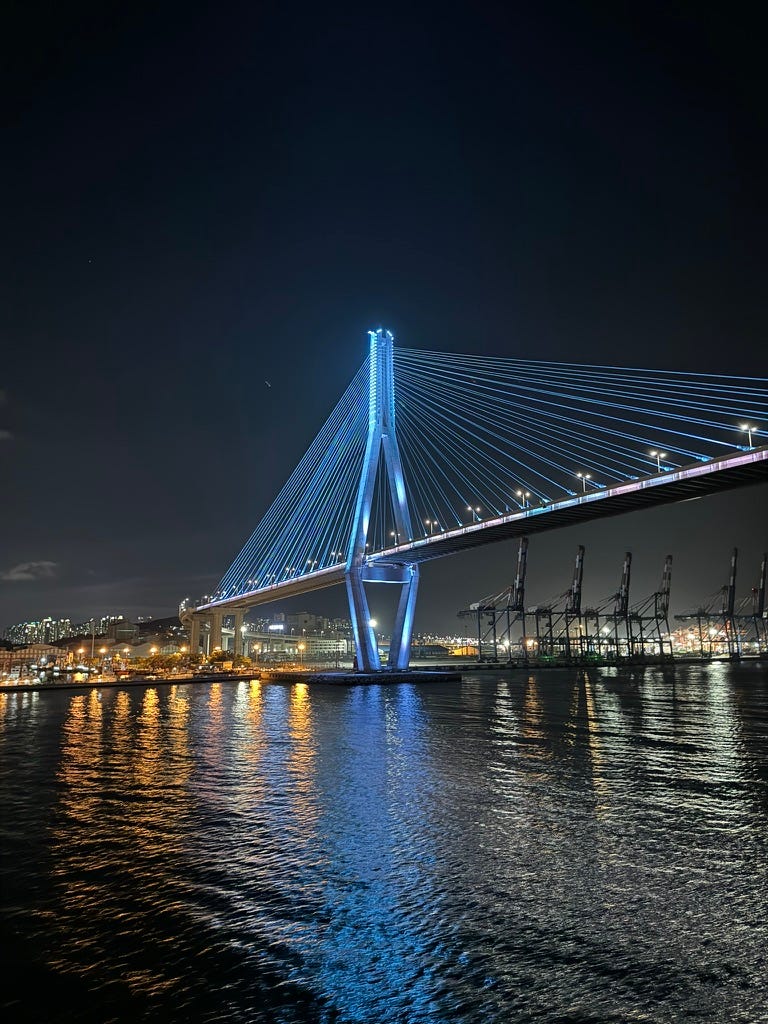
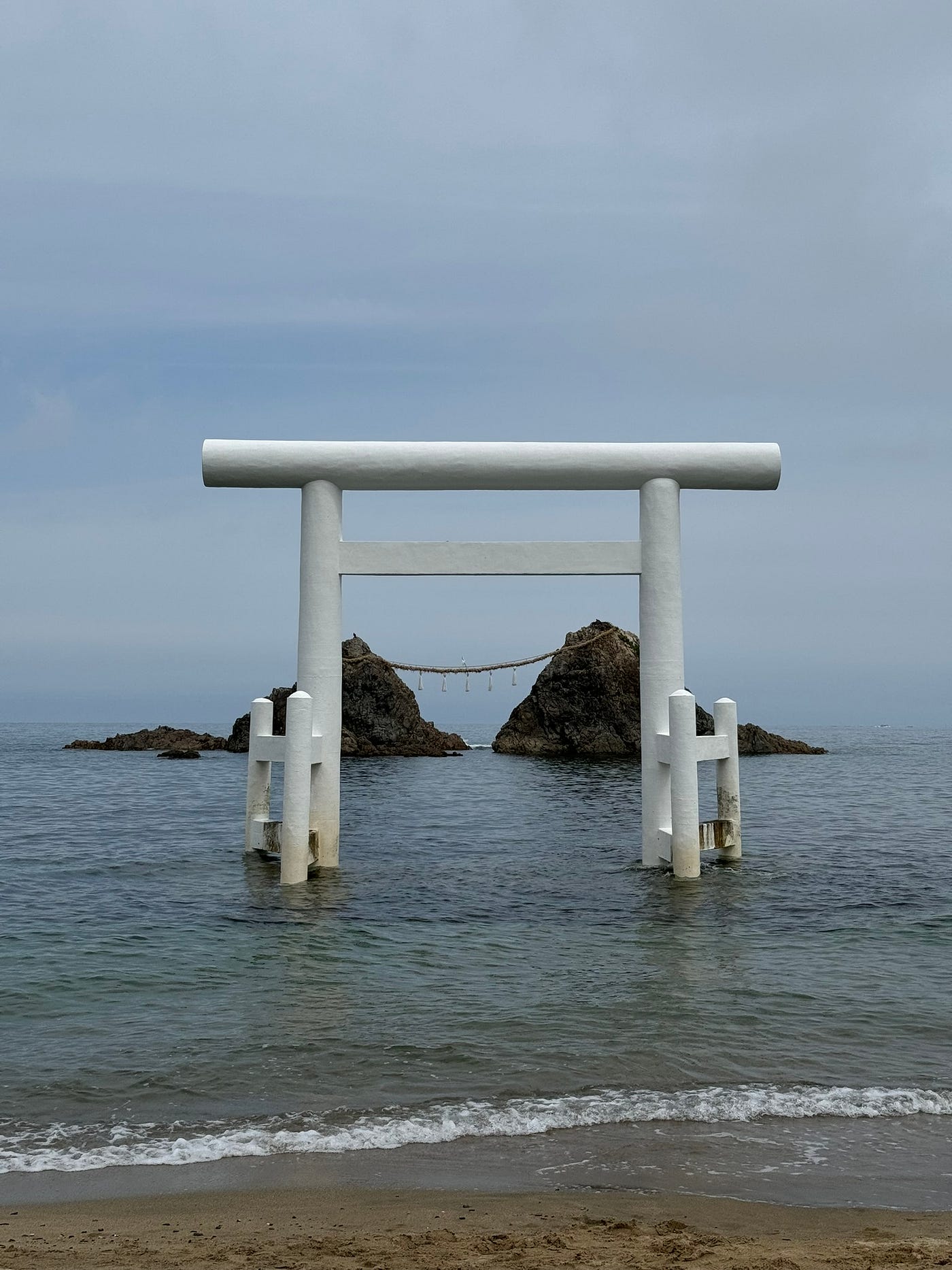

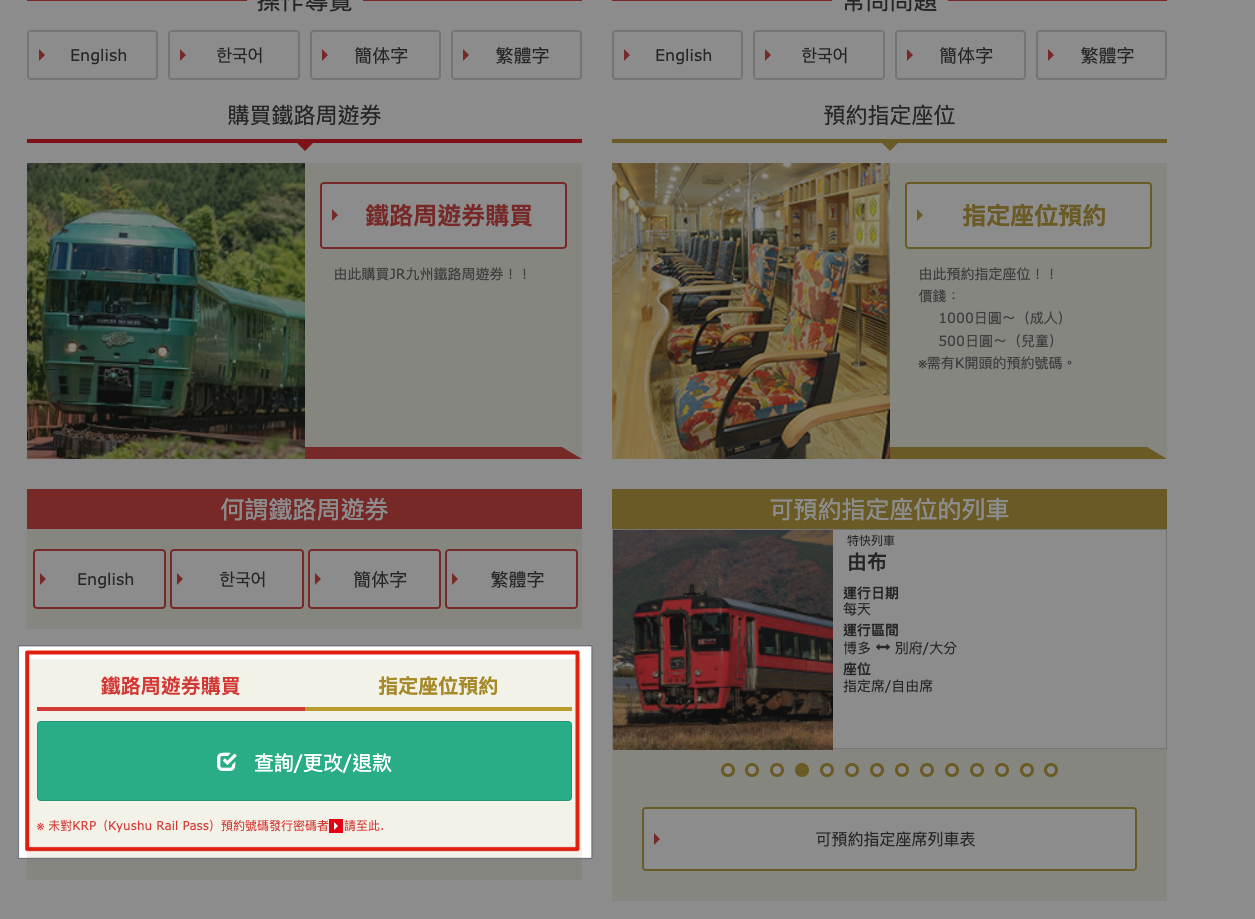
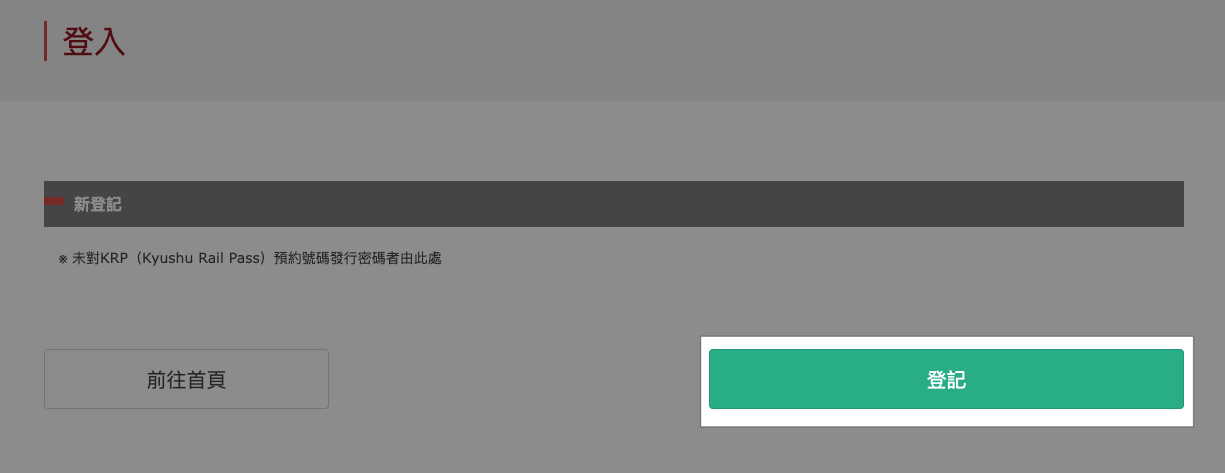

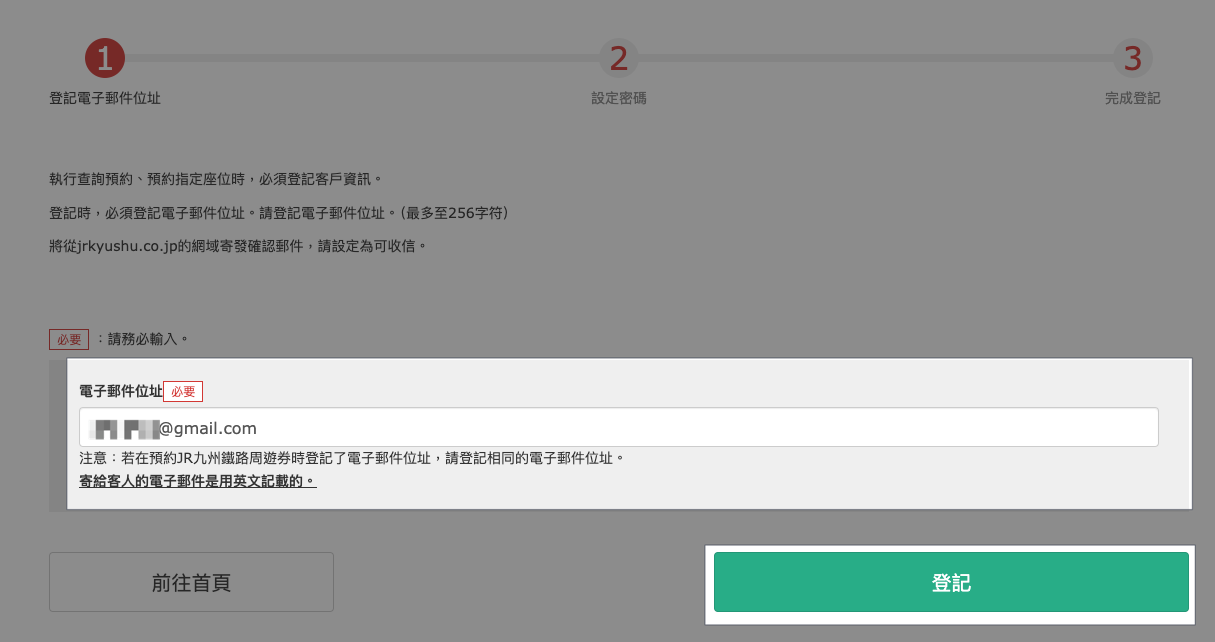

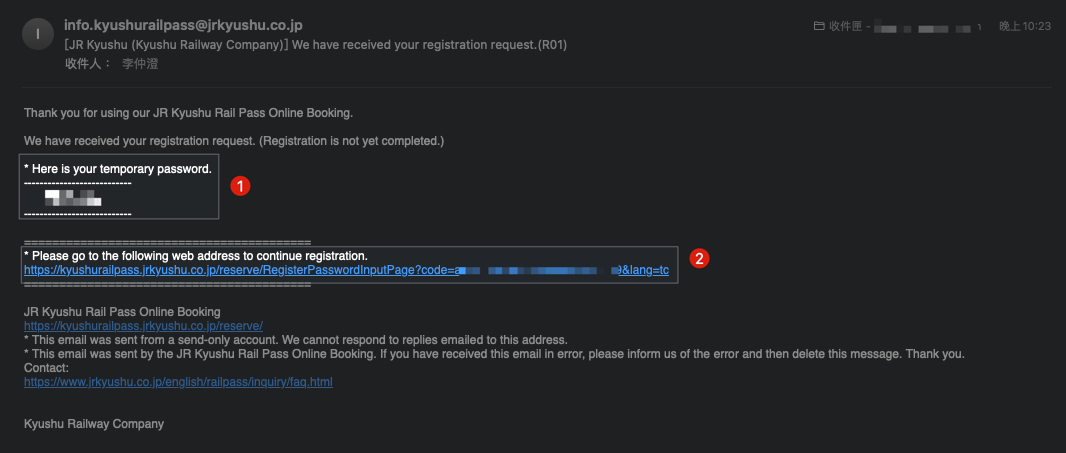

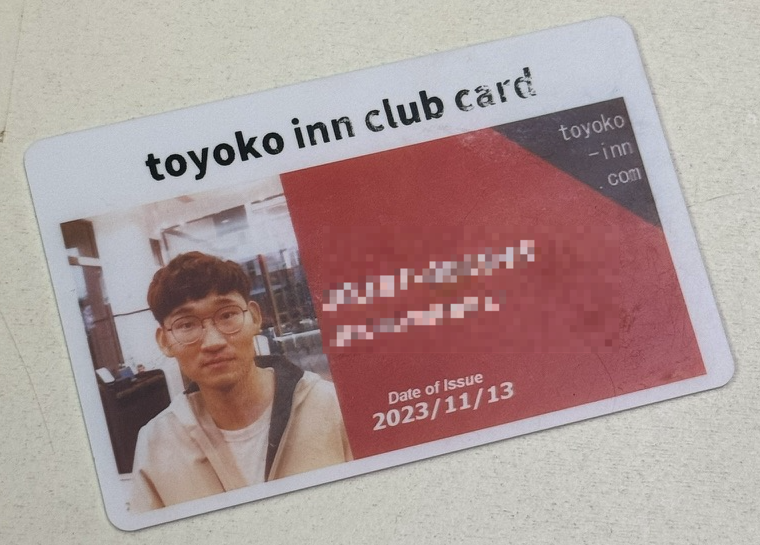
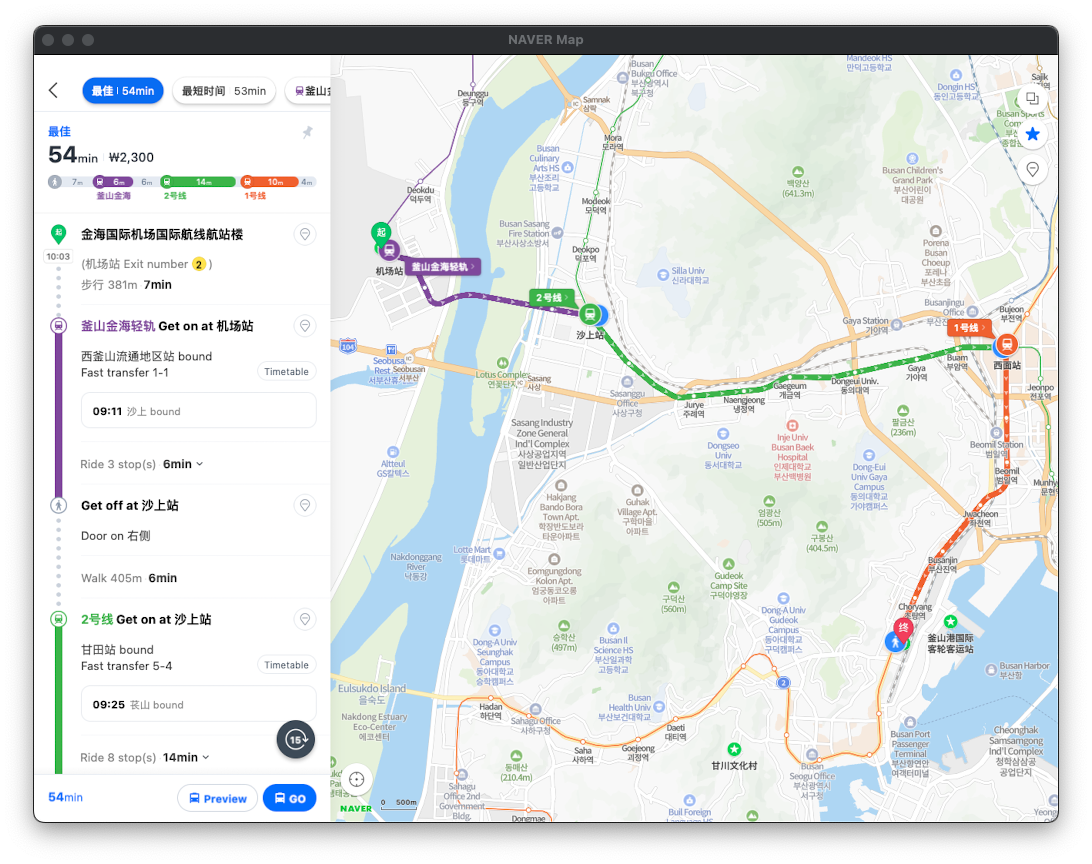
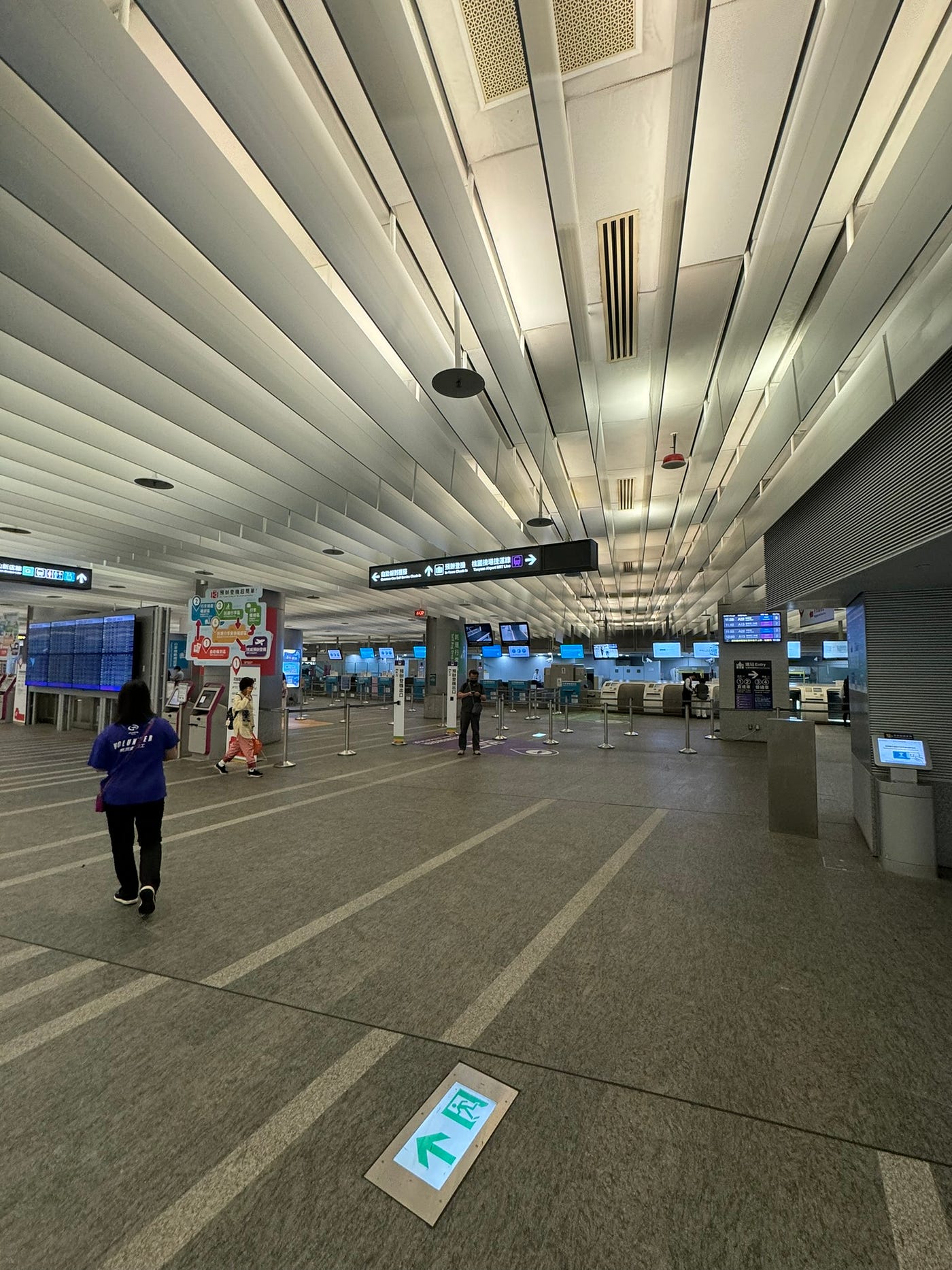
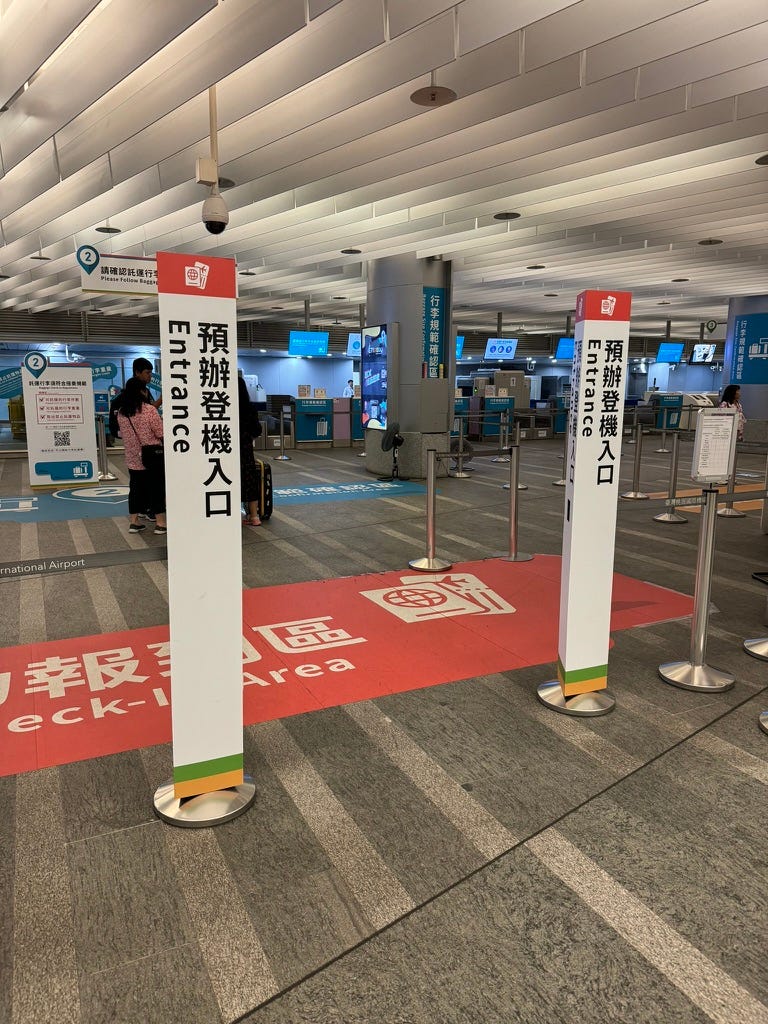
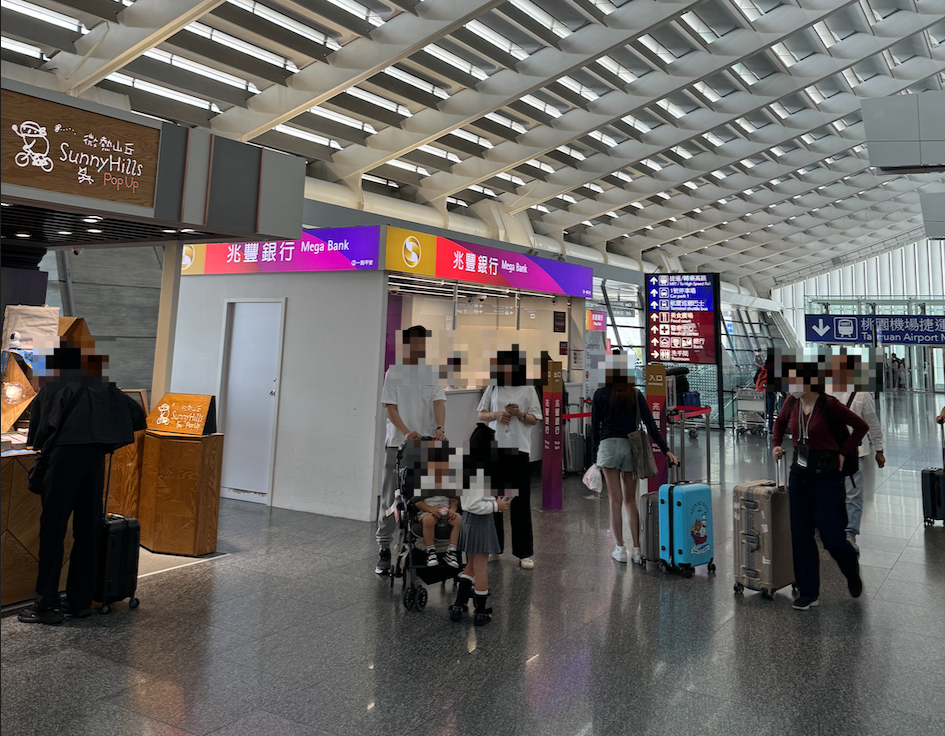
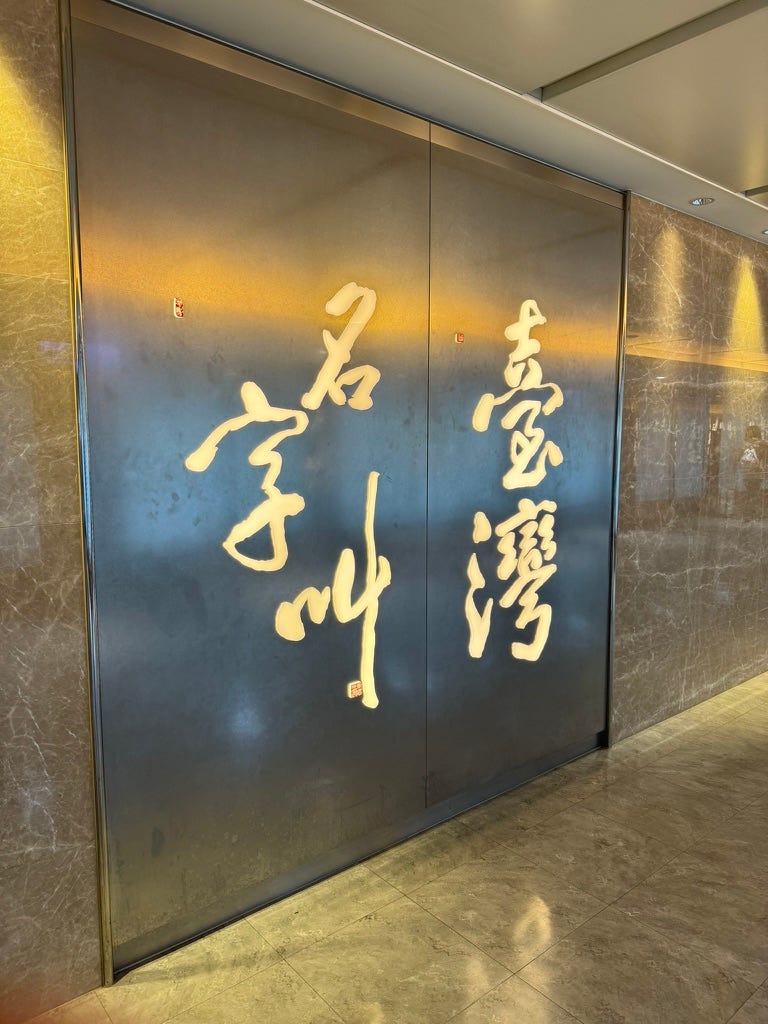
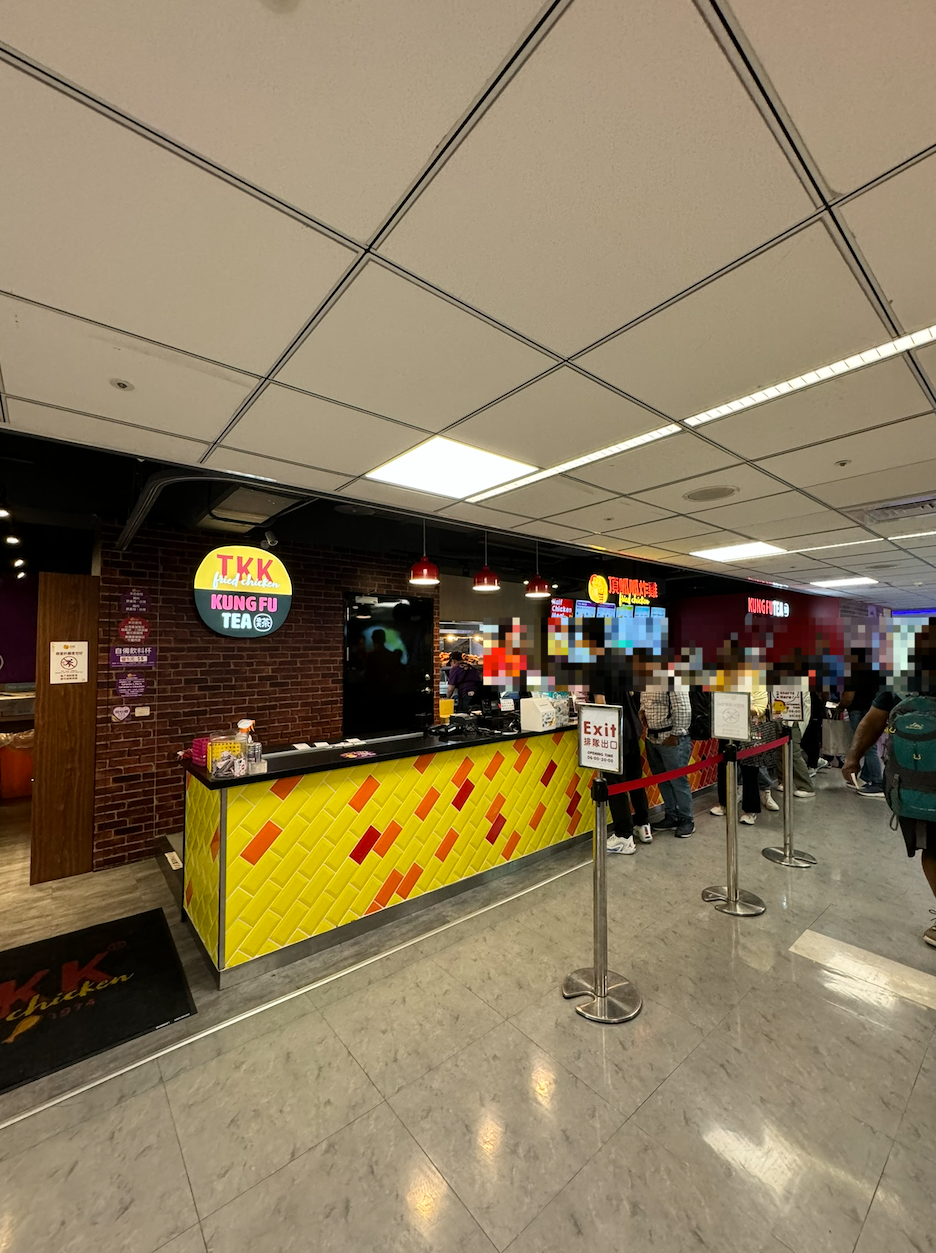
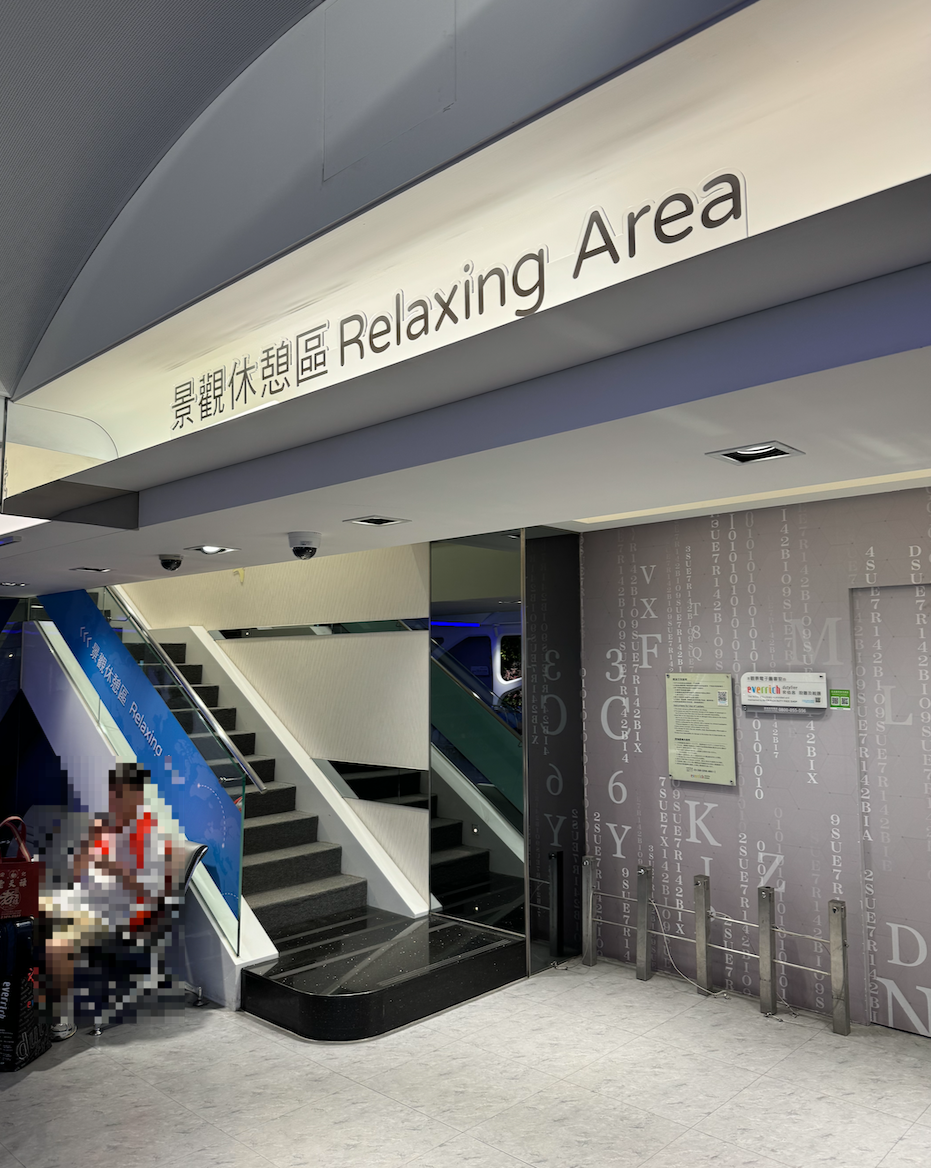
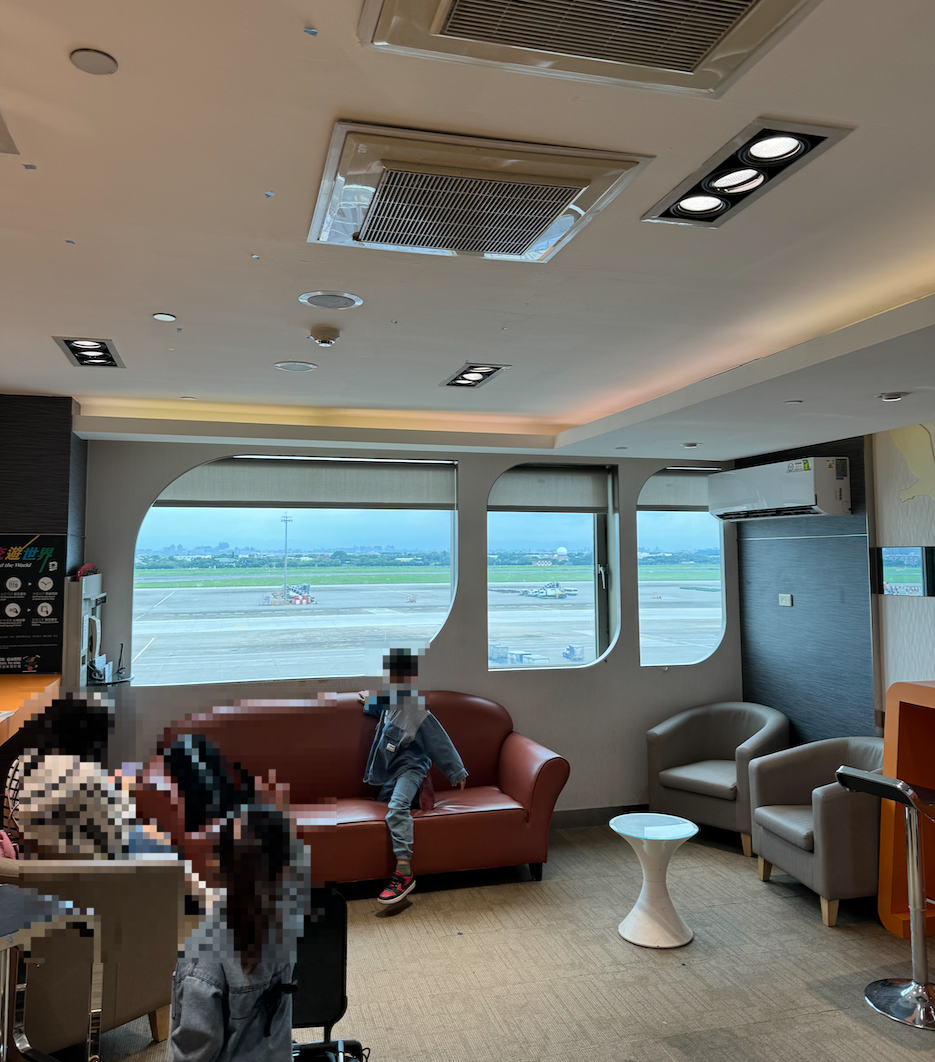

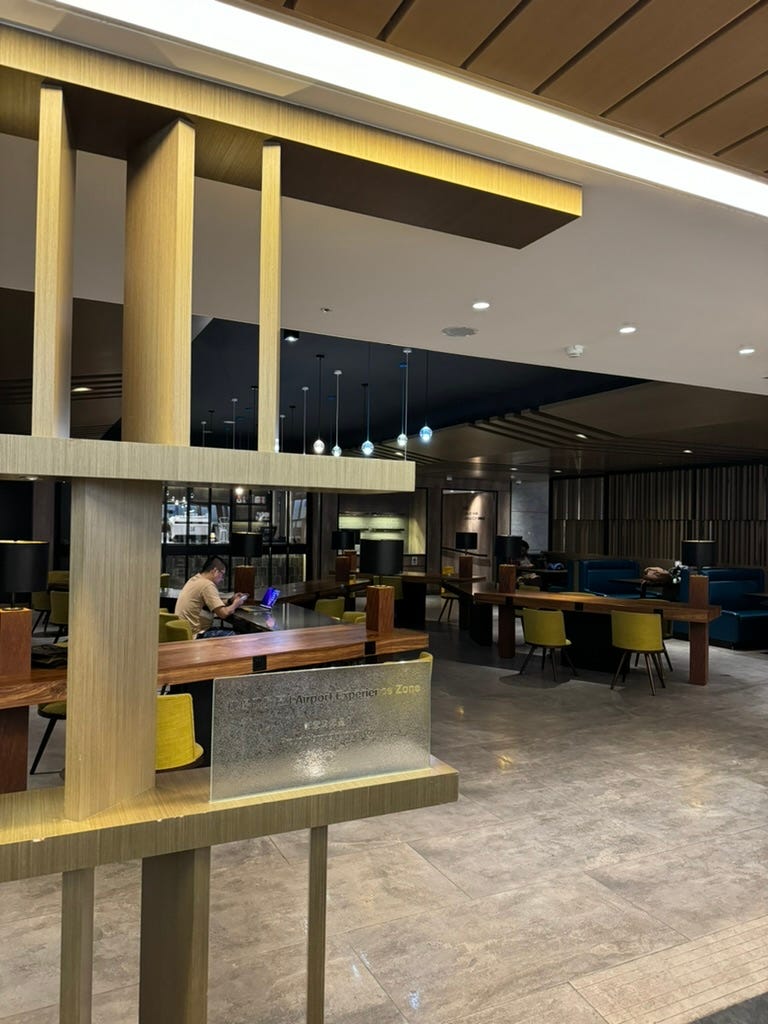
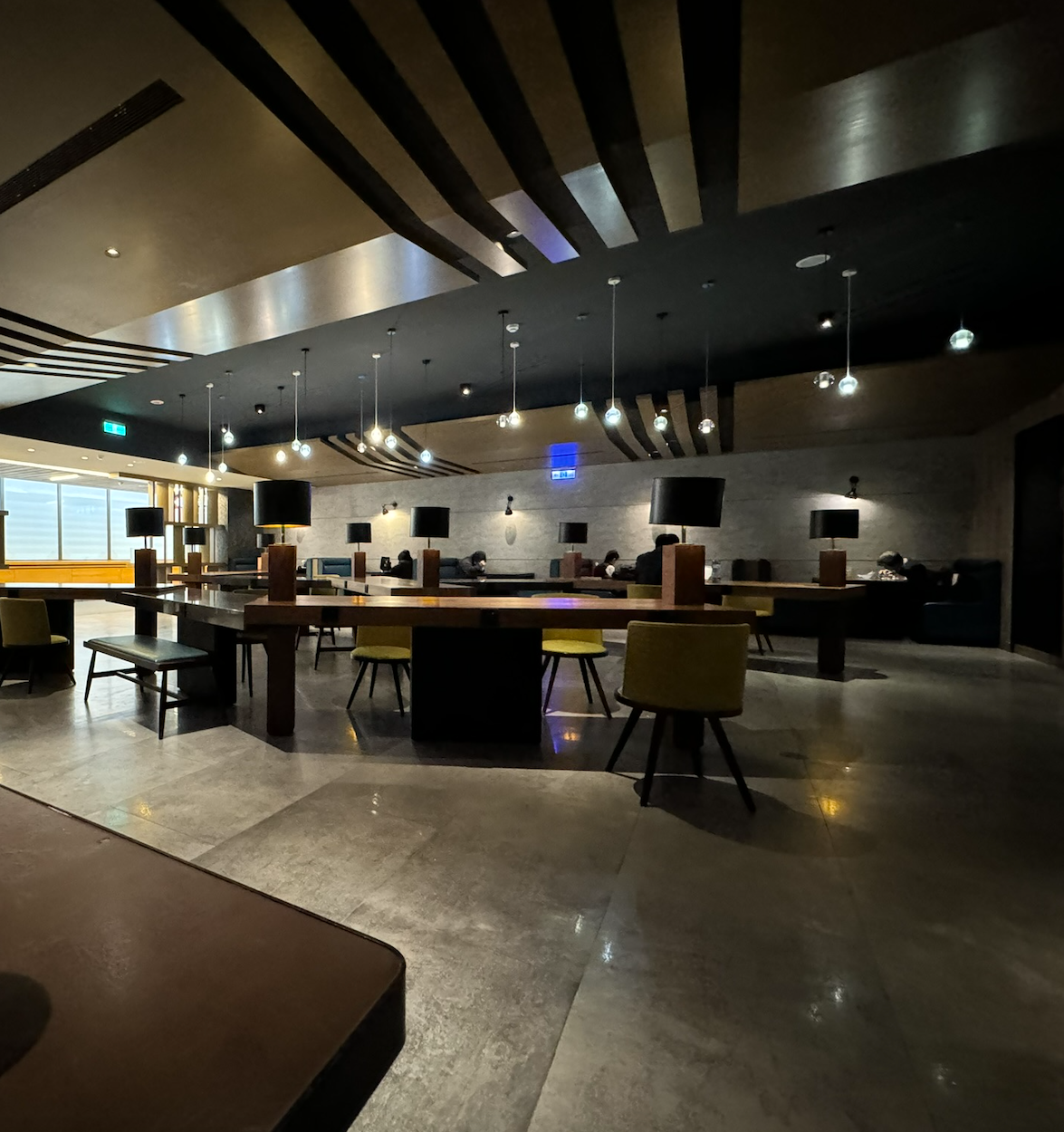

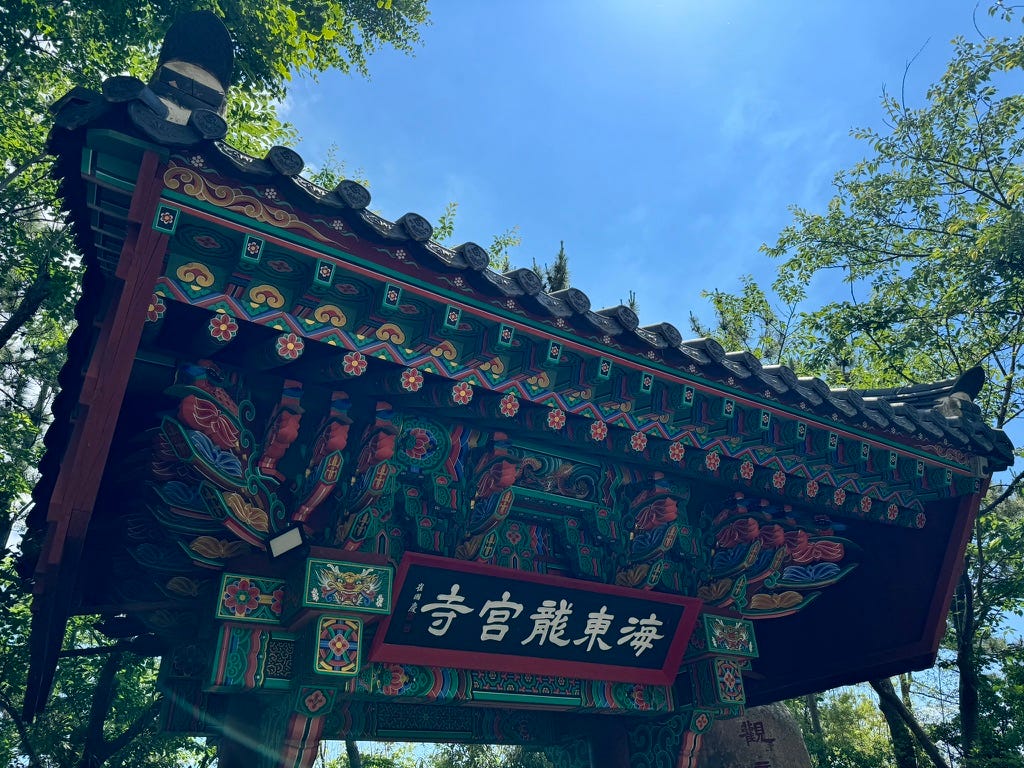
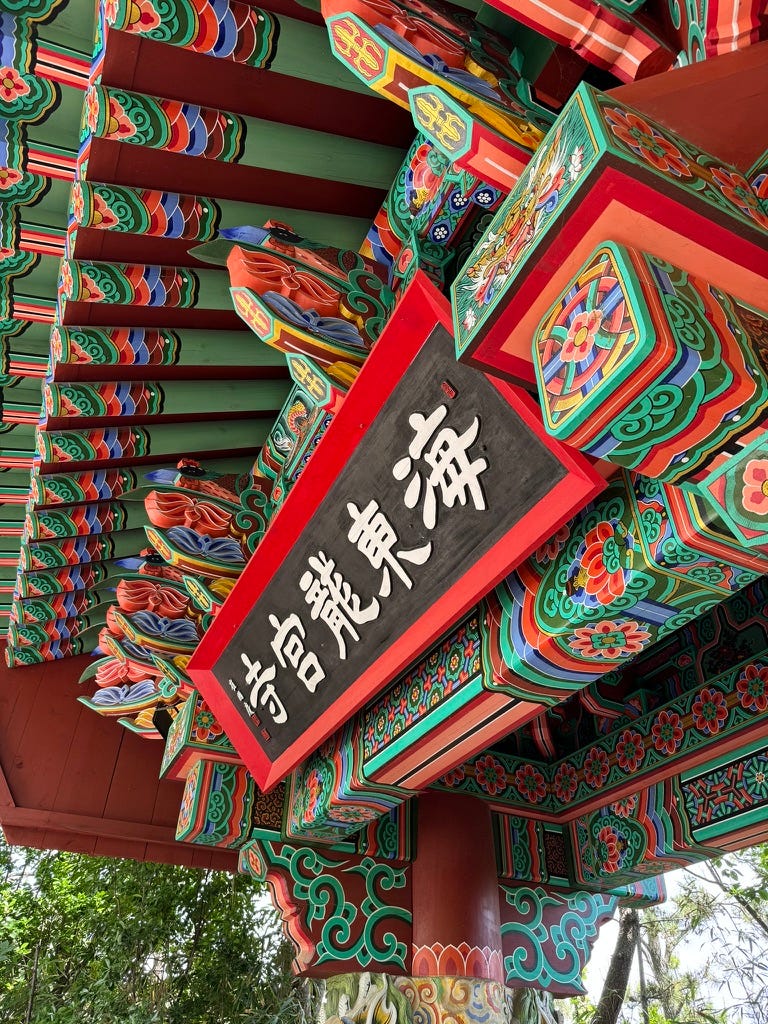
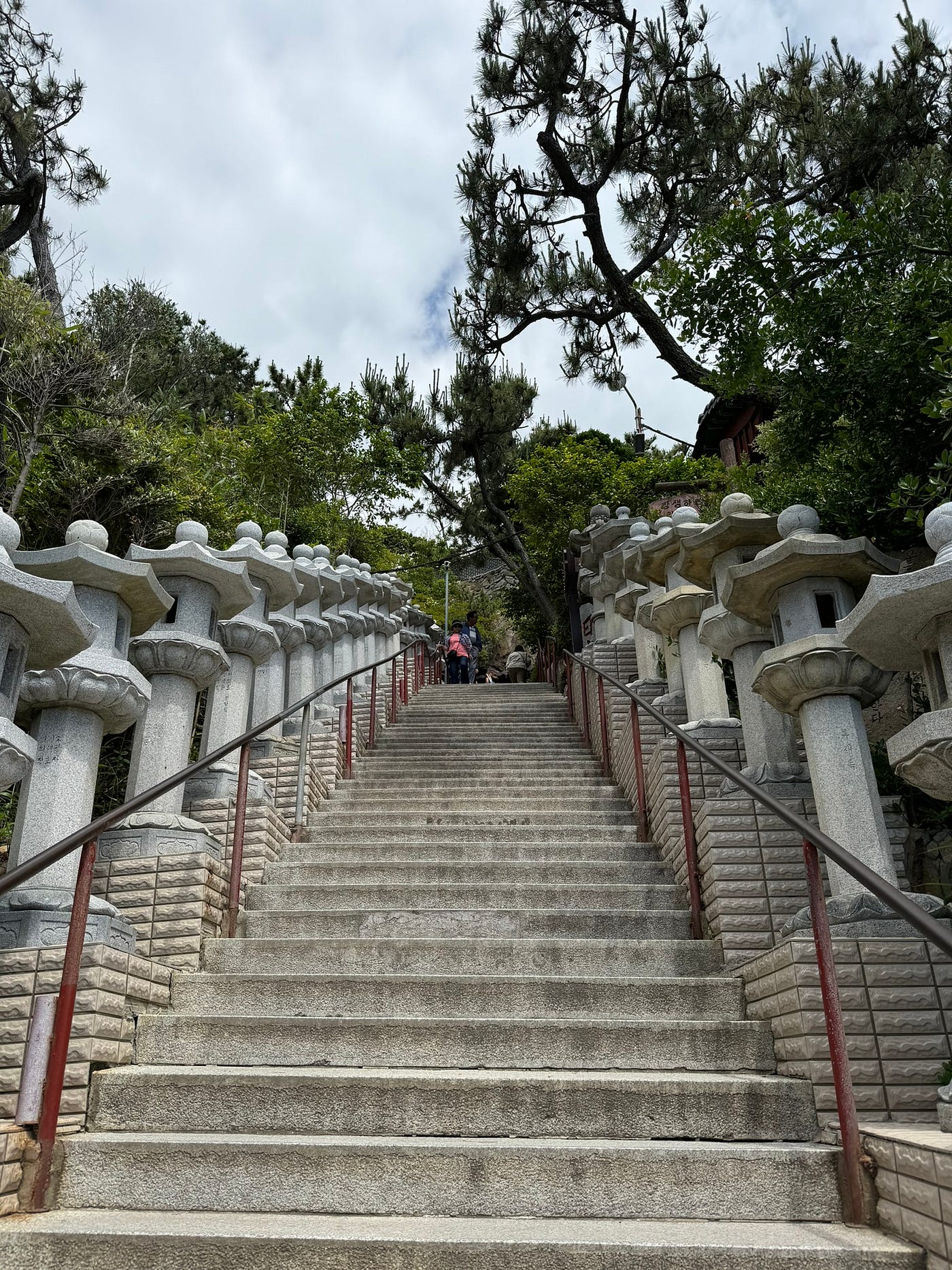
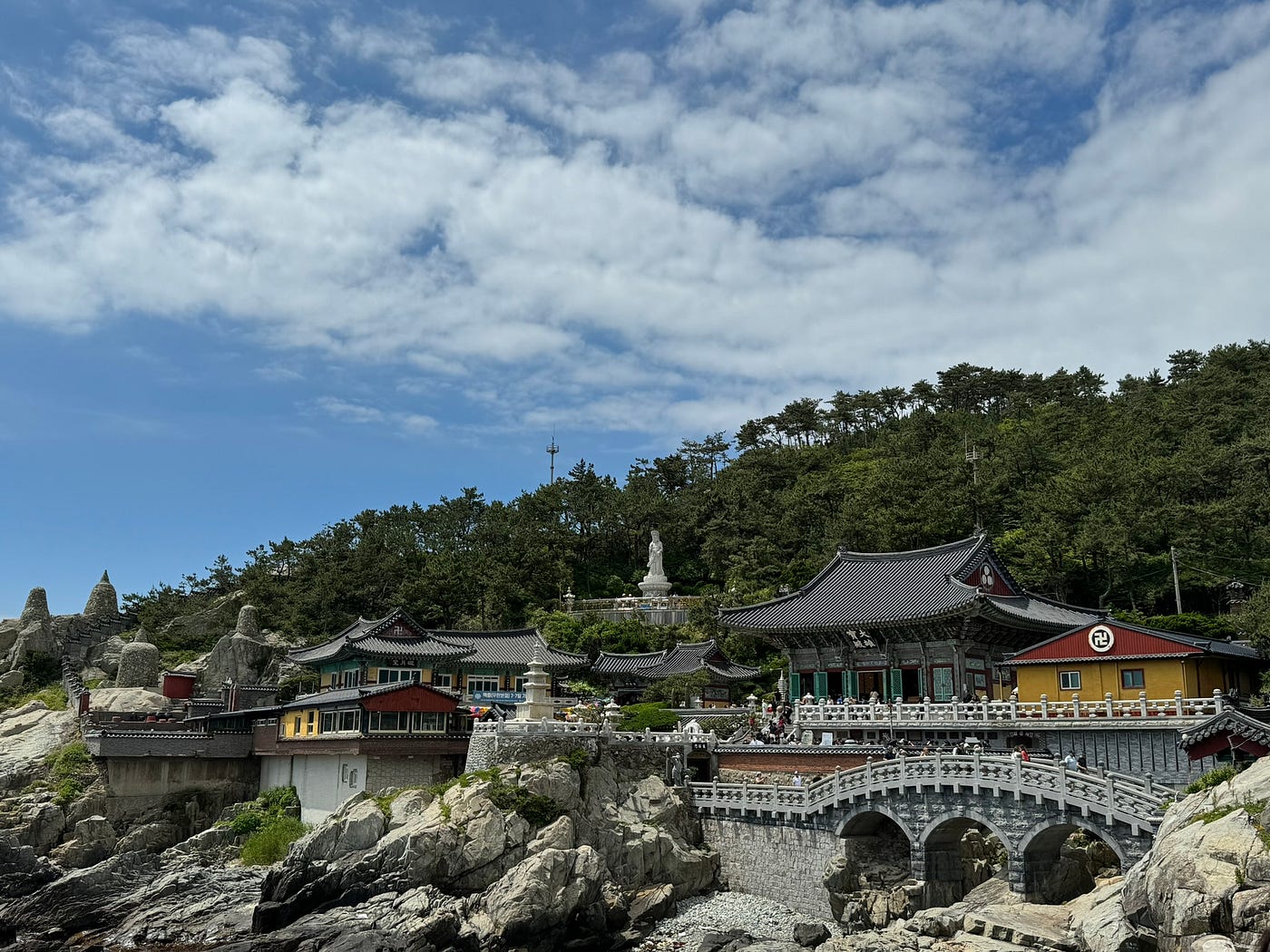
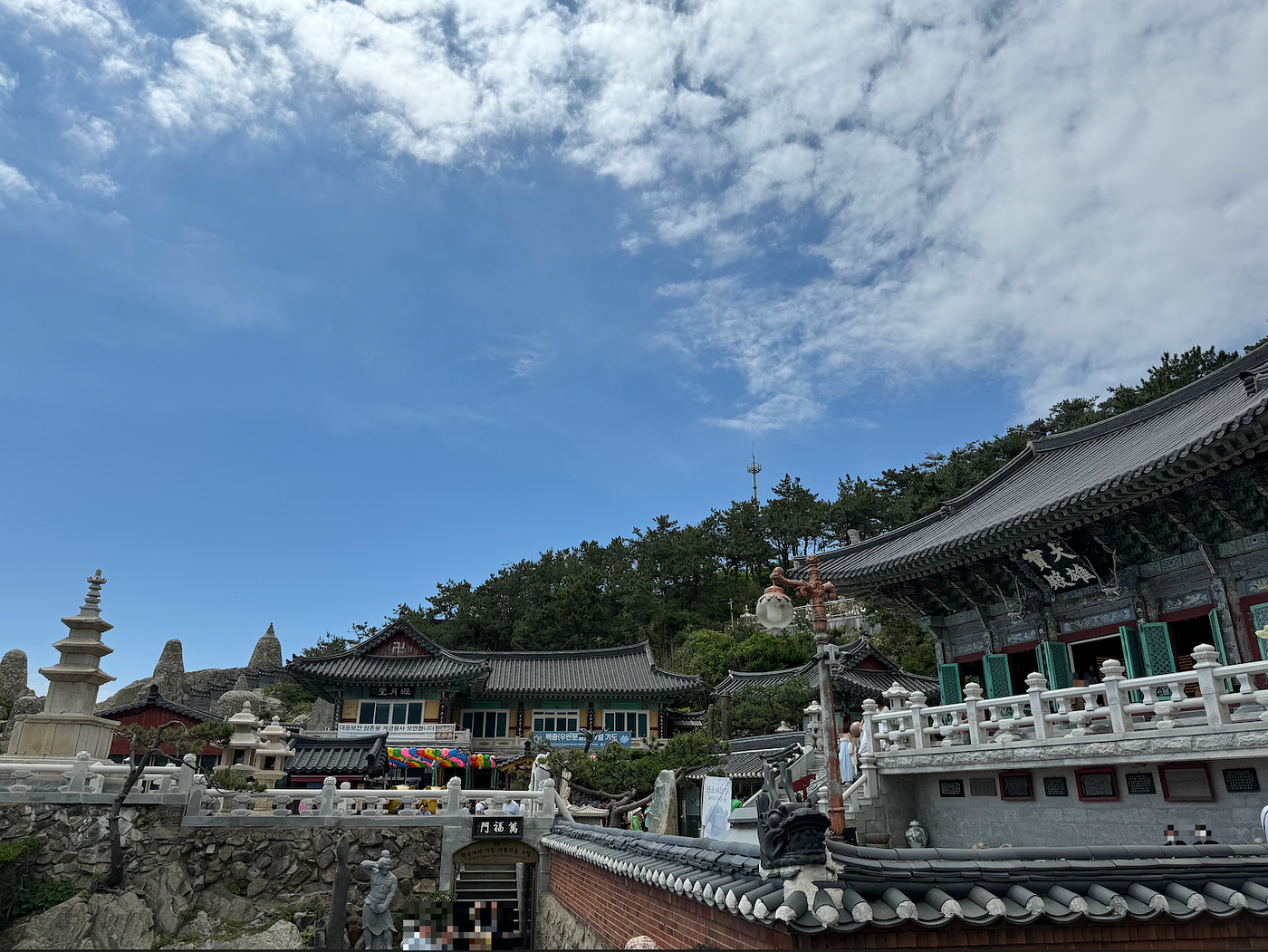

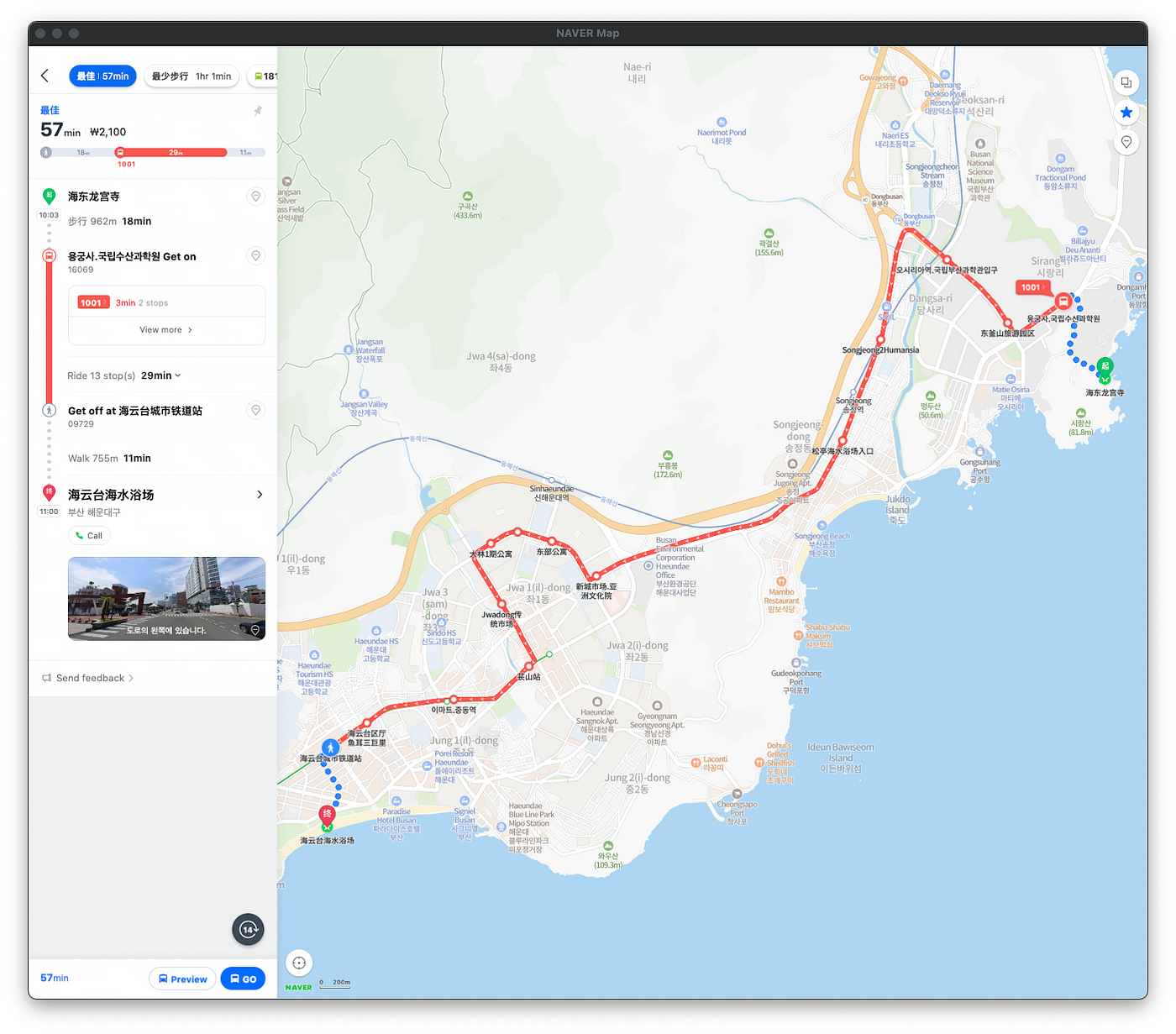
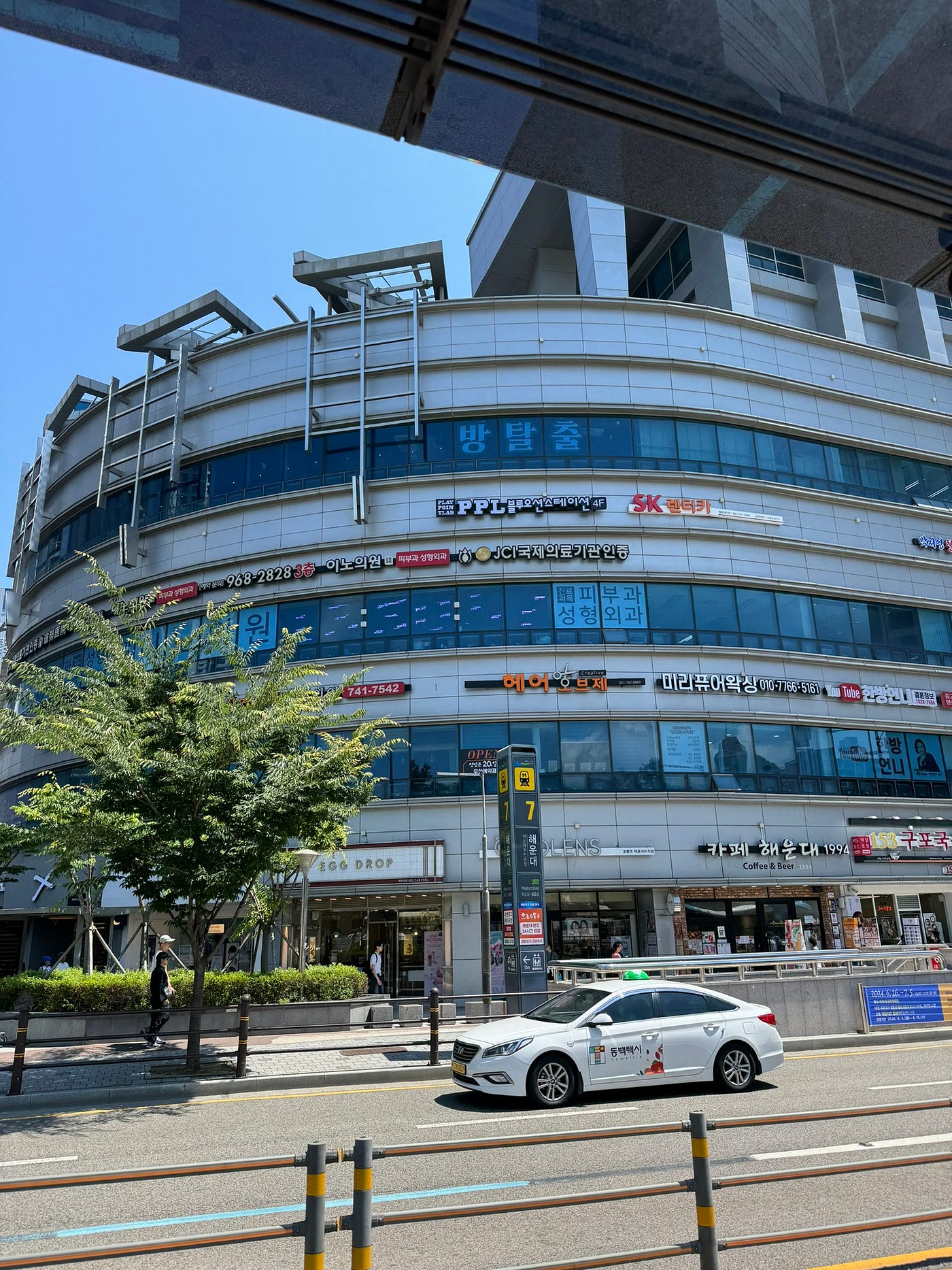
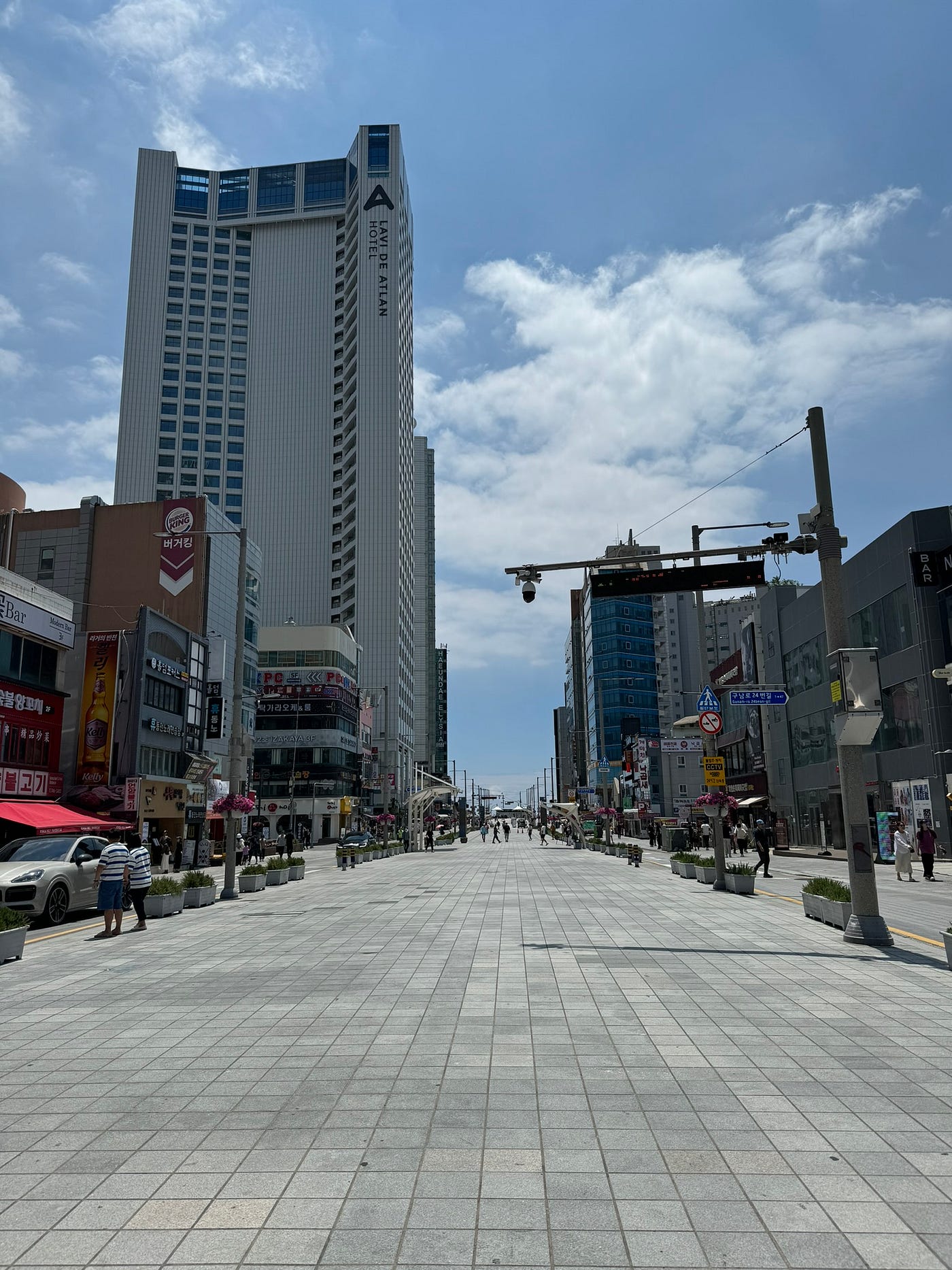
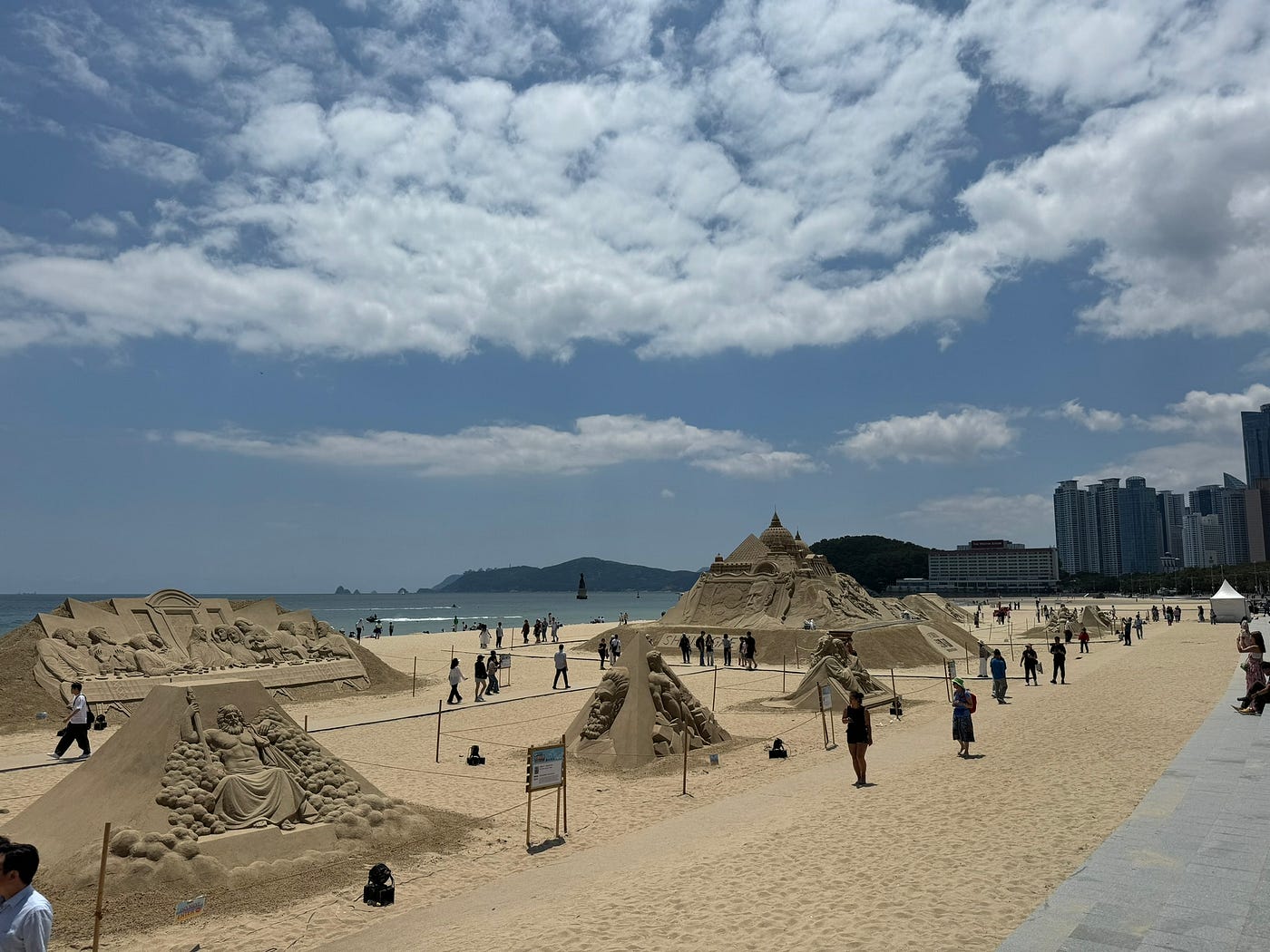
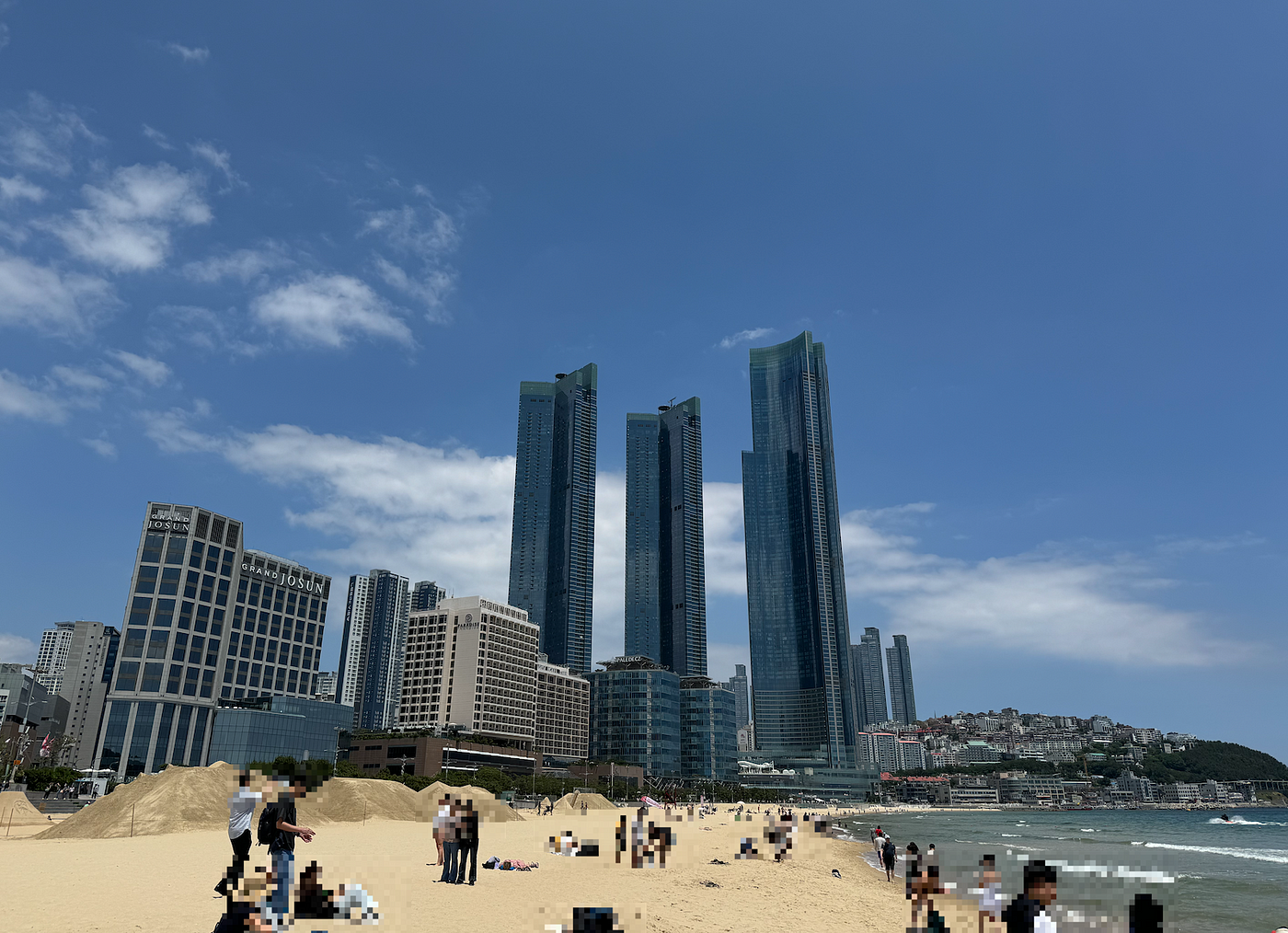
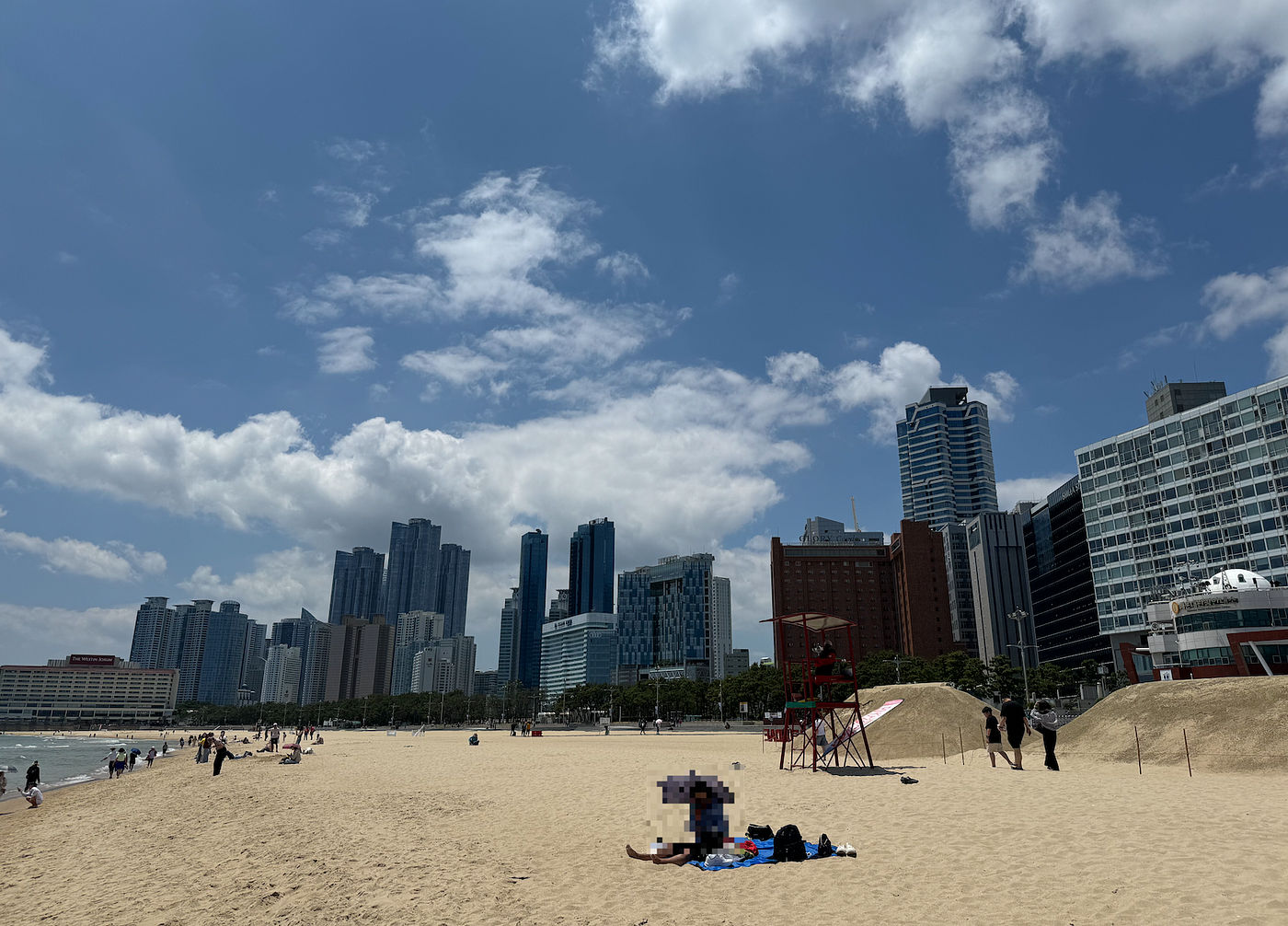
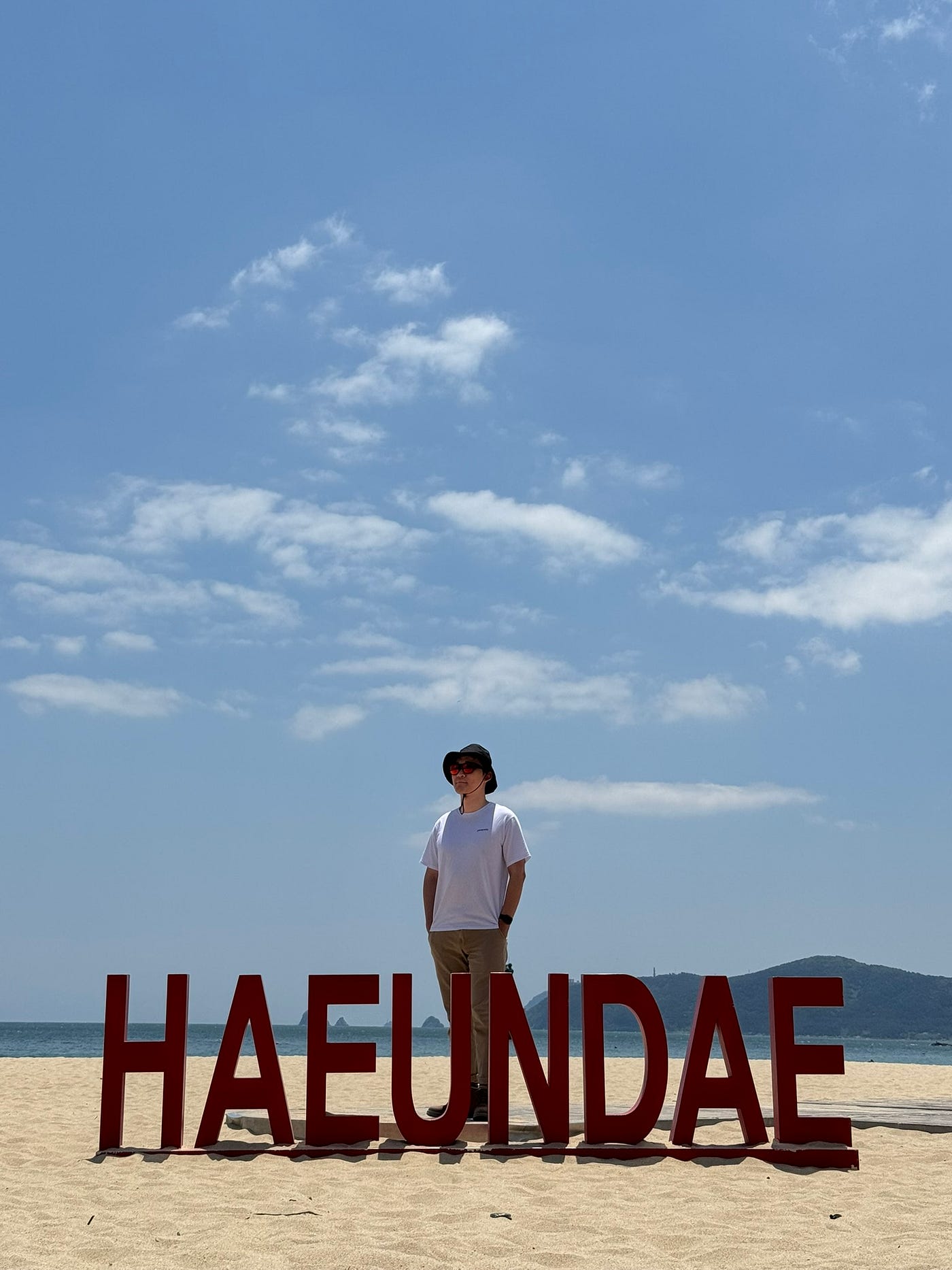
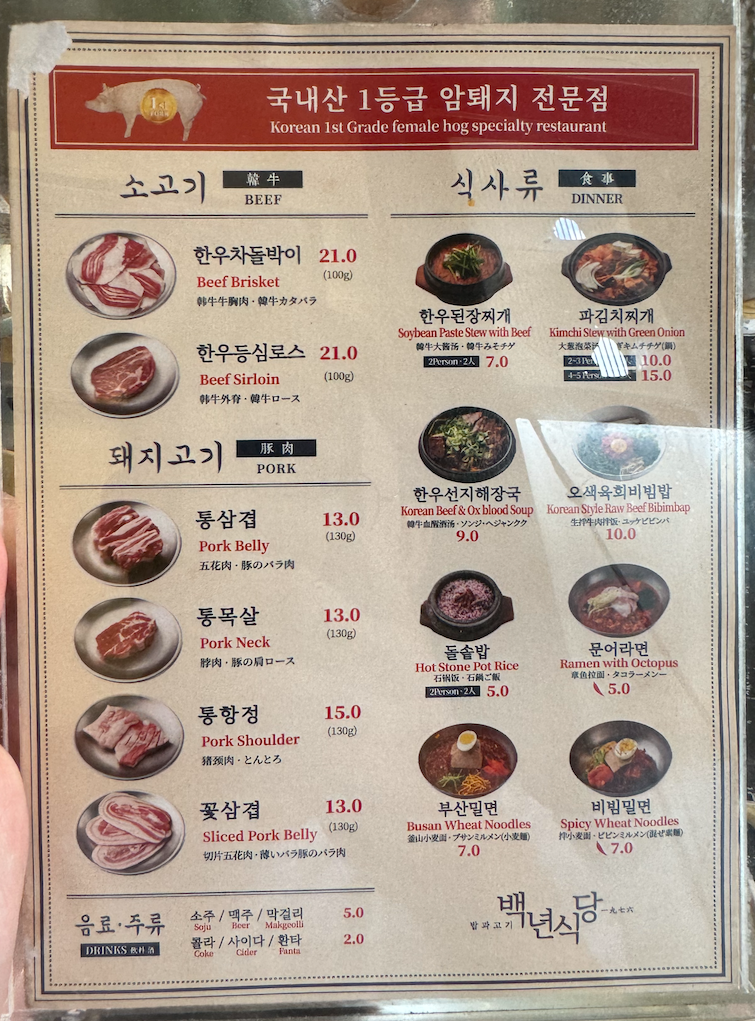
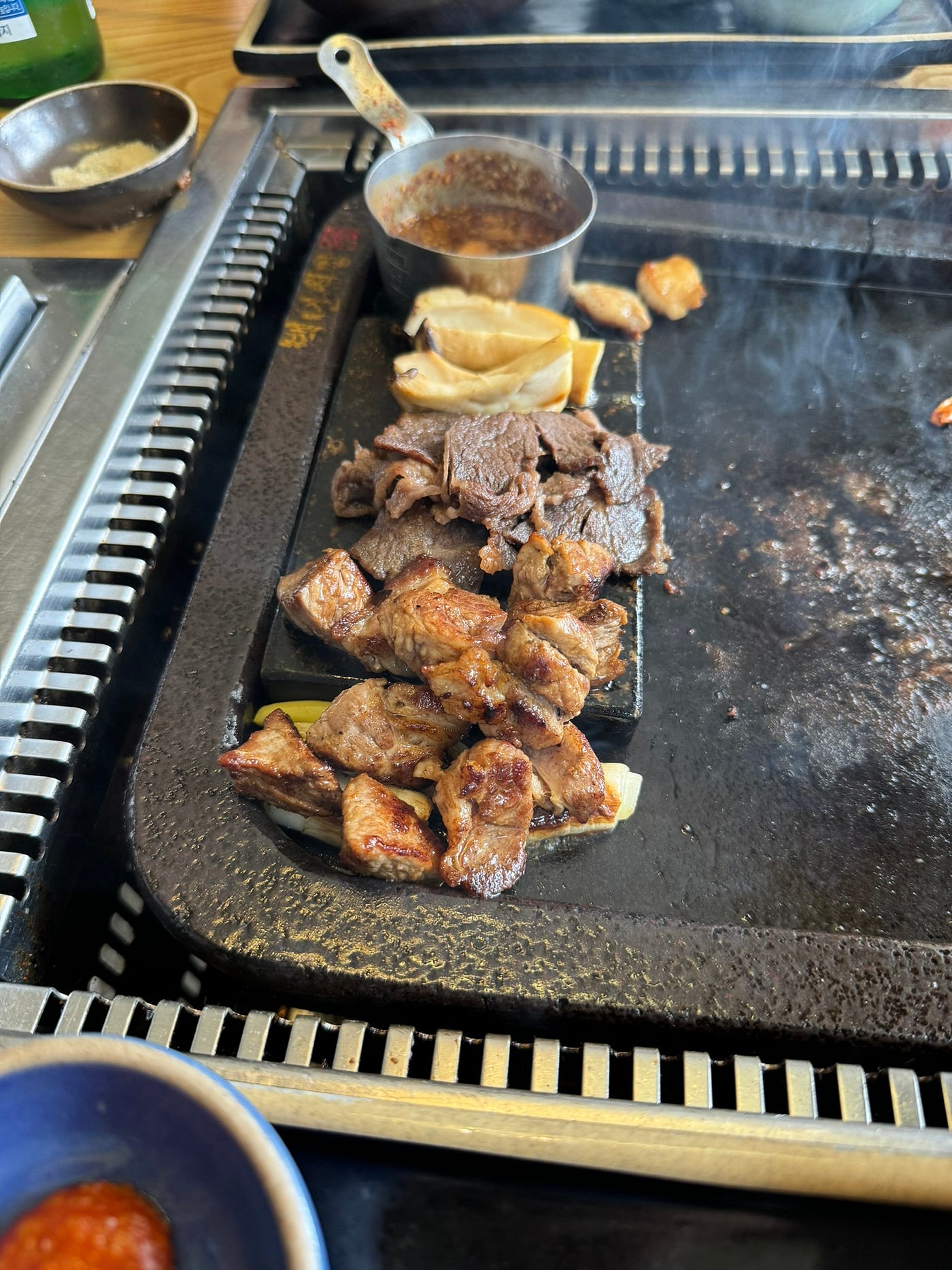

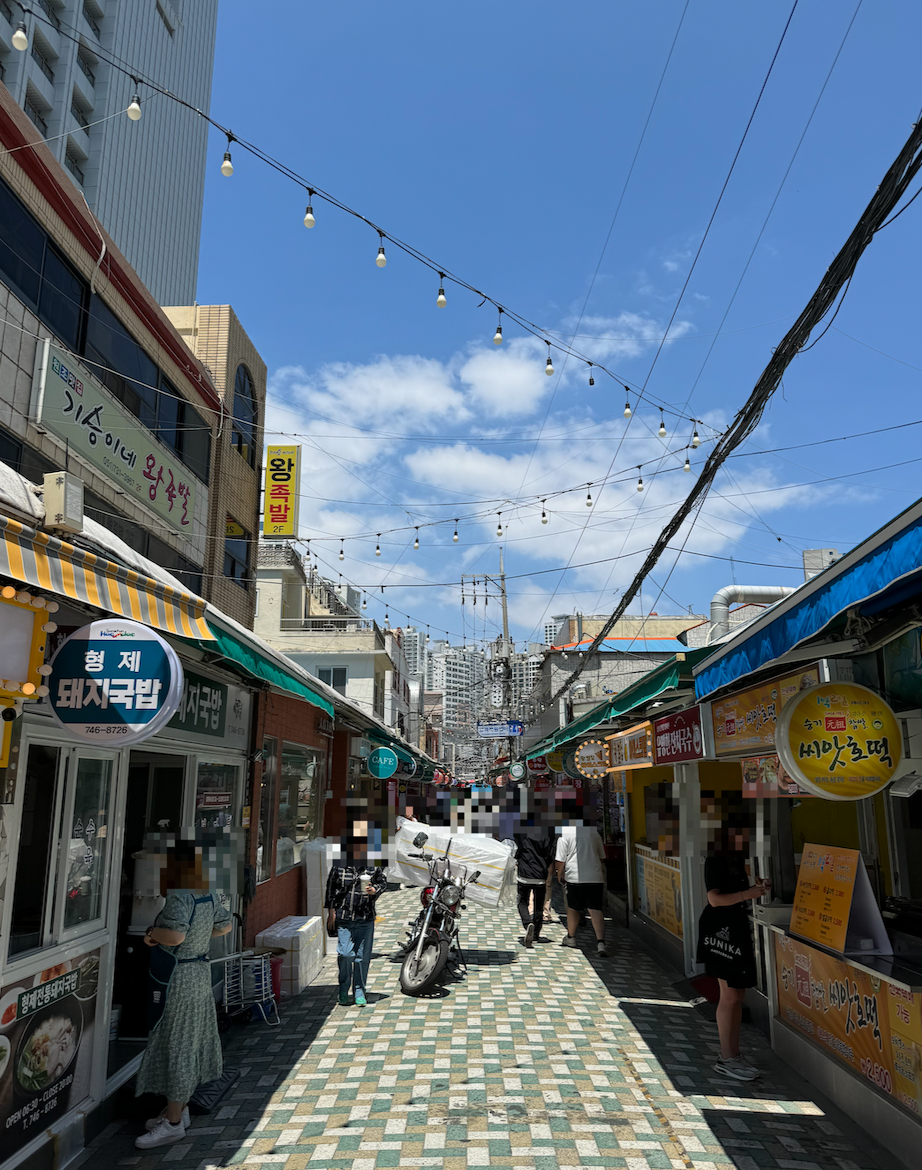
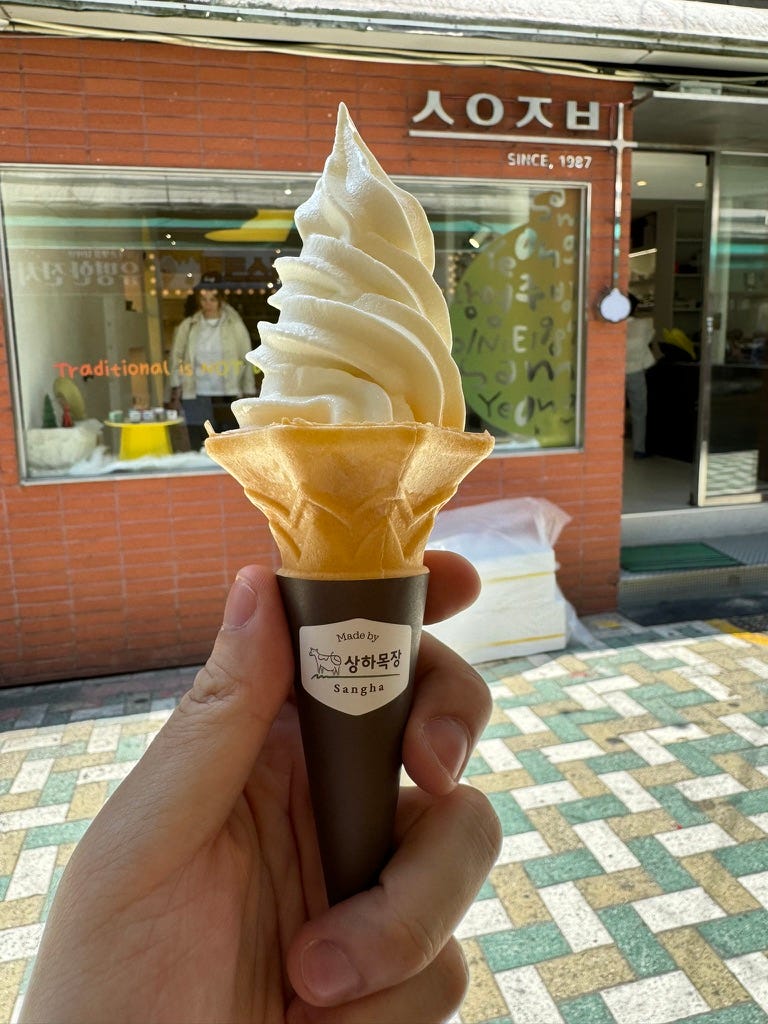

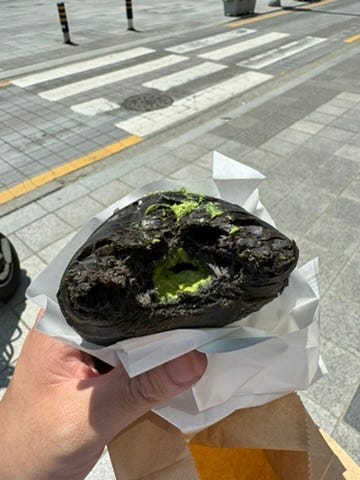
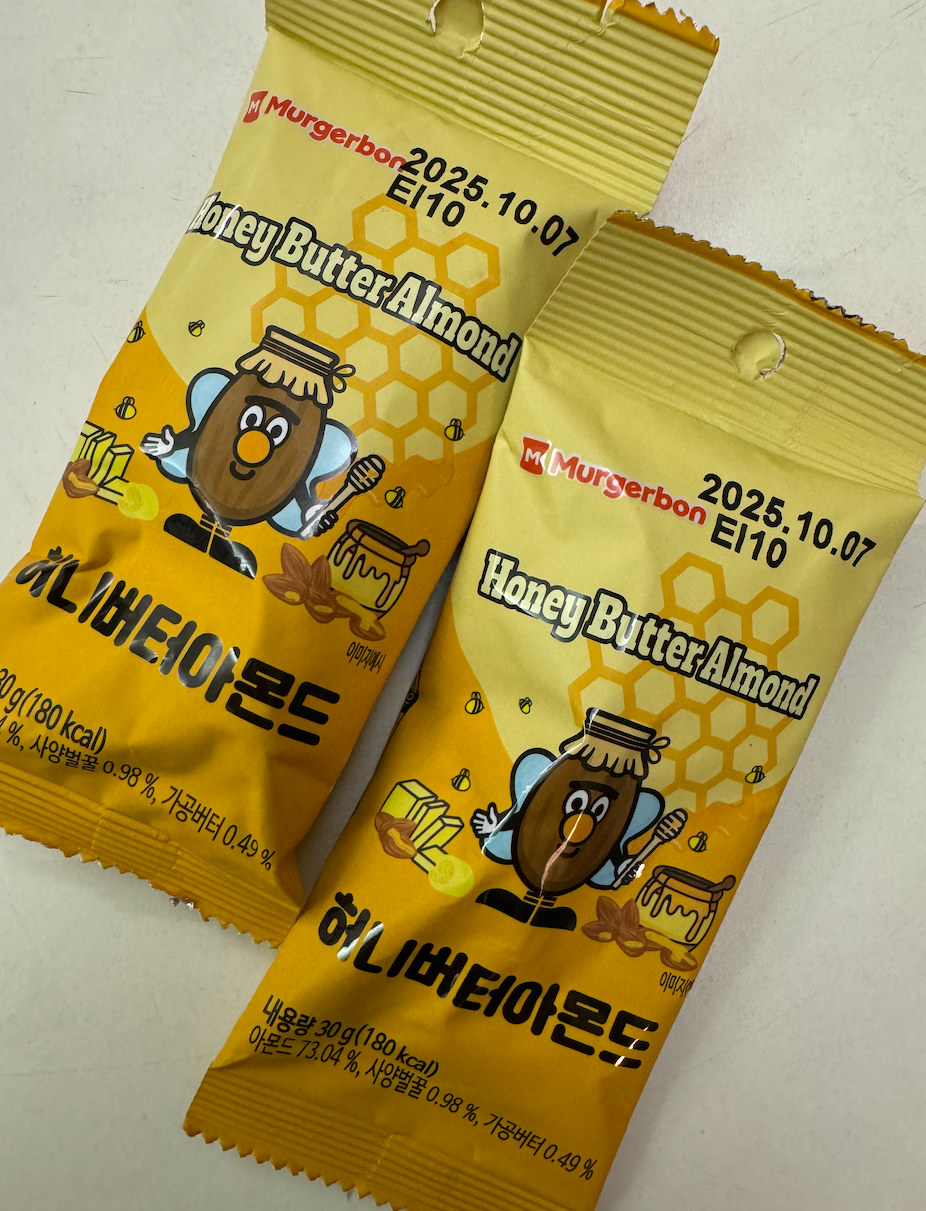
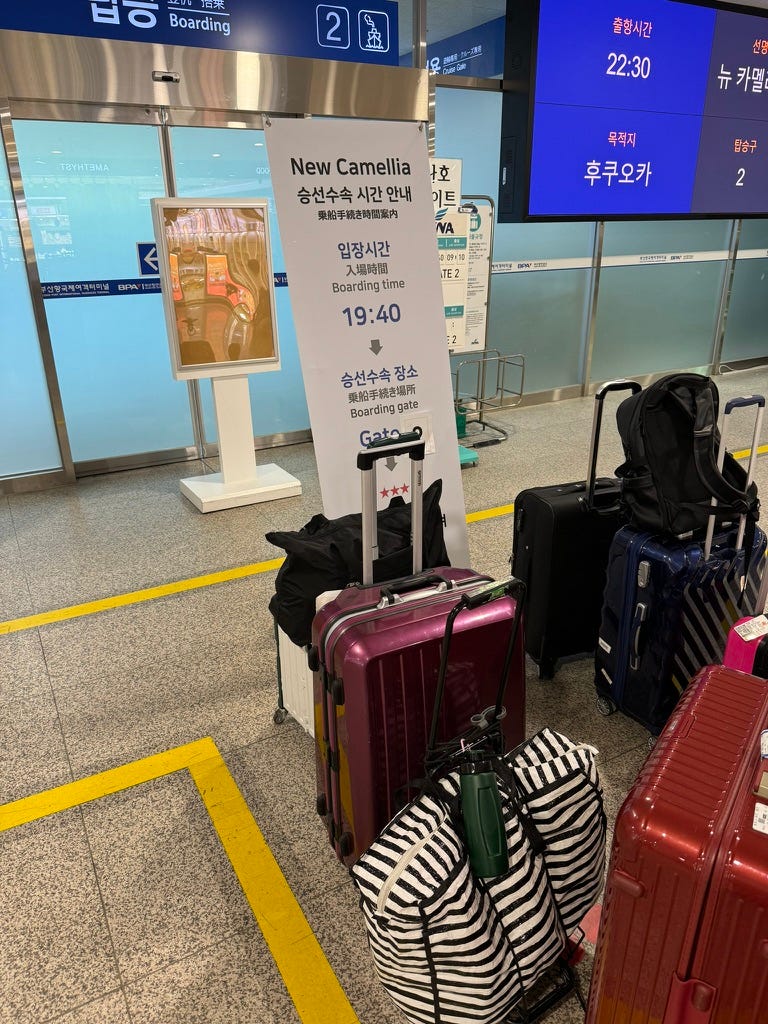
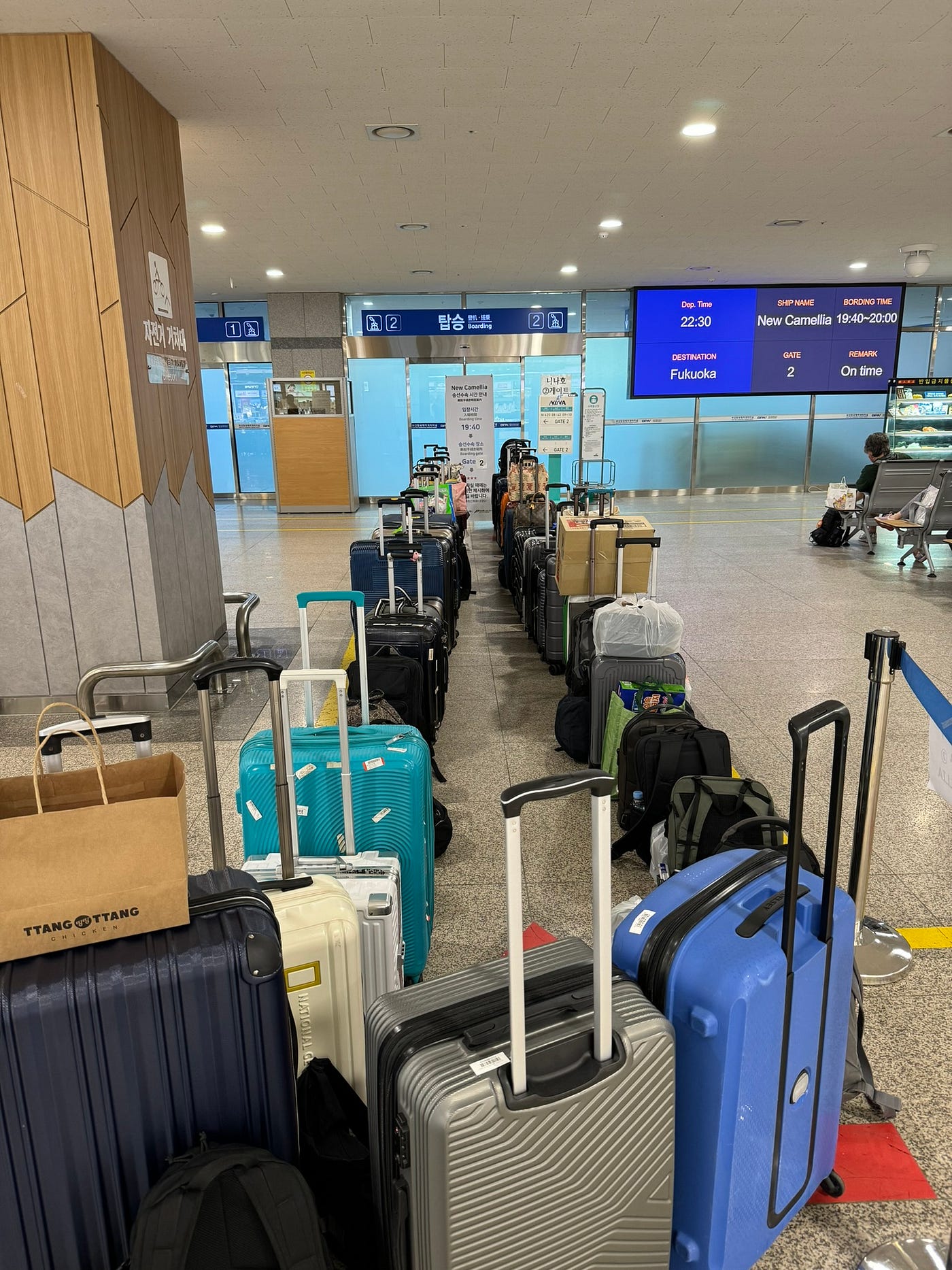


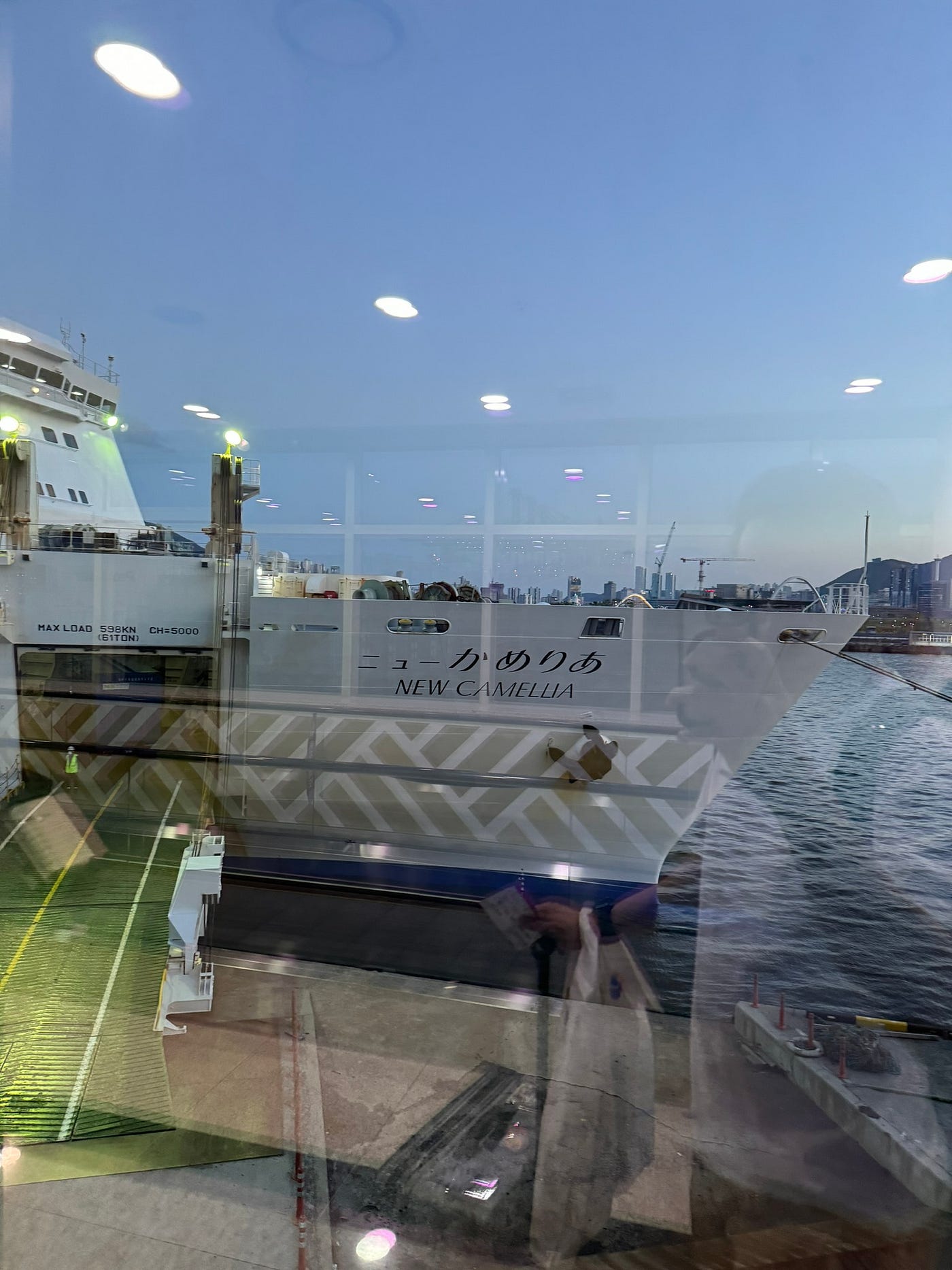
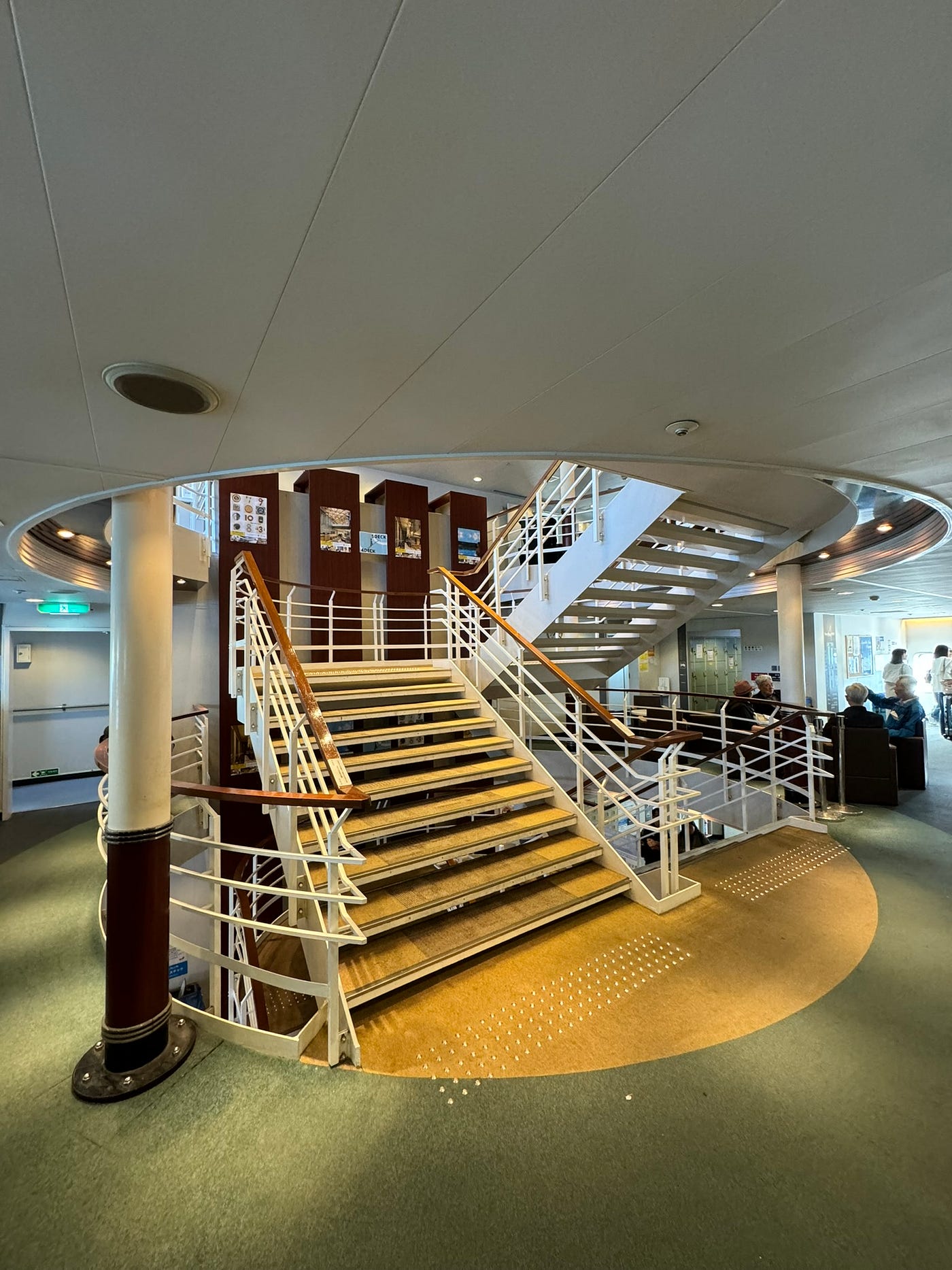
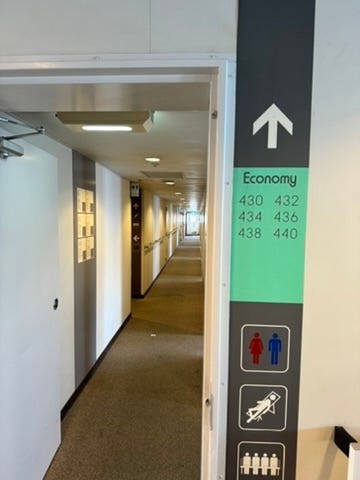
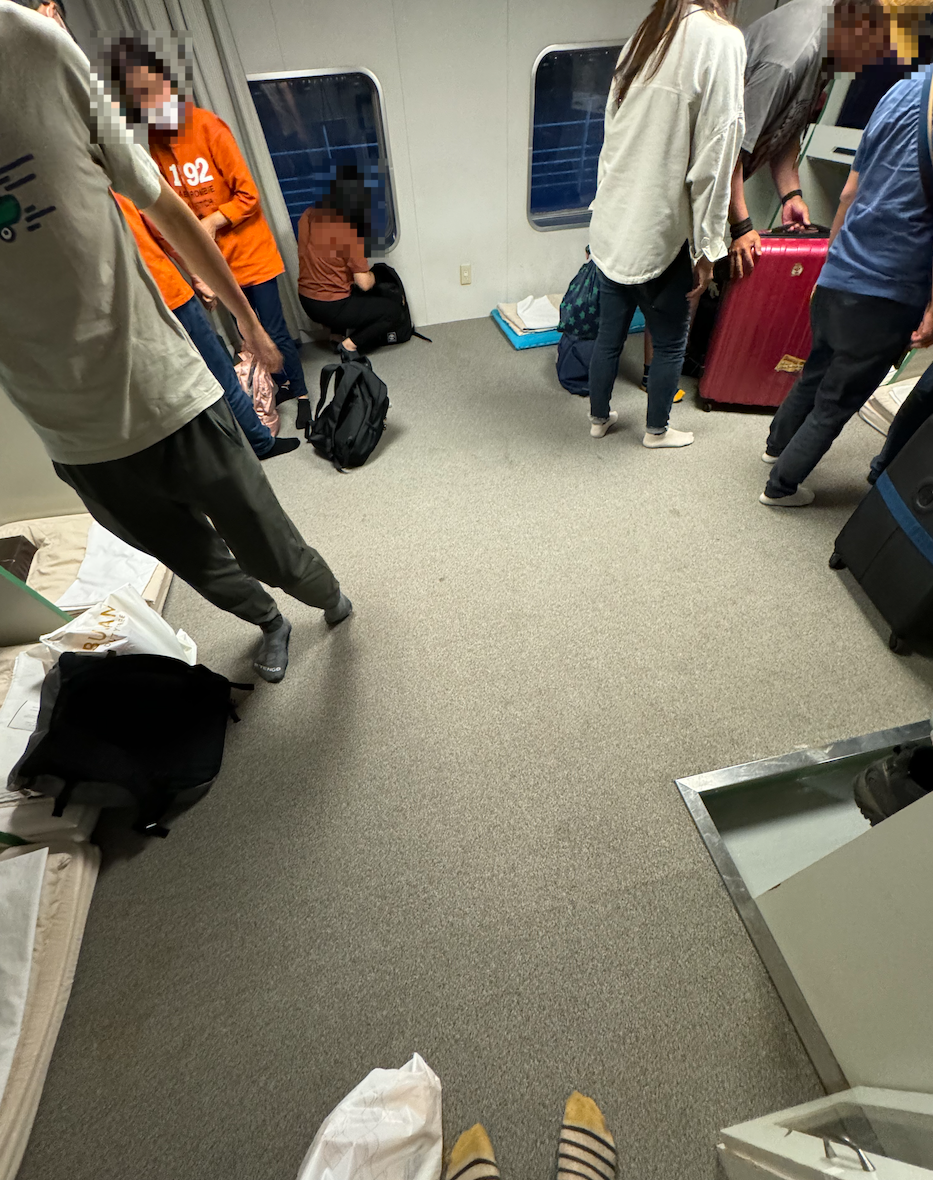
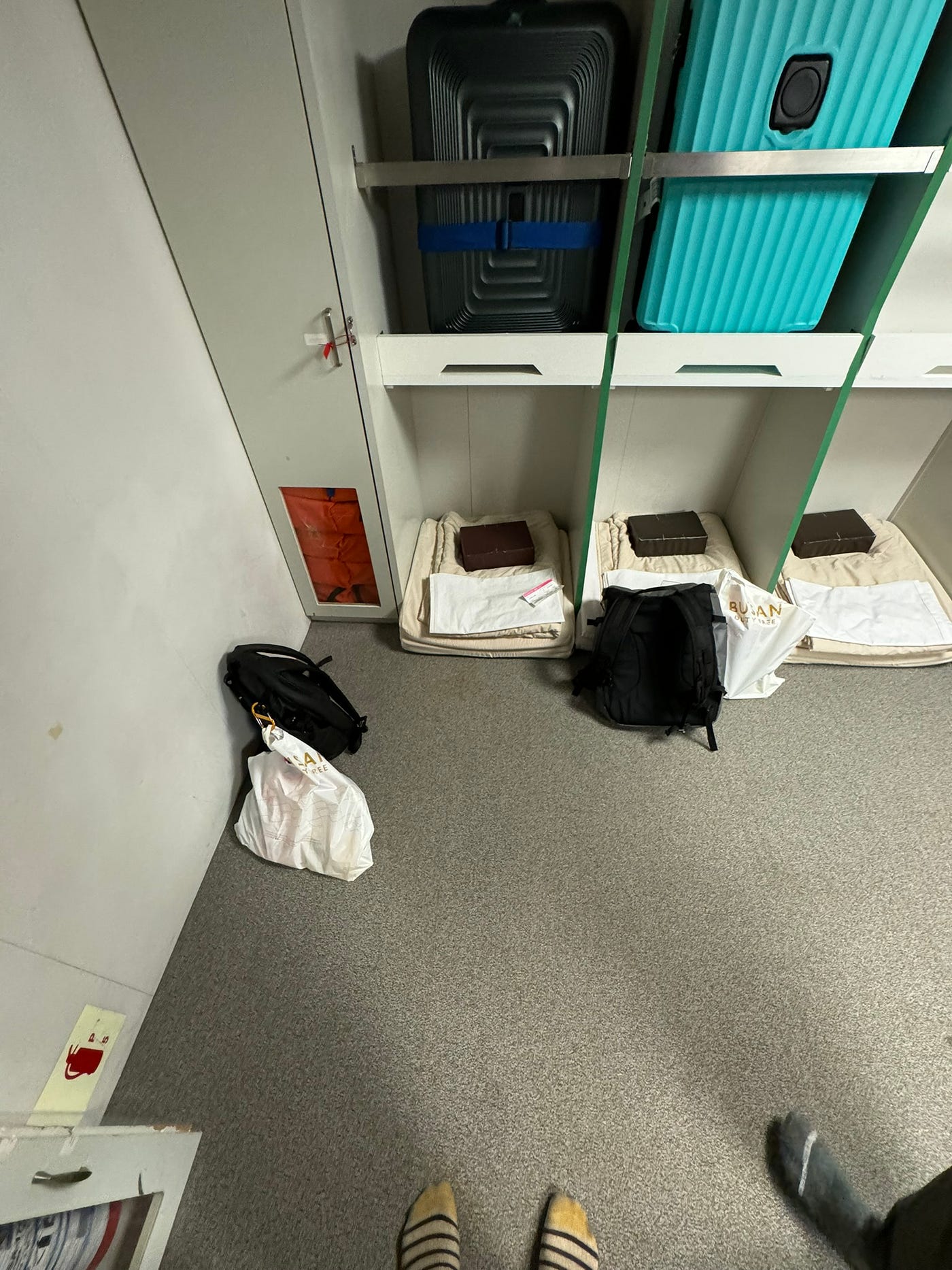
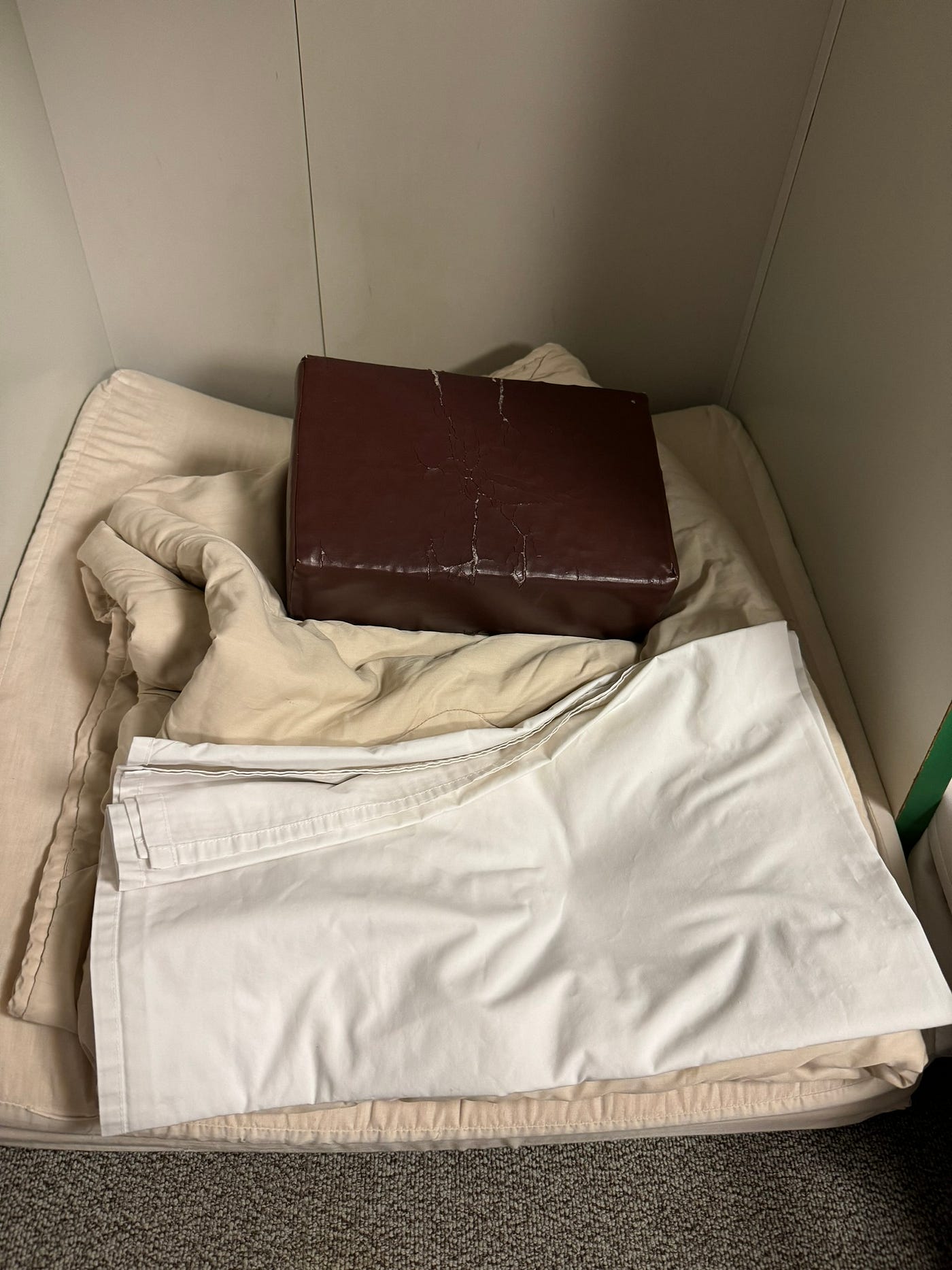
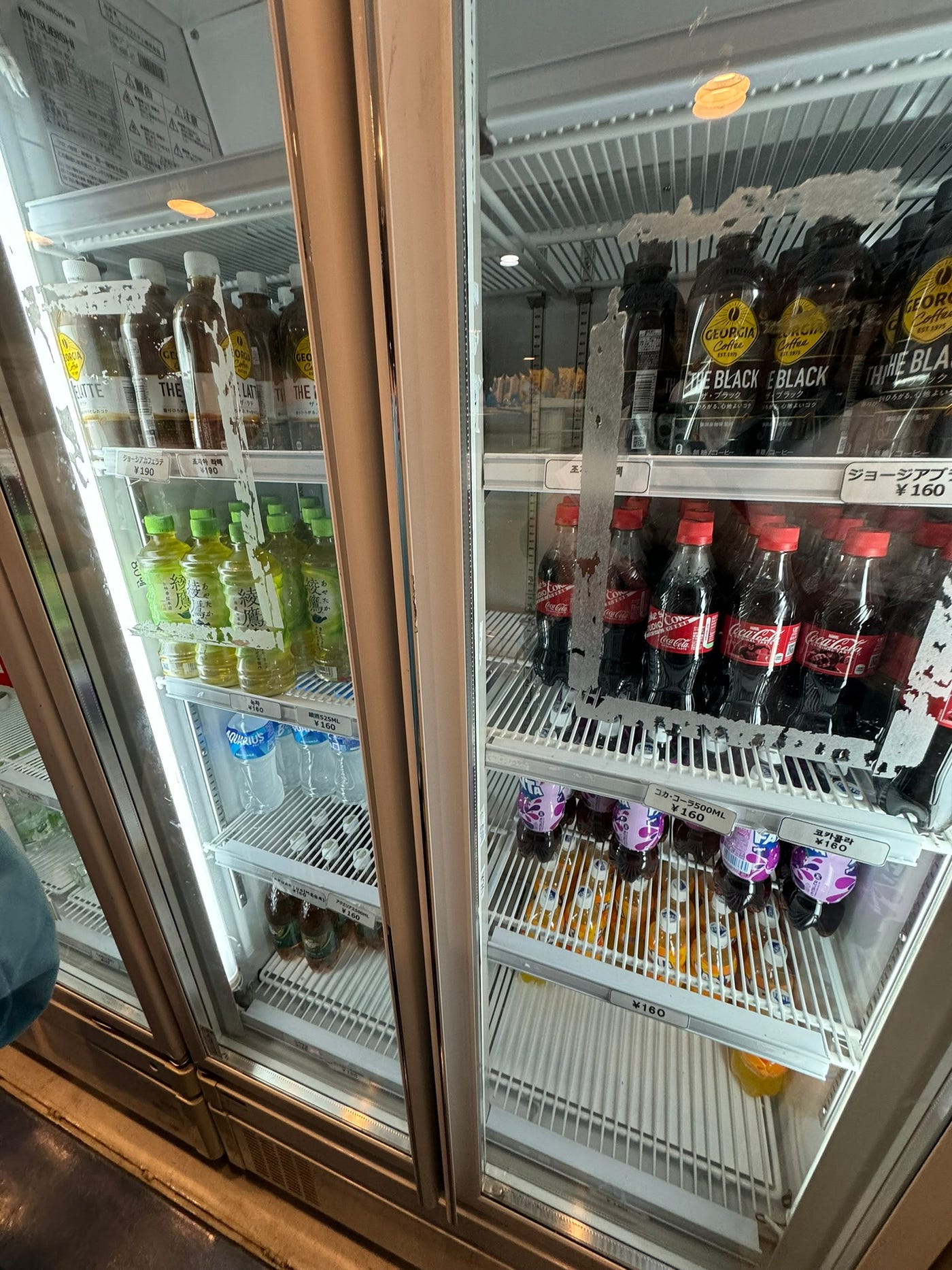

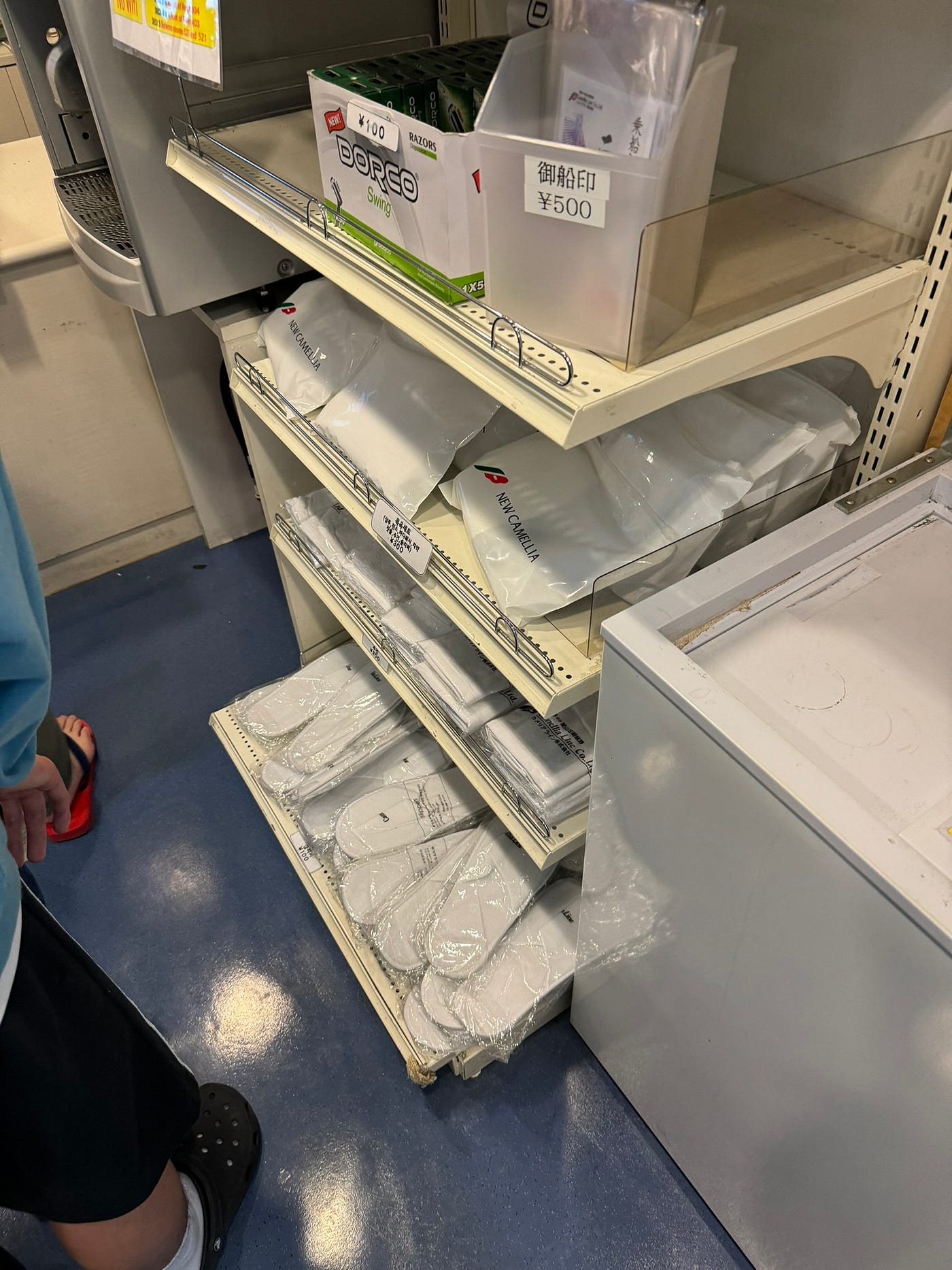
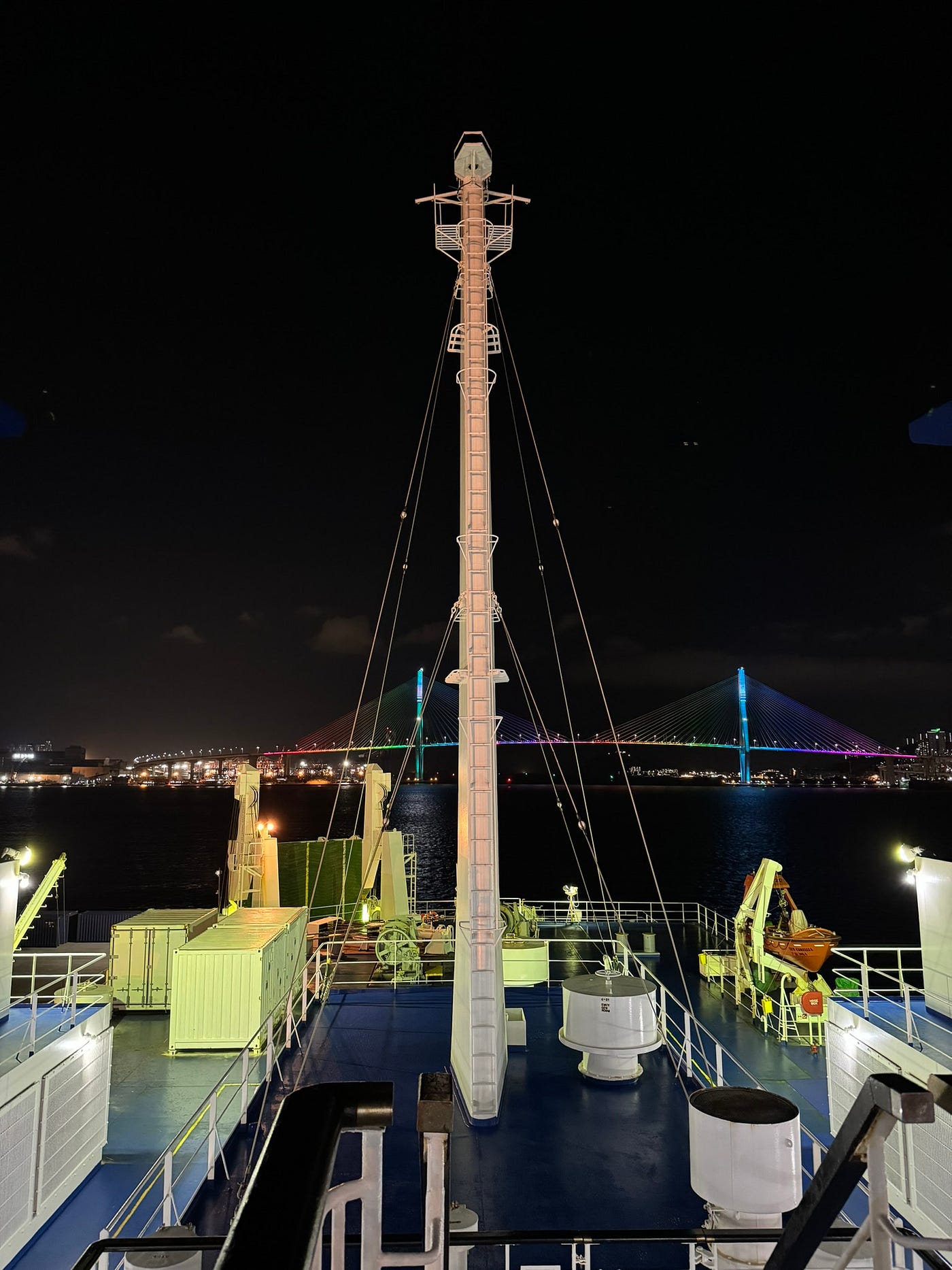
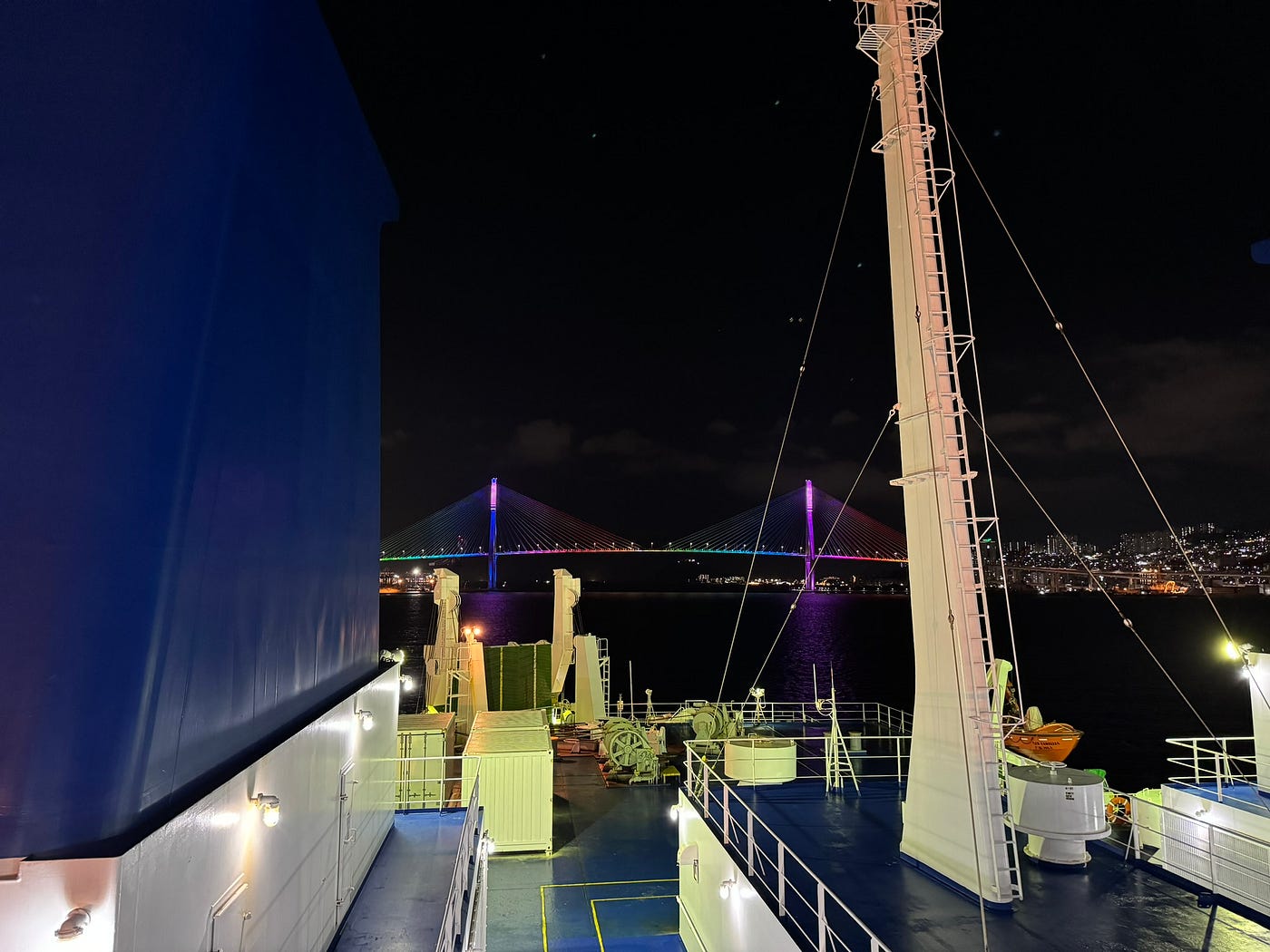
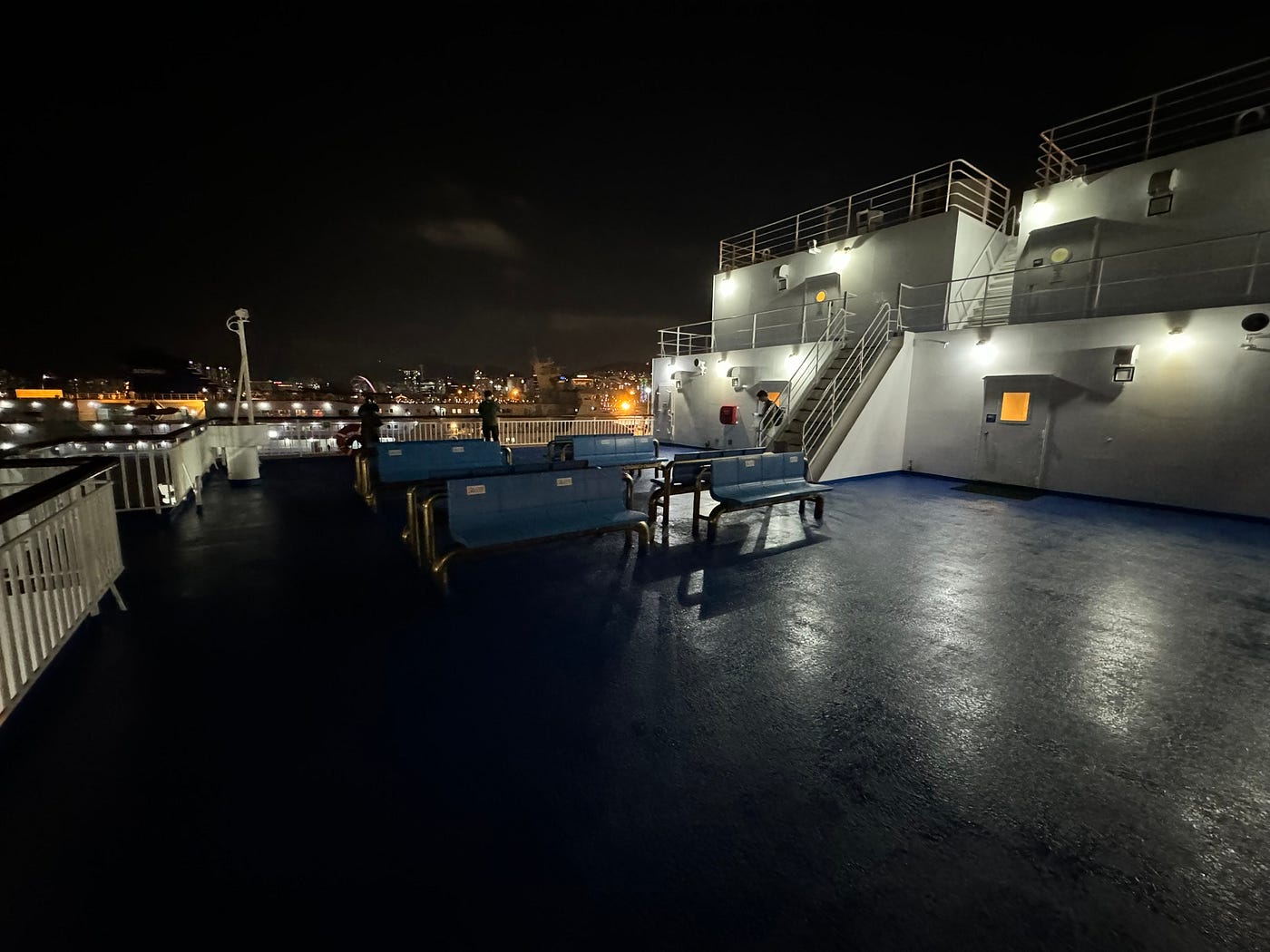
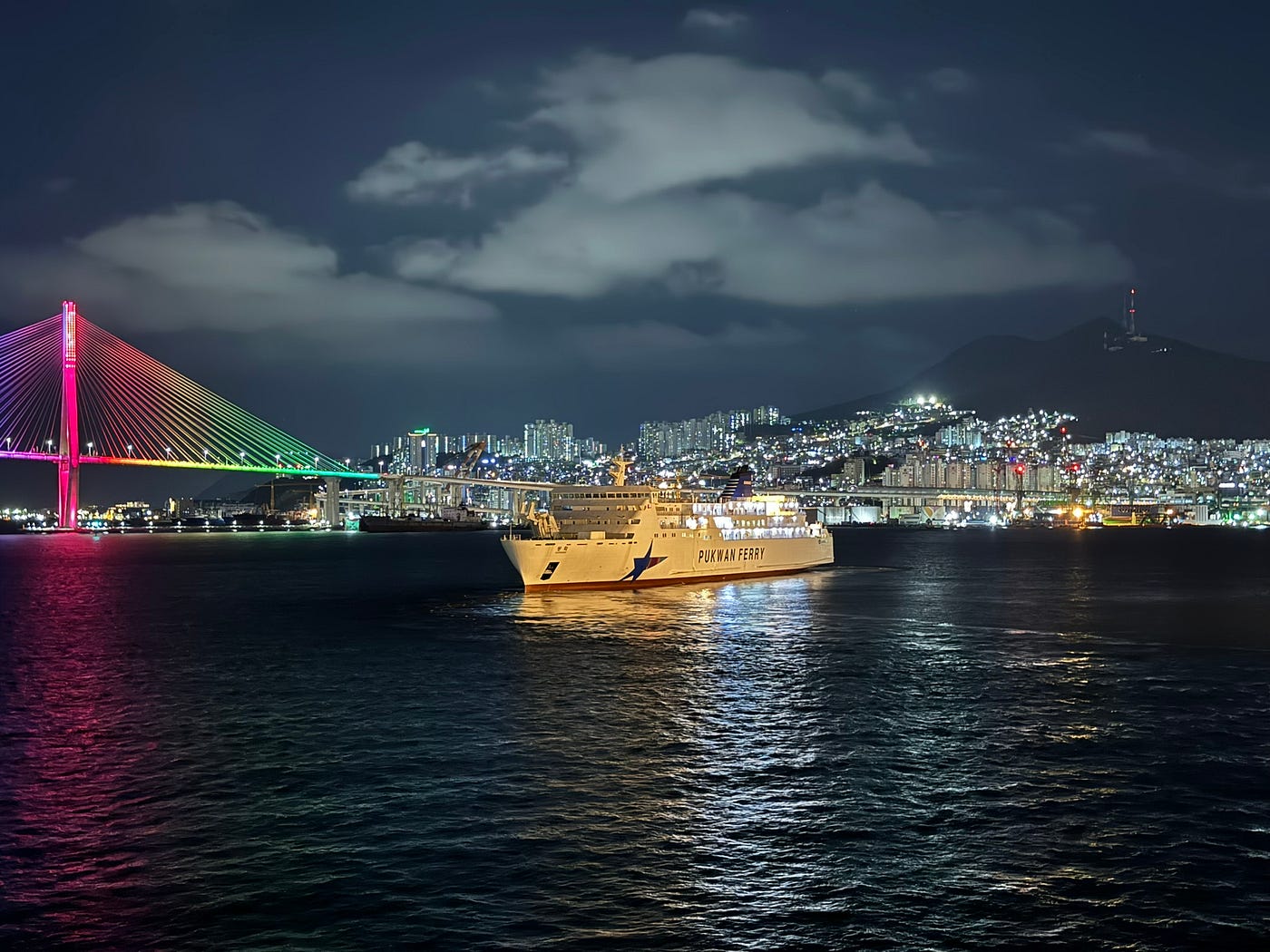

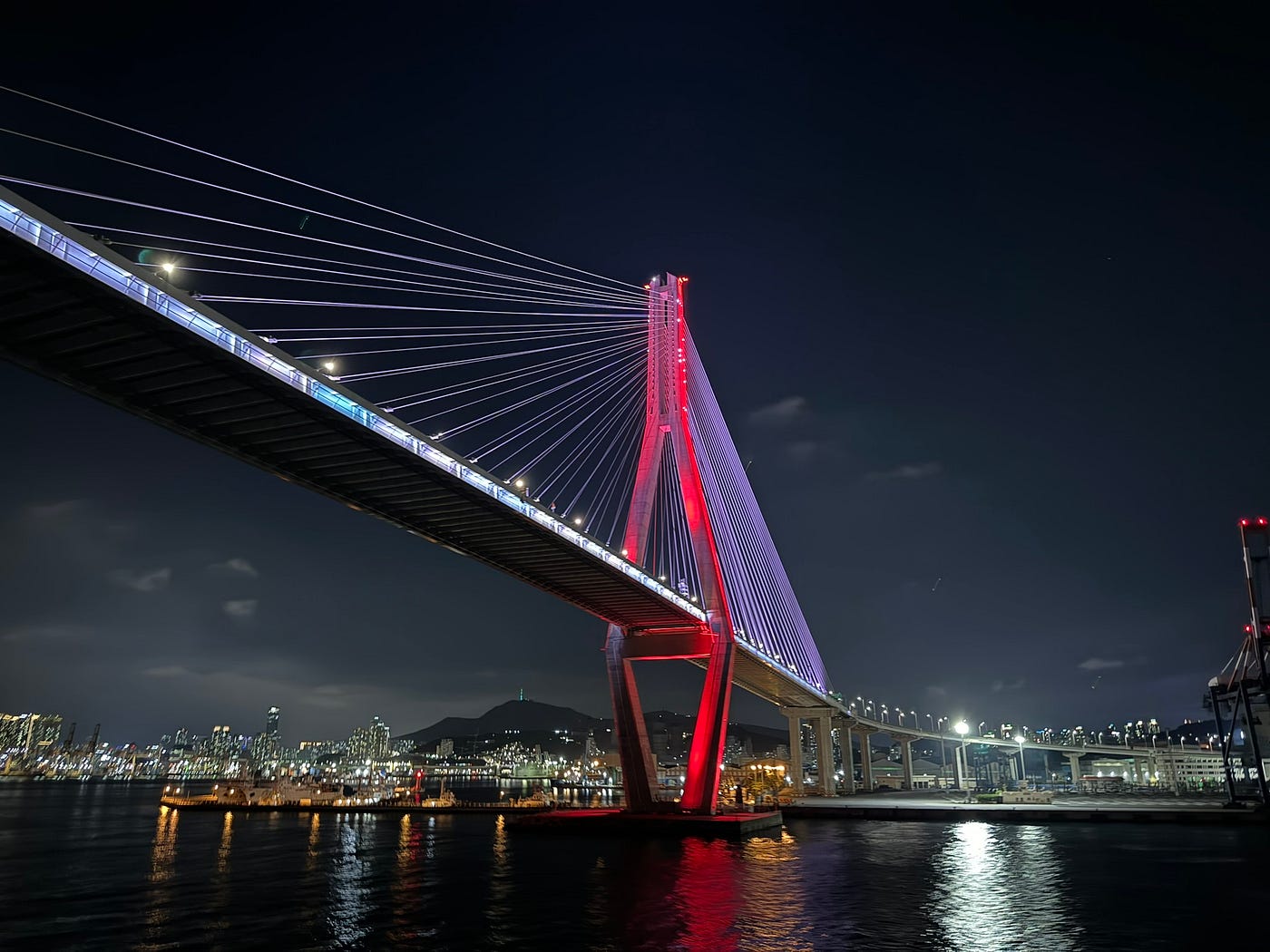
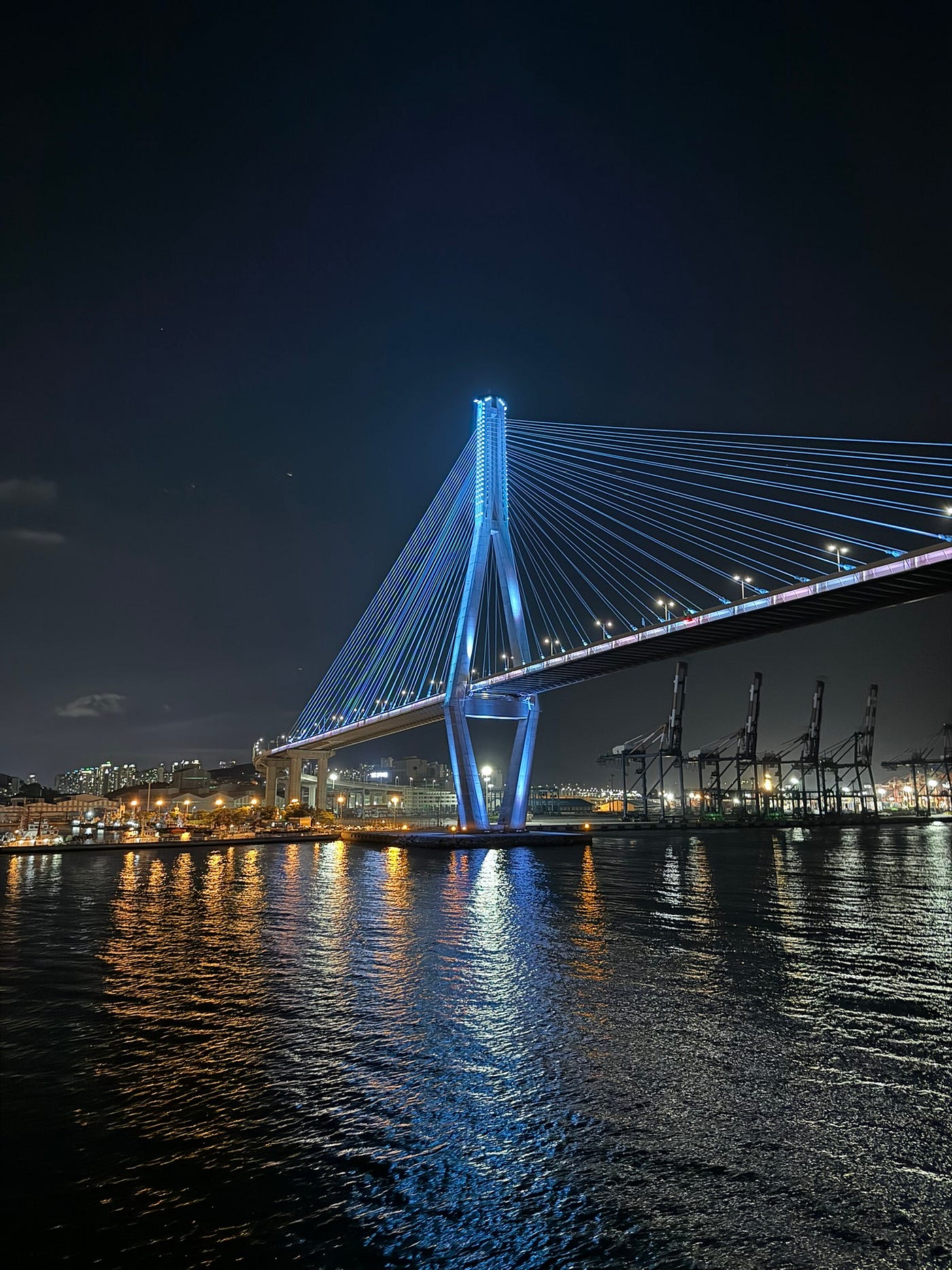
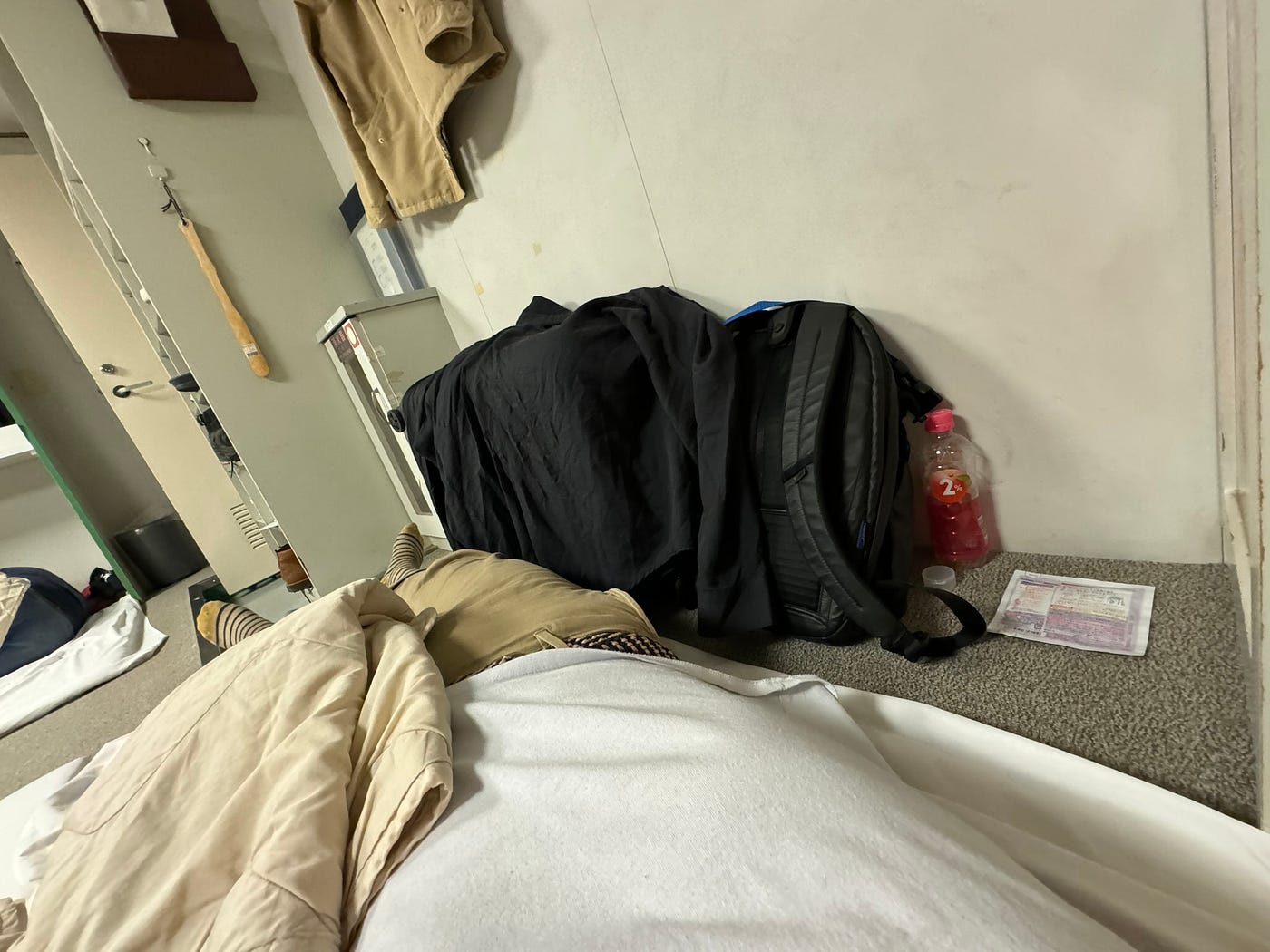
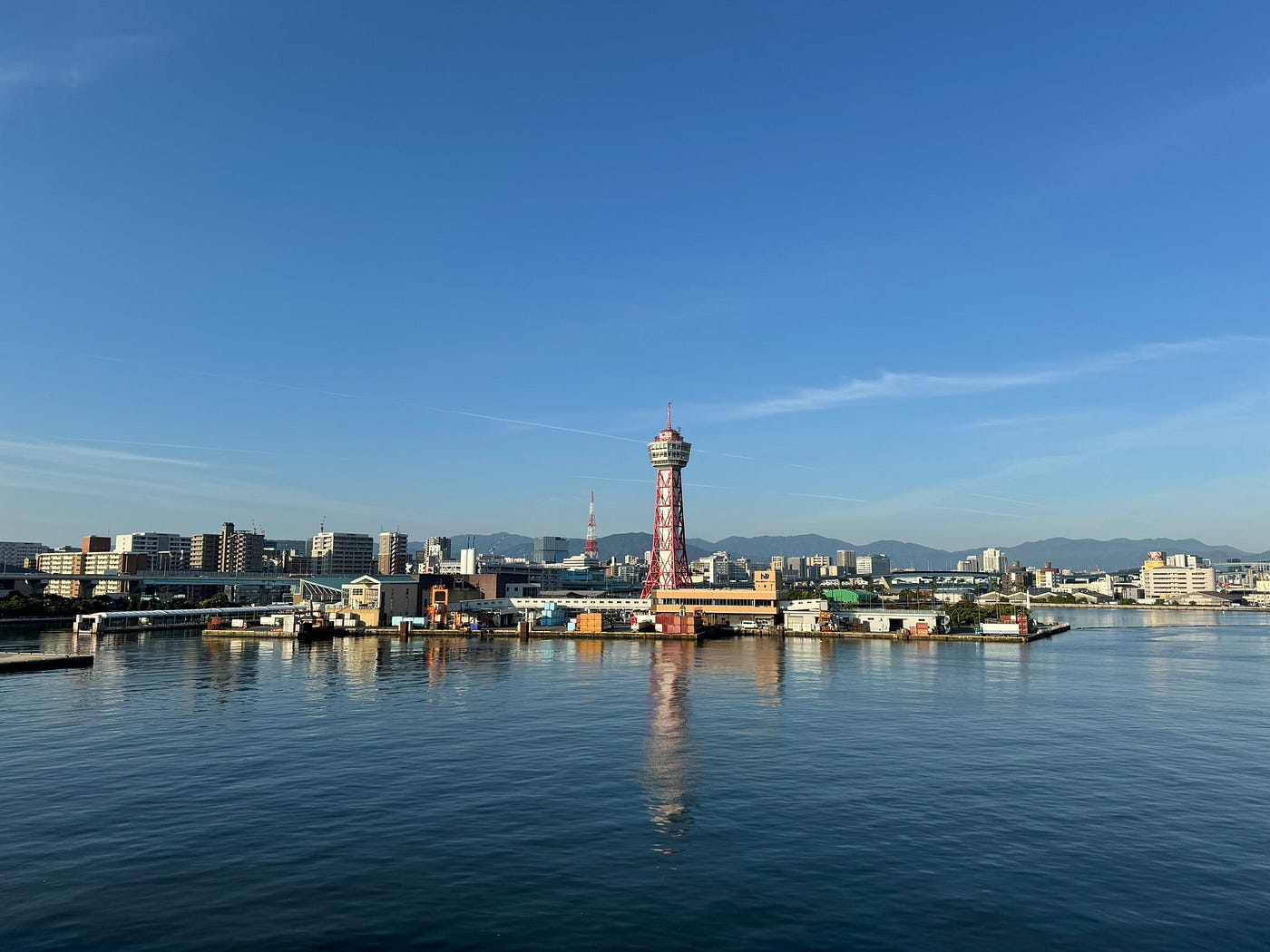
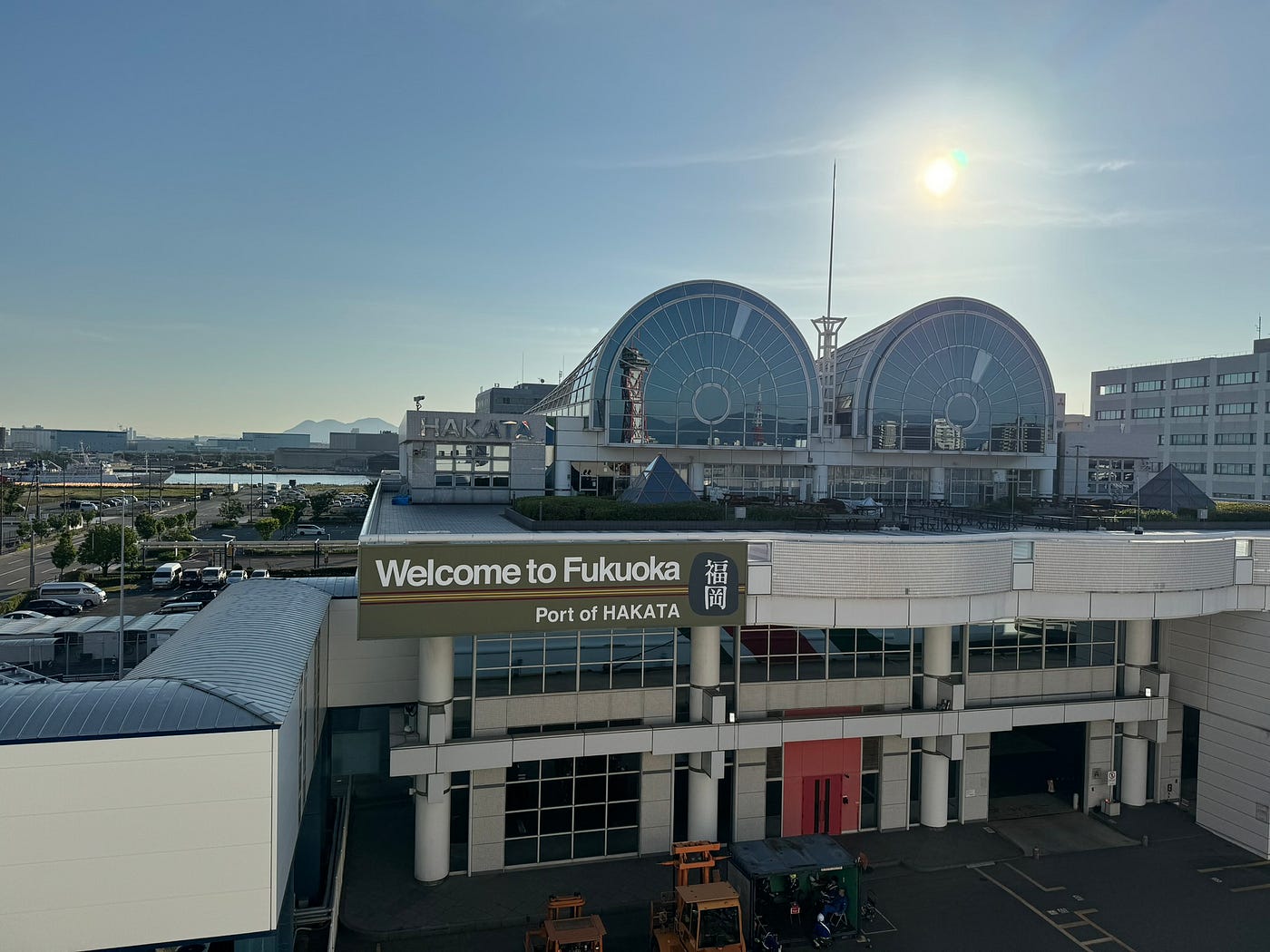
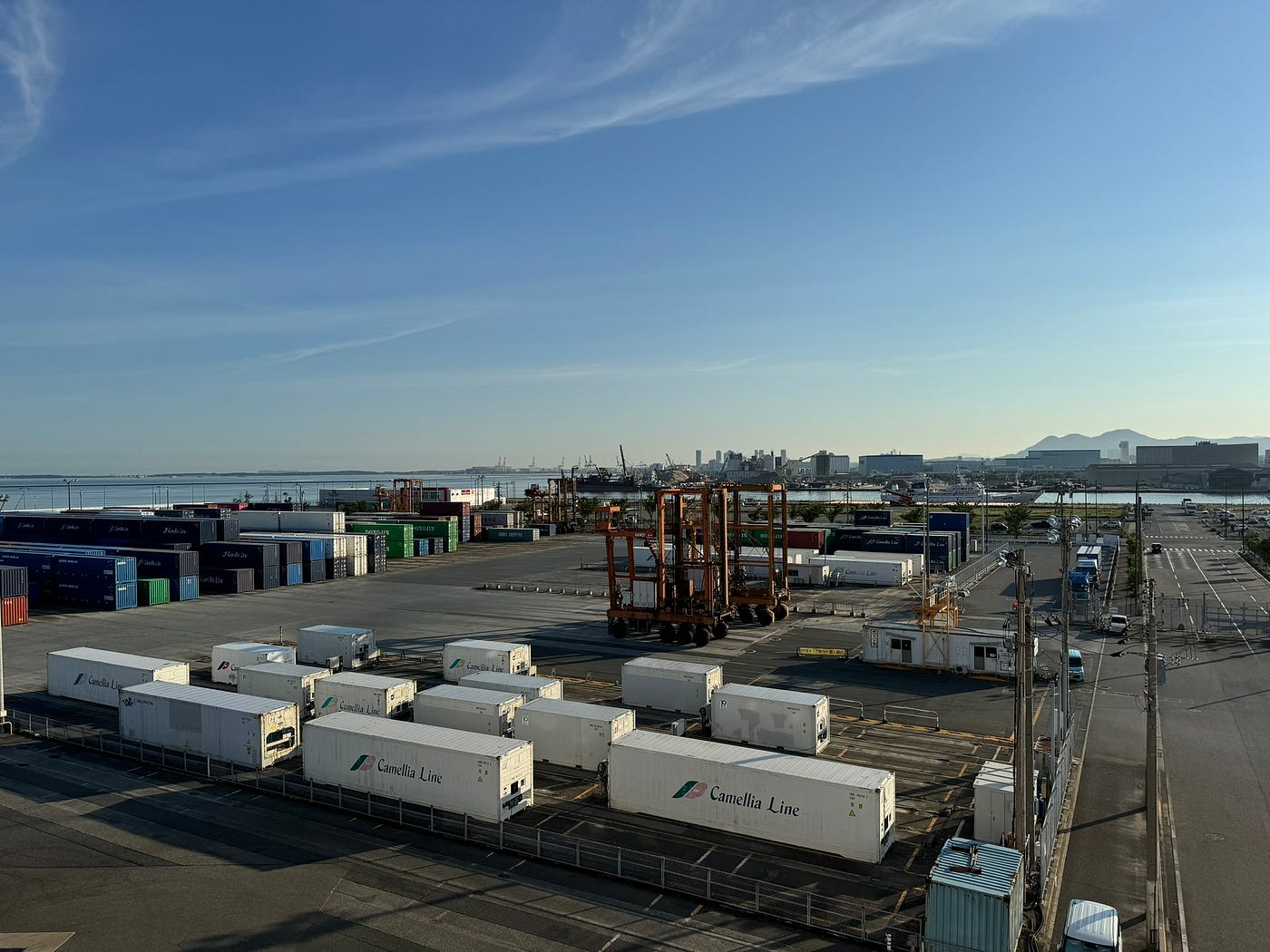
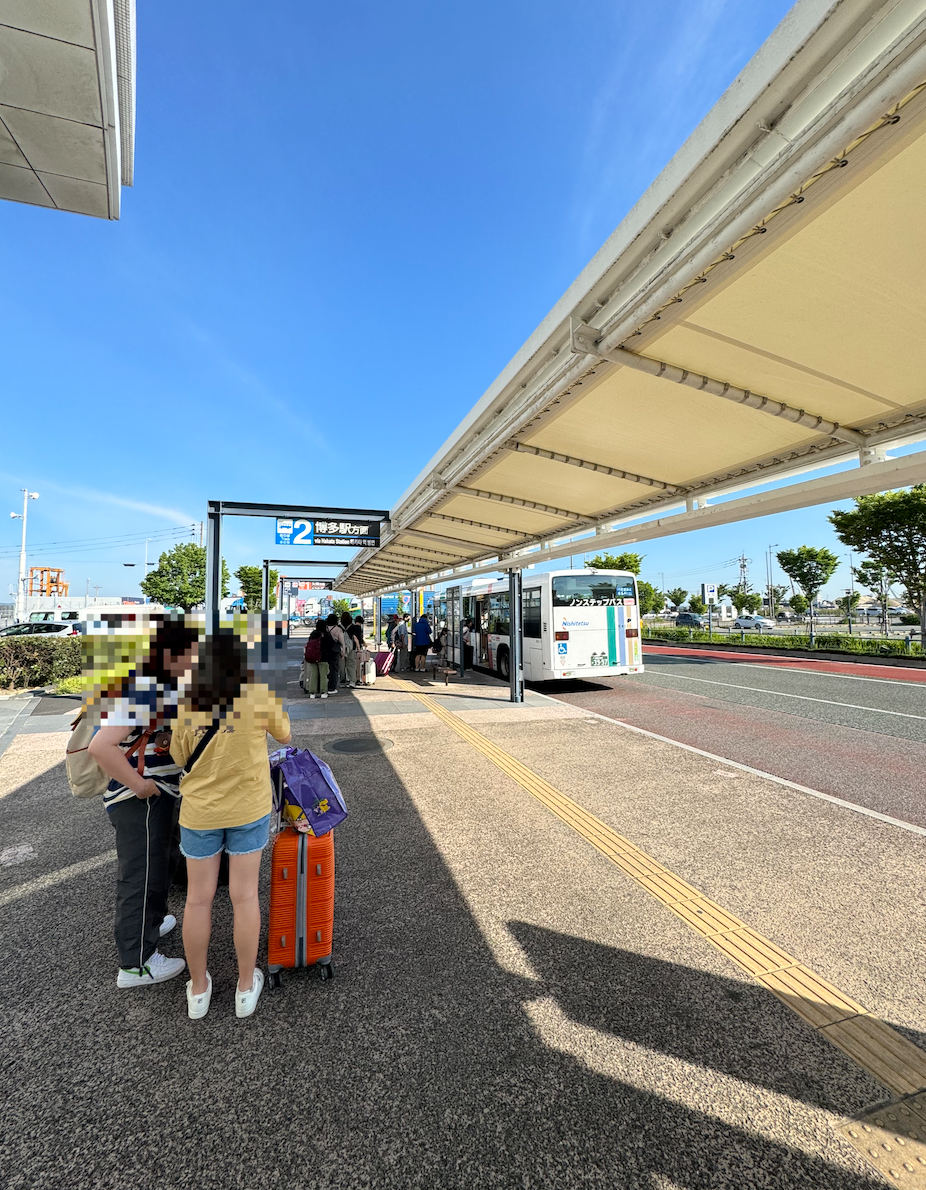
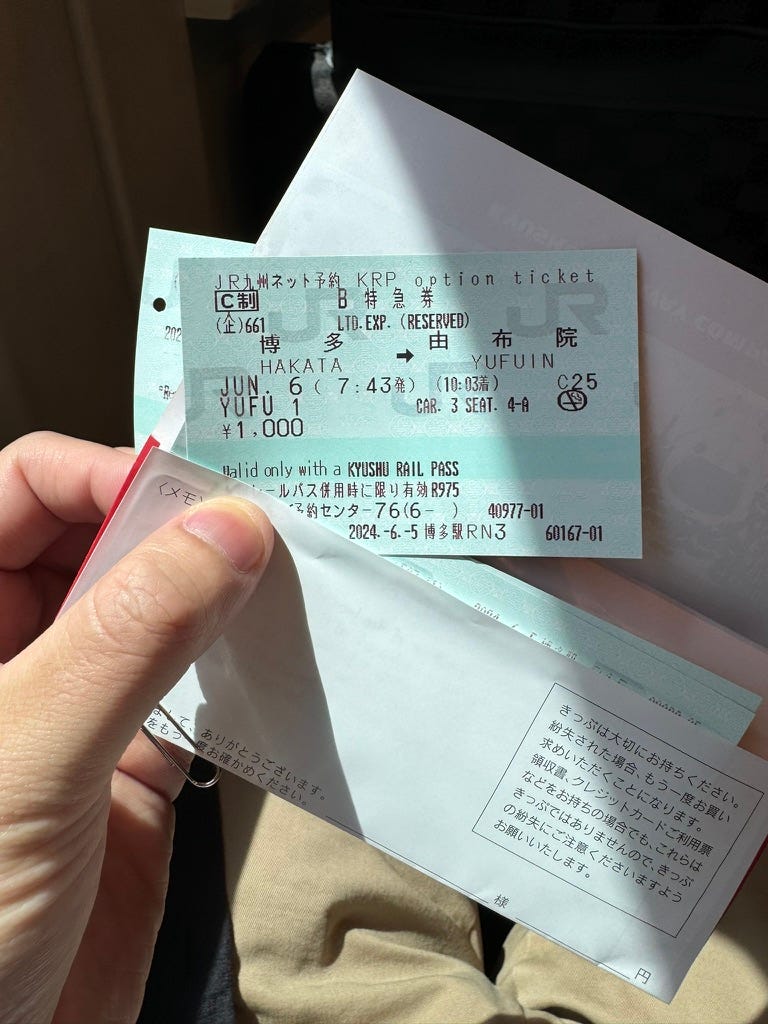
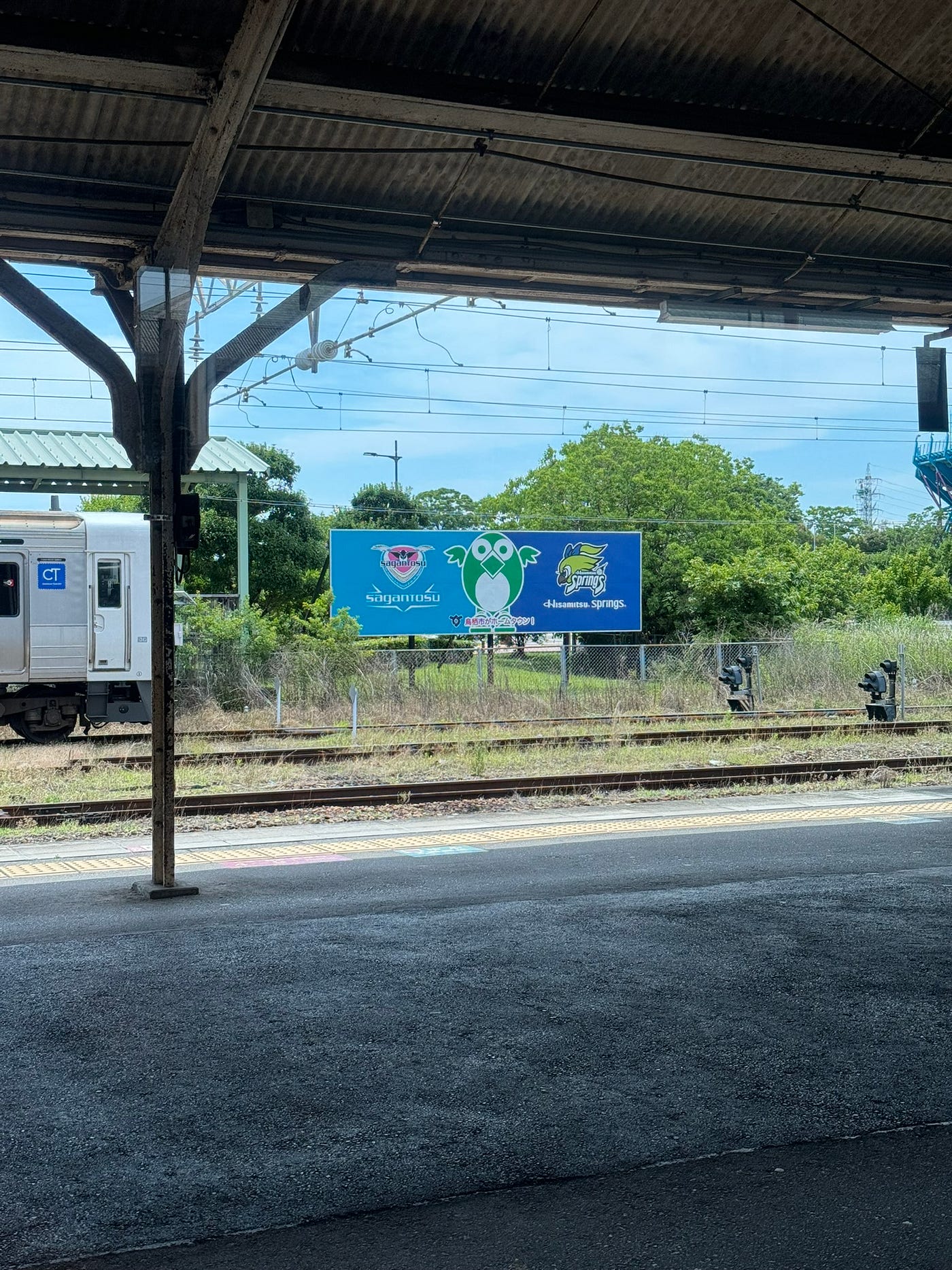
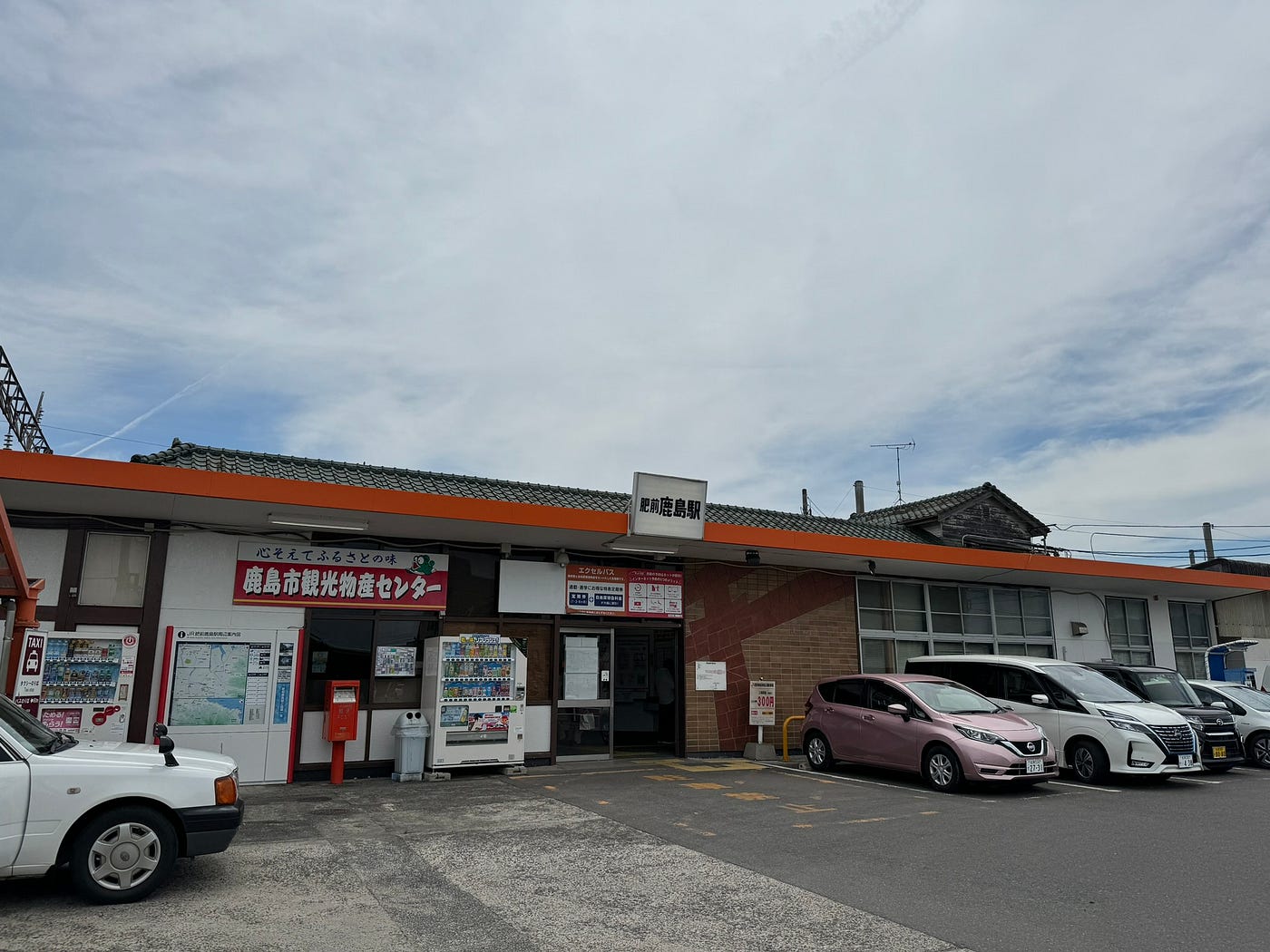

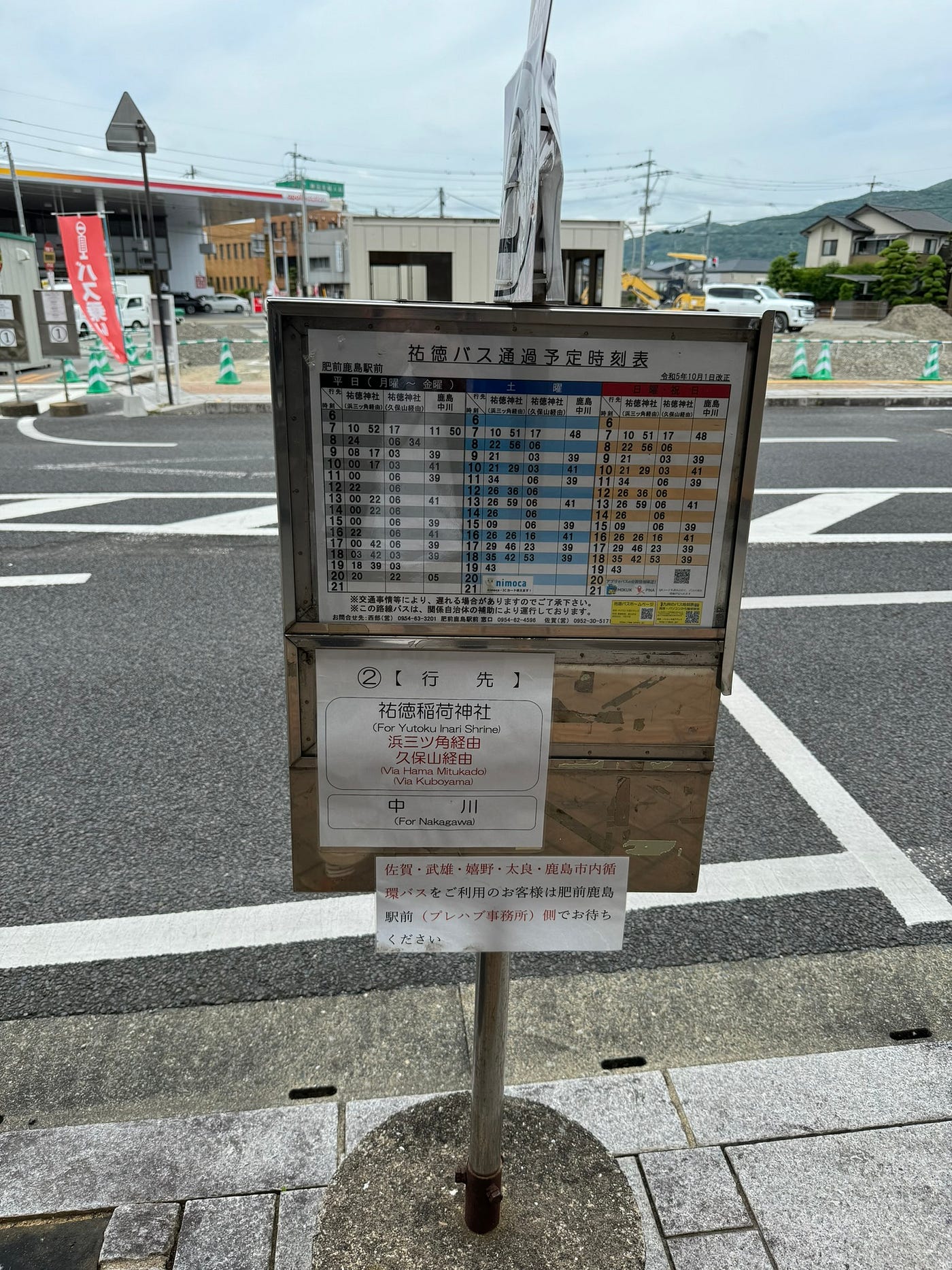
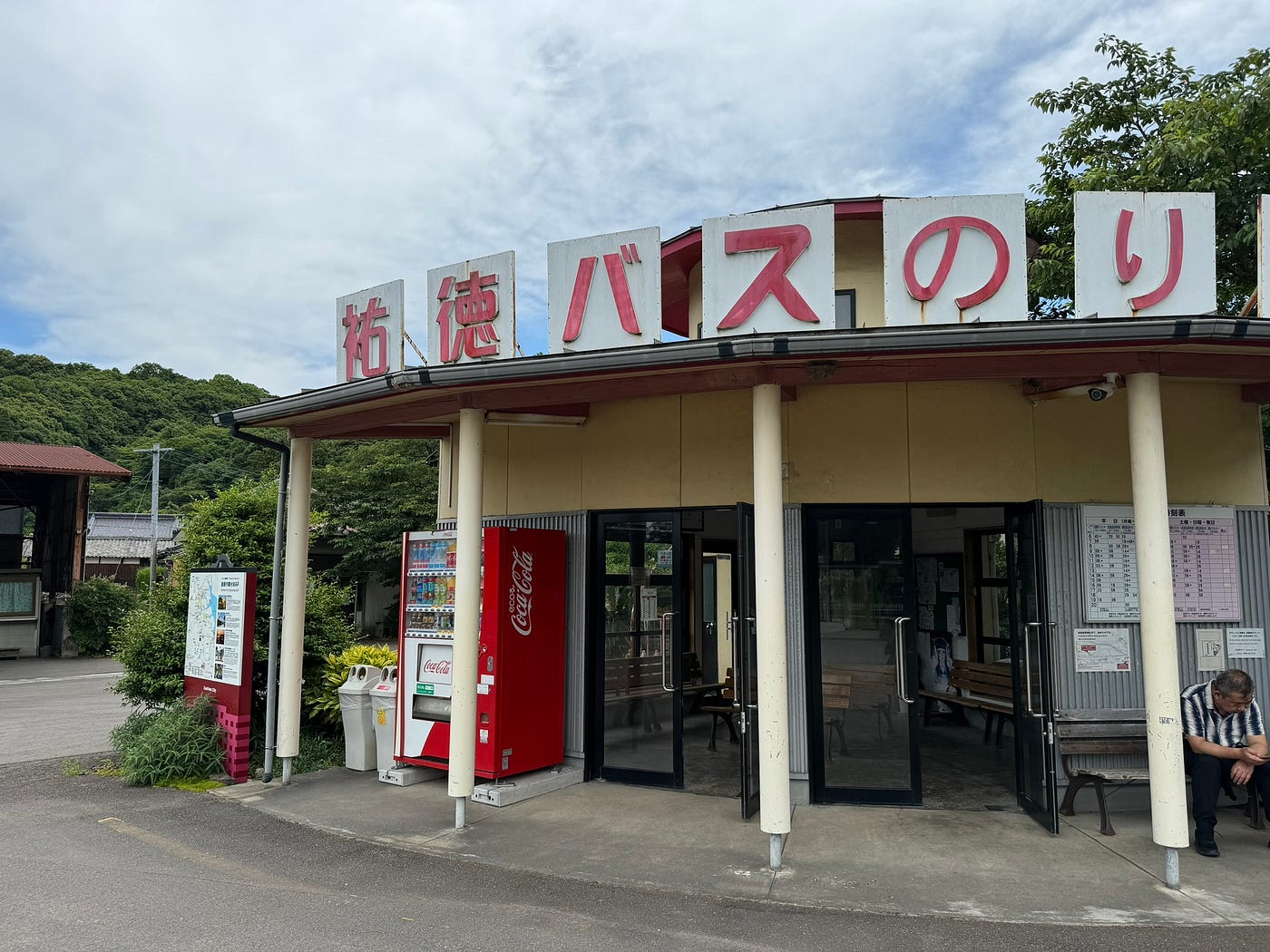
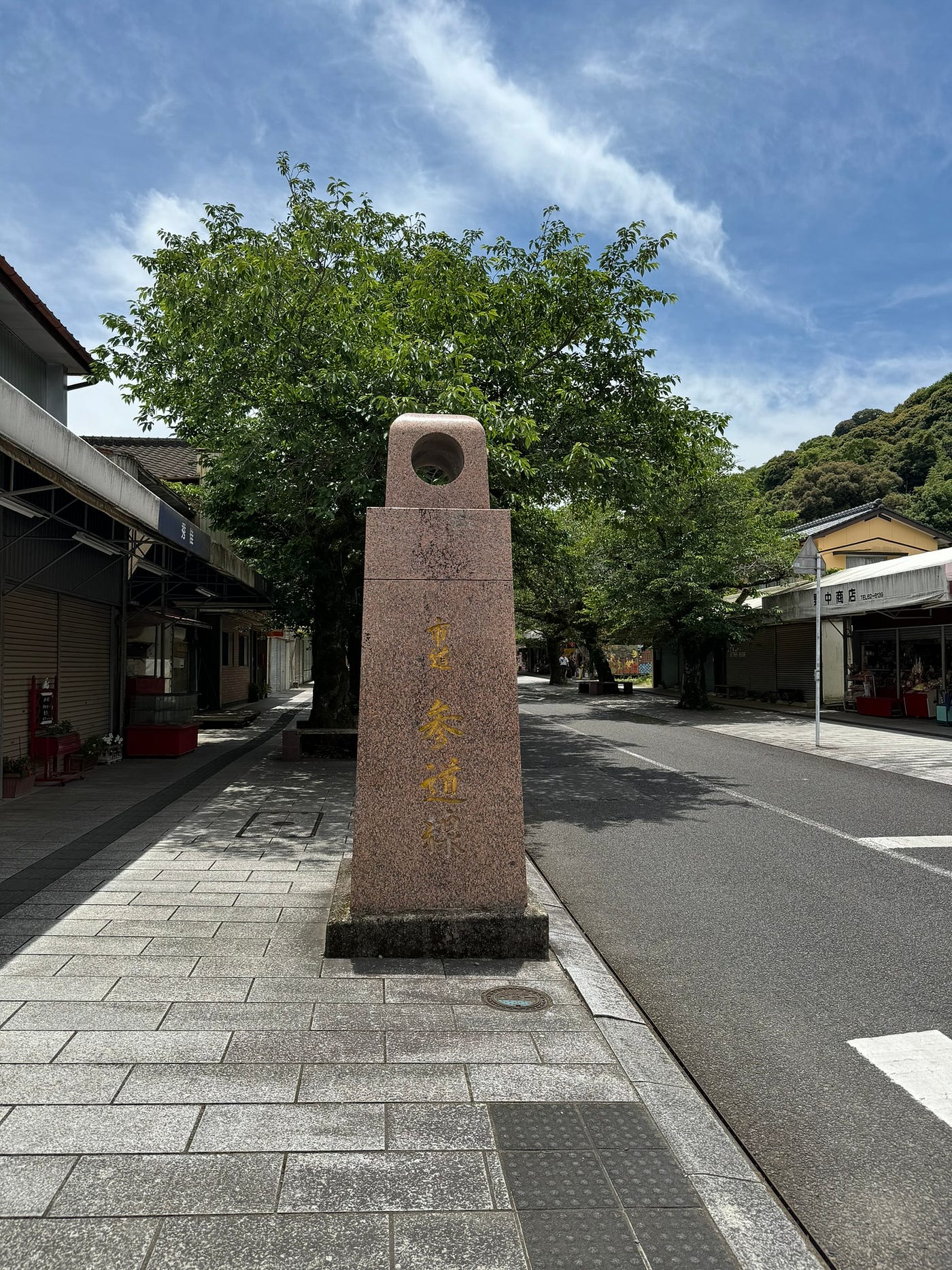




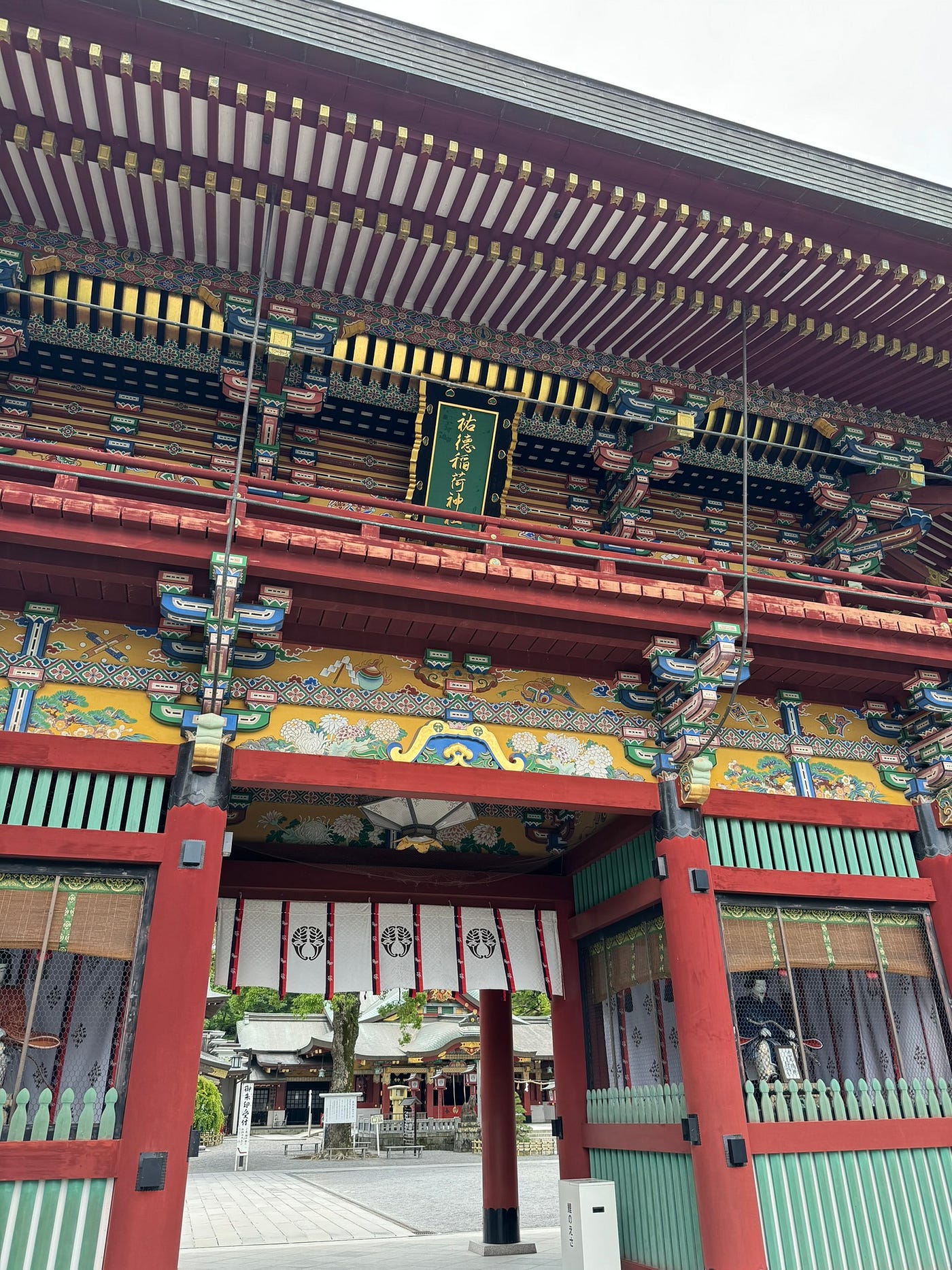
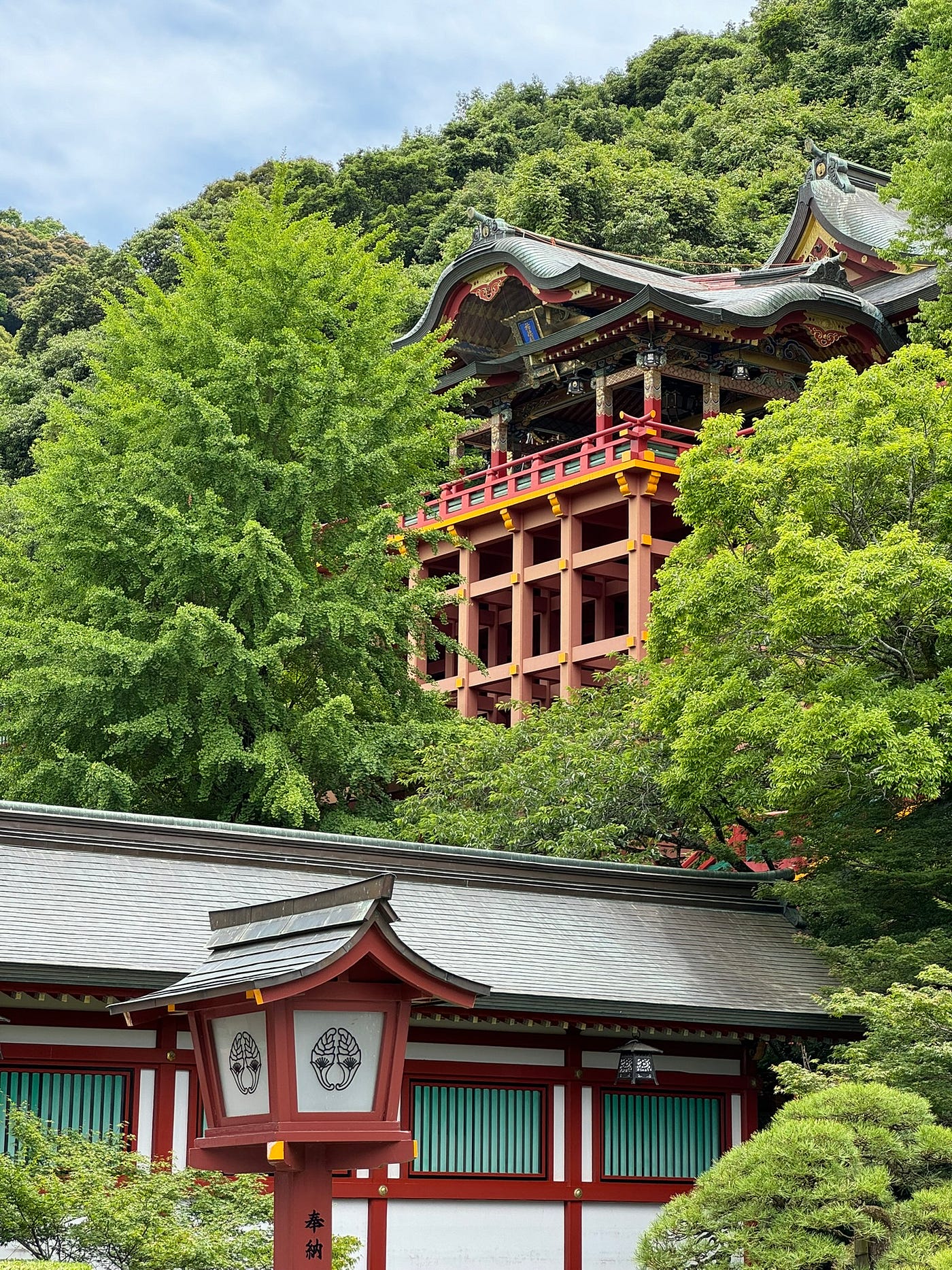

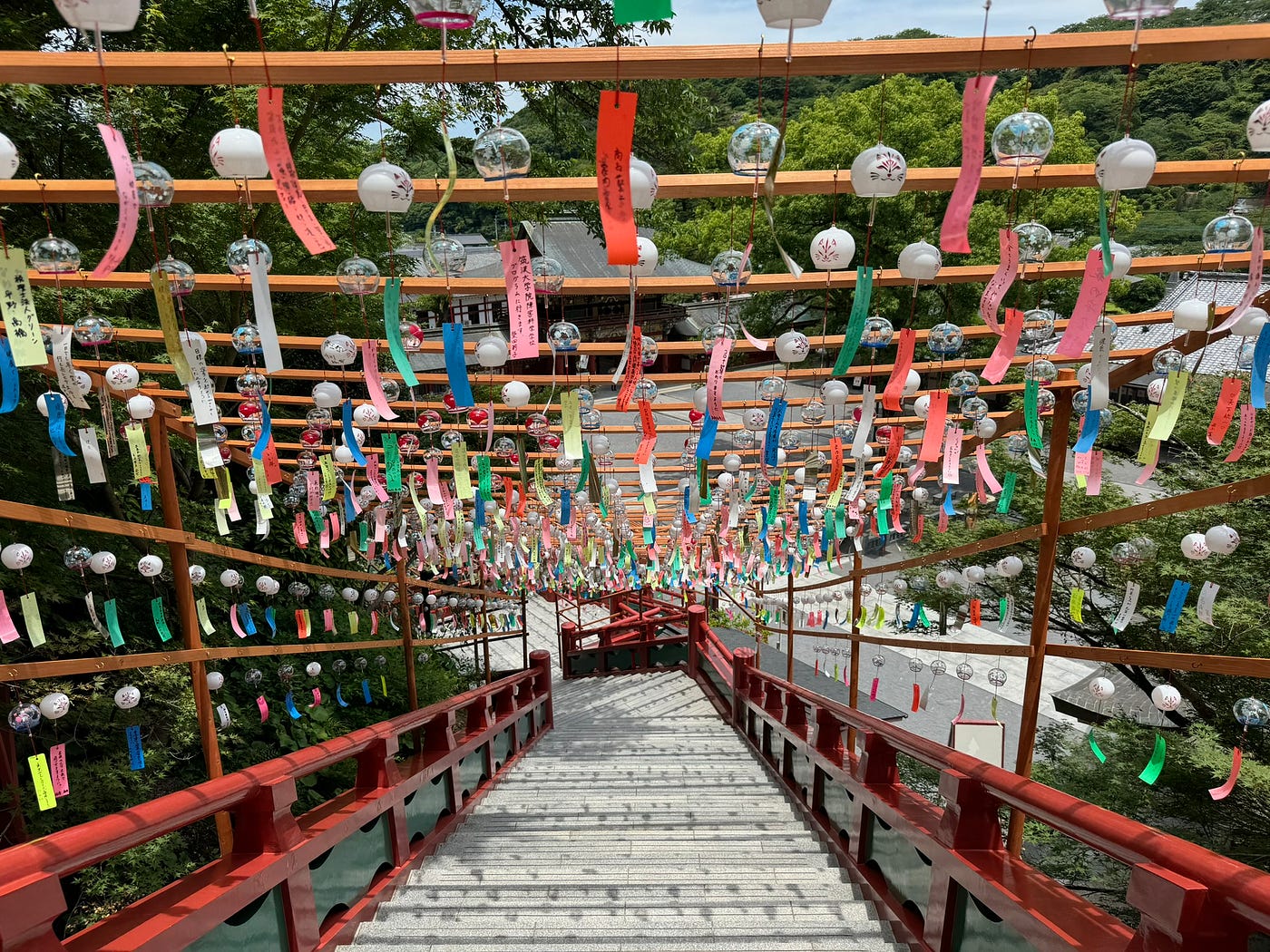


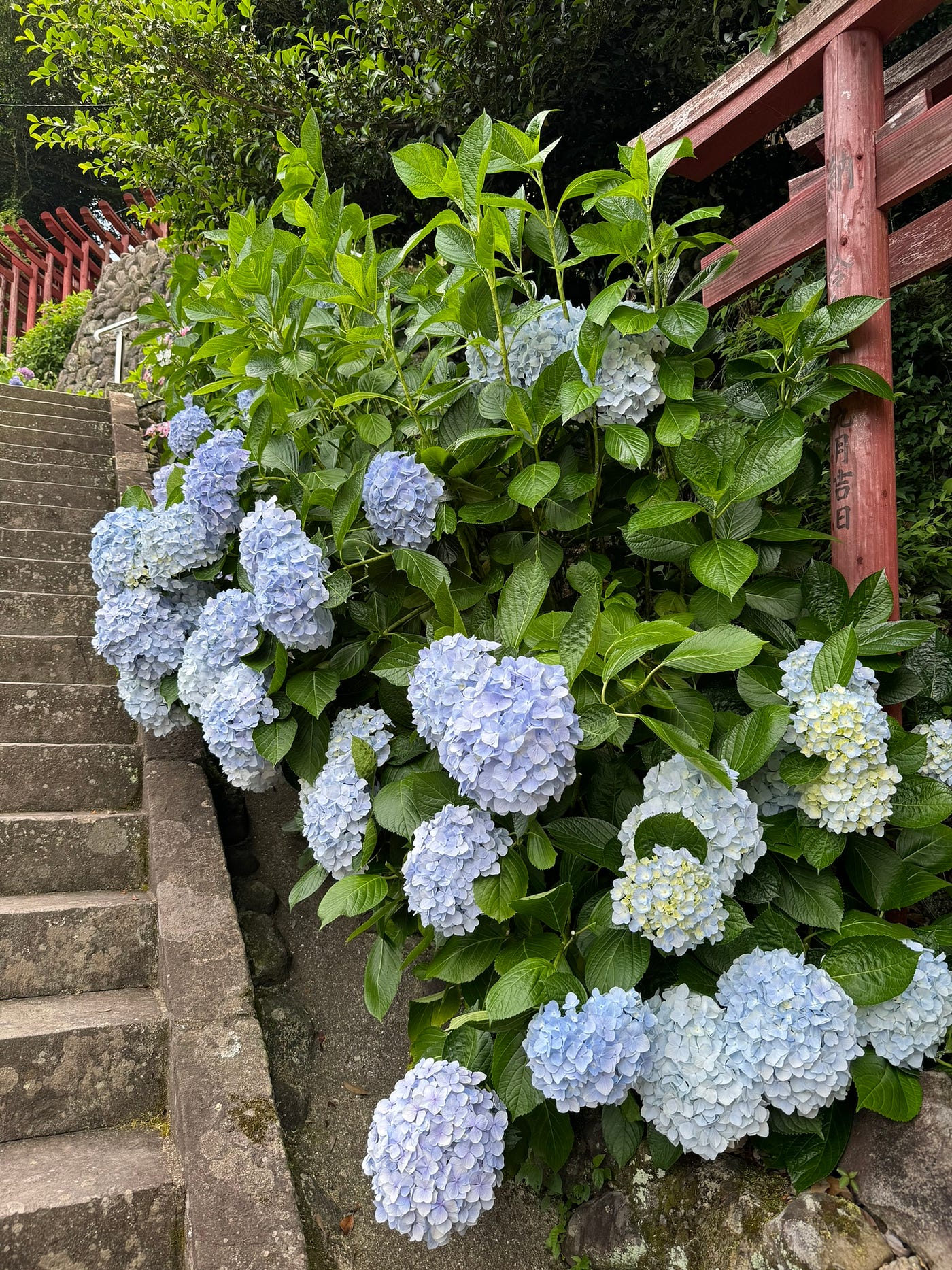
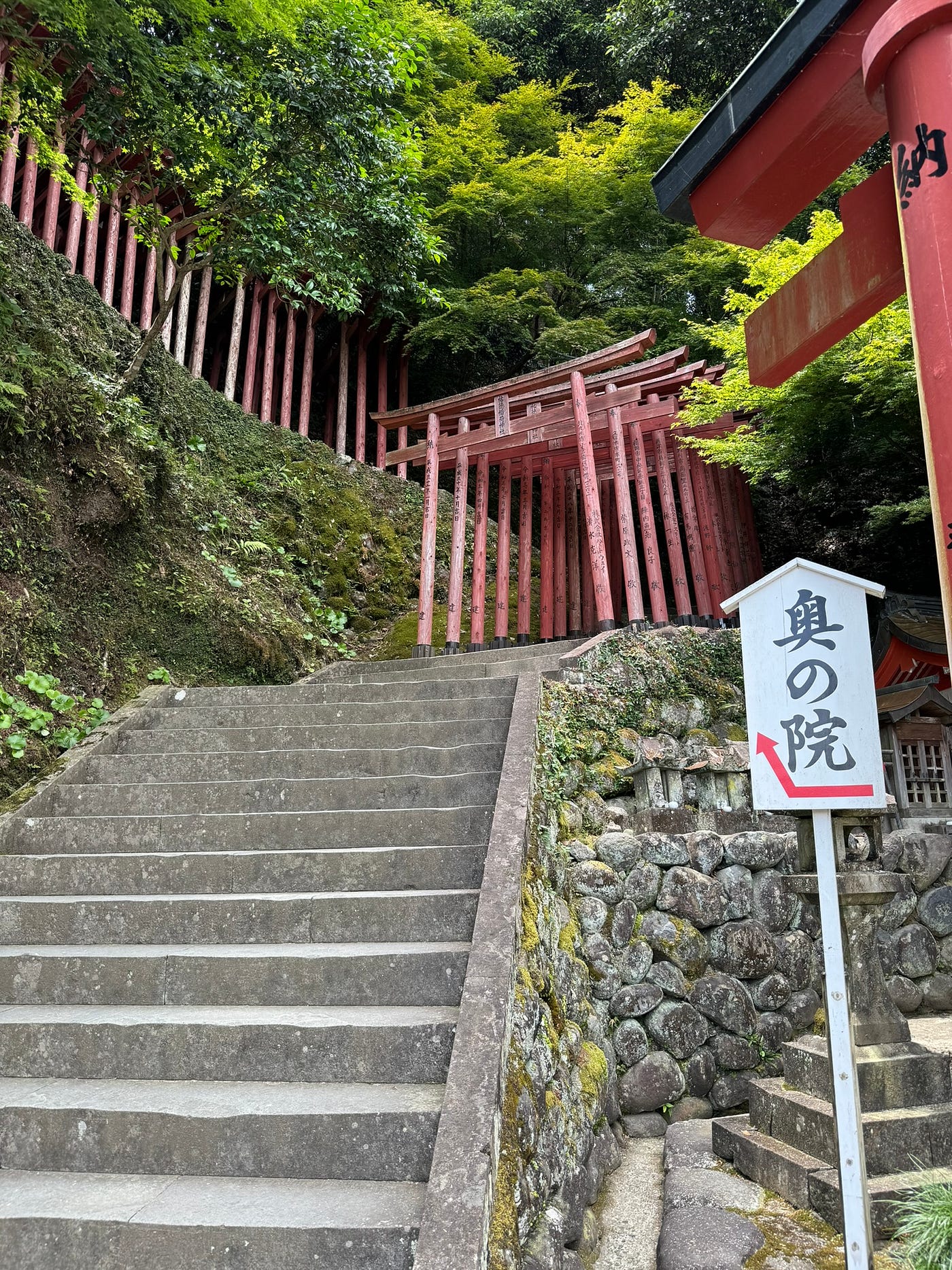
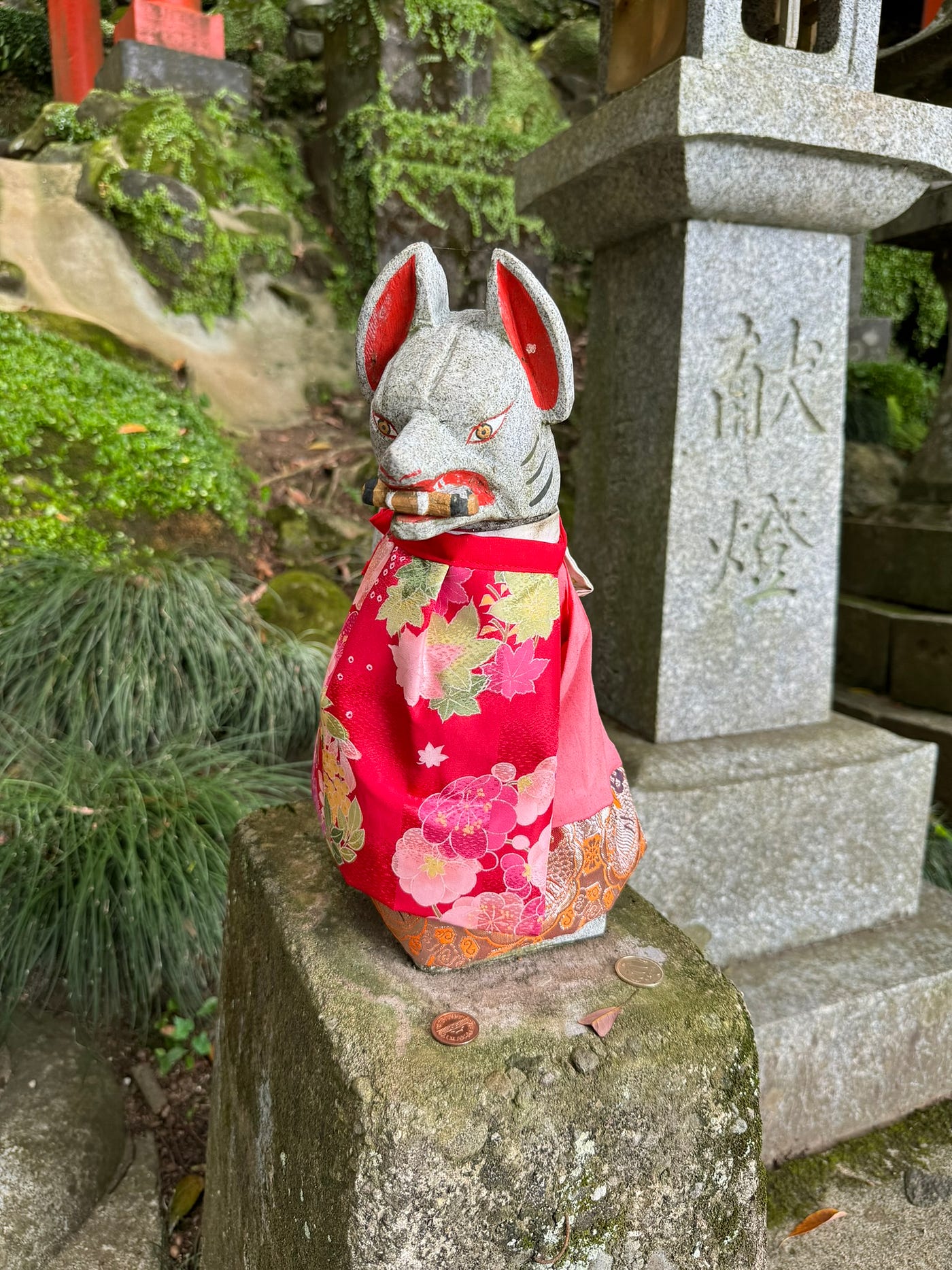
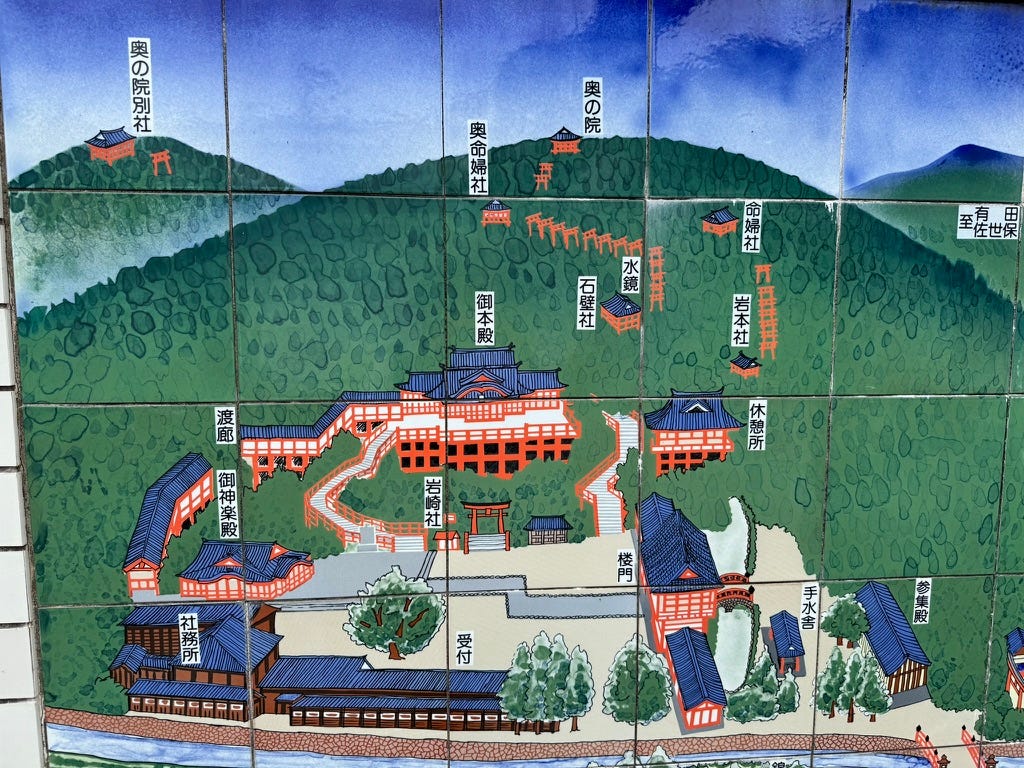

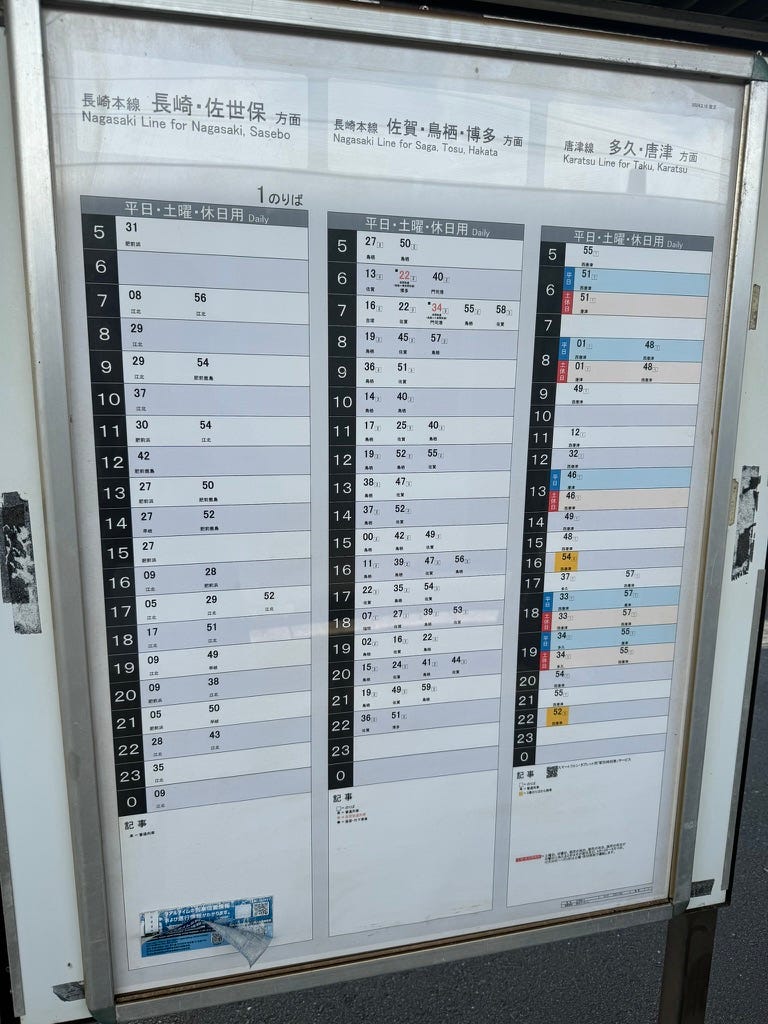
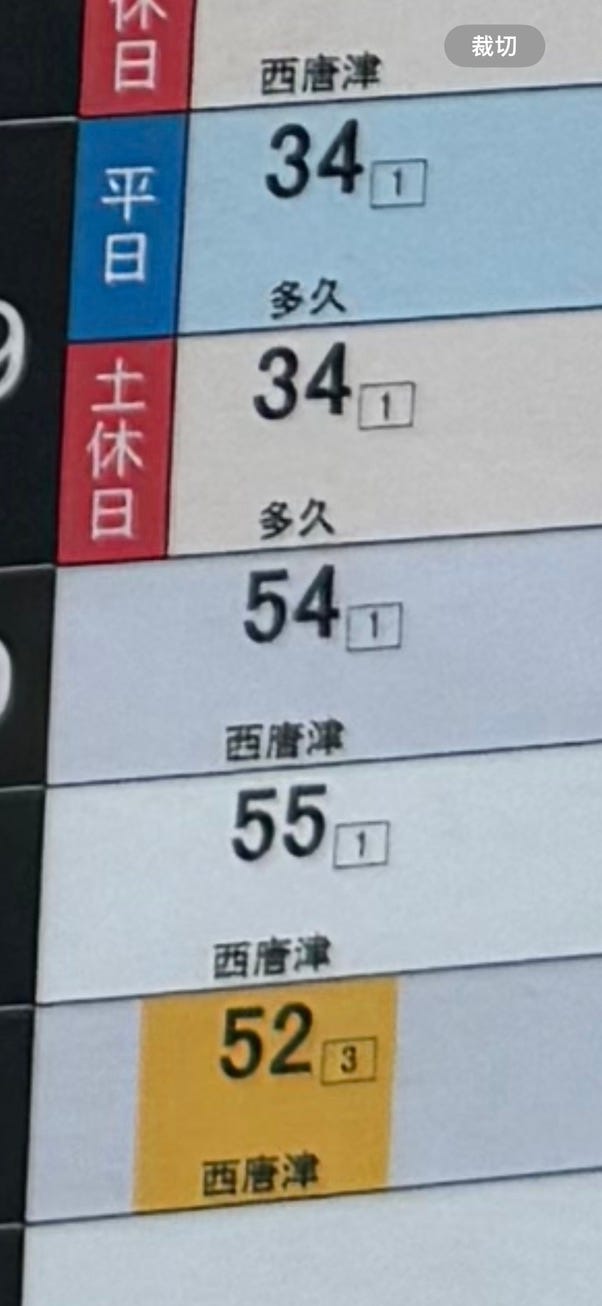
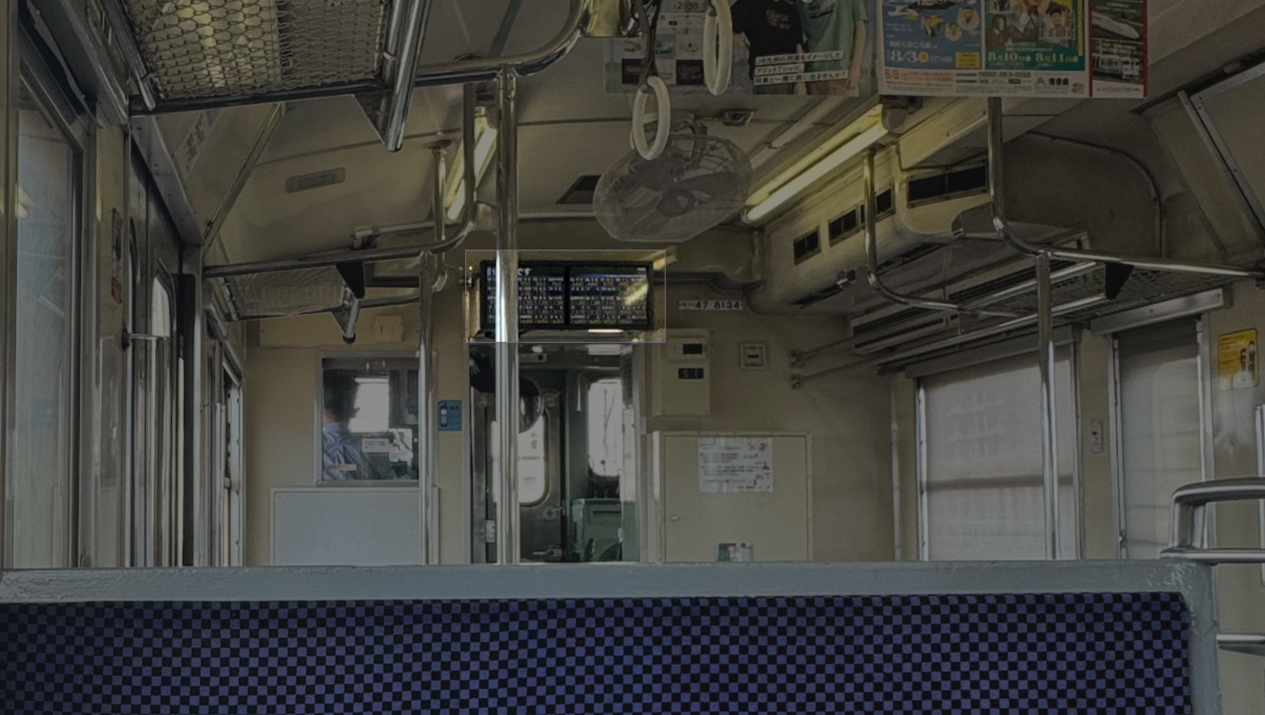

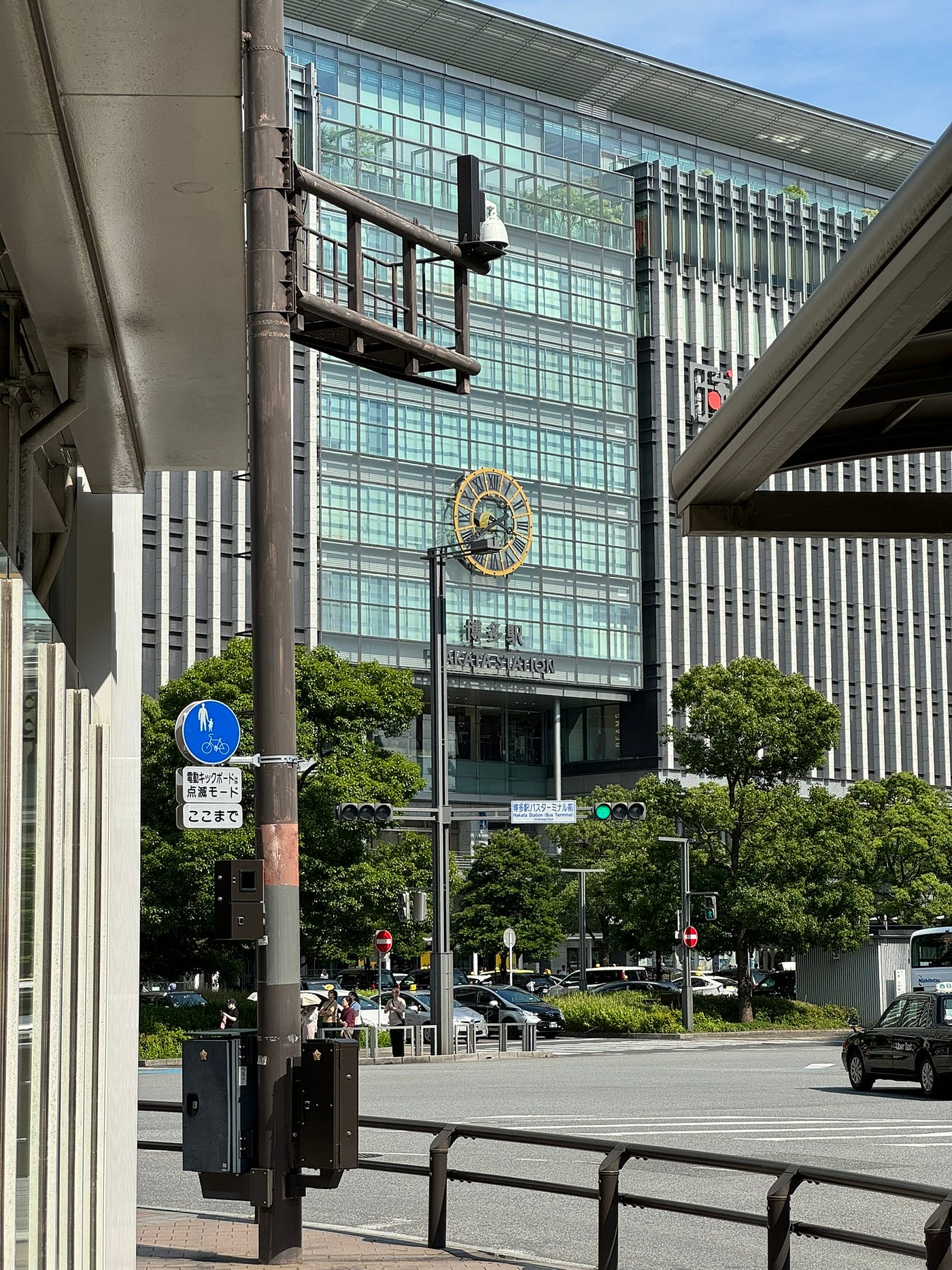

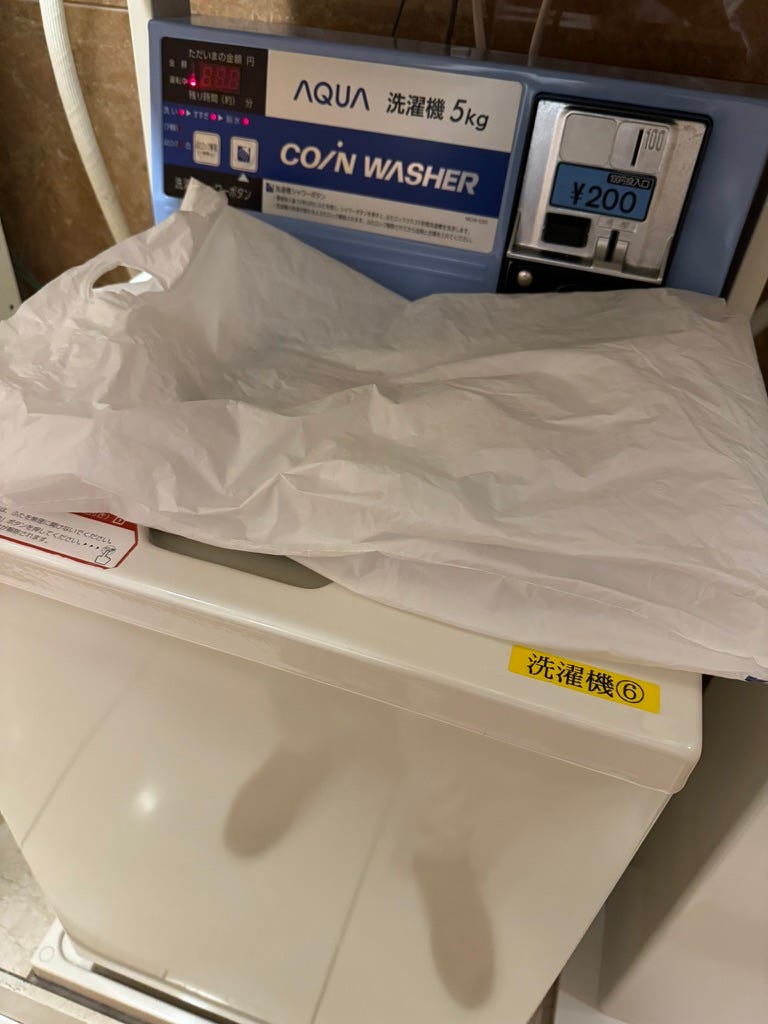

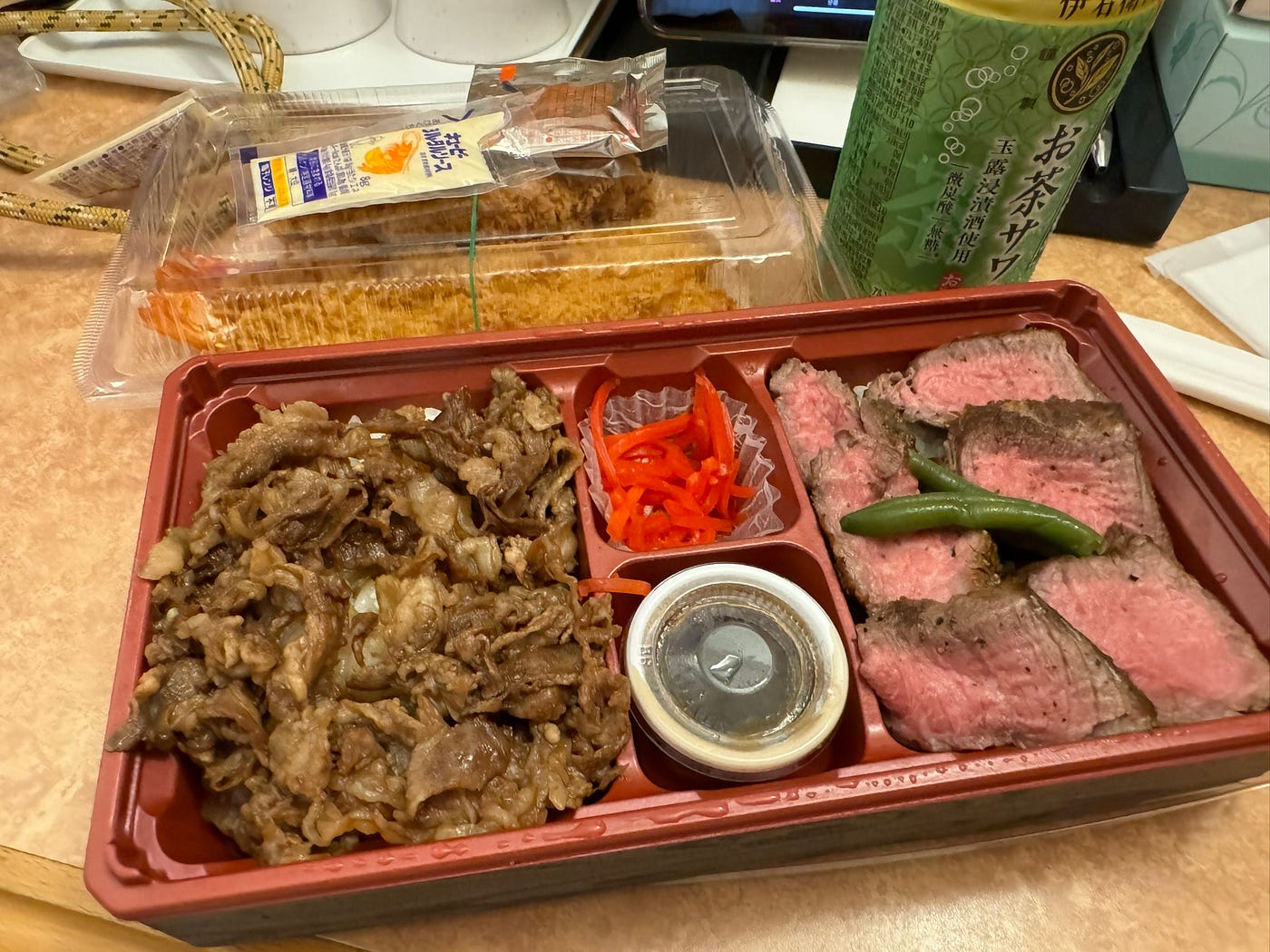
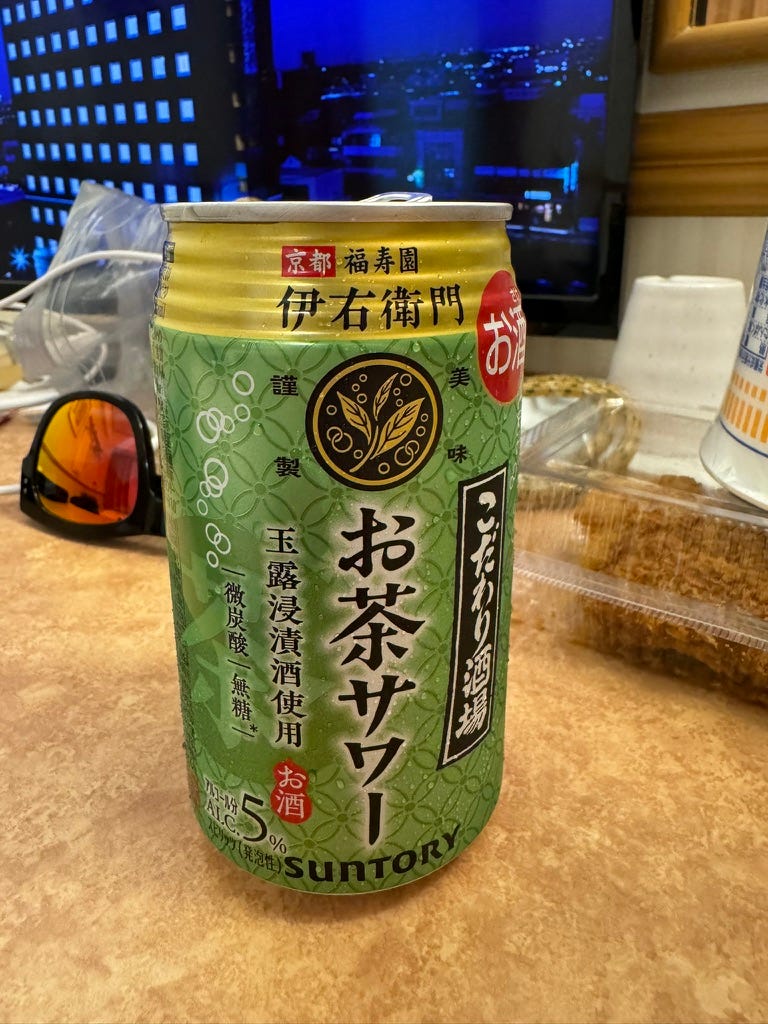
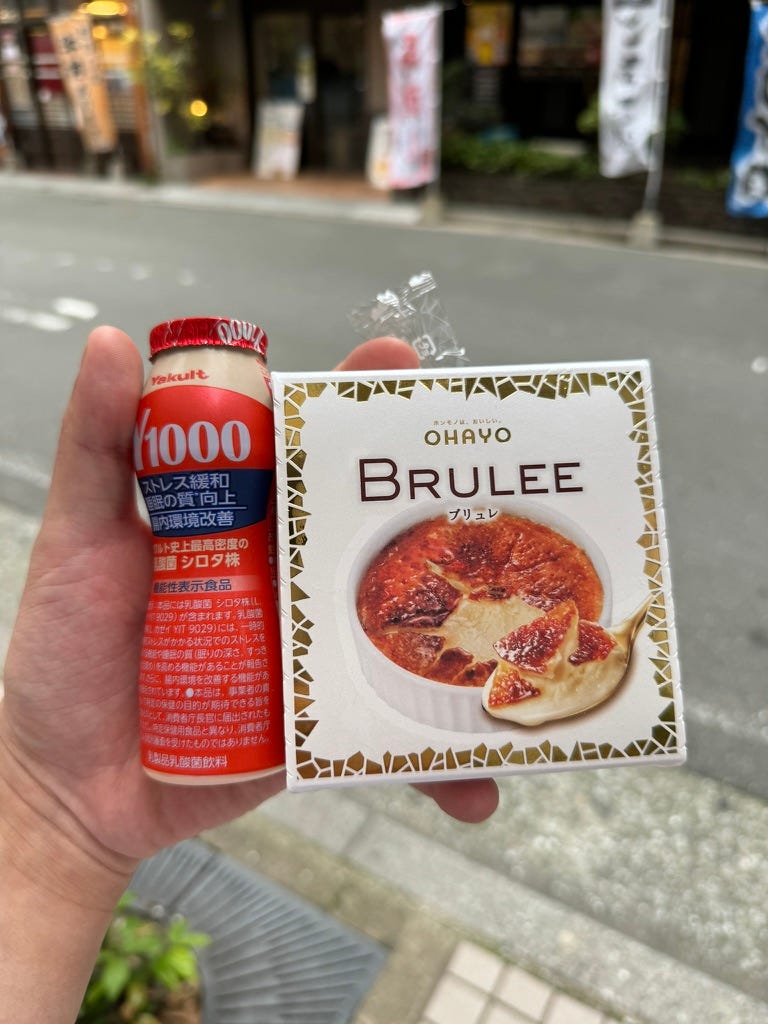
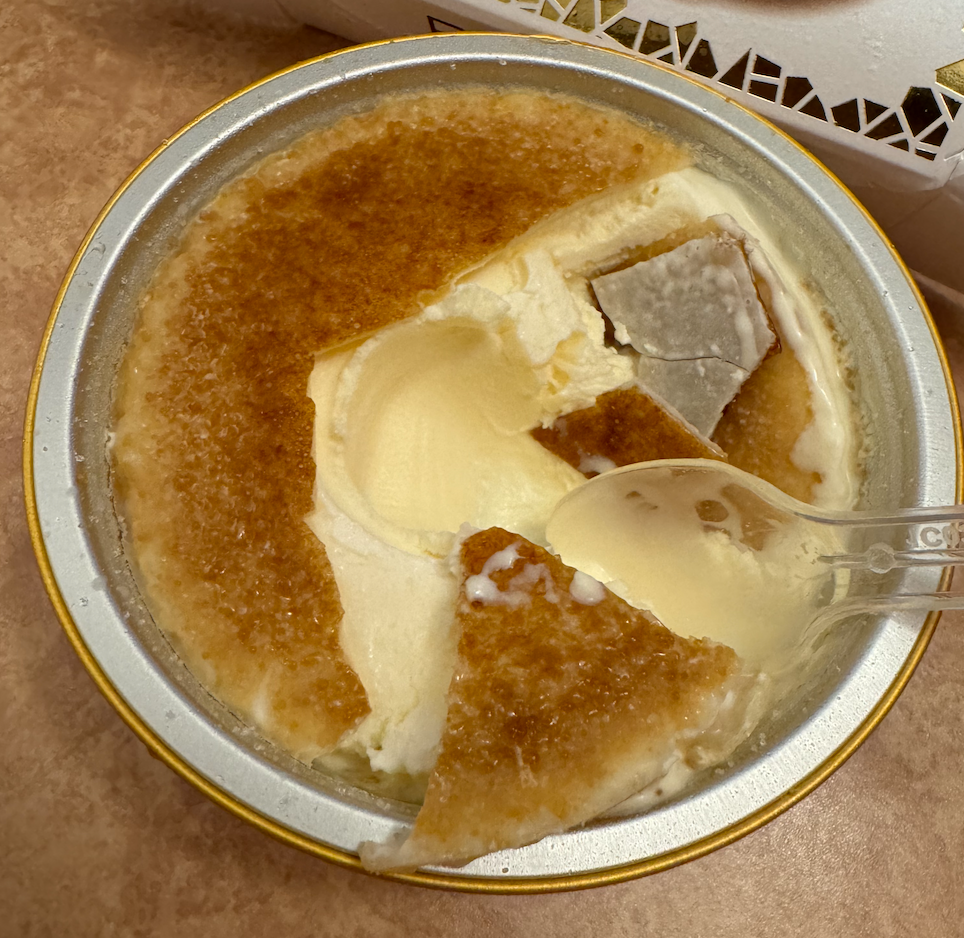
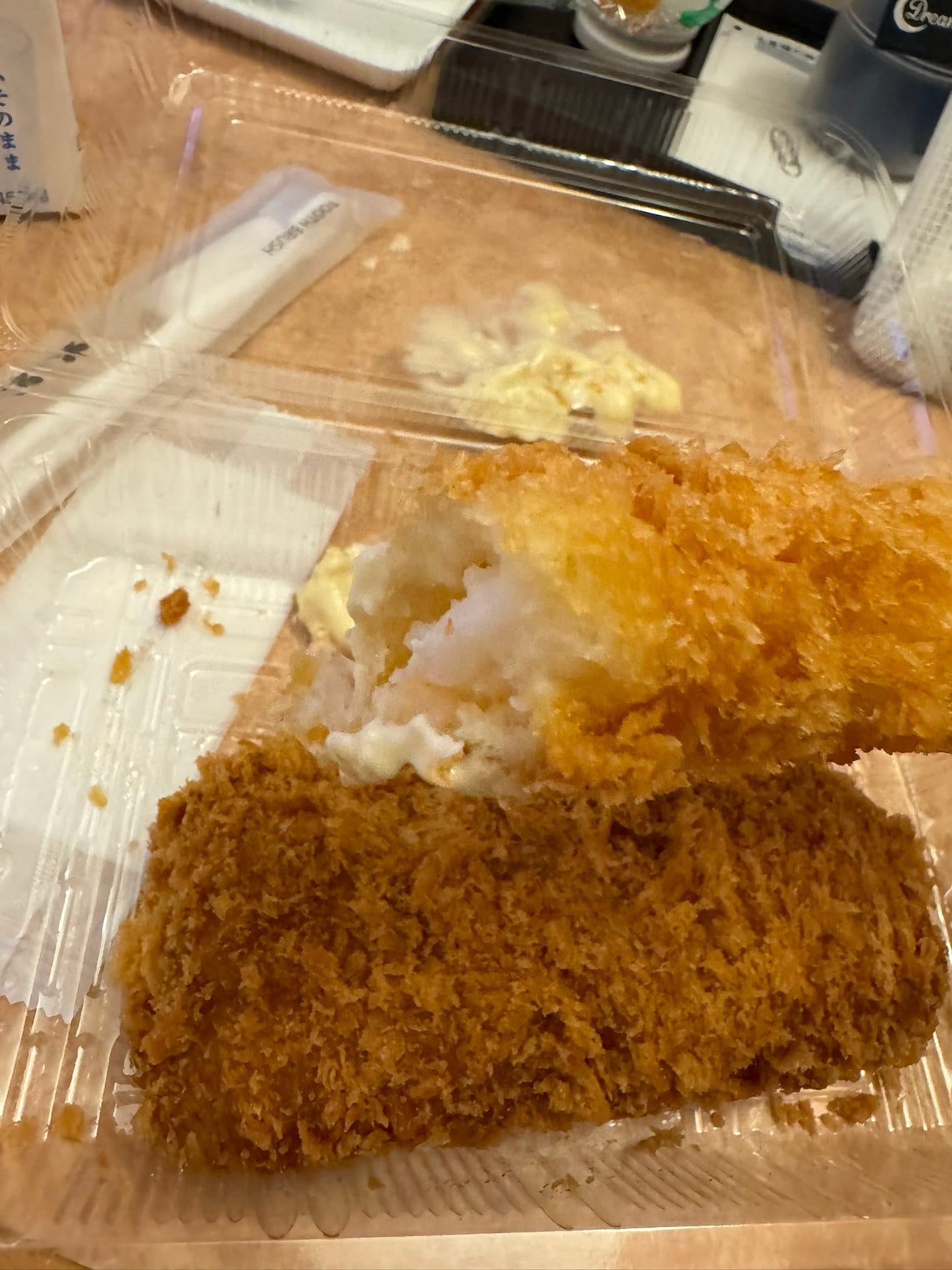
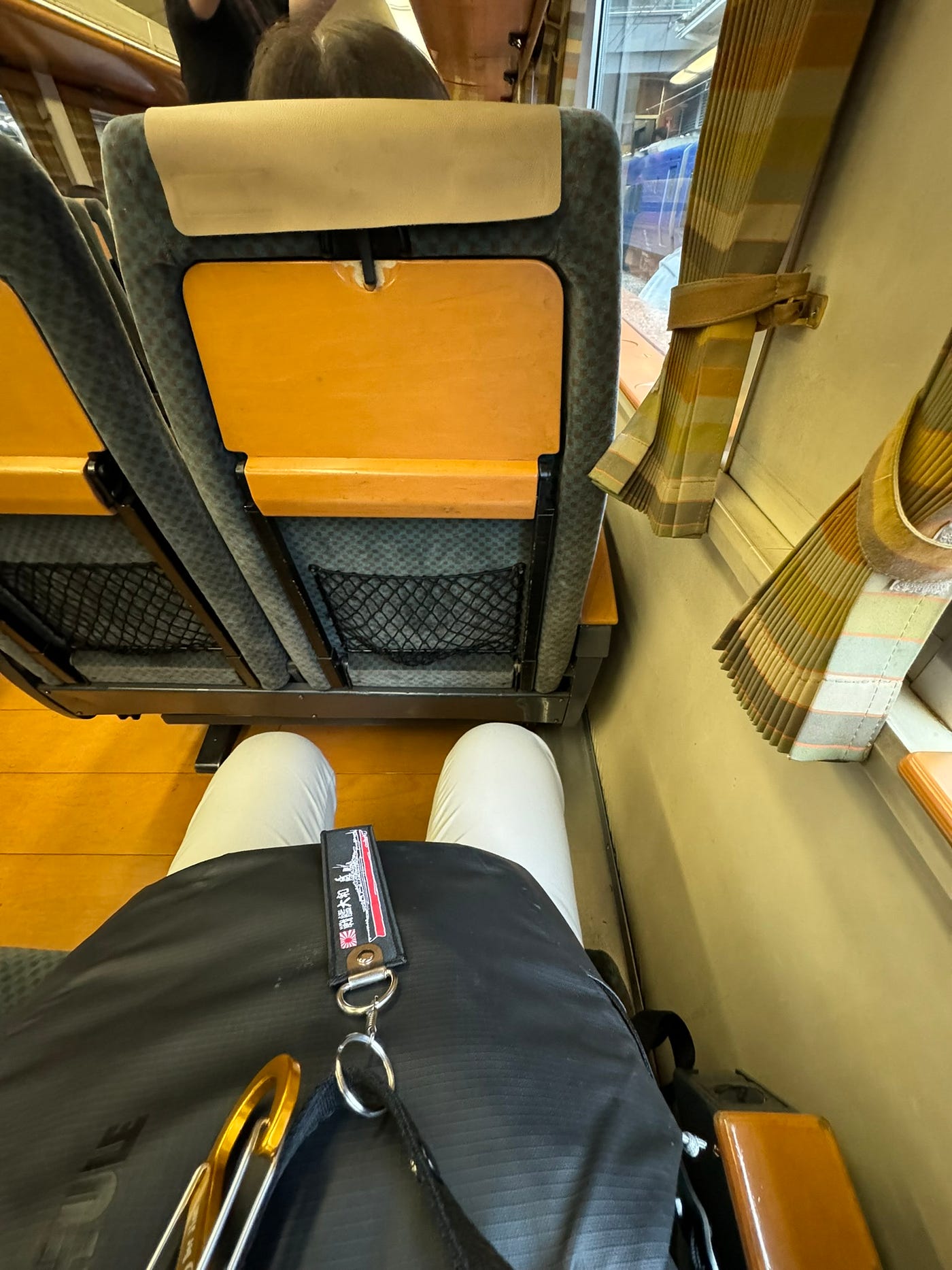

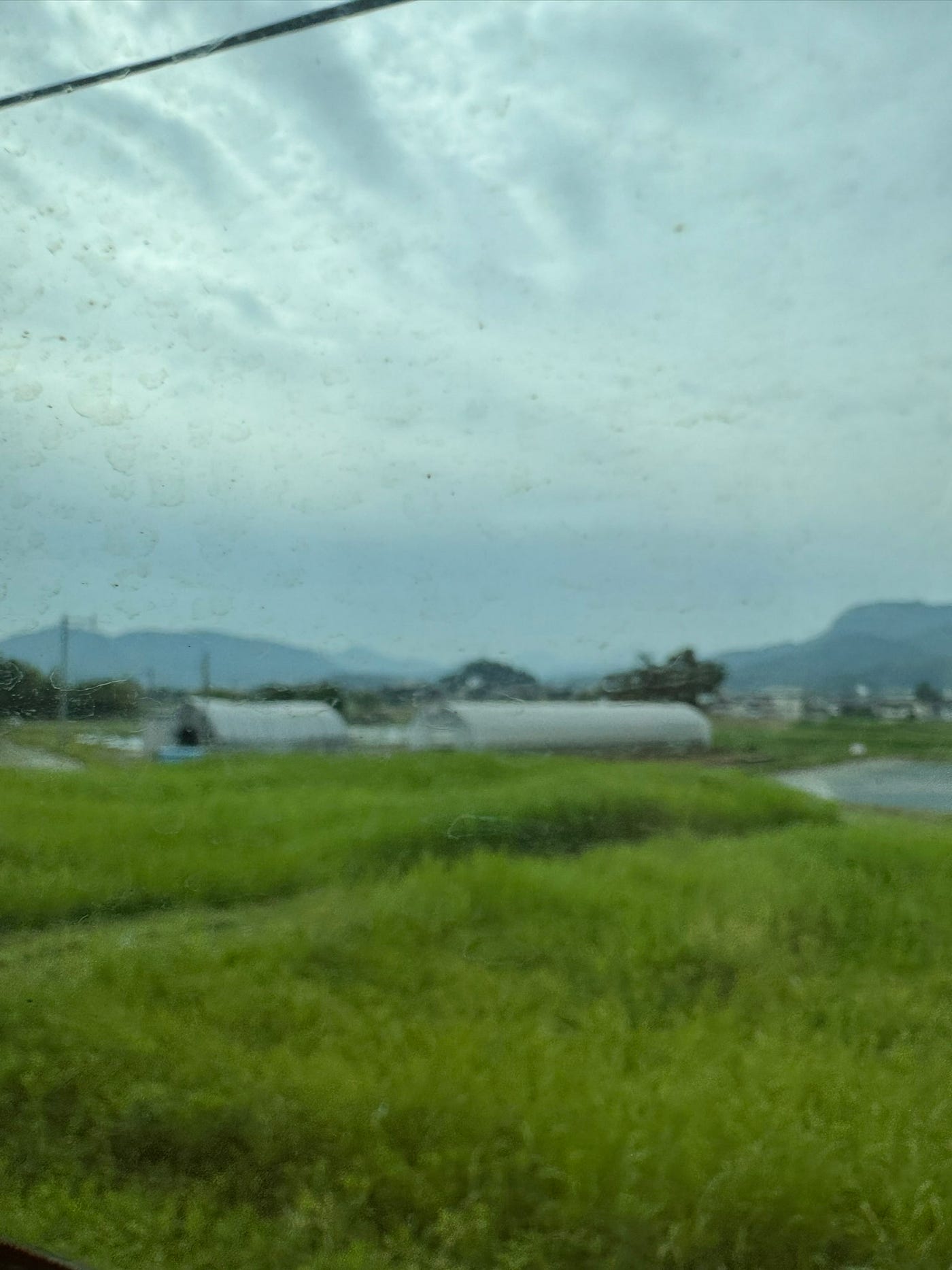
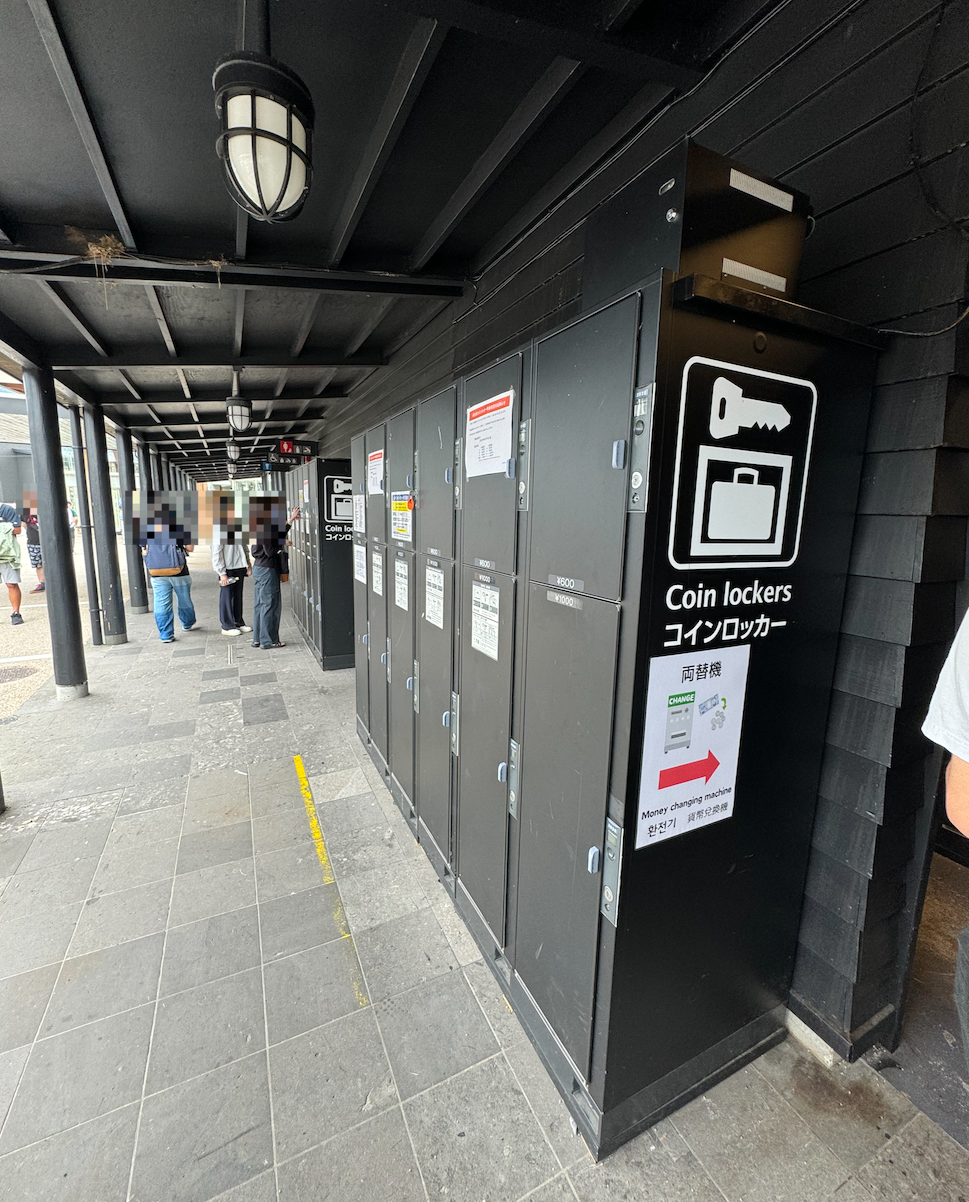
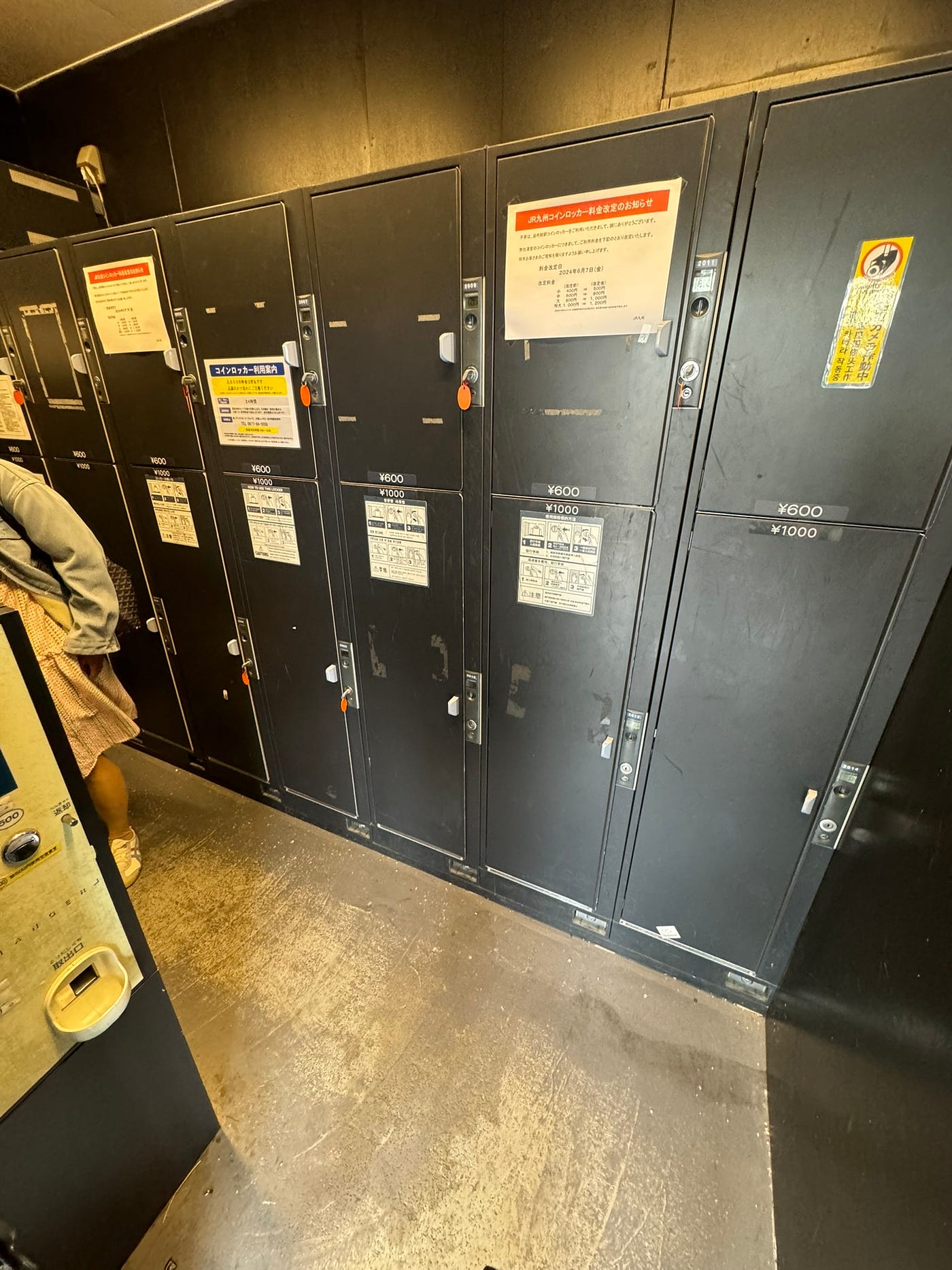
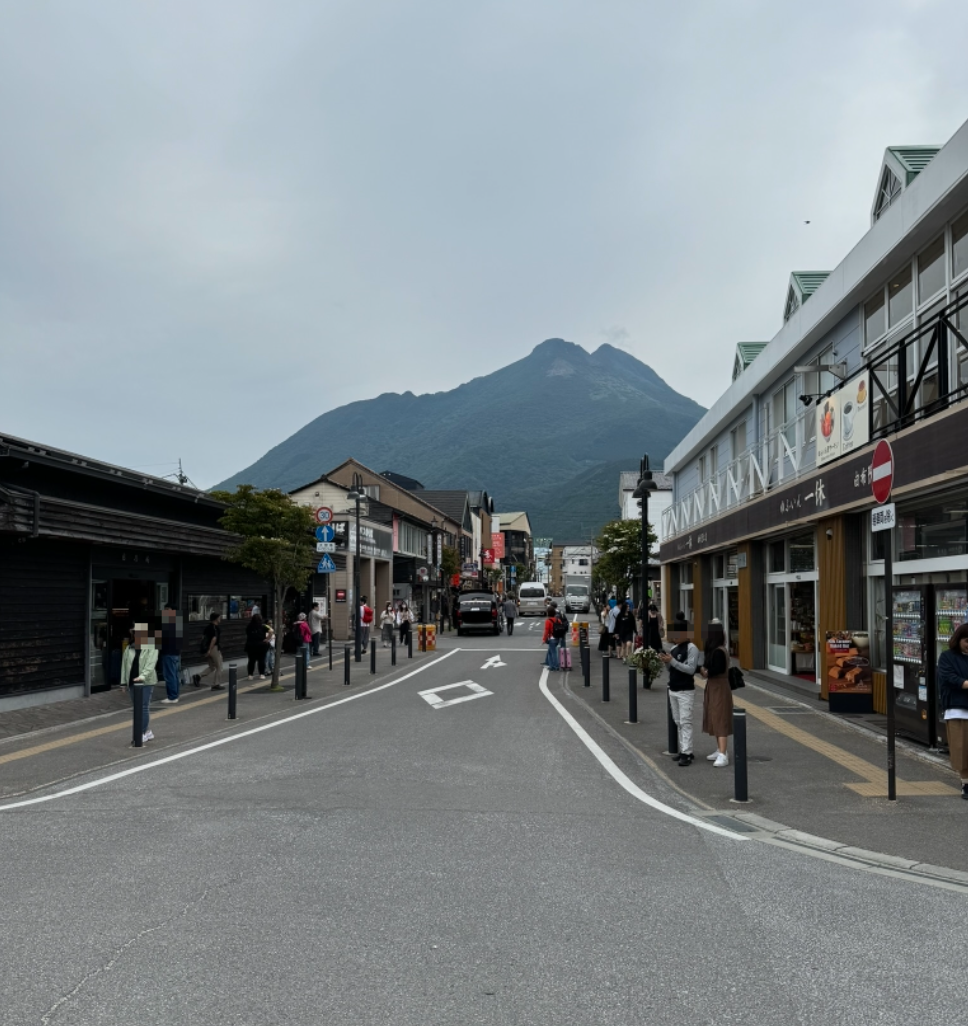
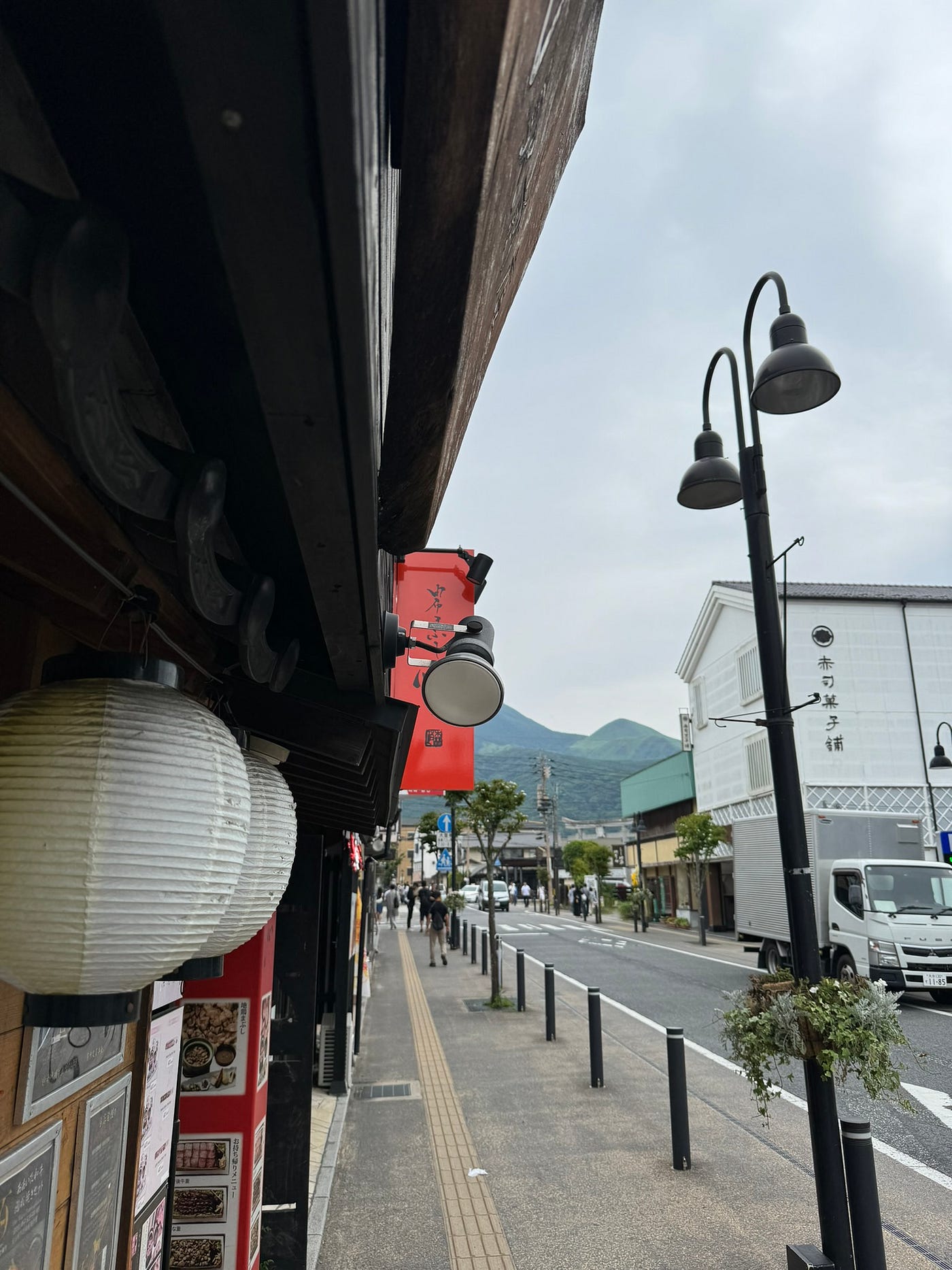
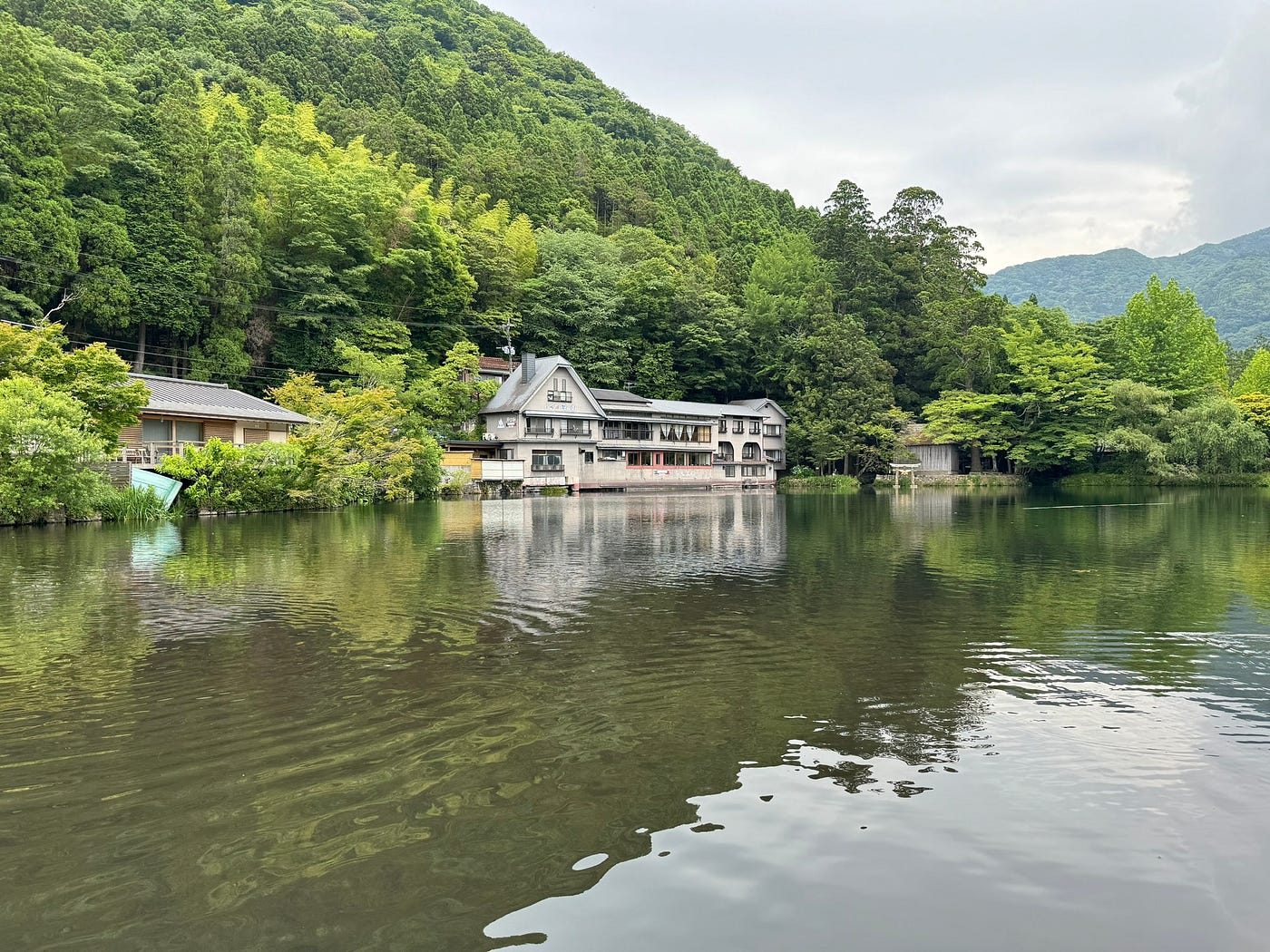
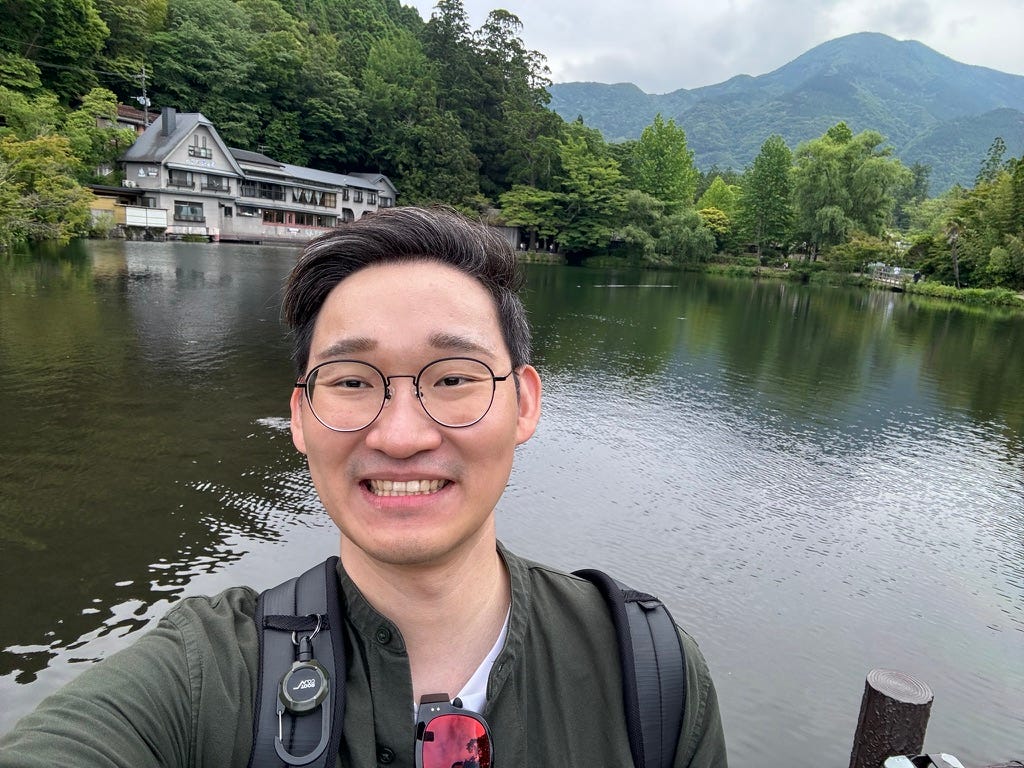

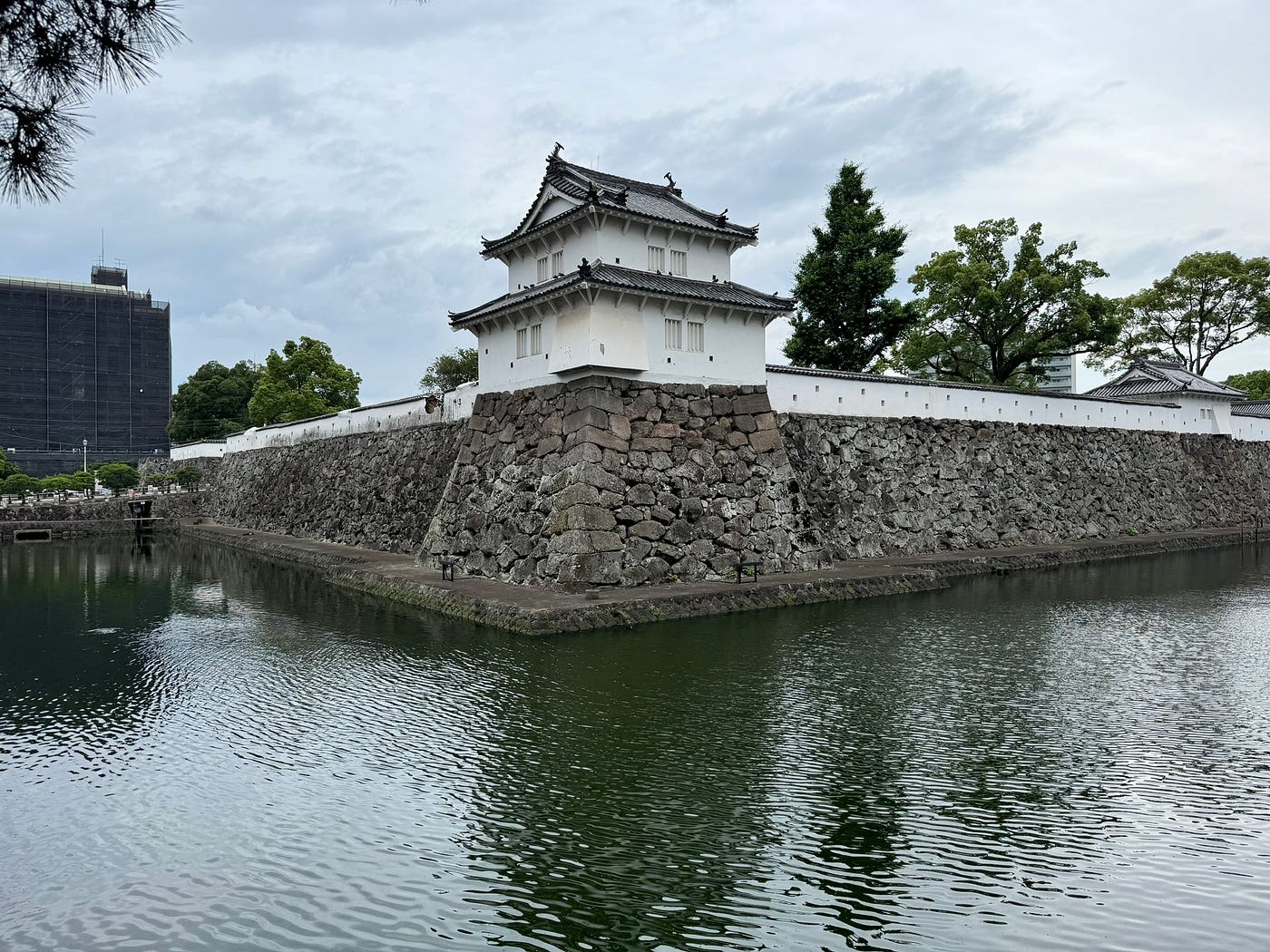


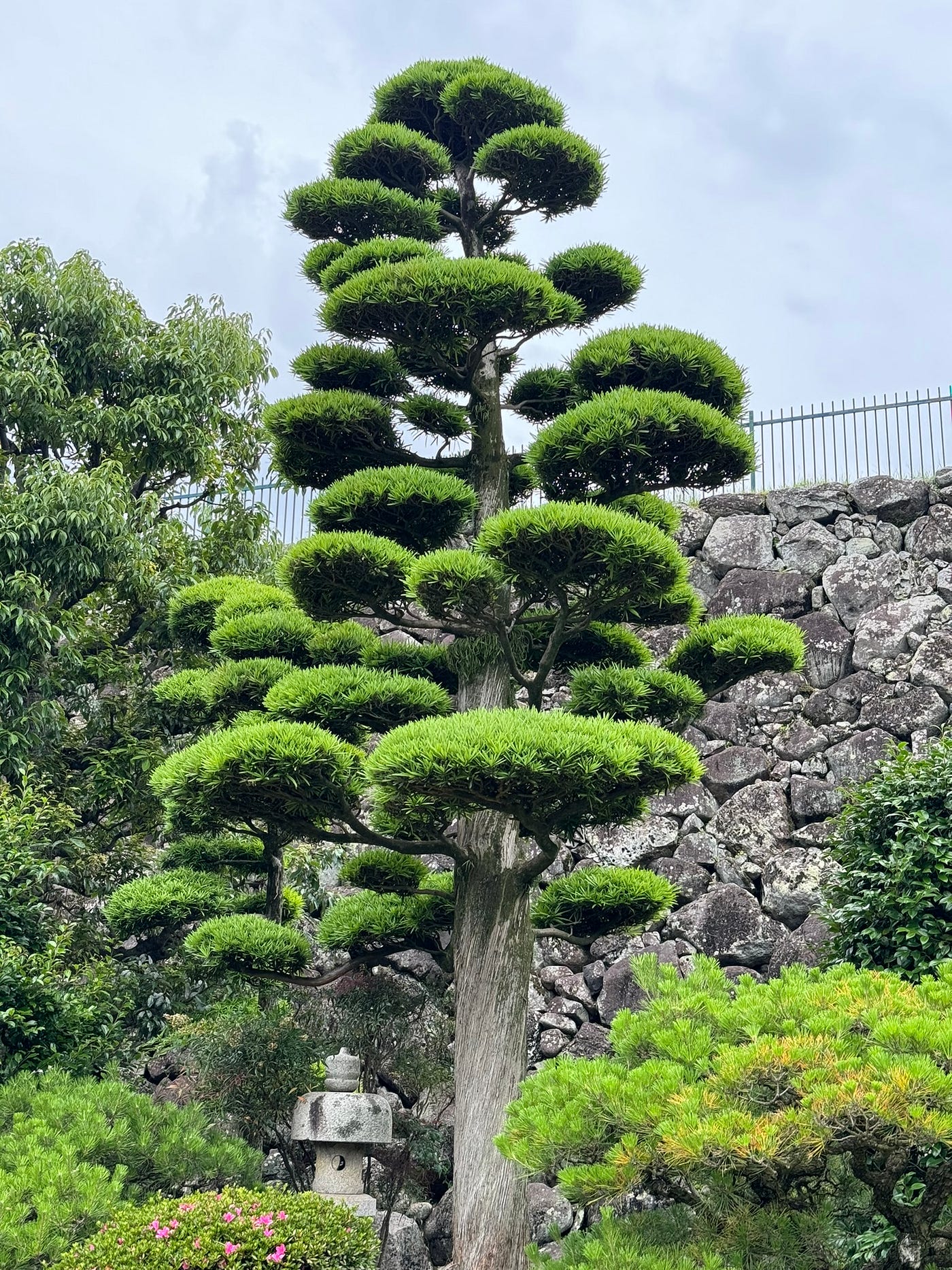
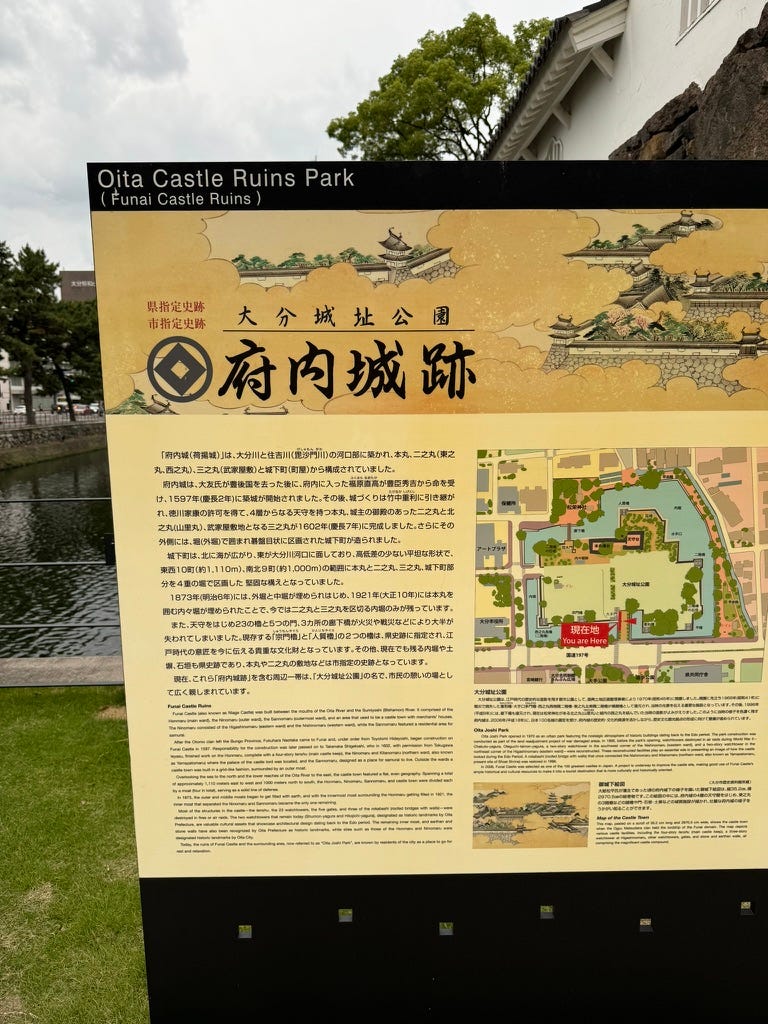
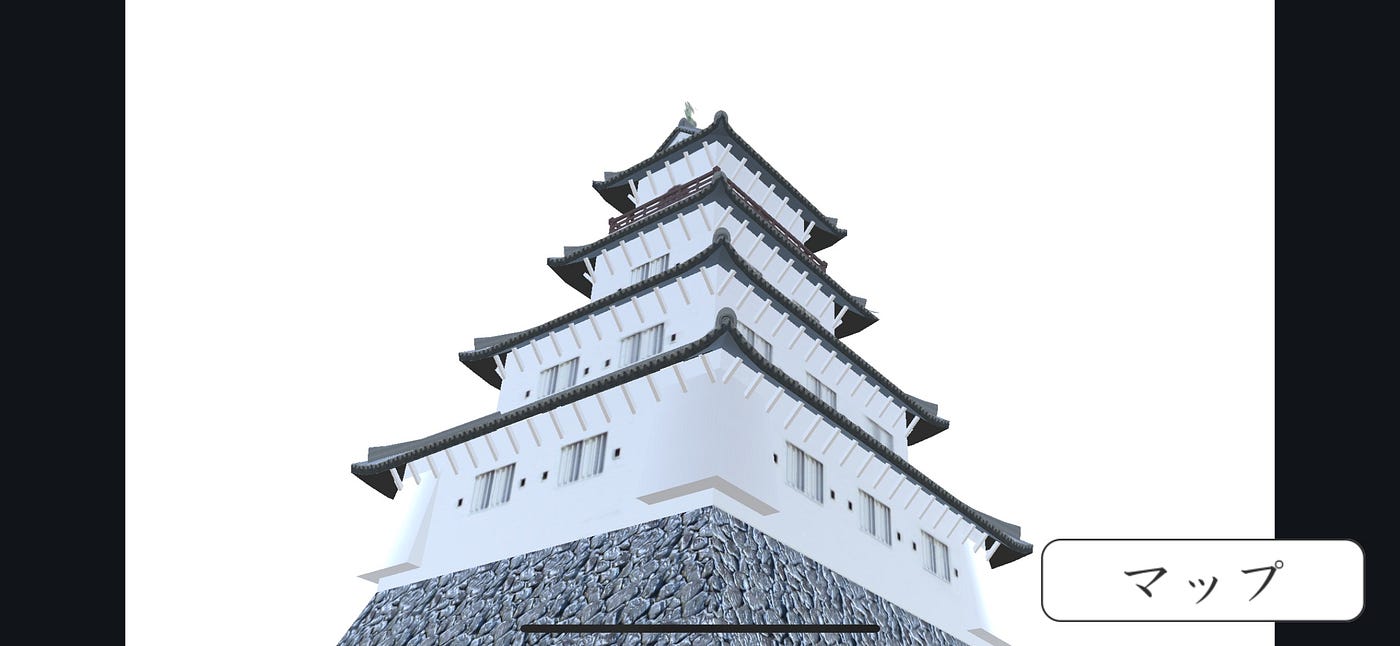
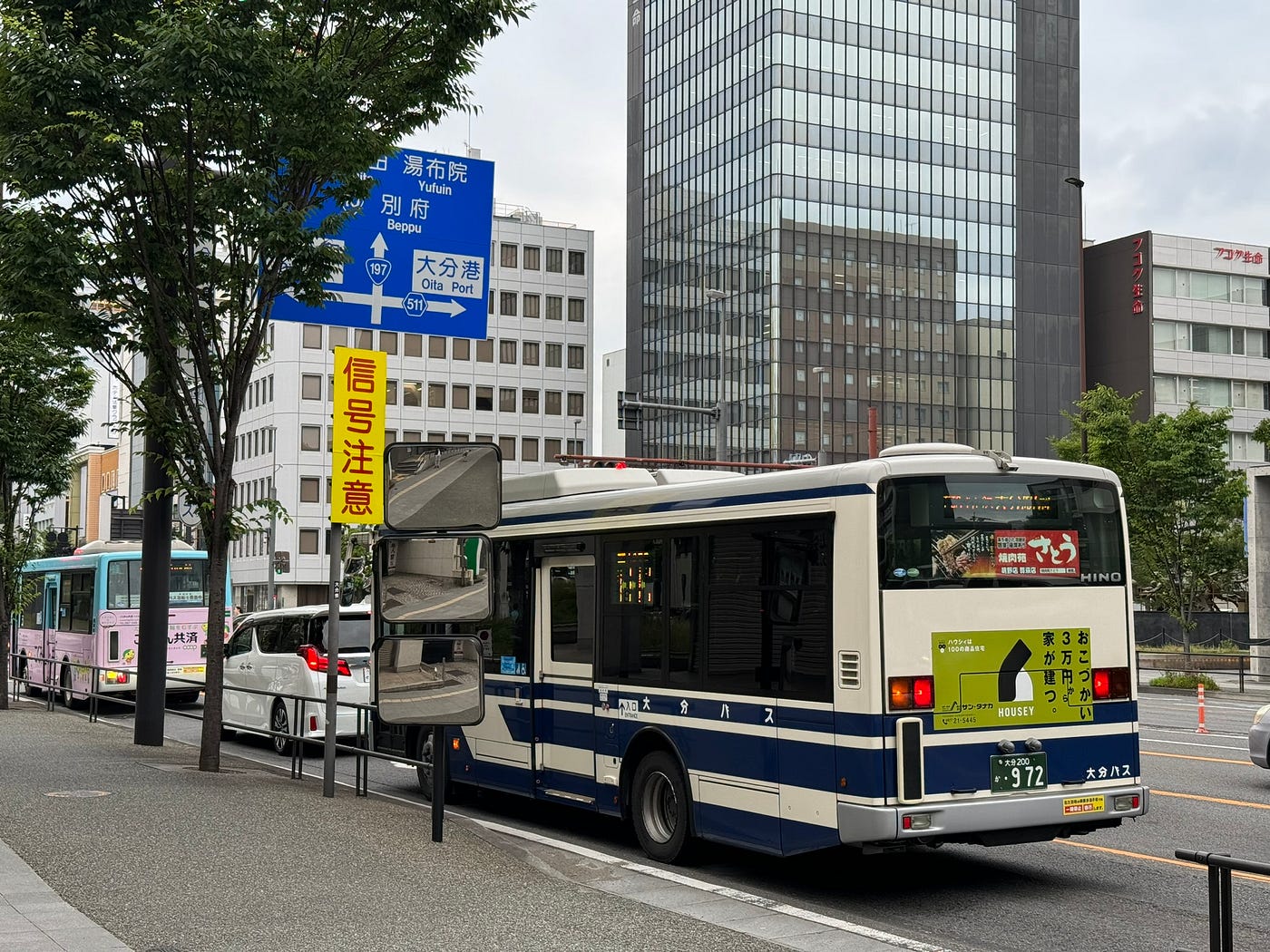

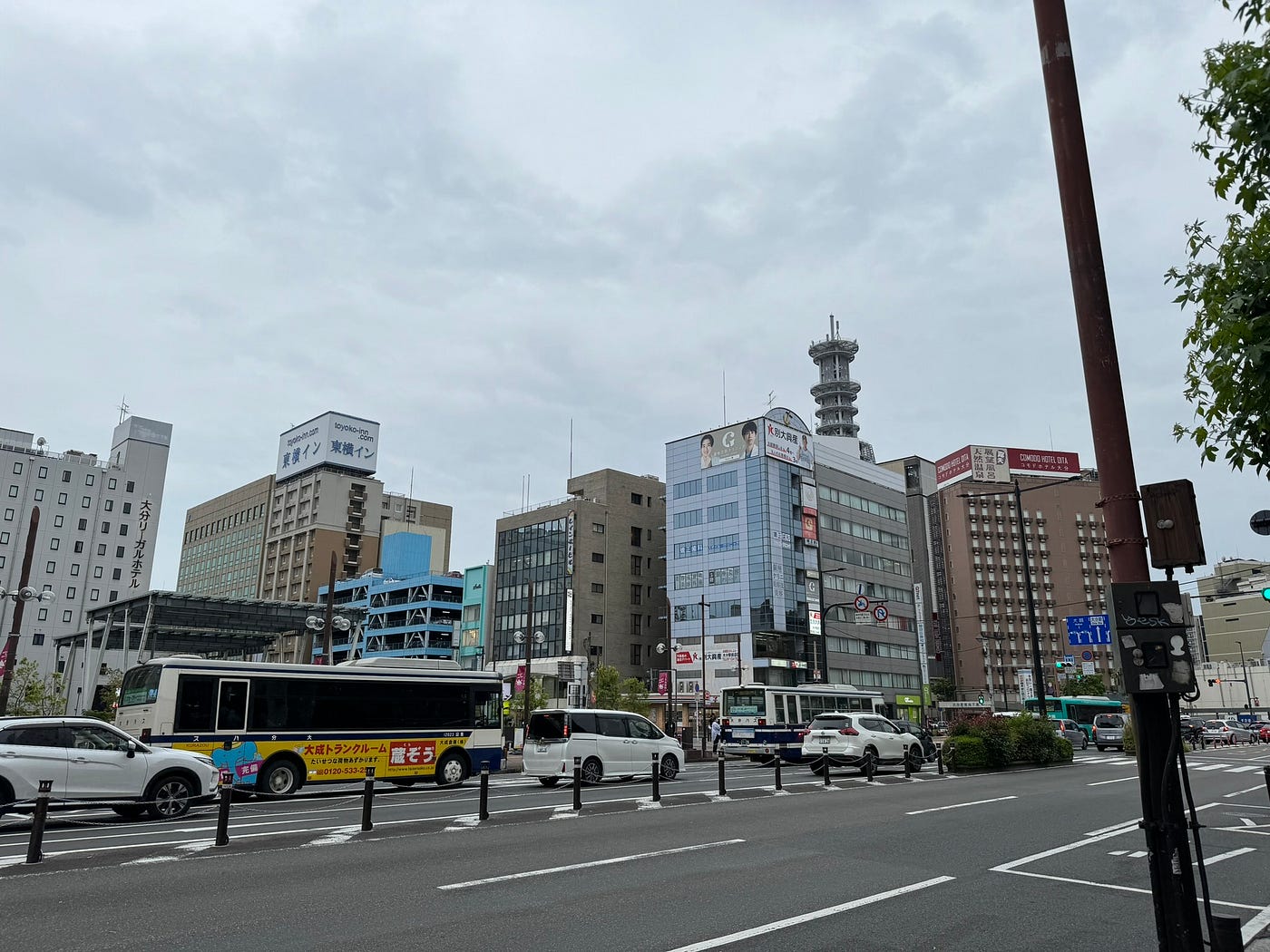
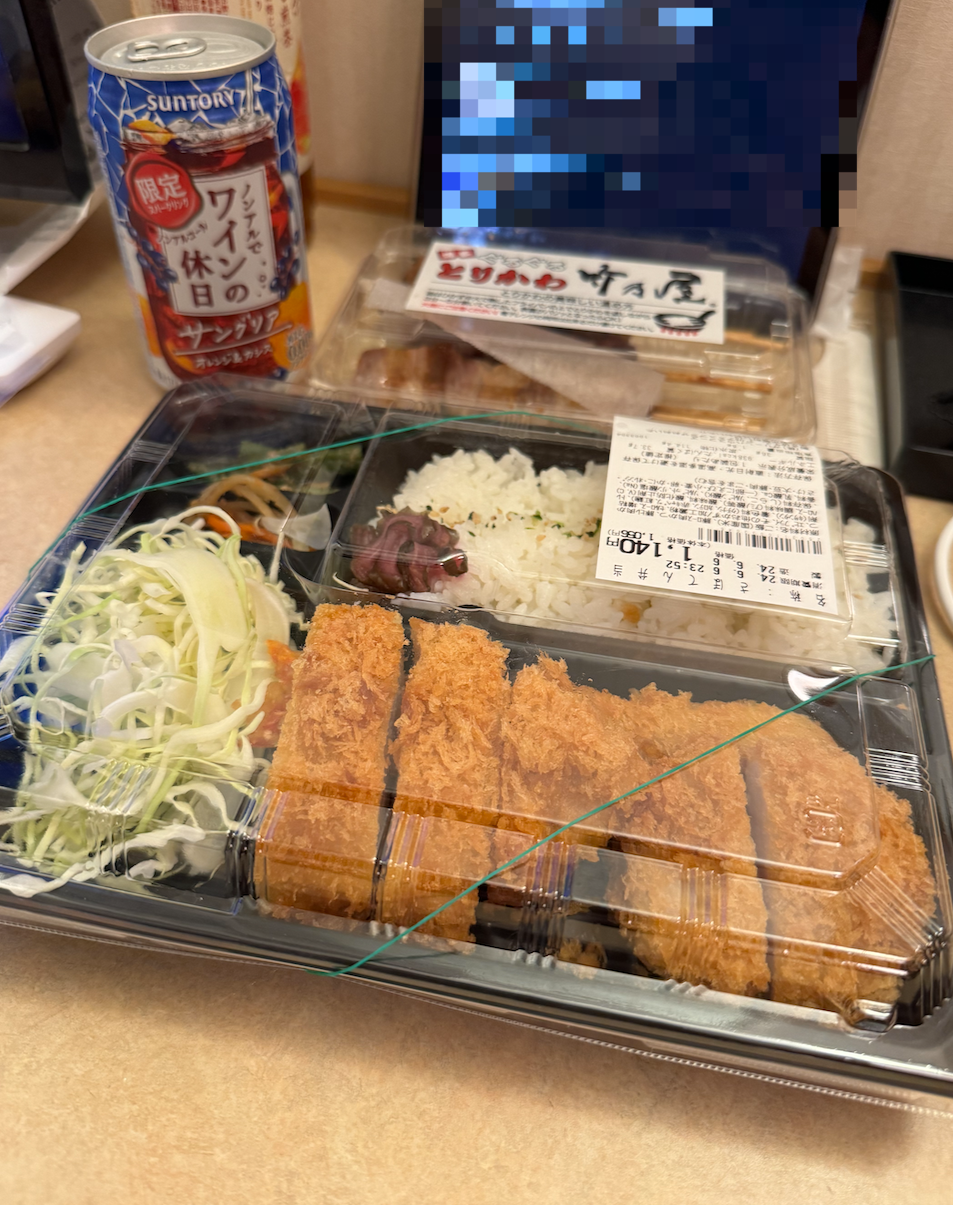
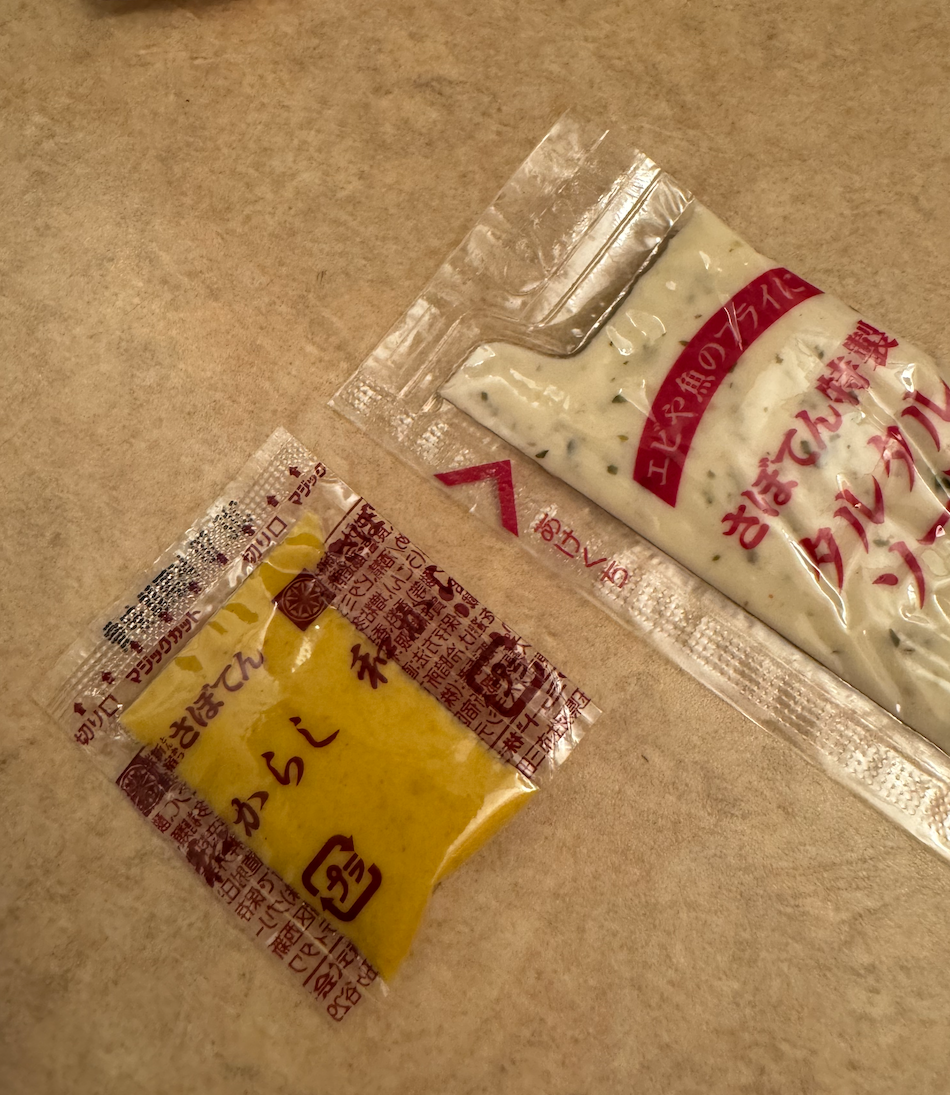
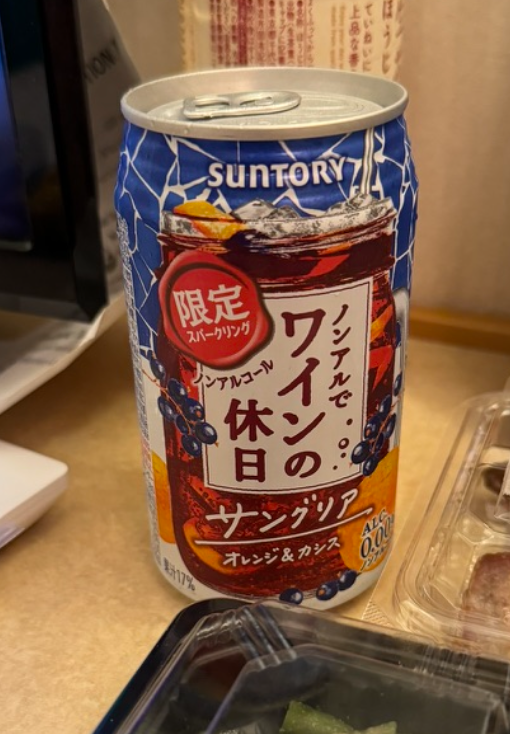
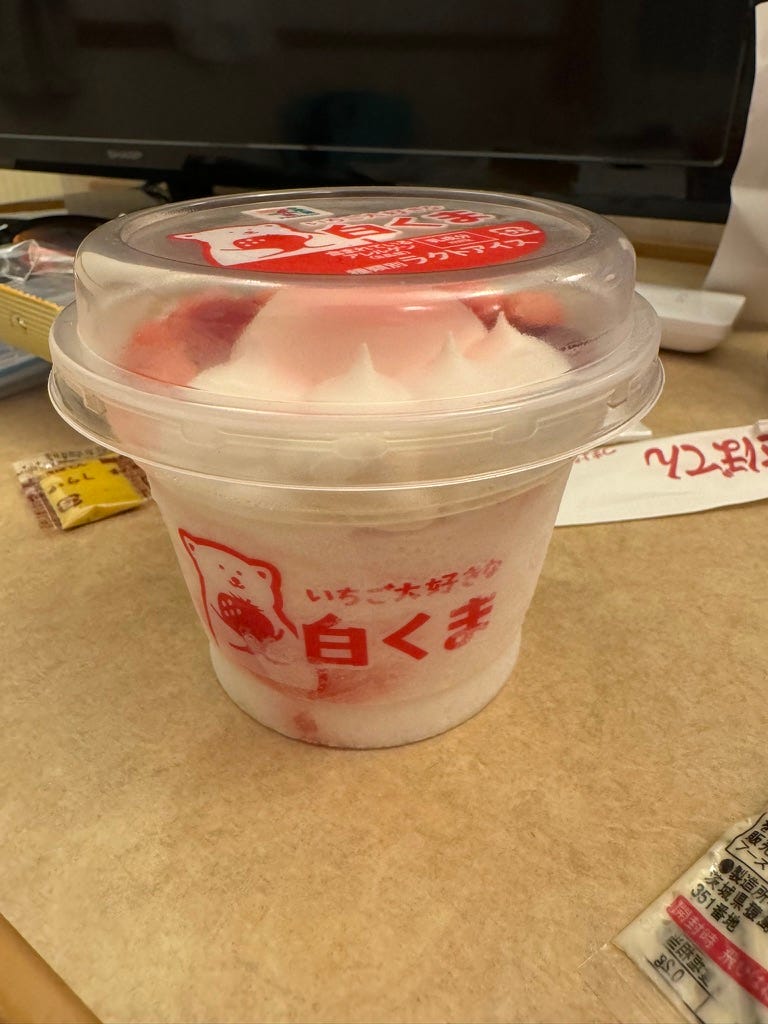
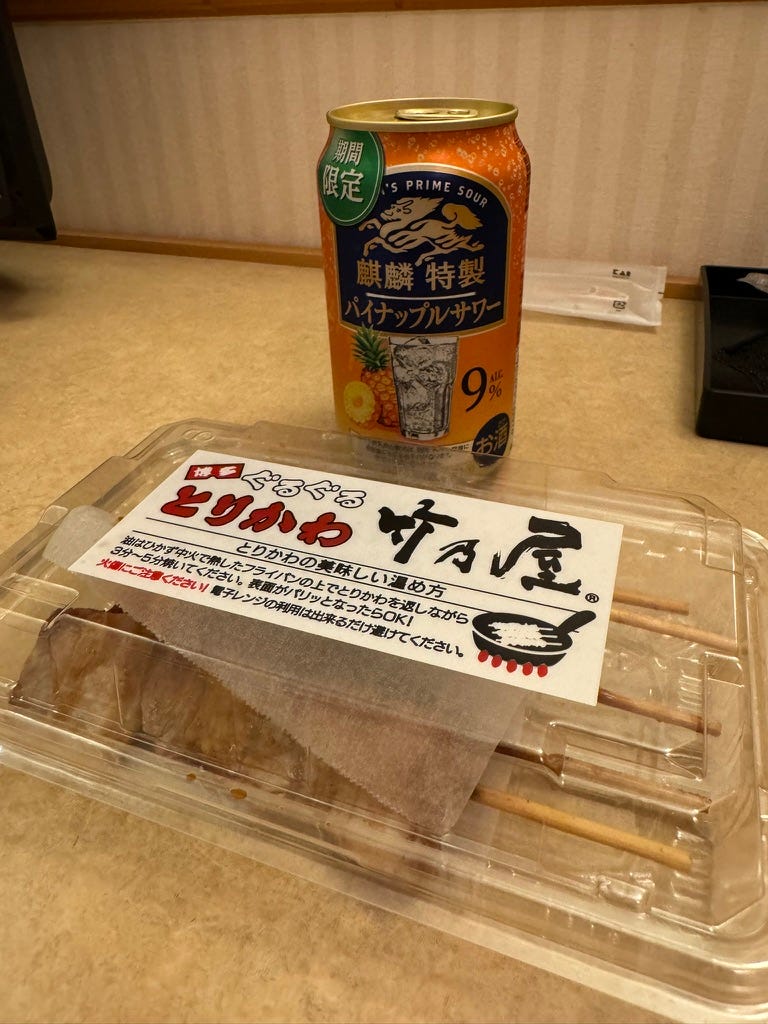
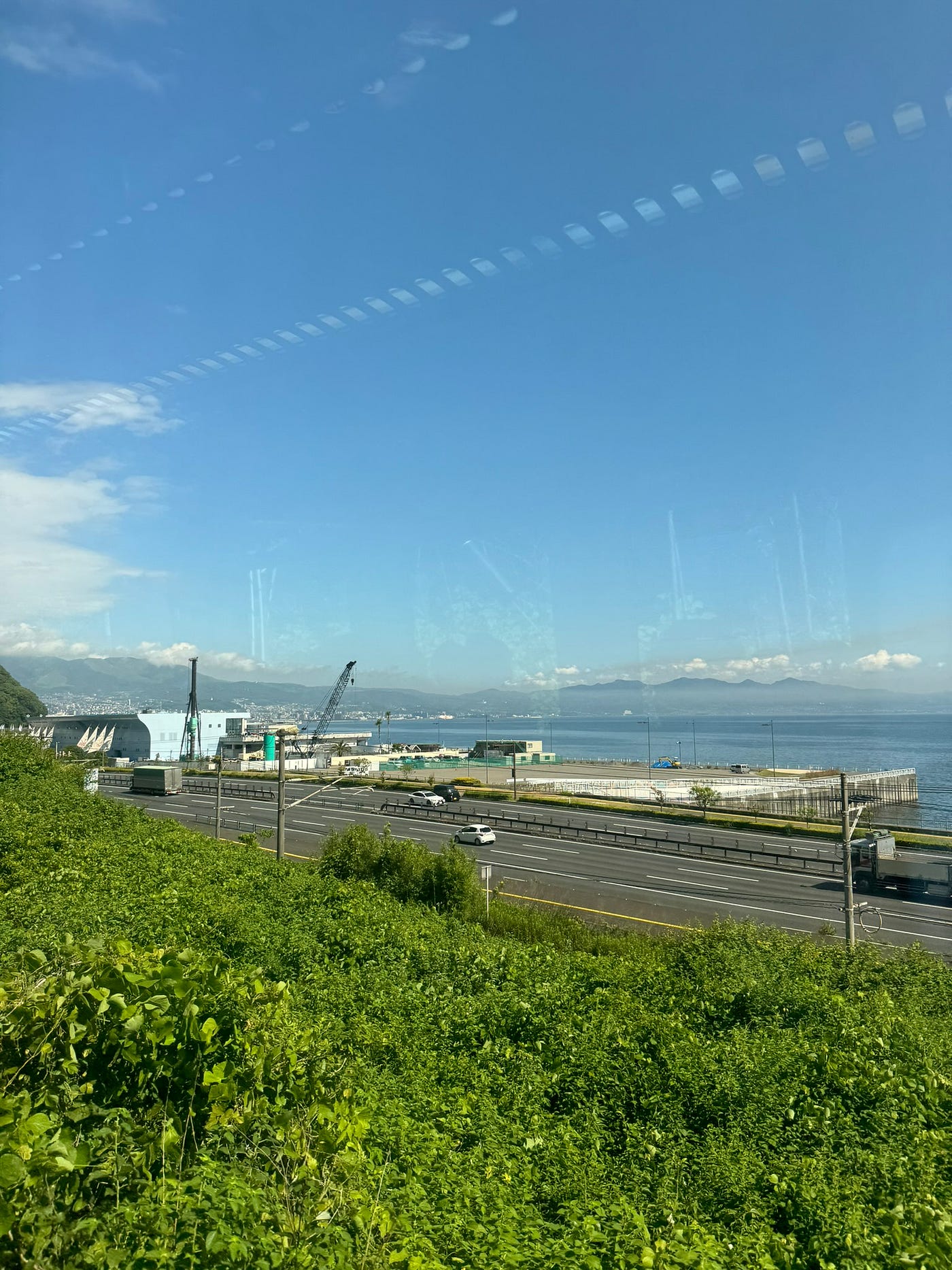



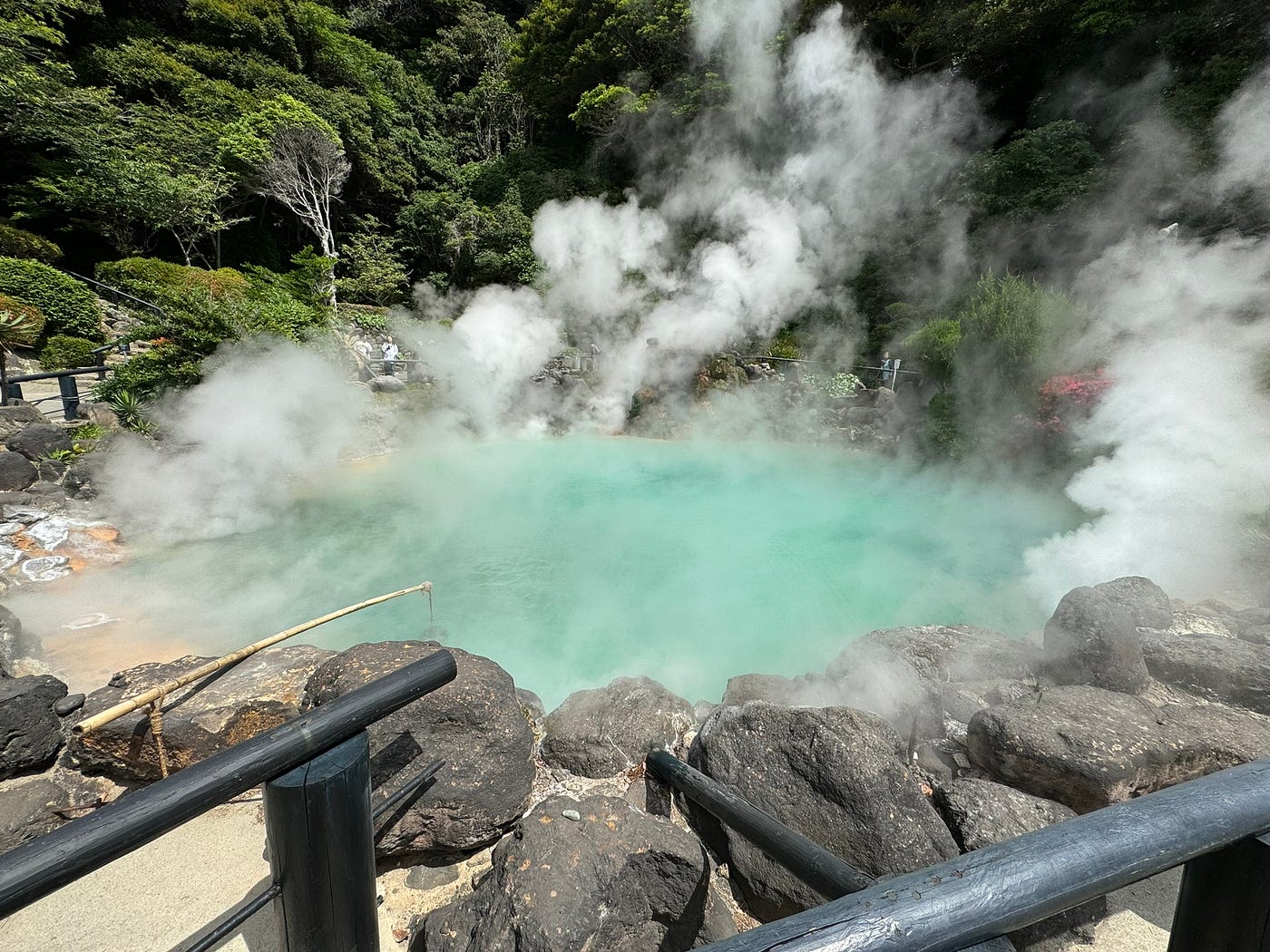
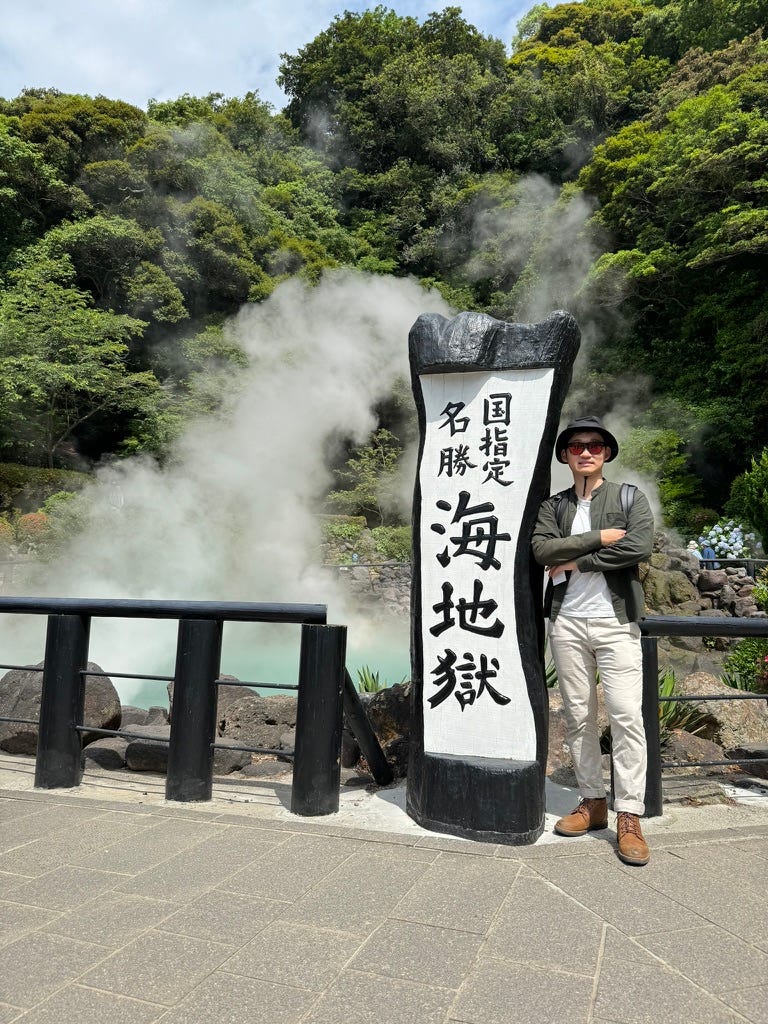
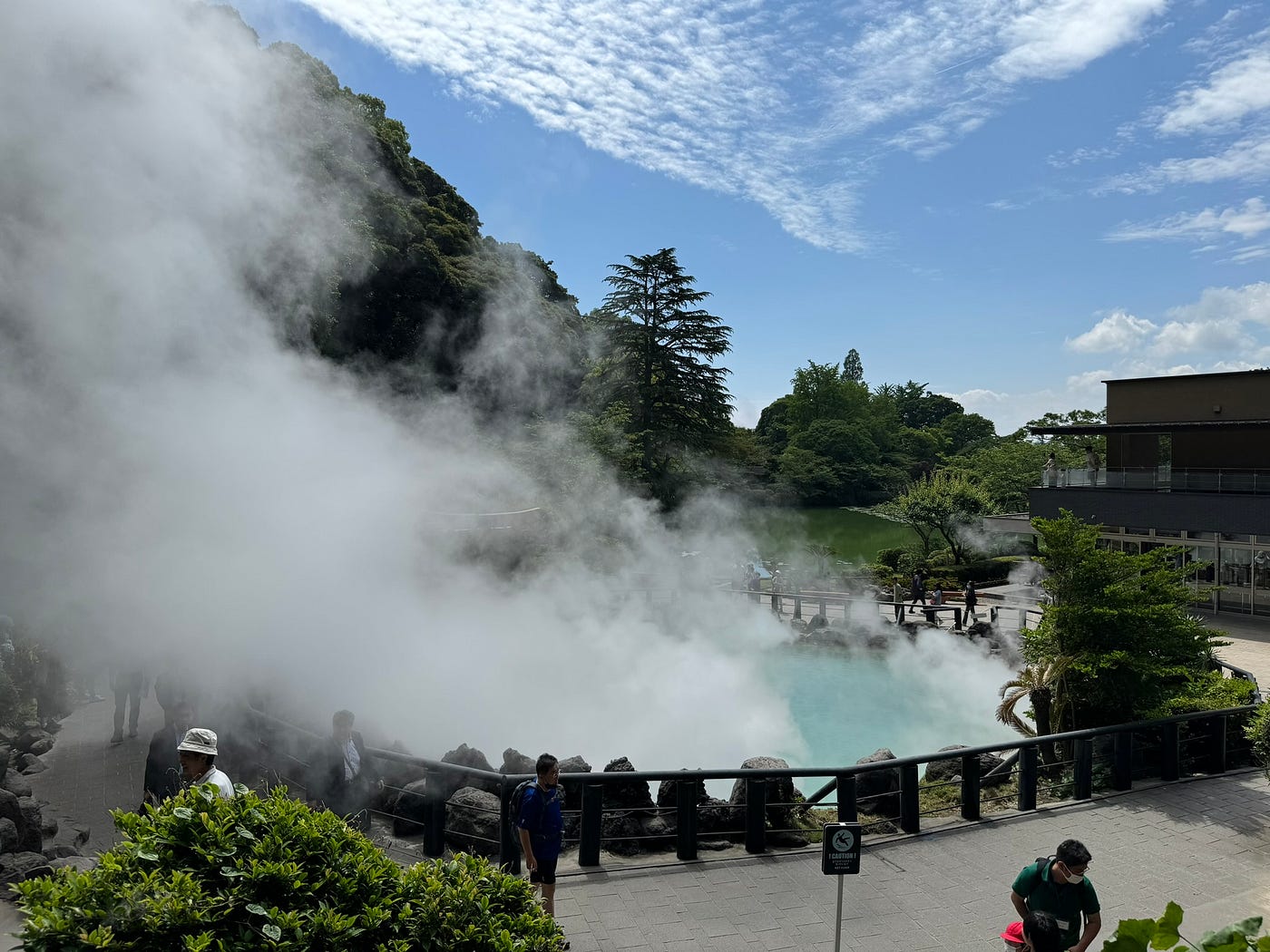
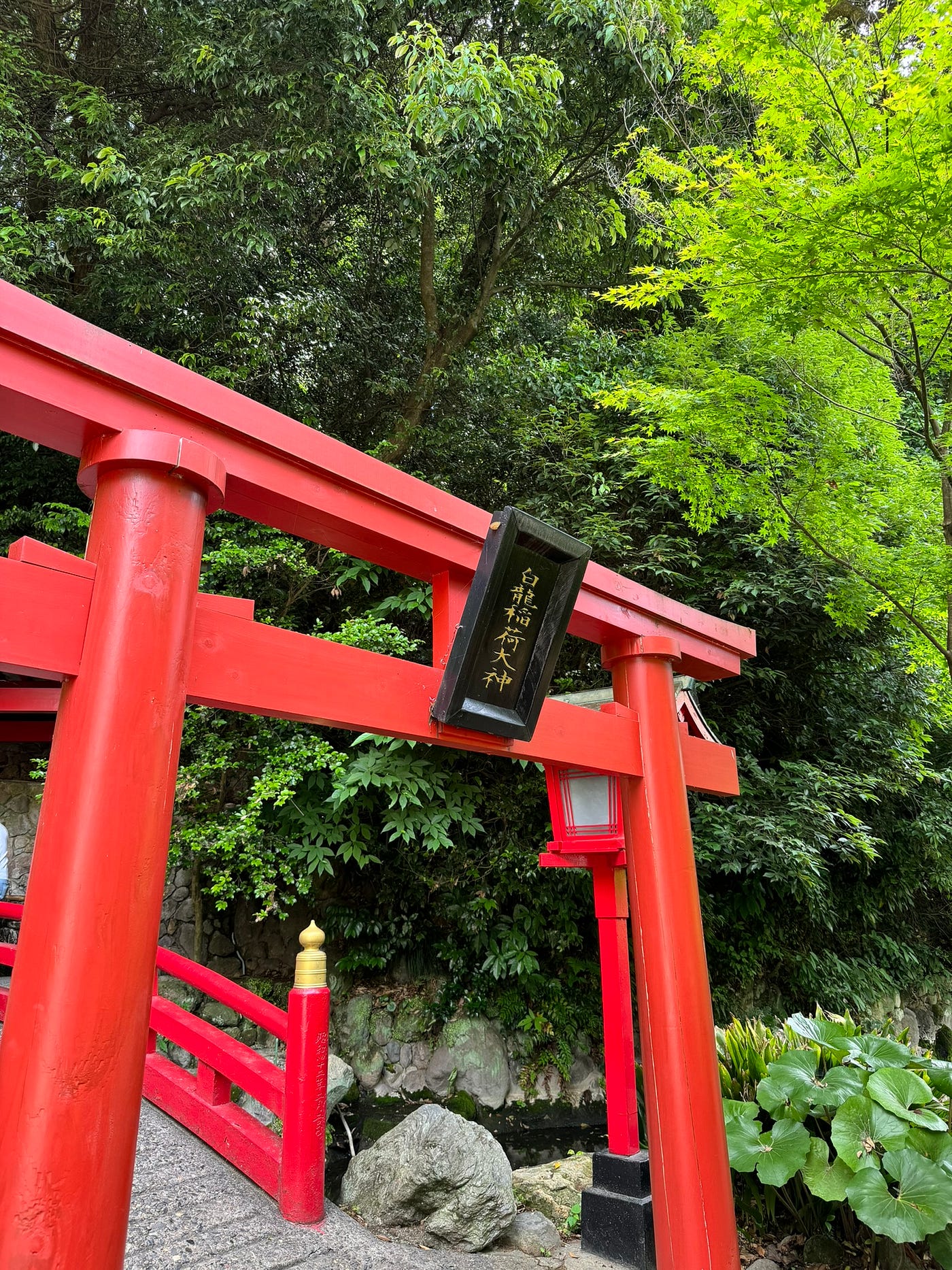


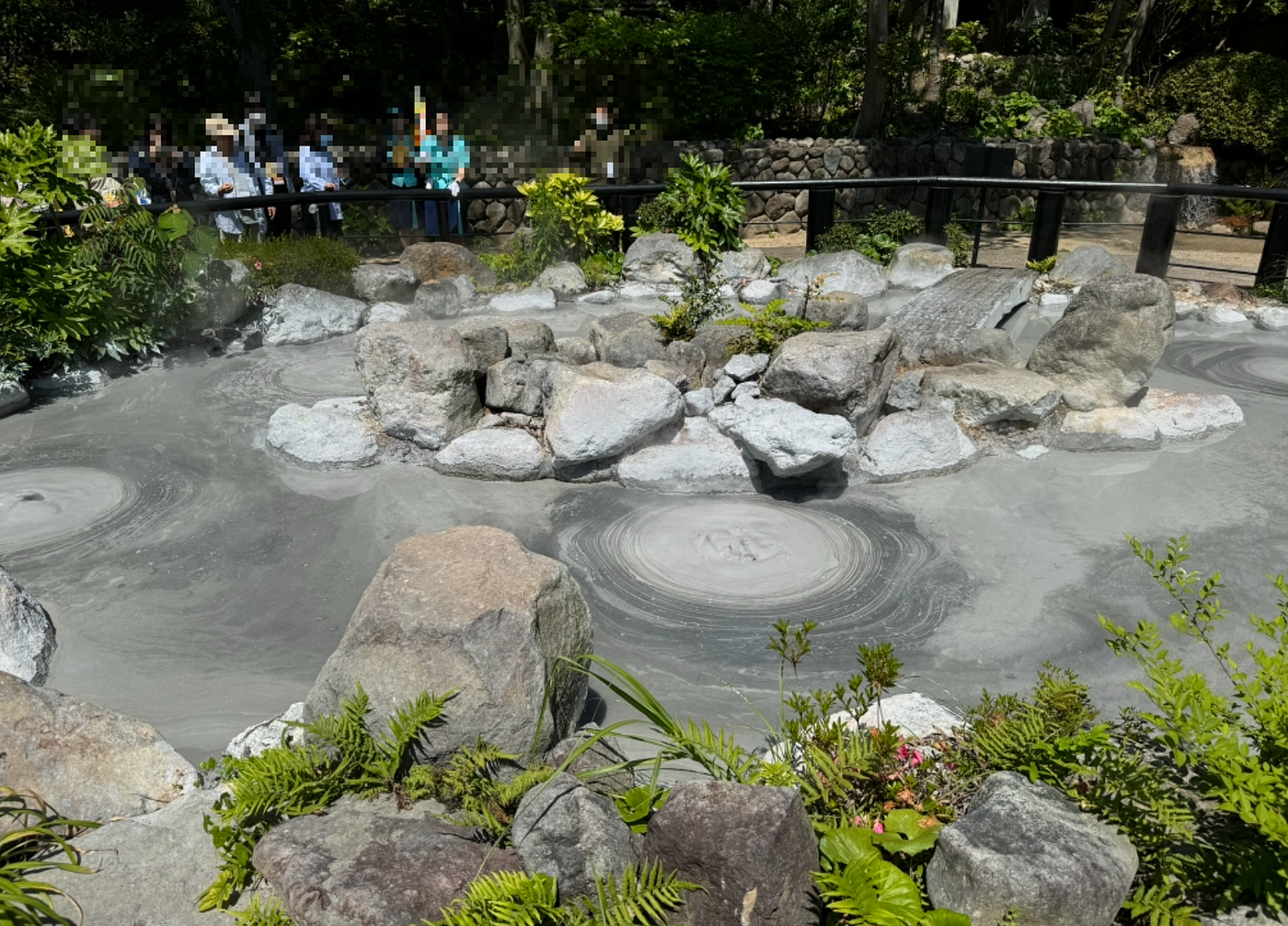
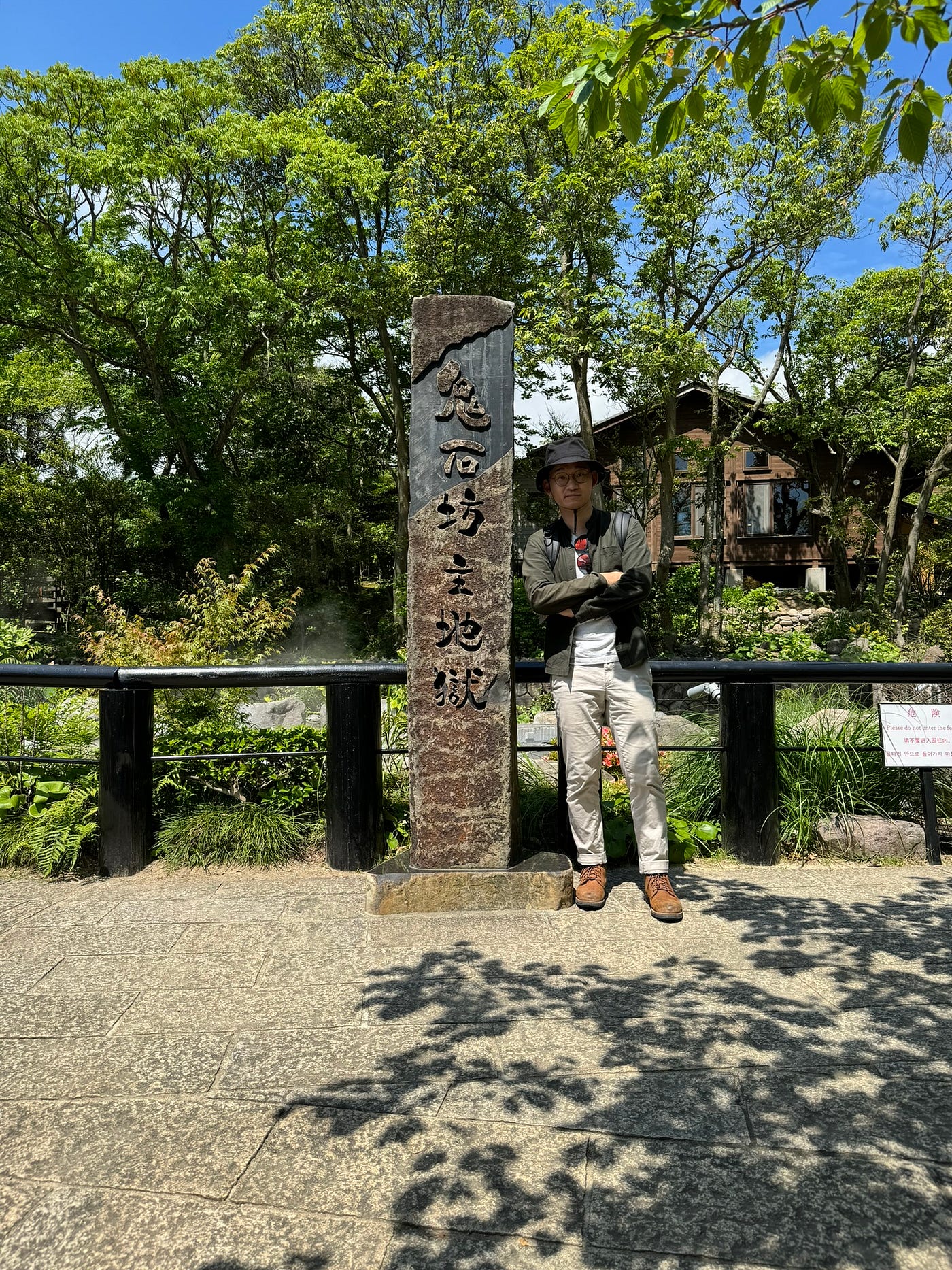
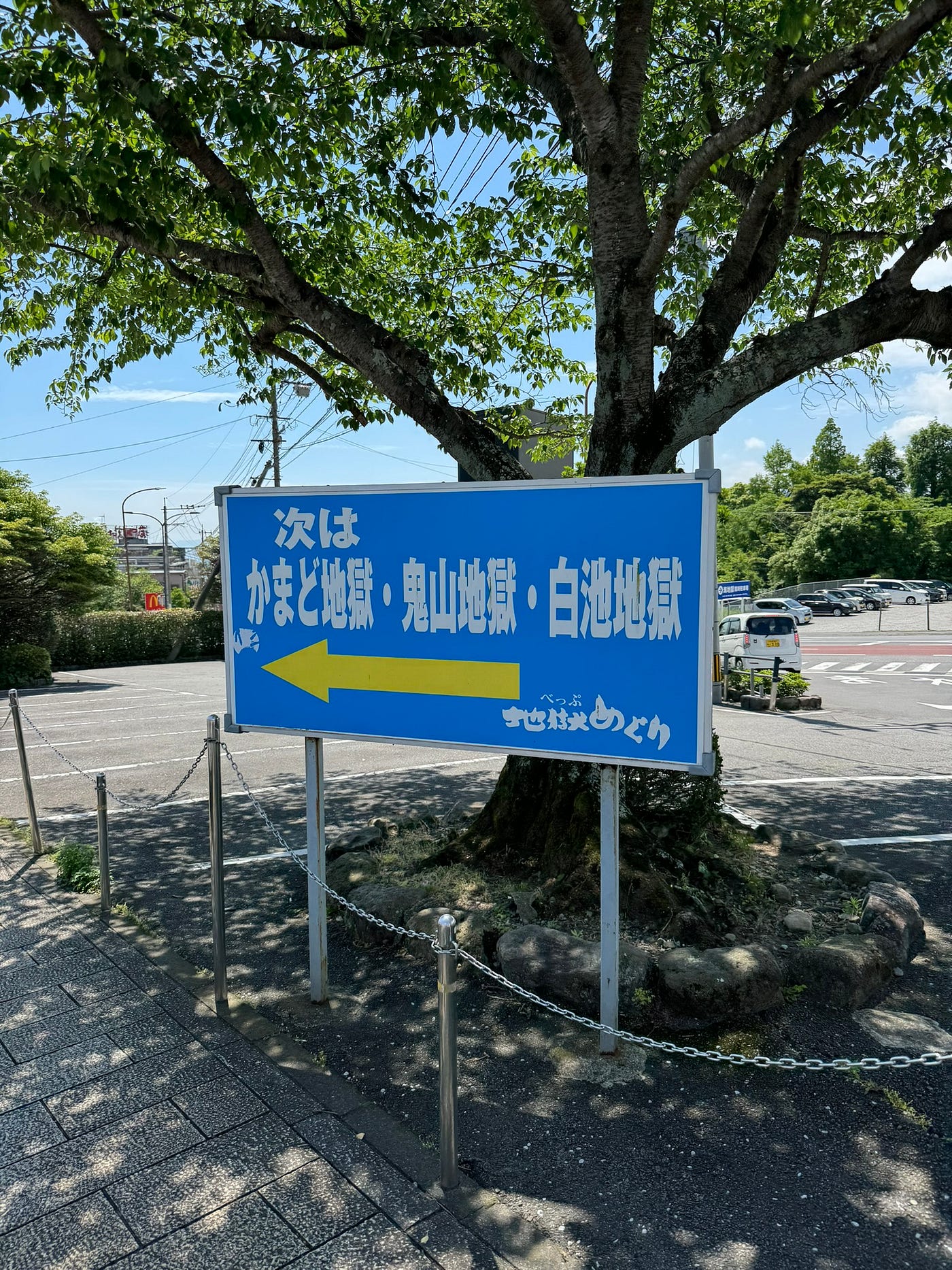
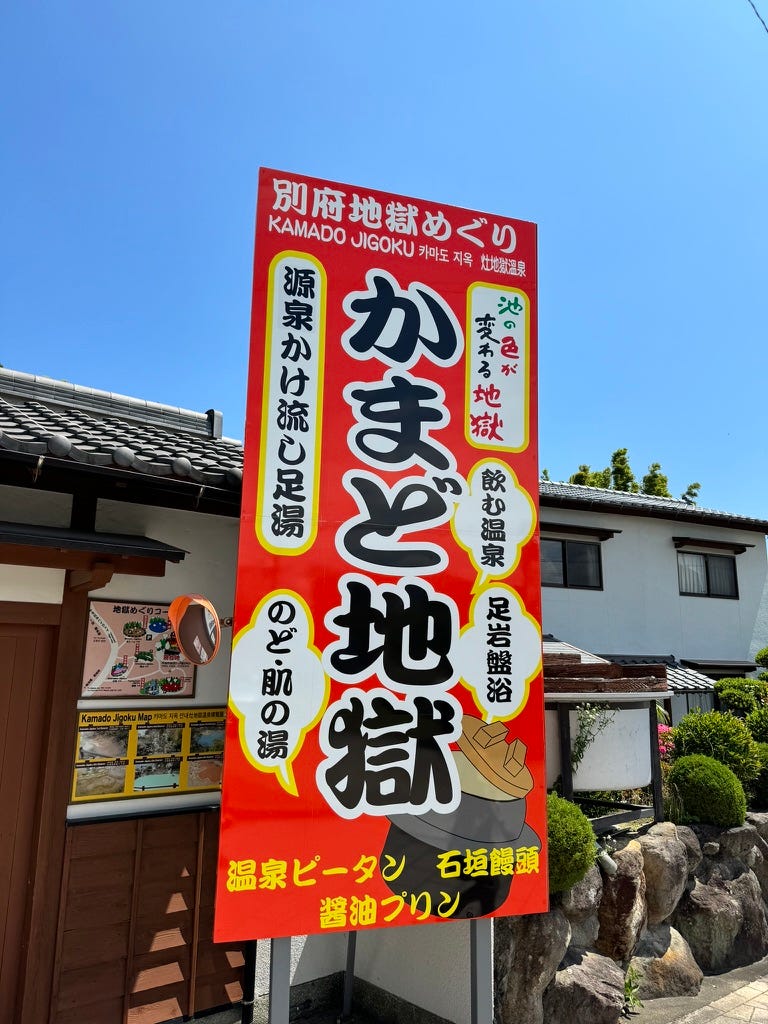
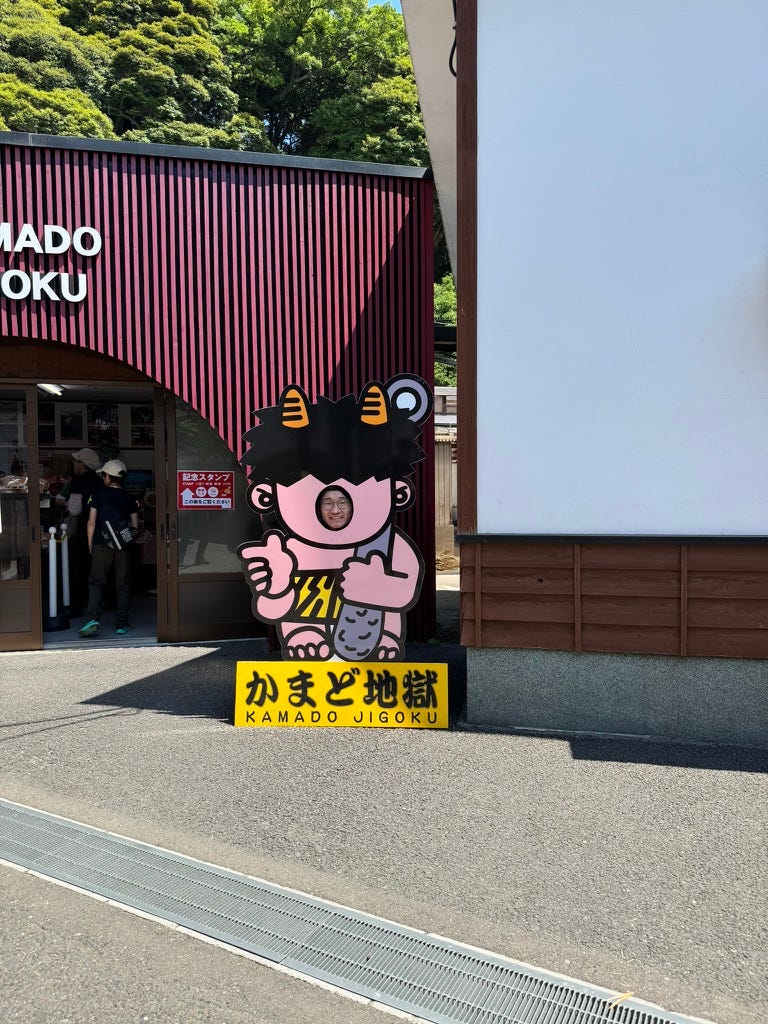
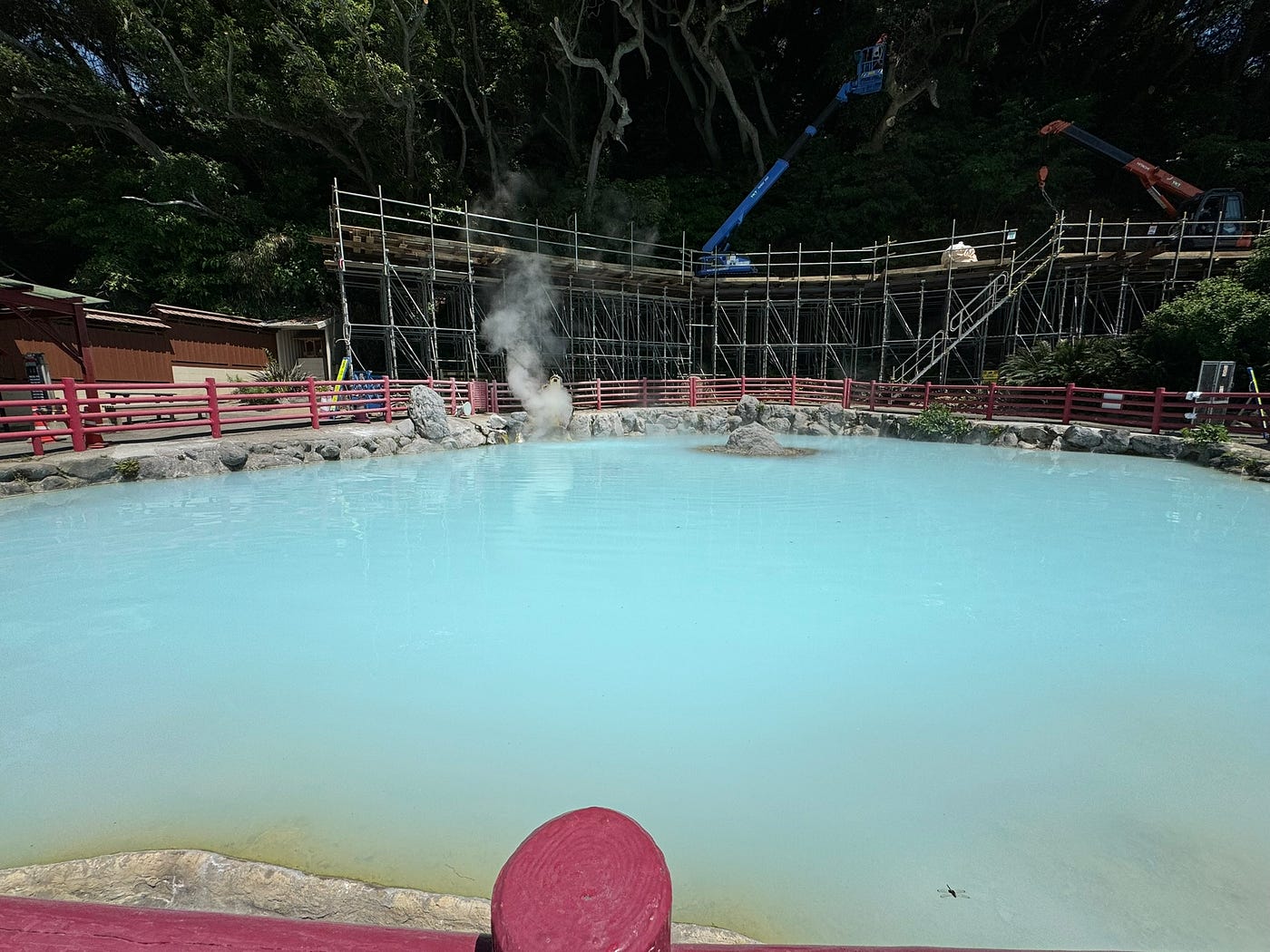
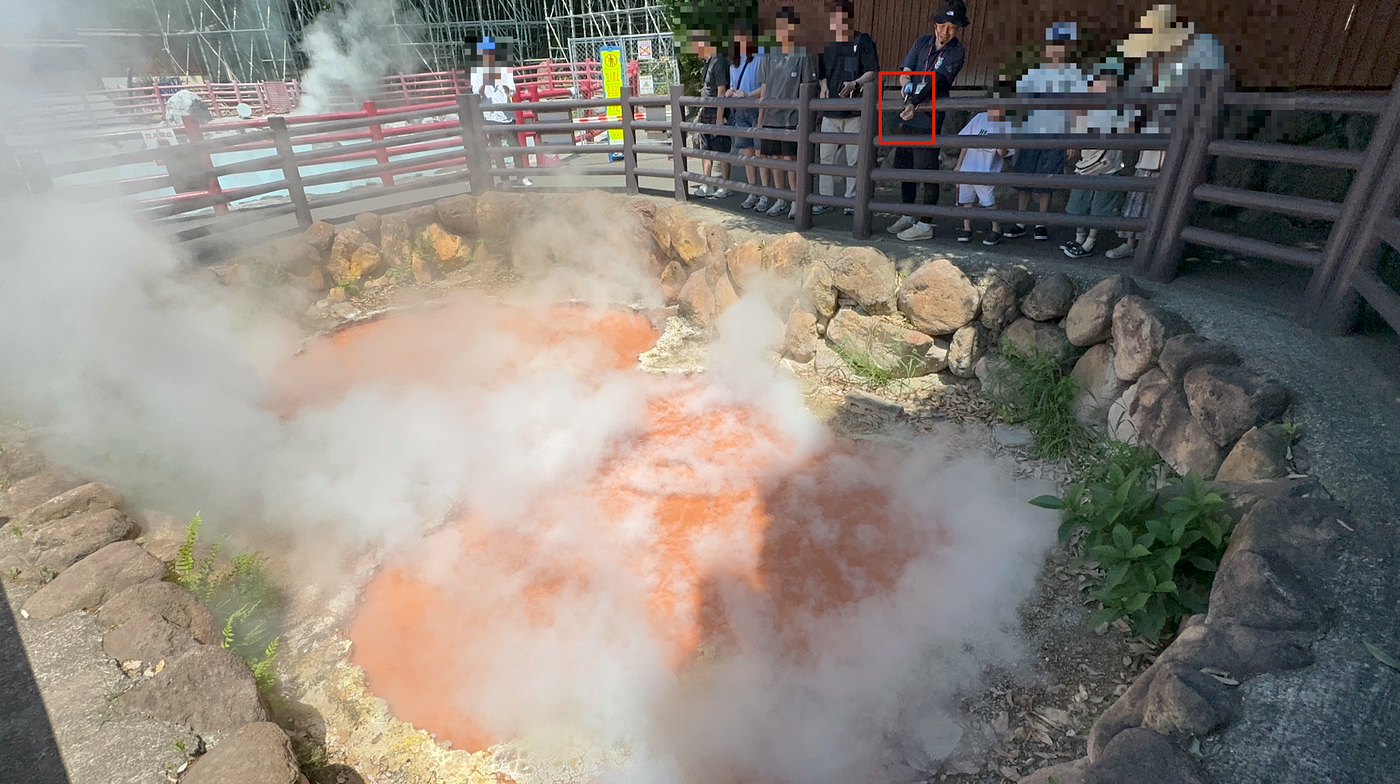
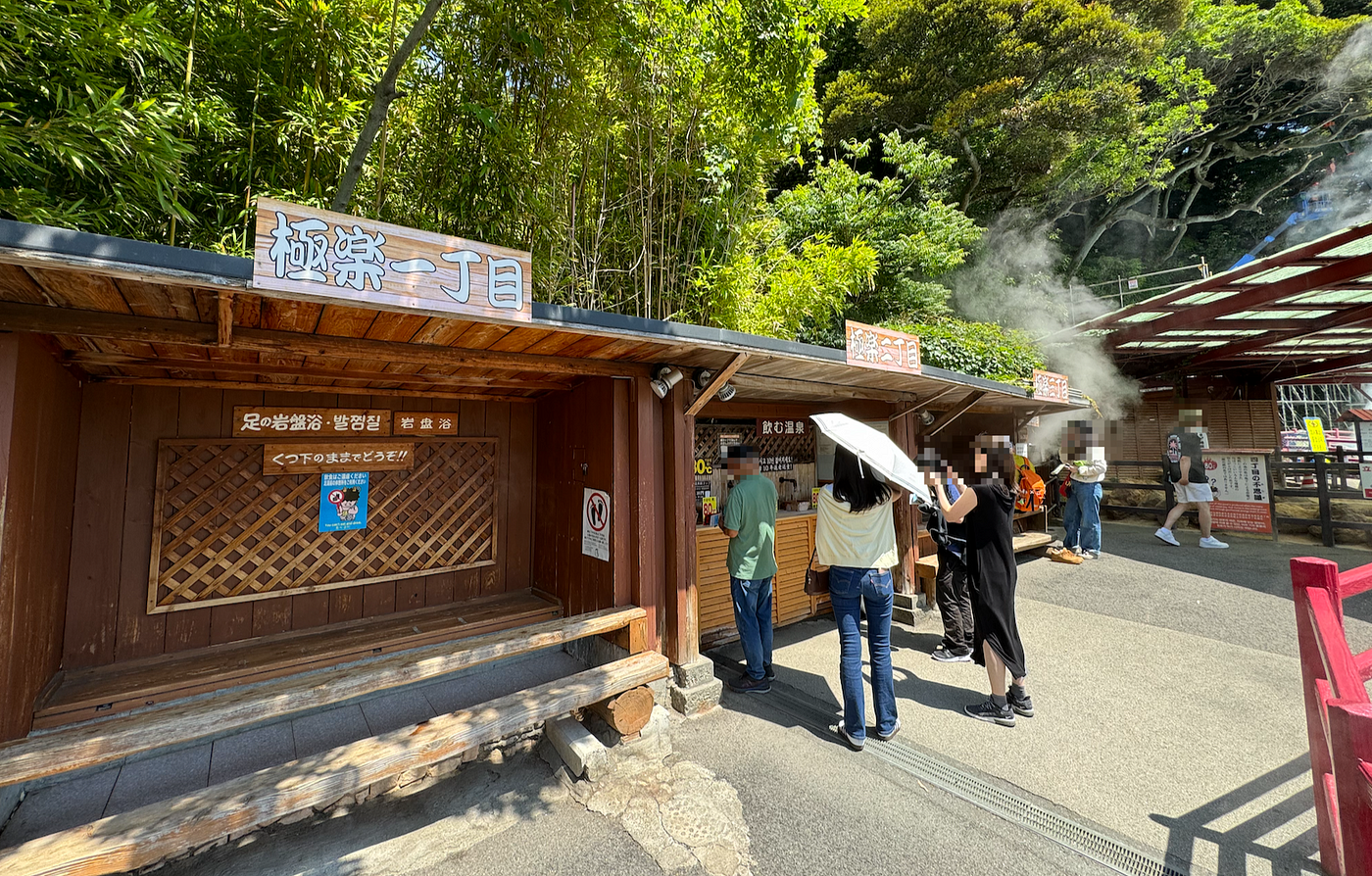
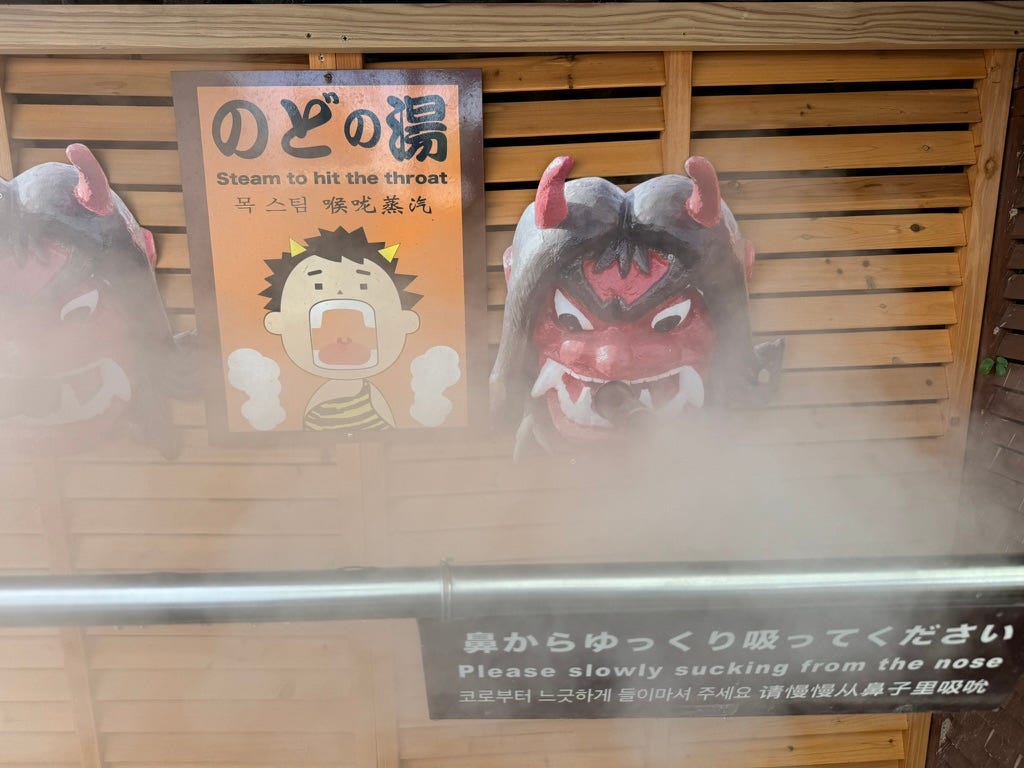
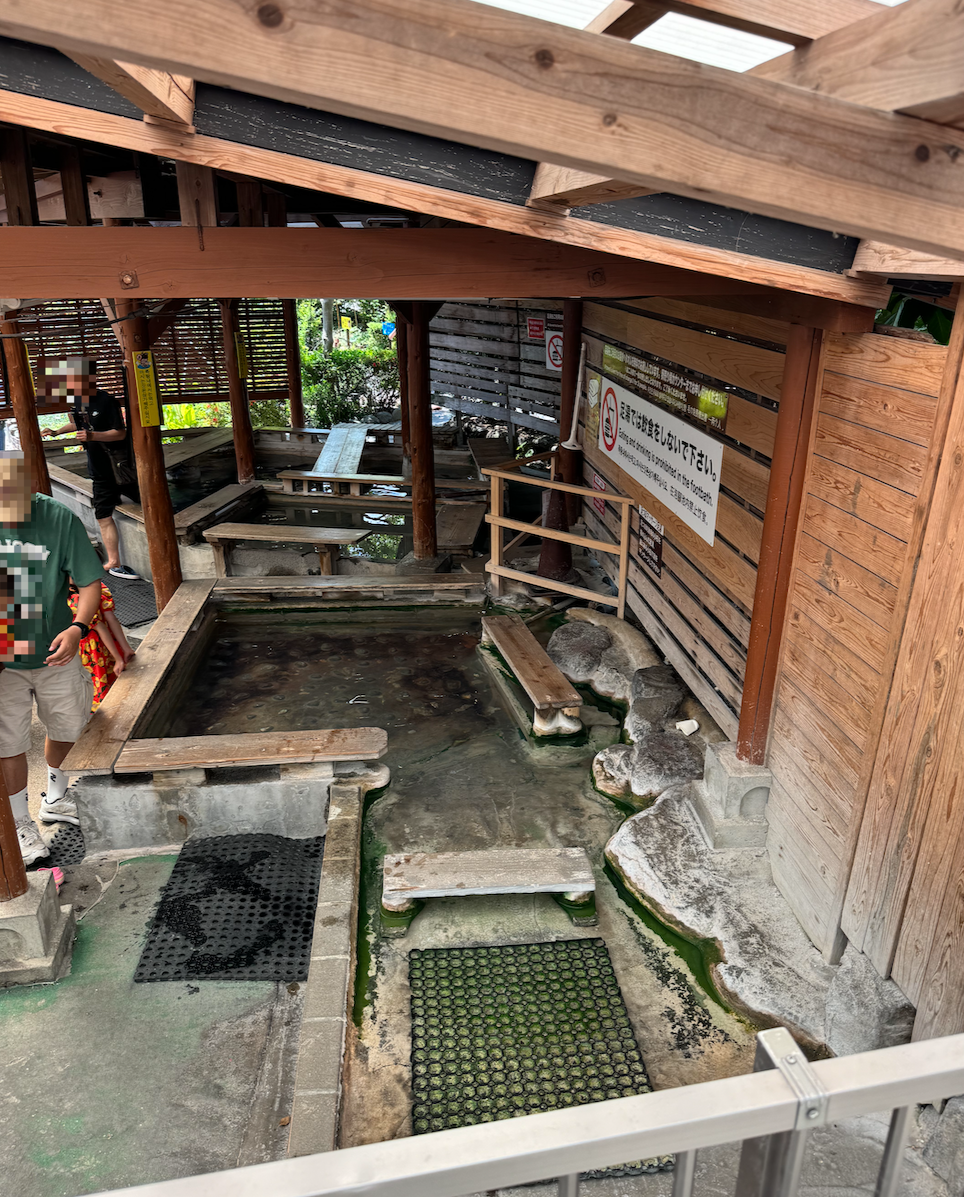


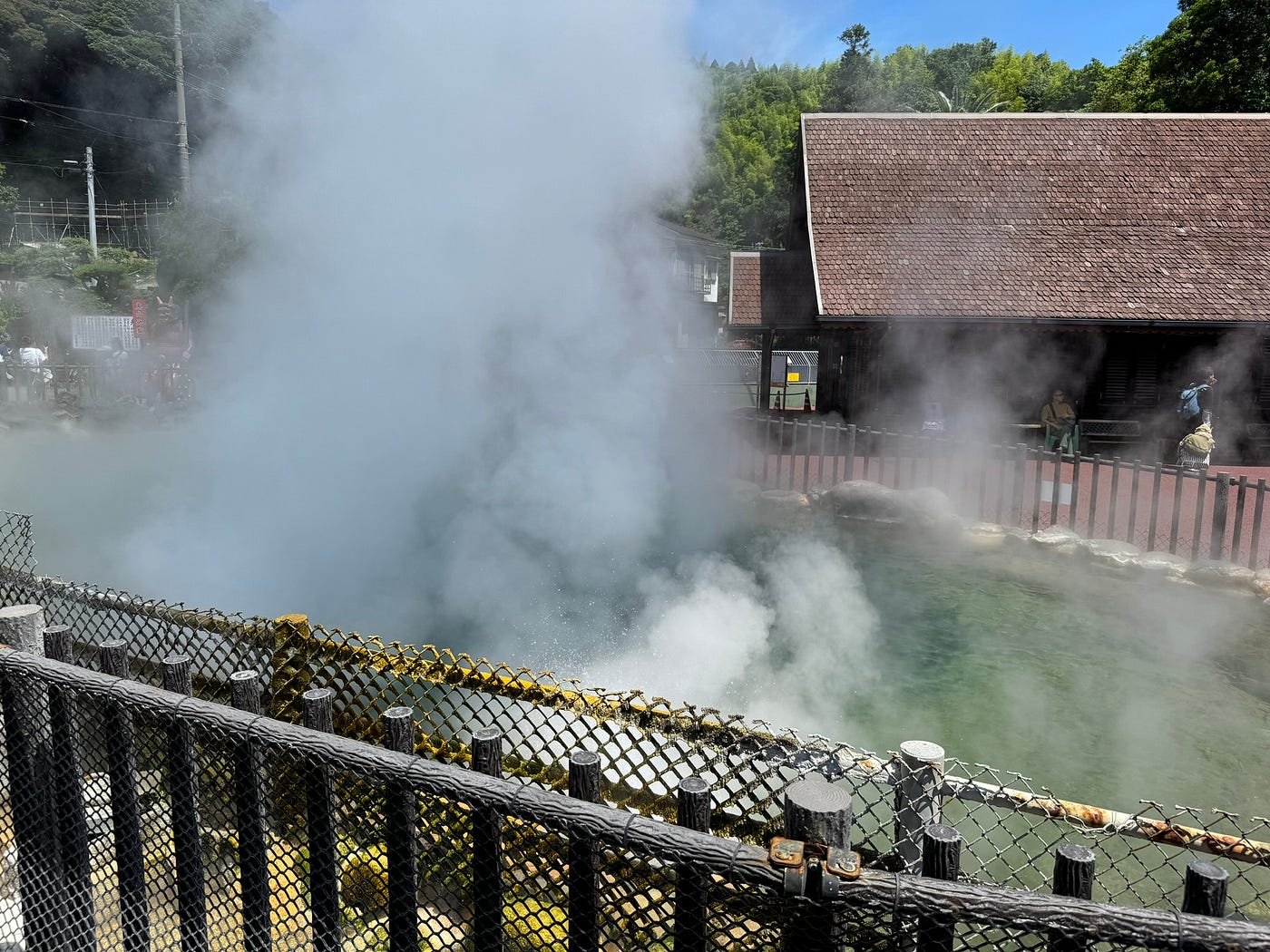

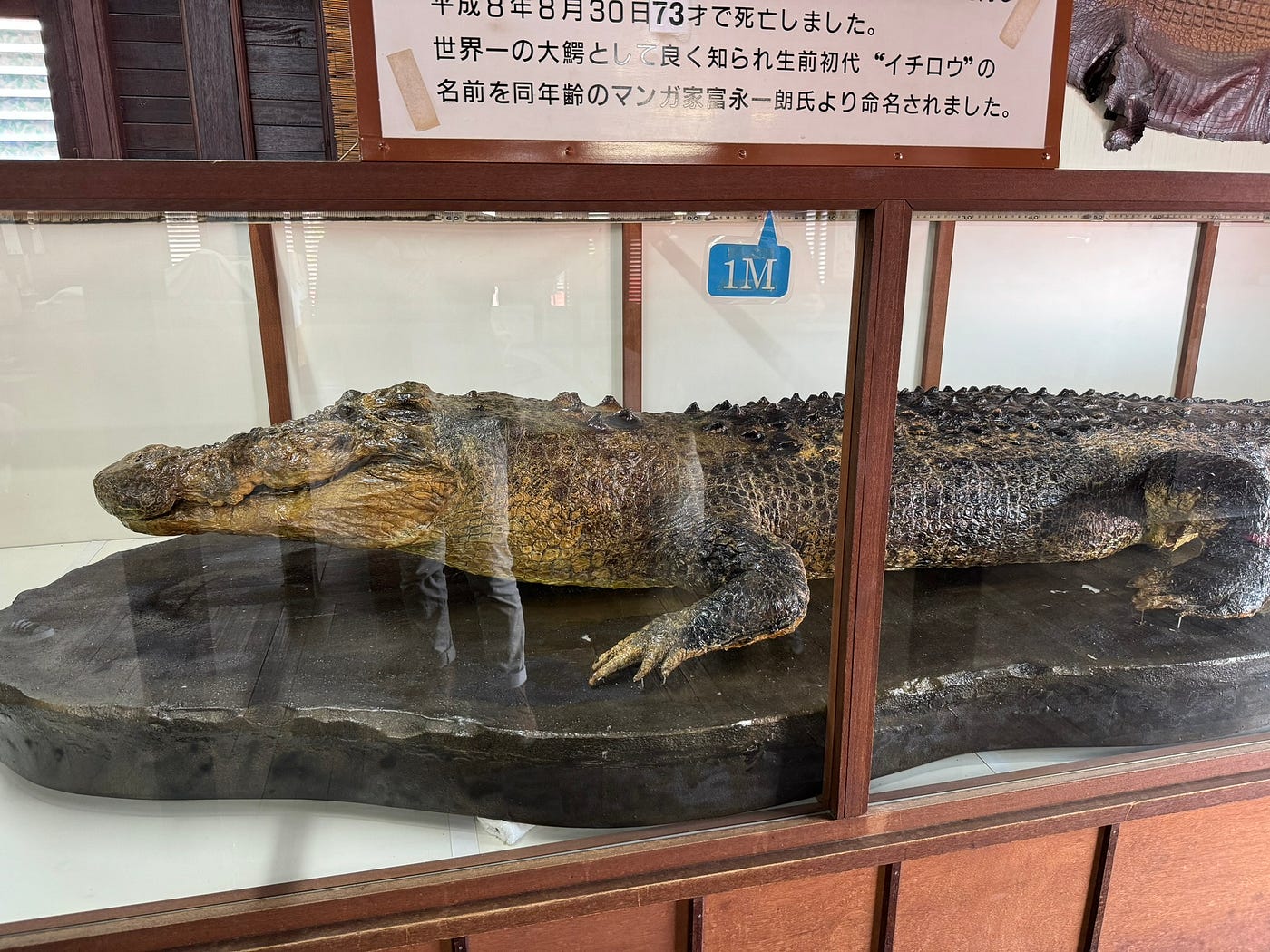
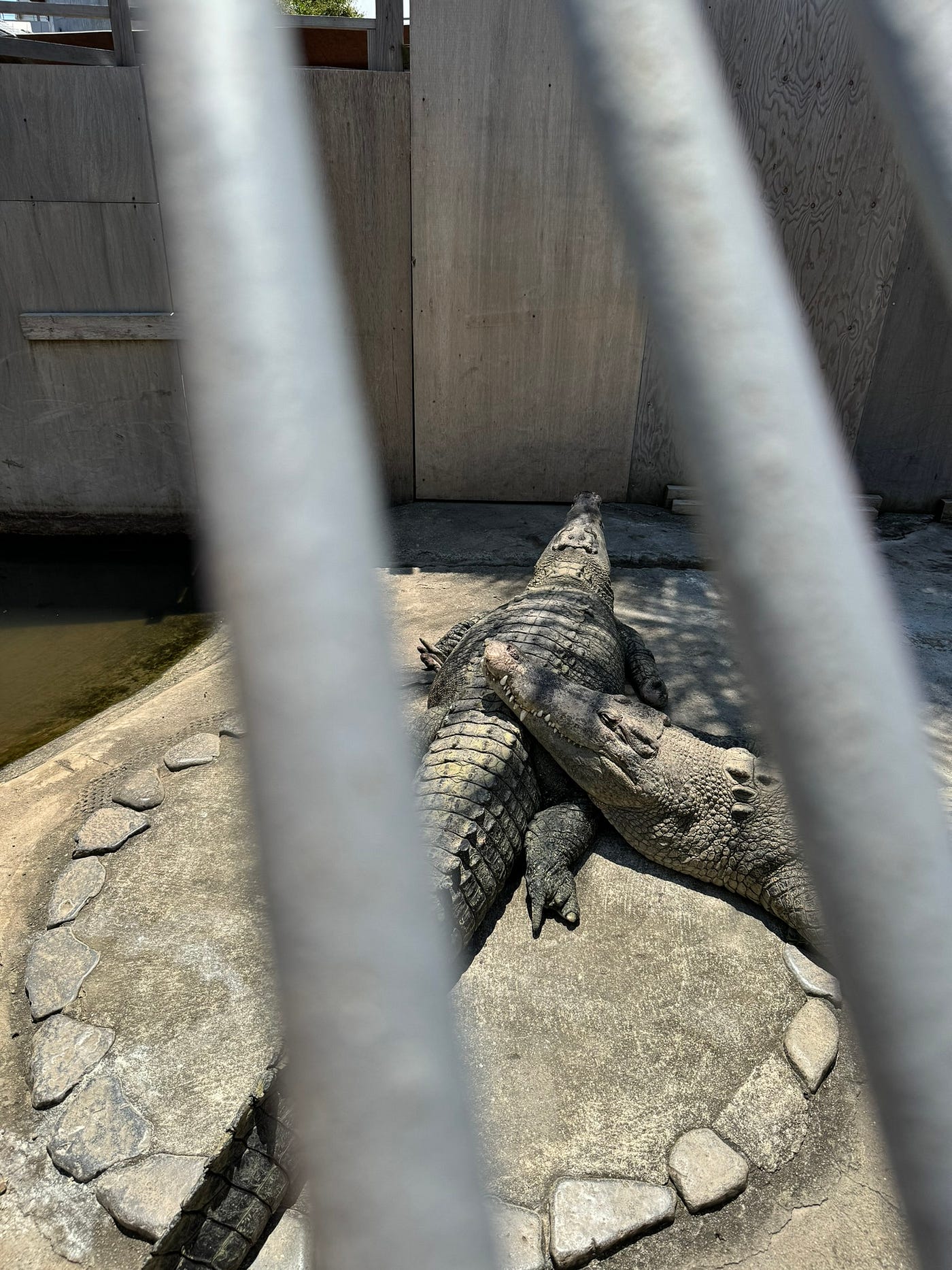
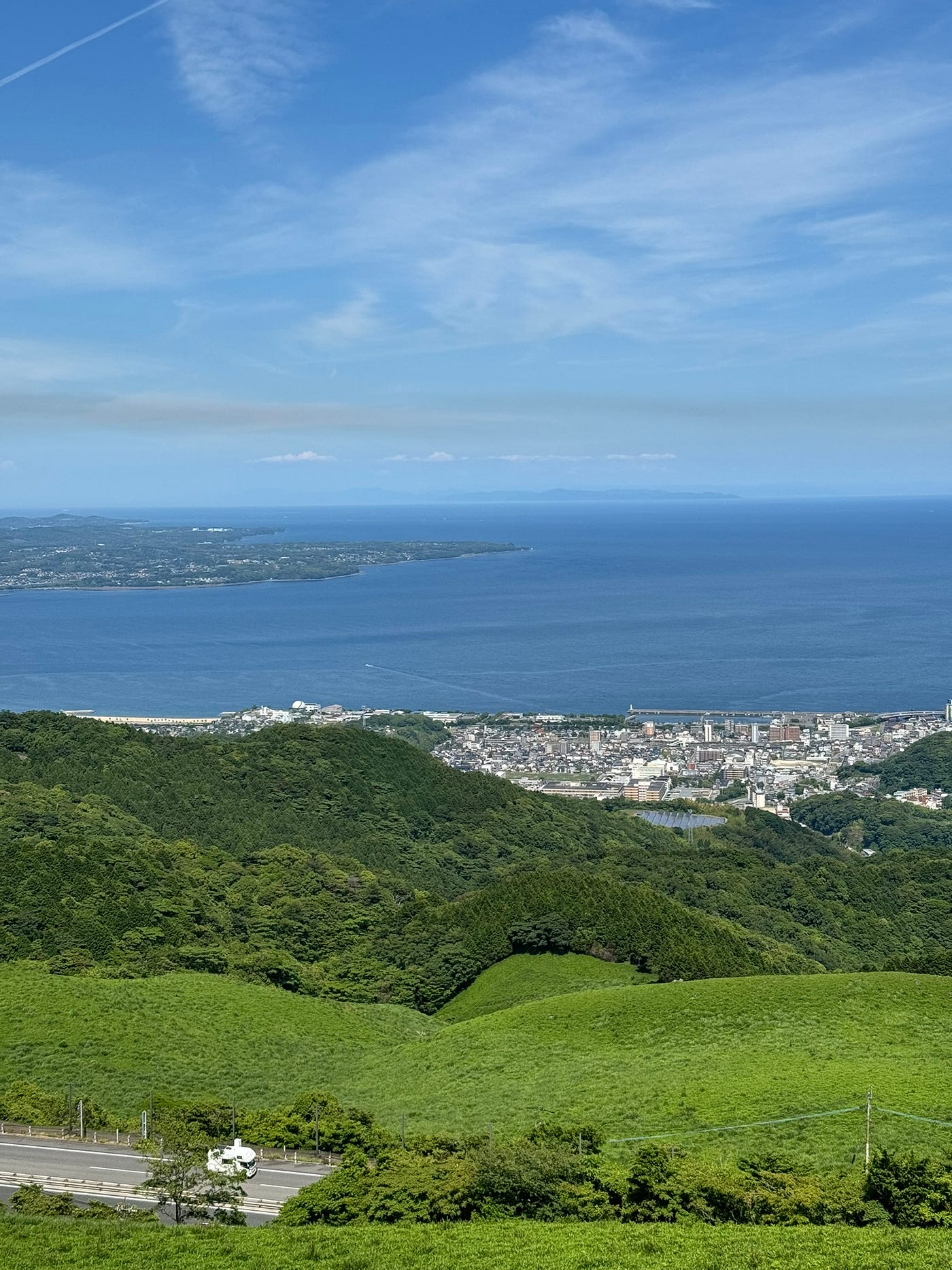
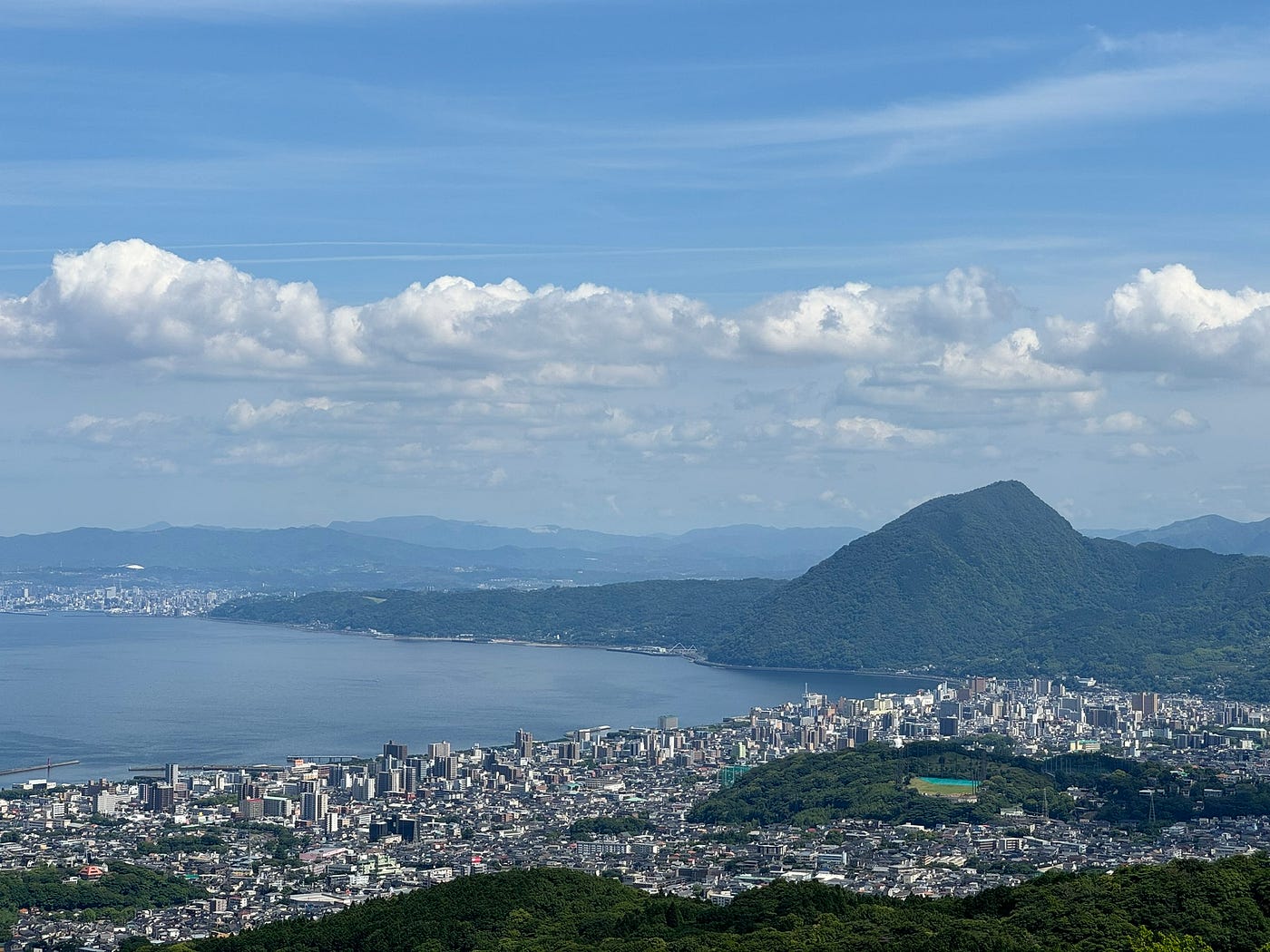
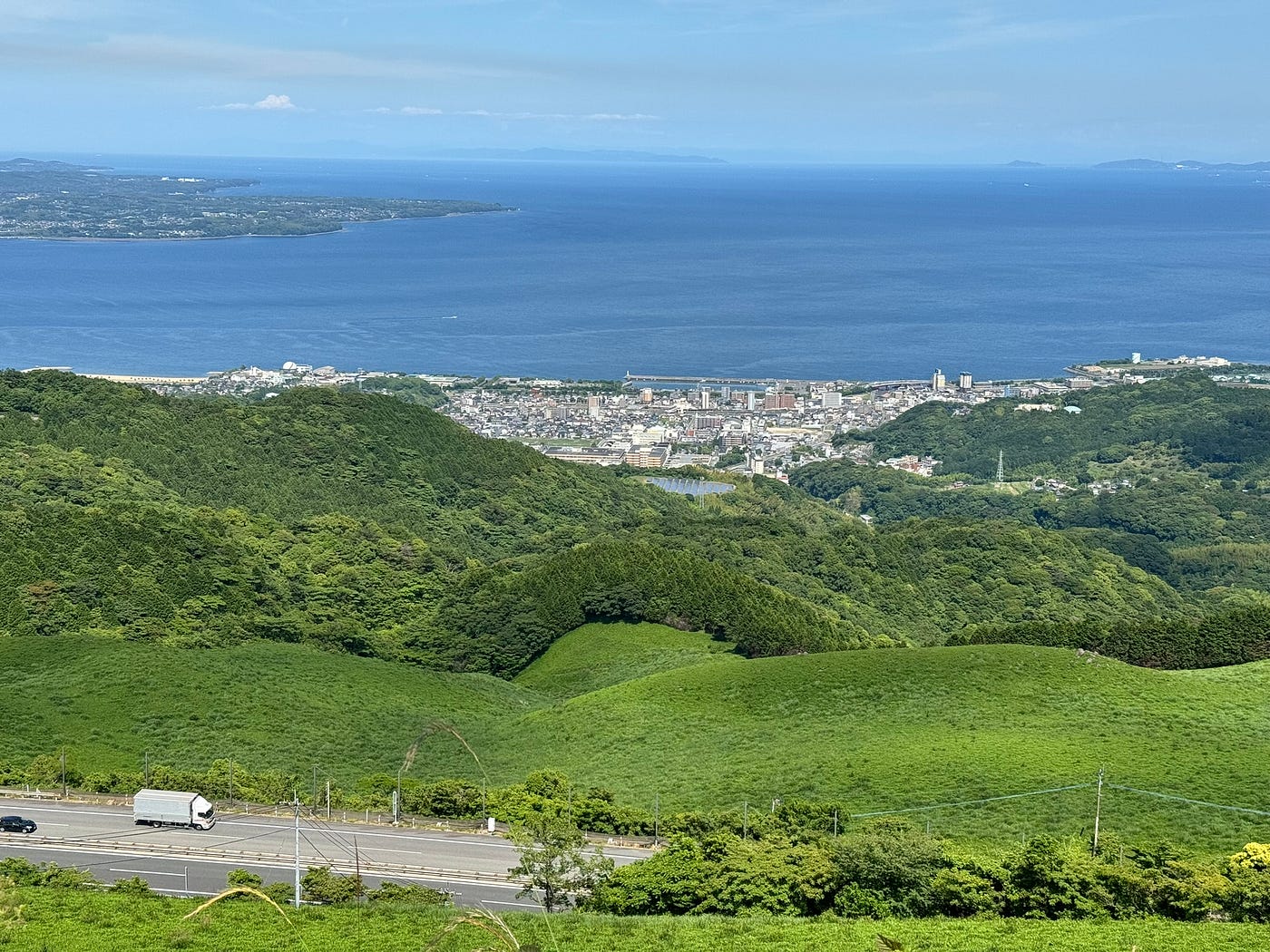
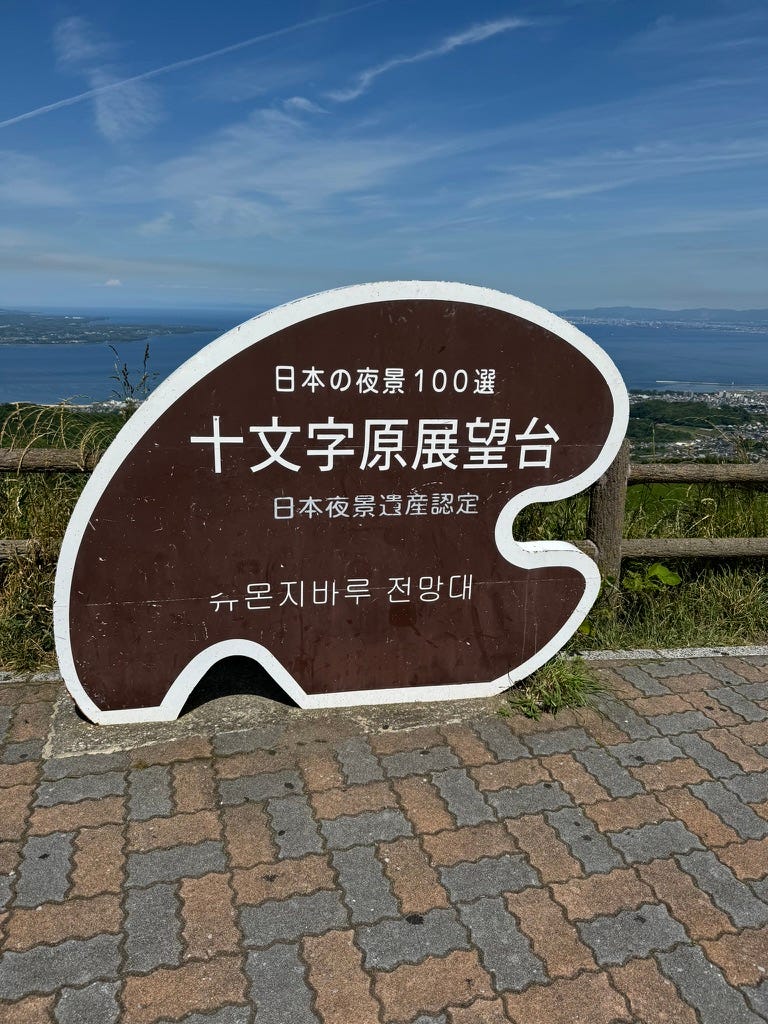
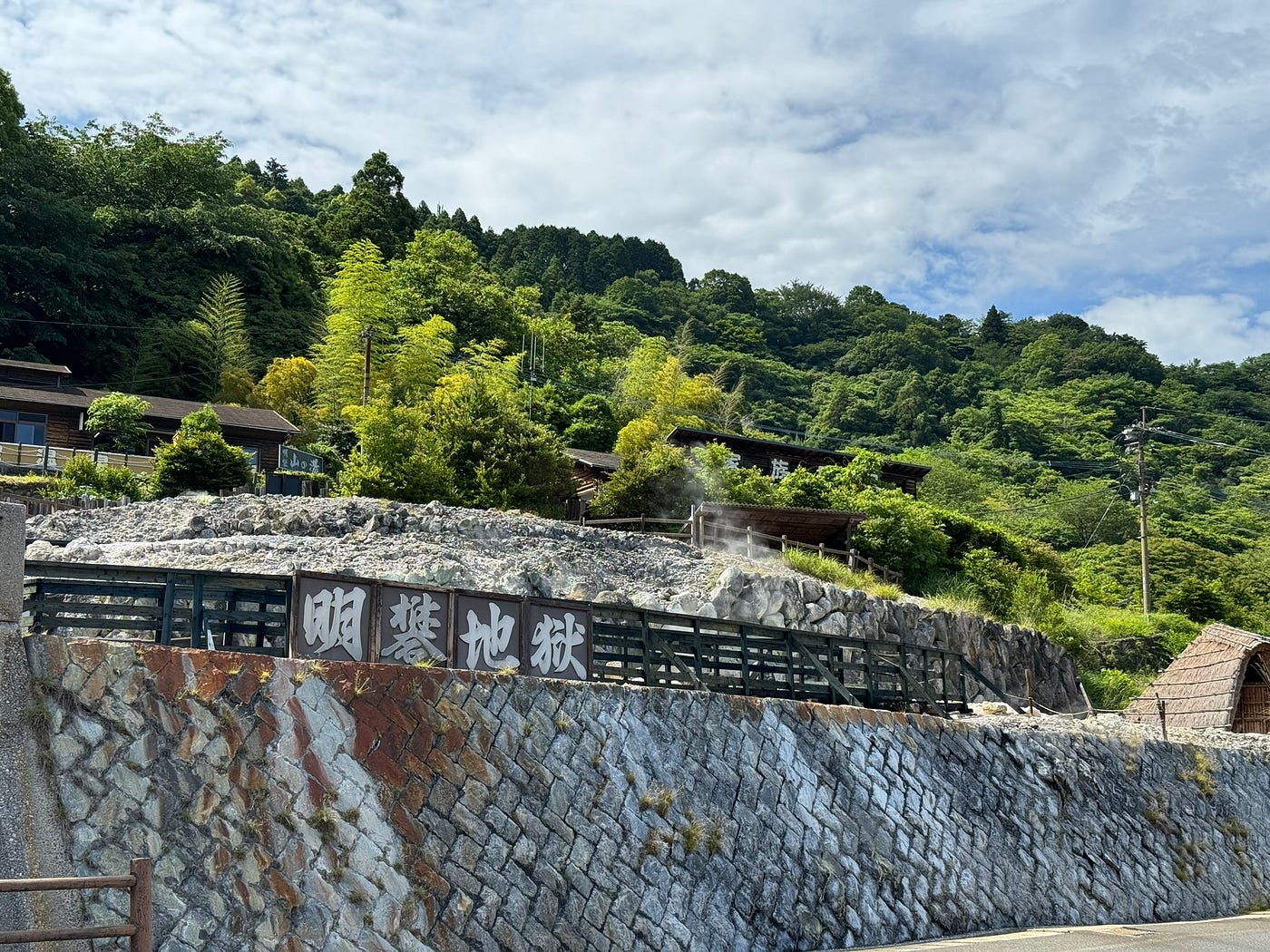


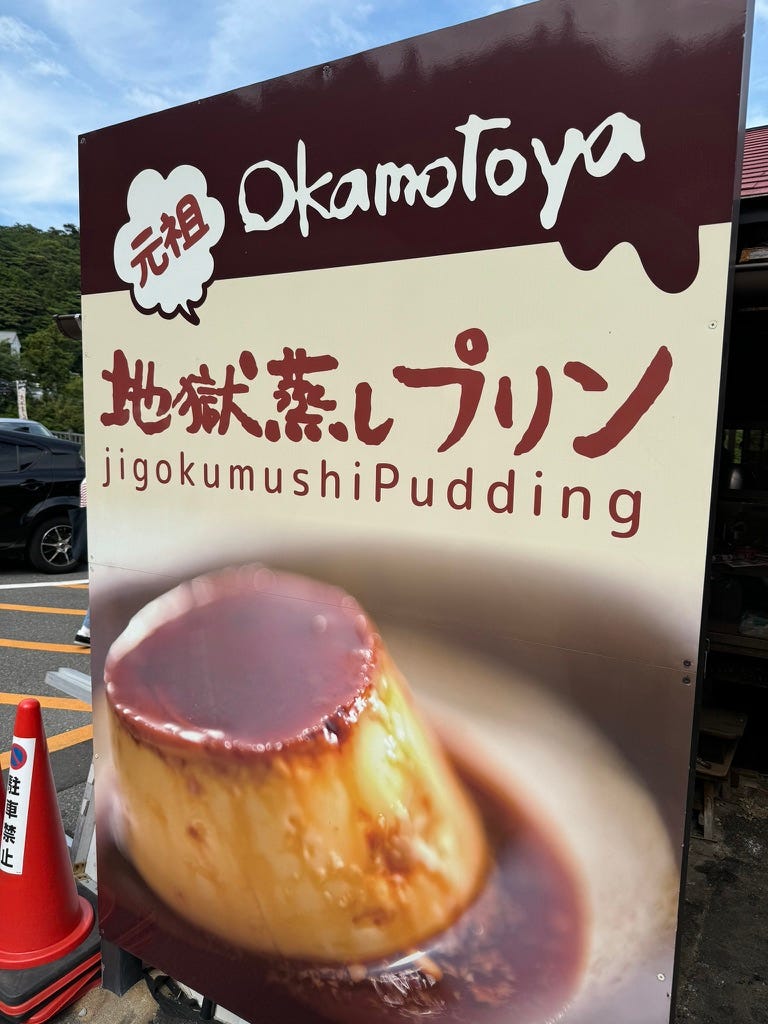

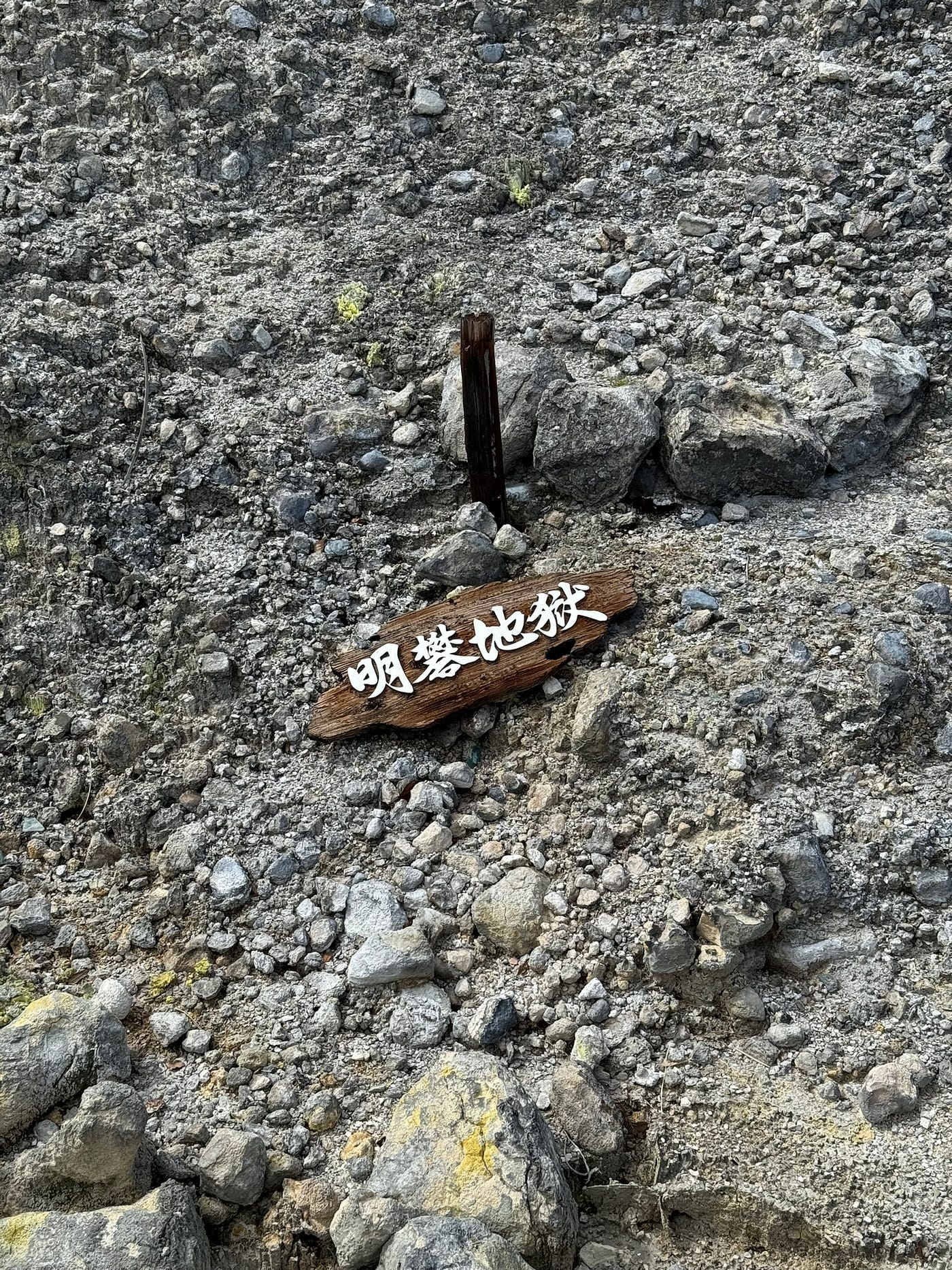

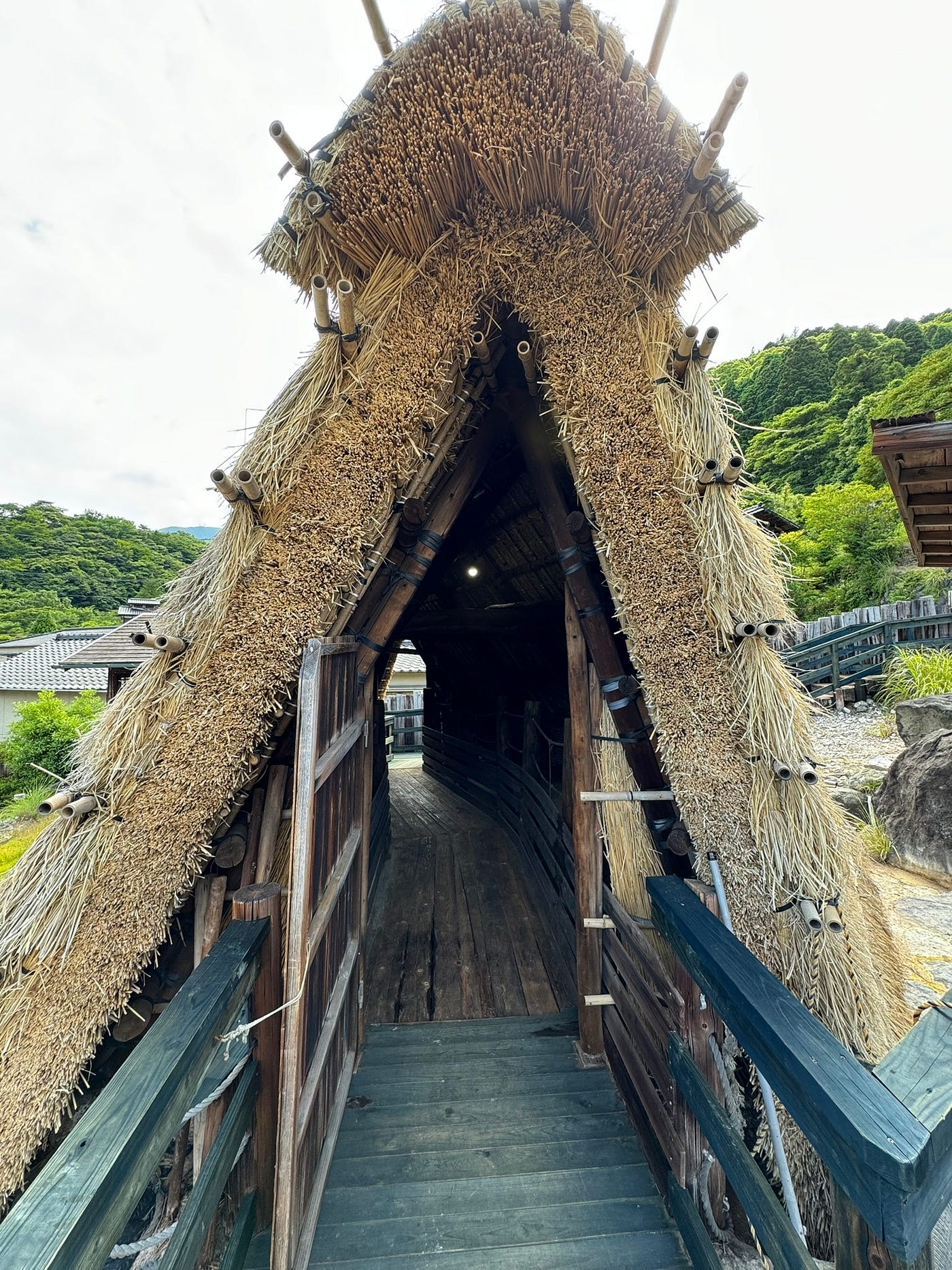
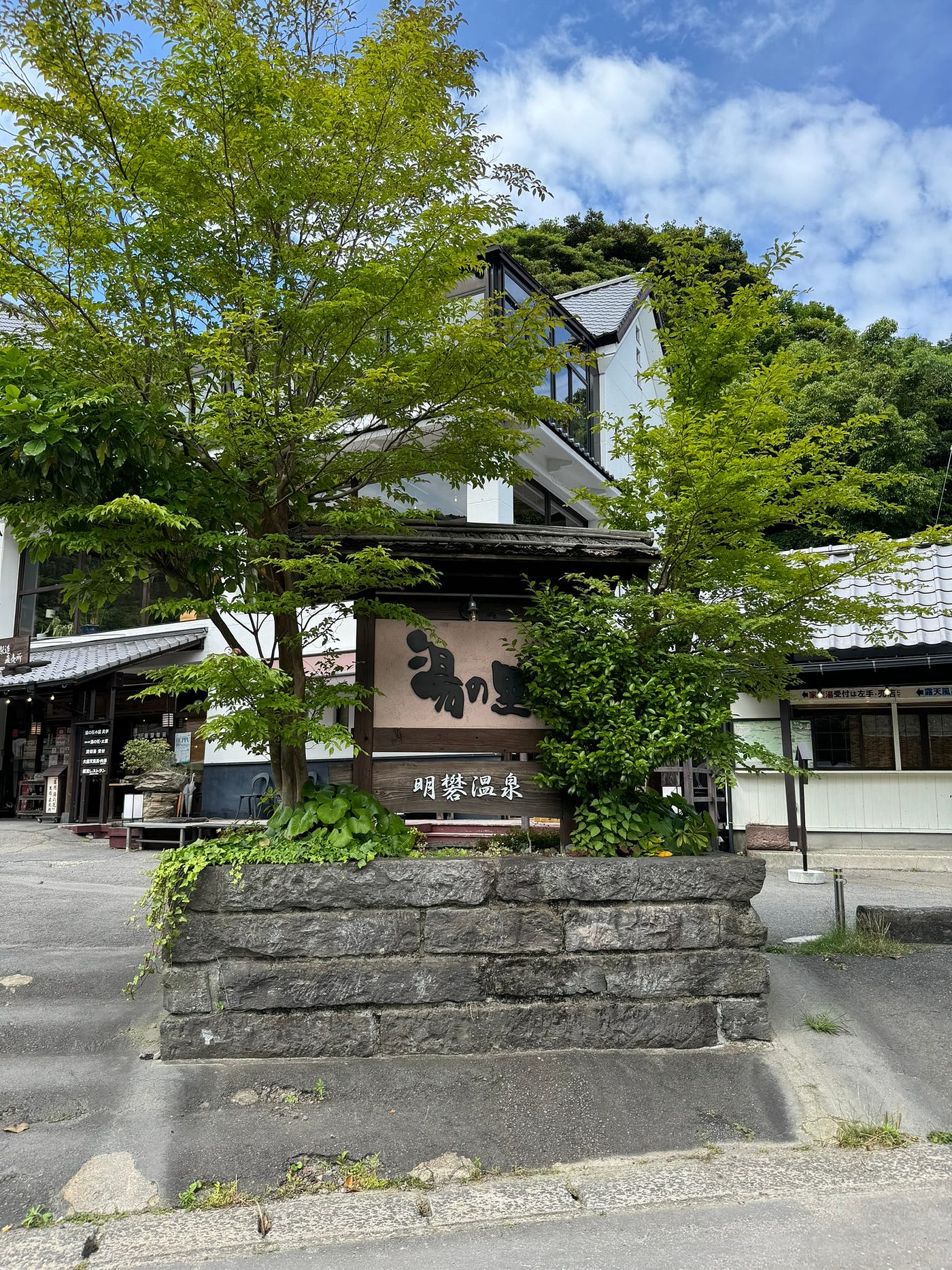
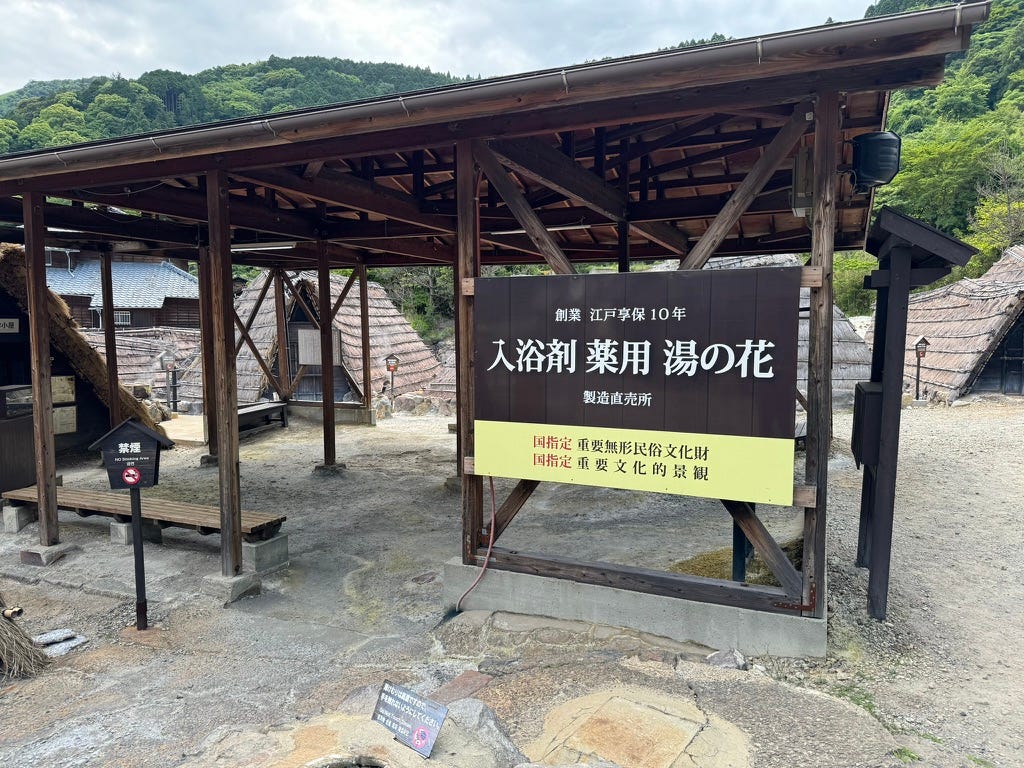
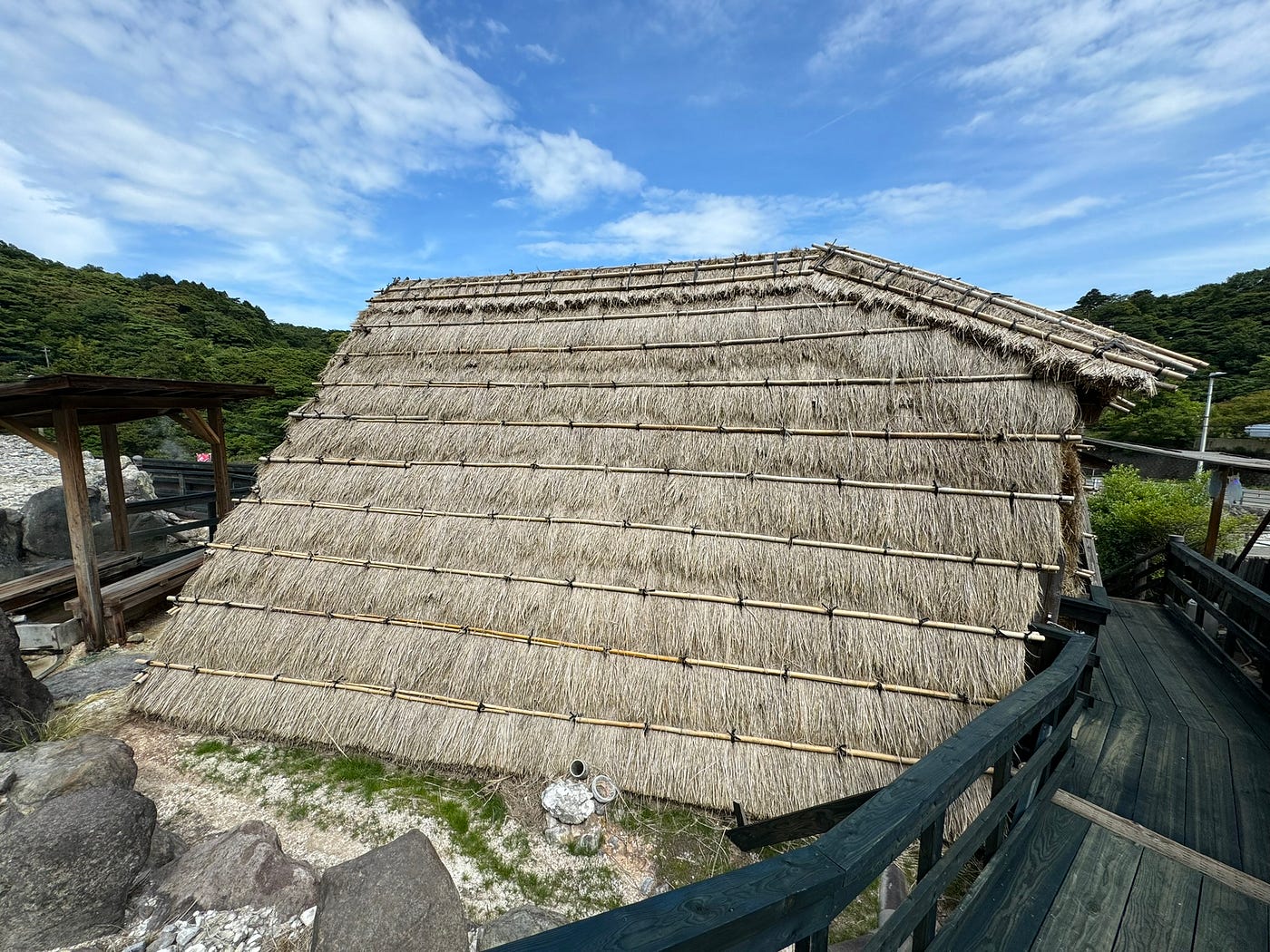

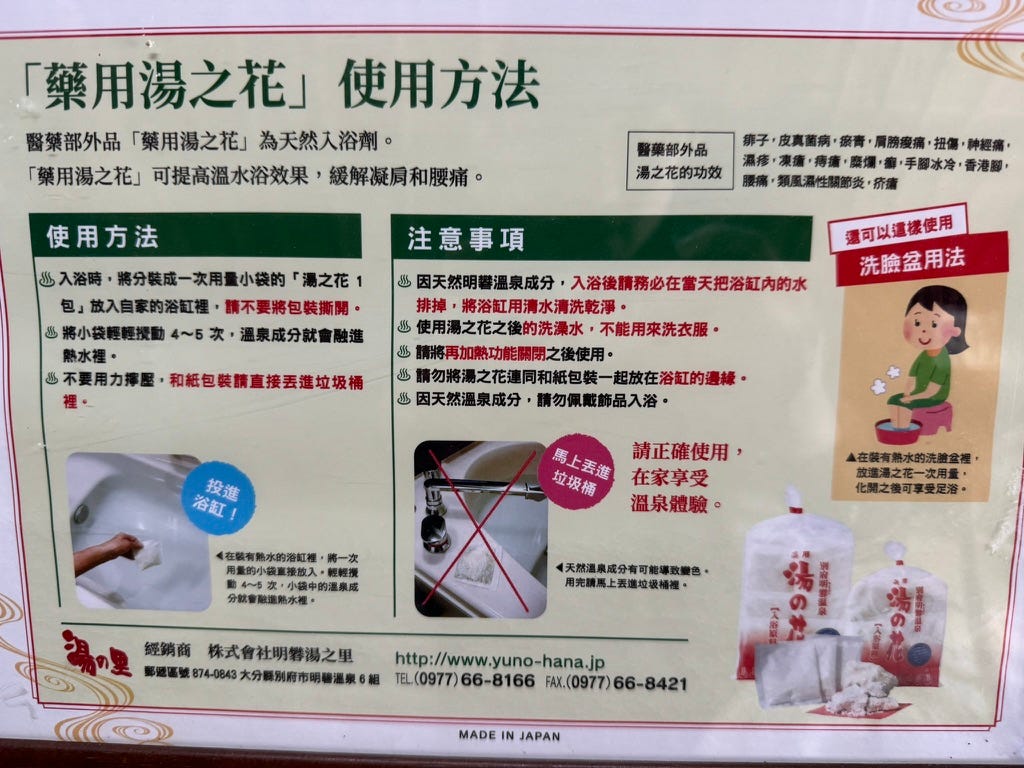
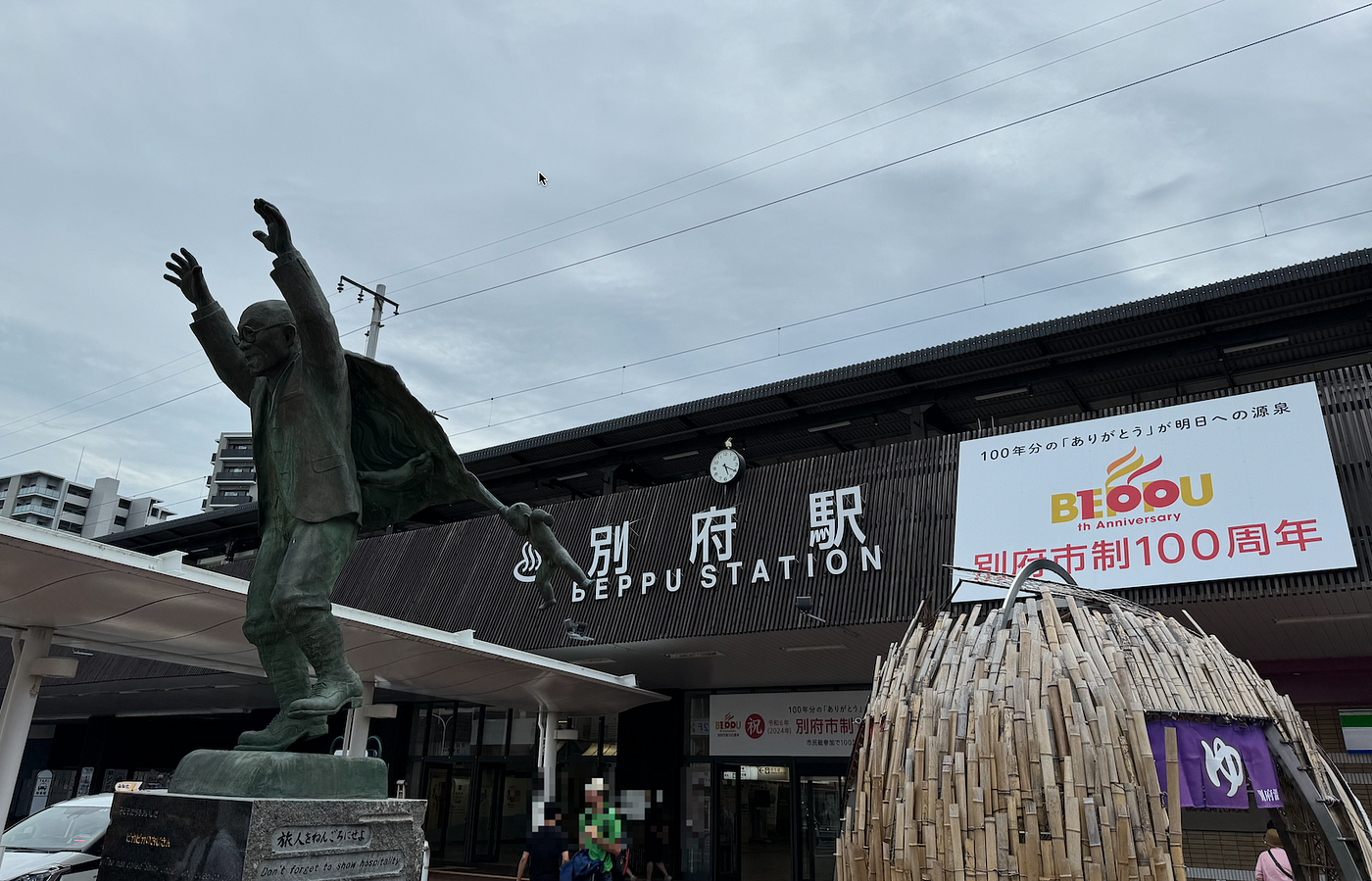
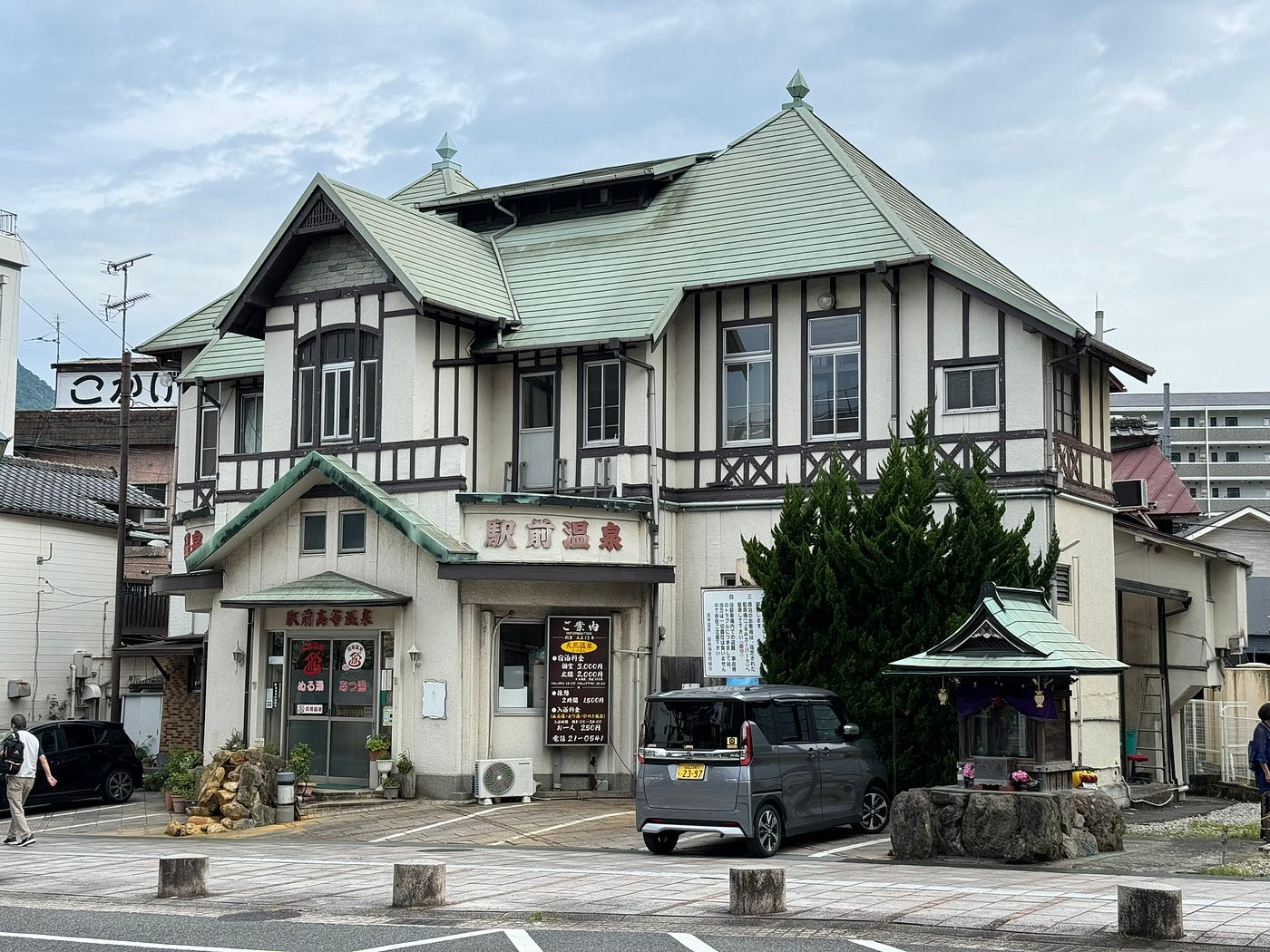
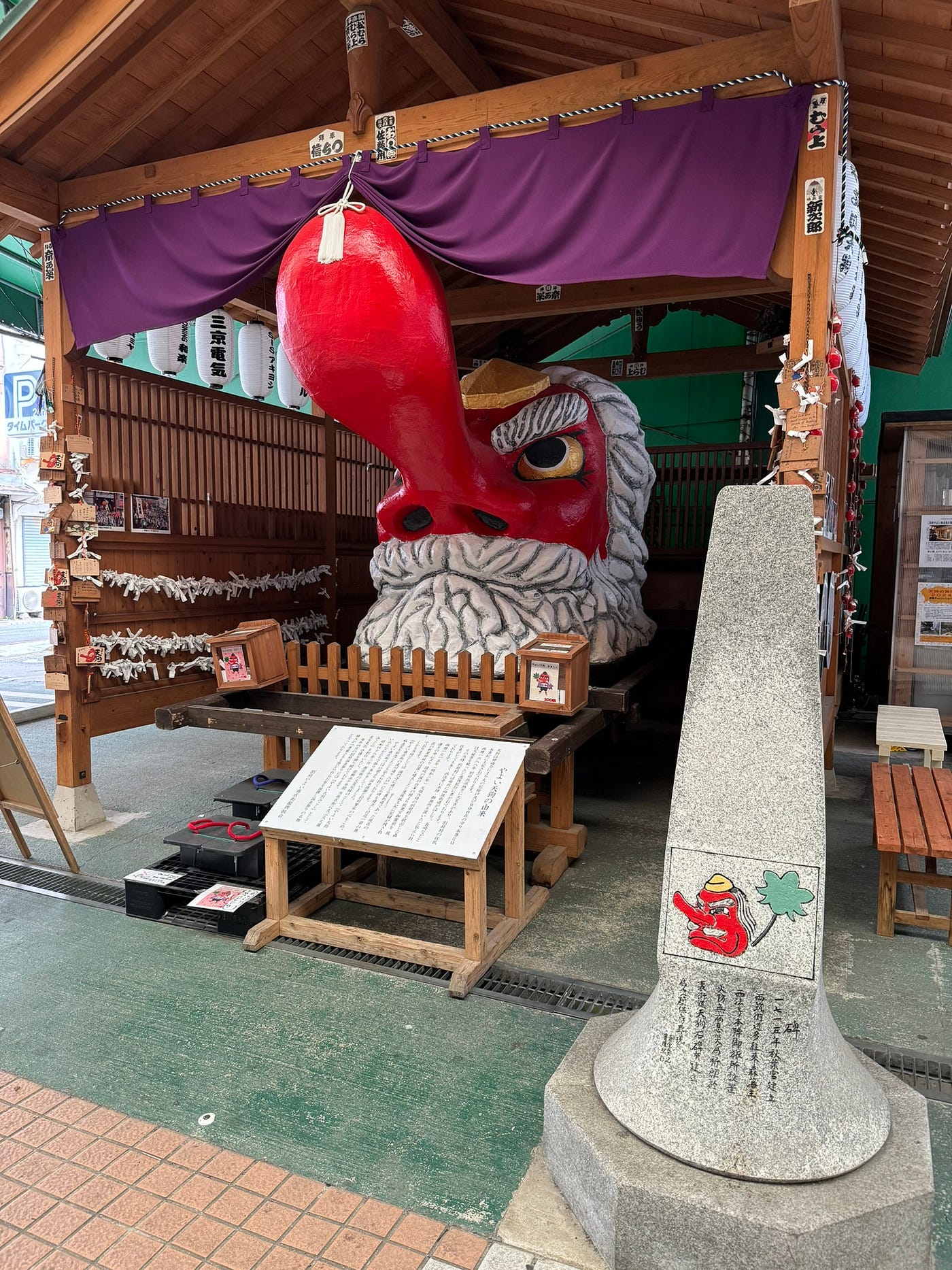
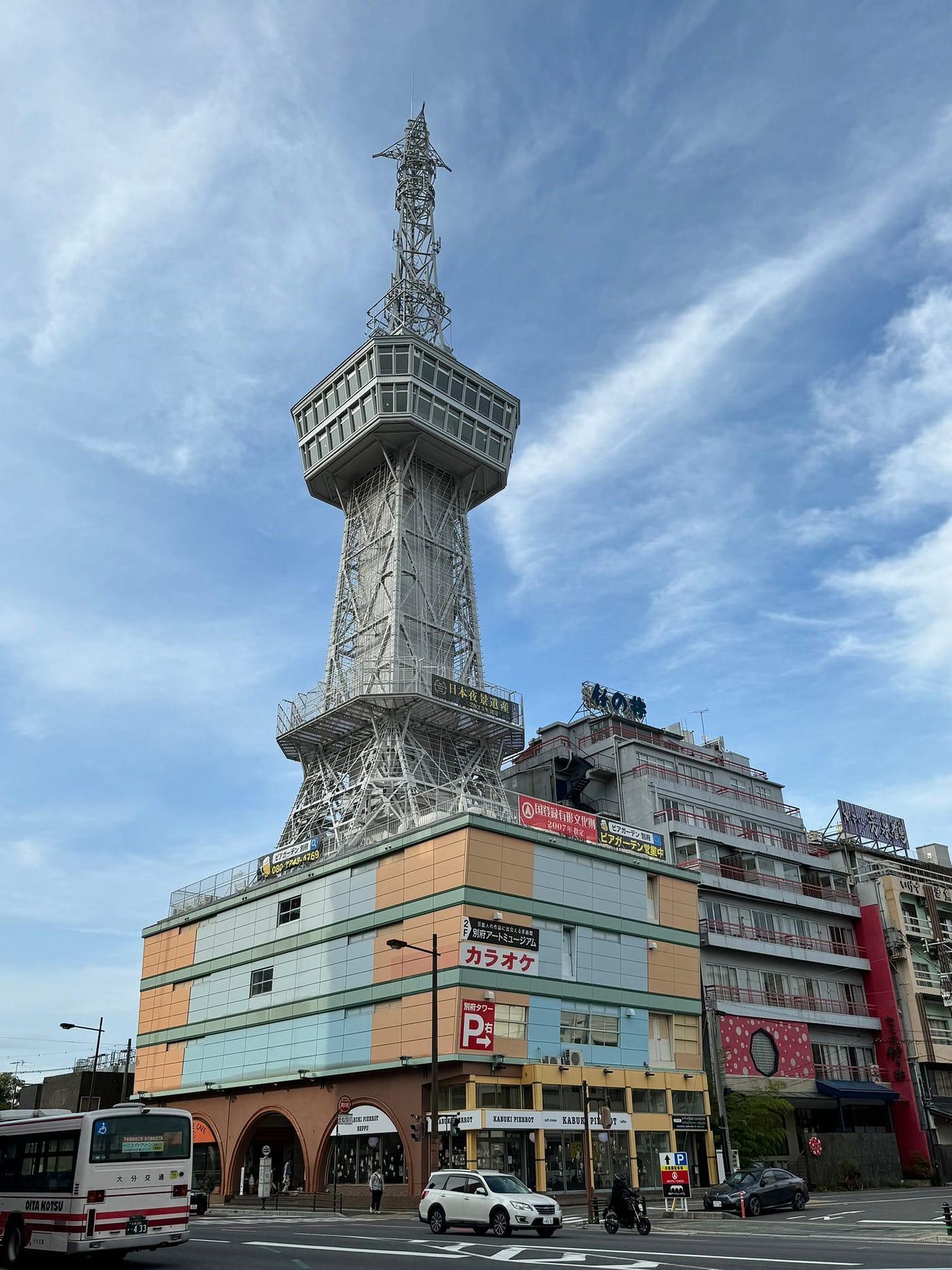
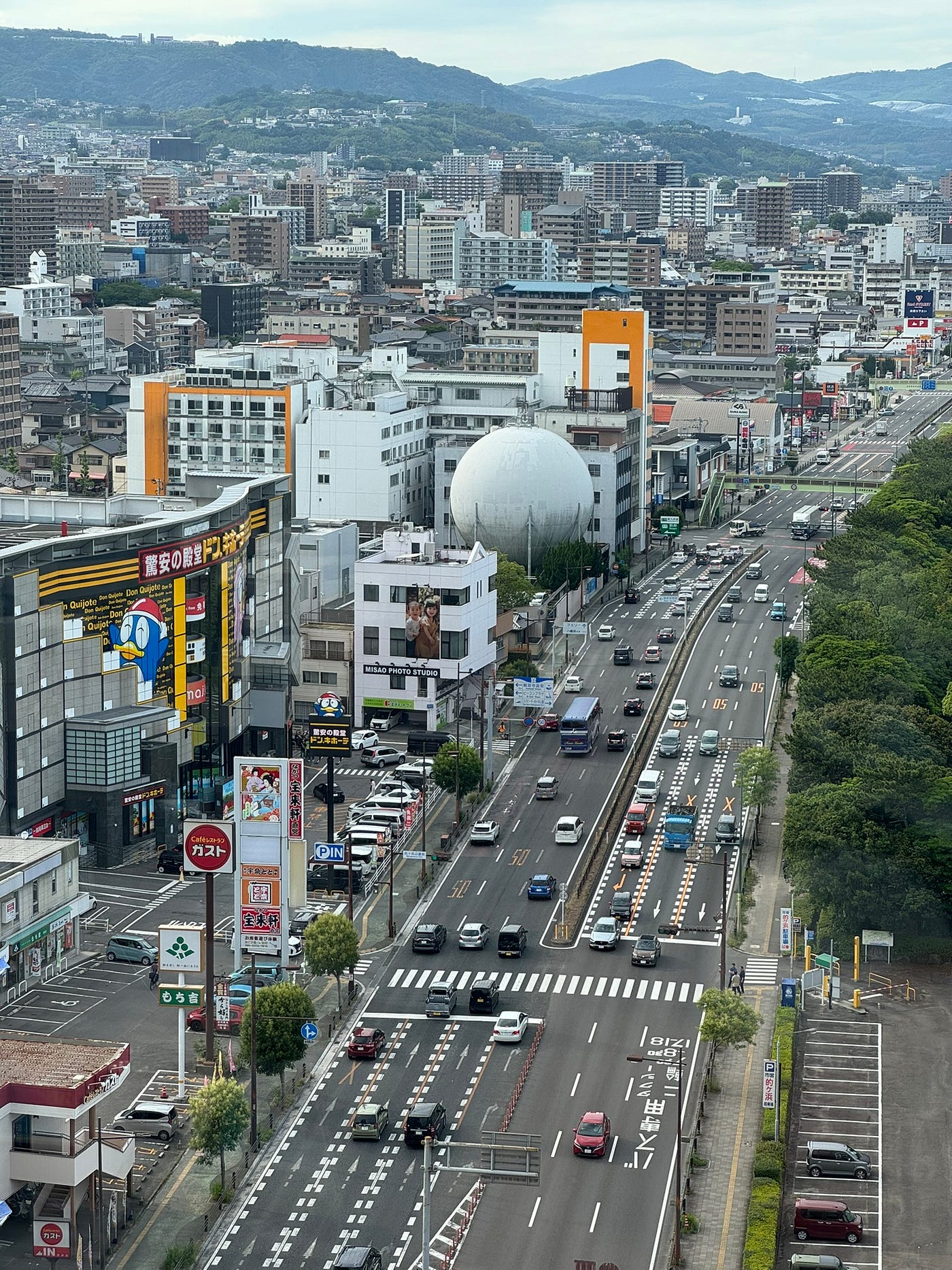
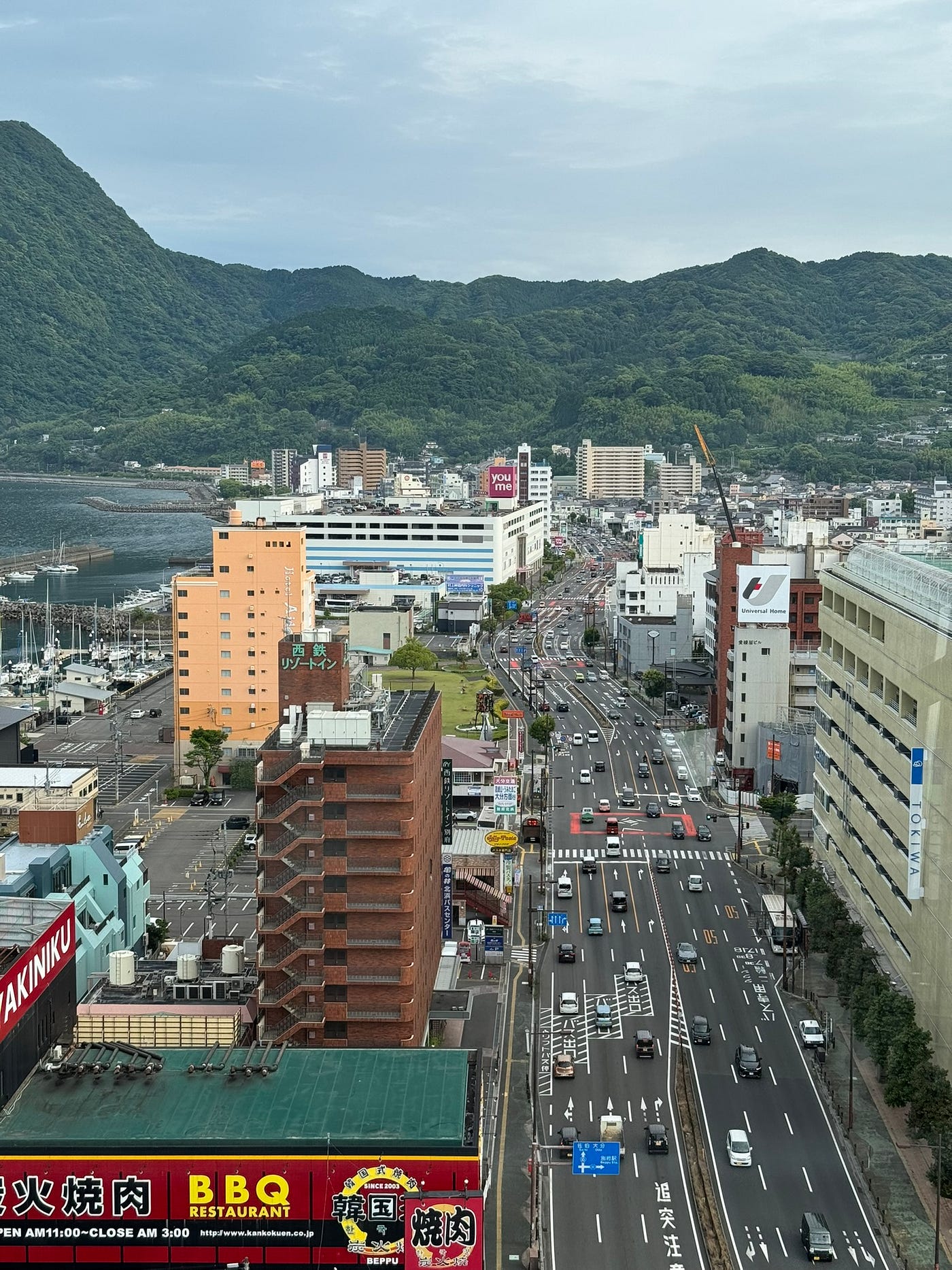
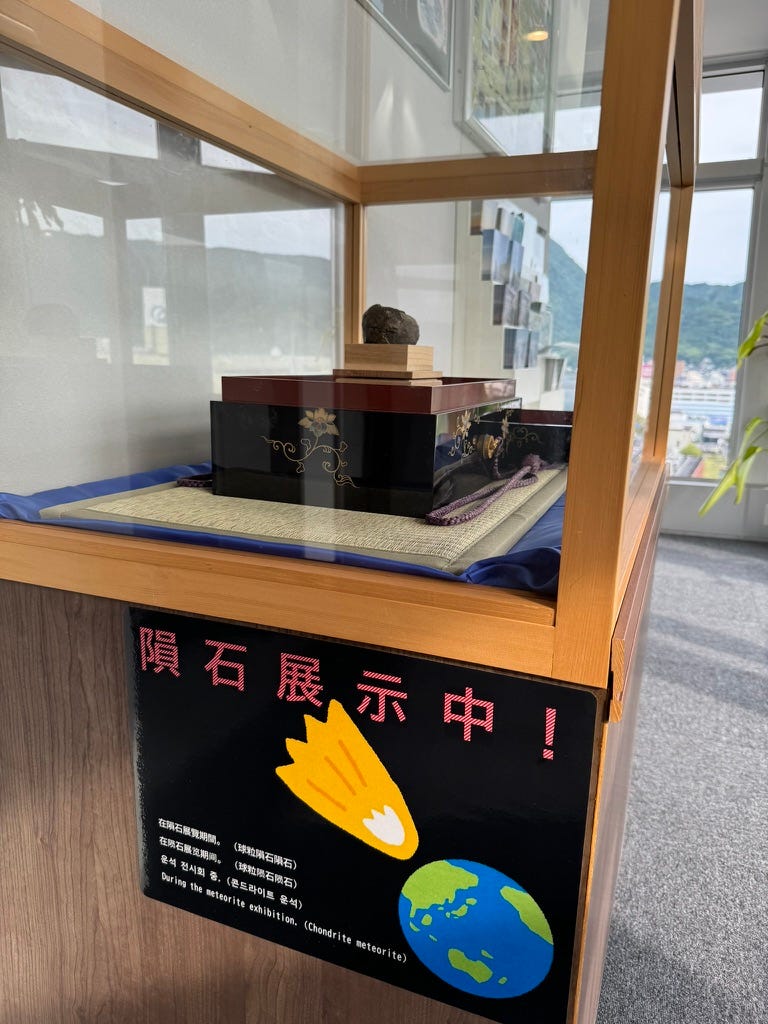


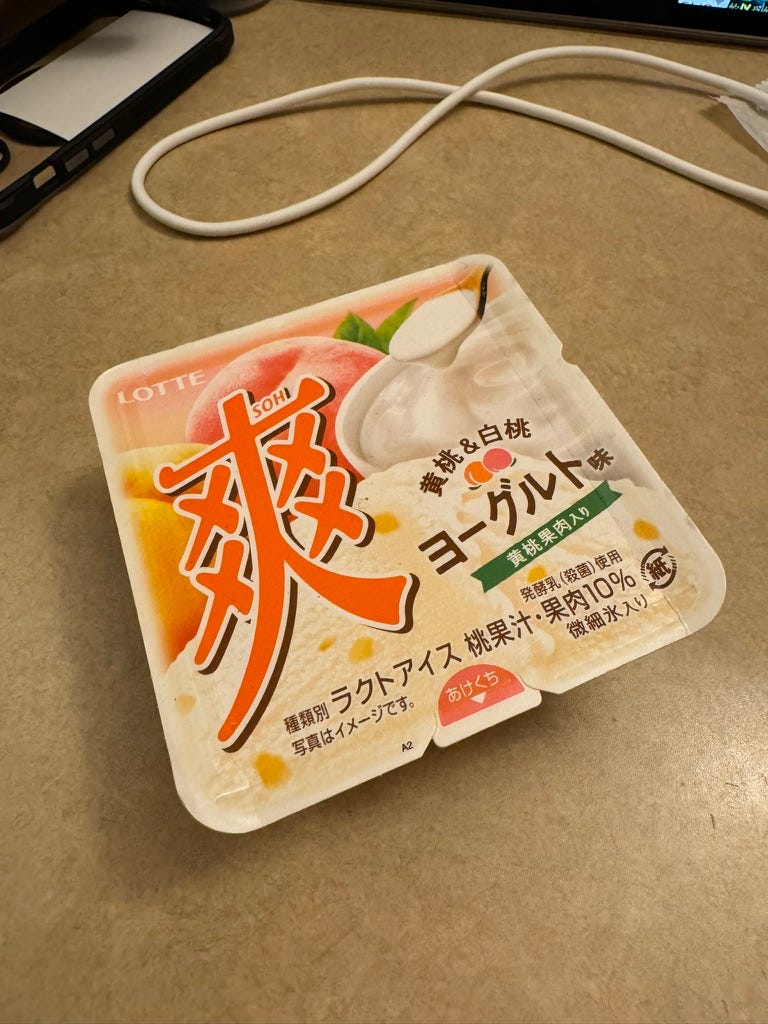
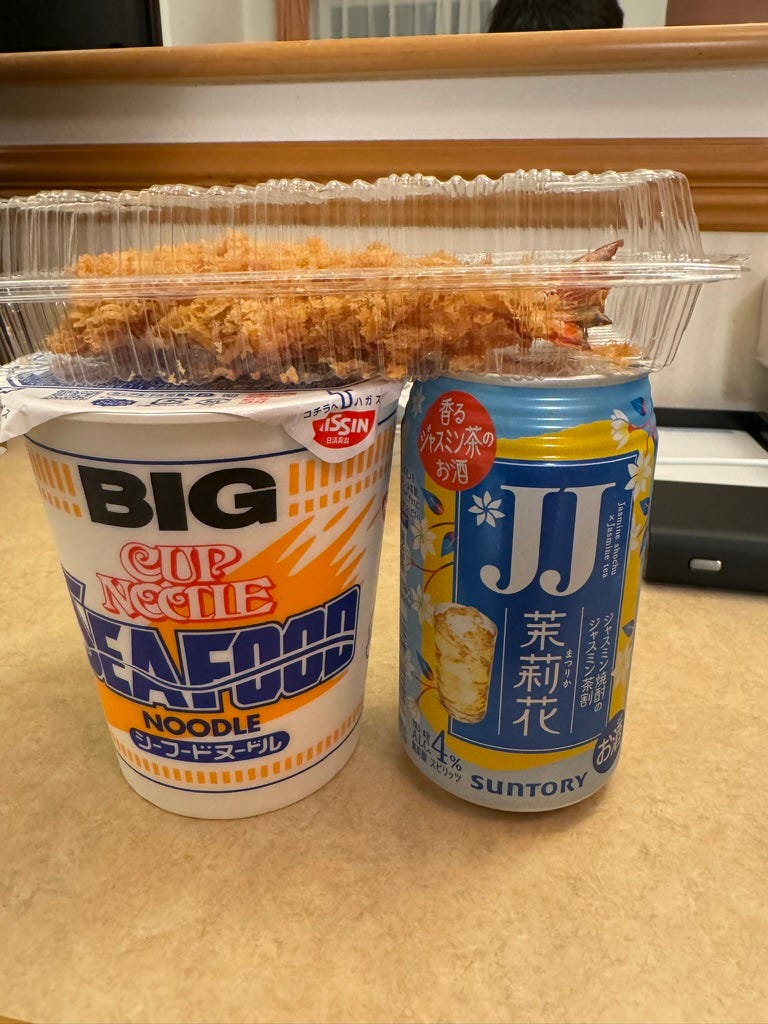
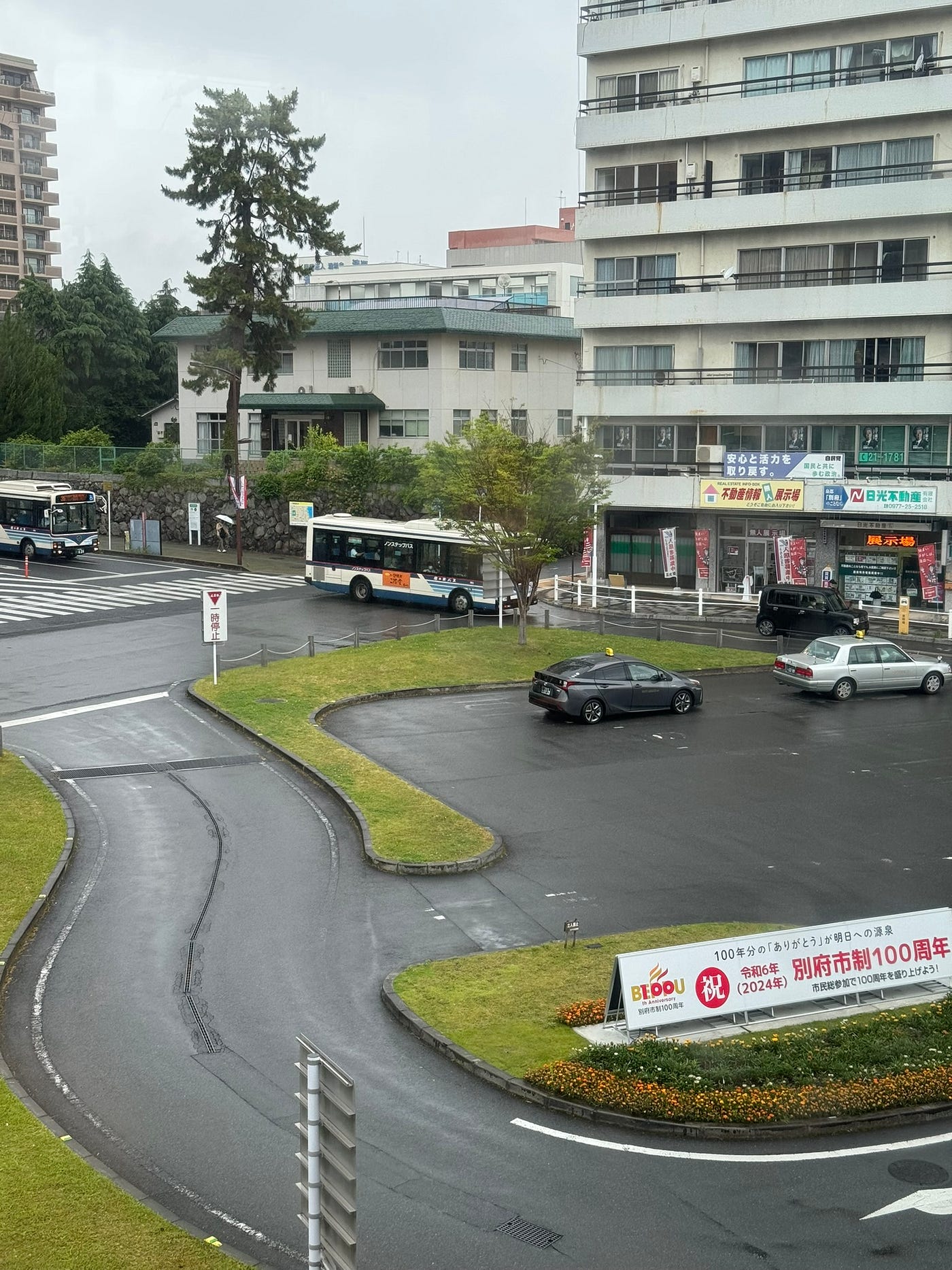
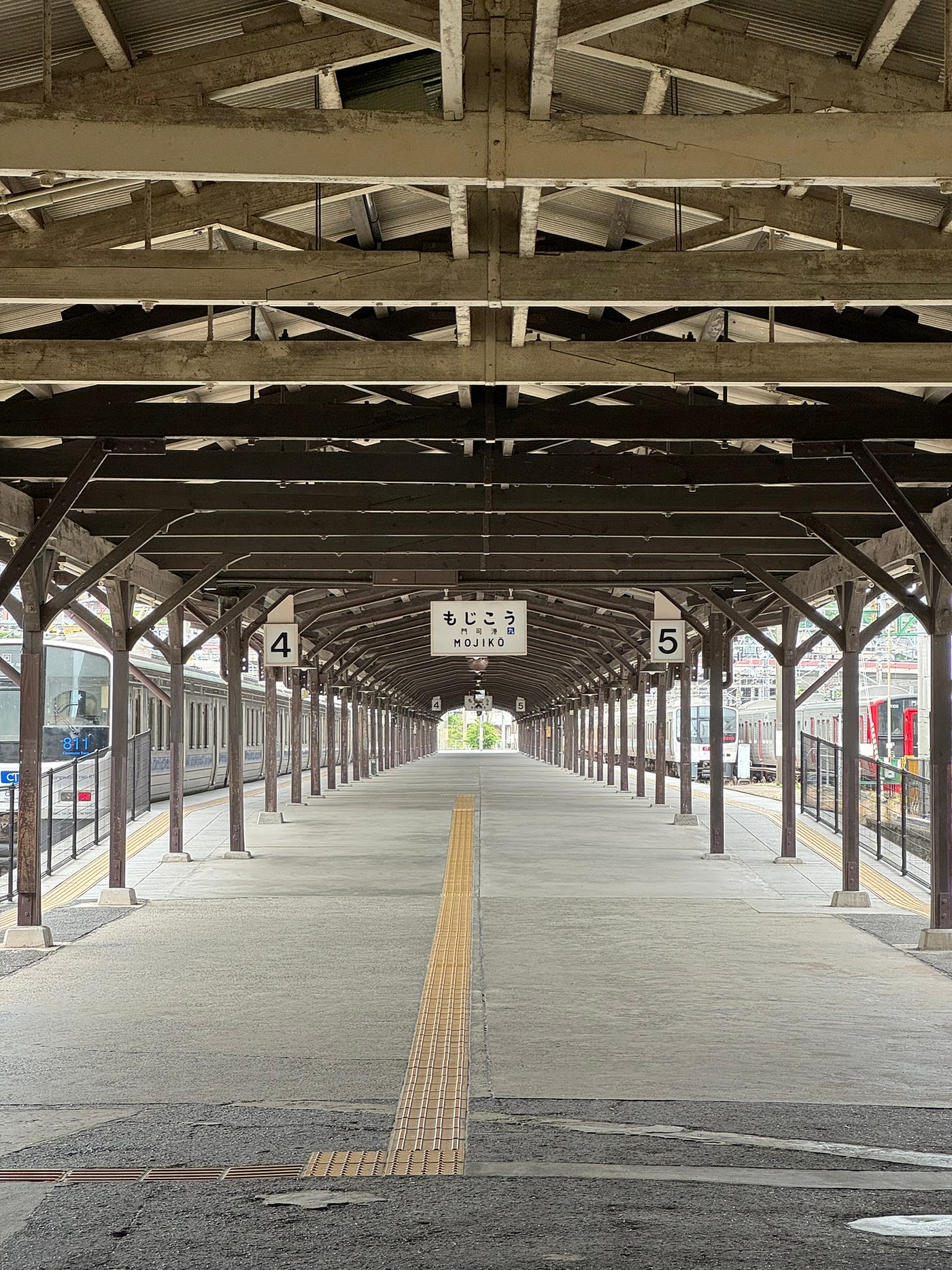
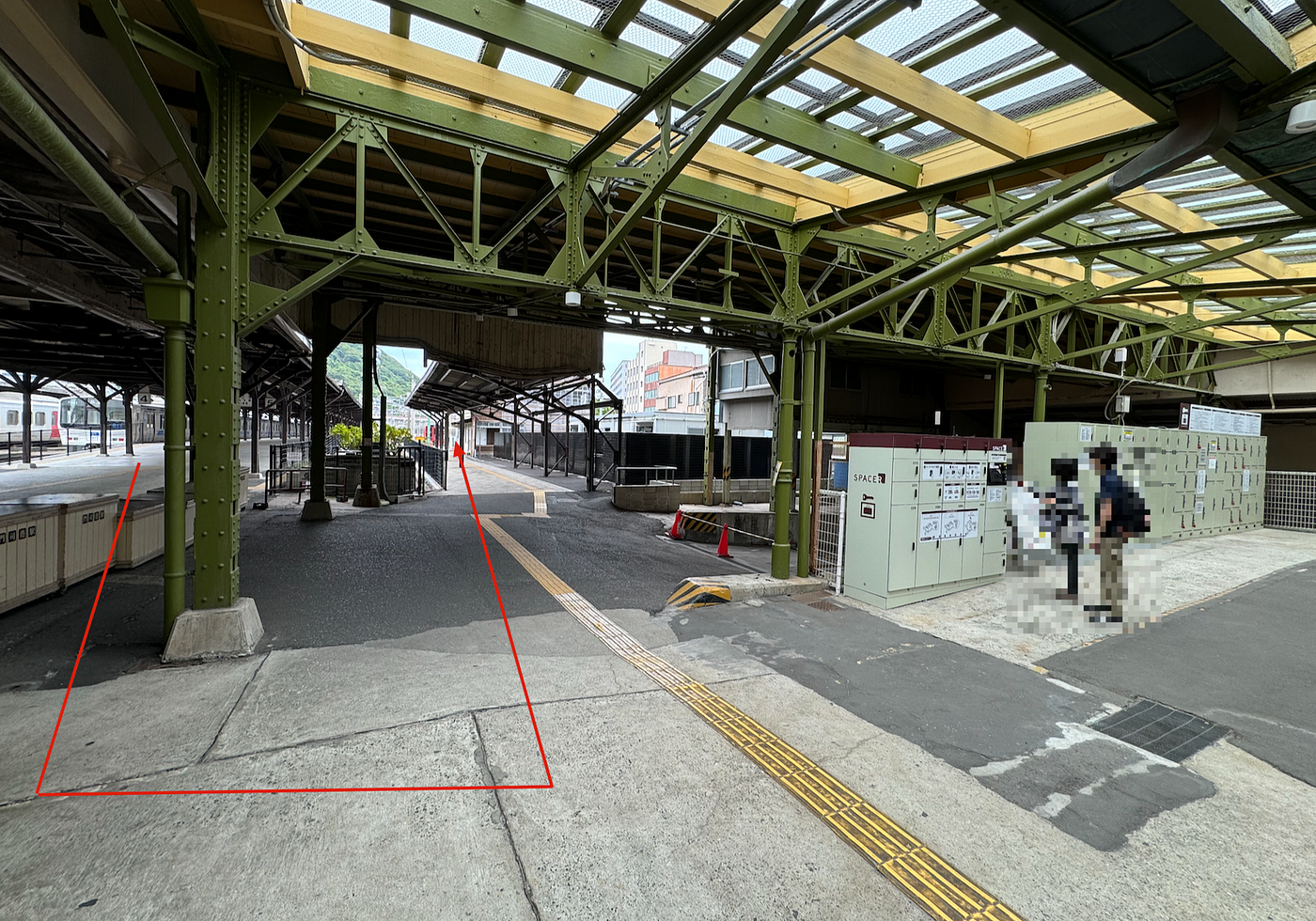

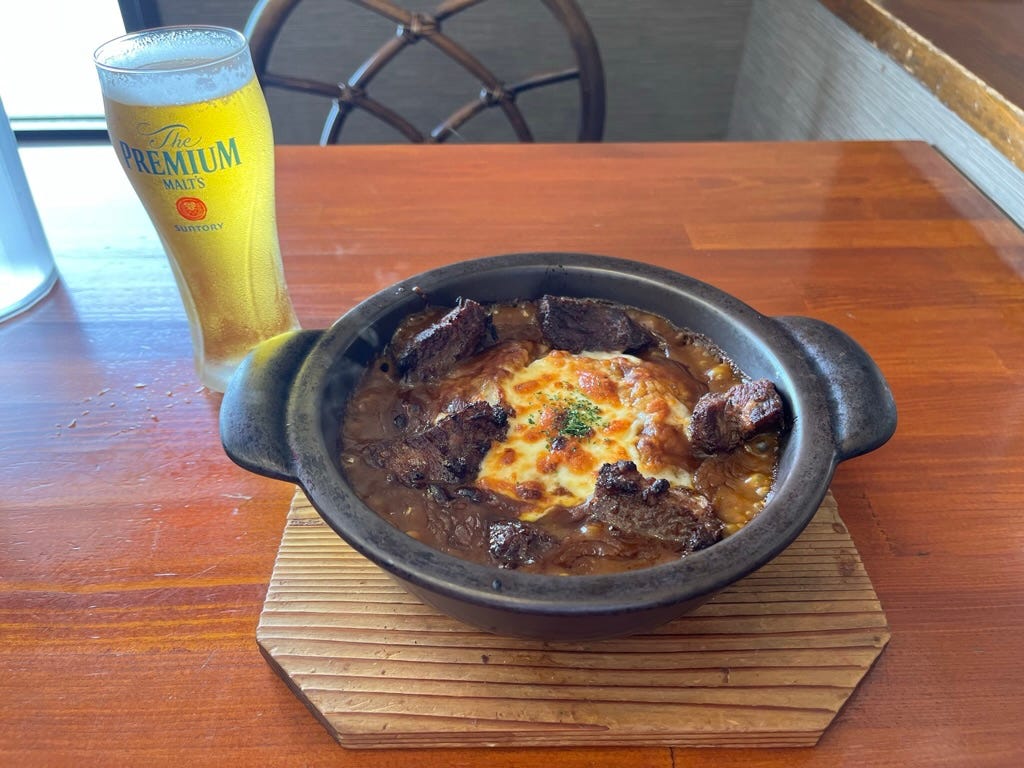
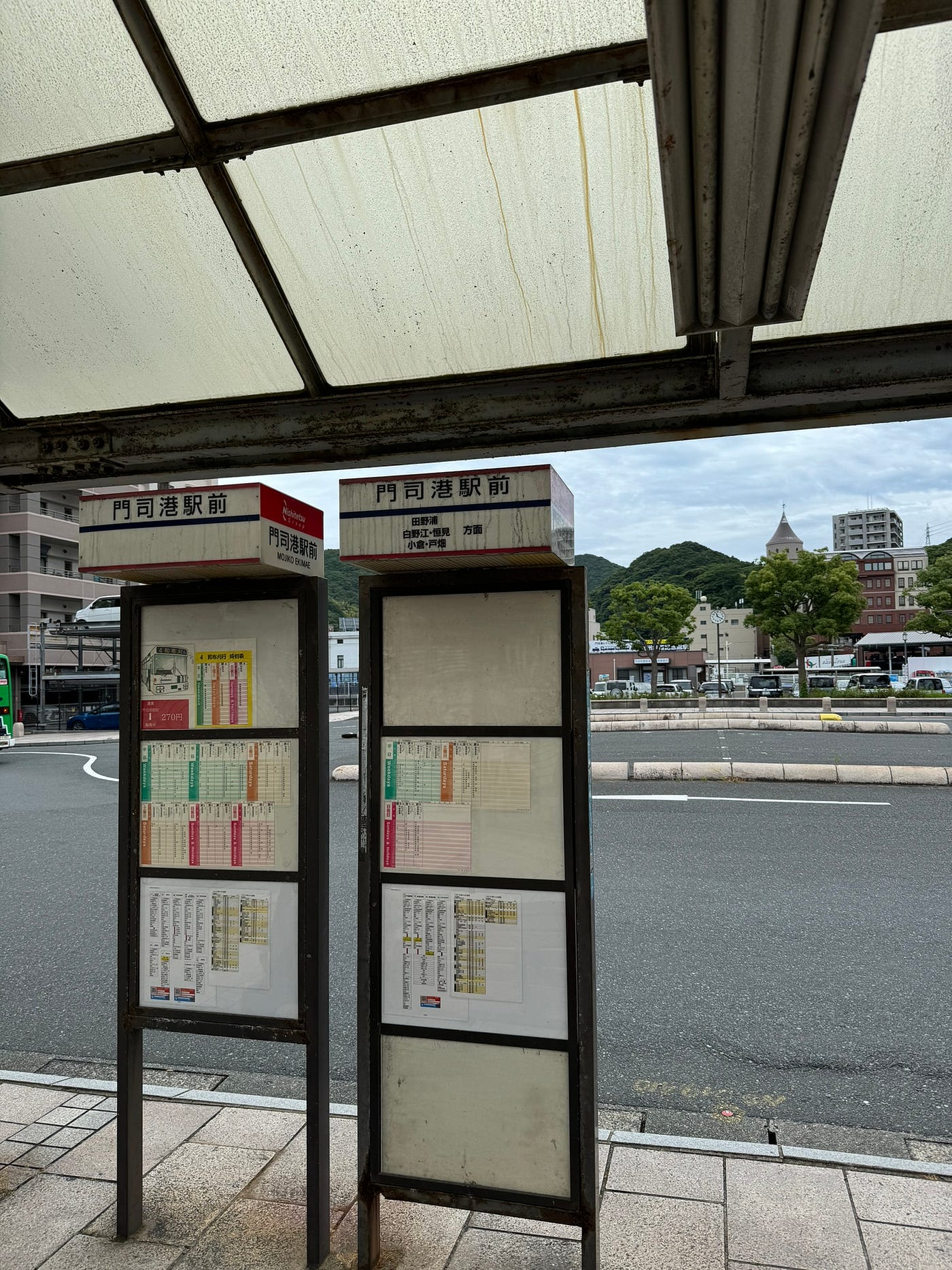
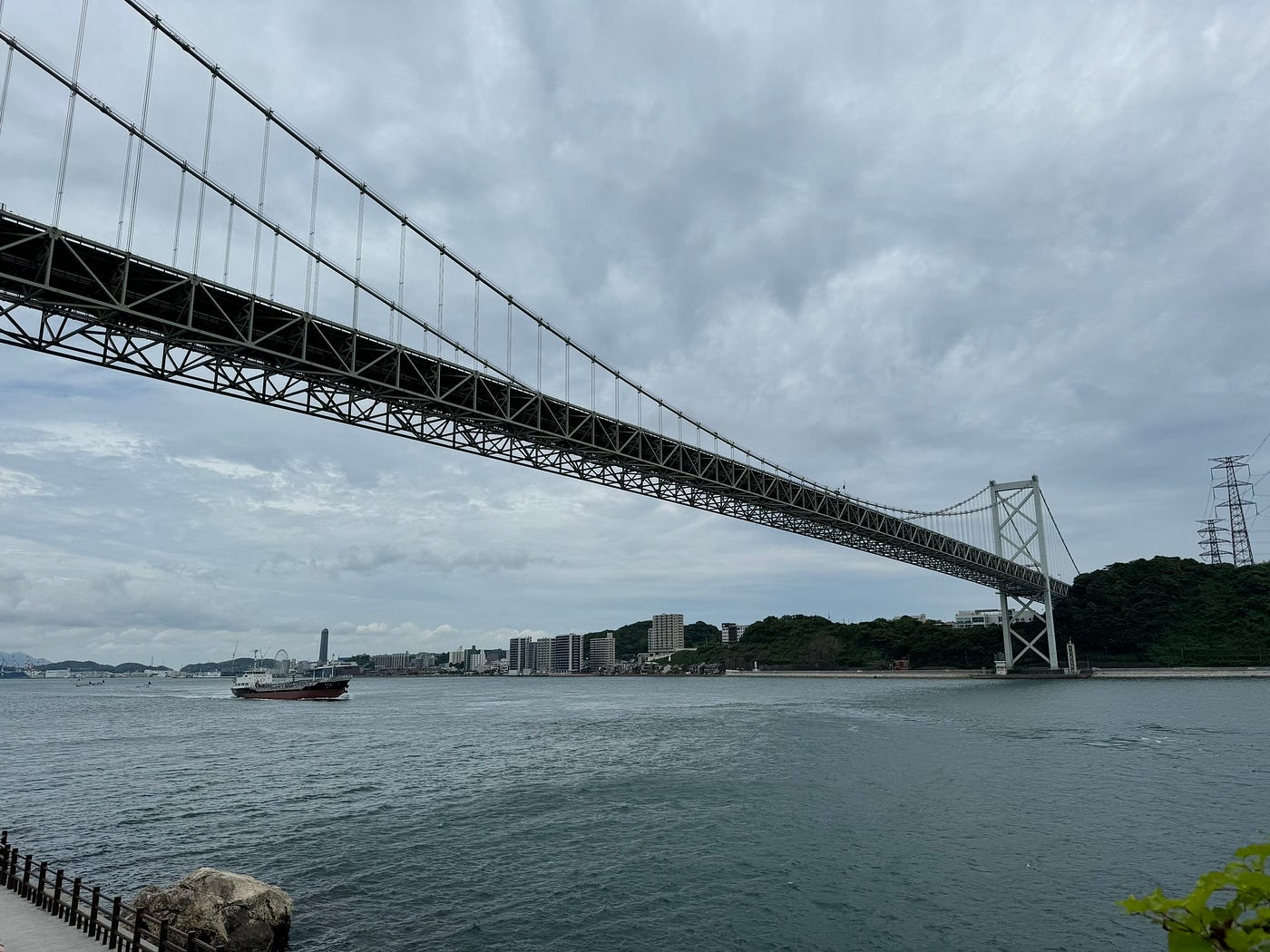



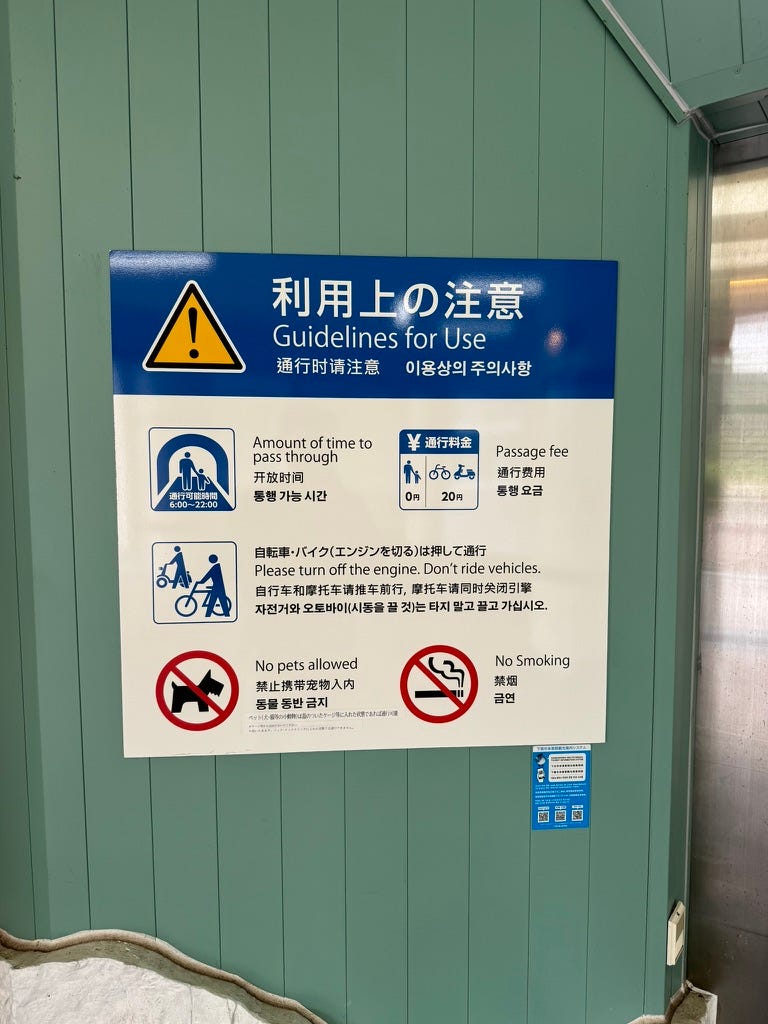


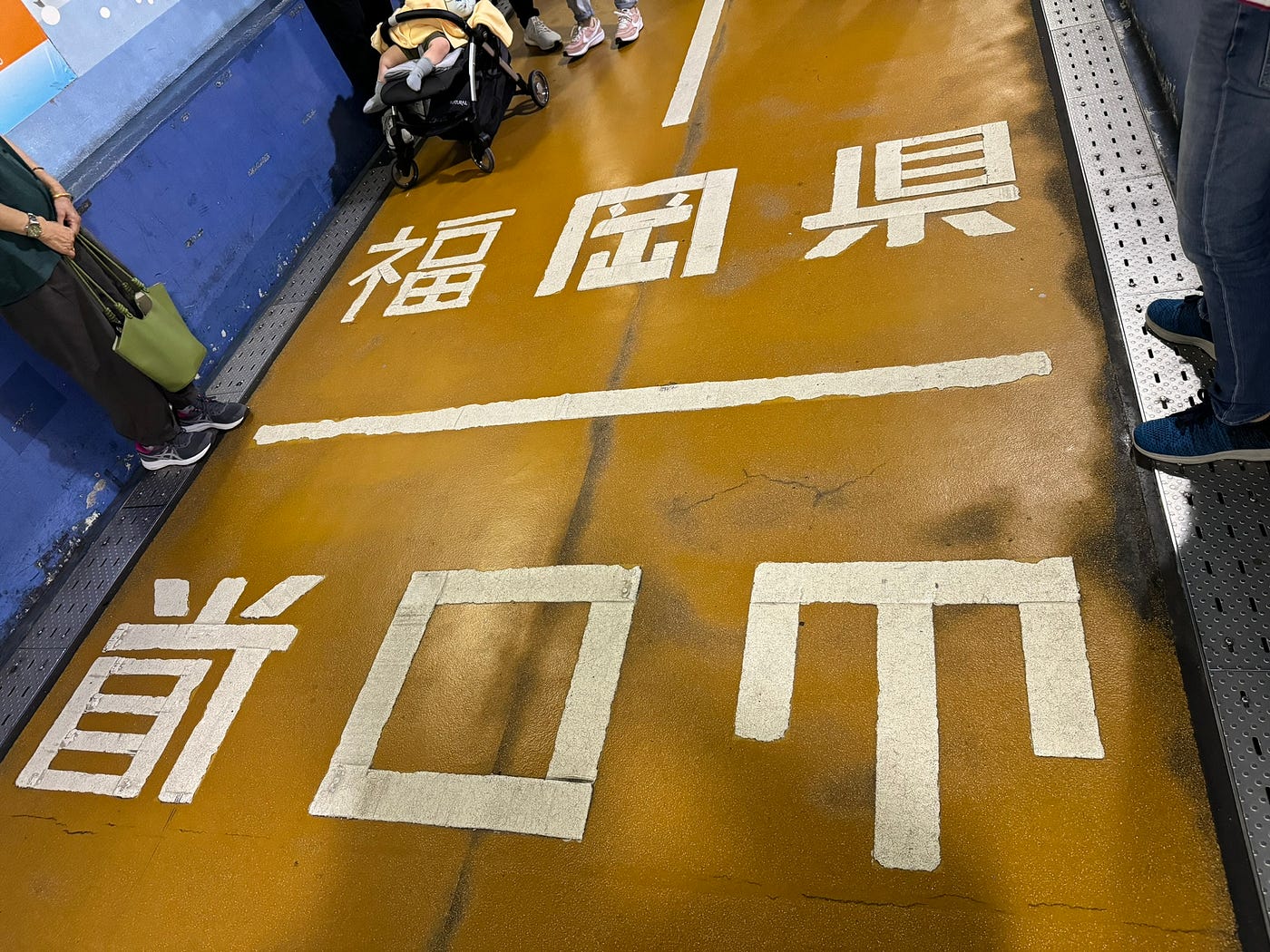
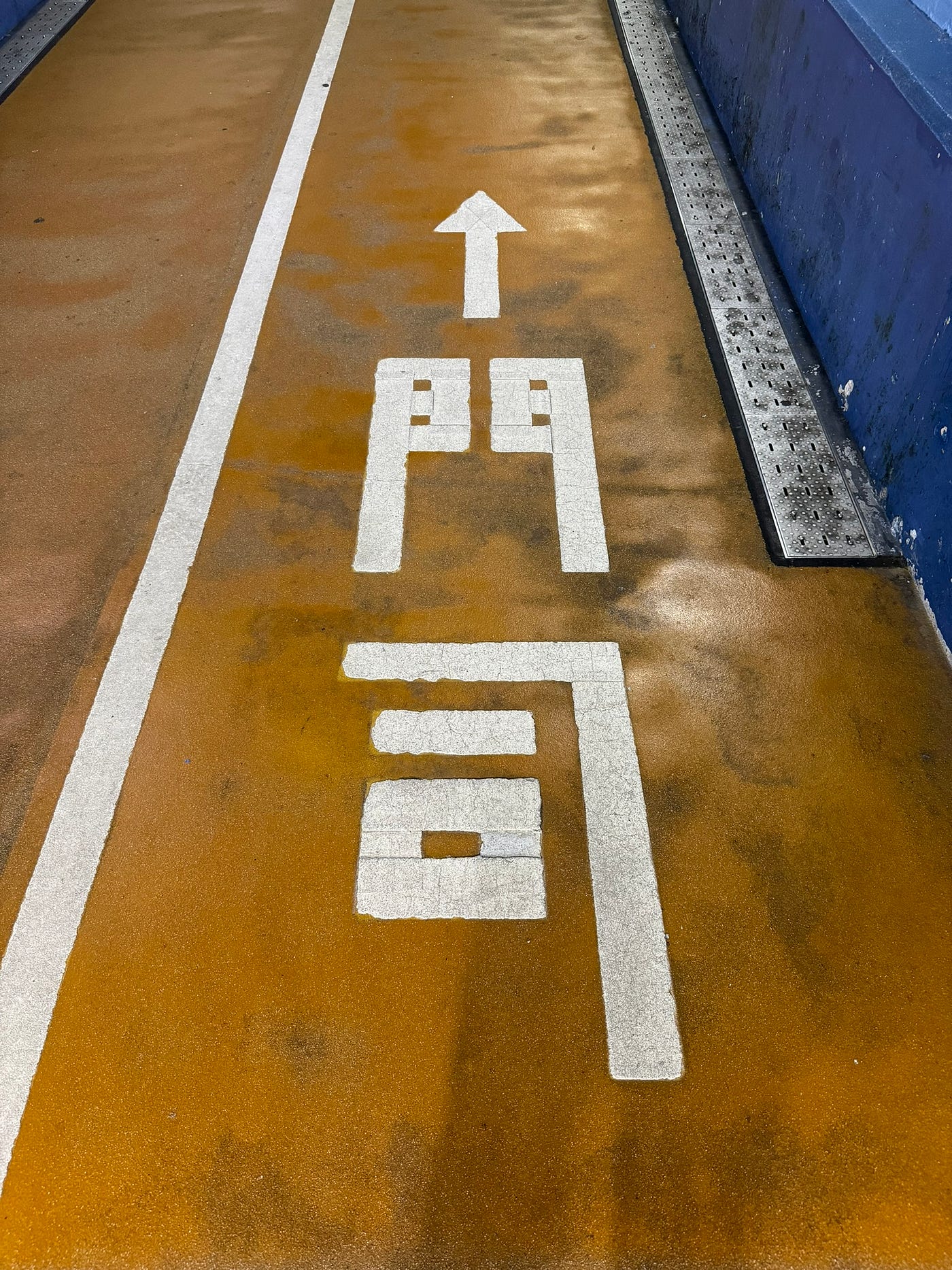

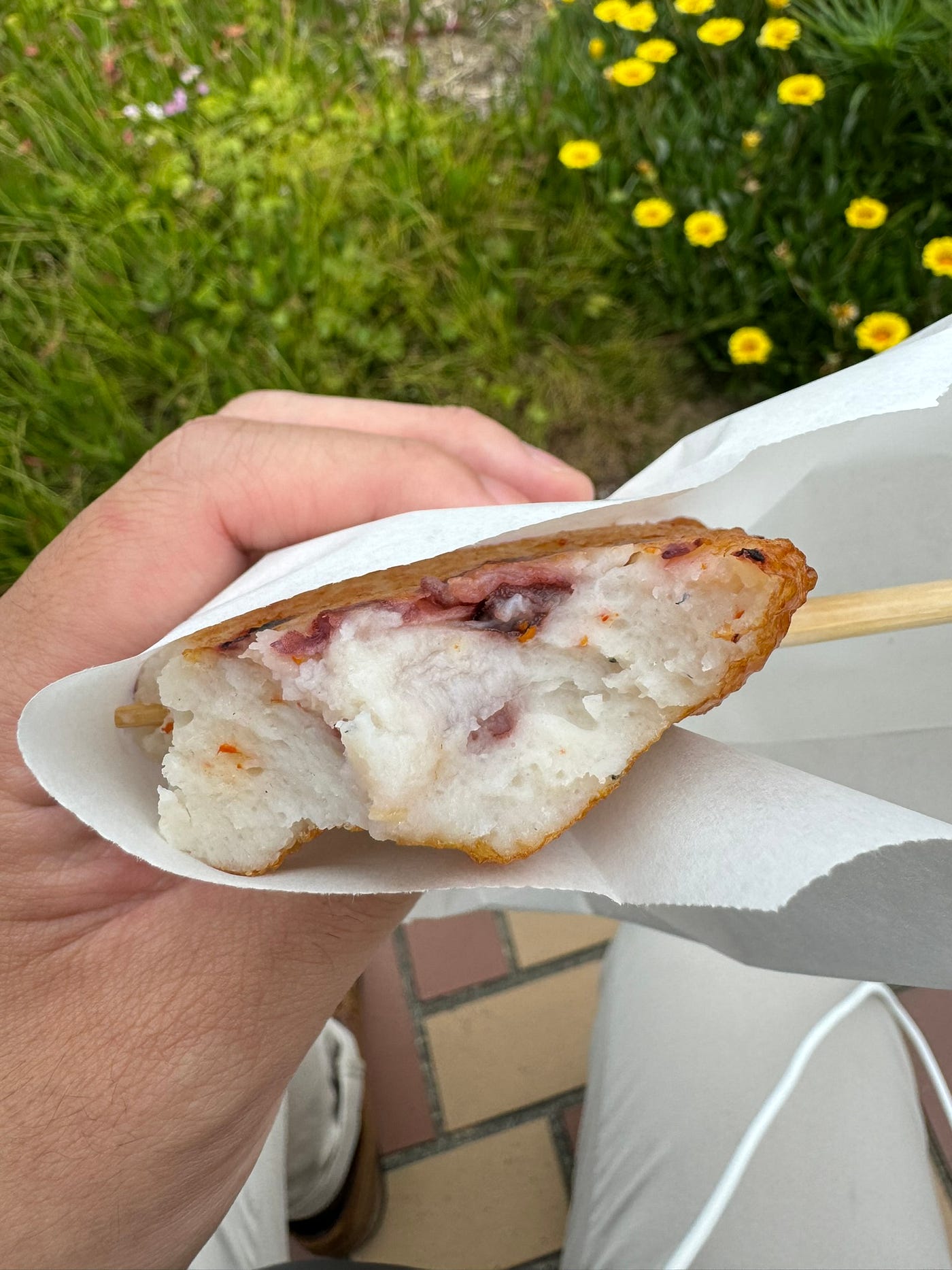
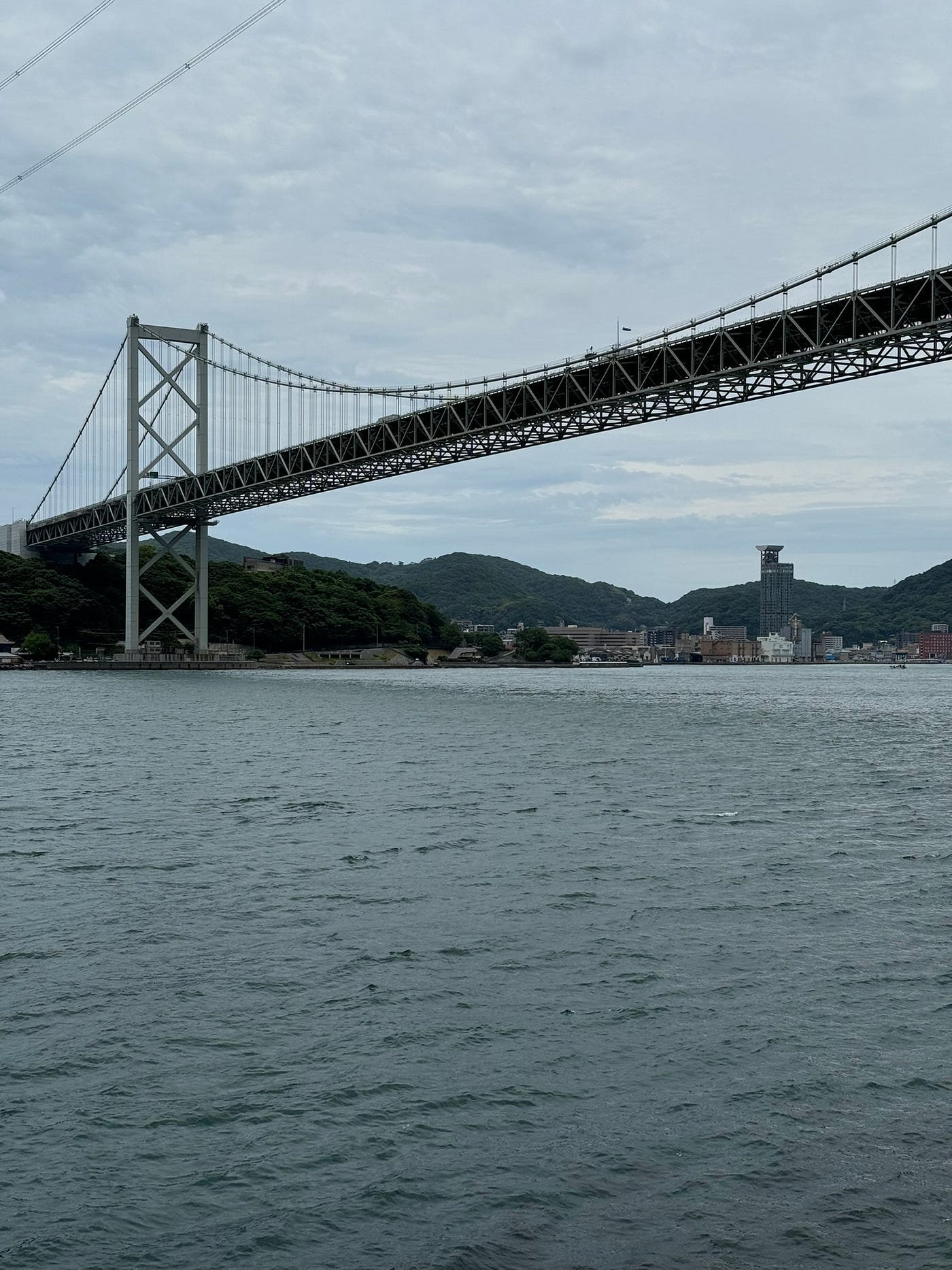

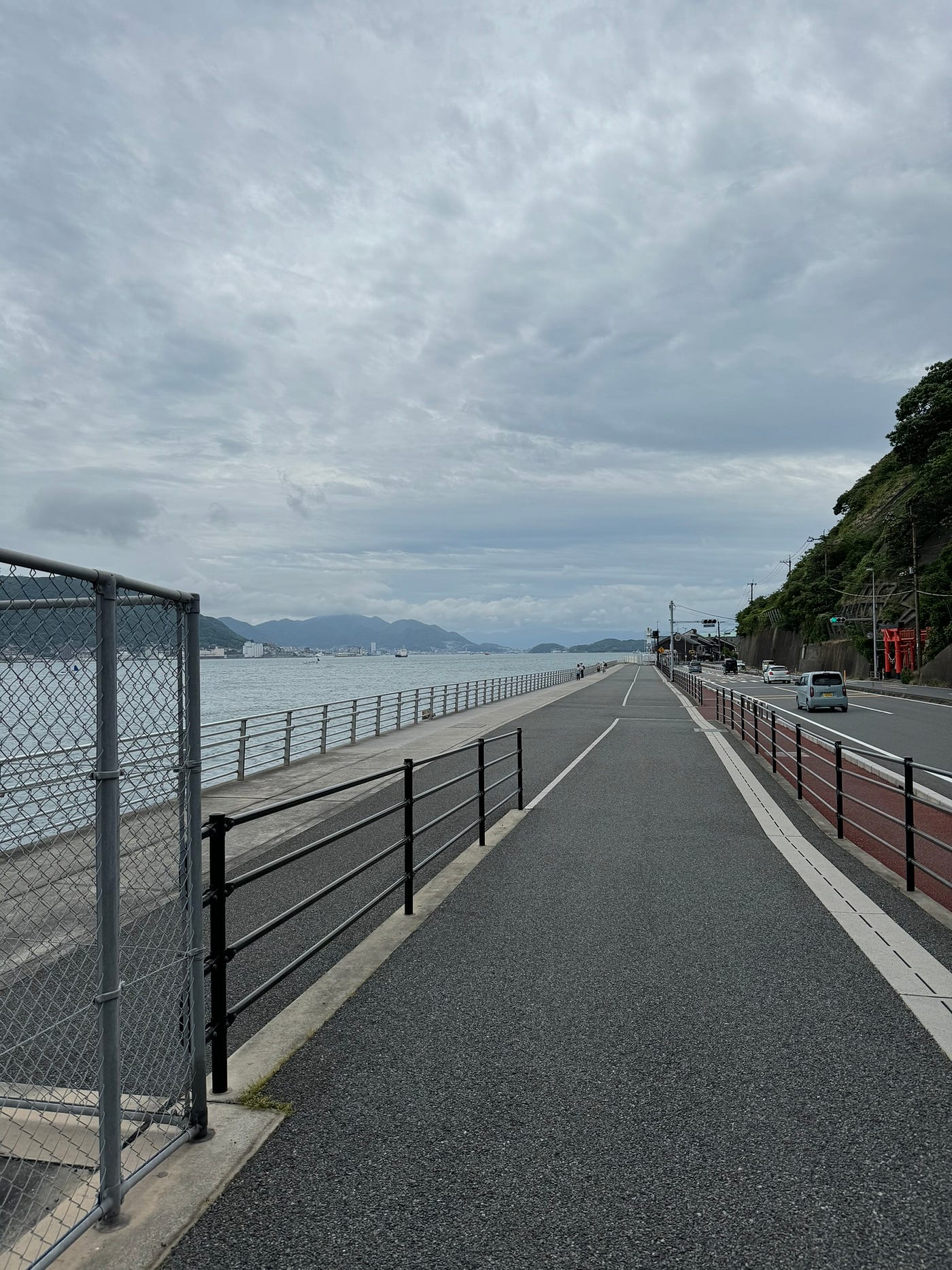


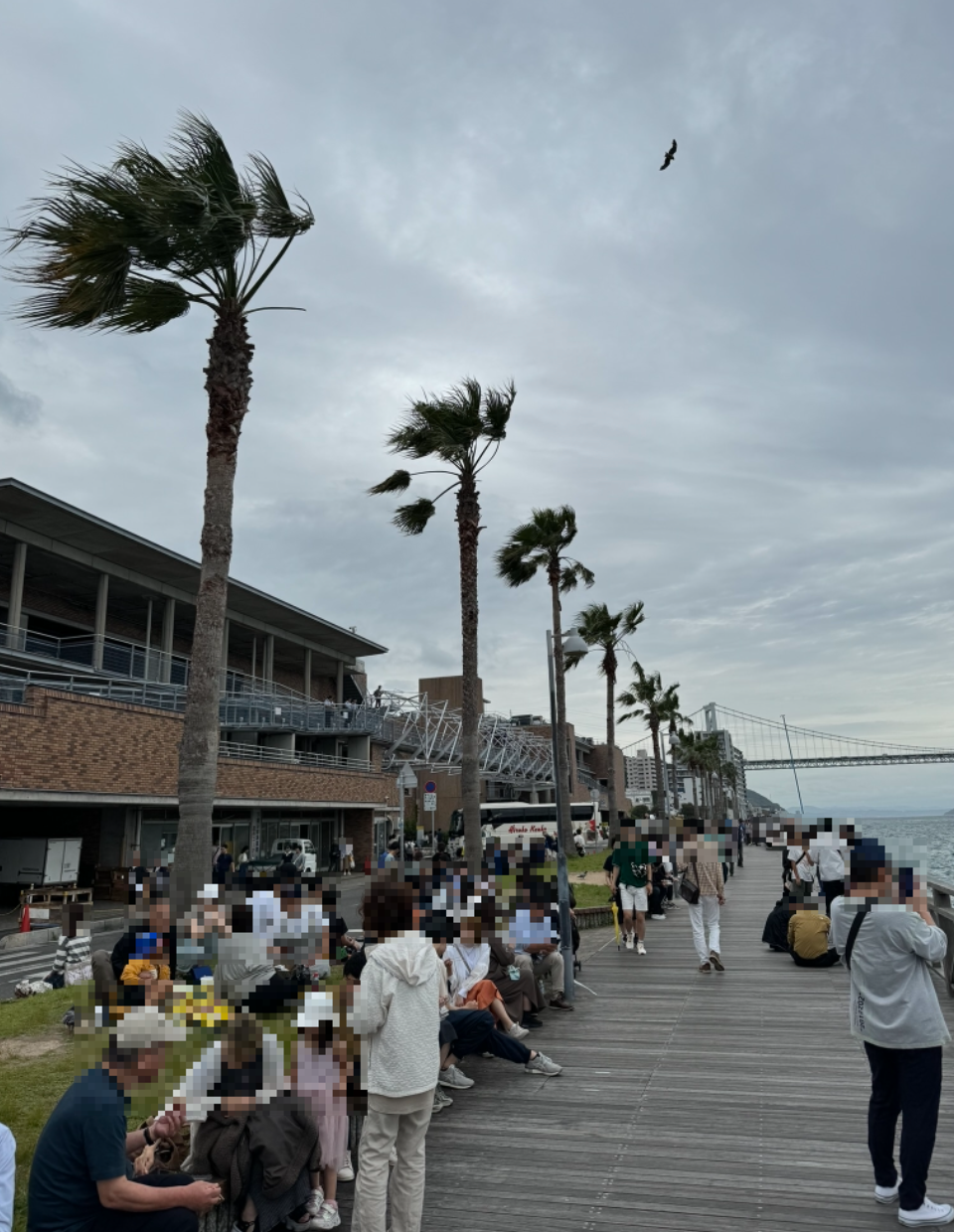
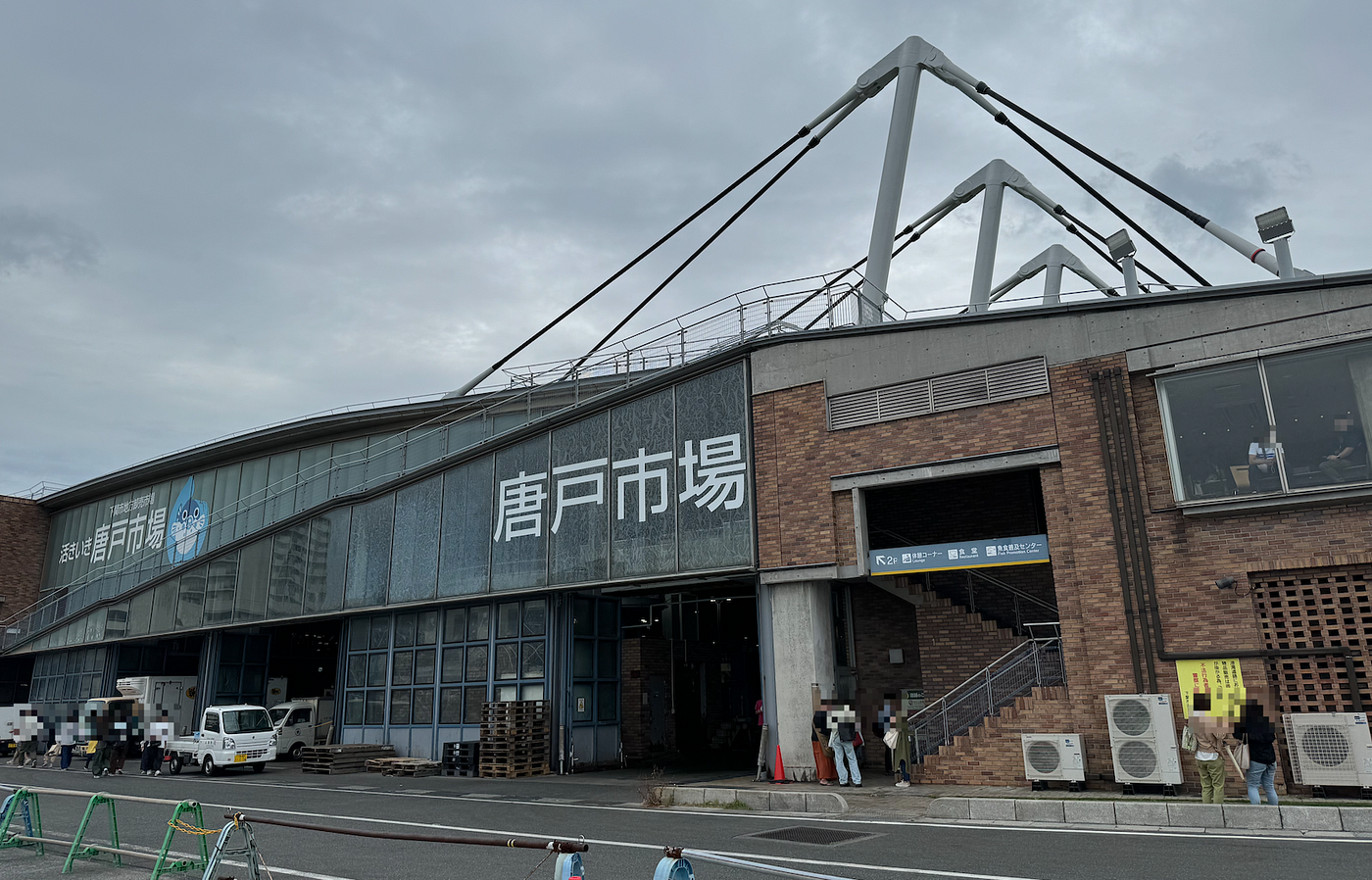



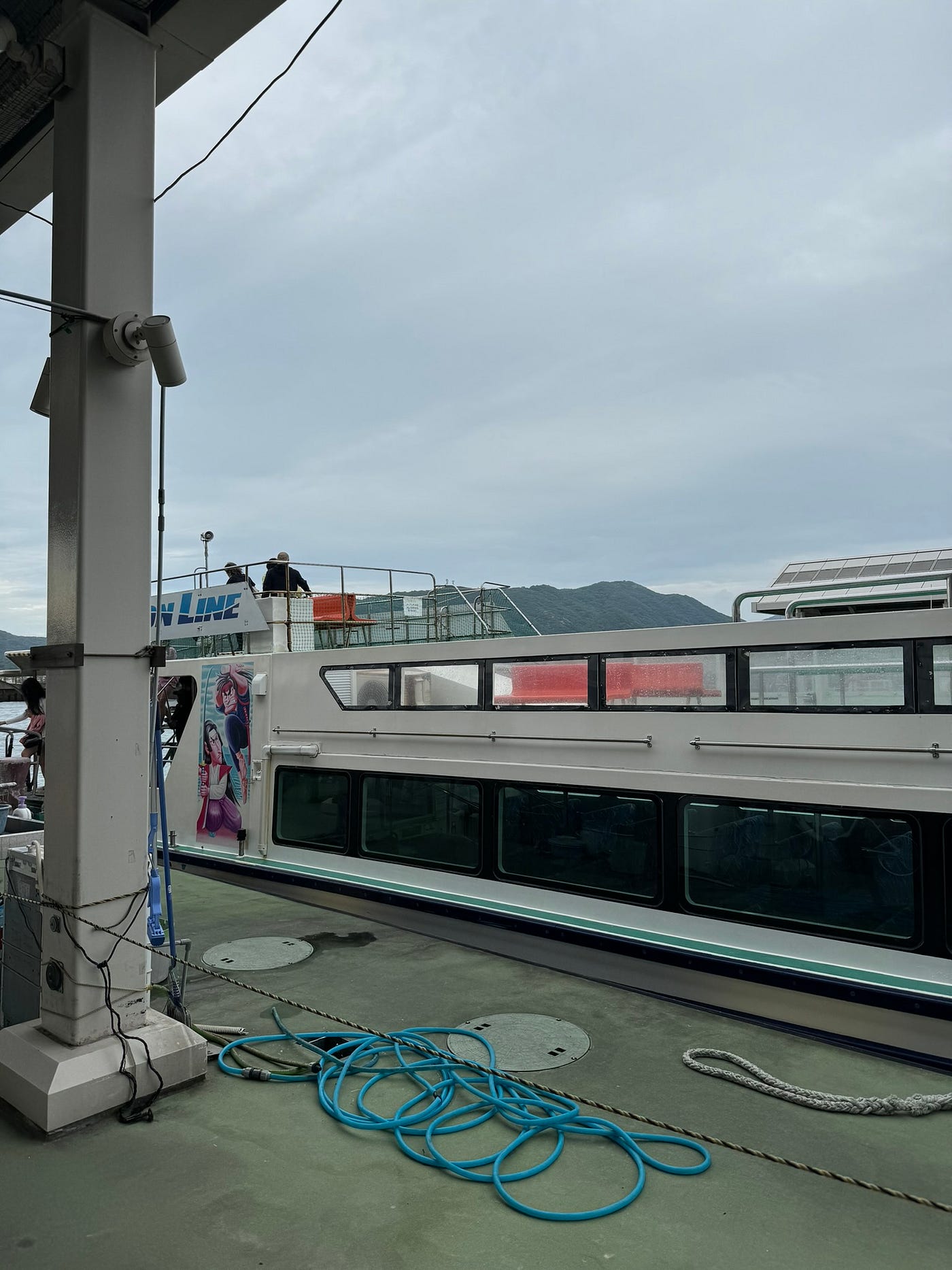


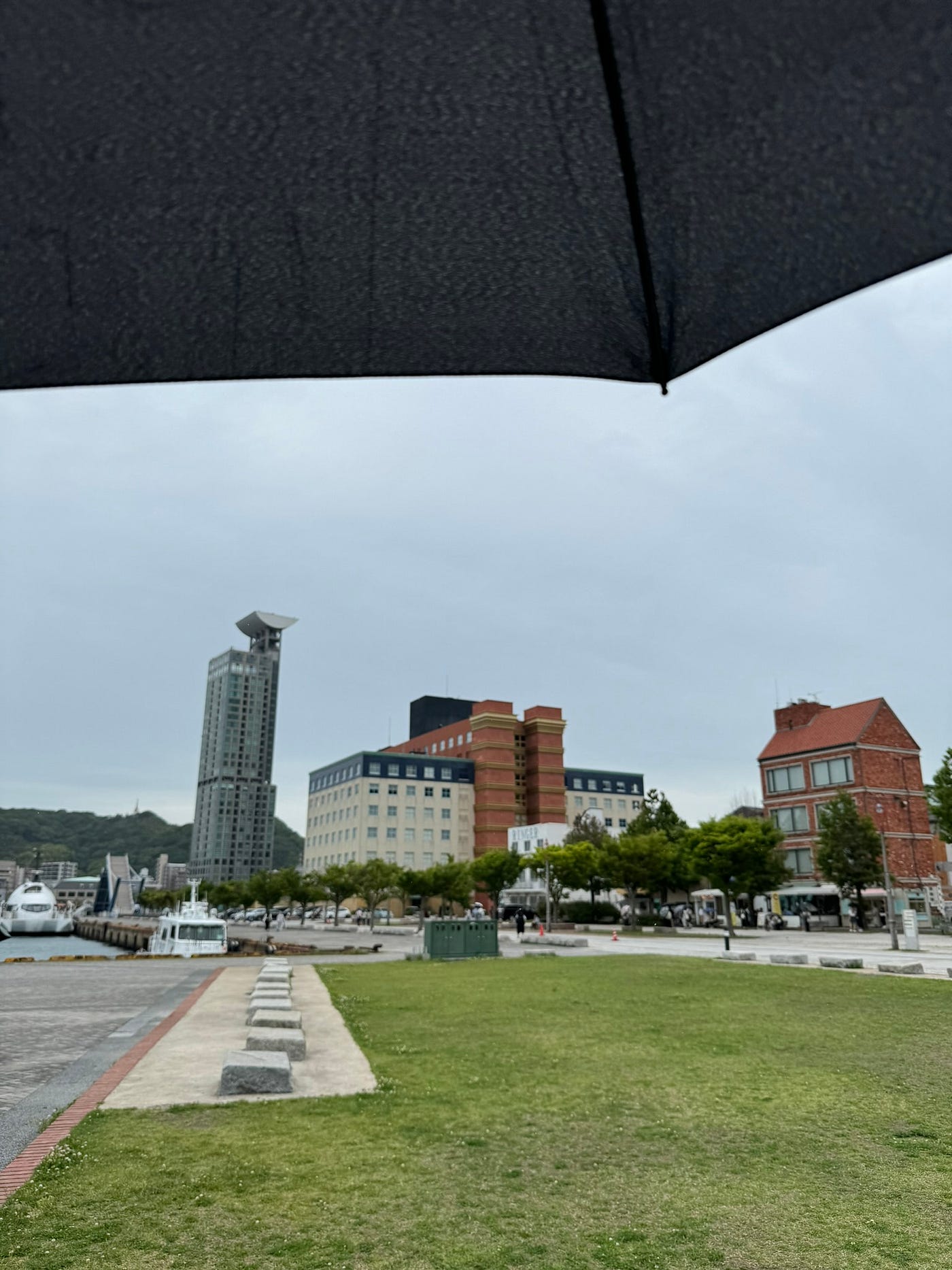
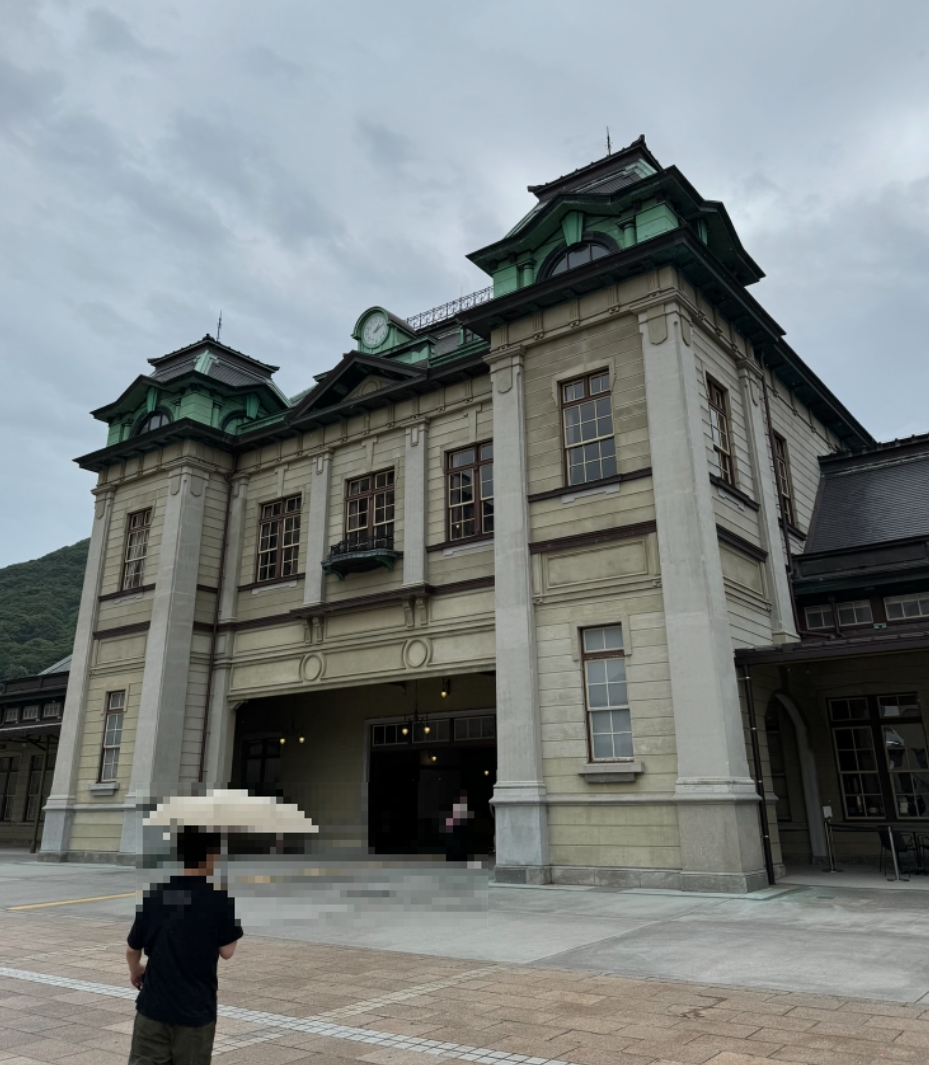
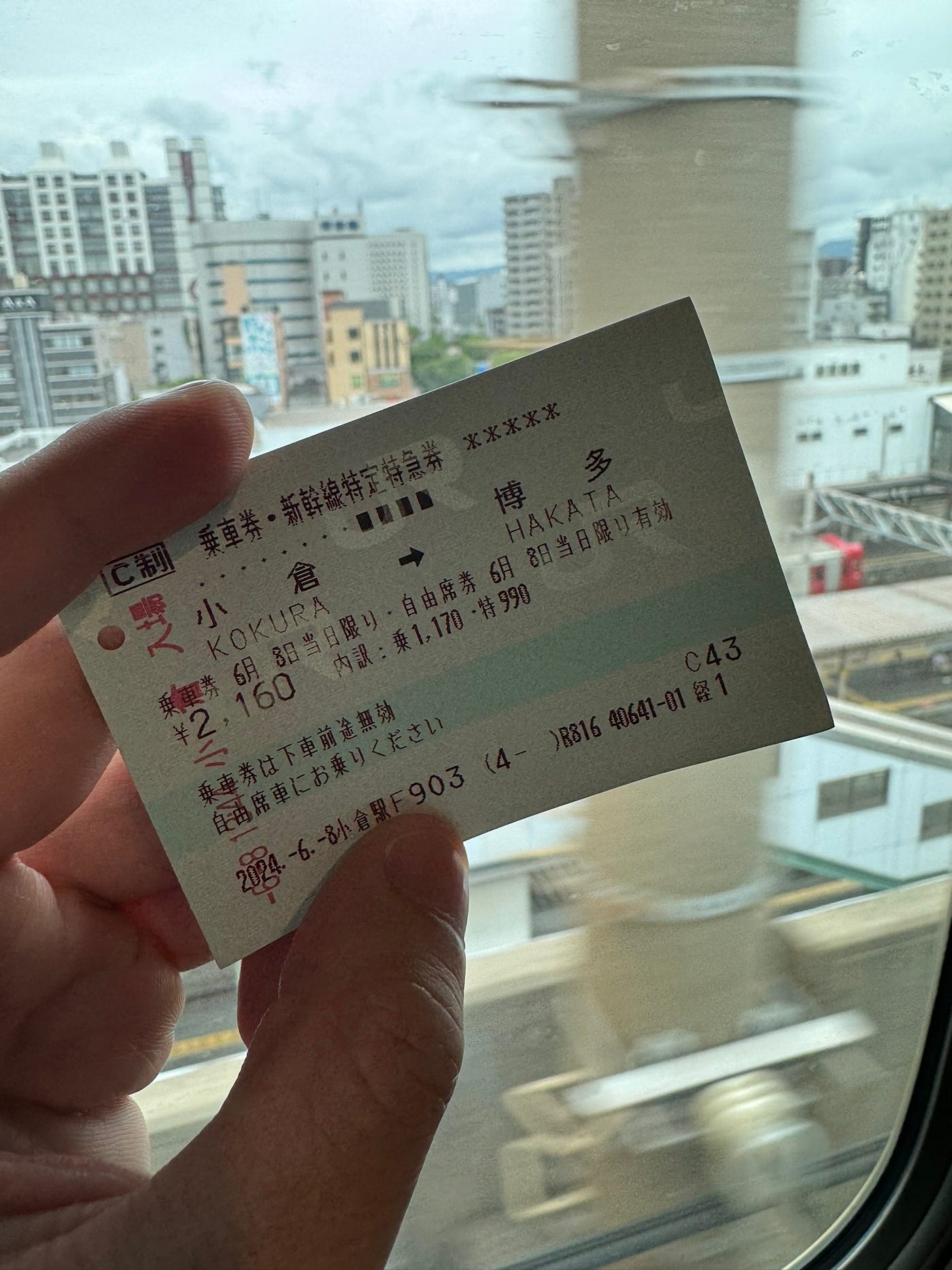
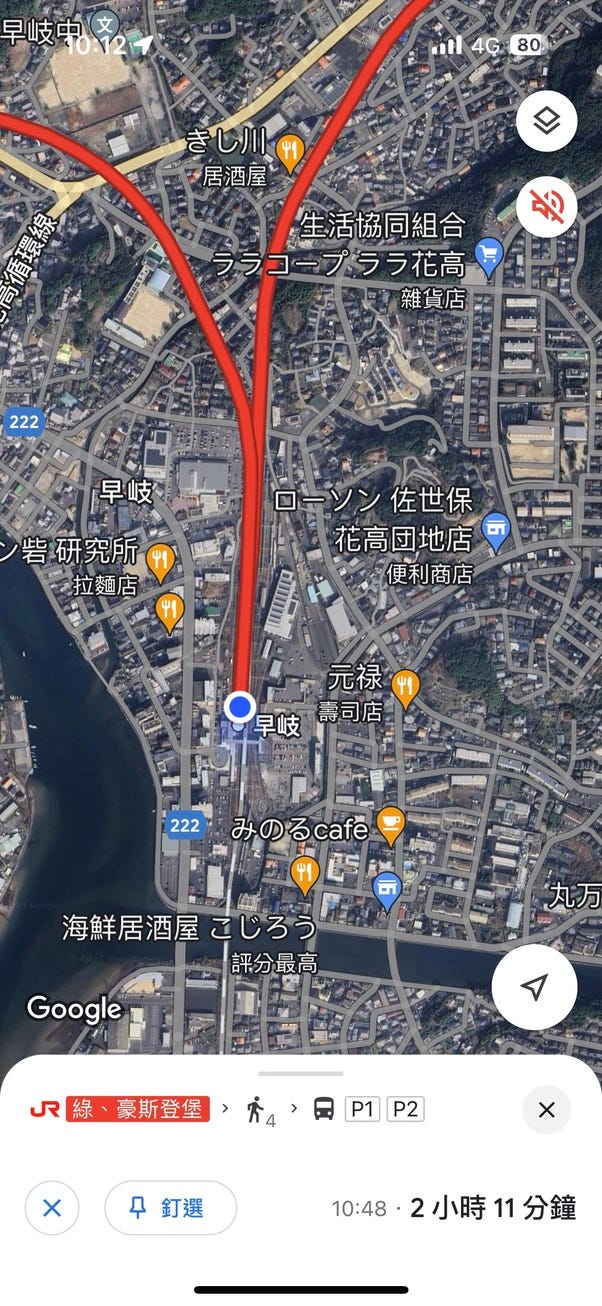

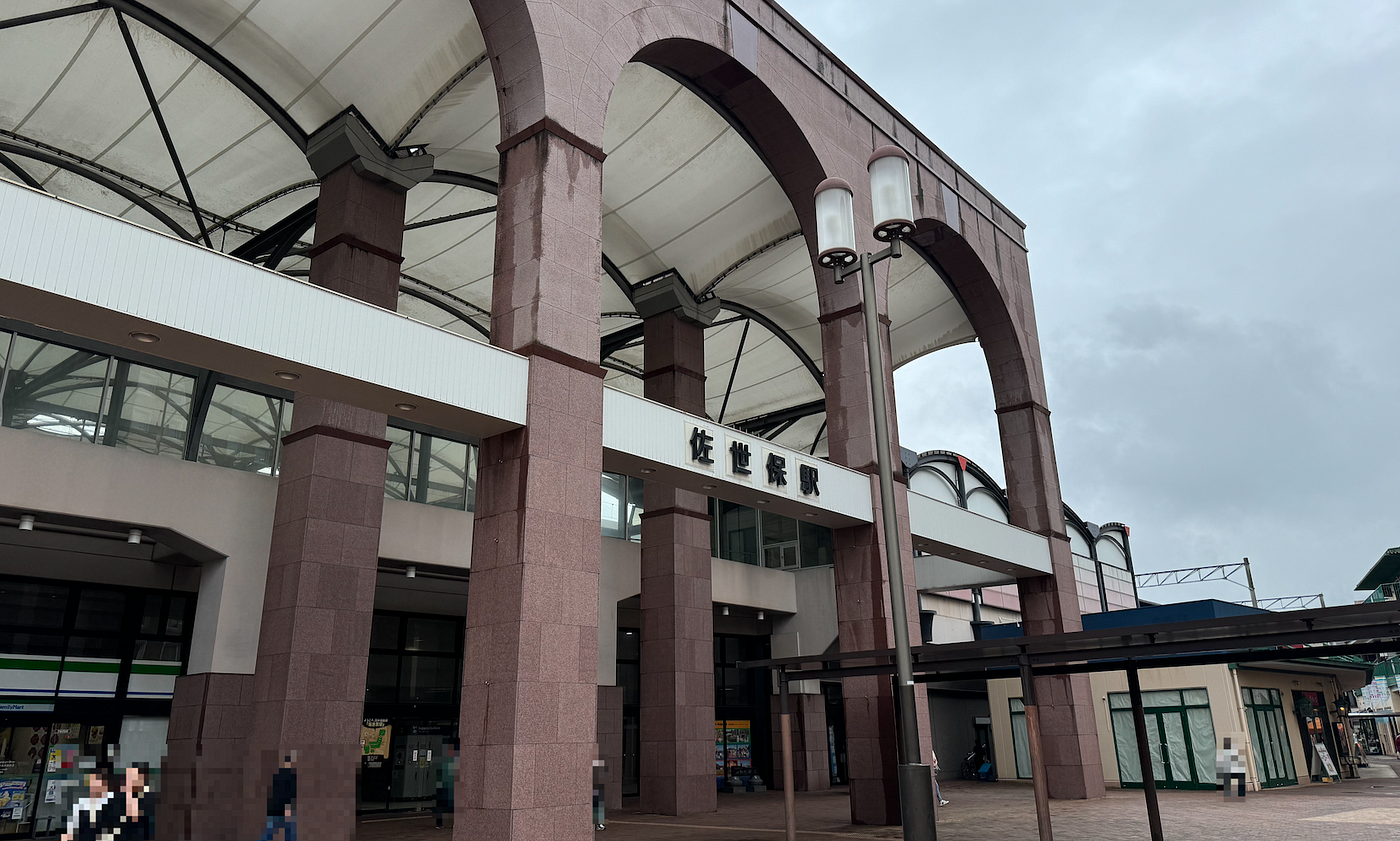
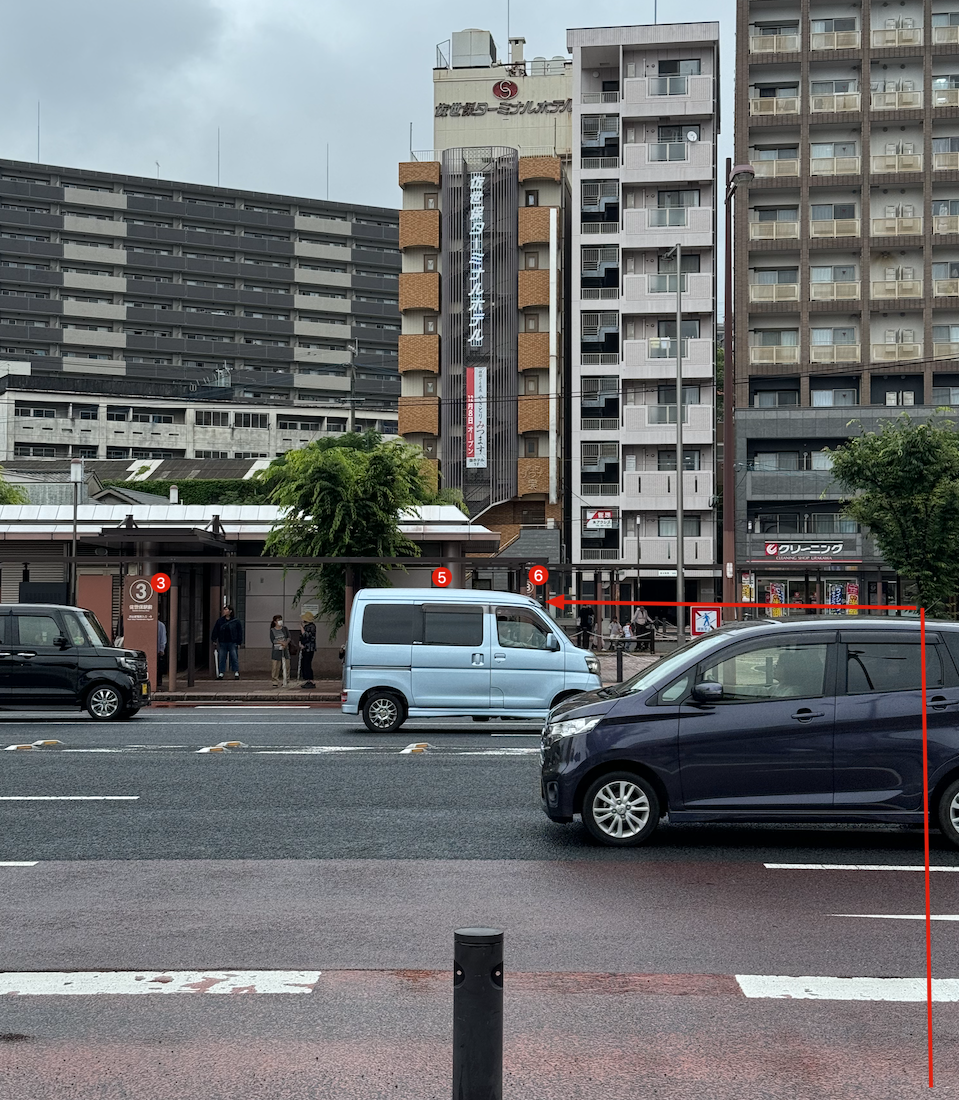
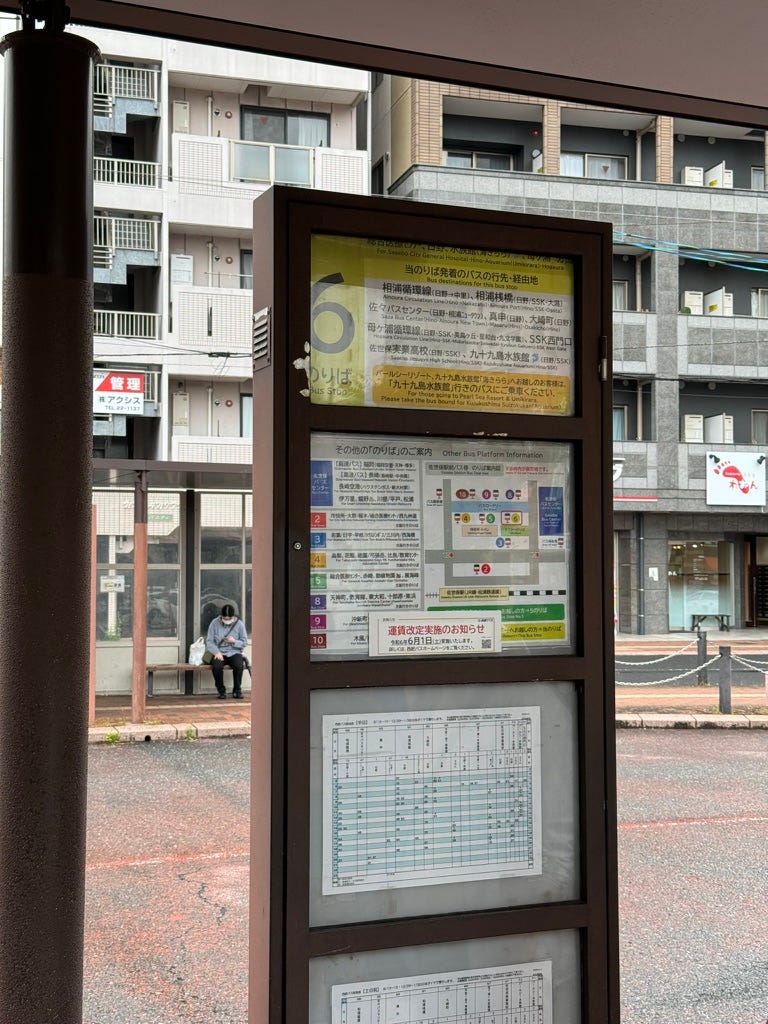
{:target="_blank"}](/assets/cb65fd5ab770/1*IzDOwDQrvA4uA_afZP_nQQ.png)


